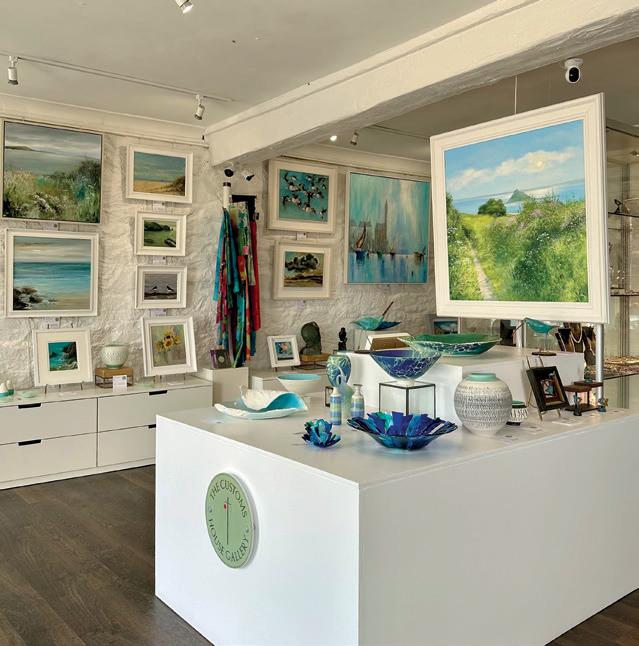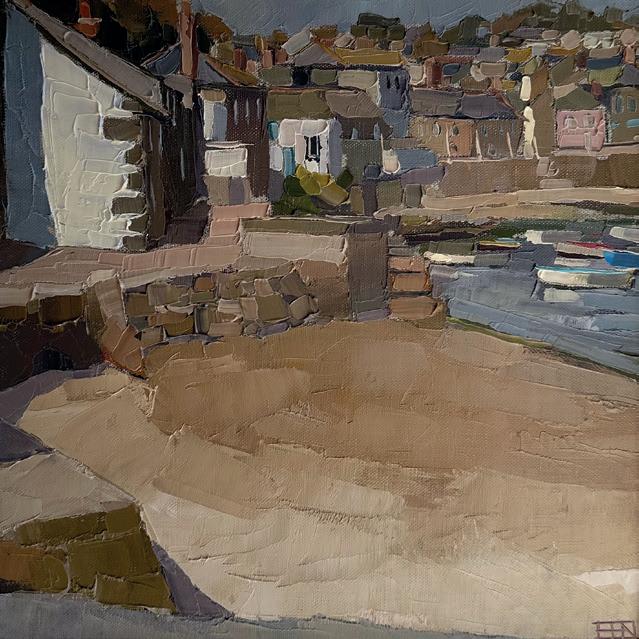


















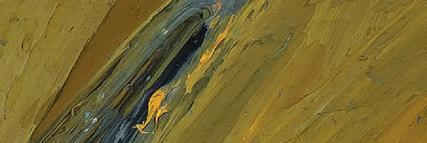


























Finding the space between representation and abstraction
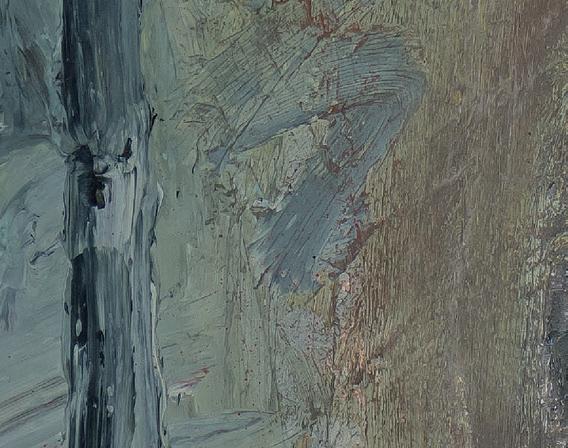





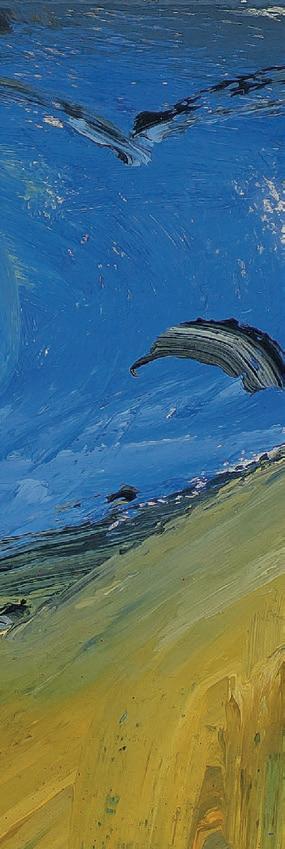
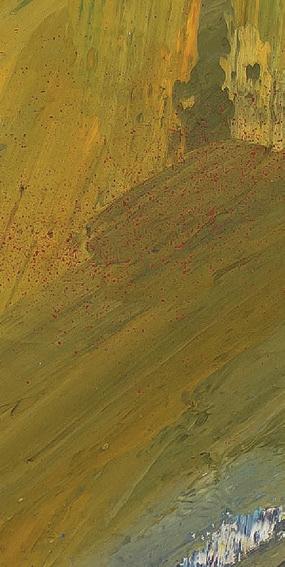


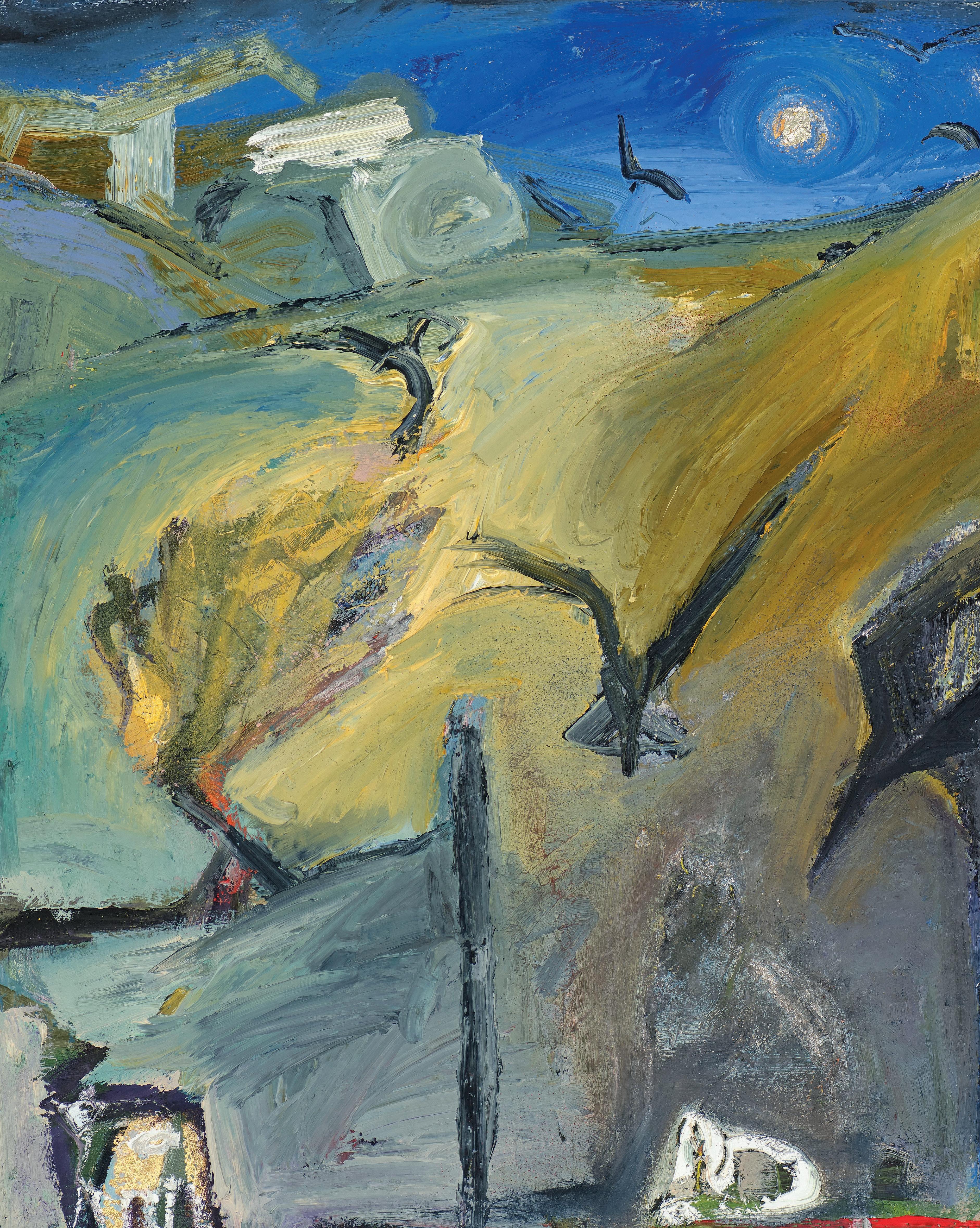
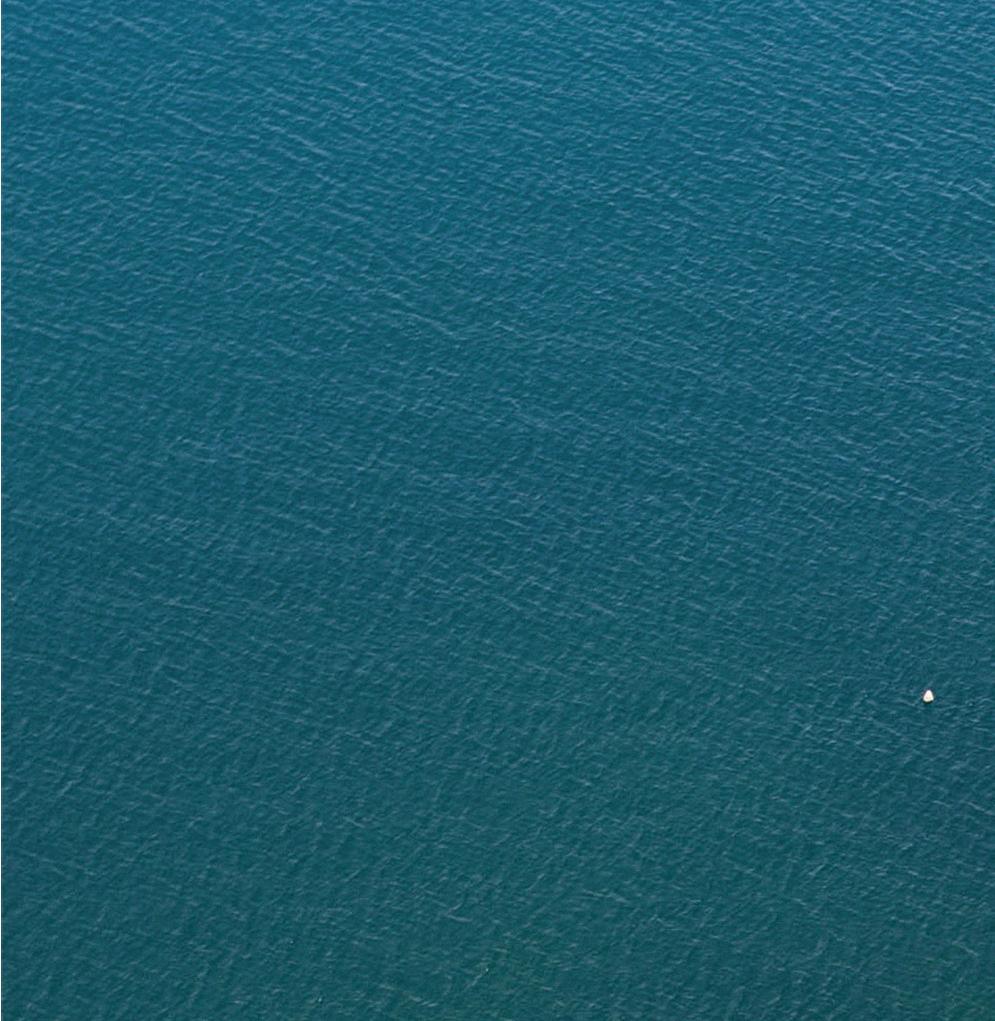
Falmouth Area, Cor nwall
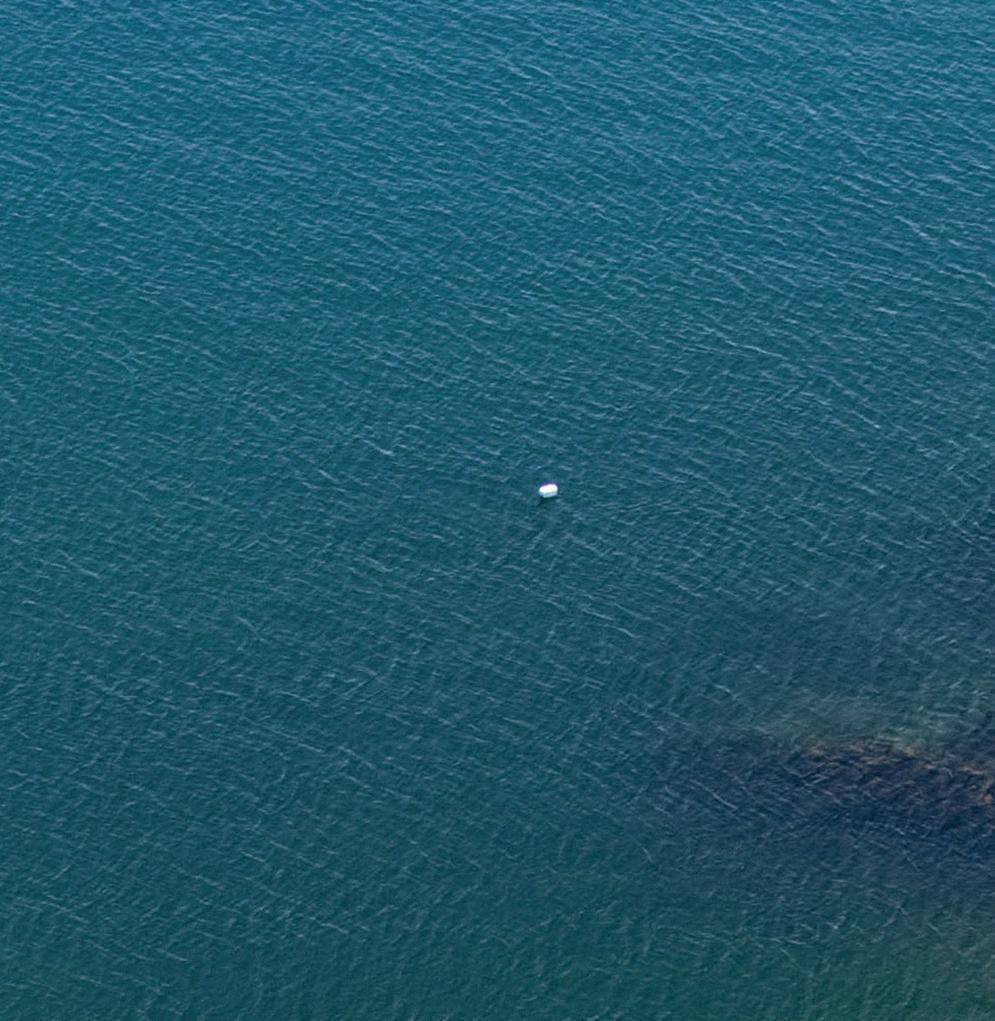
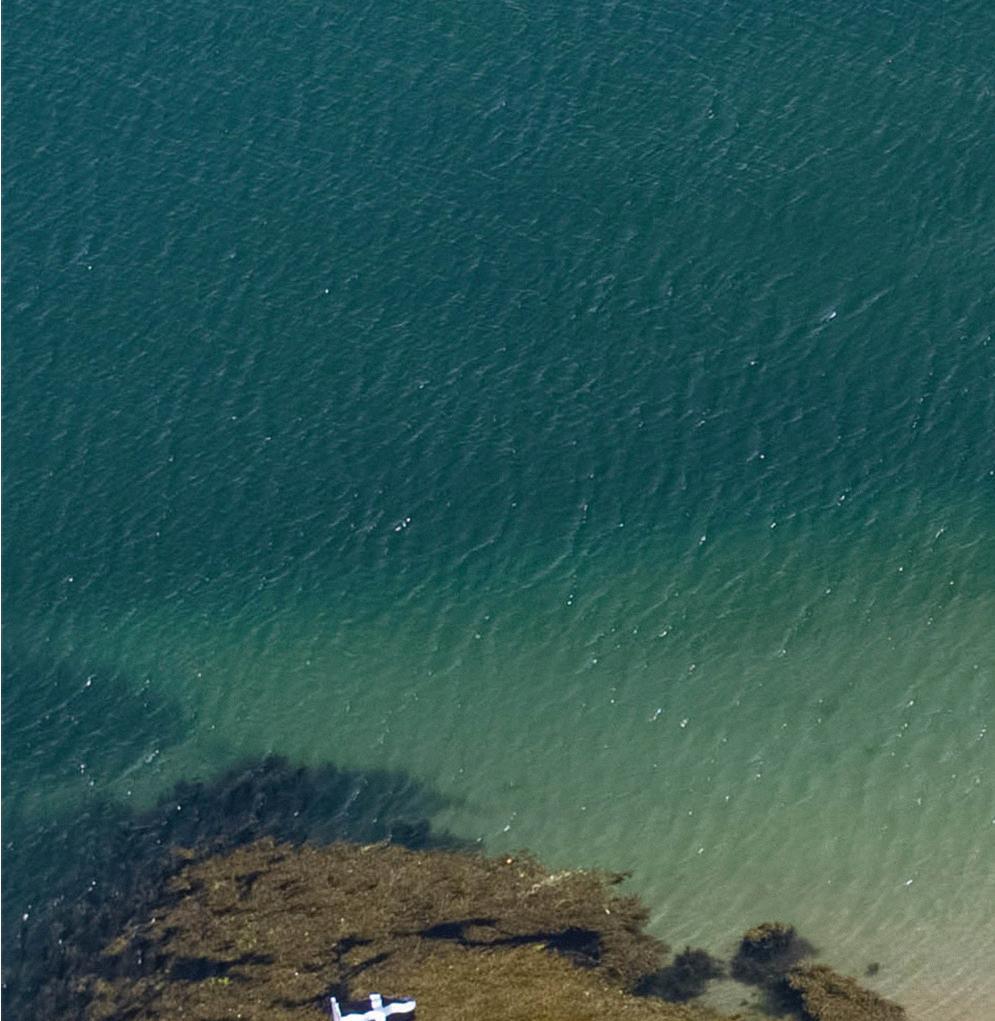
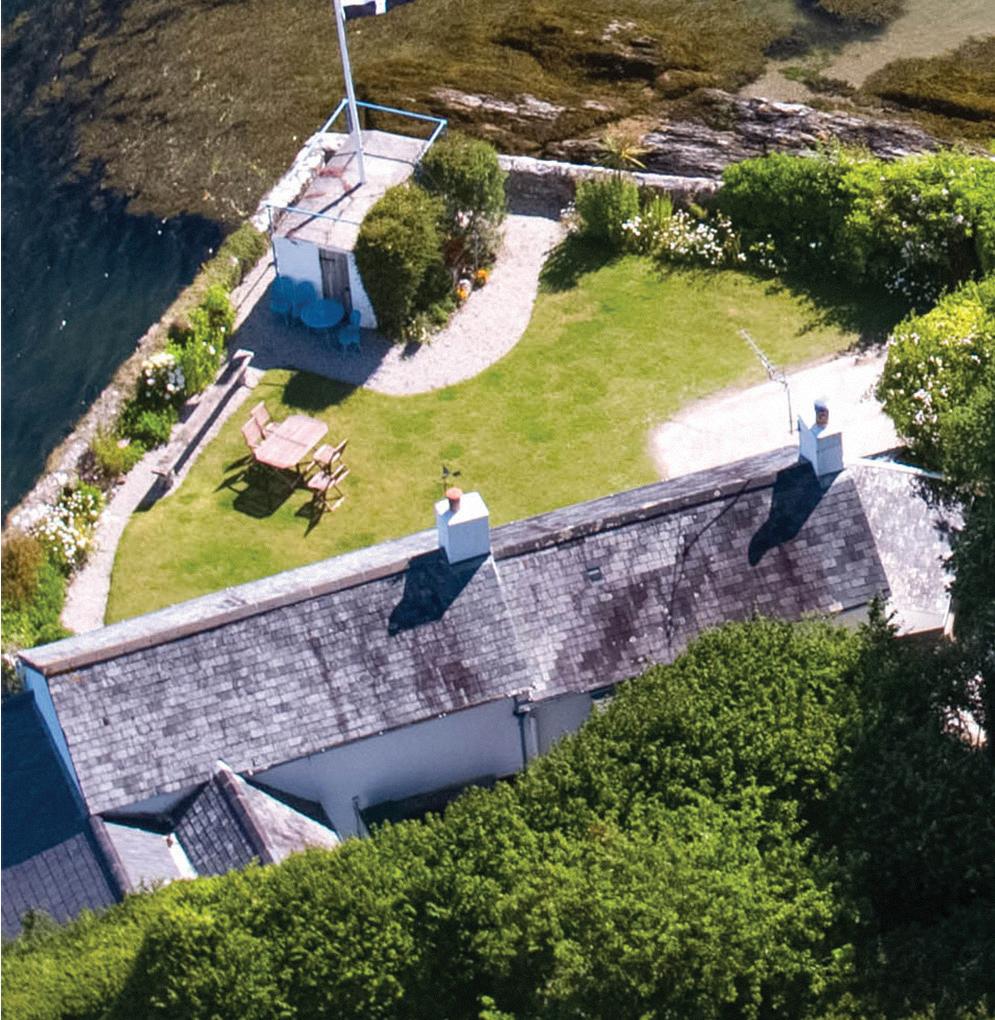
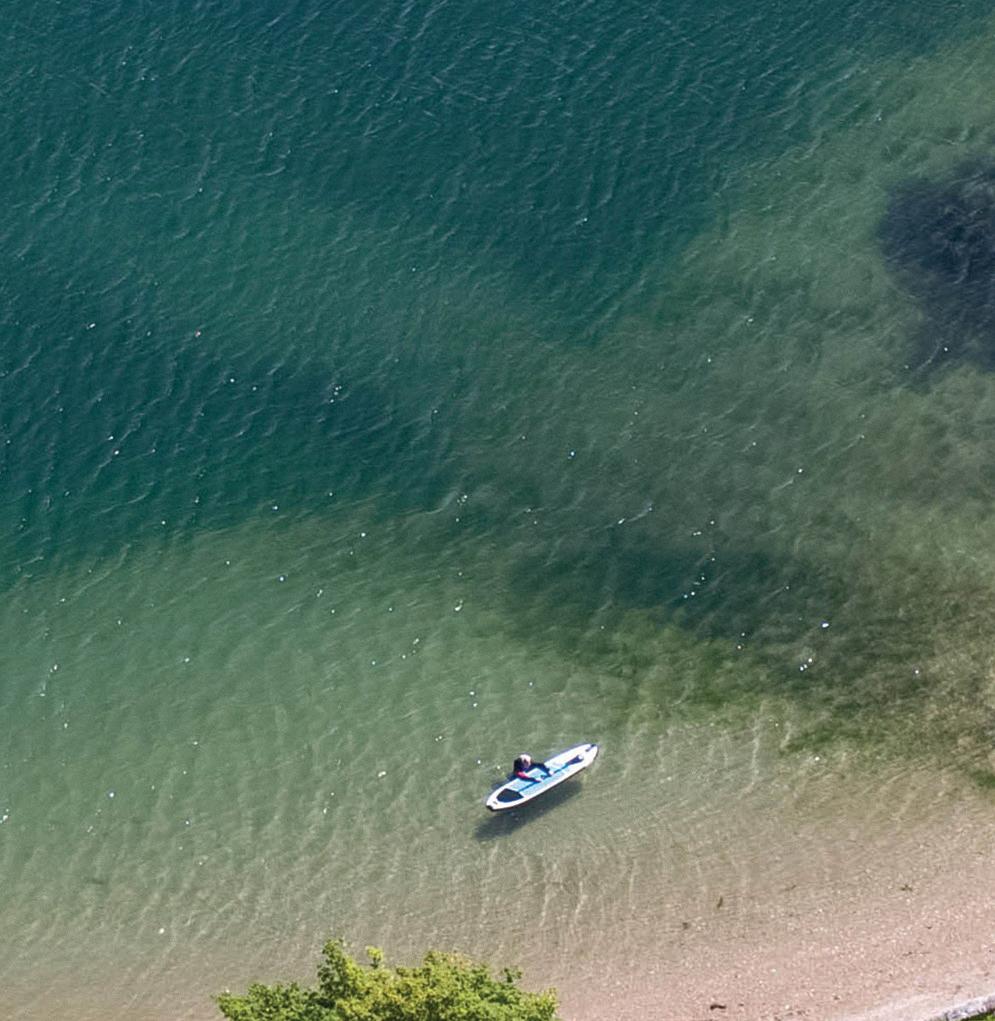
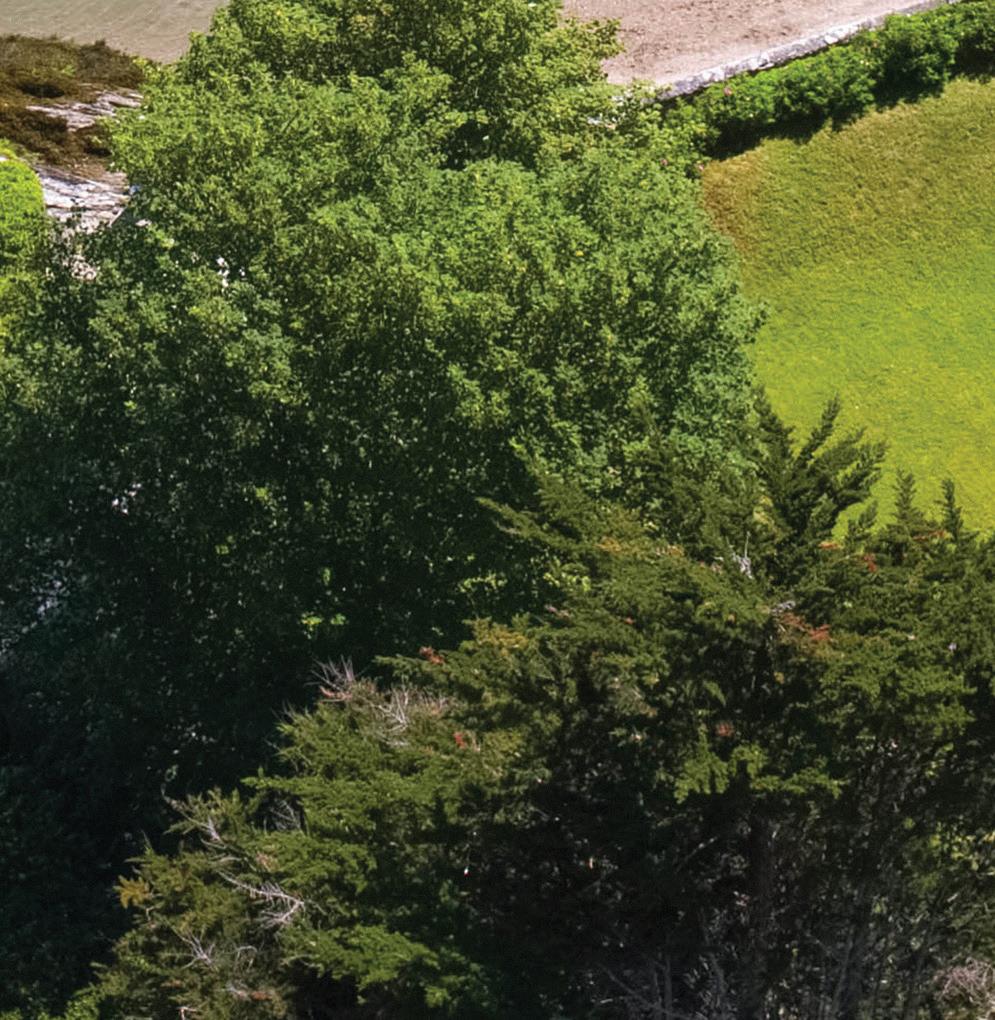

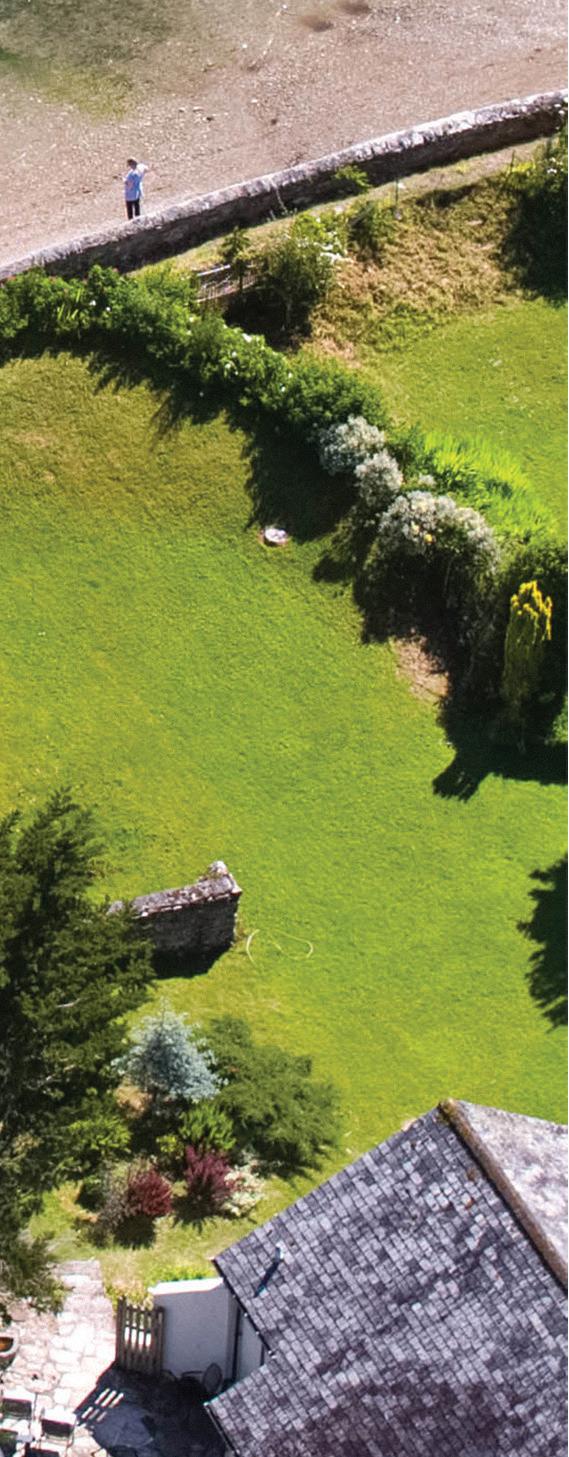
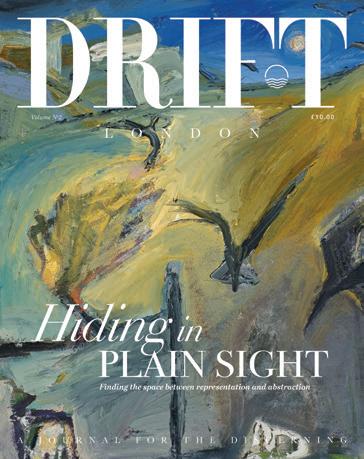
1. the act of driving something along
2. the flow or the velocity of the current of a river or ocean stream
verb
1. to become driven or carried along, as by a current of water, wind, or air
2. to move or float smoothly and effortlessly
We invite you to continue your lifestyle voyage online. Find inspiring stories and uncover more luxury content on Instagram @driftcornwall. Join our exclusive e-journal community at drift-cornwall.co.uk to receive recipes, reviews and insider knowledge of some of Cornwall’s most-loved luxury destinations.
driftjournal.co.uk
driftjournaluk
A JOURNAL FOR THE DISCERNING


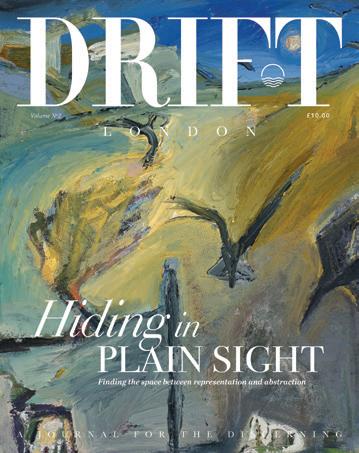
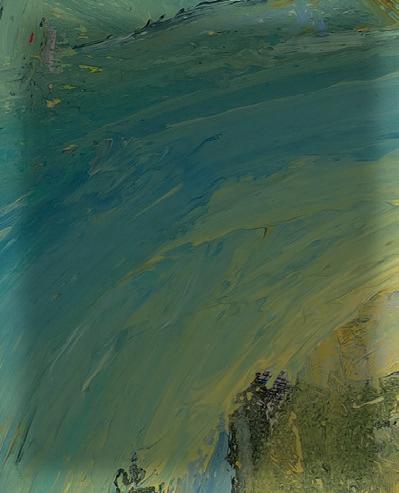
On the cover
Olympus – Jethro Jackson, 2025
Oil and gold on board 50cm x 50cm
As featured from page 42. jethrojackson.com projectstwentytwo.co.uk




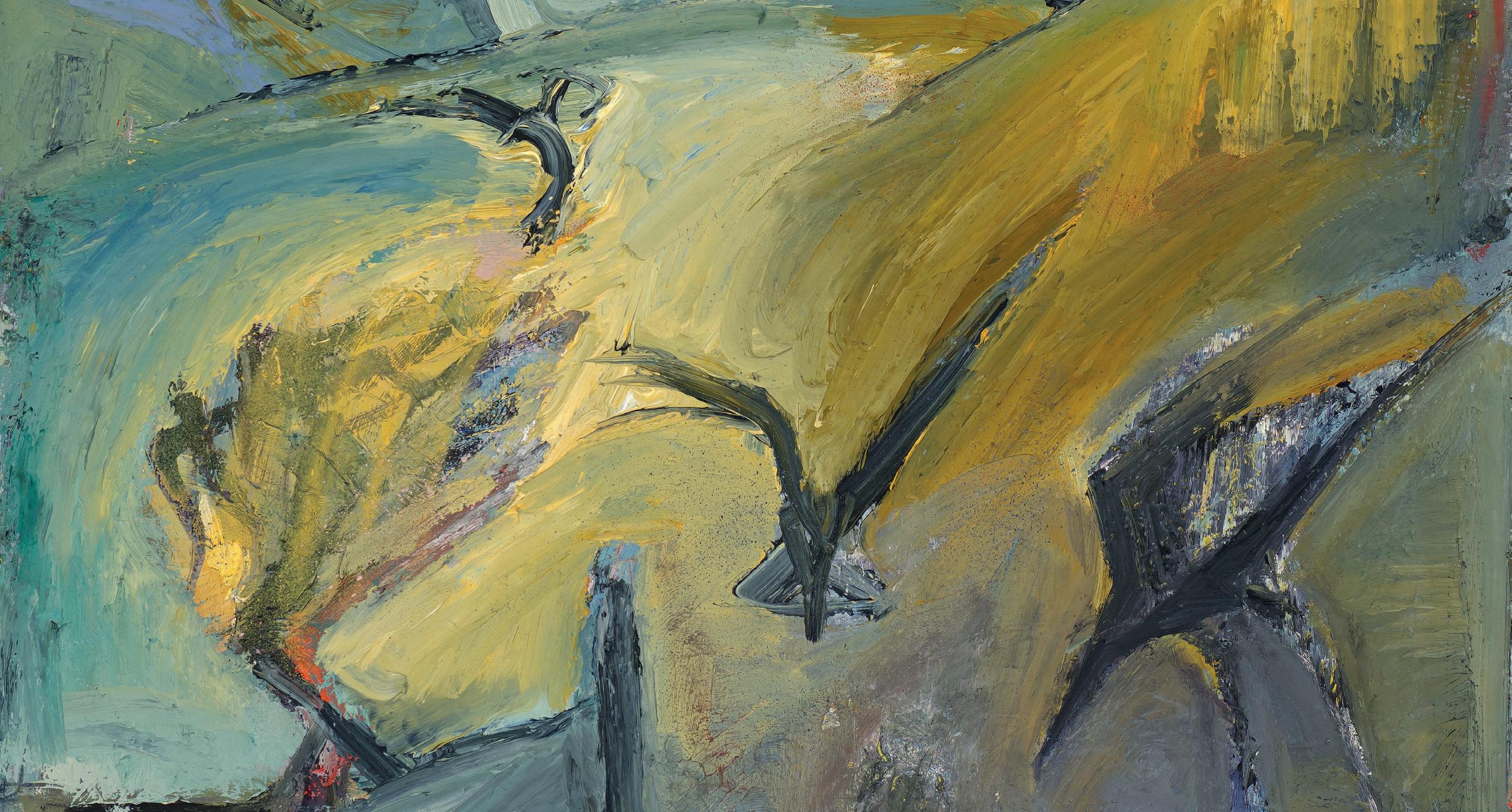


Head of Client Management
Des Glover – 07535 585613
des.glover@levenmediagroup.co.uk
Partnership Executive
Elly Burnard – 01326 574842 elly.burnard@levenmediagroup.co.uk
CEO Ben Pratchett – 01326 574842 ben.pratchett@levenmediagroup.co.uk
Chairman & Founder
Andy Forster – 07711 160590 andy.forster@levenmediagroup.co.uk

The
Porthleven, Cornwall TR13 9JX
www.enginehousemedia.co.uk
www.levenmediagroup.co.uk
Editor Hannah Tapping
hannah.tapping@levenmediagroup.co.uk
Creative Designers
Spencer Hawes
Jamie Crocker
Finance & HR Manager
Charlotte Forster
charlotte.forster@levenmediagroup.co.uk
Credit Control
Tracy Dart – 01326 574842
tracy.dart@levenmediagroup.co.uk
ISSN 2632-9891
© All rights reserved. Material may not be re-produced without the permission of Engine House Media Ltd. While DRIFT will take every care to help readers with reports on properties and features, neither Engine House Media Ltd nor its contributors can accept any liability for reader dissatisfaction arising from editorial features, editorial or advertising featured in these pages. Engine House Media Ltd strongly advises viewing any property prior to purchasing or considerations over any financial decisions. Engine House Media reserves the right to accept or reject any article or material supplied for publication or to edit such material prior to publication. Engine House Media Ltd cannot take responsibility for loss or damage of supplied materials. The opinions expressed or advice given in the publication are the views of the individual authors and do not necessarily represent the views or policies of Engine House Media Ltd. It is suggested that further advice is taken over any actions resulting from reading any part of this magazine. Engine House Media Ltd is a multi-platform media business with a passion for everything Cornish. Visit www.enginehousemedia.co.uk to find out more. Our mission is to create READ-WATCH-EXPERIENCE media opportunities marrying together consumers with the fabulous businesses across Cornwall. Our publishing and marketing teams are specialists in creating print and on-line communications, devised to achieve a range of marketing objectives. With over 20 years of marketing, brand management and magazine experience we
The city may be restless by nature, but this volume of DRIFT London is a reminder that it breathes easiest when it looks west, towards craft, coast and considered living. We open with the pull of salt water and slow time, where St Michaels Resort (8) is less a destination than a different cadence of life, calibrated by light and tide. That same unhurried intent shapes Koto’s quietly radical, yet ultimately luxurious, cabins at The Point (58): experience soft minimalism, placed with care in a landscape that exudes peace. Art and design in DRIFT is never mere decoration, more a considered dialogue. We cross the threshold of Rundell Associates’ (72) award-winning house, whose architecture anchors it in its location’s geology with grace. The Summerhouse Gallery (80) curates atmosphere over imitation, creating a coastal sensibility rendered in feeling rather than facsimile, while Cornish Interiors (170) threads heritage and modernity with a maker’s touch. Makers lead the way down a different path: Jo
Downs’ (20) renewed experimental spark creates glass that moves like weather across a Cornish horizon, while Decorum Tiles is a place where hand and glaze carry the coast into every room. Purpose, too, fills the pages in the form of female-focused wetsuits from Fulmar (86), charting women-first engineering – proof that performance is a kind of care. Even the icon that is the Bodmin Jail Hotel (142) is recast with empathy; this is culture reimagined, its granite walls housing historic memories of times past, while offering luxury accommodation of the future. For those who prefer their theatre at home, ChefCulture’s narrative (110) centres on flavour, served with intimacy and just a touch of spectacle. The thread that binds these pages is intention. Whether house, gallery, garment or getaway, each story privileges the relationship between people and place, past and possibility, utility and beauty. Brought together, they form a South West lexicon fluent in restraint and rootedness, speaking clearly to those ready to listen.
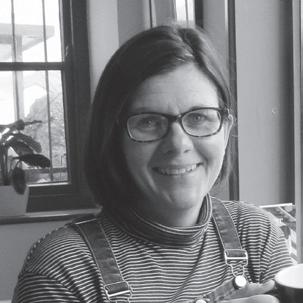
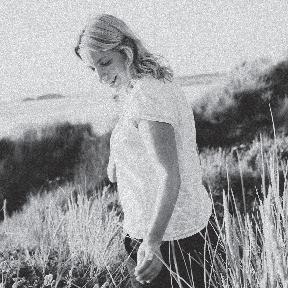
We have an exceptional and loyal team here at Leven Media Group but as a fast-growth business we’re always interested in talking to outstanding individuals. If you’re a superstar of extraordinary talent then we would love to hear from you.

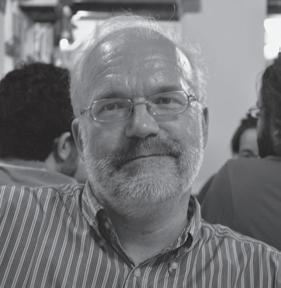


Proudly supporting DIVE PROJECT CORNWALL
Providing life changing opportunities for young people across the UK www.diveprojectcornwall.co.uk
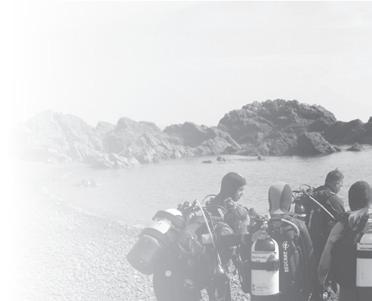


St Michaels Resort offers a place to breathe
Interiors
Looking ahead with Jo Downs








Intriguing
Jethro
Chef Robert Cooper’s elevated offering
Richard Holliday’s detailed sculptures 58 A DIFFERENT PACE OF LIVING
Luxury cabins from Koto at the Point








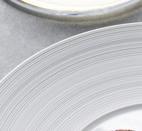

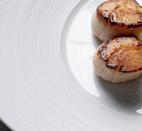













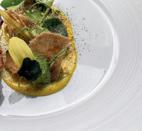



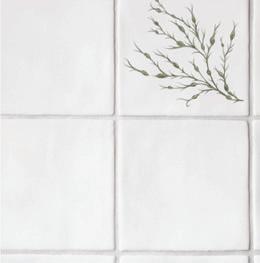
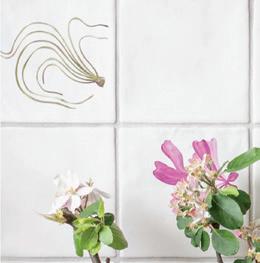

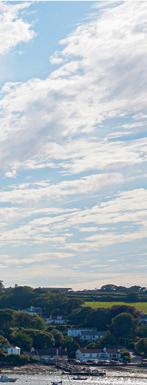


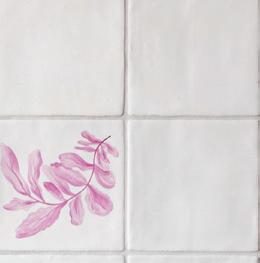
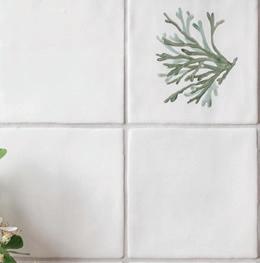
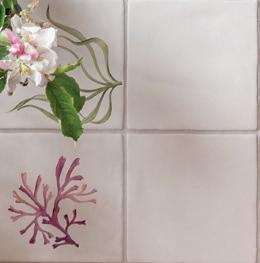


Summerhouse Gallery’s curated space
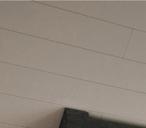






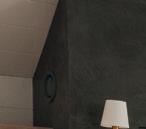



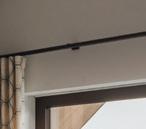
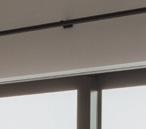
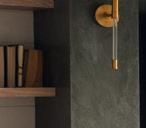


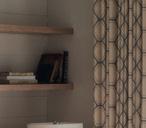
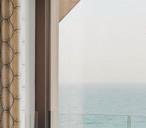

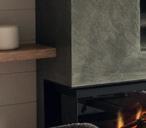

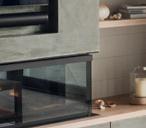
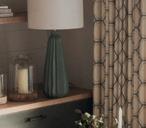
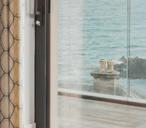
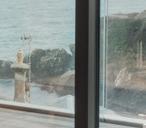

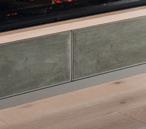
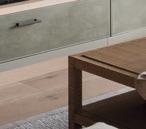
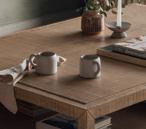
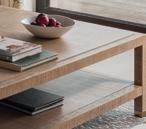
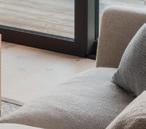
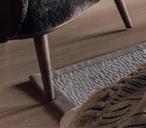
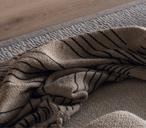
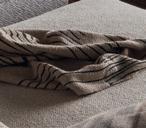

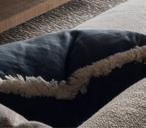



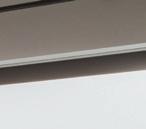
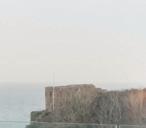



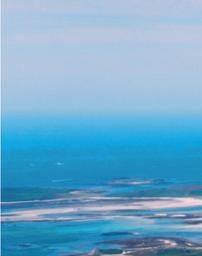
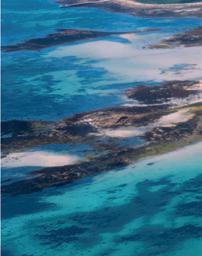
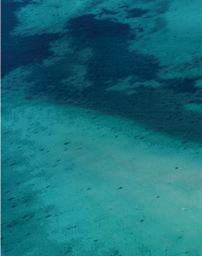
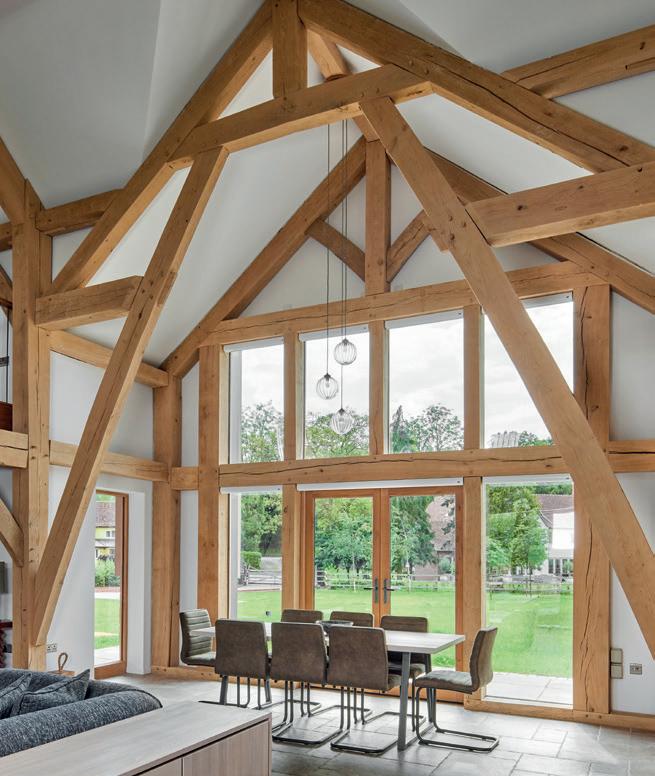


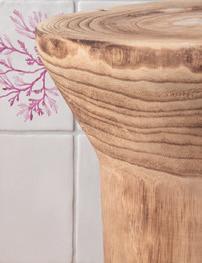

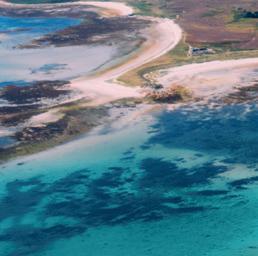








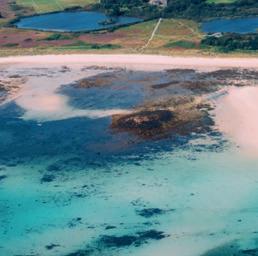
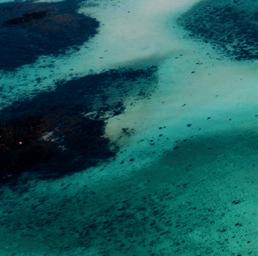












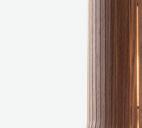








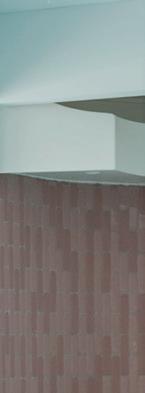
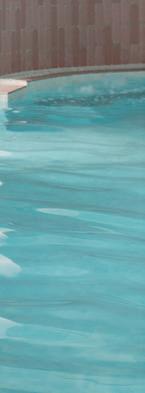












116 HERITAGE MEETS INNOVATION
The strength at the heart of Charteroak
122 A GOLDEN JUBILEE
Five decades of glorious stays at Wooda
128 FINDING SYNERGY
Customs House Gallery, thoughtfully curated
136
LUXURY LODGES REDEFINED
Ocean Cove challenges preconceptions
142 LUXURY MEETS HISTORY
Bodmin Jail Hotel, a unique experience
144 UNLOCKING THE DARK HEART
Bodmin Jail, an attraction with a difference
146 THE ART OF BEING STILL
Susan Fowler, making a connection
150 FLAIR AND HOSPITALITY
The charismatic Penventon Park Hotel
156 CREATIVE SPIRIT
WOW Cornwall’s new interior range
158 NEWLYN’S CULINARY CURRENT
Mackerel Sky captivates coastal appetites
162 THE LURE OF THE SEA
St Moritz Hotel, an escape re-imagined
170 A DIALOGUE WITH DESIGN
Cornish Interiors, anchored in personality
174 GROUNDED IN LANDSCAPE
Decorum Tiles captures European traditions
176 AN ISLAND ESCAPE
Courtesy of Isles of Scilly travel
180 FLIGHTS OF FANCY
An exemplary interior feat
188 IMPRESSIONS FROM THE OCEAN
Seamoor Cornwall, a force of nature
192 YOUR BEACH FOUND
Beach Retreats bring new perspectives
198 FINDING STILLNESS
IN COLOUR
Encouraging enquiry, artist Beth Richardson
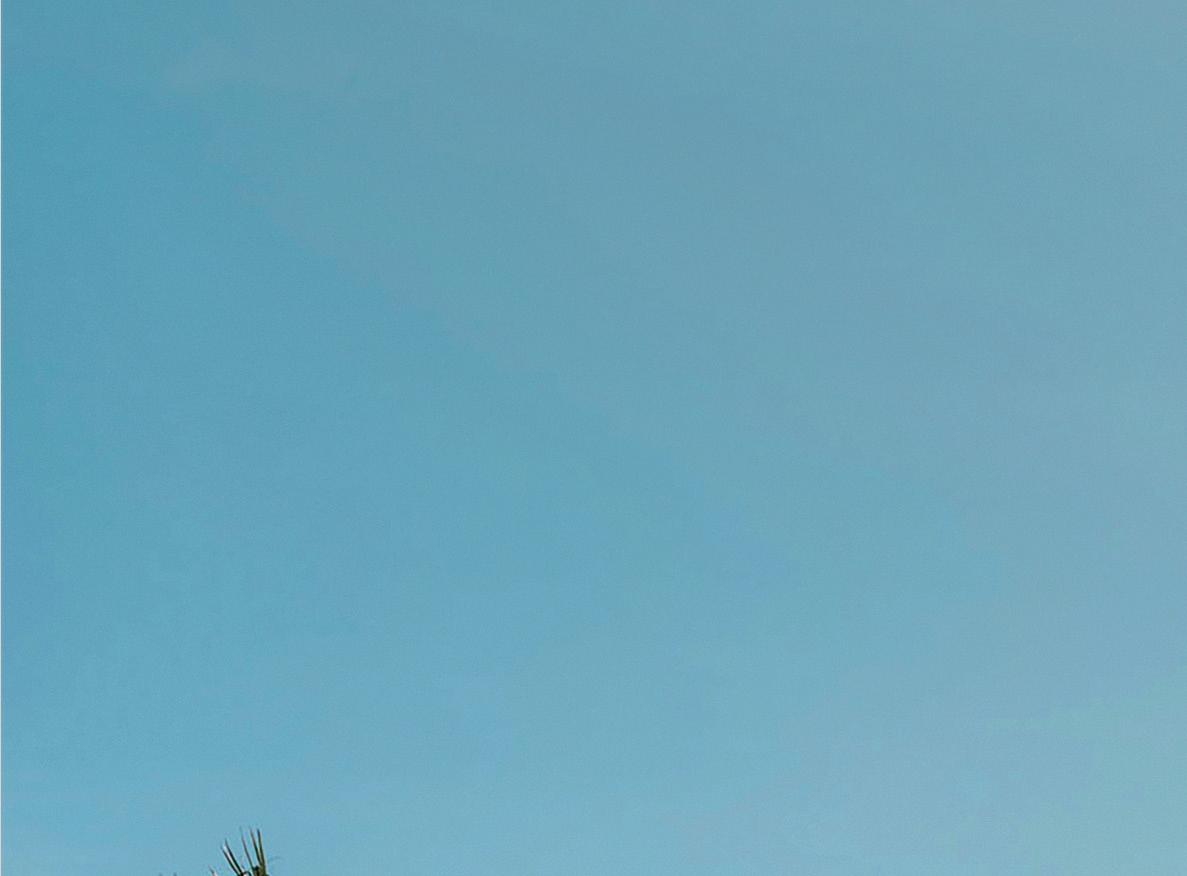

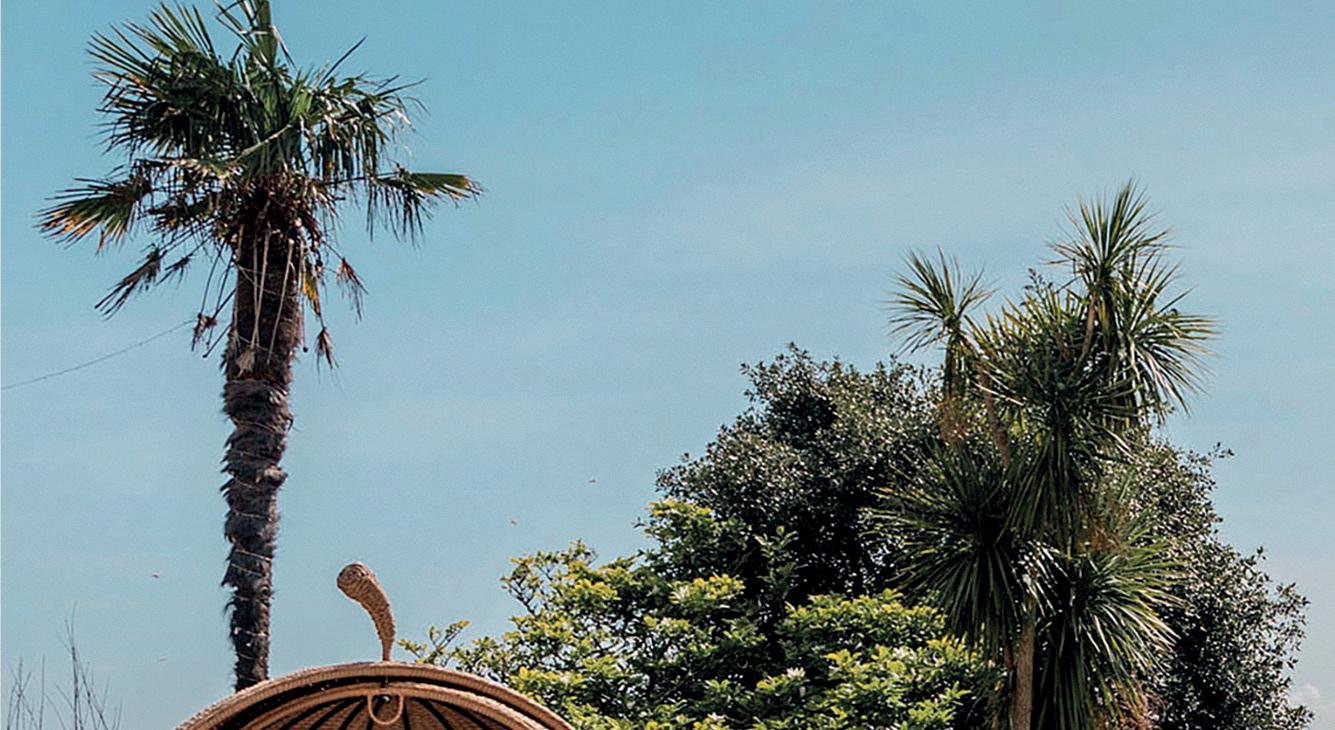
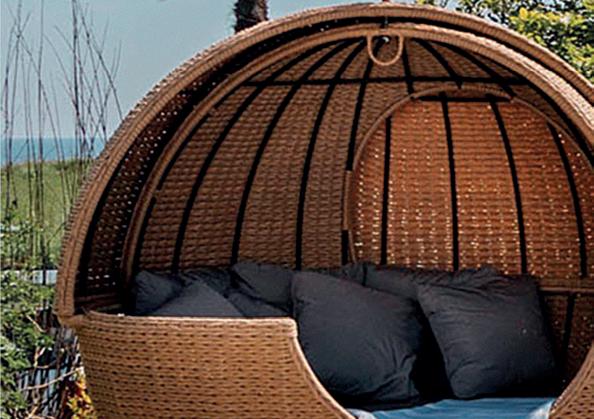
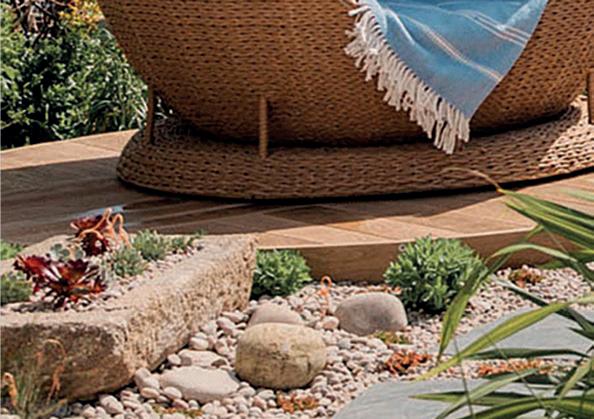
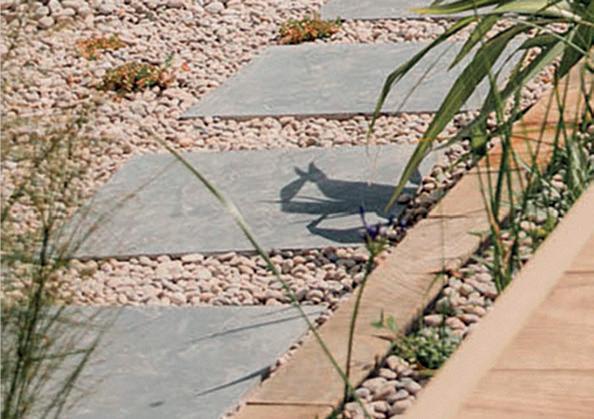
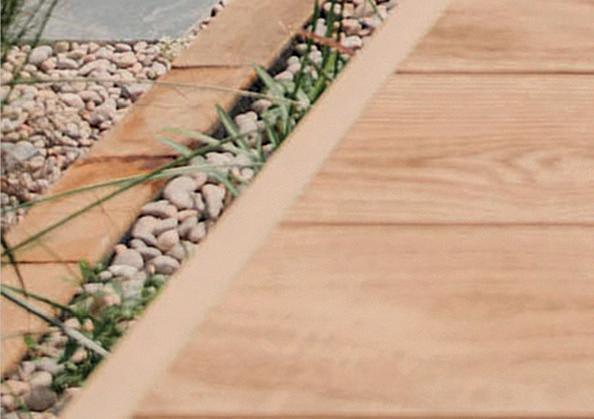

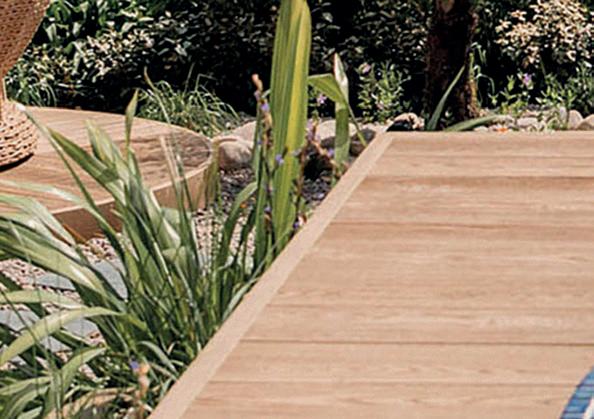

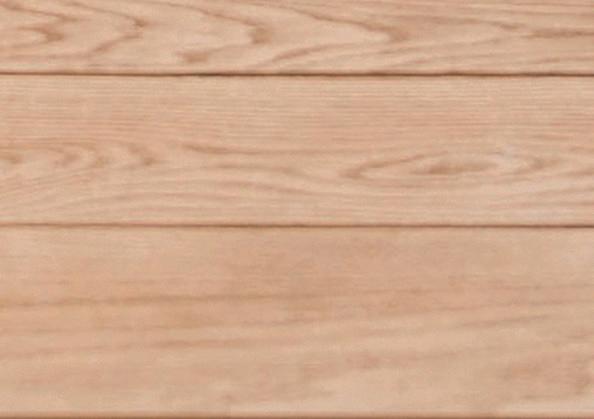

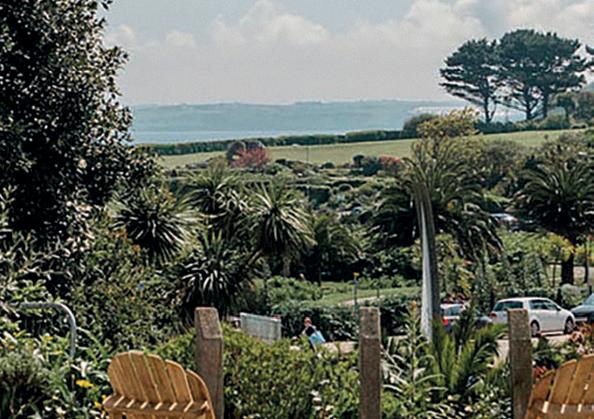
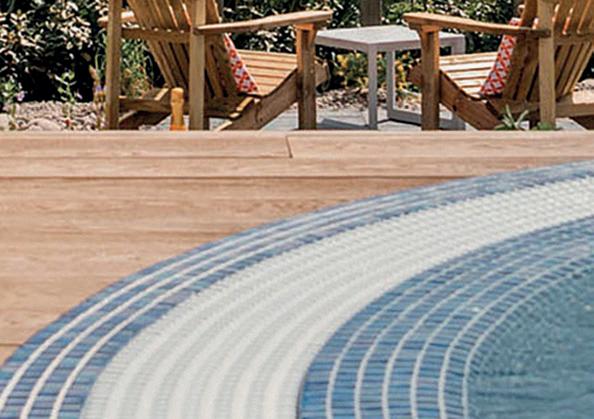
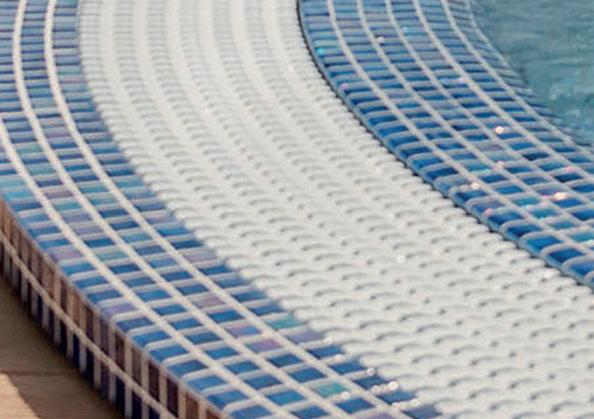
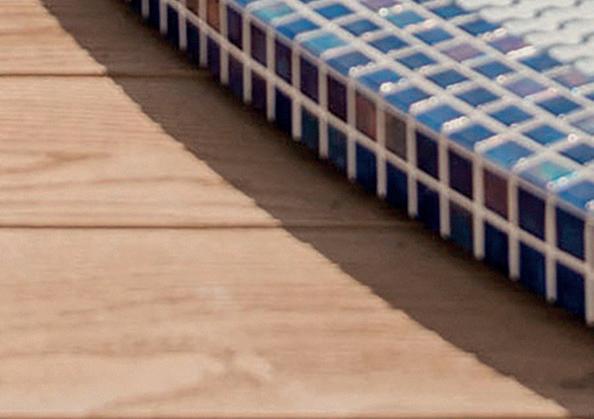
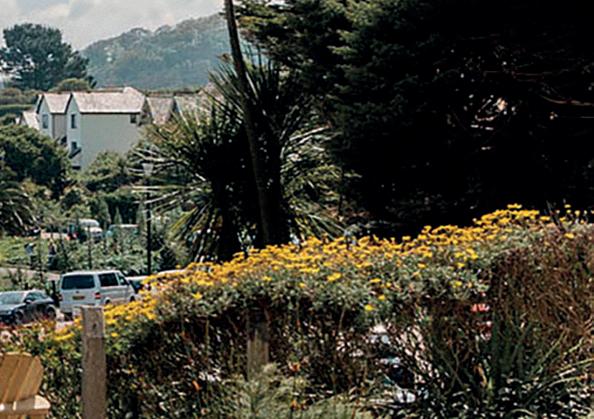
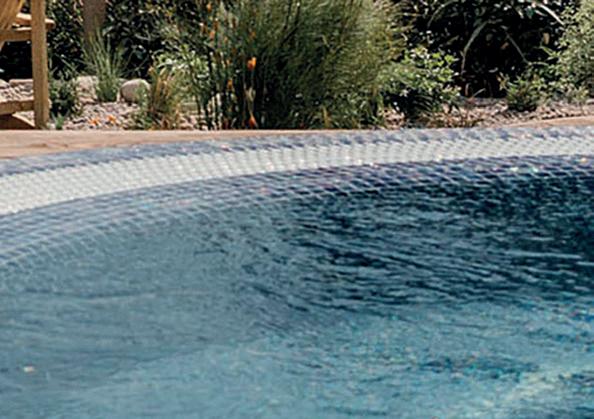
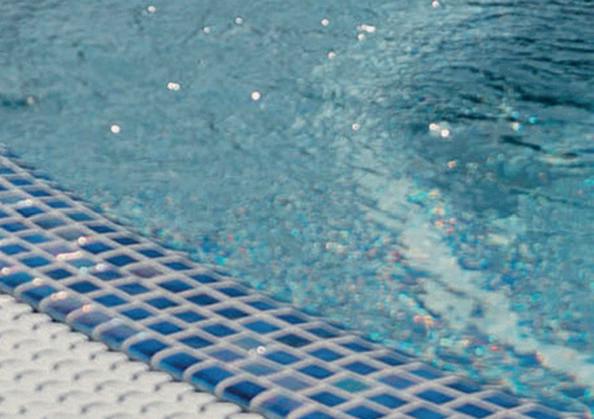

In its elevated position above the crescent sweep of Gyllyngvase Beach in Falmouth, St Michaels Resort offers a space to rest, to revive and to simply breathe.
There is a particular clarity that comes with being beside the sea. Not the curated drama of the Mediterranean coast or the jet-set familiarity of the Balearics, but something more at peace with itself, something more elemental. This clarity finds its architectural and sensorial expression in St Michaels Resort: a place designed for restoration.
Set just above Gyllyngvase Beach, one of the South West’s most swimmable stretches, the resort brings a distinctly contemporary vision to coastal hospitality. Palm-lined gardens and glimpses of the Atlantic signal your arrival, but the real atmosphere is cultivated through design choices and a finely attuned understanding of what modern luxury means: privacy, light, proportion and a sense of ease.
are low-slung and secluded, each one a softly minimalist retreat. Interiors lean into natural materials and weathered tones, while outside, private decks feature oversized copper baths and open-air showers framed by bamboo and agapanthus. It’s luxury on Cornwall’s terms providing outdoor living that acknowledges both the rawness and the softness of the British coast.
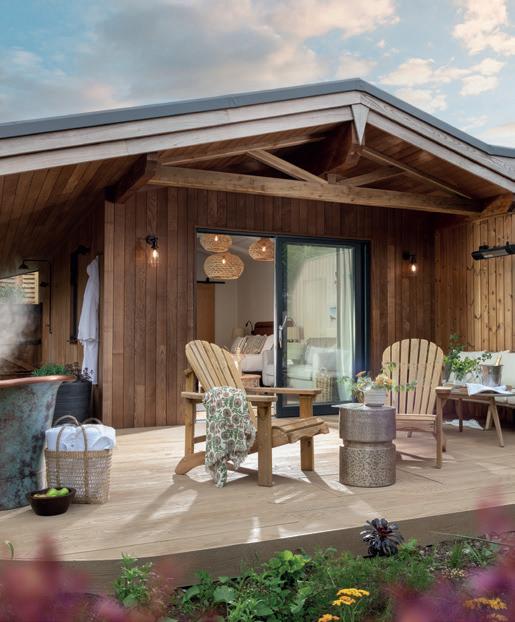
Much of the accommodation is housed in the main resort building; light-filled rooms, each with subtle nods to Cornwall’s coastal vernacular, generous windows and tactile finishes. But perhaps the most distinctive experience is found just below the main grounds, discreetly embedded in a subtropical garden. The Spa Garden Lodges
Each lodge is designed for complete immersion. Oversized beds are dressed in natural linens and Egyptian cotton. Seating is low, textural and inviting. Thoughtful details – a mini-bar stocked with Cornish produce, interconnecting gates for families or friends staying side-by-side – reveal a guest experience that feels considered but never contrived.
For those who desire independence, St Michaels stylish beach apartments come with incredible sea vistas, huge glass balconies, up to four beds, a fully equipped kitchen and room for all the family to spread out. The best of both worlds, these spaces provide all the privacy to relax yet still give access to luxurious resort facilities; the Health Club, spa, restaurants, e-bikes and paddleboards.
Guests of the Spa Garden Lodges enjoy unrestricted access to the resort’s spa, a space that avoids the usual tropes of wellness marketing in favour of something far more tactile and architectural. At its core is the largest hydrothermal pool in the South West, flanked by a barrel sauna with sea views, steam rooms scented with botanicals, an alfresco hot tub, and the kind of cold plunge pool that attracts those drawn to the bracing clarity of sea swimming. There’s a balance here between temperature and texture, solitude and sociability.
The treatment spaces are pared back and calming. Signature therapies borrow from Cornish botanicals but avoid overt theming. A massage is simply that: skilfully delivered, deeply restorative.
in local sourcing and classical technique. The food is not theatrical, but it is exacting. Think Cornish crab with preserved lemon or day-boat turbot with seasonal greens… each plate leans into freshness and restraint, served against a backdrop of sea and sky. It’s fine dining for people who don’t require ceremony.
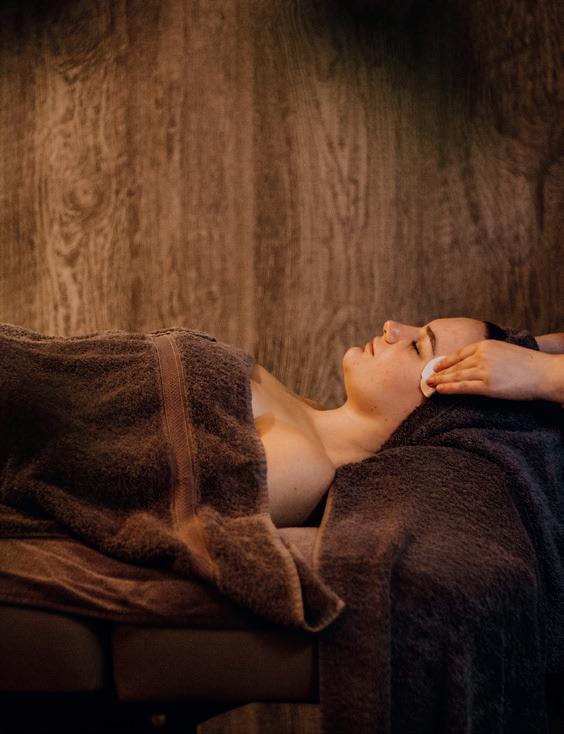
For those seeking more than physical reset, the resort also includes access to the well-equipped Health Club. A schedule of classes, from dynamic HIIT sessions to open-air yoga, is available for a nominal supplement offering a gentle structure to otherwise luxuriously languid days.
Dining at St Michaels is similarly edited and precise in the hands of Head Chef Dave Waters. The Brasserie on the Bay offers a menu rooted
For a more casual alternative, Nourish is located within the resort but set apart in tone. A relaxed space for late breakfasts, wood-fired pizzas or a posttreatment salad and natural wine, it has become a quiet favourite among returning guests. Alongside it, the bar and lounge take on a more evening-forward role. The cocktail list is confident; its classic recipes adapted with Cornish spirits and foraged infusions. The bar space is intimate, with low seating and muted lighting designed for conversation or solitary reading, depending on the moment.
The resort’s location places it at the heart of Falmouth’s most compelling features. Gylly Beach is mere steps away where white sands and clean water, framed by rocks at either end is known for its calm, swimmable bay. Paddleboards are available for guest use and morning dips have become something of a ritual for many. Beyond the beach, the area reveals itself slowly:
St Michaels’ luxurious treatment rooms
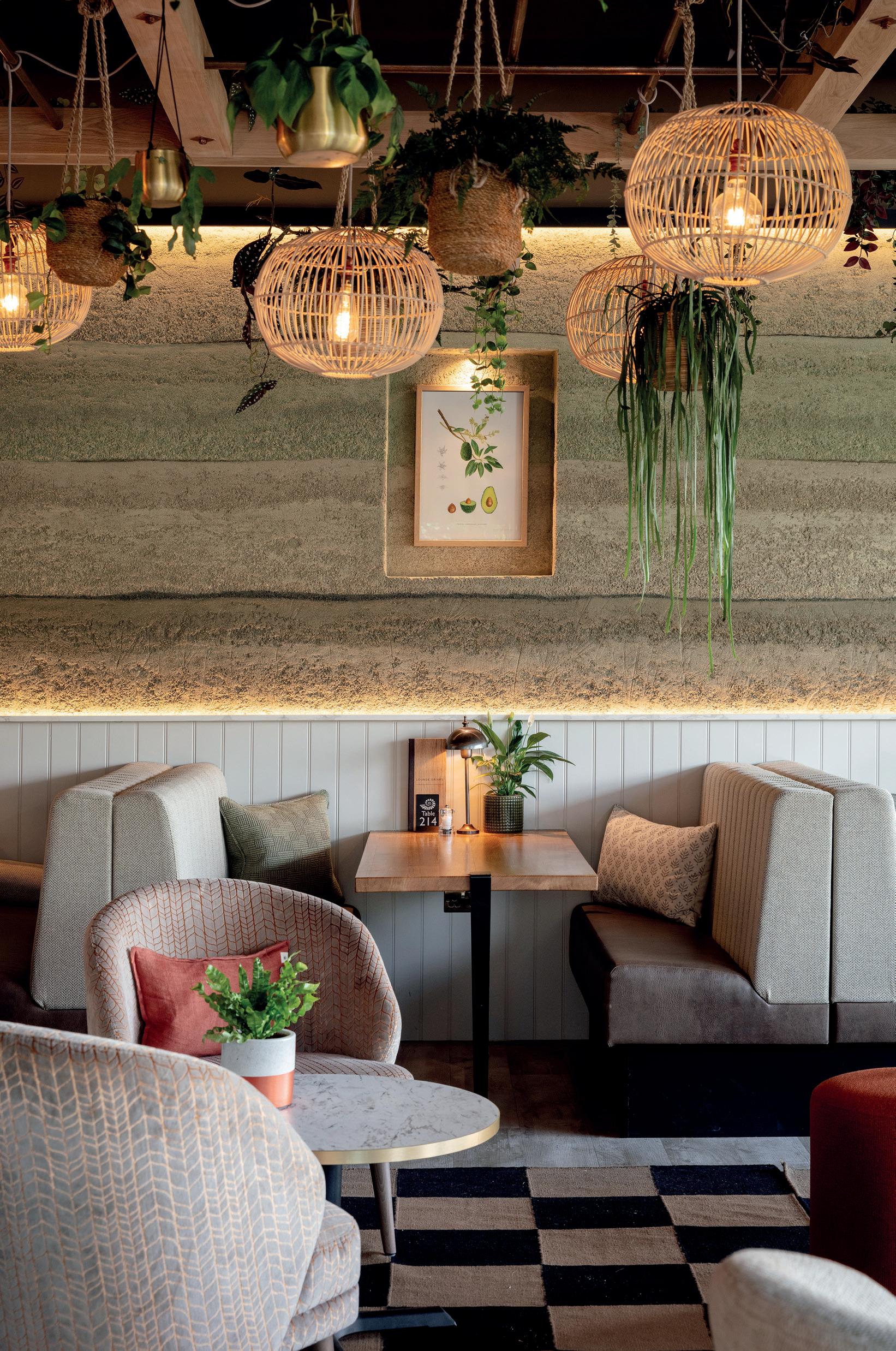
ABOVE A place to restore mind and body
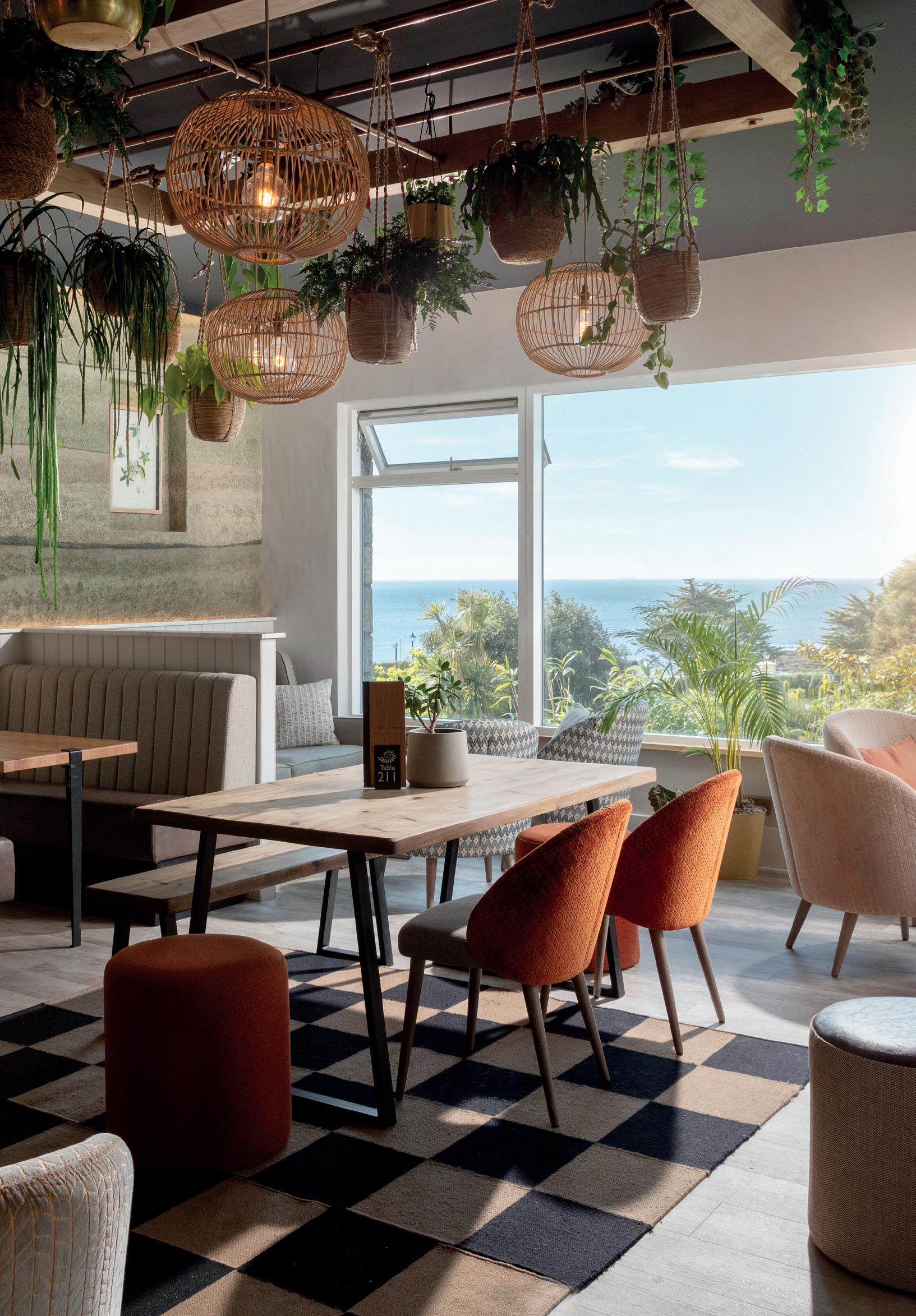
ABOVE
Nourish is a place to eat, drink and soak up the views


ABOVE
tree-lined walks around the Helford River; ferry rides across the Carrick Roads to St Mawes or the Roseland Peninsula; and garden paths leading to hidden beaches and artist studios.
Falmouth itself is a study in contrasts. A working harbour with a rich maritime past, its streets are home to independent bookstores, well-edited design shops, and a food scene that quietly champions local provenance and international technique. It is a town that has evolved organically around its creative and nautical histories. The annual Oyster Festival each October is both a culinary event and a cultural marker; a celebration of the native Fal oyster that brings together chefs, makers and musicians in a way that feels entirely of place.
Staying at St Michaels provides access to this world but also a deliberate step away from it. The resort is resolutely self-contained. One could arrive and not leave the grounds for days and still feel nourished, both physically, mentally and aesthetically. It offers something many coastal escapes fail to deliver: not just comfort, but composure. The emphasis is not on excess or overt glamour, but on stillness and rhythm.
Travel here is uncomplicated. Falmouth Town station is walking distance from the resort, served by direct trains from London via Truro. For those flying, short routes from Gatwick to Newquay make a long weekend entirely feasible. Once you’ve arrived, the sense of departure from pace, noise and the general clutter of life is instant.
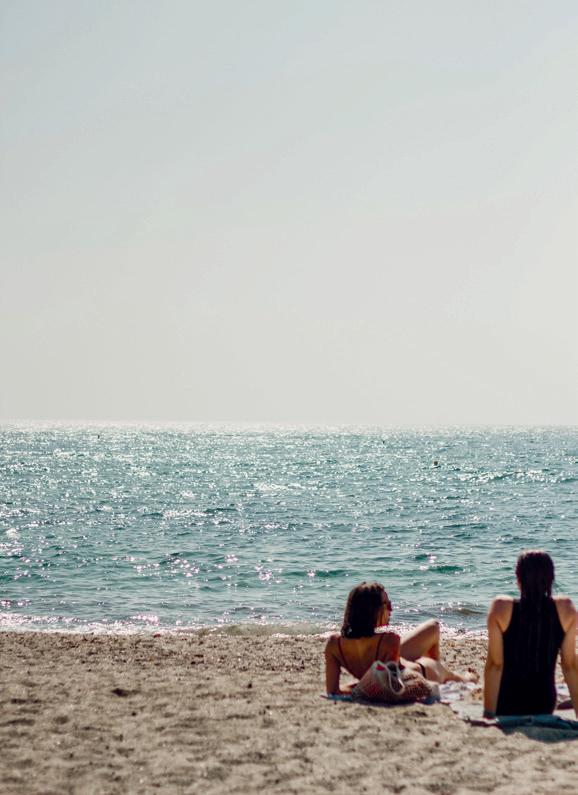
As hospitality trends continue to shift away from the formulaic towards the fluid, places like St Michaels feel increasingly prescient. This is not a wellness destination in the typical sense. There are no mantras, no prescribed itineraries, simply thoughtful design, a connection to the landscape and time to recalibrate.
For the discerning traveller seeking respite from a city that rarely stops talking, this Cornish resort speaks in a different register. Here, the luxury lies in the small decisions. The weight of a coffee cup in hand, the scent of the sea on the morning air, the way the late afternoon sun lands on pale timber floors. It is a place that understands that refinement need not be broadcast. It can simply be felt.
stmichaelsresort.com

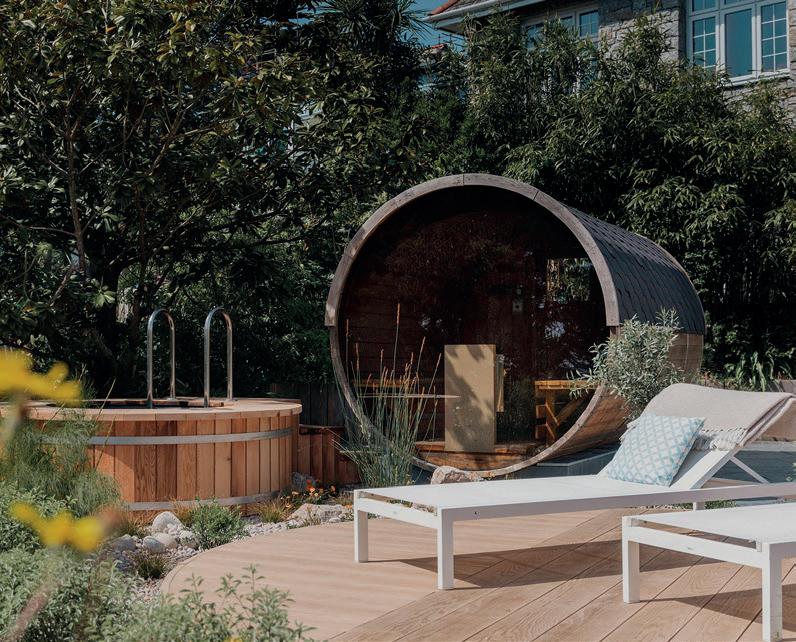
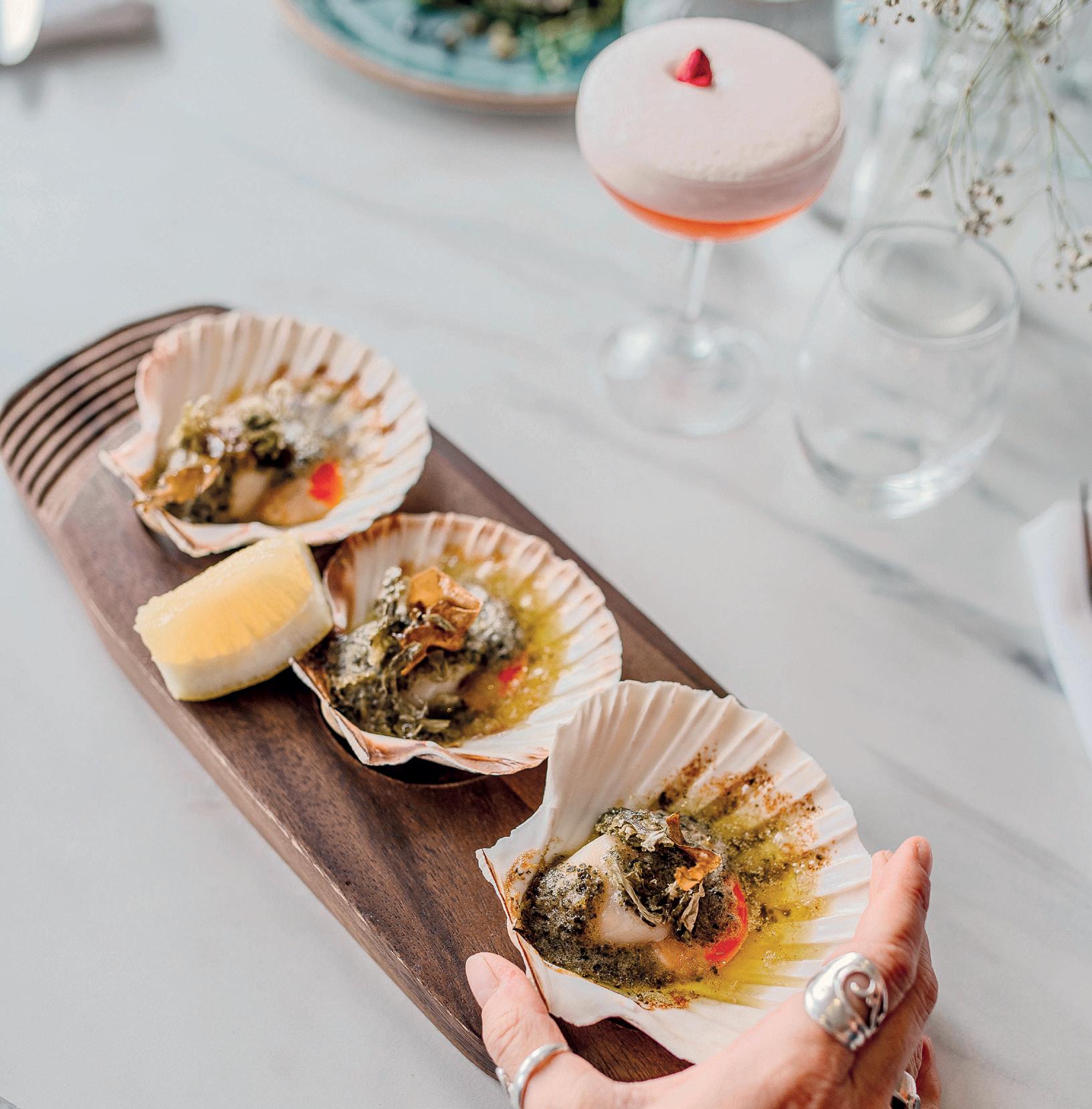
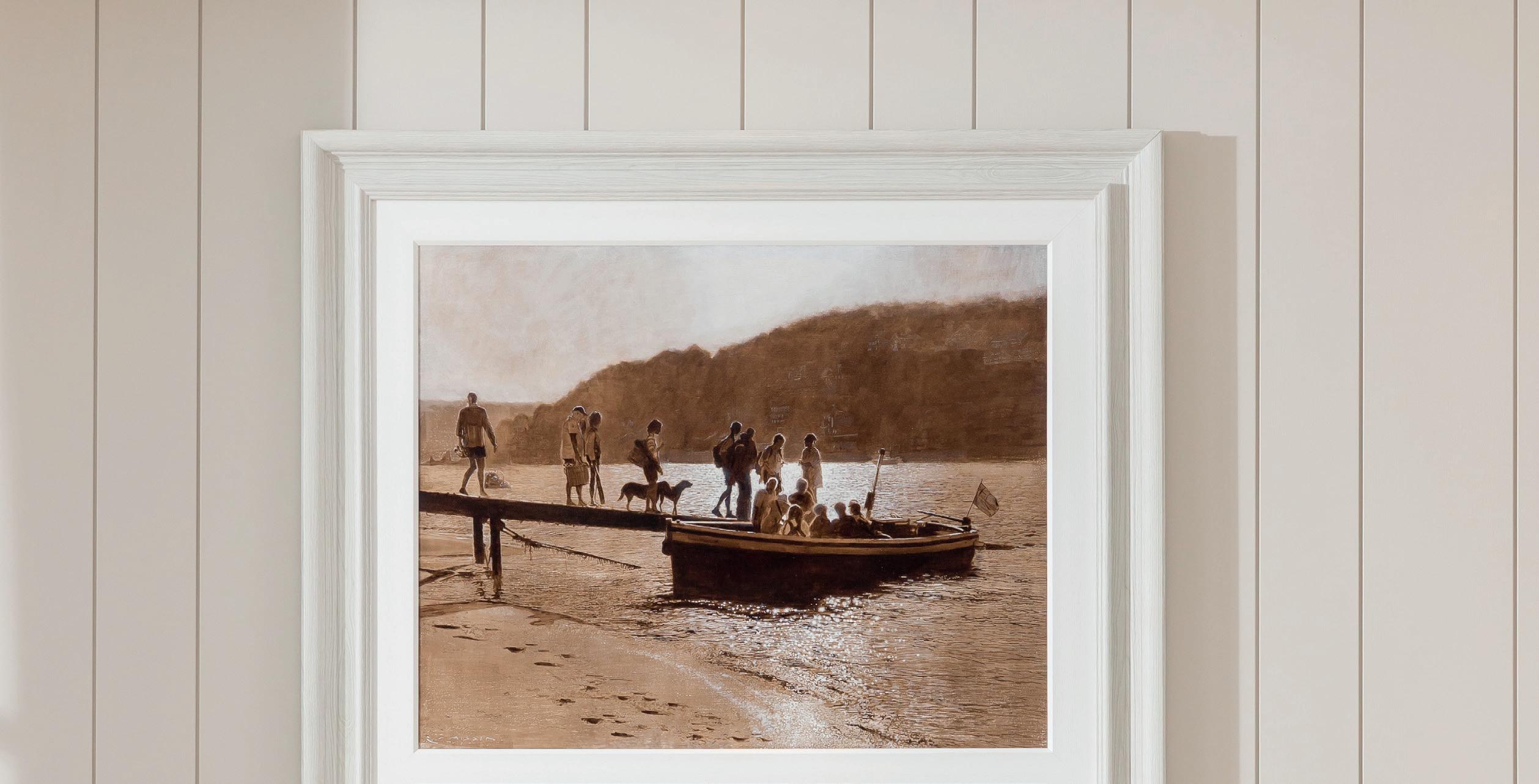
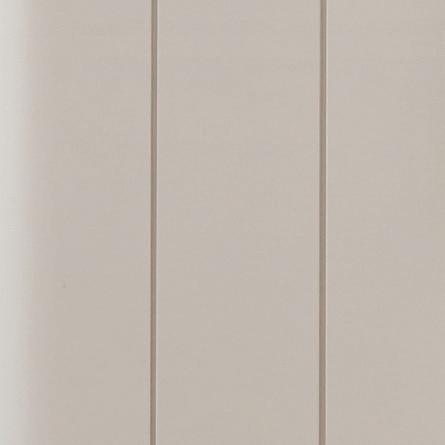
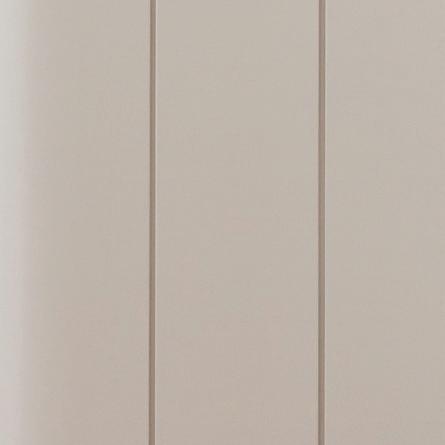

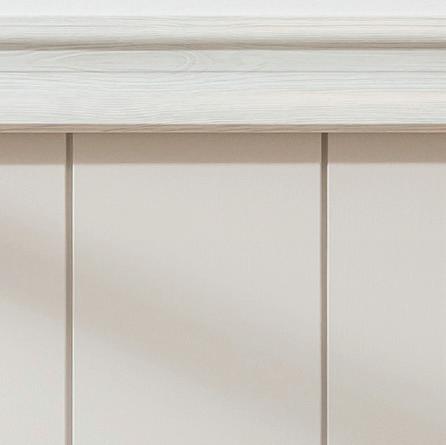
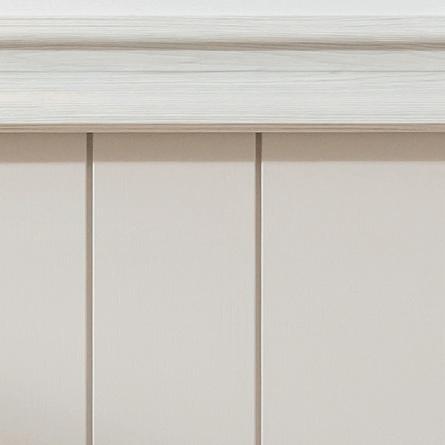
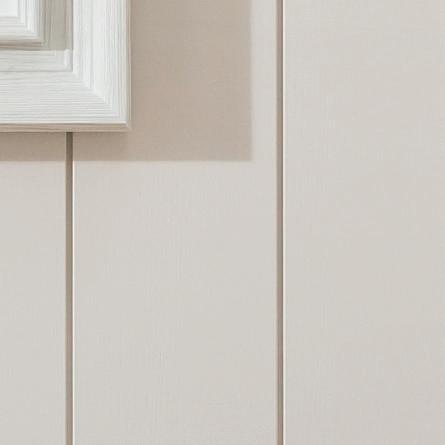
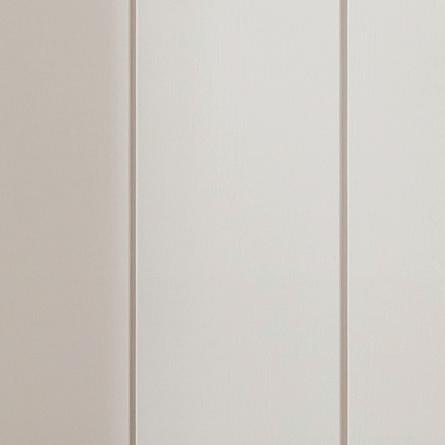
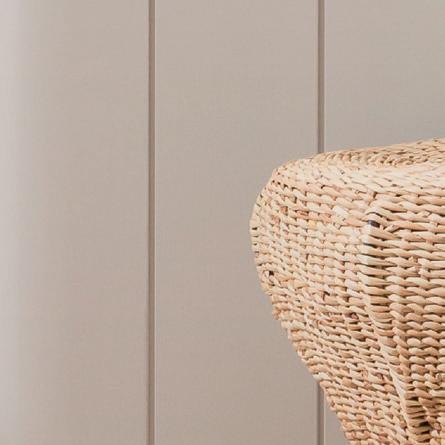
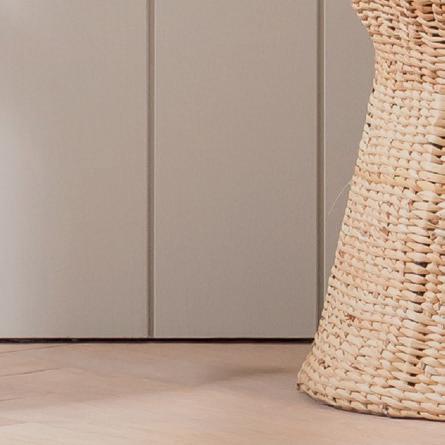
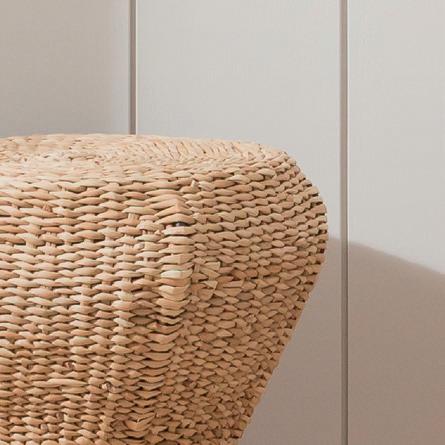
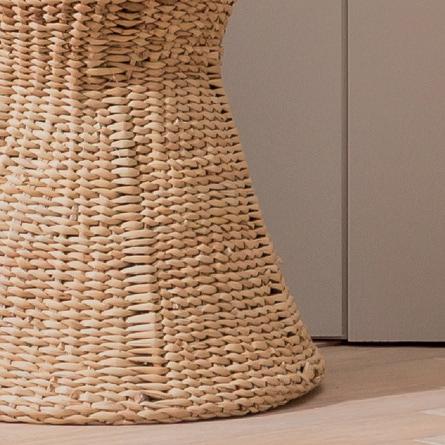

WORDS BY JAMIE CROCKER

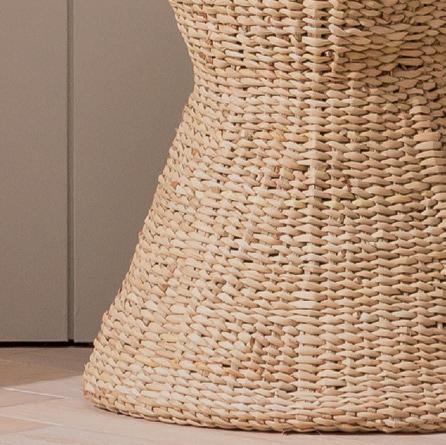
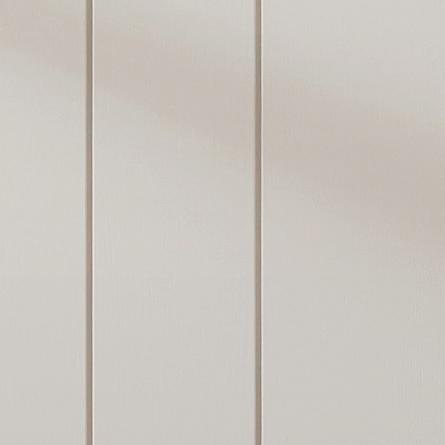
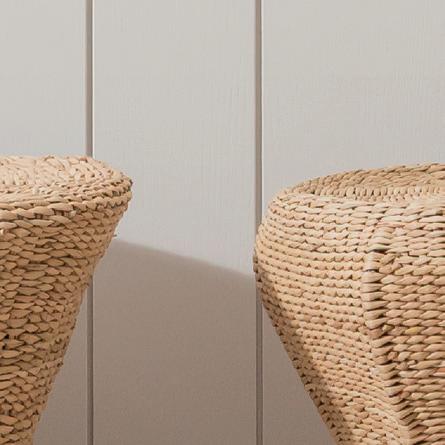
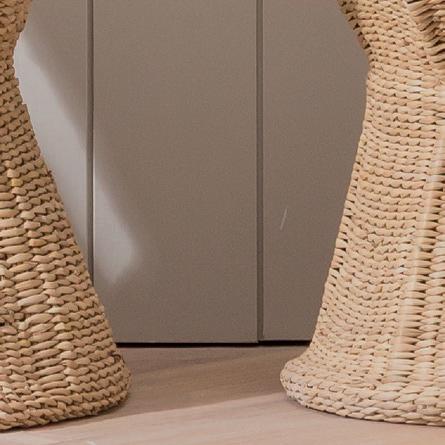

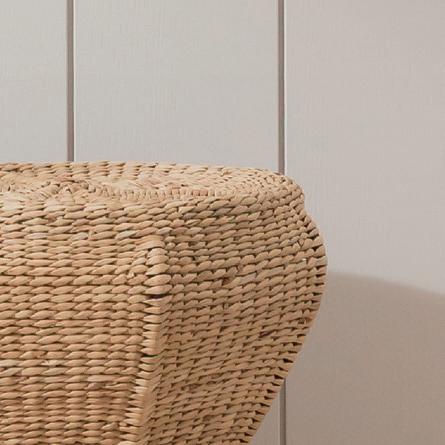
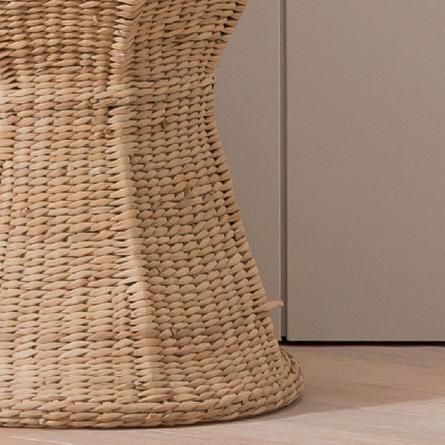


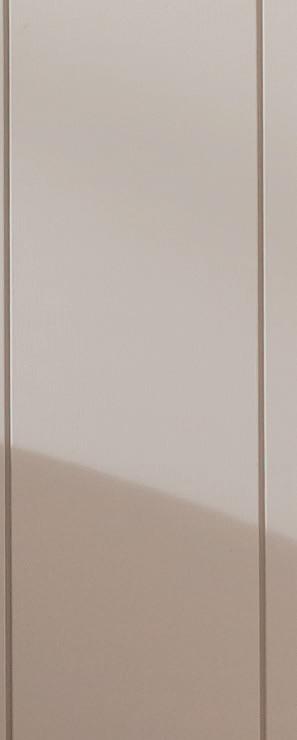

Creating interiors that combine sustainability, craftsmanship and precision.
Caroline Palk’s approach to design is grounded in the belief that true success comes from acknowledging and truly understanding the relationship between client, designer and place. From her Devon-based practice, Ashton House Design, she delivers projects that prioritise sustainability, longevity and collaboration.
Her early career in London, working alongside respected designers like Michael Szell, helped shape a philosophy rooted in quality, detail and respect for materials. It was here that she developed a passion for textiles and learned the value of thoughtful design that connects with its setting. These principles continue to underpin her work.
end design studios. The decision to return to the South West and establish her own practice was driven by a desire to create interiors that are not only beautiful but also enduring. Here, she could focus on using local materials and skilled regional makers, reflecting a long-standing commitment to sustainable design and economic resilience.
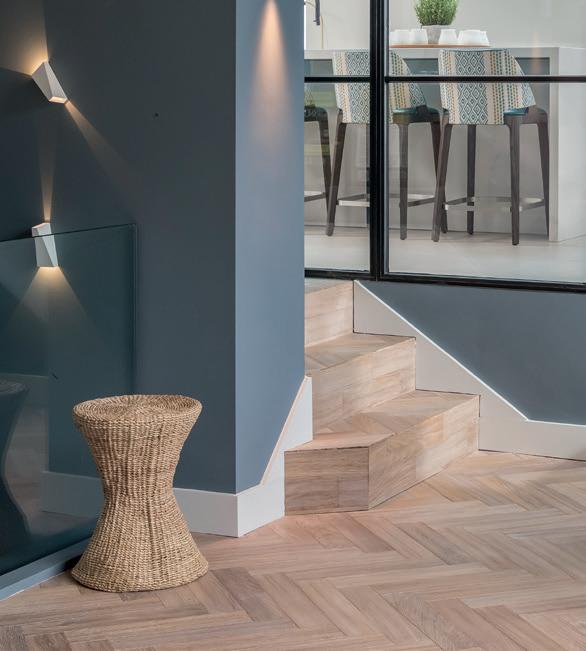
Caroline’s background reflects a wide cultural sensibility. Raised in Devon, she studied in London before gaining hands-on experience in high-
That commitment predates current trends. Caroline, along with husband and business partner, Simon and their team have been quietly advocating for environmentally responsible choices for decades, selecting durable materials that age well and crafting spaces that stand the test of time. Their emphasis on sourcing locally not only reduces carbon emissions but also deepens the connection between home and landscape. This sensibility extends to their work in outdoor living. Whether designing pools, terraces, or
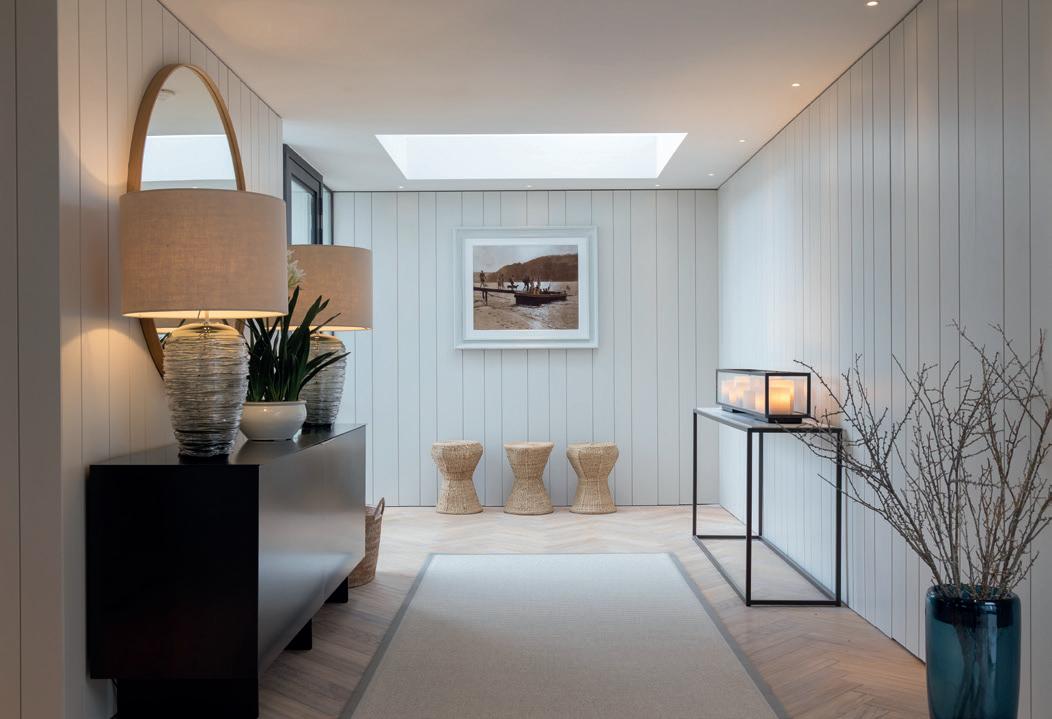
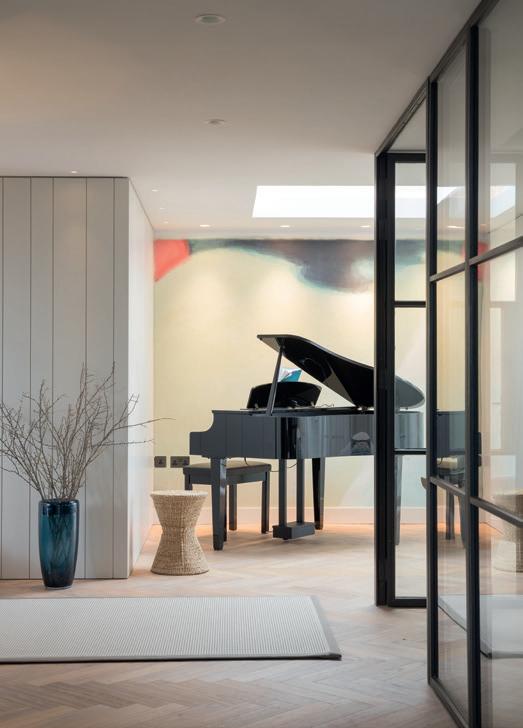
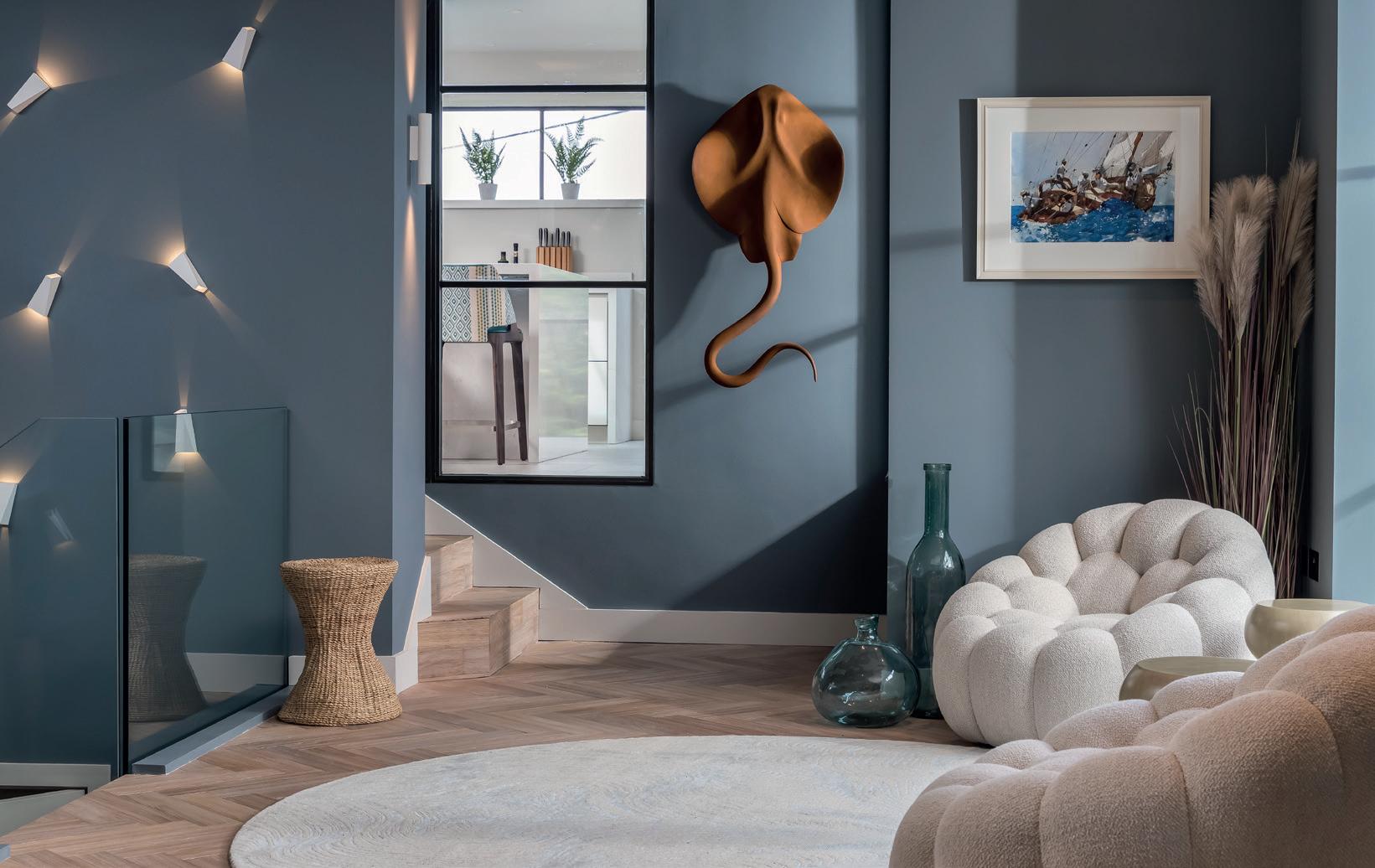
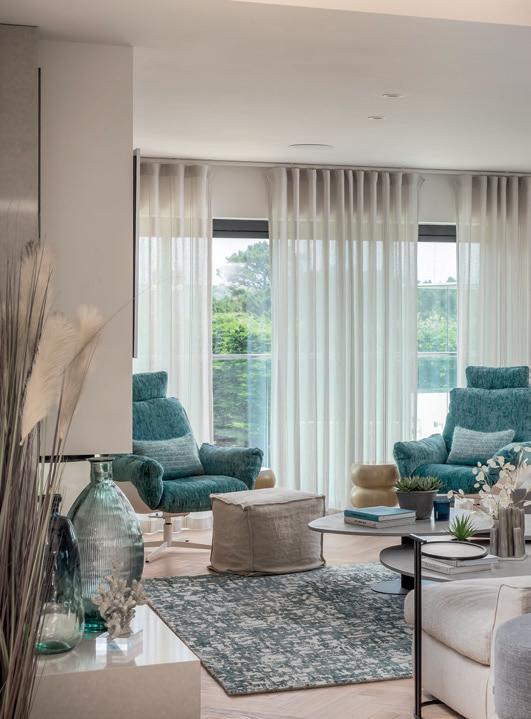
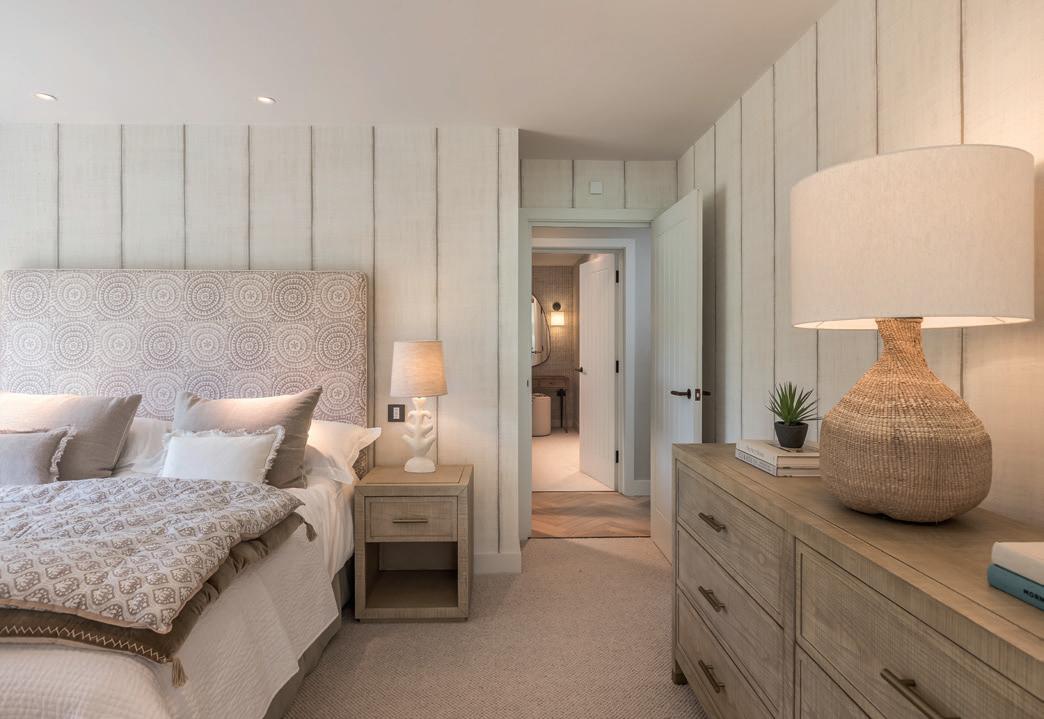
garden-facing rooms, priority is placed upon comfort, durability and cohesion with the wider environment. Natural light, resilient fabrics and climate-appropriate planting schemes are key, with lighting used to extend usability into the evening. Their preference for architectural extensions over conservatories stems from a belief in building quality spaces that truly belong to the house, places to be lived in.
Throughout, Ashton House Design maintains high professional standards, aligning itself with the British Institute of Interior Design’s code of ethics which the company champions via continuing professional development. Projects will often involve mentoring young designers, who bring new perspectives and energy into the team. The result is a practice that blends experience with innovation, supported by long-standing supplier relationships and repeat clients.
Listening, both Caroline and Simon believe, is at the heart of effective design. Rather than imposing a style, they draw out clients’ aspirations through conversation and shared visual references. By interpreting these into spatial solutions that suit their day-today lives, they ensure each project is genuinely personal. Whether restoring original features or introducing contemporary elements, the goal is always to respect the architecture while enhancing function and character.
The company’s portfolio is broad, ranging from family homes to award-winning spa interiors. In spa design, Simon balances luxury with practicality, considering everything from the flow of staff to how pool tiles look underwater. Every material is scrutinised for durability and ambience, often tested in real-life conditions.
Furniture and fittings receive the same care. Caroline frequently works with local craftsmen to create bespoke pieces from regionally sourced timber, resulting in furnishings that feel both timeless and specific to their setting. This attention to provenance and craftsmanship is a hallmark of their work.
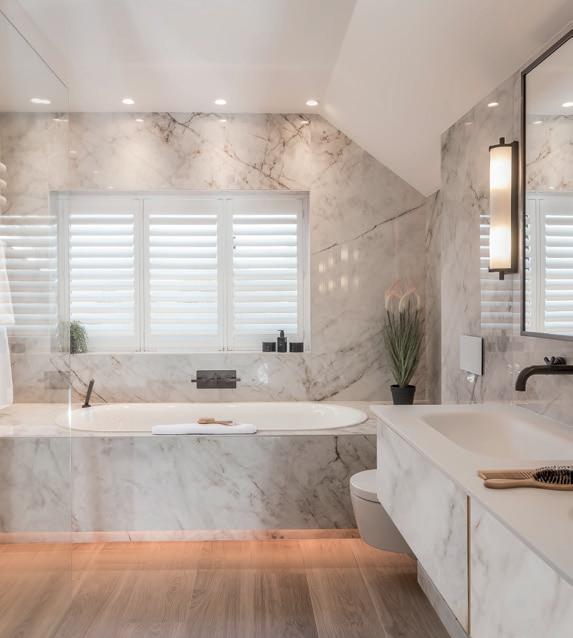
Looking ahead, they remain focused on designing environments that are both beautiful and purposeful. The company continues to invest in the team’s growth, believing that a shared ethos of care, creativity and curiosity is the key to enduring success.
For Caroline and Simon, great design is not about statement pieces or grand gestures. It’s about listening well, choosing wisely, and creating spaces that quietly enrich the lives of those who inhabit them. At Ashton House Design, the emphasis is always on thoughtful design that reflects its context – spaces that endure, support and inspire.
ashtonhousedesign.co.uk

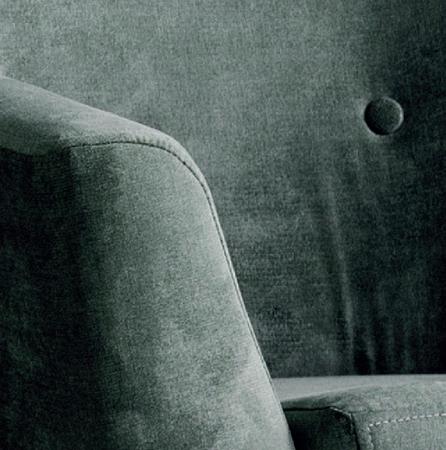
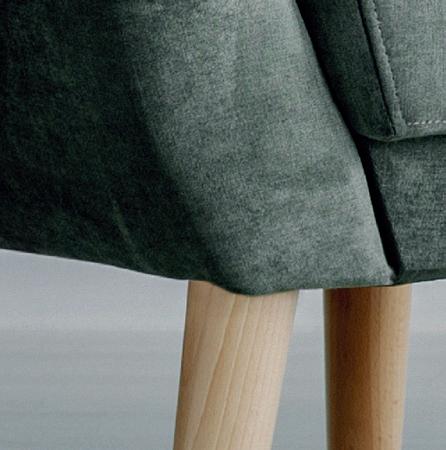

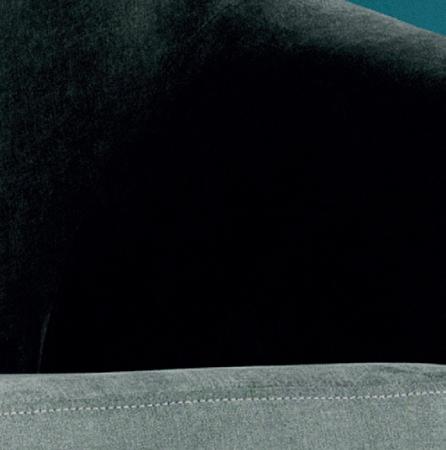

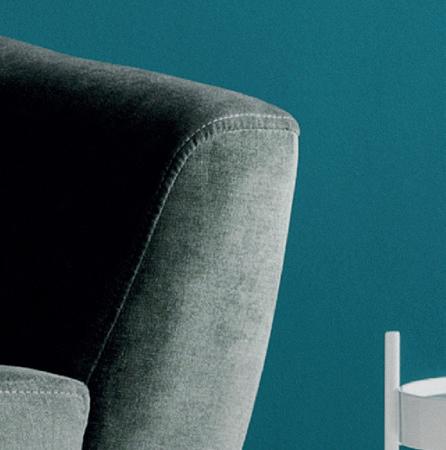

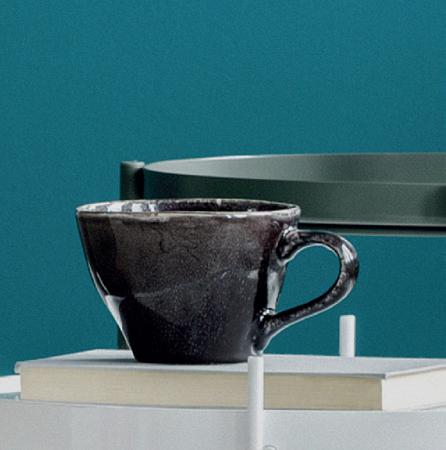
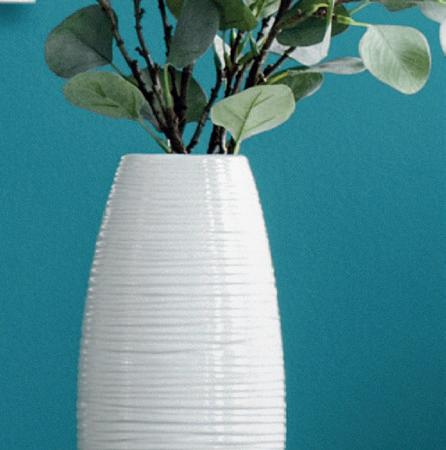
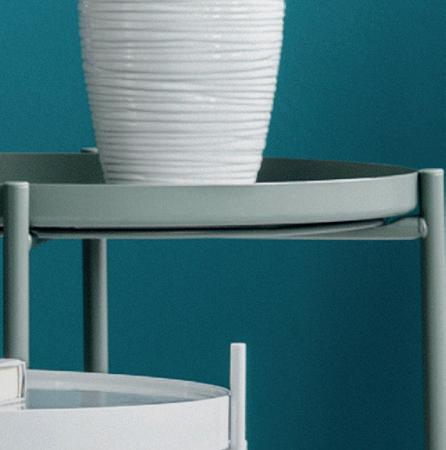
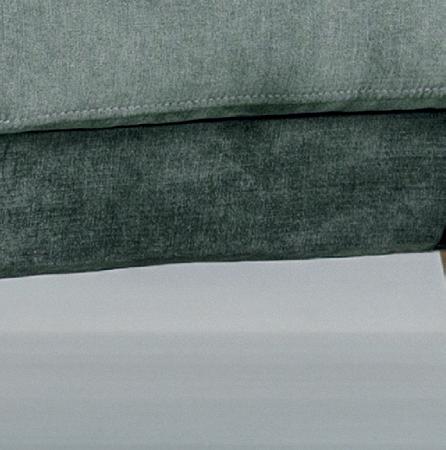
WORDS BY JAMIE CROCKER



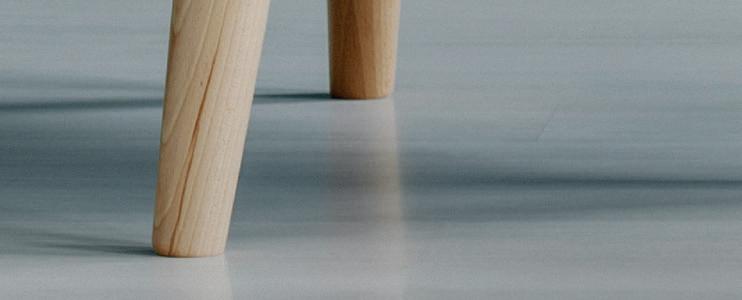

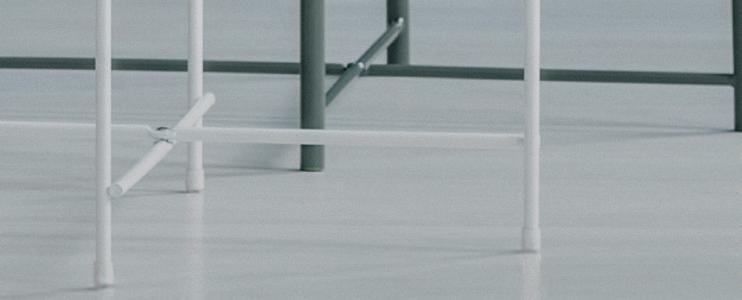

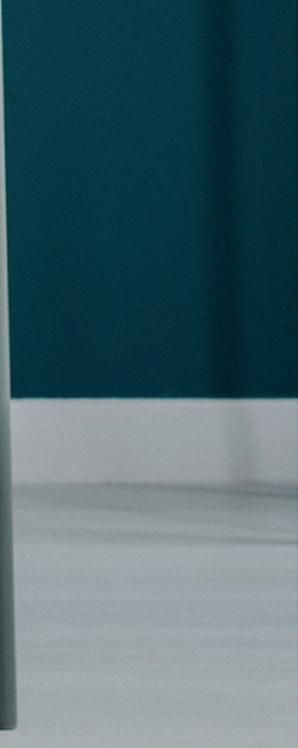

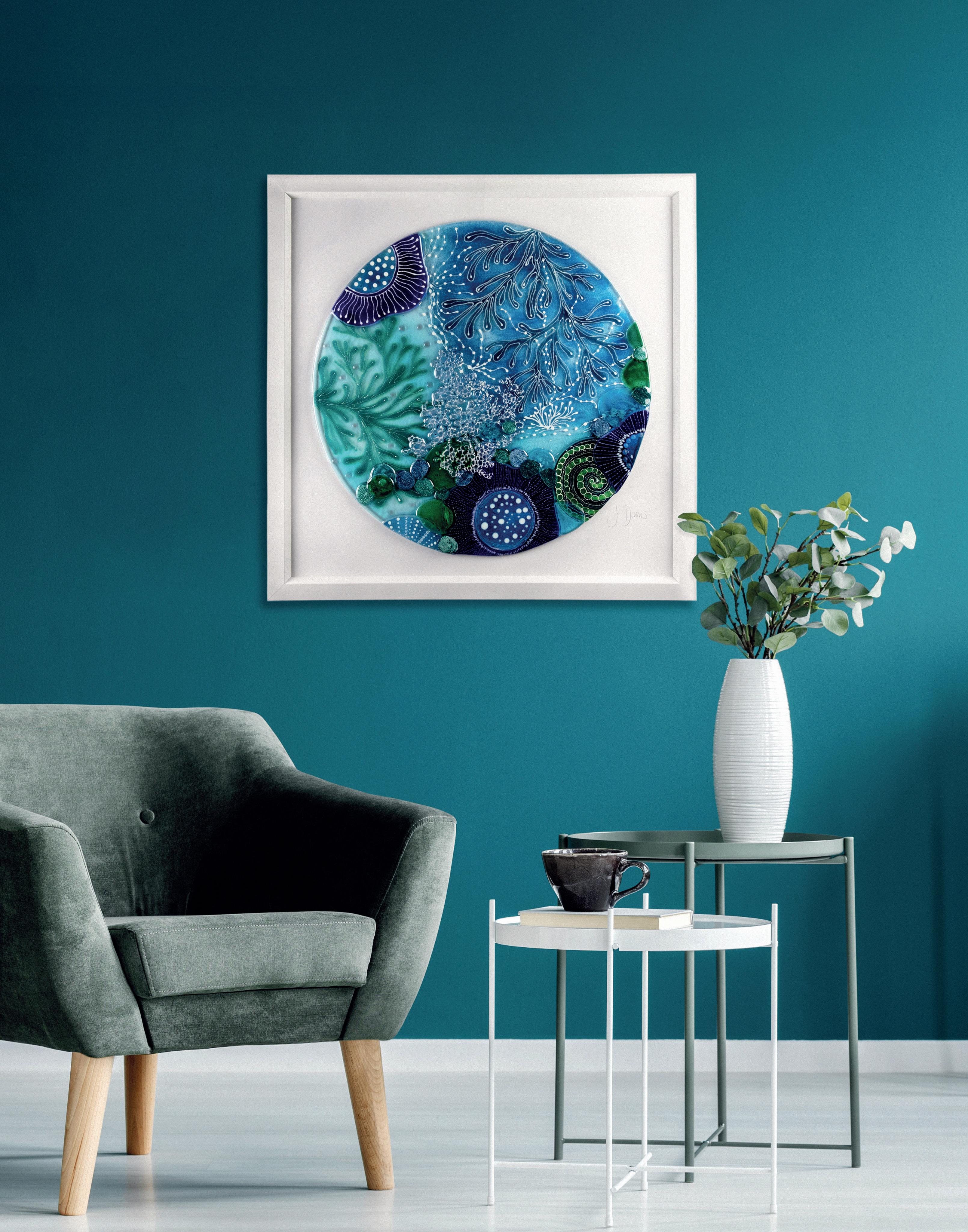
Sometimes, making the hardest choice produces the best results.
In the words of Robert Frost, ‘Two roads diverged in a wood, and I, I took the one less travelled by, And that has made all the difference.’ It’s not easy, in fact, sometimes it’s hard. But the point at which the path divides is one you’ve been heading towards for a long time. And although you may not recognise it at the time, the choice has already been made. You just needed something external to yourself to push you over the threshold. So it was with Jo Downs, both creatively and in terms of where her business was going next.
Let’s backtrack to a few months ago and several hundred miles away. Retreating to the hills of rural Spain, Jo discovered something she hadn’t experienced for years – uninterrupted creative flow. Away from the pressures of running a thriving glass business, she found herself returning to the raw experimental spirit that first drew her to the medium three decades ago.
The pieces that emerged from those weeks of solitude would become some of her most celebrated work yet, some of them selling before they could even be properly photographed.

Jo has spent over 30 years perfecting her craft, developing techniques that blur the boundaries between drawing and glass forming. Her latest Signature Collection represents a leap in complexity, incorporating what she describes as ‘almost like a collage’ of different processes. Using a needle-tipped pen loaded with specially mixed enamels, she draws directly onto glass surfaces, creating lines that blur and bleed during the firing process like watercolours meeting paper. The organic unpredictability of these reactions mirrors the Cornish coastline that has been one of her inspirations from the outset. Juxtaposing solidity with erosion, it took her on a journey back to her creative roots, allowing her to recognise the inspiration
behind her work in new ways, even though it was happening thousands of miles away. In some way, this is no surprise. It’s well documented that human creativity thrives in a state of absence, when separation from the thing you love gives you space to see it afresh and appreciate it as you did at the beginning.
The technical mastery required for these pieces demands patience that commercial pressures rarely allow. Lack of time and guilt combine to cull the creative urge. In this case, each work involved multiple processes spread across days, with elements created separately before being assembled into complex, textured compositions. The results are three-dimensional narratives that invite engagement, their surfaces ranging from smooth curves to deliberately sharp edges that have left their maker’s hands permanently scarred. As Jo wryly observes, she could measure her expertise in cuts rather than hours, having long since surpassed the holy grail of the 10,000hour threshold for mastery.
This commitment to pushing boundaries creatively, miraculously, became a transferable resource. Last year proved to be challenging –the dark clouds of rising overheads were looming over the business she had built from her bedroom decades earlier. Rent increases, soaring energy costs and broader economic pressures created an unbalanced equation that was not sustainable via the existing model. The mathematics pointed to an undeniable choice – expand or contract.
The decision to open galleries in Truro and Dartmouth represented more than business expansion; it was a survival strategy born of necessity. While advisors counselled caution, Jo recognised that shrinking wasn’t an option. The Truro venture, initially a three-month trial, exceeded all expectations and became permanent.
Dartmouth, suggested years earlier by her father, who remembered the town’s appreciation for fine craftsmanship, proved equally successful.
These business challenges pushed Jo to confront fundamental questions about her role within the company. The creative passion that launched her career sometimes clashed with administrative demands, leading to periods of overwhelming pressure. The solution came through recognising that delegation and letting the reins loosen were the answer. This restructuring allowed Jo to spend more time doing what she was good at – creating.
The master classes she runs reflect this philosophy of experimentation over rigid instruction. Drawing from decades of learning through trial and error, she encourages students to embrace uncertainty and discover possibilities through play. Her approach stems from entering the field when glass fusing was far less documented than today, forcing her to develop knowledge through pure experimentation. This methodology, born out of necessity, has become her greatest strength.
The Spanish retreat represented the culmination of this journey back to creative fundamentals. In a small mountain village, working with a modest kiln, Jo rediscovered the joy of following ideas to their natural conclusion without deadline pressure. The resulting pieces, with their complex layering and textured surfaces, represent her sketches translated into three-dimensional form. They disappear from galleries as quickly as they’re created, with buyers vying for pieces they’ve seen in brief television coverage.
Recent appearances on BBC Spotlight, originally covering economic challenges facing creative businesses, inadvertently showcased work


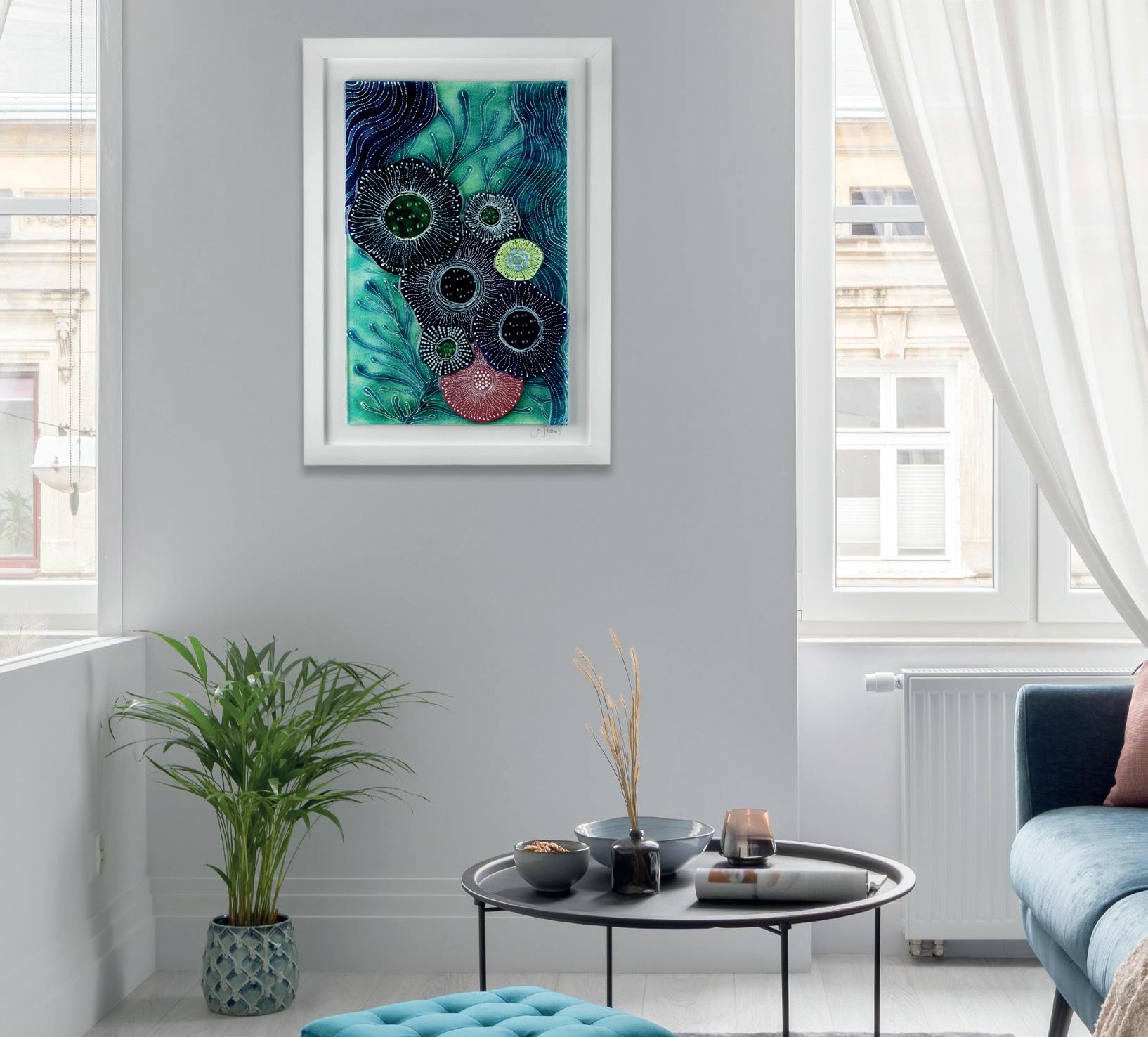




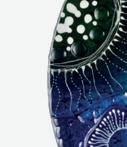


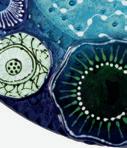









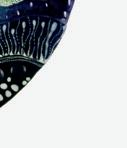



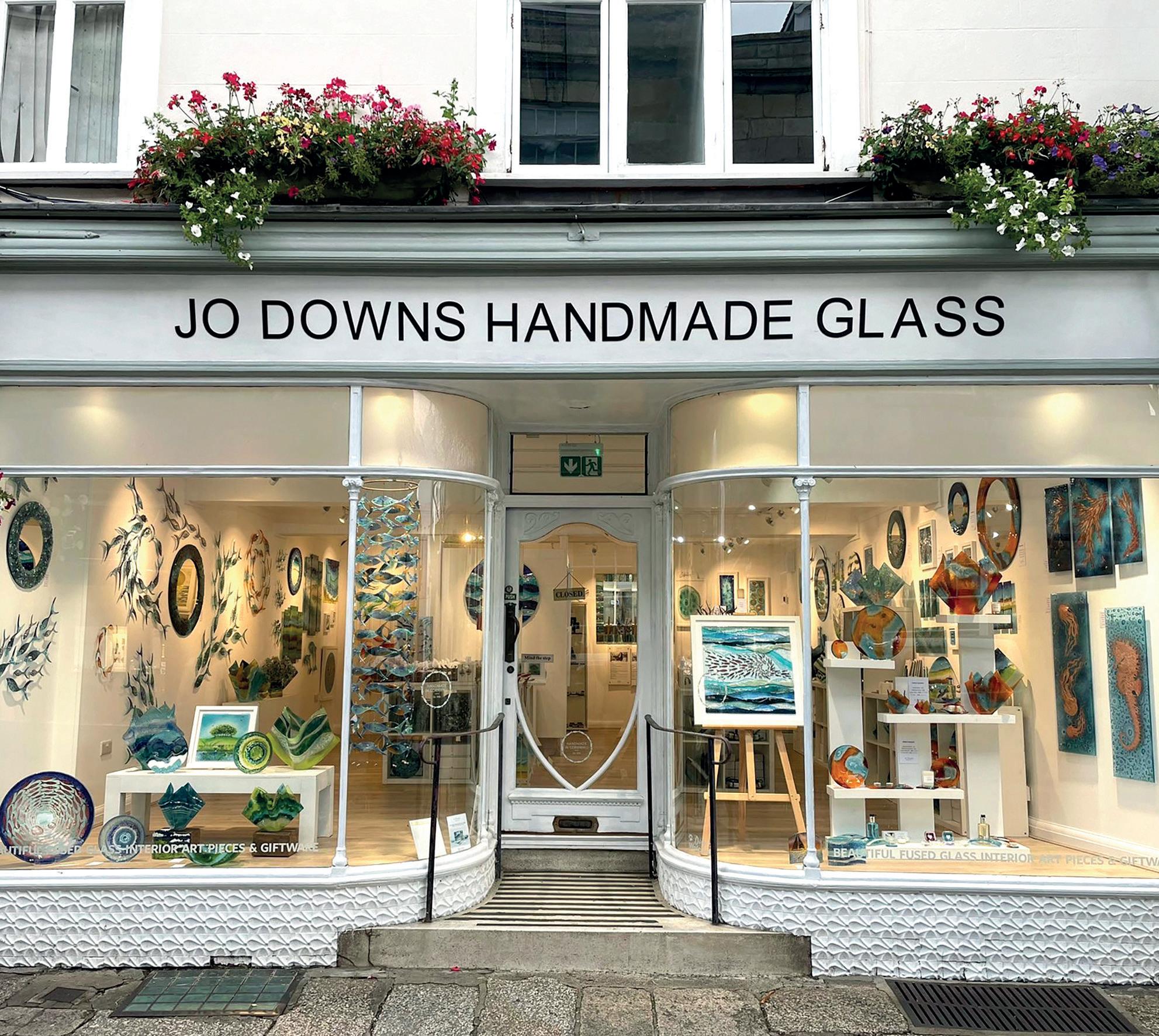
that sold within hours of broadcast. In fact, the recently held Royal Cornwall Show drew visitors to her stand, who recognised her from television, demonstrating how craft excellence cuts through media noise to reach its intended audience.
The expansion beyond Cornwall’s borders reflects broader strategic thinking. Although the county provided the foundation for success, growth demanded new audiences. Dartmouth’s artistic community and tourist demographic proved ideal, while the Sunningdale Gallery – which runs regular special workshops – was an opportunity for Jo to showcase her work to a wider audience.
This geographic expansion mirrors the evolution in Jo’s artistic practice. The techniques developed in Spanish solitude are now being refined in Cornwall’s more substantial kilns, allowing for larger, more ambitious pieces. The marriage of intimate scale experimentation with production capability represents the maturation of both artist and business owner.
transformed, carrying traces of its maker’s touch and the environment that shaped it.
Looking ahead, Jo continues to balance creative exploration with business responsibility. The Spanish retreats will continue, providing essential space for the experimentation that feeds her artistic development. The galleries provide platforms for sharing discoveries, while the master classes ensure knowledge passes to the next generation of glass artists. It’s a model built on sustainable creativity rather than endless expansion.
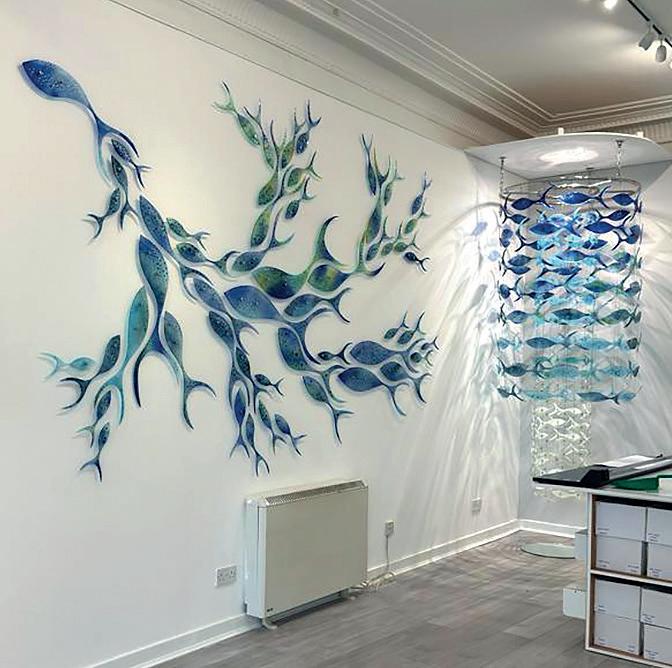
The story of Jo Downs illustrates how traditional craft can thrive in contemporary markets through authentic innovation. Her success stems not from following trends but from deepening expertise, pushing boundaries whilst maintaining an unwavering commitment to quality. In an era of mass production, handmade objects that carry their maker’s original intent beneath their surface offer something irreplaceable: the human touch that transforms raw material into art.
The physical demands of her craft remain unchanged. Glass edges draw blood daily, leaving permanent reminders of creative dedication etched into scarred hands. ‘You can tell a person’s trade via their hands’ holds true. Yet this tactile relationship with material remains central to work that celebrates texture, light and the unpredictable beauty of controlled accidents. Each piece emerges from fire fundamentally
From bedroom studio to multi-site operation, Jo’s journey proves that creative businesses can weather storms by being bold and not straying from the original reason the journey began. Yes, you adapt along the way, but if you’ve come this far, the bridges behind you are gone. There is no going back. The glass may blur and flow in the kiln’s heat, but the vision behind it stays clear.
jodowns.com
Sunningdale Gallery




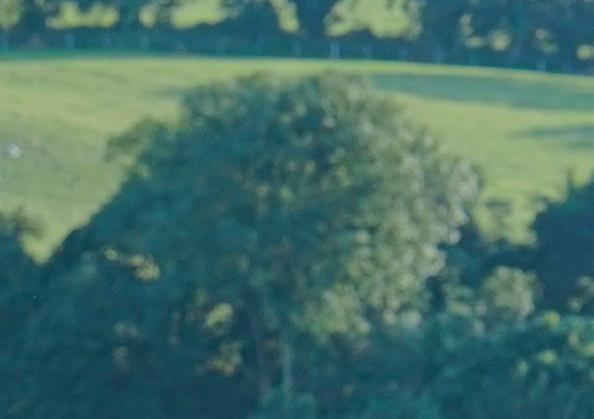



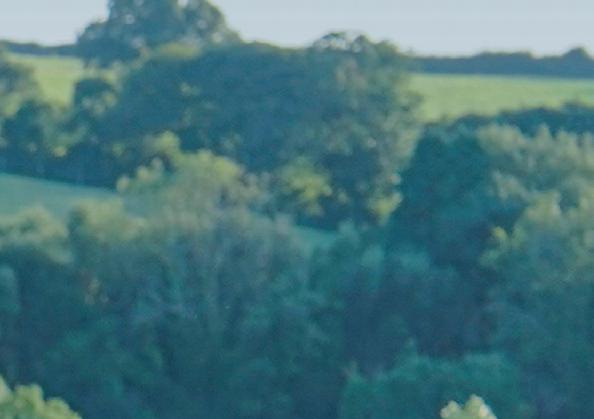




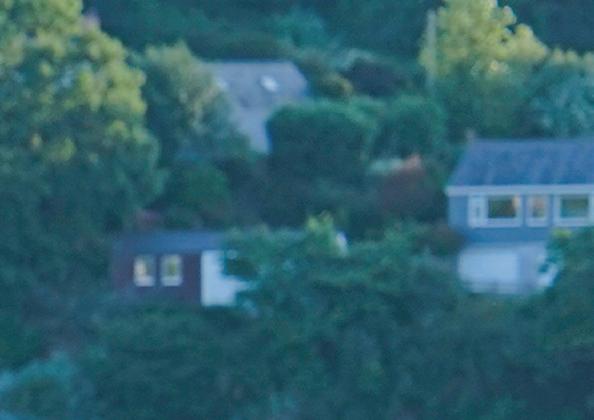
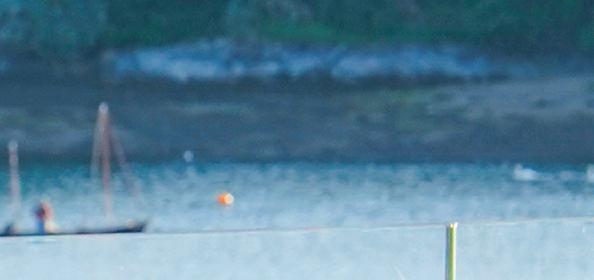
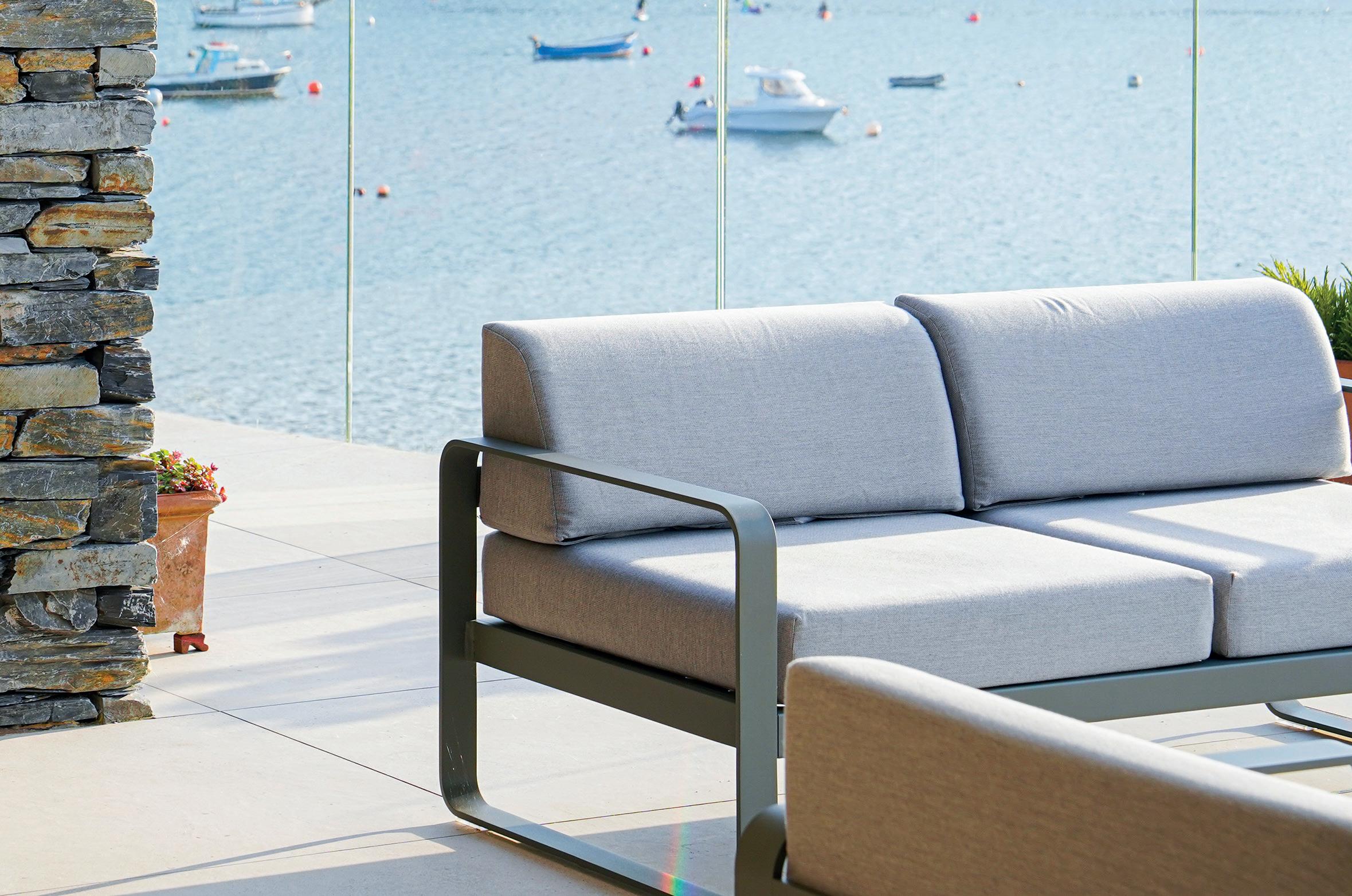
Enhancing the lived experience, while respecting the environment, lies at the heart of CSA Architects’ approach.
Home is where life happens; a place where families grow and memories are made. In this sense, architecture is not merely the art of designing a property, it’s about creating beautiful yet functional buildings that work for the people who use them. As a design-led RIBA Chartered Practice with over 35 years of experience, CSA Architects sets great store by not only designing sustainable, robust buildings that respect the Cornish environment, but also by the fact that said buildings should delight and inspire. One of CSA Architects’ latest projects, which boasts an enviable position on the banks of Restronguet Creek near Truro, is testament to its ethos.
CSA Architects were approached to create a family home on a steeply sloping site that would make the most of its beautiful views across Restronguet Creek. The design needed to be visually sensitive to sit comfortably in the National Landscape (formerly AONB) whilst maximising the views and the useable amenity
space. Penlowen is an expression of contemporary coastal living – its toes-in-the-water position gives uninterrupted views across the creek accompanied by a soundtrack of chinking boat halyards and voices from The Pandora Inn drifting across the water – and CSA Architects were very adept in capturing that lifestyle in its design.
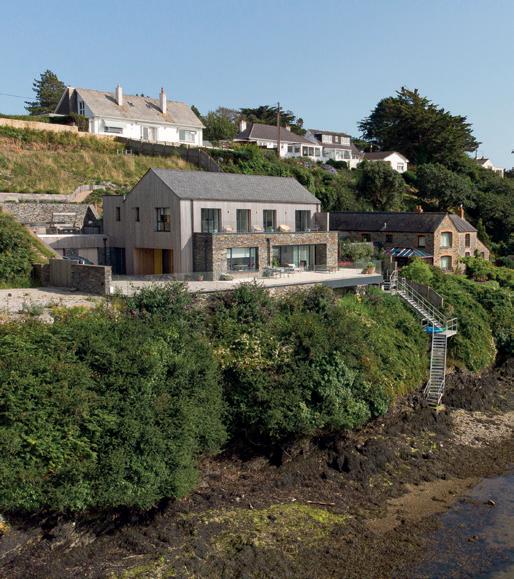
Director Dan Meek shares how his initial impressions of the site influenced the overall design process: “It’s impossible not to be inspired by such a beautiful place. The design concept was simply to respond to, and make the most of the location. By adopting this approach, the resulting building can be contemporary yet rooted in its surroundings. The two do not need to be opposed.”
It’s clear that the landscape played a foundational role in this project and early thinking around the site’s natural elements guided the architectural approach. A landscape architect was involved at the very start from the first sketch layouts which is not unusual at CSA
Architects as landscape-led projects are at the core of their bespoke design responses. One of the key design aims with Penlowen was to ensure a positive connection with the surrounding landscape, the water, and the sloping garden.
CSA Architects’ reputation for high quality architecture has been developed over decades and not least due to their considered approach to the planning process. With regard to this, Dan says that communication is key. “While supporting documents are essential, nothing beats talking to people so they can understand the proposals and how they respond to the specific place and surroundings. We took the time to speak with neighbours, parish councillors and the planning department to make sure we could explain the design ethos, but also respond to any concerns people might have had. We see this as a further opportunity to make our buildings the very best they can be.”
Having a highly skilled project team was also essential in achieving a quality and cohesive build. “Working with local consultants over many years, we have extensive knowledge of what it takes to design and build in Cornwall and we’ve all worked on sloping sites by the water which bring their own unique challenges!” adds Dan.
Cornwall’s terrain and planning landscape are famously demanding and so some key strategies were needed so that CSA Architects could respond to both the technical and aesthetic challenges of the site. The choice of materials for the build was particularly thoughtful, ensuring they responded appropriately to both setting and longevity. Designing for such a steep, tightly constrained site in a National Landscape brought unique
complexities, which CSA Architects had to navigate both creatively and technically. The approach was to use simple and refined building forms, combining natural stone, timber cladding and slate roofing that settle well into the sloping landscape. Stepping down the slope, these forms create a terrace for the upper floor bedrooms and study, and the generous cantilevered terrace to the ground floor living spaces. By aligning the building with the contours of the landform, all the living spaces, the bedrooms and the study have spectacular views which also maximises natural light and, on the ground floor, full height sliding doors open onto the terrace.
The immediate relationship with the water shaped many of the design decisions as Dan explains: “Due to the steeply sloping site and the location of the access lane, the house had to be positioned next to the water. The design of a cantilevered terrace in front of the house allows movement out over the creek, while a glass balustrade creates a seamless connection to the water and landscape beyond, offering uninterrupted views.” Interior and exterior materiality are tightly interwoven in this project, supporting the home’s character and cohesion.
“The most striking example for me,” says Dan, “is the tone of the stone floor which extends from the living space to the terrace and how this works perfectly with the water beyond.”
Sustainability guided every stage of the design and construction, from energy efficiency to site impact, resulting in a low-energy, highperformance building. Dan explains further: “We followed a fabric-first approach to reduce heat loss, and we installed a ground source heat pump and mechanical ventilation heat recovery to further improve the building’s efficiency and sustainability.”
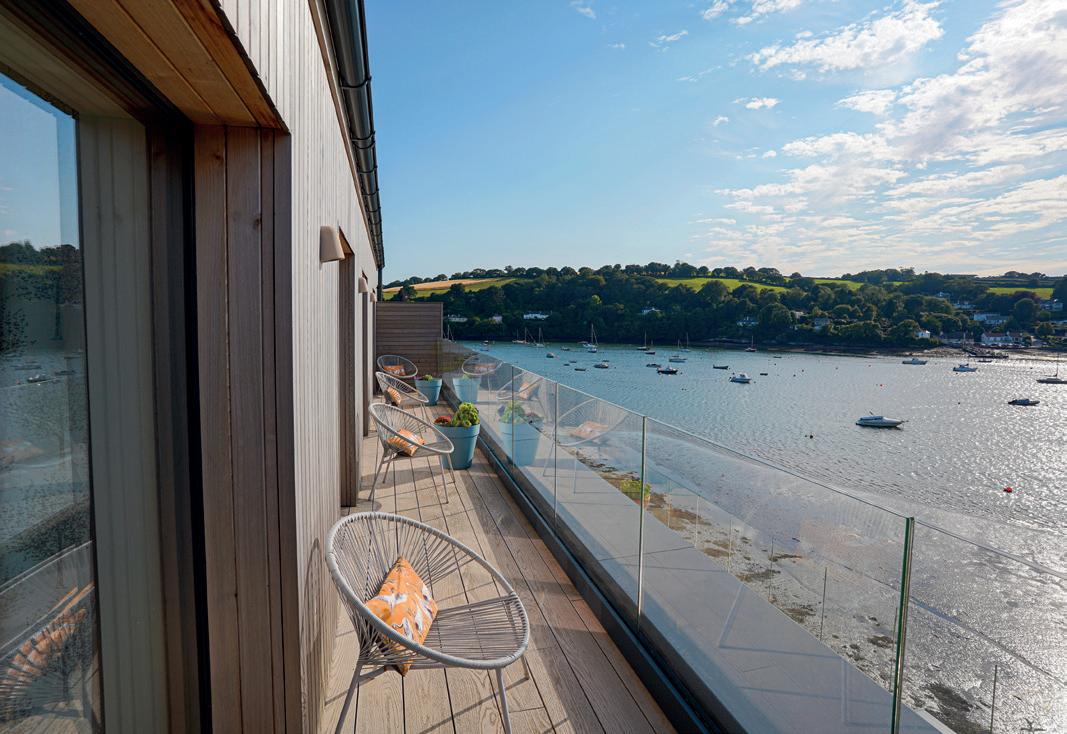

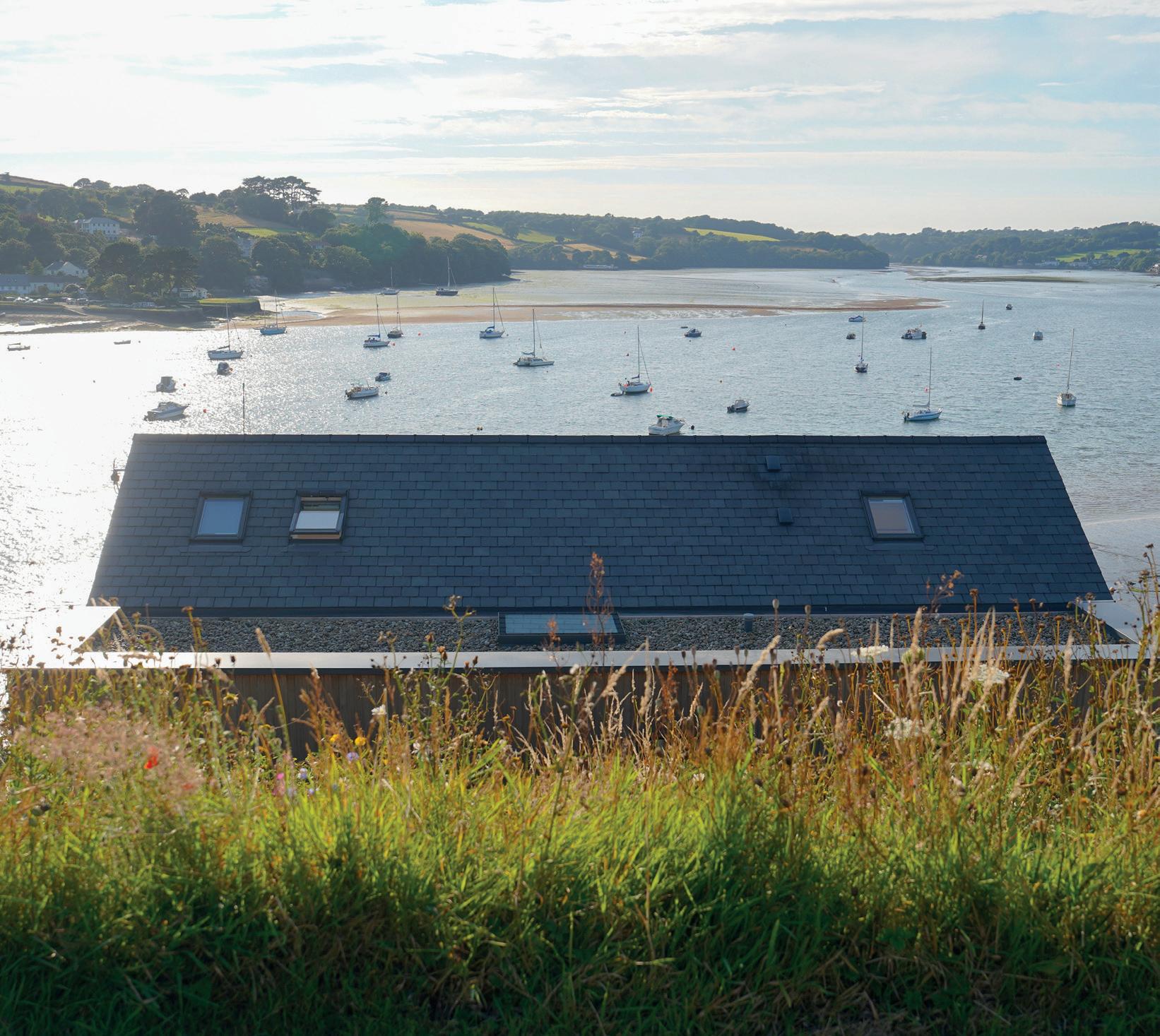
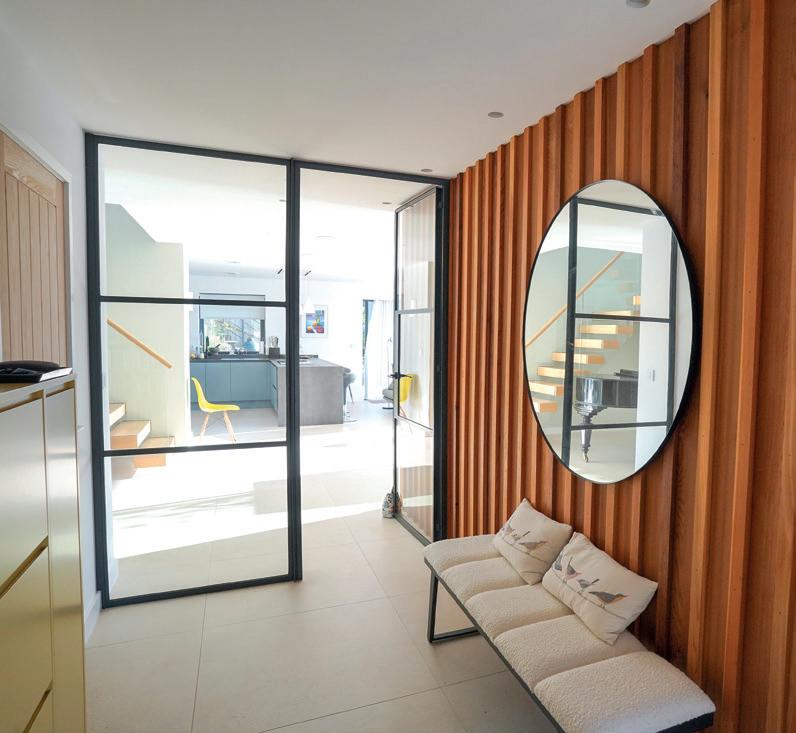
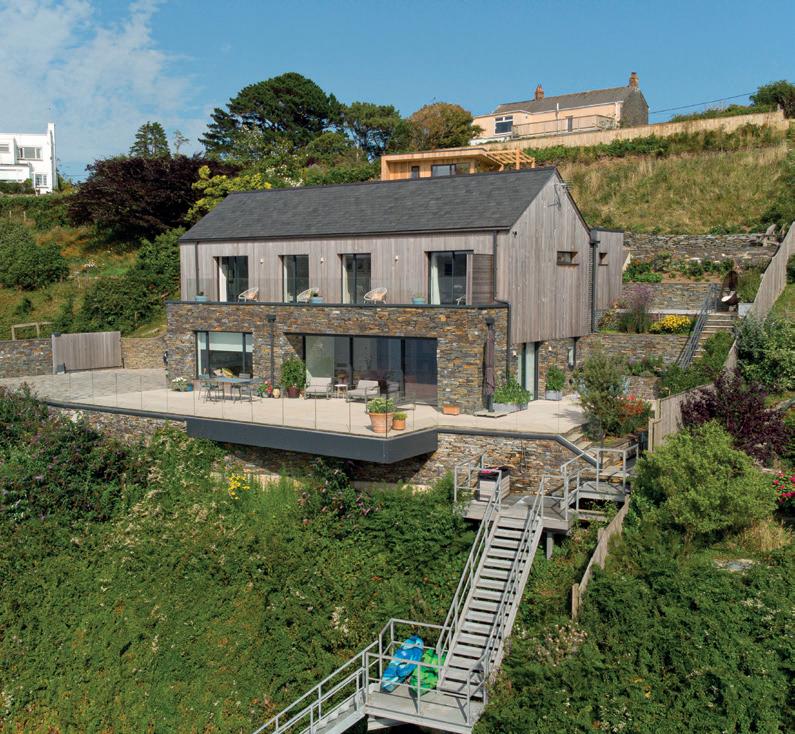
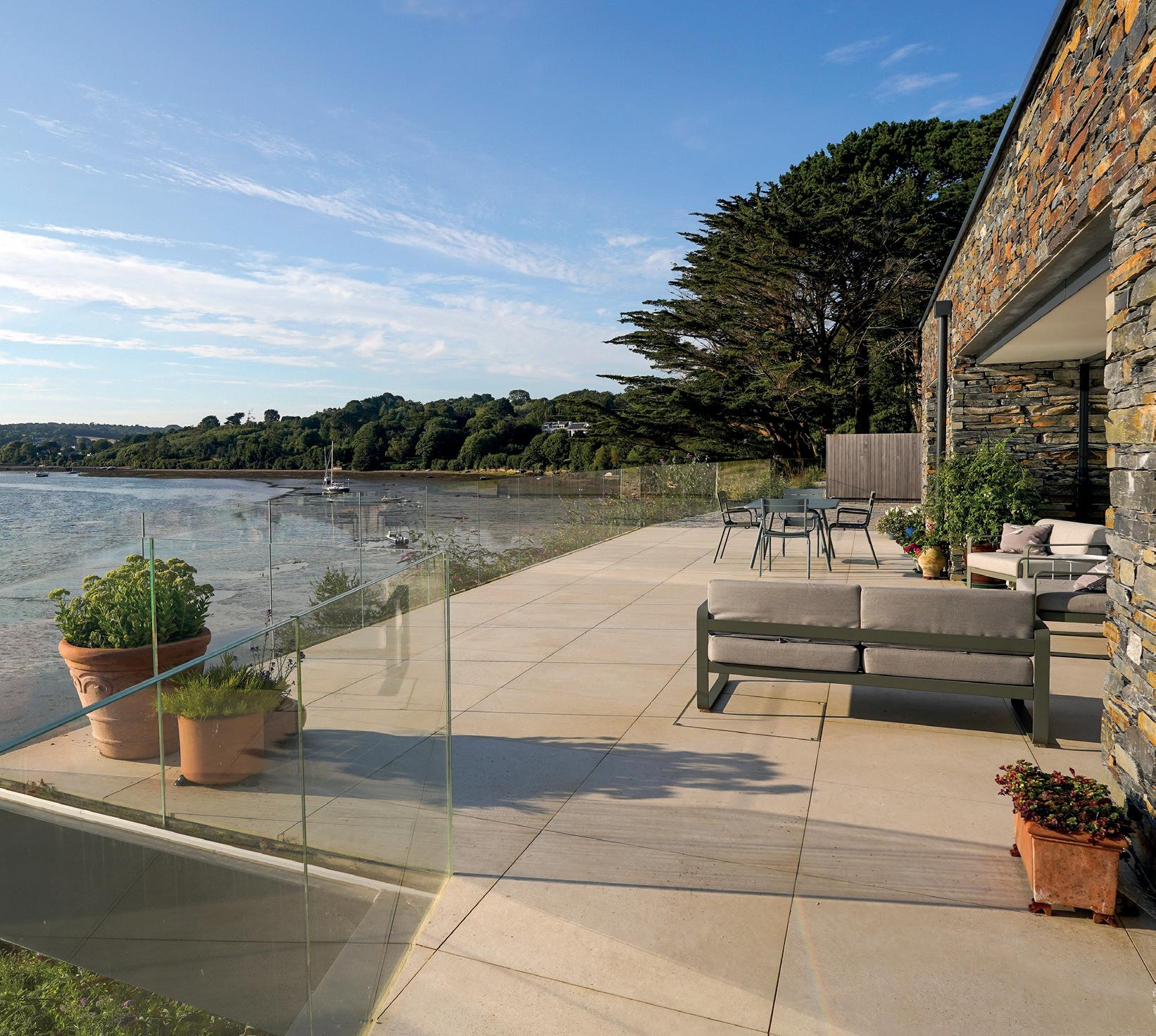
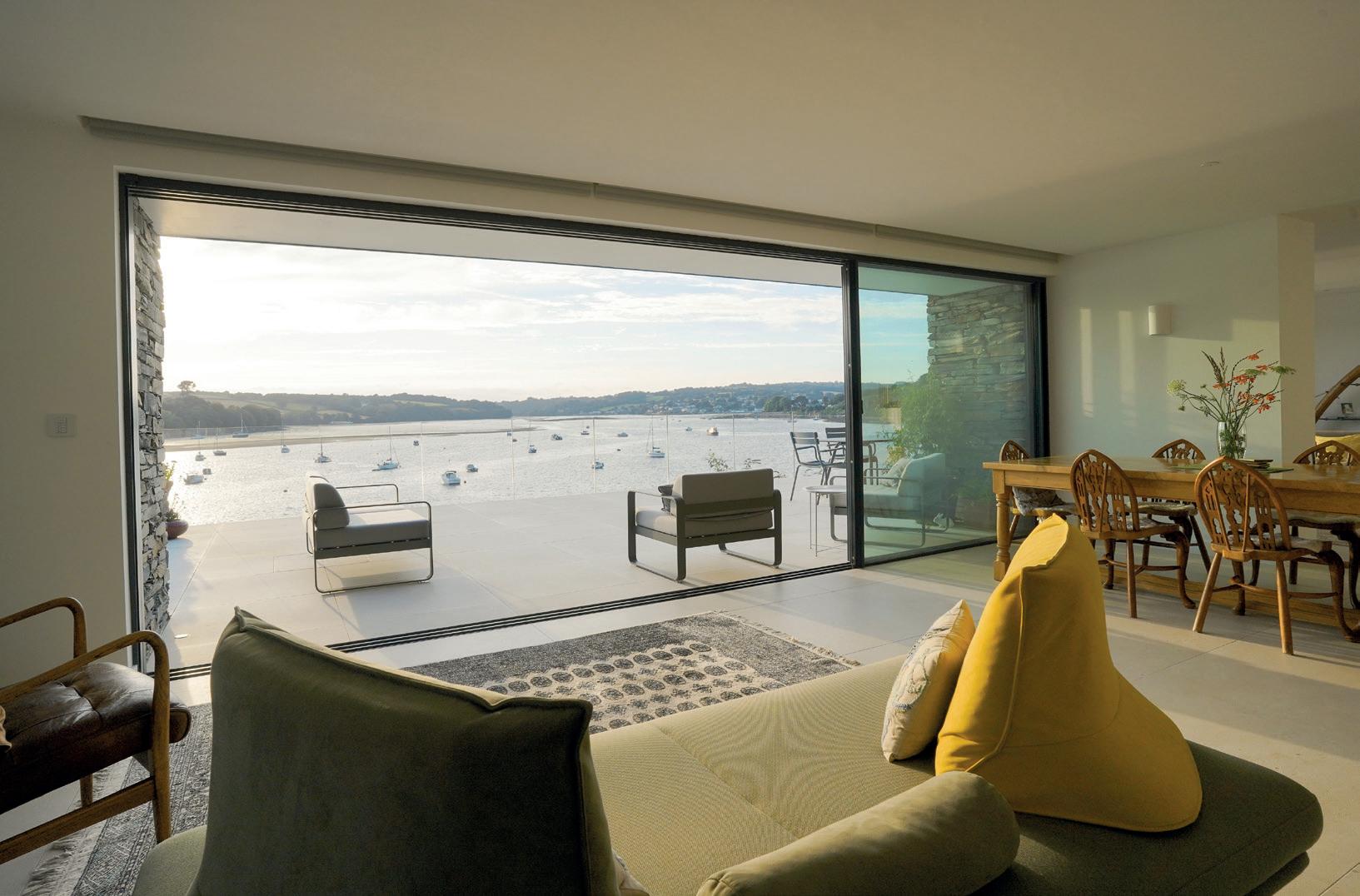
“This project has really helped develop CSA Architects’ approach to sustainable development. We care about the environmental impact that our projects have, whether we are designing a Passivhaus certified one-off dwelling, a large residential development or a small domestic extension. By default, we specify lower embodied carbon materials and sustainable technologies and, importantly, we incorporate early-stage design tools such as designPH for Sketchup and easyPH to develop designs that follow Passivhaus principles to reduce energy use and maximise comfort.”
Looking back from completion, Dan reflects on a favourite part of the building; the stone plinth
which creates a covered space that transitions well between the internal and external spaces: “I love the way this works from inside the living area, but also when looking back at the house across the water. When you compare the visual that we submitted to planning, and the final building, I feel it proves that our design strategy was correct. The owners have told us they love the building and have made it their home.”
CSA Architects provide full architectural services on a range of projects including private homes, residential developments and commercial and leisure projects.
csa-architects.co.uk
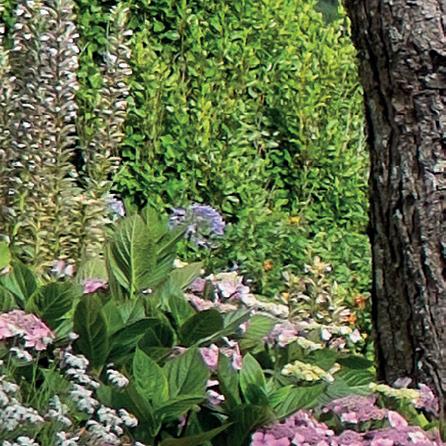

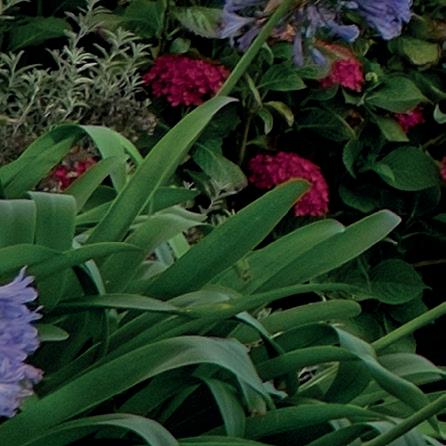
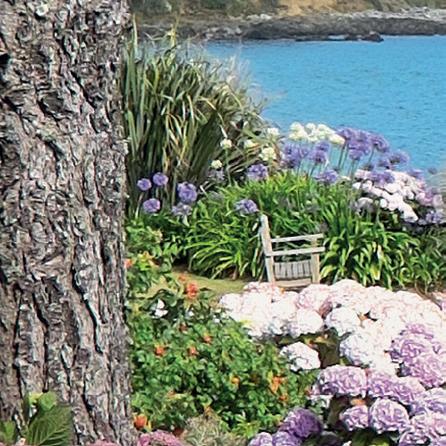
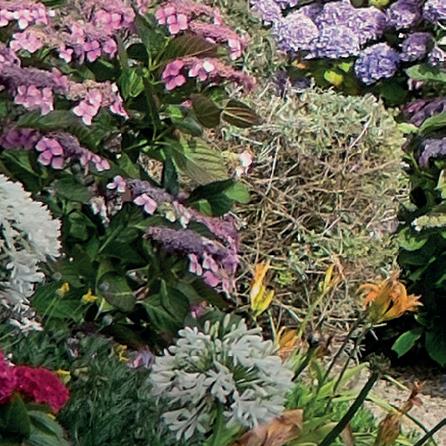
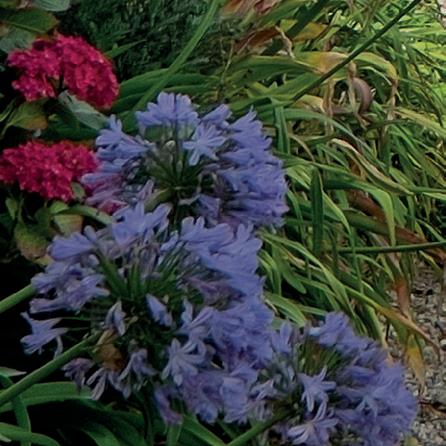
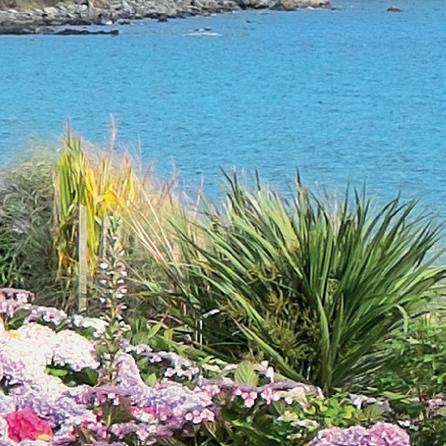
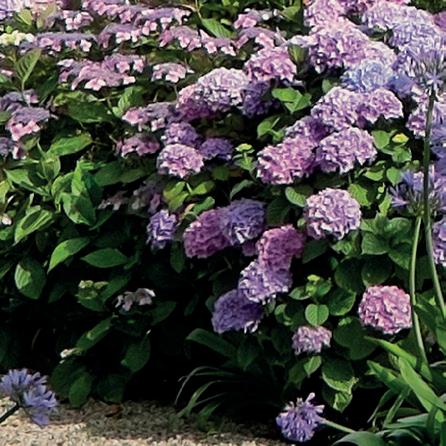

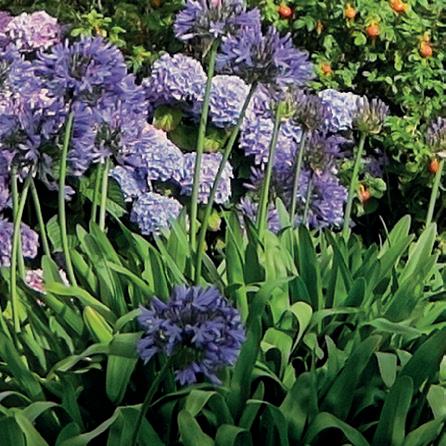
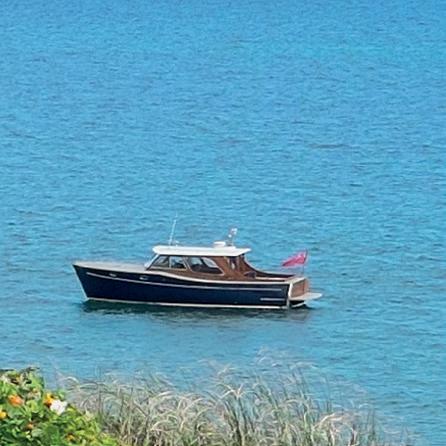
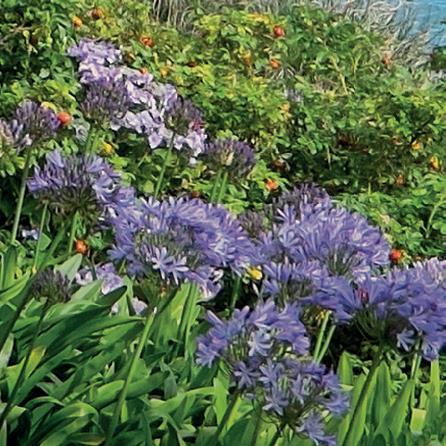
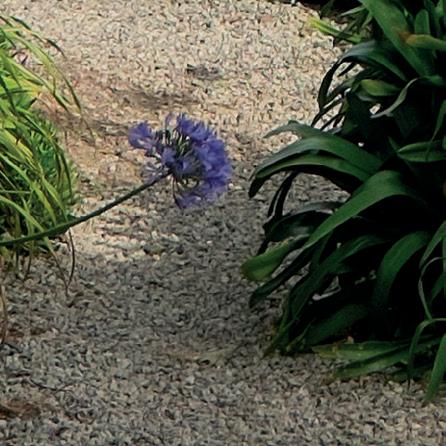
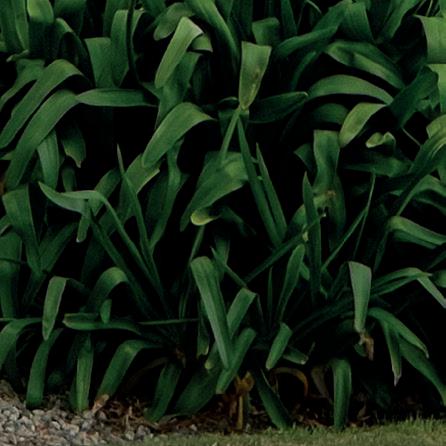

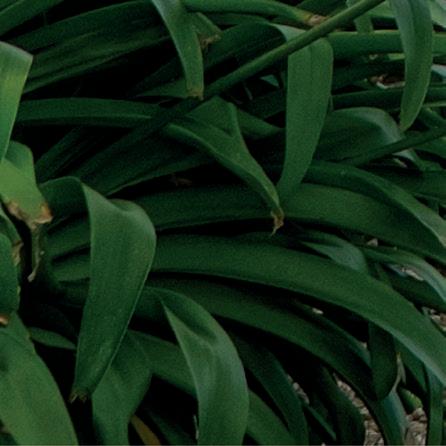
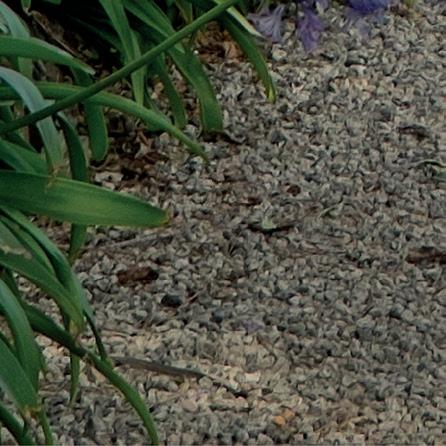
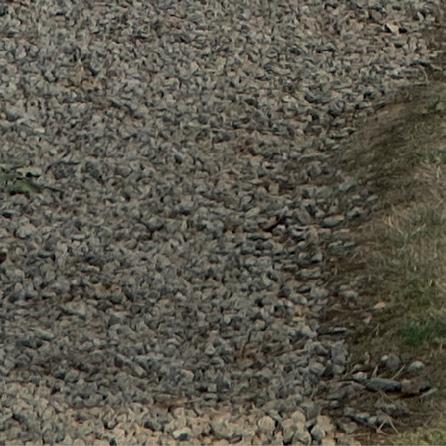
WORDS BY JAMIE CROCKER

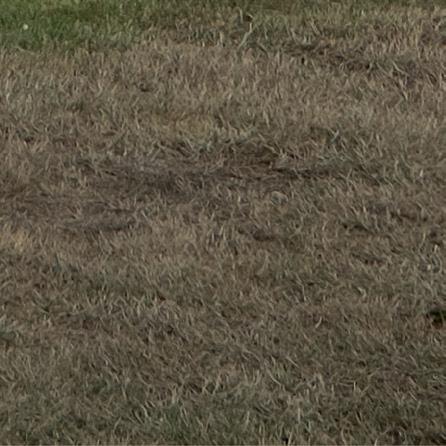

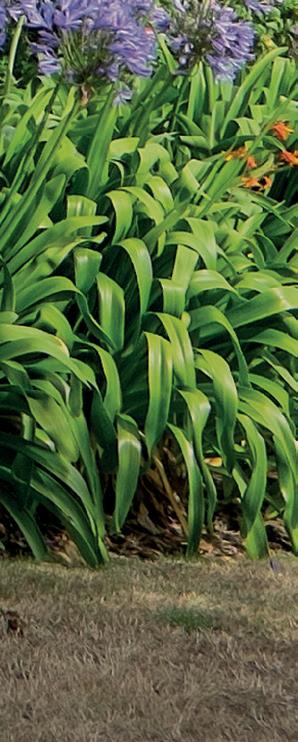
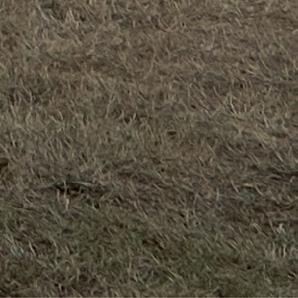
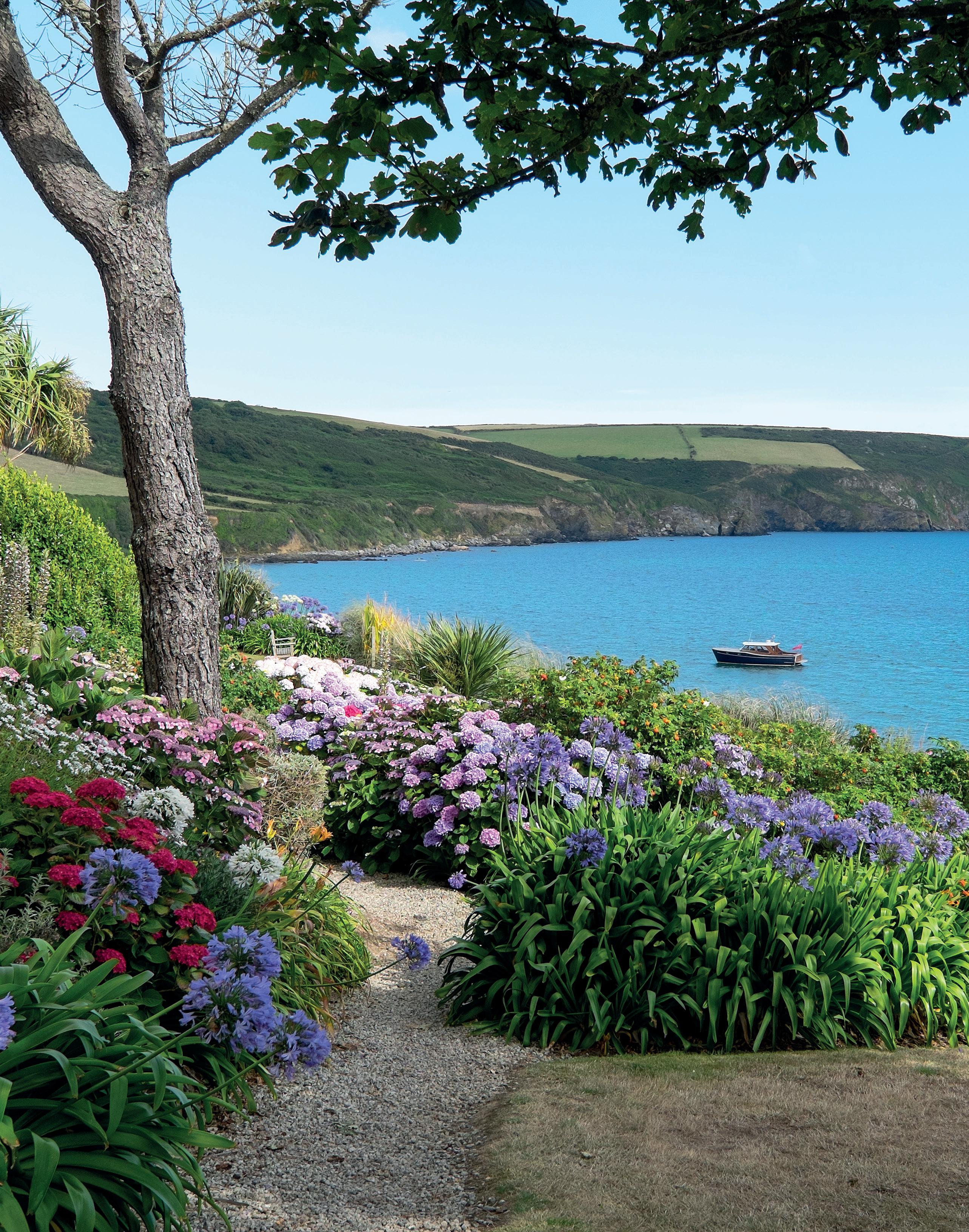
AWhen late summer warmth begins to mingle with the cooler days ahead.
s August takes its leave and September makes its entrance, The Nare Hotel continues to welcome guests in time-honoured fashion, exulting in its position above Carne Beach on Cornwall’s Roseland Peninsula. Days are still too long to justify battening down the hatches and drawing the curtains in late afternoon, offering guests the chance to make the most of the conditions for walking, swimming, or simply sitting outdoors. But the season is starting to turn. The sea breeze carries a cooler edge, and in the evenings, the hotel’s open fires are lit, providing an enticing end to the day.
The Nare, which is privately owned, has built a reputation over several decades for its traditional approach to hospitality. It is one of the few remaining hotels in Cornwall that maintains a full-service model: daily cream tea is included in the stay, the restaurant serves a four-course dinner each evening, and staff demonstrate how to be attentive but unintrusive in their service. It is a place where returning guests are common, and where first-time visitors often comment on how quickly the atmosphere puts them at ease.
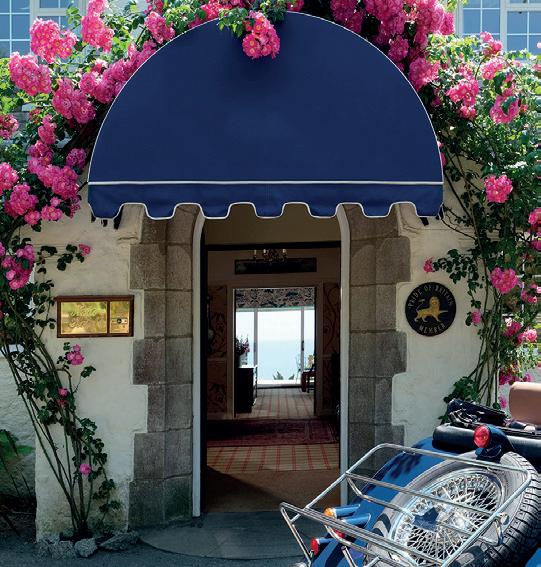
Throughout the hotel, the interiors reflect a traditional English style. There is wood panelling, antique furniture, classic oil paintings, and a sense of continuity in the way spaces are arranged and used. As the days draw in, the drawing room comes into its own – a place where guests linger by the fire to read, write, or share conversation. Others drift to the Wardroom lounge, where a newspaper and a drink await. Beyond the windows, Gerrans Bay stretches out towards Nare Point, ancient and constant.
Outside, the Roseland remains a strong draw. The hotel is located directly on the South West Coast Path, with access from the garden gate. Some guests choose short circular routes, while others set out for longer walks towards Portscatho or Portloe. Wellies are available to borrow from the boot room in a full range of sizes. For those who prefer to see the coast from the water, the hotel operates its own boat, the Alice Rose, available exclusively to guests. Excursions explore the Fal estuary and nearby coves, offering a practical and enjoyable way to see a different side of the landscape.
The Nare’s connection to the sea is reflected in the menu at The Quarterdeck Restaurant. Local seafood remains central, though the offer begins to shift in September as the kitchen responds to the season. The service is formal in structure but relaxed in delivery, in keeping with the overall character of the hotel.
Throughout late summer and early autumn, guest routines tend to follow the rhythm of the day. Mornings begin with walks or swims, afternoons may include a boat trip or time spent in the spa or hot tub, and by 4pm, guests return for traditional Cornish cream tea, served with freshly baked scones. During warmer weather, this takes place on the terrace; later in the season, it moves indoors to the comfort of the lounges. There is no need to book – it is part of the standard daily schedule, available to all guests.
Evenings at The Nare are deliberately unfussy. Dinner is unhurried, with several courses served throughout the evening. Afterwards, guests may return to the drawing room, have a nightcap in the bar, or head directly to bed. Staff remain on hand and there is no formal dress code, though many choose to dress smartly.
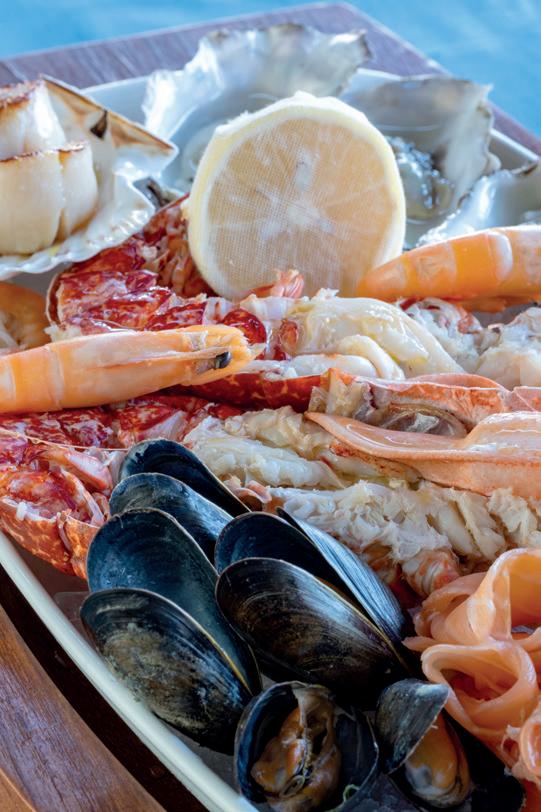
The hotel’s other services are equally straightforward. For those travelling long distances, a private door-to-door Range Rover chauffeur service can be arranged in advance. It is particularly useful for guests travelling from London or other parts of the country who would prefer not to drive themselves.
By late September, the pace slows further. The beach is quieter, the sea is cooler and the fires are lit earlier in the day. Walkers are still out there traversing the beach or pacing the paths, but clad in woollens and jackets – there is a sense that the busier summer weeks have passed. The hotel sits in the background, ready to welcome back its occupants, offering comfort and warmth.
For guests arriving at this time of year, it seems that it is the quiet consistency that draws them in. The Nare evolves with the seasons rather than embracing a wholesale shift in character. Menus adapt, activities align with the weather, whilst the service continues with its familiar rhythm.
narehotel.co.uk
Seafood at the Quarterdeck
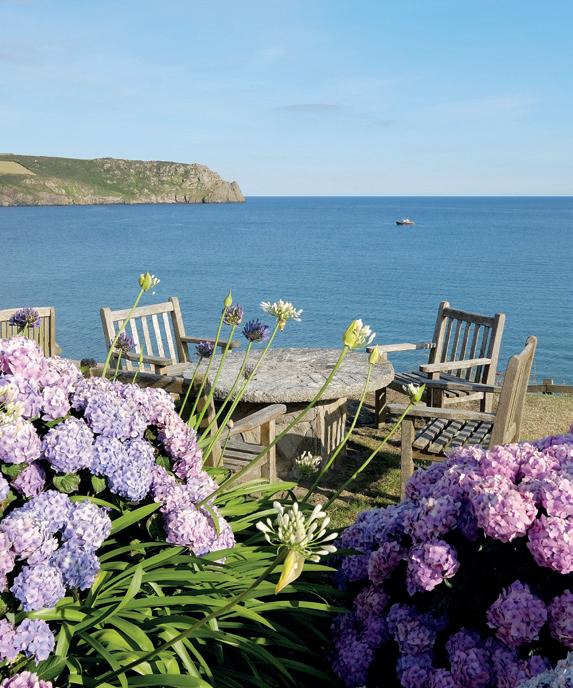
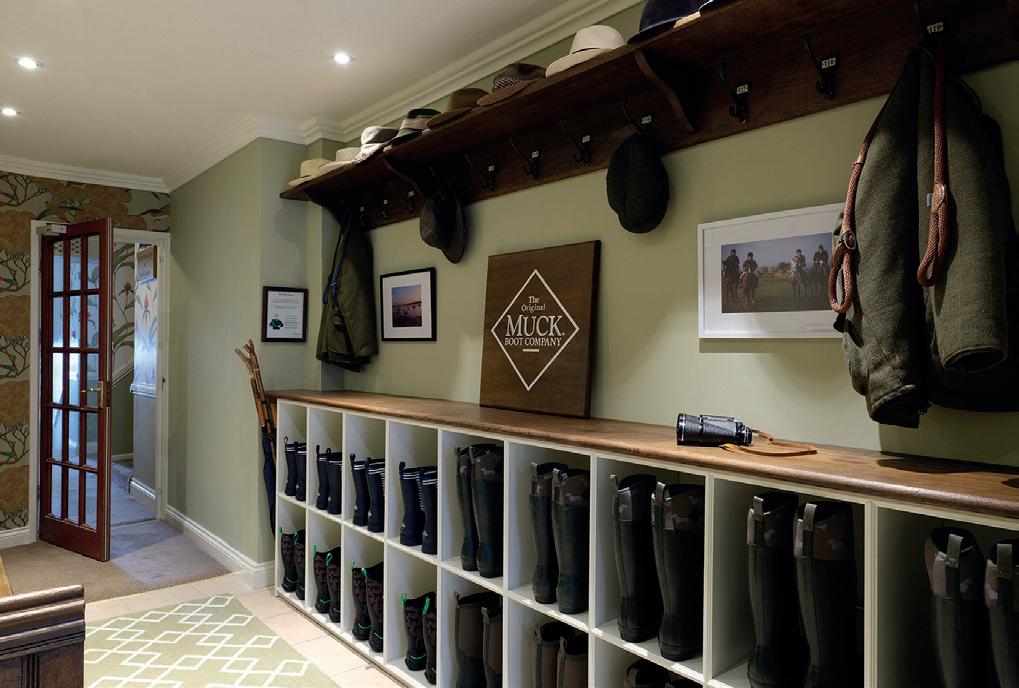
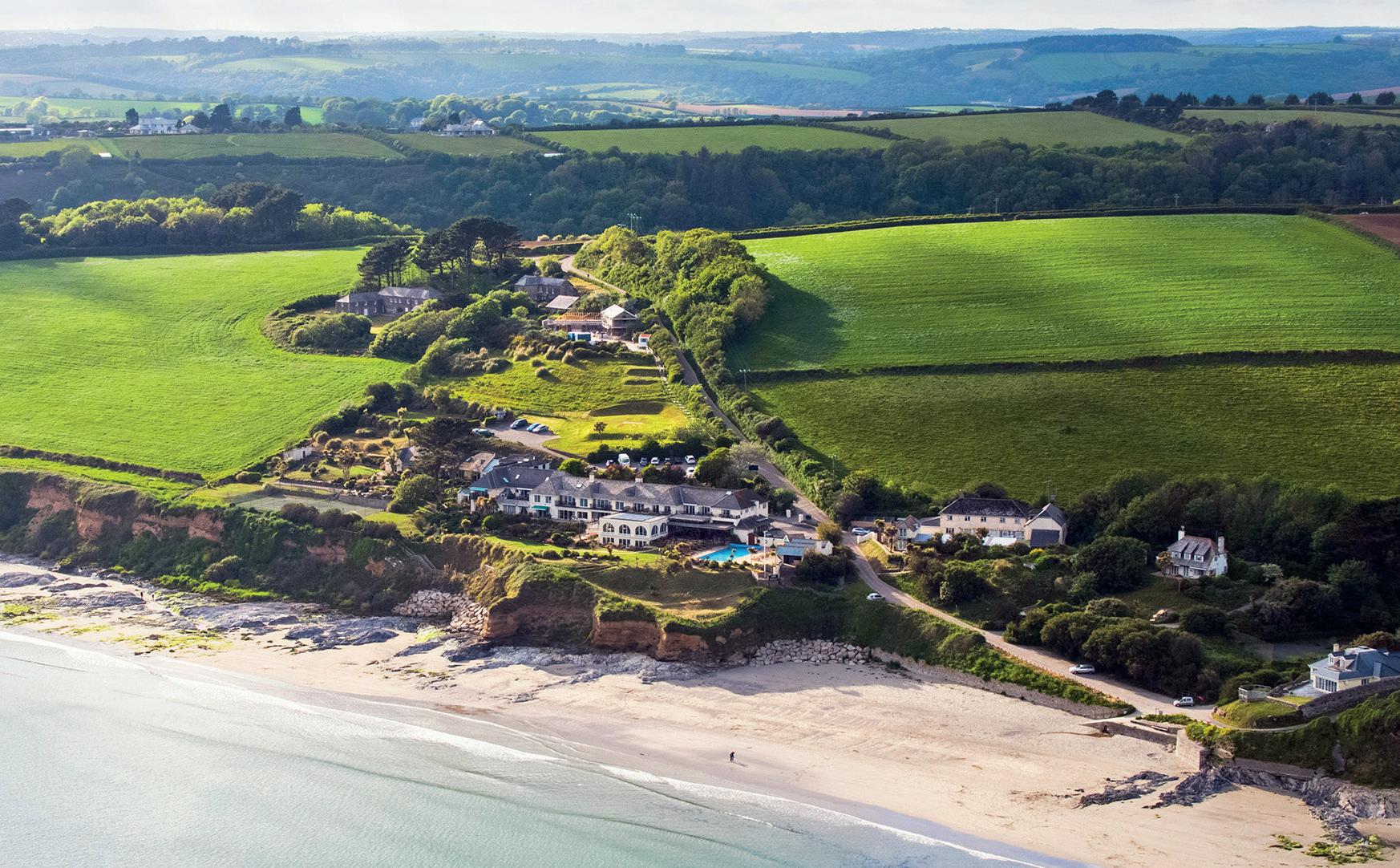
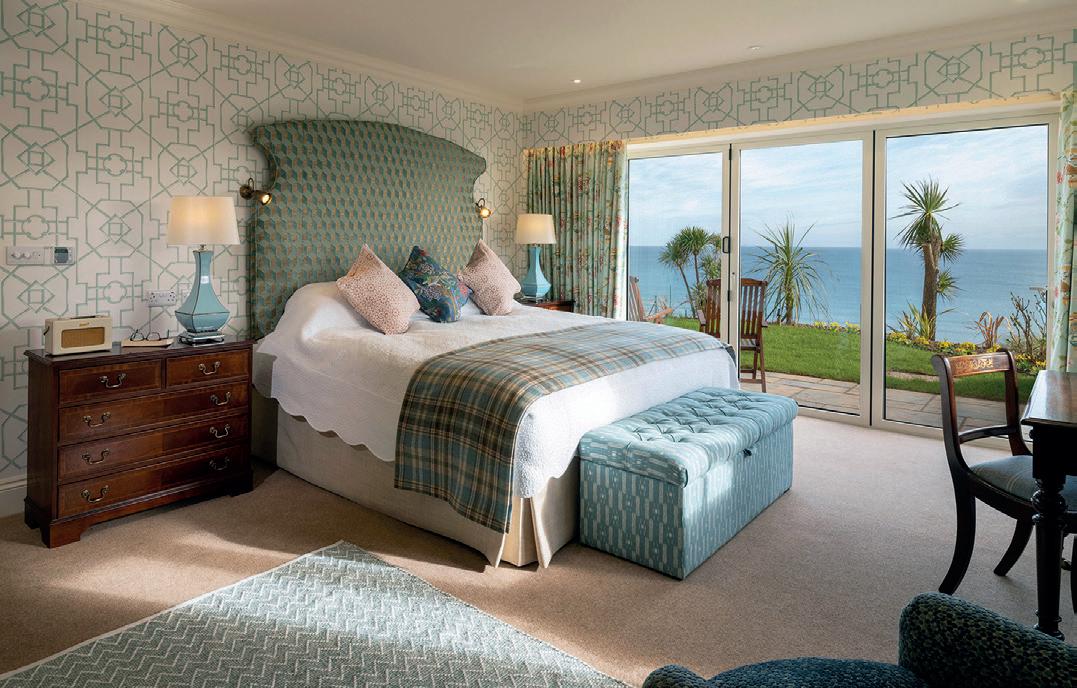

ABOVE Interiors that embrace the location

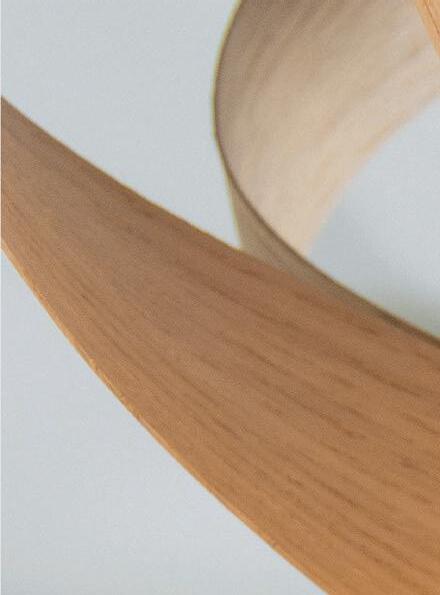


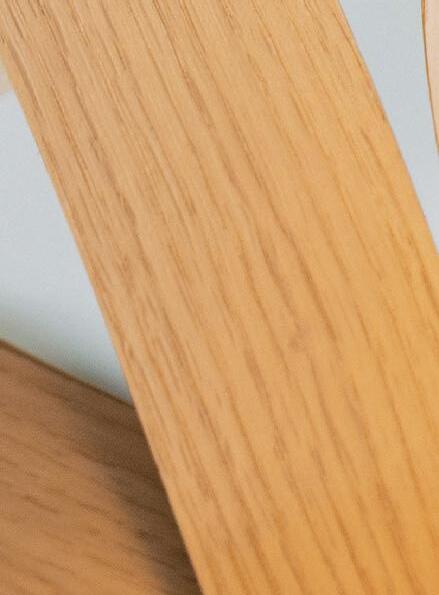
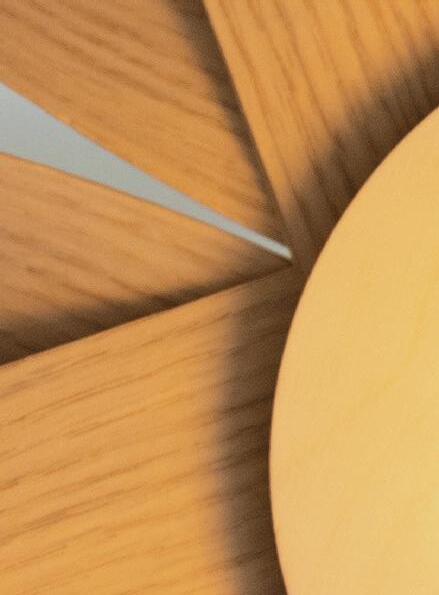

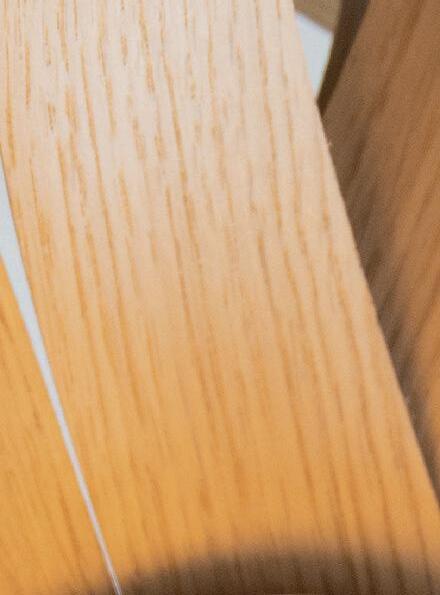


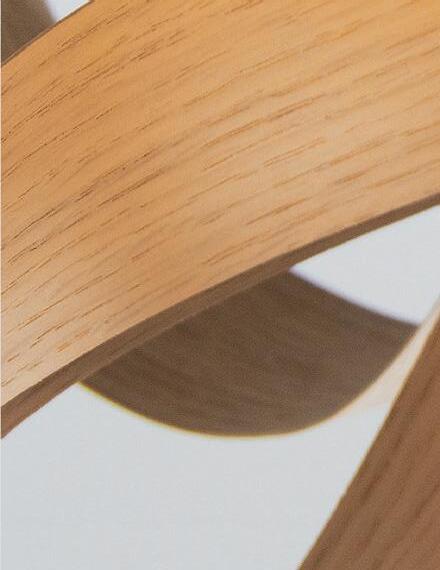
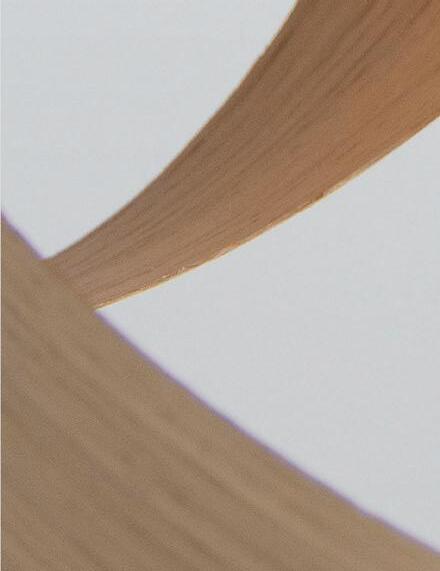

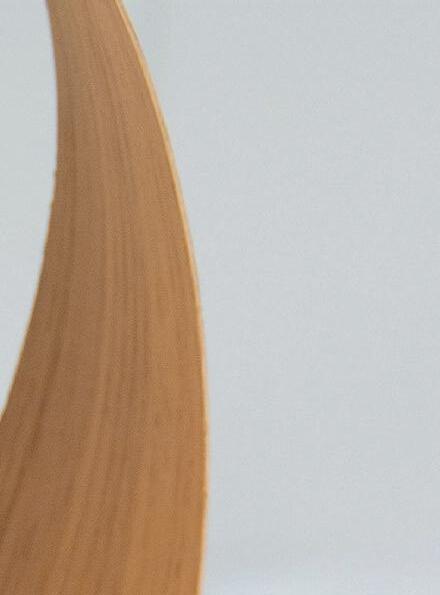
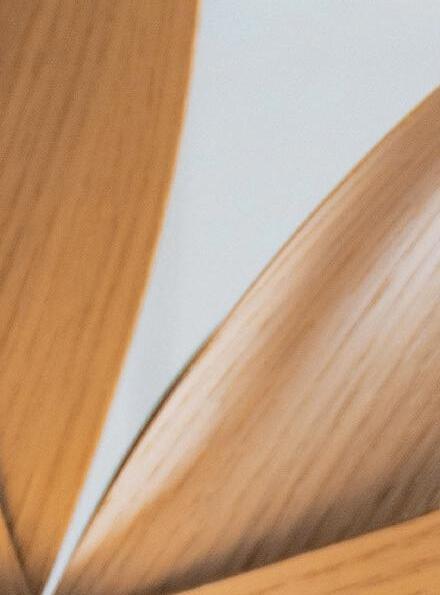
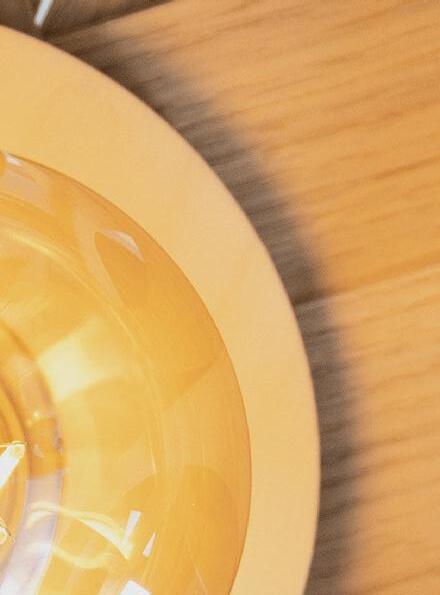
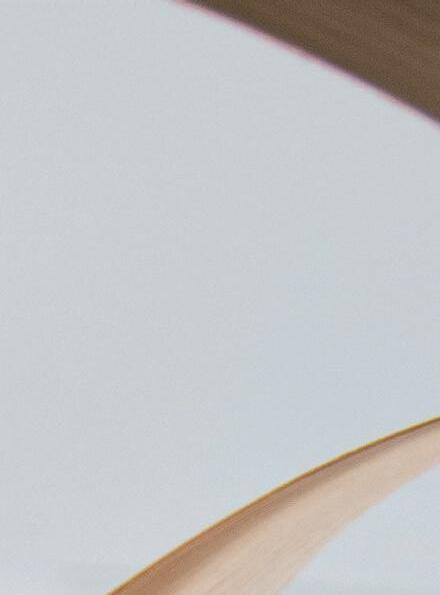
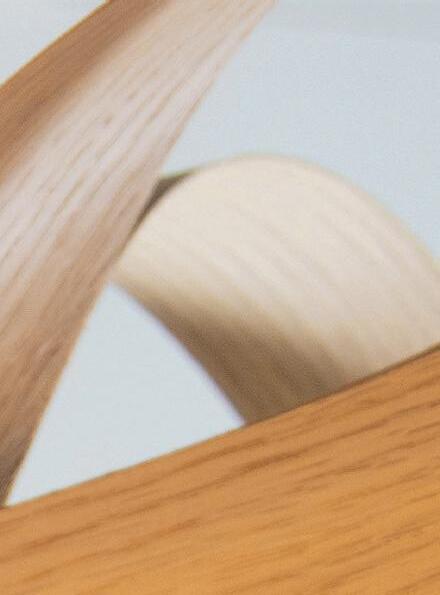
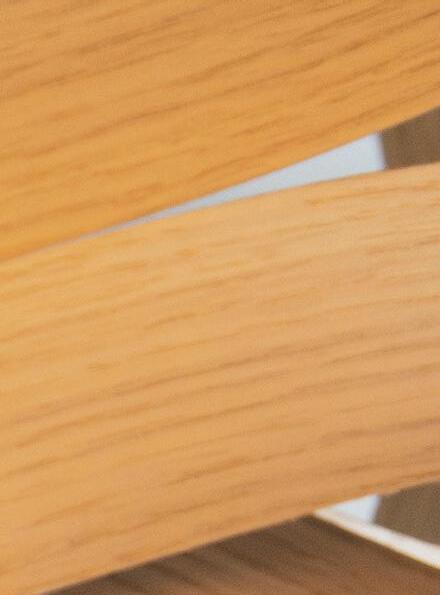

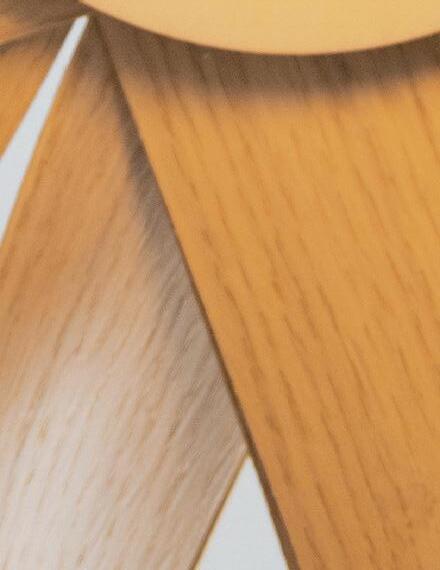
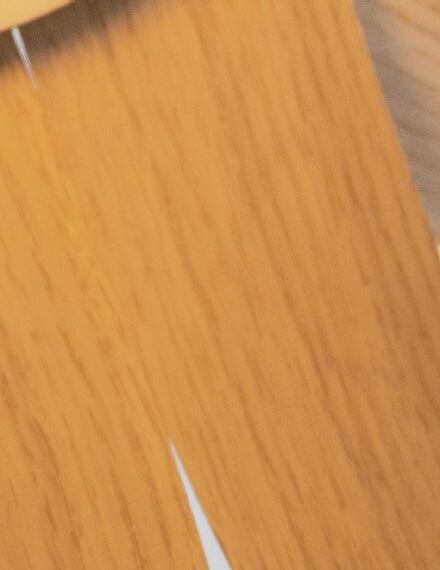


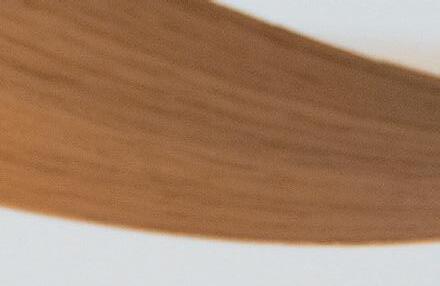



WORDS BY JAMIE CROCKER

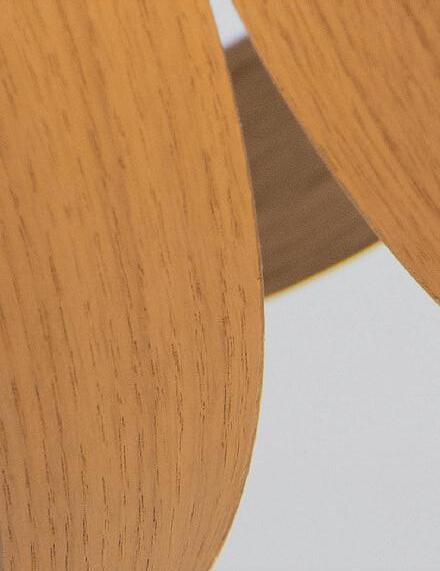
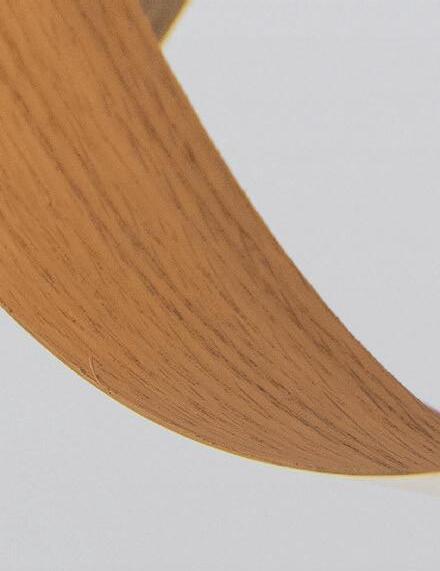

In the land of plenty Tom Raffield and his team create intriguing objects in sustainable and lasting ways.
Their goal is to discover new ways of living with unique, wooden lighting that is inspired by nature and handmade to last a lifetime, using traditional craft processes in sustainable and innovative ways.
By way of introduction...
My name is Tom, and I’m the founder and creative director at Tom Raffield. Alongside my talented team of makers, we design and handcraft artisan wooden lighting from our workshops in Falmouth, Cornwall. Our work embodies a harmonious blend of traditional craftsmanship and innovative design, creating pieces that resonate with both beauty and sustainability.
of time. Drawing inspiration from the breathtaking landscapes, wildlife, and natural elements of Cornwall, we incorporate intricate, organic twists into our designs using environmentally friendly materials and processes.
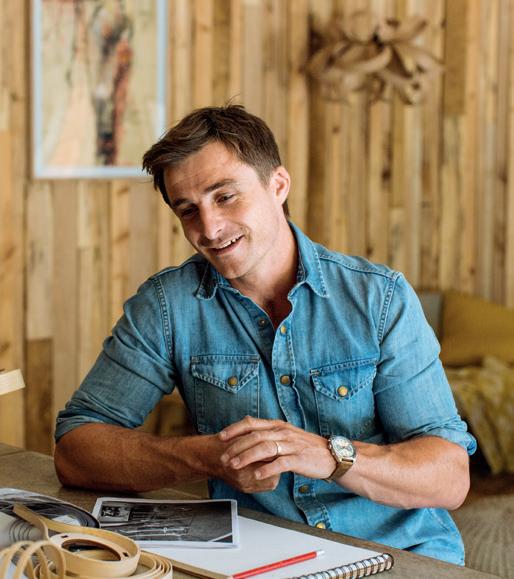
Can you describe your design philosophy and inspiration?
We are the antidote to over consumption and want to inspire a like-minded community, helping to create a world where people and nature thrive for future generations to enjoy. Our commitment is to creating lighting pieces that are not only beautiful but also sustainable and stands the test
Can you explain the process of steam bending wood and how it’s applied in your designs? While studying 3D sustainability and design at Falmouth University, I uncovered the ancient, lowenergy technique of steam bending, which uses only water and heat to manipulate timber, usually used for boatbuilding. This sustainable method allows us to create unique, awe-inspiring shapes that are the symbol of our aesthetic. Though steam bending is time-consuming, unpredictable, and labour-intensive, making it impractical for large-scale production, it allows us to push the boundaries of wood craftsmanship. Whether it’s our master craftspeople shaping our iconic No.1 Pendant or a team meticulously crafting the Flock Chandelier, we transform wood into extraordinary forms that are recognised
INSET
Skipper Pendant
Tom Raffield
worldwide. We balance traditional craftsmanship with modern technology by integrating age-old techniques like steam bending with contemporary design principles and tools. This synergy allows us to create pieces of art that are both timeless and innovative, blending the best of both worlds.
How do you incorporate sustainability into your design and production processes?
Sustainability is at the heart of all our decisions. All the materials we use at our solar-powered workshop in Cornwall are responsibly sourced, with any waste wood being re-used in other designs or by the local community; they’re never sent to landfill. We prioritise dry production methods, preferring screws over glue to assist repairs and extend the life of our pieces and why we’re thrilled to offer a Lifetime Guarantee.
Our packaging is entirely plastic-free and recyclable, allowing the design journey, from conception to installation, to be as sustainable as possible. This commitment to quality ensures our designs are durable – remaining beautiful and functional for many years.
What are the main benefits and challenges of using steam bent wood?
Steam bending’s simplicity is both its strength and challenge. This low-tech process, existing for over a thousand years, can be adapted for various projects. But it requires significant skill and experience to master. The process can be unpredictable, and achieving consistent results takes years of practice and an in-depth understanding of the technique and materials.
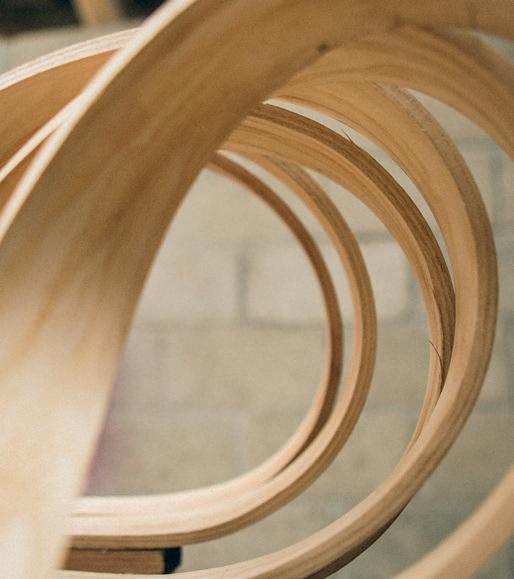
What are the key elements that distinguish your lighting designs from others in the market?
Our lighting designs are distinguished by their recognisable, curved aesthetic. Each design features intricate, organic curves and twists, hand-shaped to ensure uniqueness like a piece of art. The natural colour, grain, and finish of the wood add to the individuality of each piece. Alongside our award-winning designs, we are dedicated to creating sustainable lighting that is both beautiful and durable. Our pieces blend form and function, making them heirlooms of the future.
What types of wood do you prefer to use and why?
We use sustainably sourced timber from responsibly managed forests and continuously evaluate the environmental impact of our materials and techniques. Ash wood, a sustainable choice as it’s fast-growing and selfseeding, is used in many of our designs for its durability, shock absorption and flexibility. It also has a beautiful pale colour, allowing the organic wooden grain to take centre stage.
Can you customise lighting designs to fit specific client needs or preferences?
Yes, we can adapt our lighting designs to suit various client needs. We understand every space has its unique characteristics and requirements, so many of our designs are offered in a range of sizes and formats to suit. We offer a range of pendant sizes with adjustable flex to tailor each design to the desired space, often with wall, floor and table counterparts too. Whether it’s a striking standalone pendant, a statement cluster collection or a unique fabric for our upholstered furniture
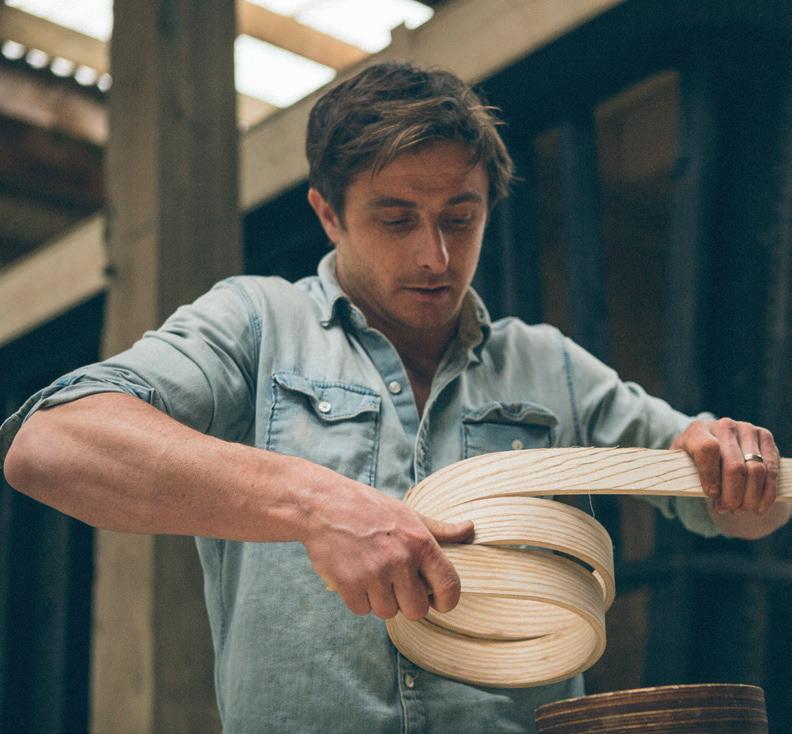
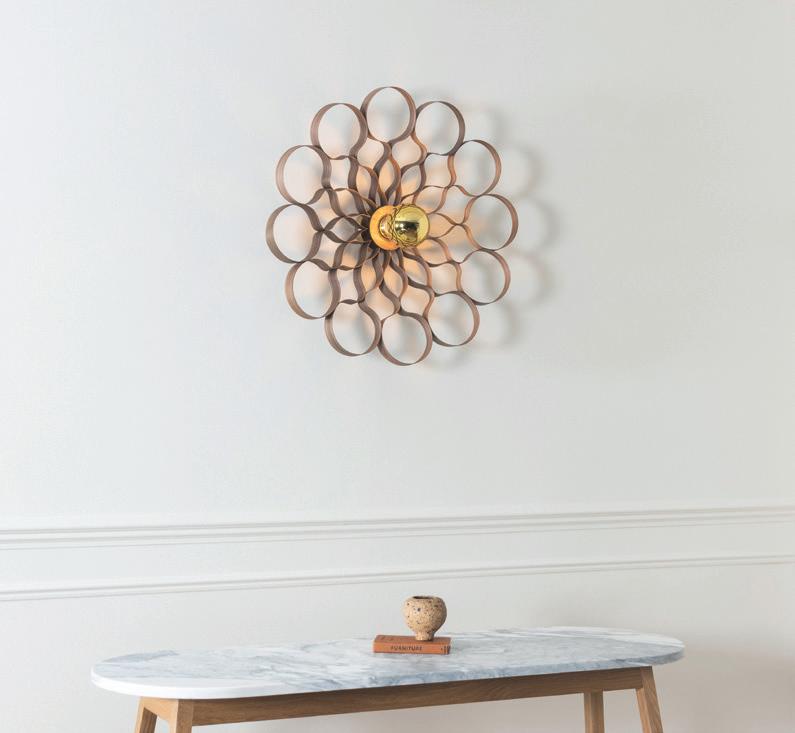
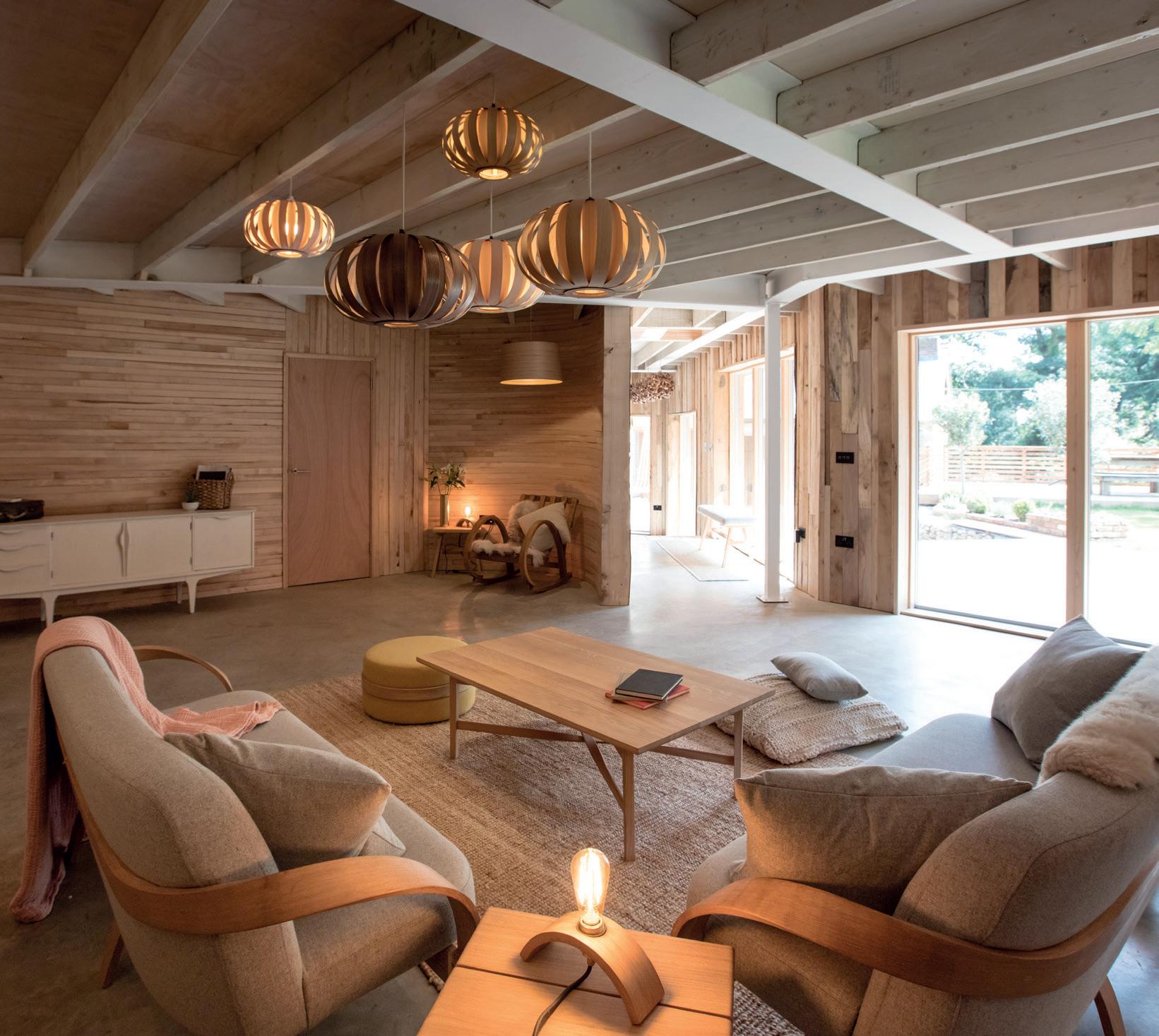
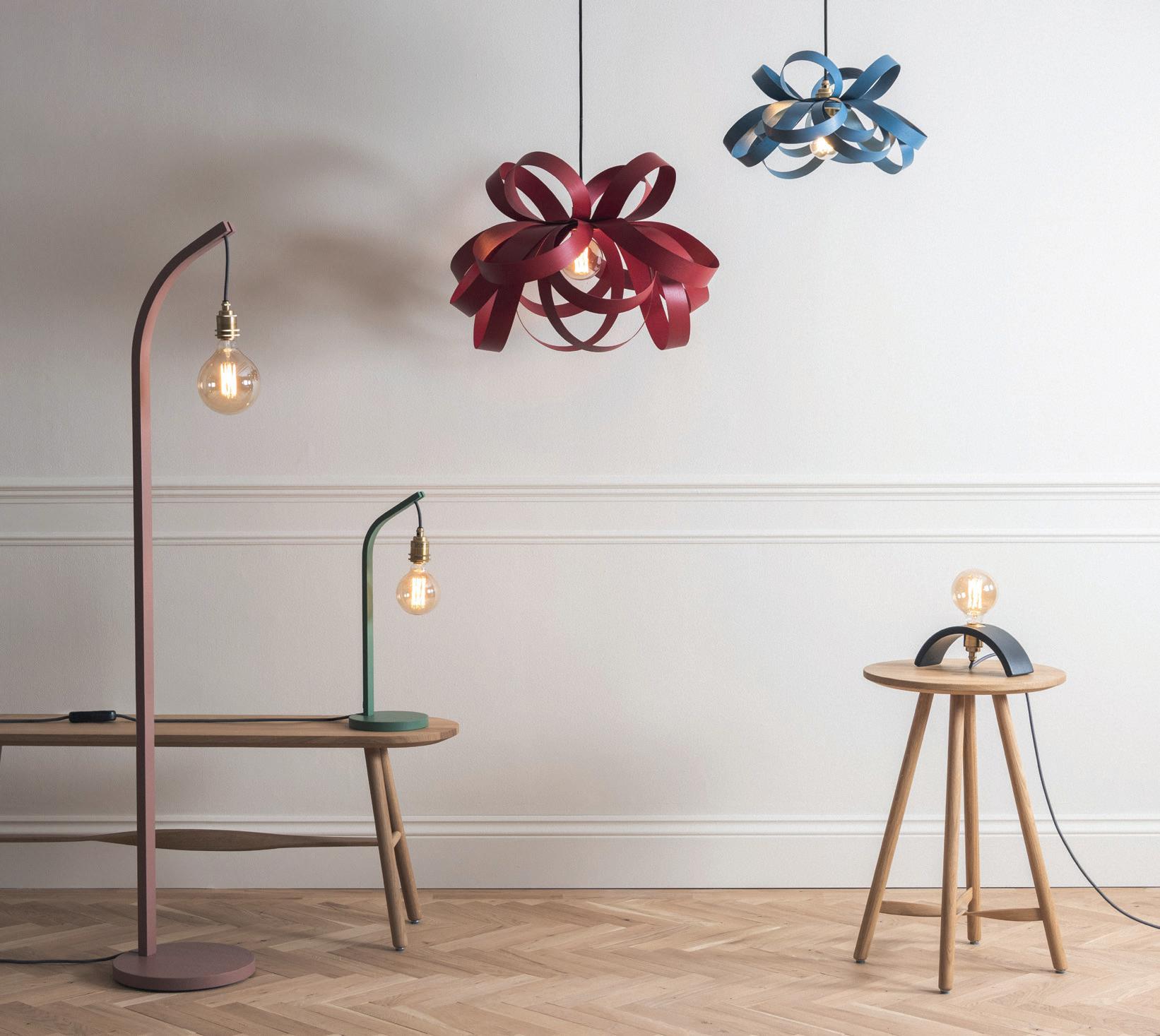
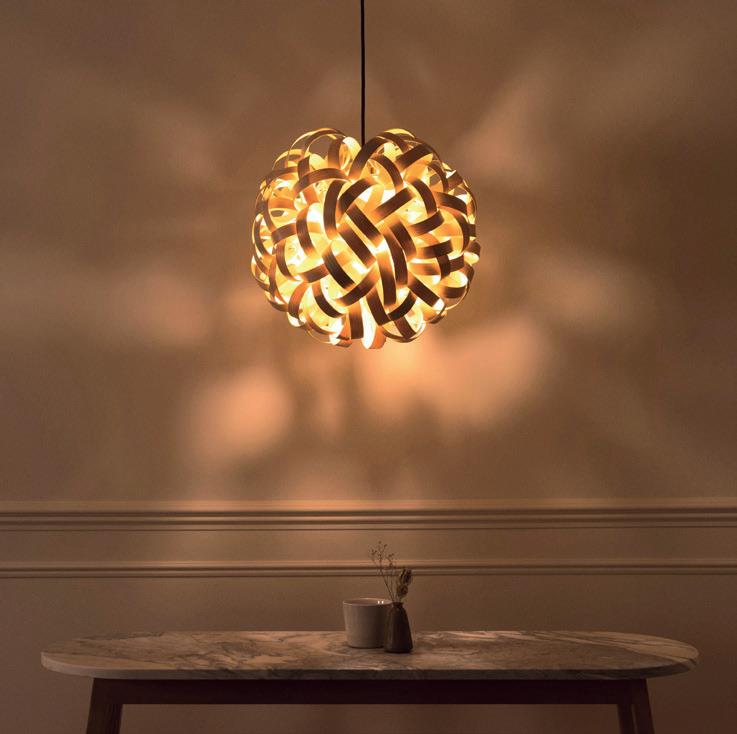

range, we ensure our designs can be adapted to fit different interiors.
What are some of the most memorable or unique projects you’ve worked on?
My most memorable projects are our displays at the Chelsea Flower Show, a huge project for me and the team where we showcased our steam bent skills as part of our Main Avenue gardens that highlighted the importance of protecting the natural world. But even a decade later, most people still remember the “Wooden Wavy House,” featured on Grand Designs. This was by far my biggest project which exemplified our craftsmanship and innovative design, pushing the boundaries of what is possible with steam bent wood.
How do you ensure that your lighting fixtures provide both aesthetic appeal and functional illumination?
Can you provide examples or case studies of how your lighting has transformed a space or enhanced an interior design project?
One notable example is Fistral Beach Hotel’s Bay Bar in Newquay, UK. The interior design team at this coastal location selected our steam bent lighting to complement the bar’s coastal and contemporary interior.
“As a sustainable company we felt that the use of natural elements would sit perfectly in the Bay Bar. The knowledge that the Tom Raffield team passed on to us about caring for the wood, their attention to detail and the high-quality finish helped us achieve the look and feel that we had envisioned for the Bay Bar.” – The Bay Bar
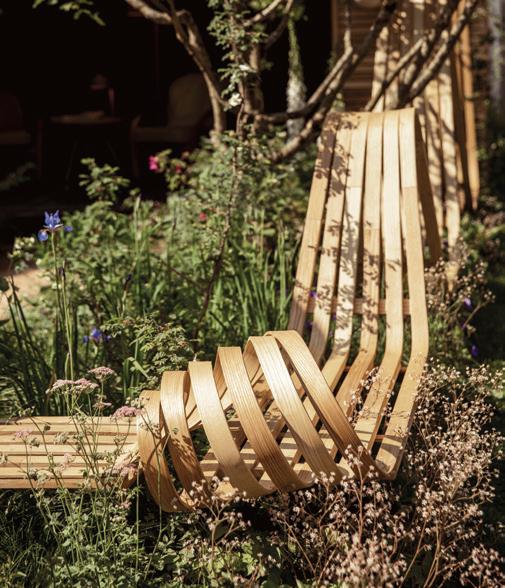
I like to design through making. Seeking the perfect balance between aesthetic appeal and functional illumination through an iterative design process. This involves creating prototypes, conducting thorough testing and incorporating feedback before progressing the design into its final form. By refining our designs, we ensure that each piece not only looks stunning but also provides the right solution, whether that’s a particular lighting effect or use within a space.
Are there any new projects/ products you can tell me about?
We are thrilled to have had a fantastic response to our recent Cove Lighting Range, a captivating collection that reimagines our best-selling designs in a palette of coastal shades from Shell Pink to Falmouth Blue. Hand finished with environmentally friendly paint, each radiant design shines with sustainability every step of its design journey. I’m excited to see this concept expand over the coming seasons!
tomraffield.com








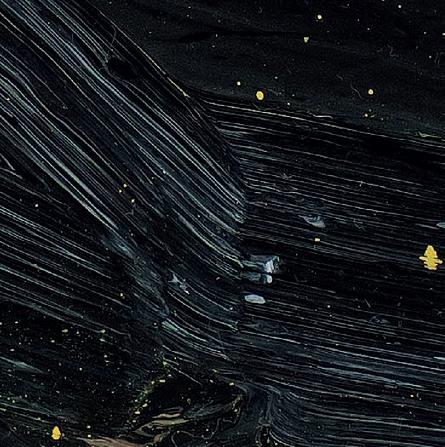
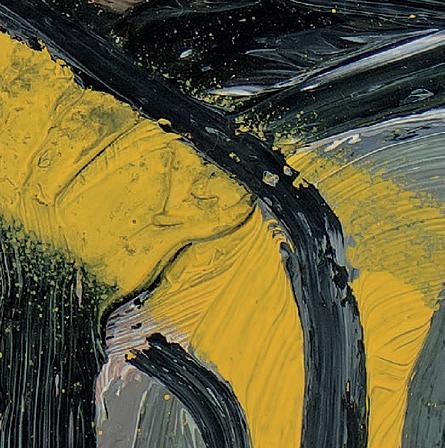
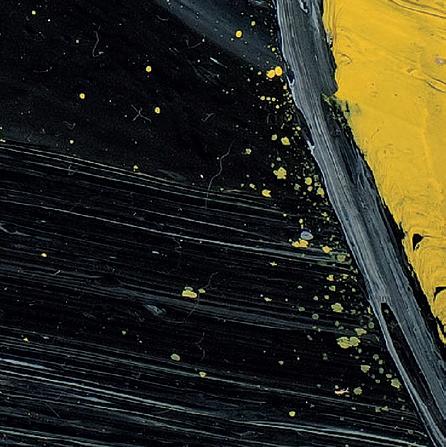
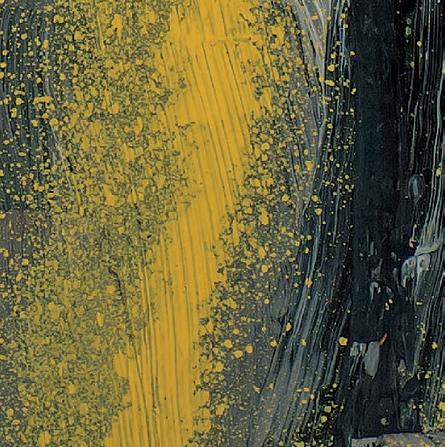
WORDS BY HANNAH TAPPING







AJethro Jackson’s new body of work explores the universal tension of struggle and survival, and the life force that binds us and all life in this fragile existence.
s a new exhibition of Jethro Jackson’s paintings goes on show at Projects Twenty Two gallery this summer, I spoke to Jackson and exhibition curator Dr Altair Brandon-Salmon about how Moor Lands finds a rhythm with the landscape.
Deeply embedded within the sublime, harsh atmosphere of North Cornwall, this work rhymes with the shifting layers of colour and texture that mark the land. Jackson’s practice, shaped by modernist painters like Peter Lanyon, reveals a Cornish world that is haunted by ghosts and animals. He makes us see the world anew, as though he has the agile, hovering perspective of a kestrel.
Drawing together new work alongside drawings and prints, the exhibition will show how Jackson moves across different media where he finds the space between representation and abstraction. It will show how his process responds to the weight of paint and the pull of graphite and show his engagement with the elements of an everfluctuating landscape.
“How to paint? It’s the question every artist must face – a matter of wrestling an image out of pigment, laboriously, the paint has its own force which the artist must contend with,” comments Brandon-Salmon. “In Jethro Jackson’s work,
OPPOSITE Bound to place (detail) - Oil and gold on board - 70x50cm
the burrs of paint stand proud from the surface, leaving a rough texture that calls out to the audience to run its hand over the crags of paint. This is the pull, the dangerous seduction, of paint which can beguile audience and viewer alike.
“This perhaps accounts for the often-shocking beauty of Jackson’s painting: in Moor Lands, there are electric yellows, ice purples, reds like blood clots, browns full of rich, creamy tones. It’s a Technicolor profusion, born out of a deep engagement with North Cornwall, but Jackson does not want to create a window into that landscape, but rather he attempts to conjure up a portal through which the audience can enter into a world of his own making.”
Jackson’s practice as an artist has substantially evolved over the last five years. His relationship to both landscape and painting have shifted in their approach. These paintings are as a result of time spent walking Rough Tor on Bodmin Moor, a landscape carved by wind, stone and untold centuries. Jackson tells me: “There’s a primal stillness to it, layered with Cornish and Celtic memory, a deep quiet where survival once meant shelter, food, warmth – nothing more, nothing less. What struck me is how this place, humble and overlooked, holds the same forces that drive myth: life and death, protection and sacrifice, power and presence.”







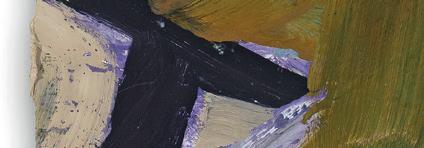

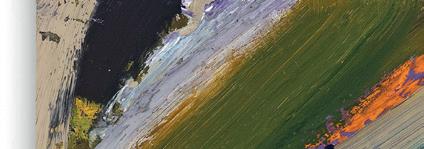

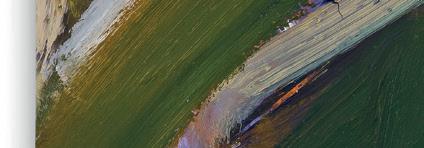



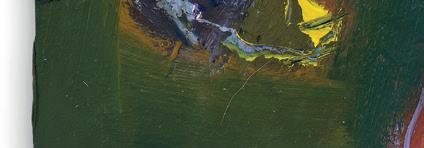

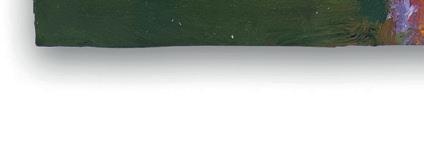
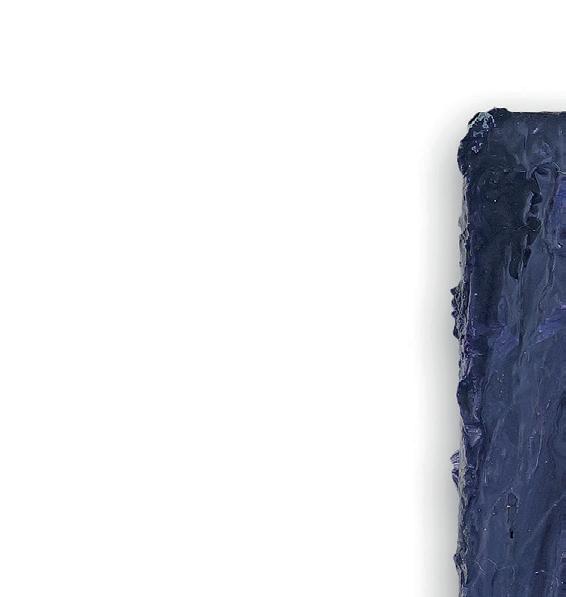










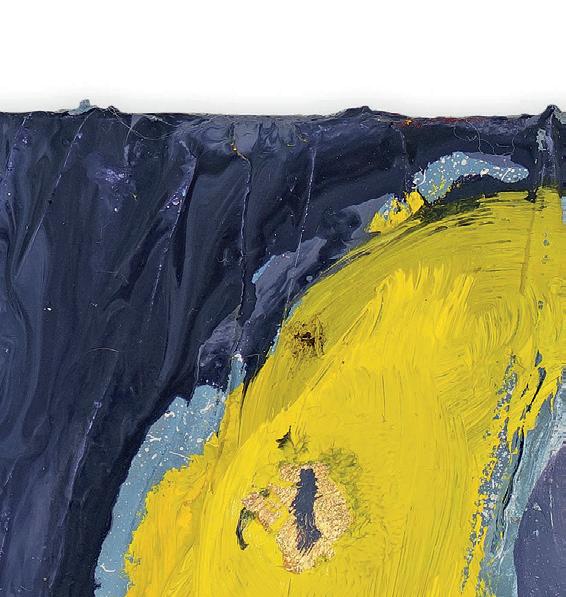


































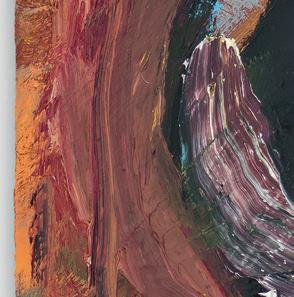




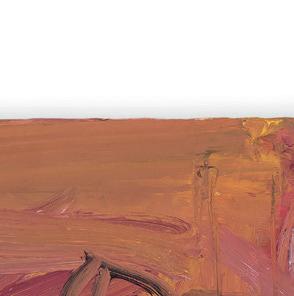



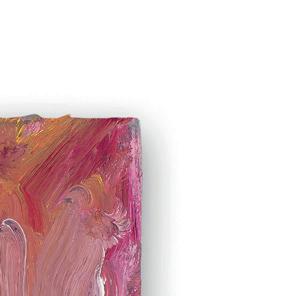
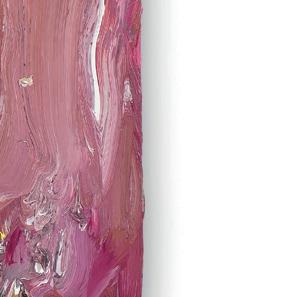

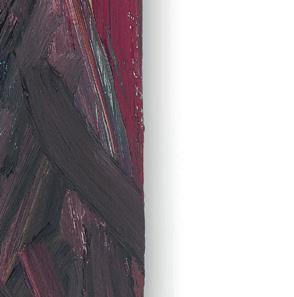












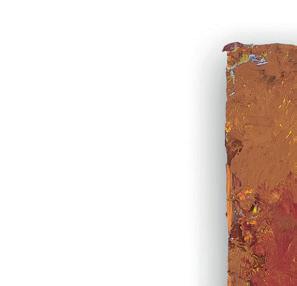
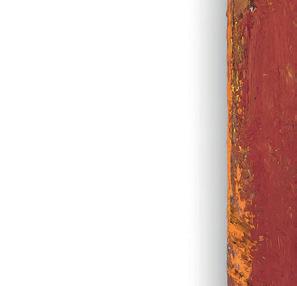
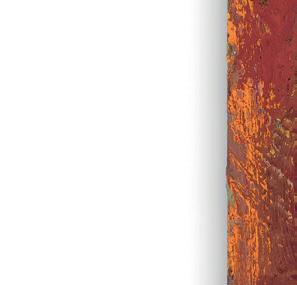





















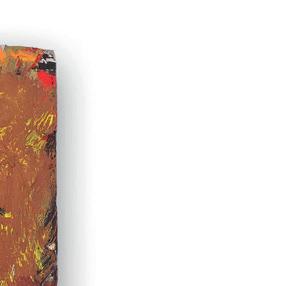
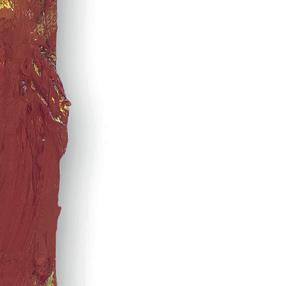
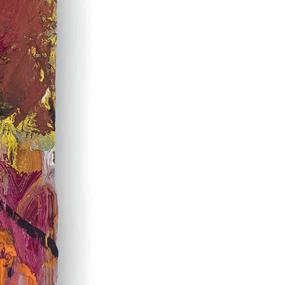
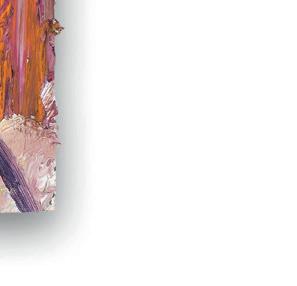








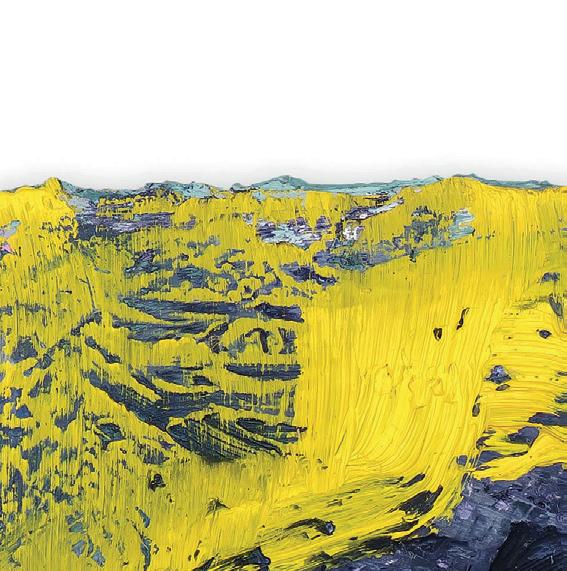











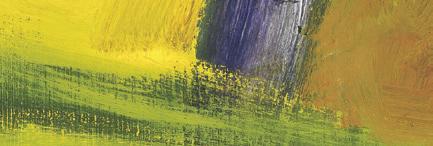

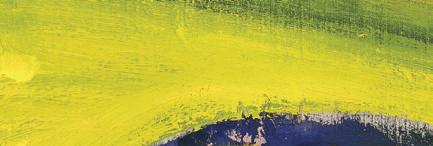





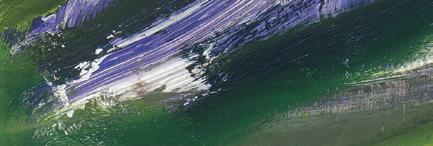



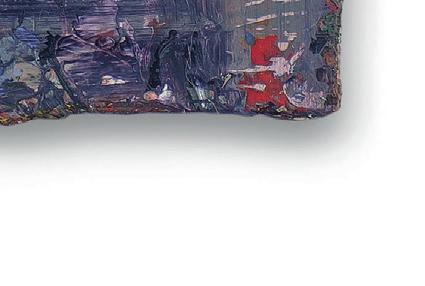


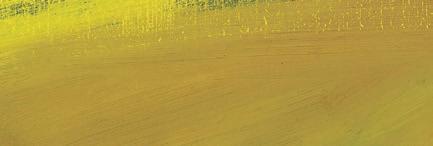











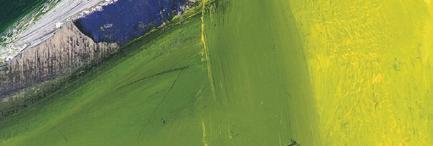






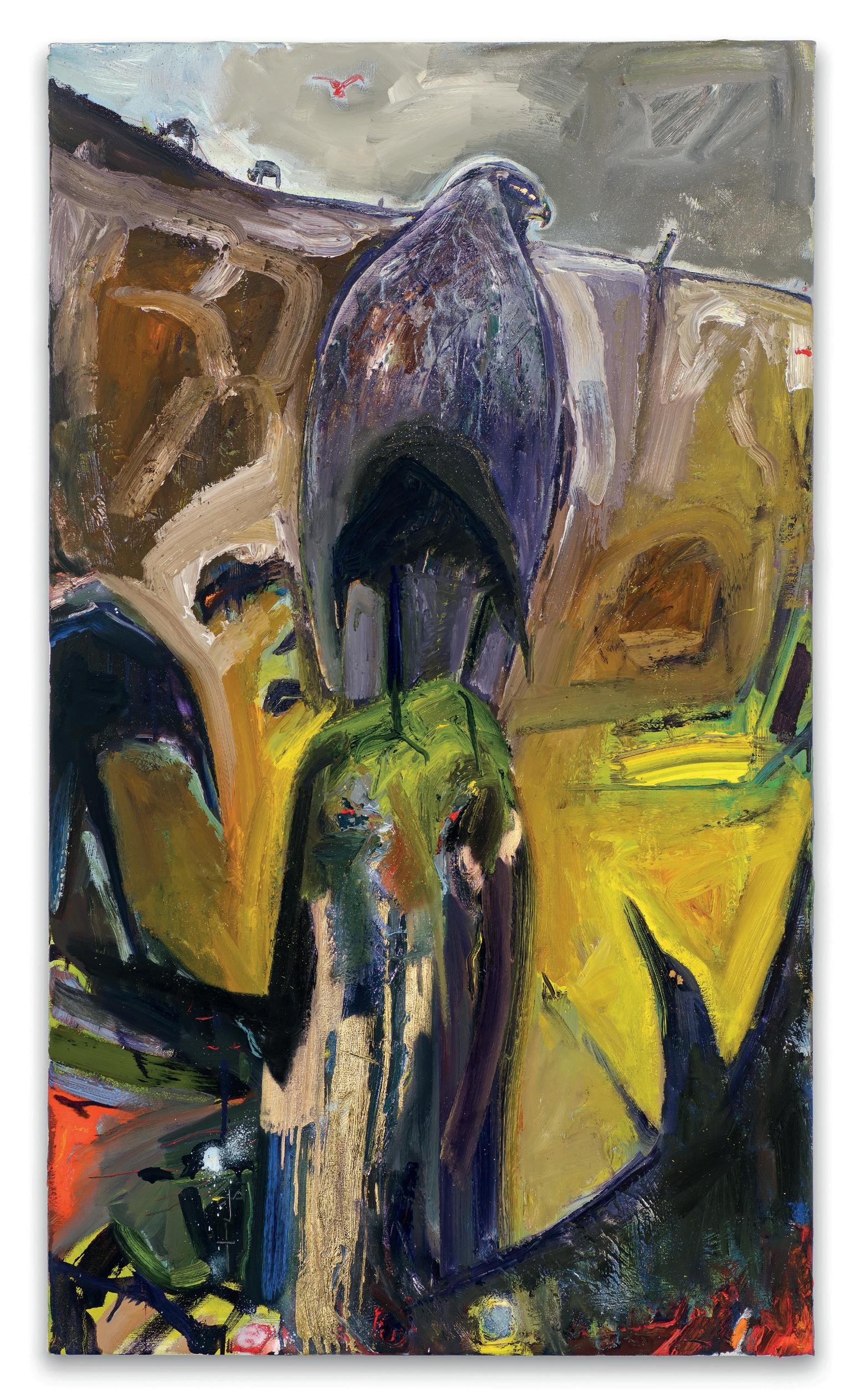
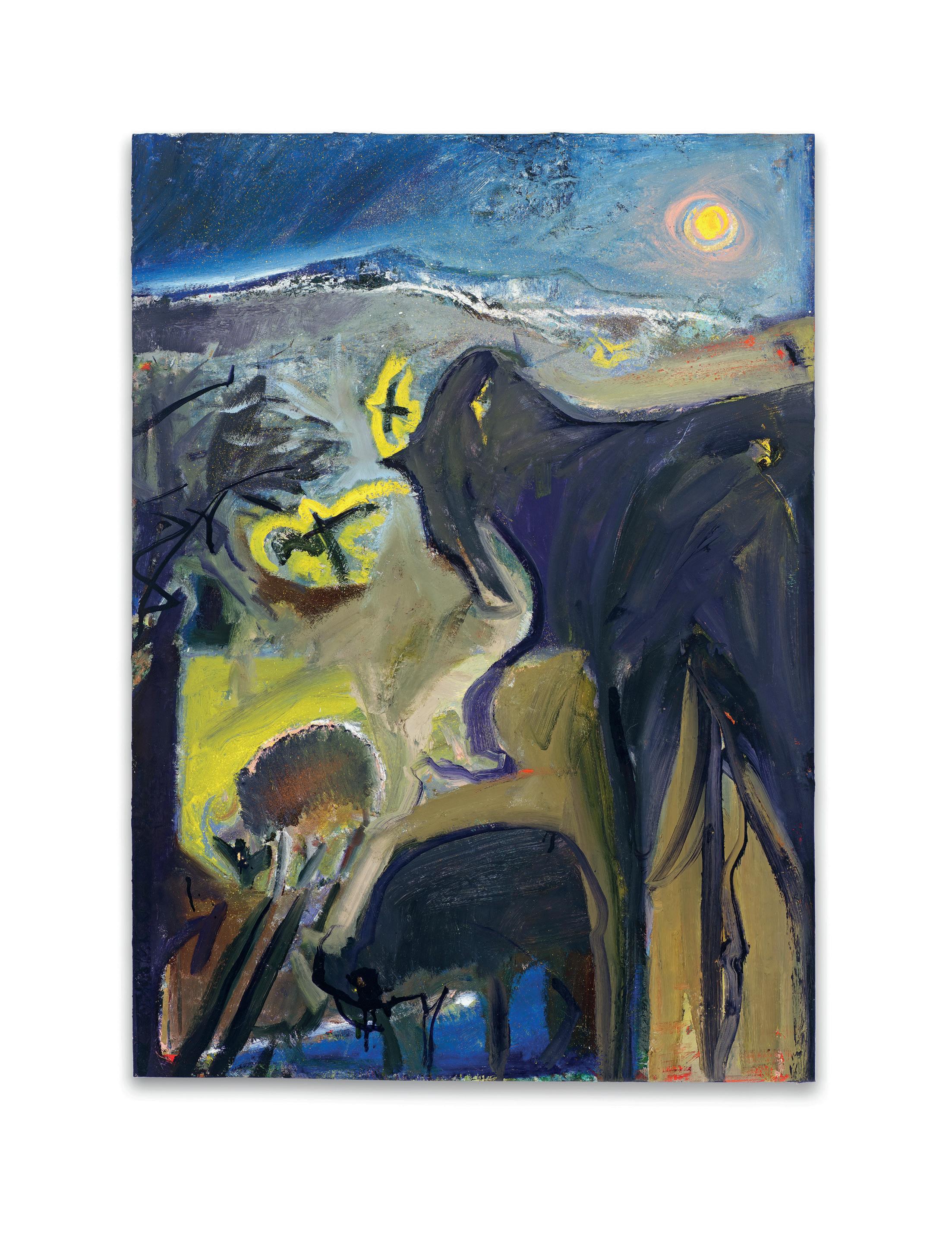













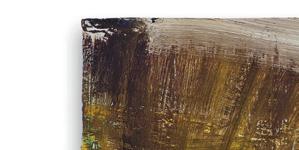
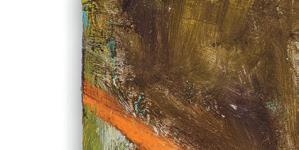
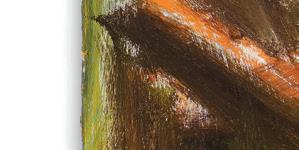
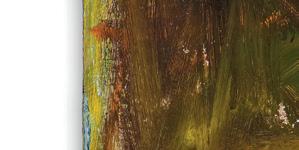

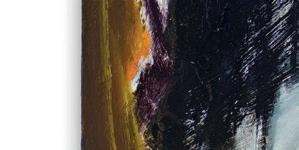











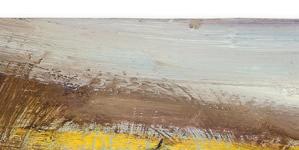
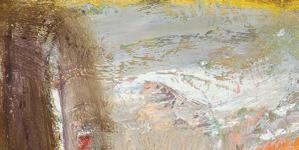







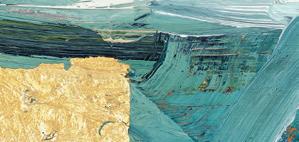










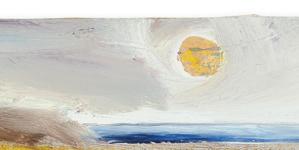






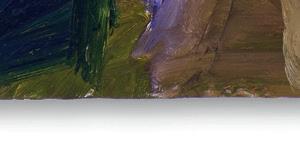




















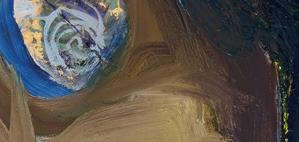
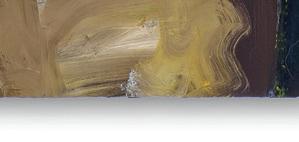
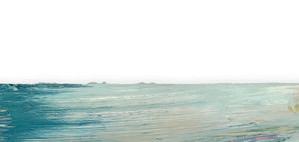











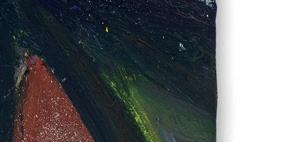
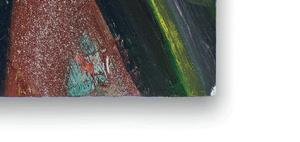



























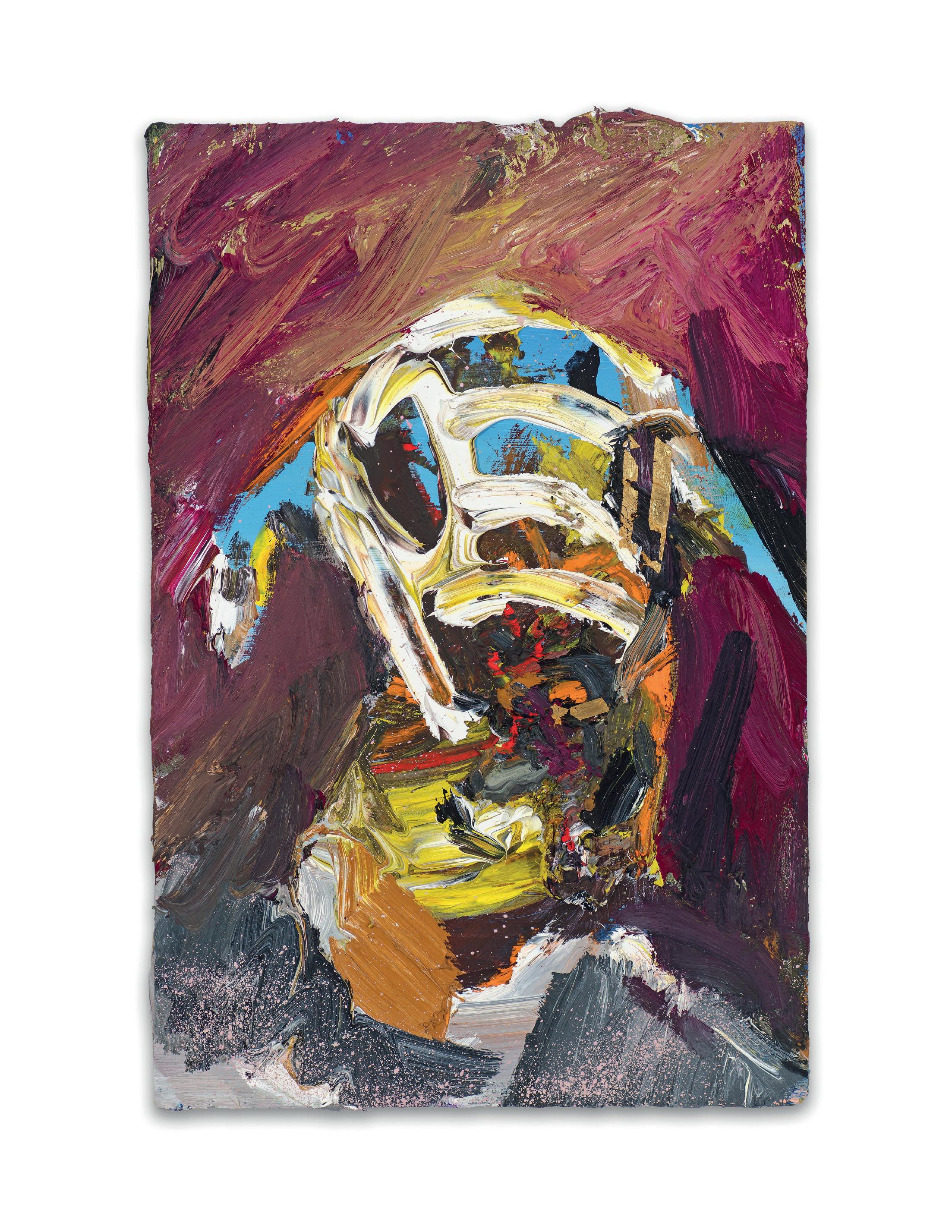
ABOVE
“I began seeing the animals – a fox, a raven, an ewe and her lamb – not just as creatures of the moor, but as symbols, witnesses, beings who remember.,” says Jackson. “I gave each a golden eye, not for decoration, but to say: They see. Into this local world I introduced Greek mythology; not to overwrite it, but to tie it to the cosmos. To show that what happens to a beast on the back of Bodmin is just as mythic as what happens to Hera, Zeus, or Apollo. The gods’ struggles are our own, and vice versa.”
Brandon-Salmon adds: “There’s a sort of existential quality to nature. It’s really about survival, life, death, these kind of basic but essential poses. Jackson is drawn to these moments. However, in these works we are not just looking at nature; nature is looking back at us, assessing us. While this may unsettle us, it’s a salutary reminder of the rawness and violence of nature, something that can be so easily sentimentalised. While nature has moments of tremendous beauty, Jackson is looking for those spaces in between, and that’s why I think you often see these animals in repose.
“It’s important to think about Jackson’s work beyond the usual coordinates of Cornish painting. Cornwall is no pastoral salve, or romantic haven, but an ancient, elemental landscape, intensely alive, where people and animals can often be interchangeable forms stalking the land. It suggests a post-war modernist like Peter Lanyon, who created his own distance by taking to the sky in gliders, which led to work such as Soaring Flight (1960), seeking to convey the experience of flight through the swipes of brushstrokes, loaded with blue and red oil paint. Paint and sensation become intertwined, just as in Atropos, a small painting by Jackson of a sheep’s head (opposite), its eyes meeting the viewer’s. This is what it feels like to be addressed by a non-human consciousness.
“The animals have gilded, golden eyes looking back at the audience, proclaiming that they
see us. These are not experiences which find an easy vocabulary, but somehow are able to be transformed into paint, creating an object which can embody these experiences.”
Jackson’s breakthrough in his practice was as a result of trying to find a rhythm in his painting that would explain what he was feeling and experiencing. It’s not just about vision. It’s not just about how the world appears. It’s how does the world feel? How do we experience this world? The work is sculptural in its texture, paint extends beyond the edges and within its thick layers, there are shadows of previous versions, right? You want to run your hand over them to feel the texture, as if it’s the landscape, itself on the canvas.
The show has works of various scale. When you enter into the gallery, some of the paintings emerge from the wall towards the viewer, others recede. It’s almost as if you’re walking into the very landscape: “but whose land does the audience traverse in Moor Lands?” asks Brandon-Salmon. “Jackson’s land, of course. The works are alive with the buzz and hum of energy and emotion, these objects of pigment and board congealing before the audience’s eyes into something approaching the presence of a living creature. He finds life where the viewer least expects it.”
Jackson concludes: “These paintings are about that shared thread; the lifeline that connects mortals and gods, myth and mud, presence and memory. Whether it’s a divine raven cursed for telling the truth, or a worn old sheep alone on a hill, the weight is the same. That’s the key to all of it: Every problem, every being, every myth –matters. Equally.”
Jethro Jackson: Moor Lands shows at Projects Twenty Two, Off Trewiston Lane, St Minver, Wadebridge, PL27 6PY from 13th August to 6th September 2025.
projectstwentytwo.co.uk jethrojackson.com
WORDS BY JAMIE CROCKER
From professional rugby player to culinary maestro, Rupert Cooper elevates the Cornish dining experience.
On the Roseland Peninsula, a place that seems to sit apart from the frantic demands of the times we live in, you’ll find Philleigh Way Cookery School – one man’s love affair with uncomplicated, quality cuisine made manifest. Rupert Cooper, a former professional rugby player turned chef and entrepreneur, has established a culinary haven that reflects his straightforward philosophy: good food, fresh ingredients and fuss-free dining.
The contemporary cookery school lies within a designated Area of Outstanding Natural Beauty, neighbouring stables, a church and an excellent village pub. Here, Rupert’s approach to food education is pragmatic and unpretentious. His calm demeanour in the kitchen comes naturally after honing his craft in some of the world’s top culinary establishments, paired with a gift for infusing every lesson with warmth and wit.
“We teach, inspire and delight,” Rupert explains of Philleigh Way’s ethos, where full and halfday cookery classes offer insight into traditional
farmhouse recipes passed down through generations. These heritage offerings stand alongside Basque, Catalan and Mediterraneaninspired dishes that showcase his versatile expertise.
Beyond individual classes, the school caters to corporate away days and team-building functions, offering pre-designed and bespoke experiences. The space can be transformed for feast events and supper clubs, creating memorable dining experiences that celebrate Cornwall’s abundant produce. Private dining options, event catering and school workshops round out the comprehensive offerings.
Rupert’s culinary reach extends beyond Philleigh Way to include Cove Café at Hayle Beach. Perched above the cliffs at Riviere Towans, this laid-back eatery presents fresh food from local producers against the backdrop of a spectacular coastal panorama. Open daily, the café serves everything from morning coffees and pastries to hearty lunches, with special Sunday roasts and themed feast nights throughout the year.
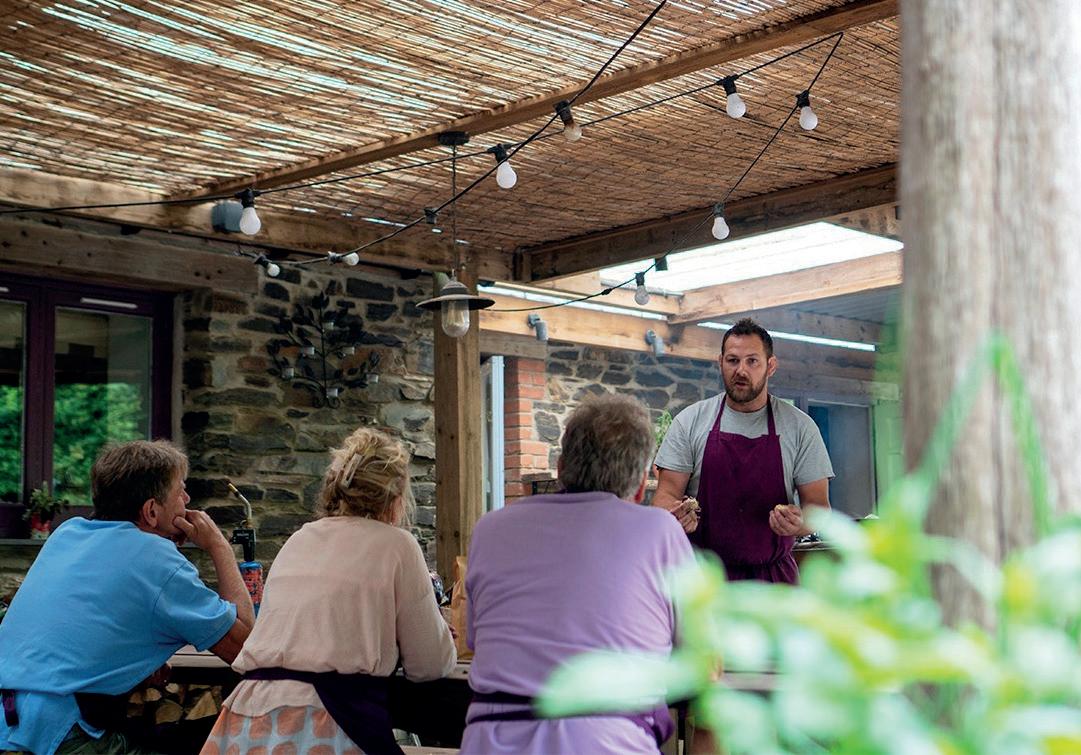
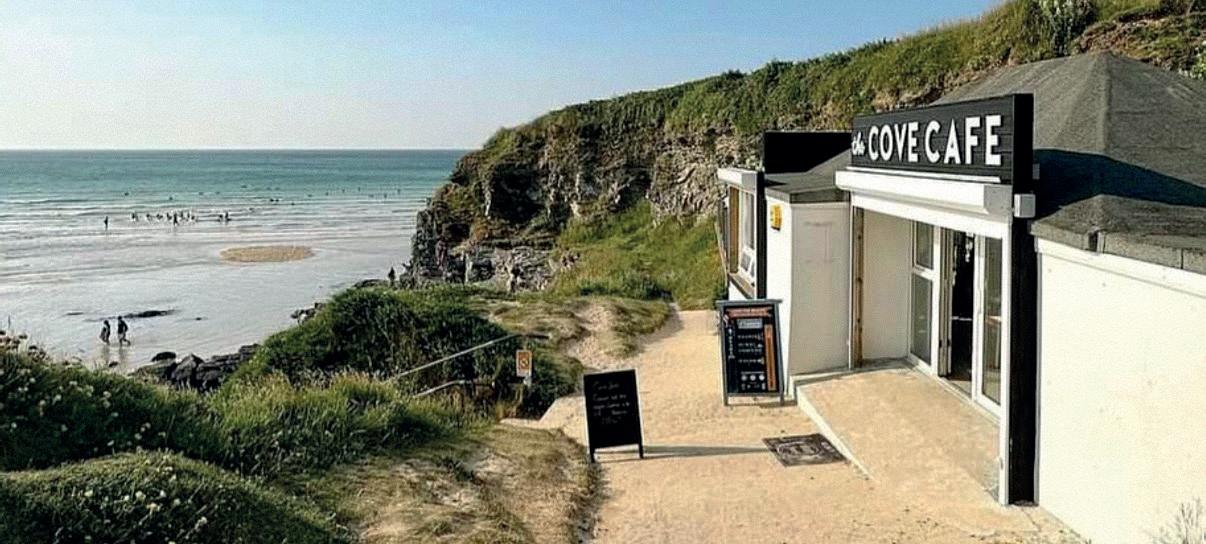
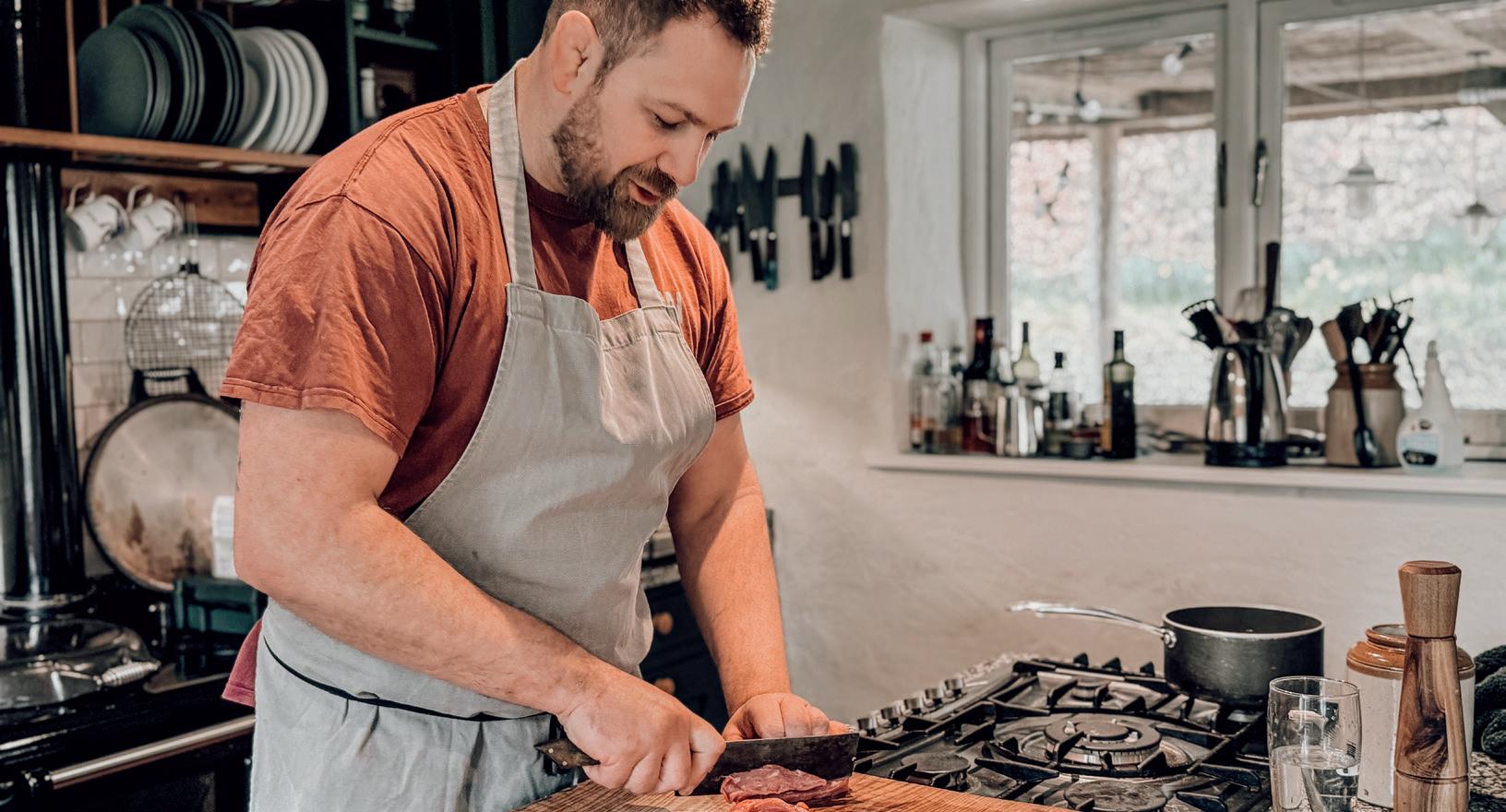
Fire cooking techniques feature prominently in Rupert’s repertoire, particularly at the café where Middle Eastern influences and global flavours transform simple ingredients into extraordinary dishes. The space, available for private hire, hosts everything from intimate birthday celebrations to corporate Christmas gatherings.
Completing Rupert’s trinity of culinary ventures is Borgia Bull Catering, proudly described as ‘the Cornish quarter.’ This arm of his business brings his distinctive fire-cooked cuisine to pop-up events across Cornwall, festivals, weddings and private dining experiences.
What unites these diverse enterprises is his genuine passion for food and people.
His approach is refreshingly unpretentious –creating exceptional dining experiences without unnecessary complexity. Whether teaching traditional Cornish recipes or experimenting with international flavours, his focus remains squarely on quality ingredients prepared with expertise and presented with characteristic good humour.
As new projects simmer on the horizon, teased through his social media channels, it’s clear that Cornwall’s culinary landscape continues to be enriched by Rupert’s distinctive blend of professional excellence and approachable charm.
philleighway.co.uk
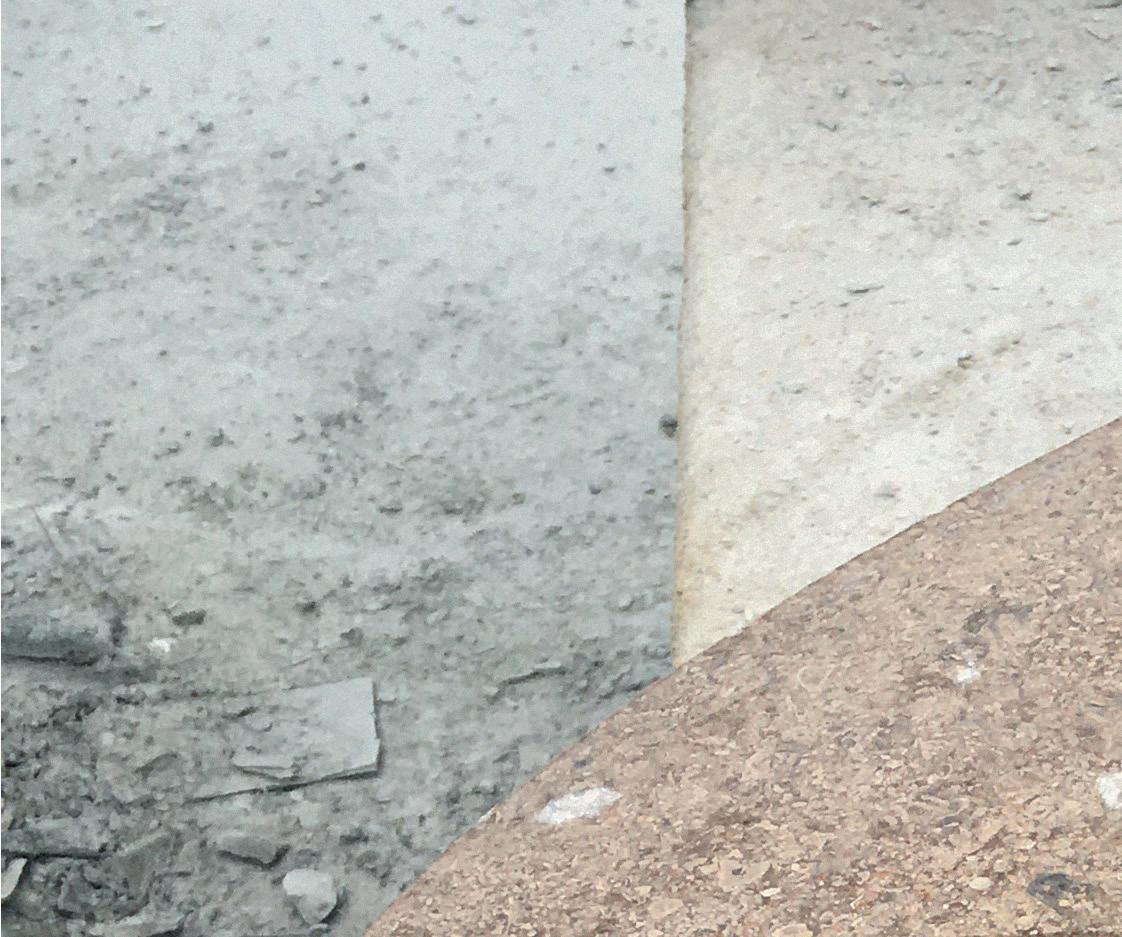


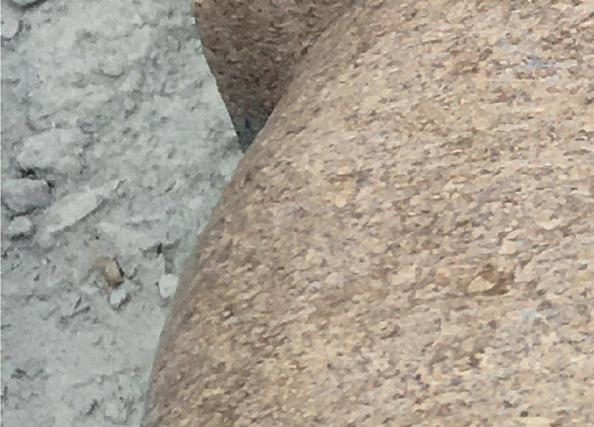

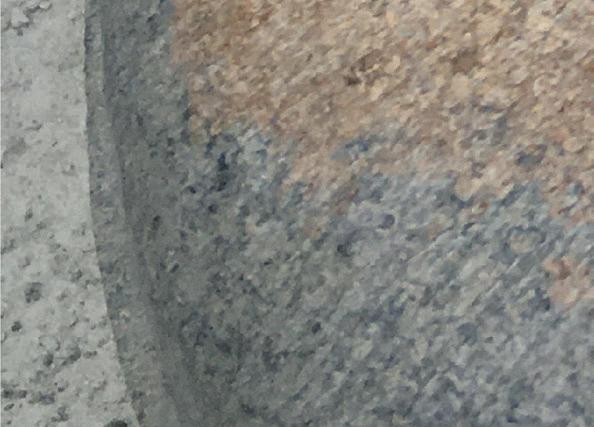
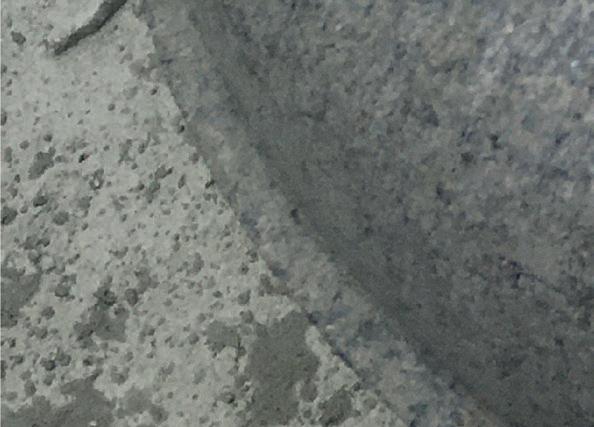
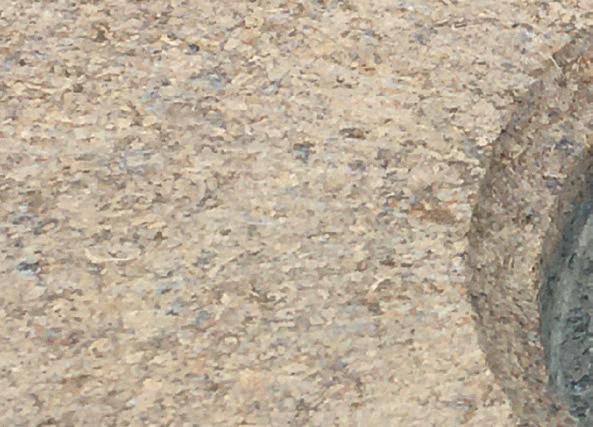
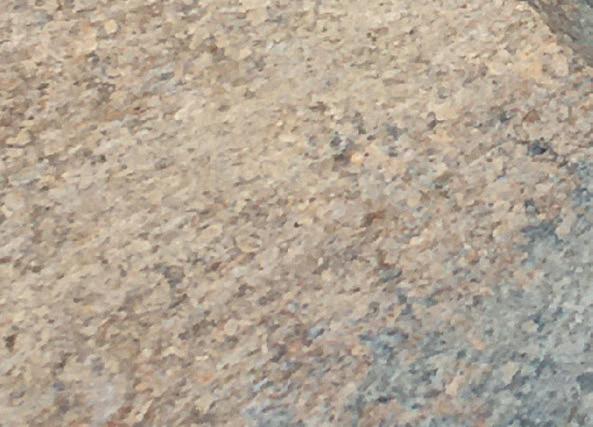
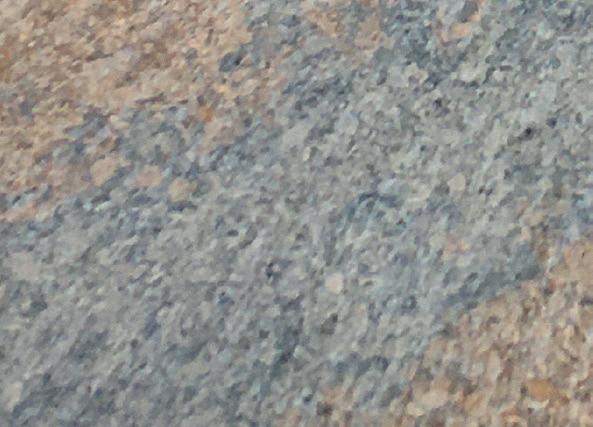

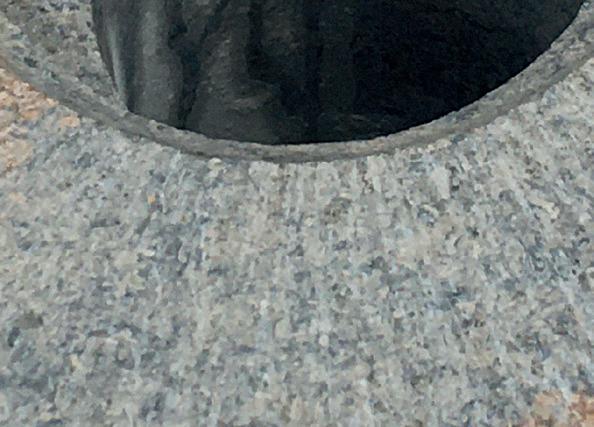

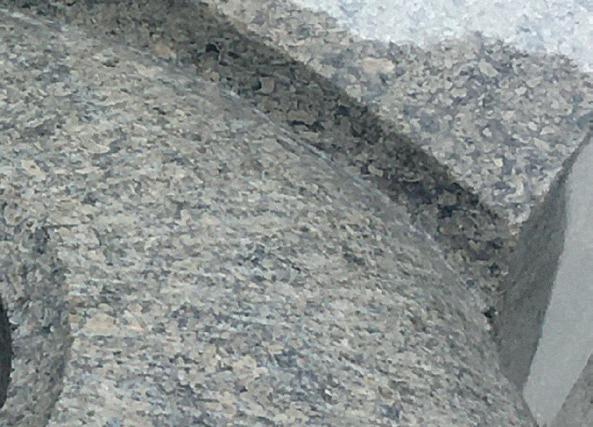


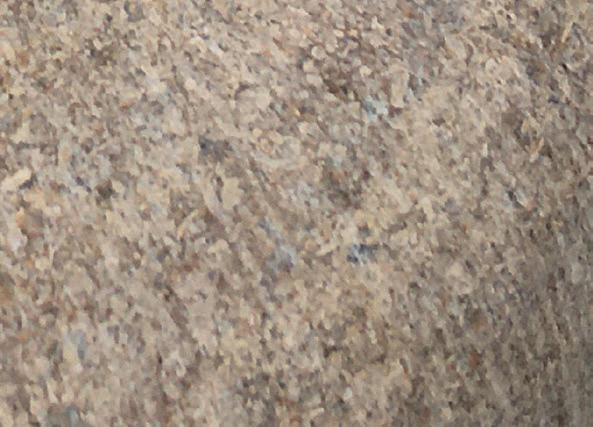
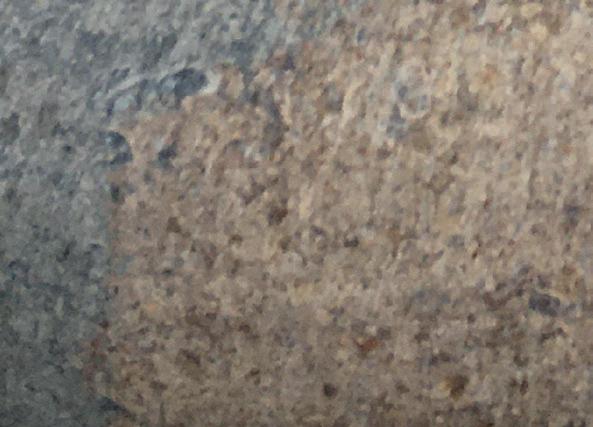
WORDS BY HANNAH TAPPING
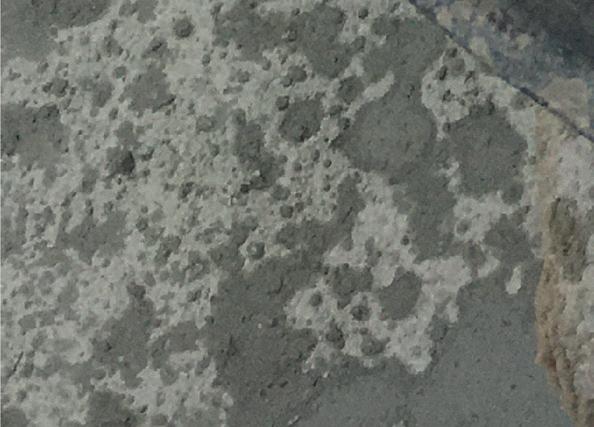
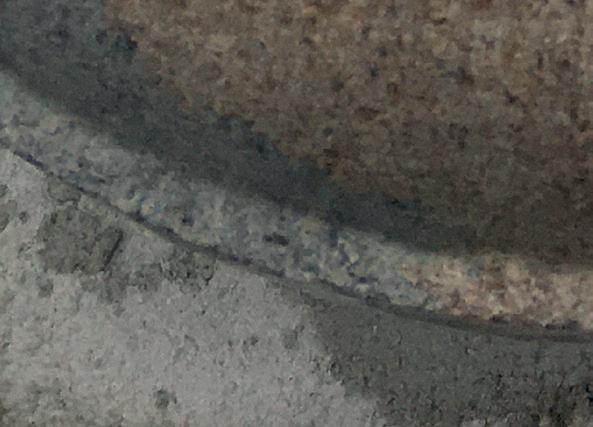

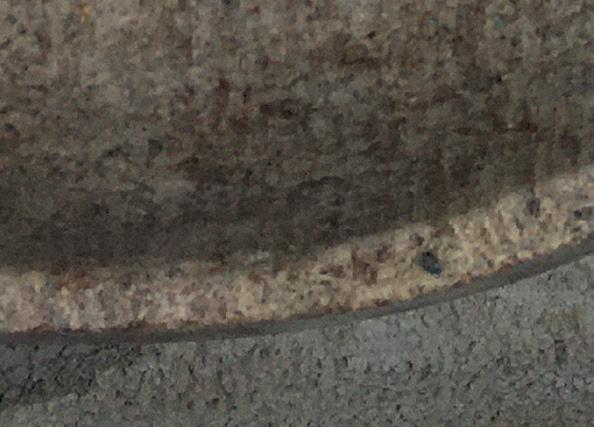
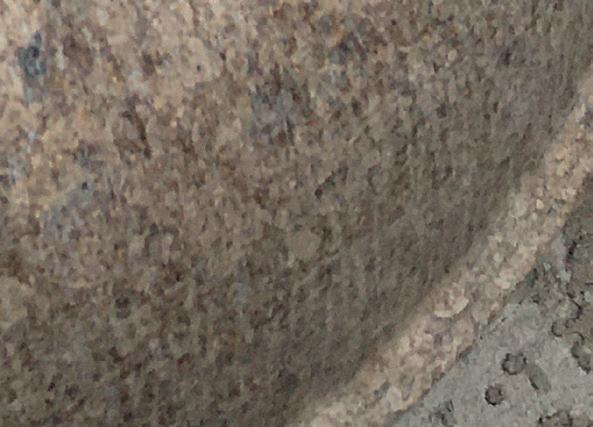


NRichard Holliday’s sculptures reveal a purity of form, combined with a detail and fine line.
ow living in Cornwall, Richard Holliday’s early working years were spent as an architectural stonemason apprentice in Cambridge, where he worked on many prestigious buildings including Ely Cathedral, King’s College Chapel and Westminster Abbey. After more than a decade working with historical architecture he ventured into the world of public art.
“I feel that my background in architecture and experience in public art has enabled me to tackle both large scale projects and smaller detailed studio work,” says Richard. “I enjoy the whole process of producing something in stone from the quarry to the gallery, house or garden but appreciate and execute, above all, long-learned traditional skills. Defining my work entails a thorough understanding of technique and proportion that cuts across all subject matter. It is a very different discipline designing from a brief with close contact with client to realising your own unique speculative ideas. There are different pressures and dynamics to both scenarios; both of which I embrace.”
Victoria Square Birmingham; the Sheffield Peace Gardens; Boots the Chemist’s millennial garden at its Beeston headquarters; as well as being lead sculptor in the construction and carving of The Animals In War Memorial on Park Lane.
Richard’s venerable career doesn’t end there, He was also a long-term collaborator with the poet, writer, visual artist and gardener, Ian Hamilton Finlay, both at his artist’s garden Little Sparta near Edinburgh as well as producing and installing many artworks at Jupiter Artland and in France and Germany.
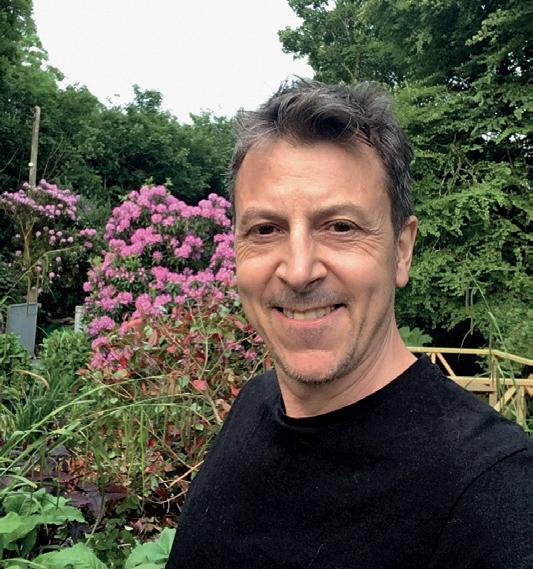
Working predominantly in Carrara marble and British limestones, Richard’s work is varied and very little escapes examination as a possible subject, as he explains: “I enjoy heavy stylisation and abstraction. The shapes and forms of fish and birds lend themselves to this very well. On a larger scale, my work designed for intimate external spaces gives away my background in architecture and displays a deep understanding of form and structure.”
Richard has been involved in many large projects which notably include; the artworks in
Richard fully appreciates the high level of skill, observation and devotion required in producing realism and as an architectural sculptor, actually spent a long time within that discipline himself:
“Hence, I now tend to choose uncommon and unfashionable subject matter within a certain narrative and play with heavy stylisation and exaggerated form, line and geometry into abstraction.”
Richard now lives works in Cornwall but is often to be found in and around his old stomping grounds of Cambridge and London. His home in the Duchy, is a converted pumping station which acts as both dwelling and gallery with a garden landscaped designed specifically to house his larger works. An adjoining self-contained apartment is available as an occasional holiday let where private clients, architects, gallery owners and interior designers can book to stay to fully immerse themself in his work. “This allows them to get a feel for the sculpture in the landscape or interior and explore all the possibilities, ideas and practicalities necessary in order to introduce the work within their own projects,” adds Richard, “and although the garden can be a little sparse in early spring, mid-September and early October are sublime as autumn approaches.”
detail. The subject matter within these frames is changeable and open-ended. As you might swap a painting upon your wall for another, you can change the subject within these frames. For example, one of his larger frames (as featured) changes subject with the seasons, while others offer permanent structural abstractions.
Commissioning bespoke sculpture is a considered process between client and artist. Location, scale and brief are thoroughly investigated and confirmed before commencement, and for the larger pieces Richard tends to chaperone them from conception to site.
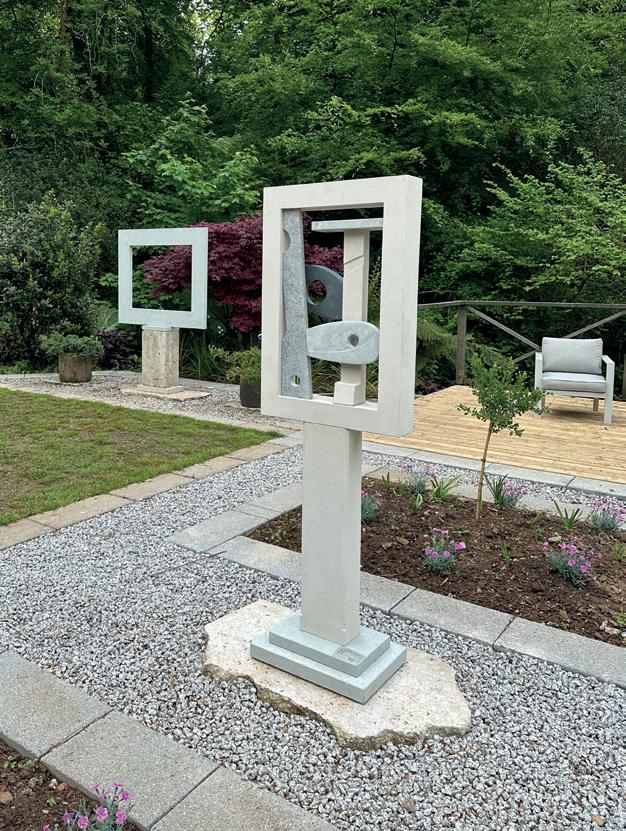
Richard is currently investigating versatility and among his current designs you’ll find large stone frames sited in the landscape. These are often housed in contemporary courtyard-style spaces where you are at close quarters with the
“This takes the logistical concerns of commissioning a large piece away from the clients,” says Richard. “I try to make the process as easy as purchasing something you can carry home, so I deal with all the transport and installation myself.”
Richard’s work is available to buy from The Gallery and Studio at The Old Pumping Station in St Keverne, as well as at Whitewater in Polzeath, Thompsons in Alderburgh, Seymour Place in London and Penwith Gallery in St Ives. The apartment is bookable via the artist hello@richard-holliday.co.uk or on Airbnb: Loft in Saint Keverne TR12 6PX.
richard-holliday.co.uk richardonholliday
INSET
Frames. Front frame. Abstract 2d3d Various stones, 170cm x 68cm x 10cm
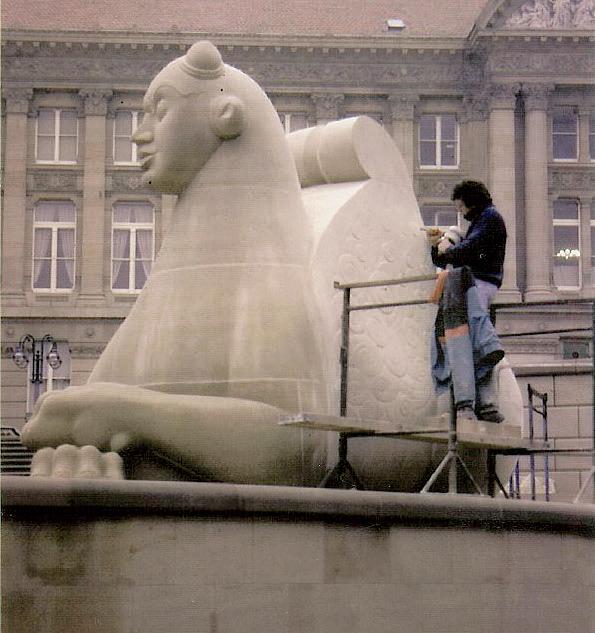

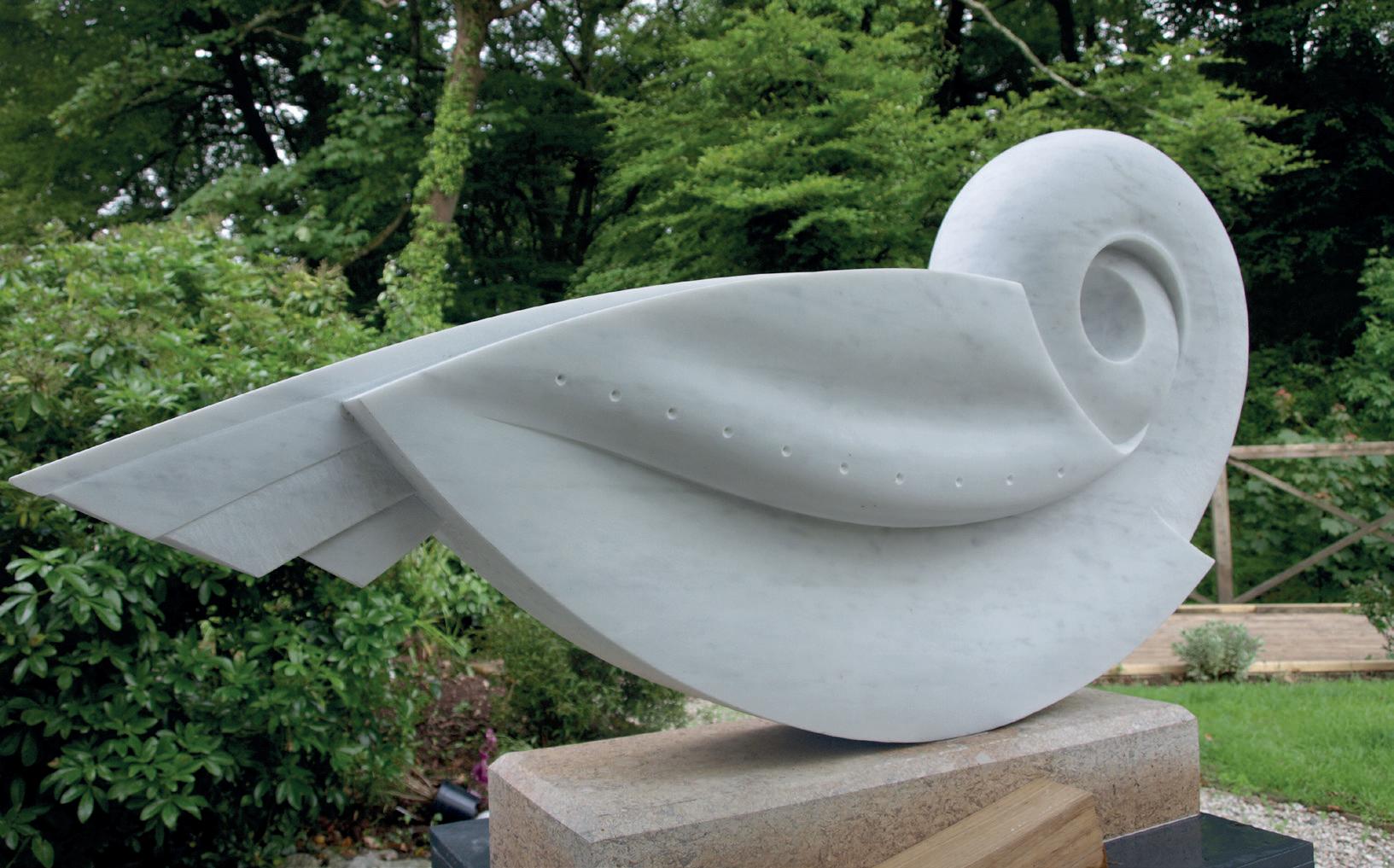
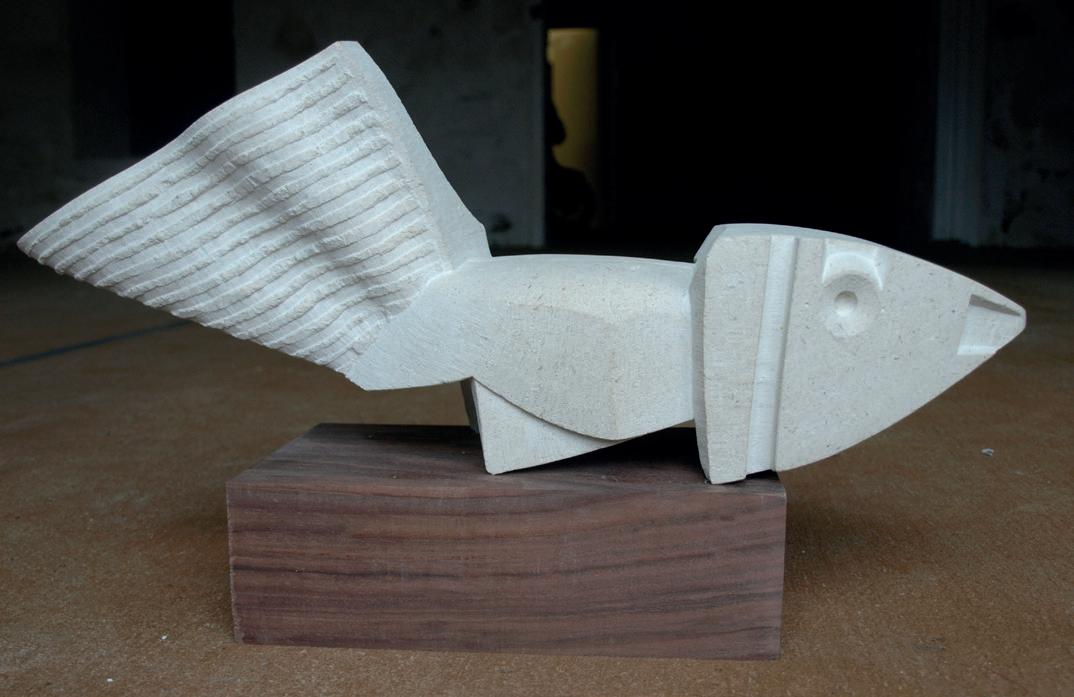







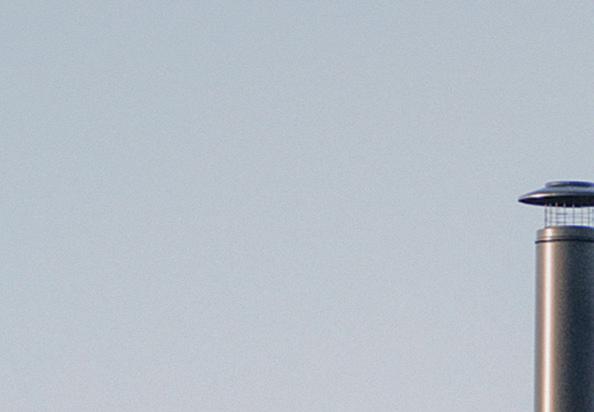


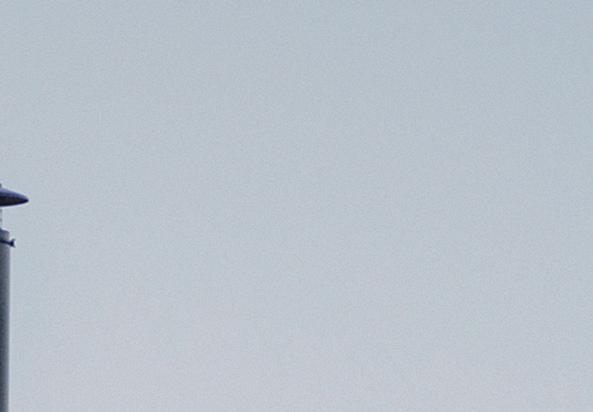





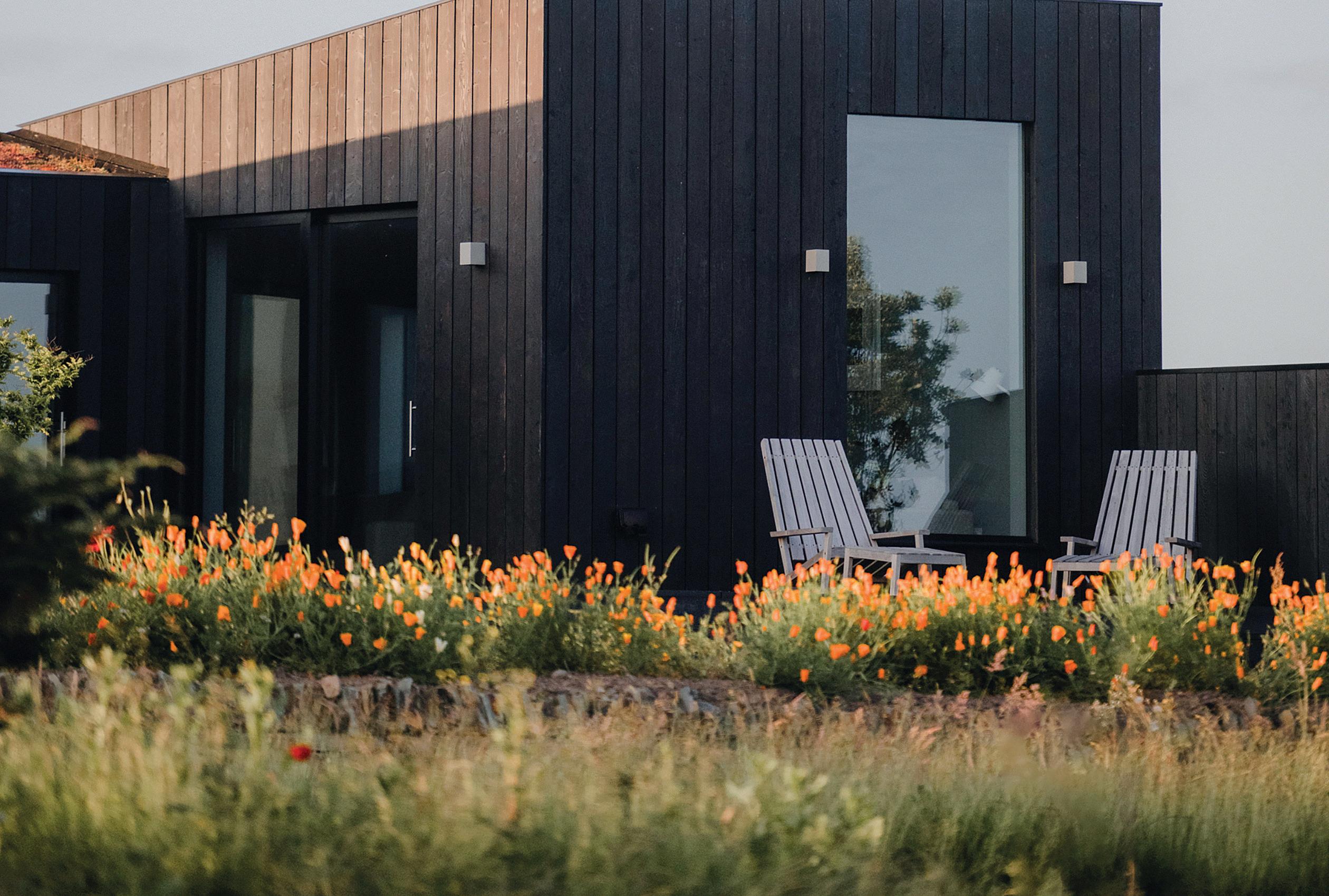
Koto at The Point is a small collection of architect-designed cabins tucked into the wild Cornish landscape above Polzeath.
Each home is thoughtfully placed for privacy and calm, yet connected to the energy and community of The Point’s coastal estate. Created in collaboration with award-winning design studio Koto, these cabins are more than just holiday homes. Each one is crafted with clean architectural lines, generous glazing, warm timber finishes and a sense of space that makes every day feel easy and expansive.
Created in collaboration with award-winning architects Koto, the ecocabins draw inspiration from Scandinavian simplicity and Japanese craftsmanship. Thoughtfully designed to blur the lines between indoors and out, they frame the surrounding seascape through expansive picture windows and offer a sanctuary of calm just moments from the shoreline.

Built with sustainability in mind, the cabins feature natural materials, eco-conscious insulation, and an aesthetic that complements the rugged beauty of the Cornish coast. RHS Chelsea Flower Show award-winner Darren Hawkes’ effortless planting settles the cabins beautifully in the space, transforming what was once an old airstrip by planting wildflower meadows, Cornish hedges and native trees, creating a living habitat that only grows richer over time.
Whether you’re waking to the sound of the birds or stepping onto your private deck to watch the sunset over Pentire Point, life in a Koto cabin is about being present in the landscape. The cabins are available fully furnished and turnkey-ready, with interiors curated by the Koto Living team.
INSET
Soft minimalism inspires the interiors
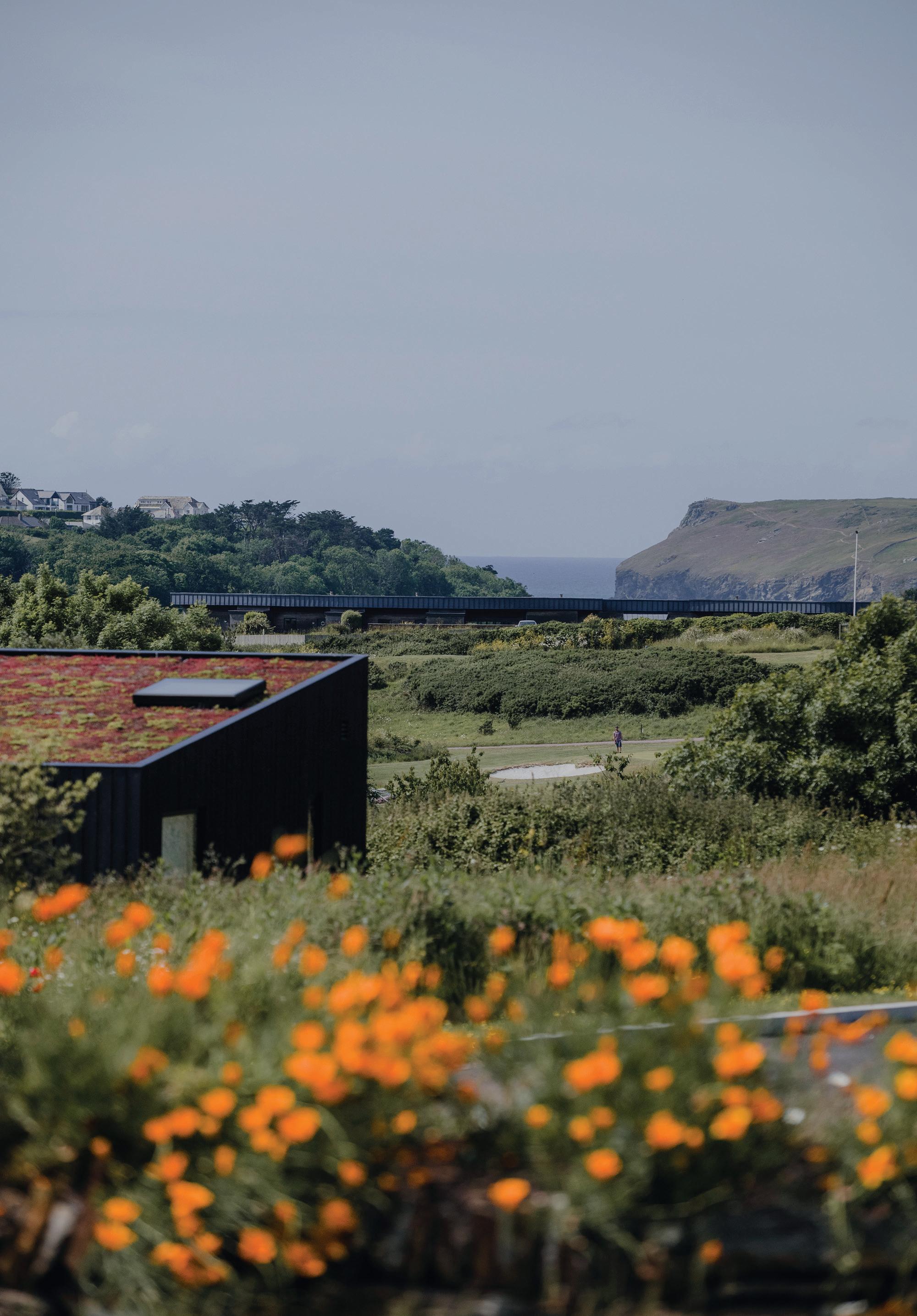
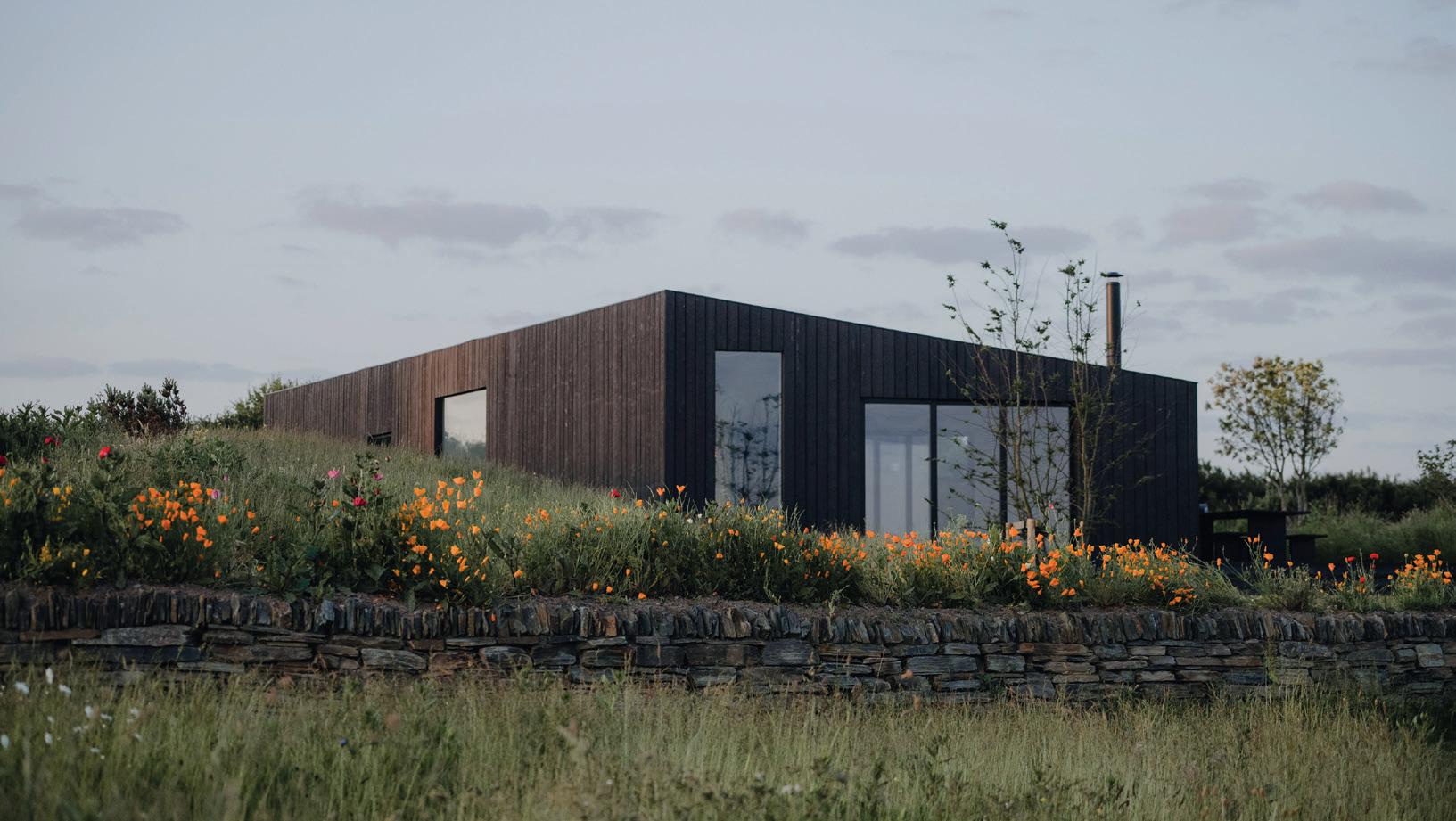
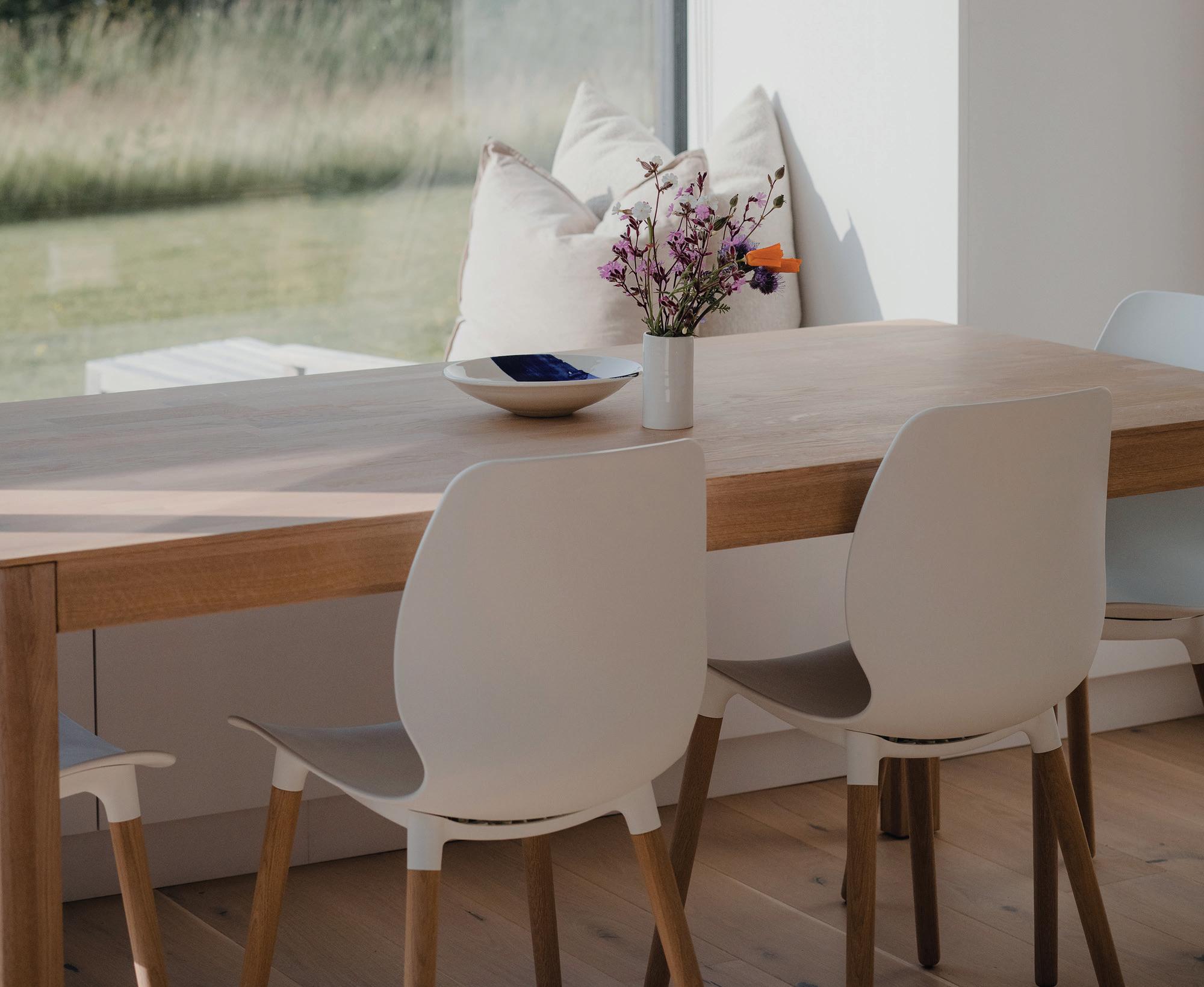
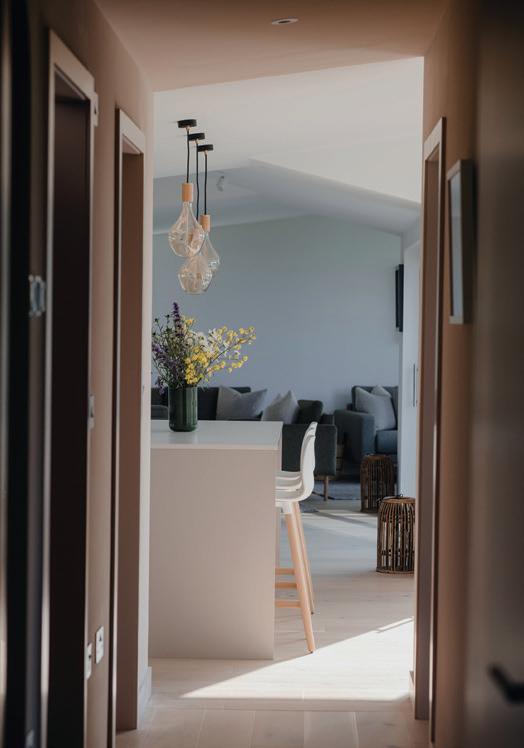
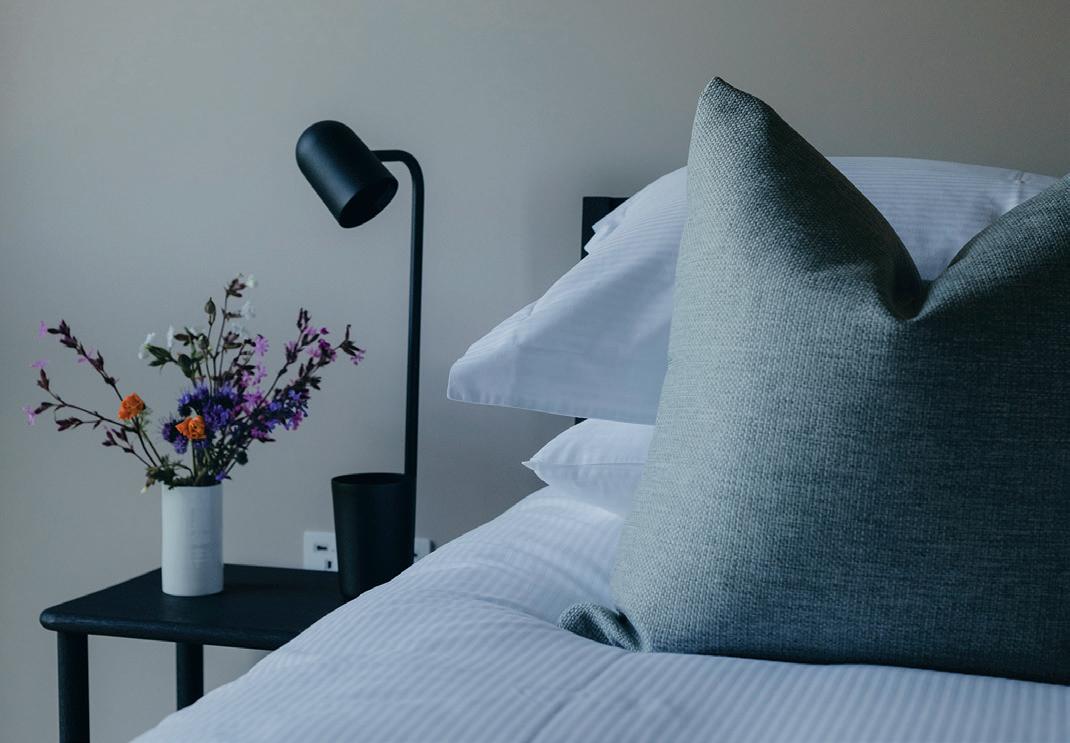
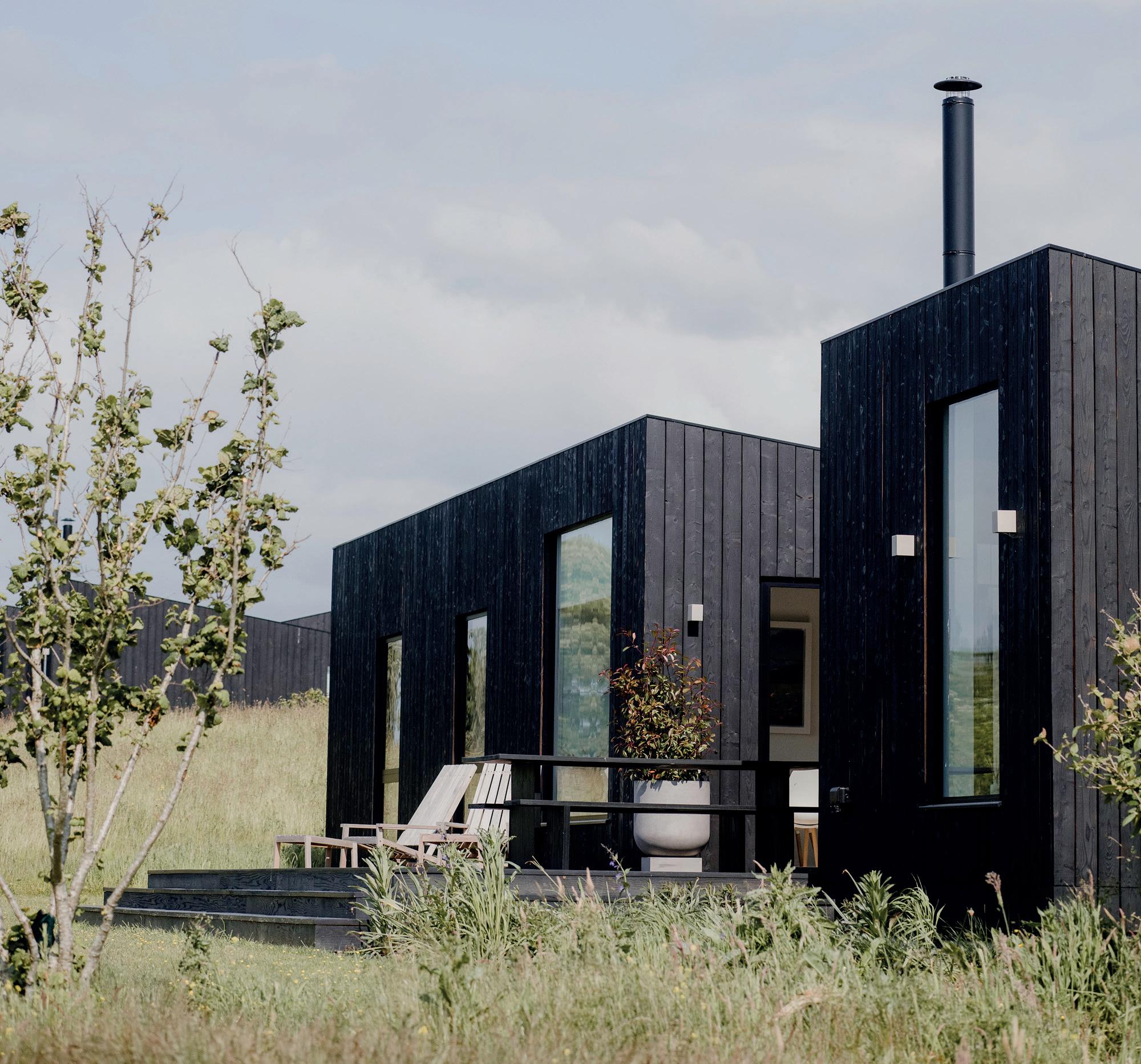
ABOVE Treading lightly on the landscape
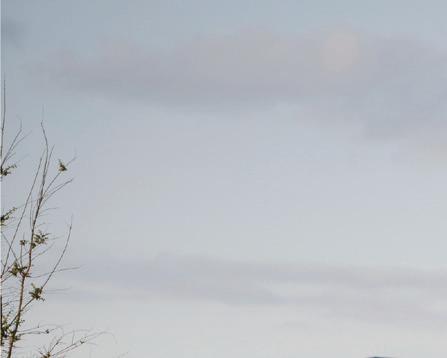
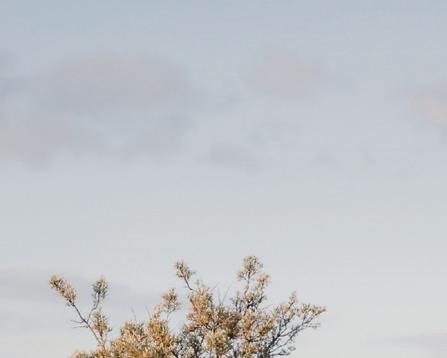

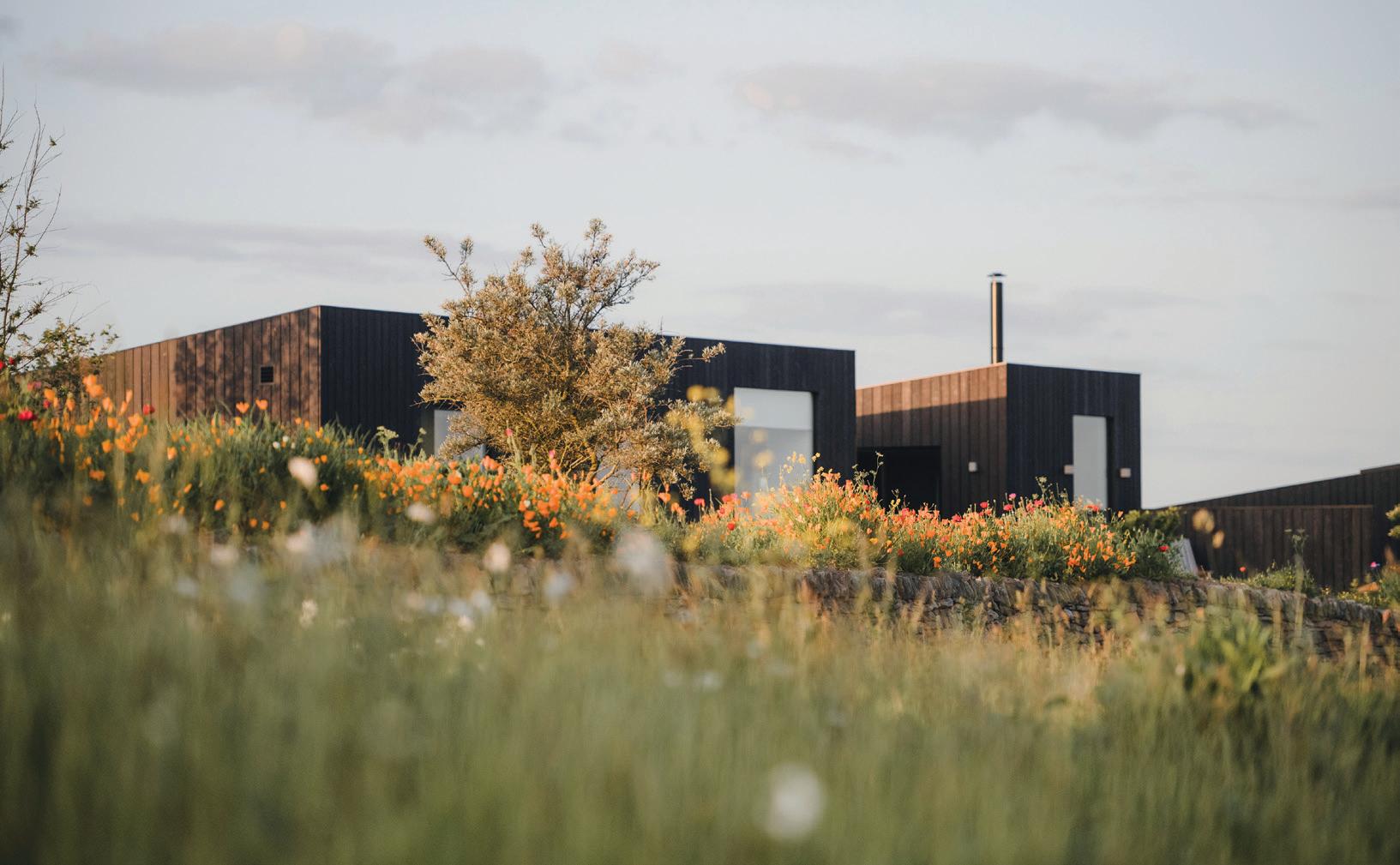
Their signature aesthetic is perhaps best described as soft minimalism – spaces that are pared back yet warm, carefully curated but never stark, spaces designed for comfort and practicality, from bespoke kitchens to spa-like bathrooms. While the cabins themselves are crafted with sustainably sourced materials and thoughtful design details that tread lightly on the landscape.
Owners enjoy access to the facilities at The Point, including golf, padel tennis, an indoor pool, and a health club complete with sauna and steam room, as well as a bar and restaurant, all within walking distance. There is no council tax, stamp duty, or conveyancing fees to pay (business rates apply) and ownership also comes with the added benefit of The Point’s expert property management service, meaning your home can work for you even when you’re not there.

To completely appreciate the benefits of Koto at The Point, you need to experience it. Rumps 16 and Rock 9 are now available to book through The Point Holidays from £175 per night, giving you the chance to immerse yourself in the design, the landscape and the pace of life before you make it your own.
There are currently two completed Koto cabins available to buy one of which is Rock 12; a beautifully positioned home featuring a log burner, roof lights, upgraded furnishings and private decking that opens onto views of the meadow and sky. A calm retreat, ready to enjoy now. In addition, there are five plots on which you can order your own bespoke cabin. Koto at The Point prices start at £660,000, email eva@thepointatpolzeath.co.uk to book a private tour.
thepointatpolzeath.co.uk thepointholidays.co.uk












Award-winning Now Kitchens, bringing bespoke kitchen design to Cornwall.
Now Kitchens, based in Helston, has been designing kitchens and interior spaces since 2008, blending visionary design with exceptional craftsmanship to deliver timeless, elegant spaces tailored to modern living.
Their latest project, a collaboration with R Sincock & Son Builders, recently earned them the Siemens studioLine Kitchen Design of the Year 2024 award. This kitchen, situated within a newly remodelled open-plan home, is a masterclass in balance – dark and light, form and function, boldness and restraint.
Tell us how you got involved with this project
We were brought into the project by R Sincock & Son Builders, with whom we collaborated closely. The client had a very clear vision of a luxurious, contemporary kitchen that would be both highly functional and beautifully complement the newly remodelled openplan space. With a legacy of innovation and individuality, Now Kitchens was tasked with bringing that vision to life, creating a kitchen that would make a bold statement while delivering a cohesive and harmonious feel within the home’s new design.
How did the design come about?
The design was shaped by the client’s desire for a sophisticated, minimalist space that prioritised functionality, elegance, and social interaction. They wanted to blend moody, matt black tones with warm, natural textures and brass accents. We worked with German kitchen manufacturer Hacker to source bespoke black wood grain doors, integrated brass handle rails and beautiful oak ‘reeded’ cabinetry for the sink and island areas. The kitchen layout was carefully zoned to accommodate cooking, entertaining and dining, all while maximising the stunning coastal views.
What Siemens appliances was the homeowner most keen on?
The client was especially excited about the Siemens’ exclusive studioLine range. They loved the combination of smart connectivity, cooking precision and sleek aesthetics. The standout features included the Siemens induction hob paired with the GlassDraft Air extractor, two studioLine ovens – one with full steam capability and an integrated bean-to-cup coffee station. Spacious refrigeration, ample freezer capacity, and a whisper-quiet dishwasher all contributed to a kitchen thoughtfully designed for effortless entertaining.

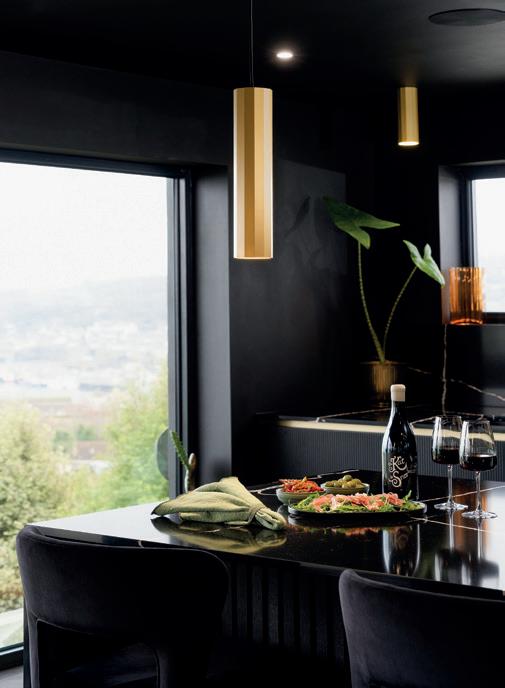

Tell us about the chosen finishes.
The finishes were carefully curated to deliver a luxurious yet timeless look. We combined custom black wood grain, with reeded oak doors to introduce texture and depth. Brass handle rails added a touch of warmth and glamour, beautifully contrasting against the matt black surfaces. A dramatic polished worktop provided durability while enhancing the overall elegance of the space. Details like the black Quooker tap, composite sink, and integrated waste disposal system completed the design with a seamless, modern aesthetic.
What was the biggest challenge?
Thanks to the expertise of R Sincock & Son Builders, there were minimal construction challenges. However, designing a kitchen that not only moved to the opposite end of the open-plan living space but also made full use of the stunning coastal view, required careful planning. We had to ensure that the flow between kitchen, dining and living areas felt natural while also delivering on the client’s high standards for practicality, storage and design impact.
What does it mean to win?
Now Kitchens and R Sincock & Son Builders. It recognises the hard work, creativity, and collaboration that went into this project. For Now Kitchens, it’s a proud moment that showcases our commitment to delivering exceptional, bespoke kitchens that truly transform our clients’ homes. It also highlights the importance of strong partnerships – working alongside R Sincock & Son Builders and listening closely to the homeowner’s vision was key to creating a space that’s both breathtaking and beautifully functional.
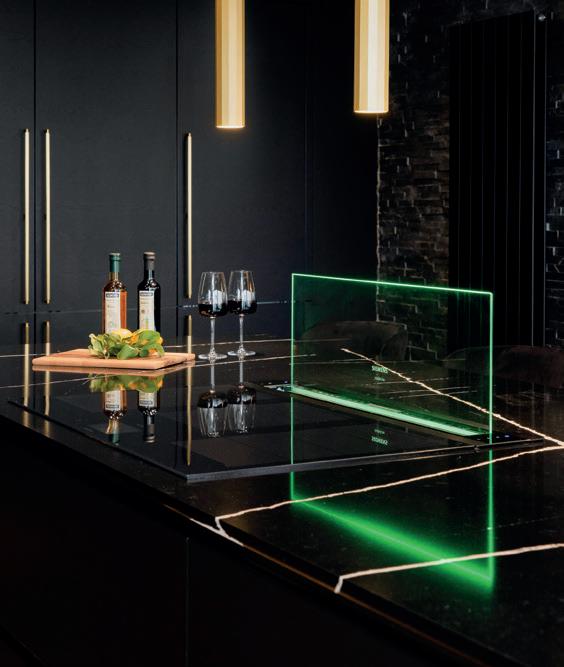
Winning the Siemens studioLine Kitchen Design of the Year 2024 is an incredible honour for both
While this award-winning kitchen stands as a testament to Now Kitchens’ design prowess, it is just one example of their broader commitment to excellence. Since their founding in 2008, Now Kitchens has been dedicated to creating inspirational living spaces that marry functionality with aesthetic appeal.
Their two-storey kitchen, furniture and bedroom showroom in Helston offers a tangible insight into their design philosophy. Visitors are invited to explore a carefully curated selection of British and German kitchens, Italian bedroom furniture and timeless living spaces – all designed with precision, elegance and an intuitive sense of space. From utility and boot rooms to home offices, media walls and home bars, the showroom serves as both inspiration and a testament to their versatility.
Extending their signature design ethos beyond the kitchen, Now Kitchens curate luxury bedroom and dressing areas that seamlessly blend opulence with everyday functionality.
Each space is tailored to the discerning client, incorporating bespoke wardrobe systems with Italian-crafted finishes, custom jewellery display units and precision-engineered watch drawers for horology enthusiasts. From hand-finished softclose cabinetry to ambient lighting and velvet-lined accessory cases, every element is considered. These are not just storage solutions, they are personal sanctuaries, crafted for those who value refinement and discretion.
Ideal for renovation projects or newly designed homes, these bespoke interiors bring a cohesive, elevated feel to every corner of the property. Tailored to personal tastes, these thoughtfully designed living areas adapt to modern lifestyles.
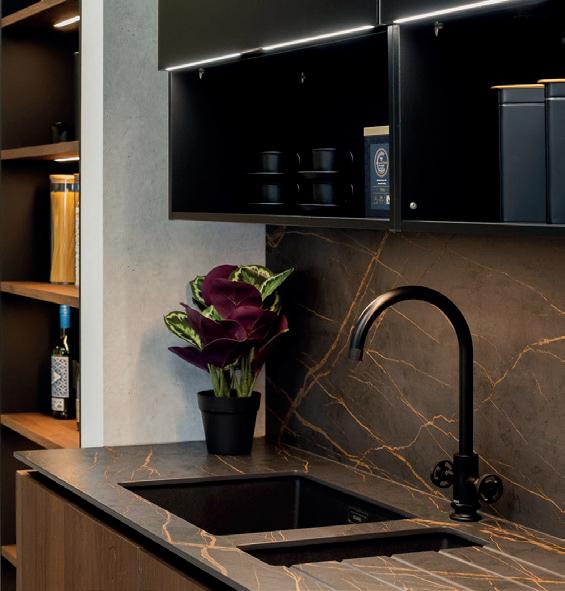
Gone are the days when the television had to take an unsightly centre-stage. Now Kitchens is also able to create the ultimate family entertainment space with a bespoke media wall and built-in television unit. Not only will this maximise every inch of space but you can make a statement with your own bespoke design. Made up of your very own choice of doors, drawers and wall panel designs, your wall can even feature the latest integrated technology. Gone are unsightly cables and trip hazards, replaced with an attractive and unique builtin media unit that will give your guests something to talk about.
With the popularity of open-plan spaces, Now Kitchens is also able to help bridge the design gap between kitchen and living area. From sideboards and dressers to dining tables and storage cabinets, furniture can be colour matched to bring a seamless colour palette to any room.
The same attention to detail can be achieved when creating calm from chaos in a boot room, or order and harmony in a personal home-office sanctuary. Think clutter-free cohesive spaces, with storage and lighting solutions that go beyond the functional. Now Kitchen’s remit even extends to the unashamed luxury of a home bar. Award-winning designers will guide you through the process of selecting the ideal location for your home bar. Create a space that reflects your personal style and taste and allows you to unleash your inner mixologist in the comfort of your own home, whether you have a small corner in your living room or a dedicated space in your dining area.
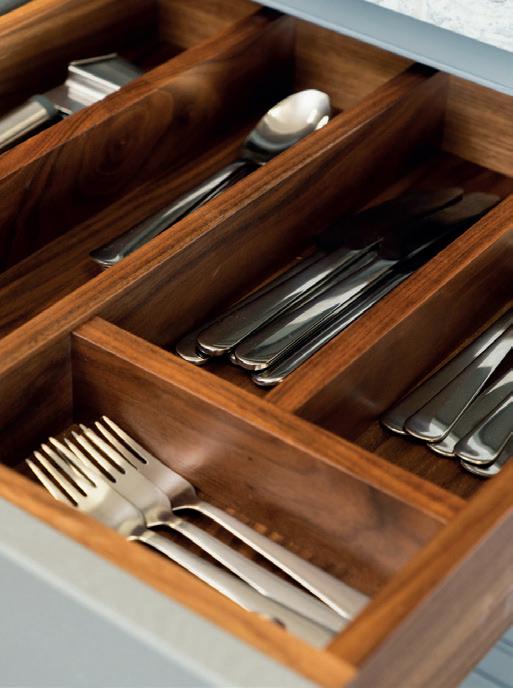
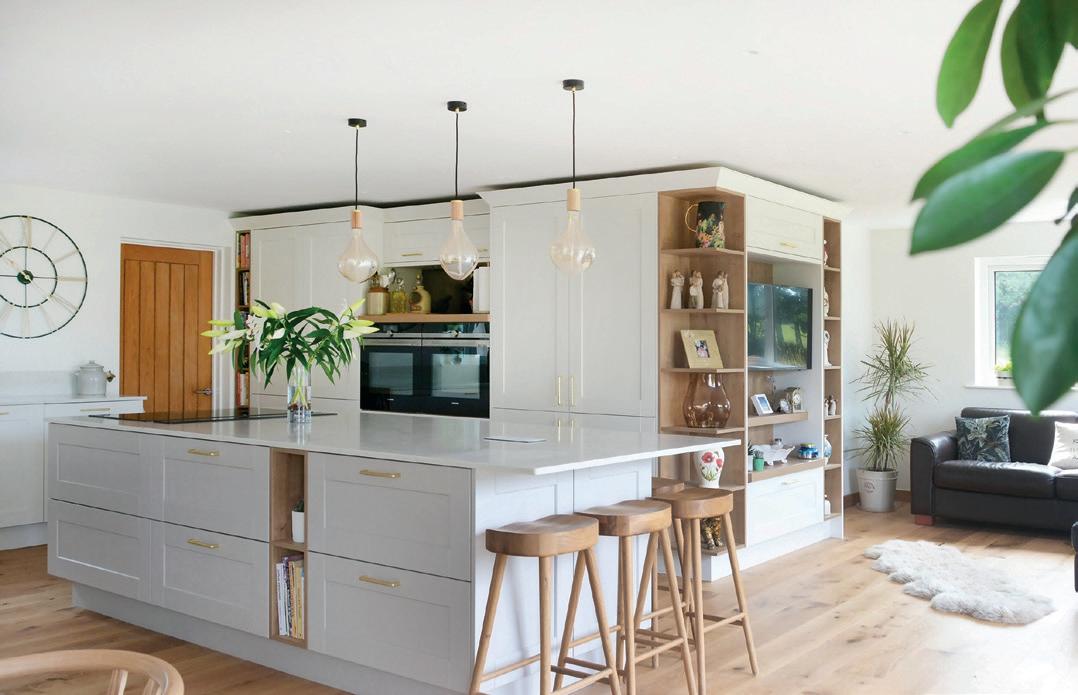
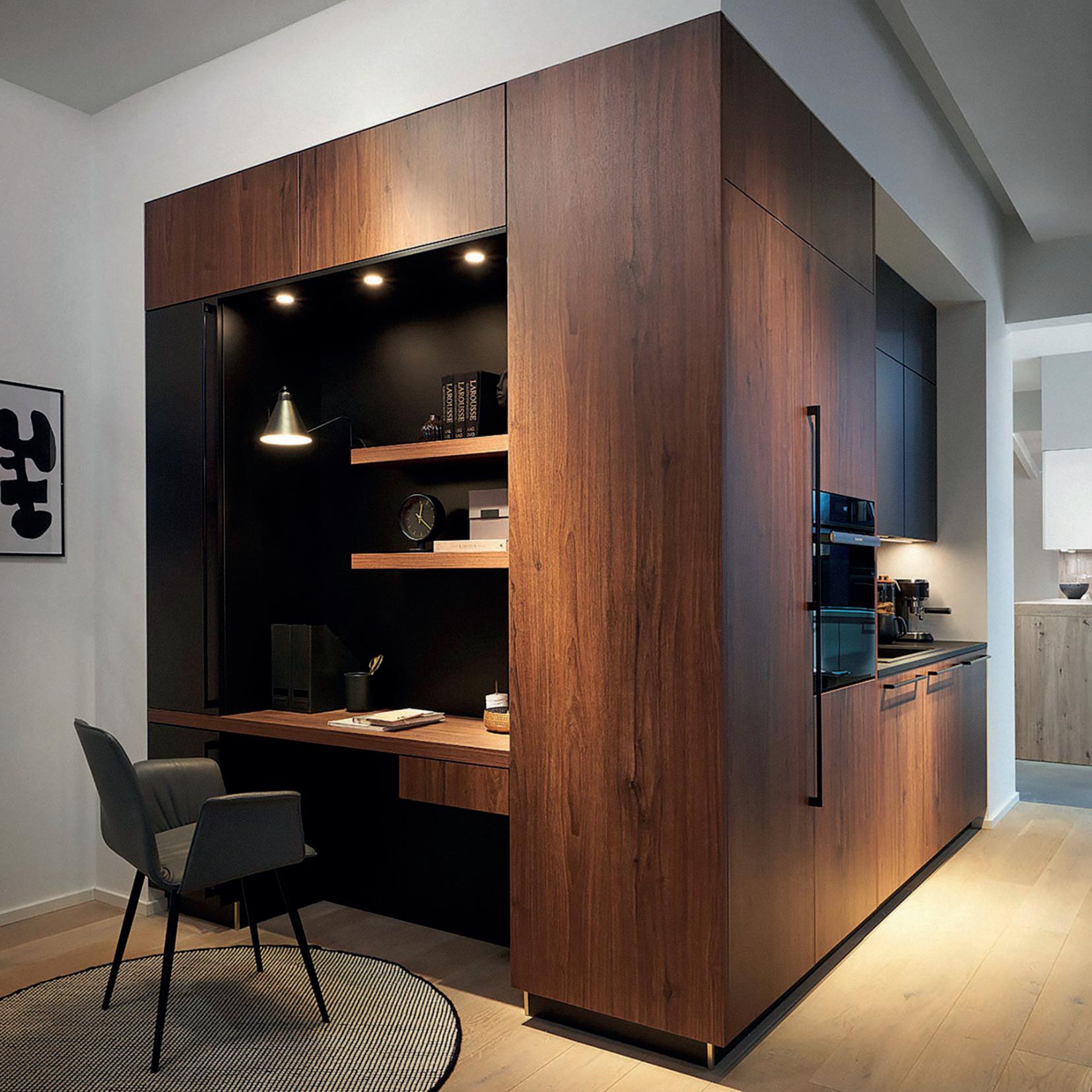
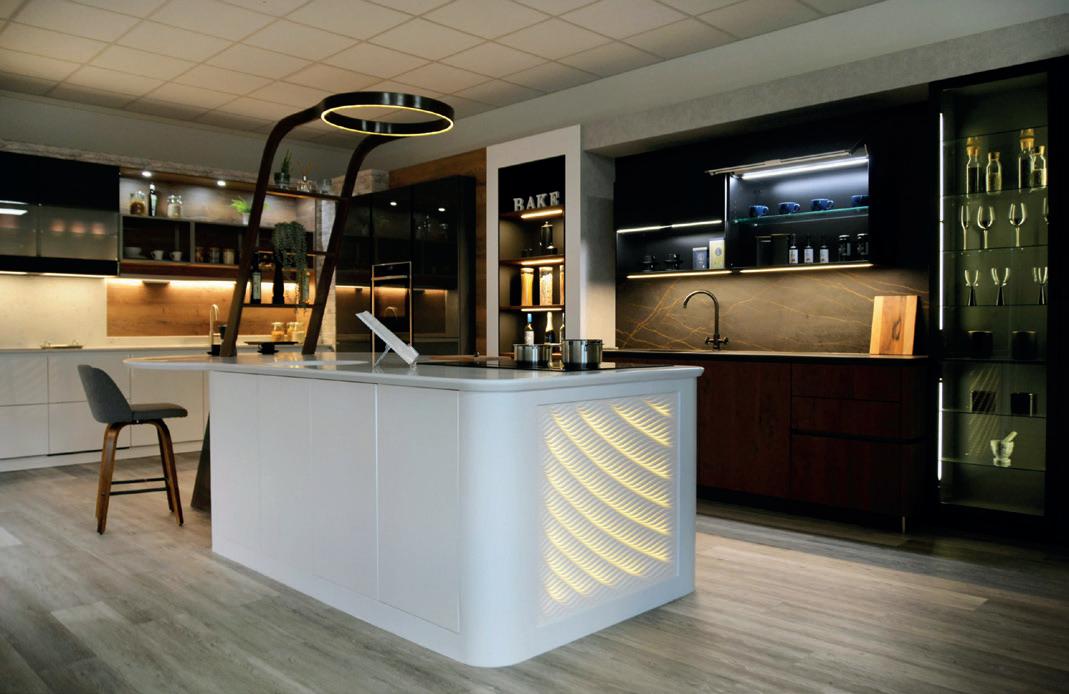

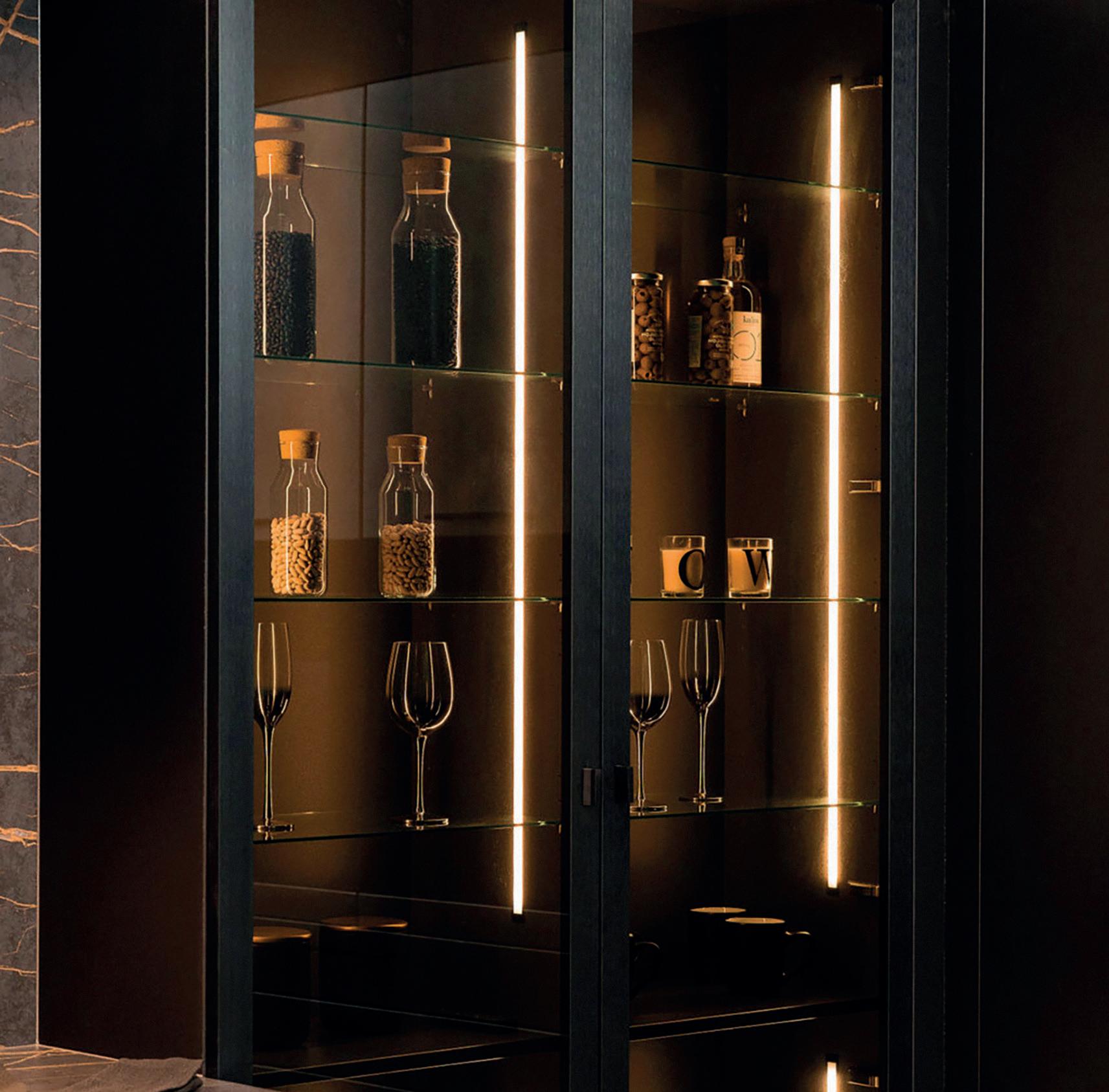

Every space is approached with the same designled precision and attention to detail. This holistic approach to interior design underscores their belief that every space in a home should be both functional and reflective of its inhabitants.
Central to their service is a commitment to collaboration. From the initial consultation to the final installation, clients are guided through each step, ensuring that the final design aligns with their vision. This collaborative ethos, combined with their dedication to quality and innovation, positions Now Kitchens as a leader in bespoke interior design in Cornwall. The recent accolade from Siemens not only celebrates a singular project but also highlights Now Kitchens’ consistent dedication to excellence. Their ability to harmoniously blend cutting-edge technology with timeless
design principles ensures that each project is both innovative and enduring.
In a region where the landscape inspires creativity, Now Kitchens stands out for their ability to translate that inspiration into tangible living spaces. Their award-winning work is a reminder that true design excellence lies in the details – in the careful selection of materials, thoughtful layout, and the seamless integration of form and function.
For those looking to transform their homes into reflections of their style, Now Kitchens offers not only designs but experiences, crafted with care, precision and an unwavering commitment to quality.
now-kitchens.co.uk
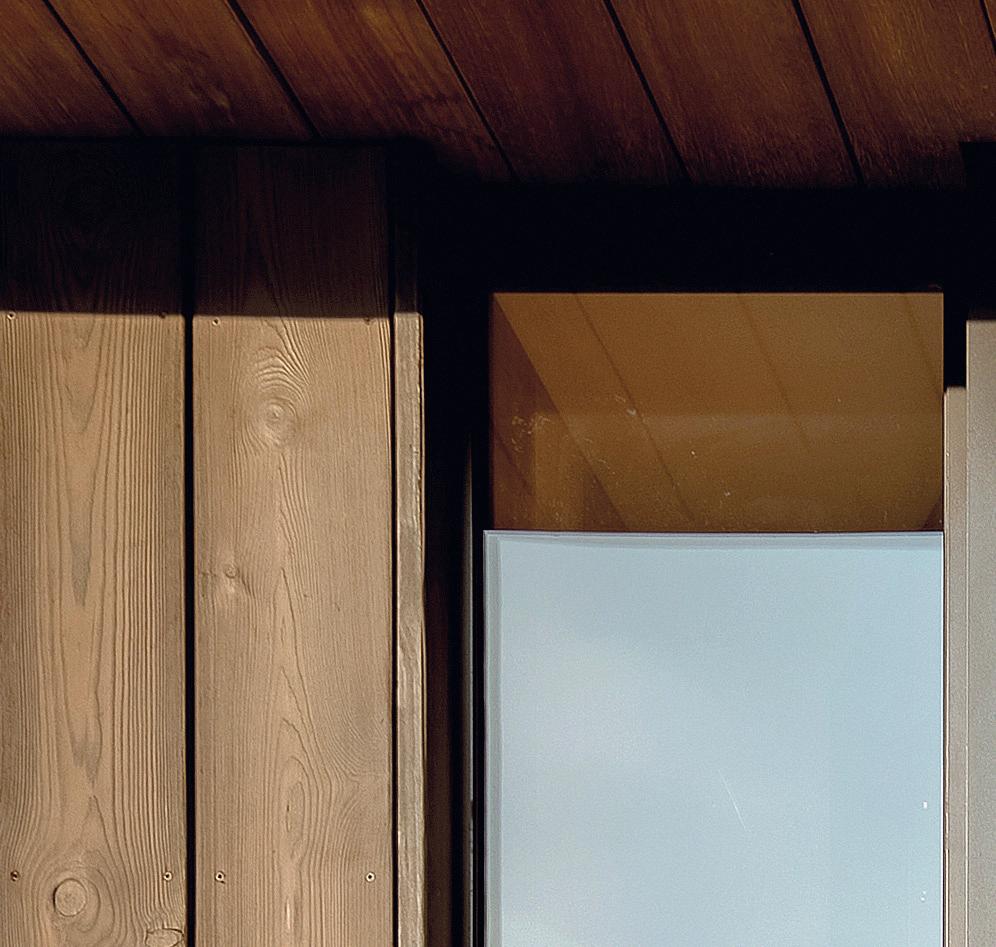
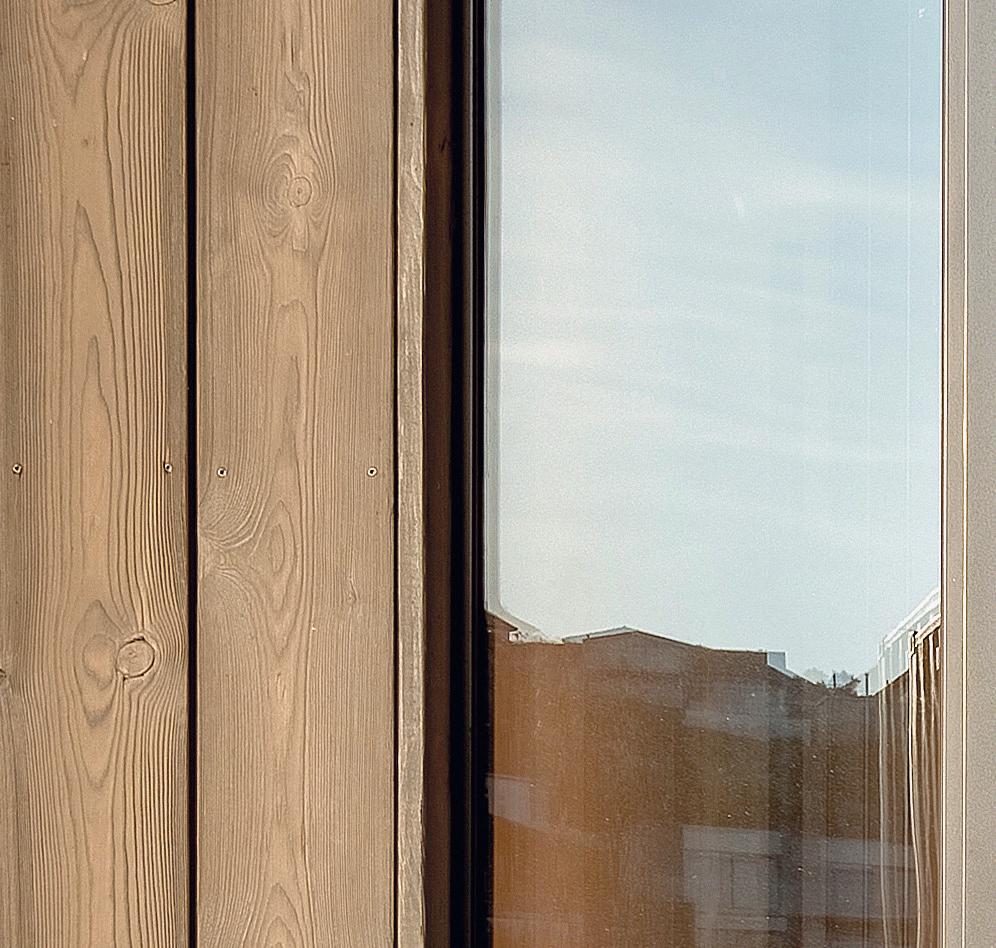
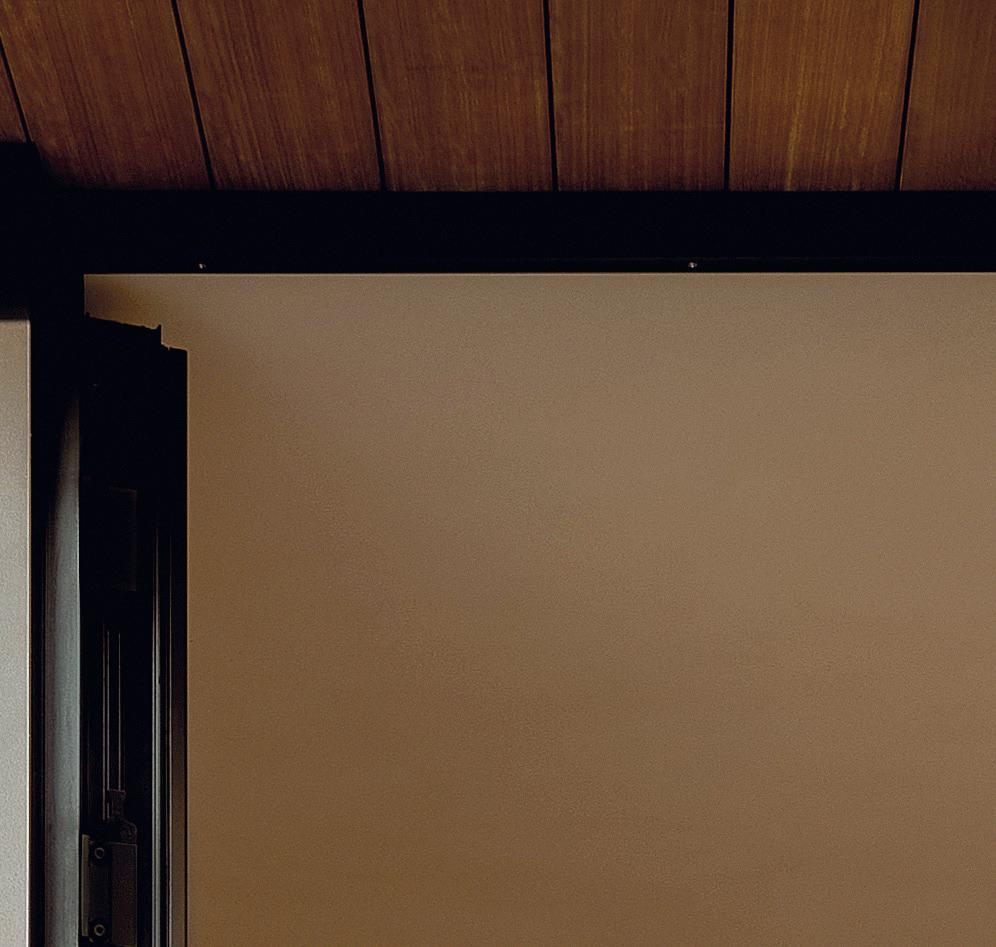
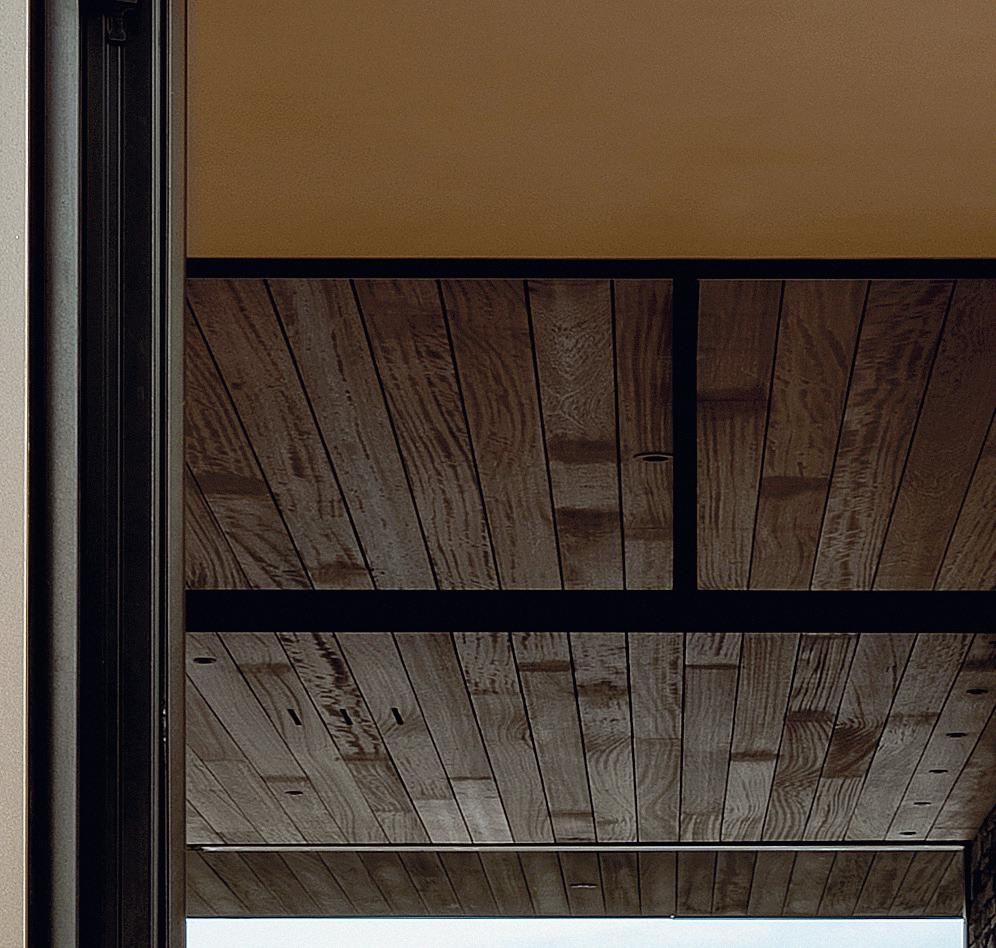
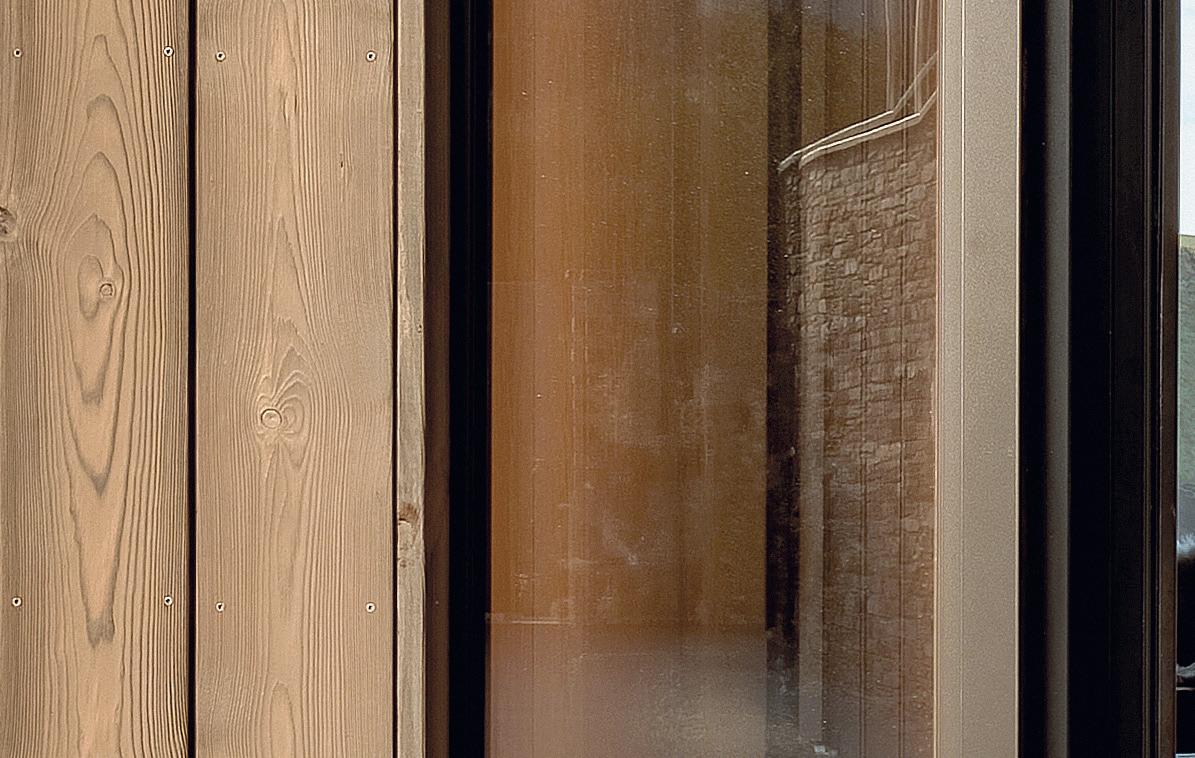


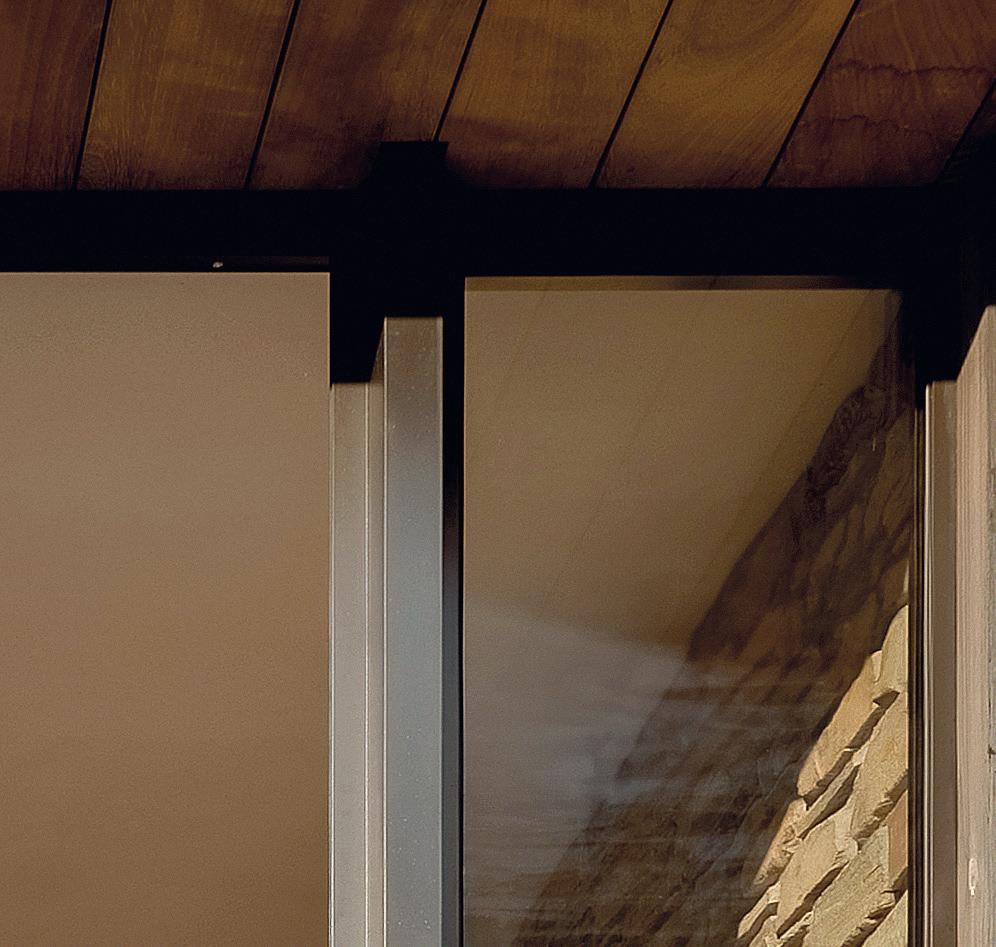
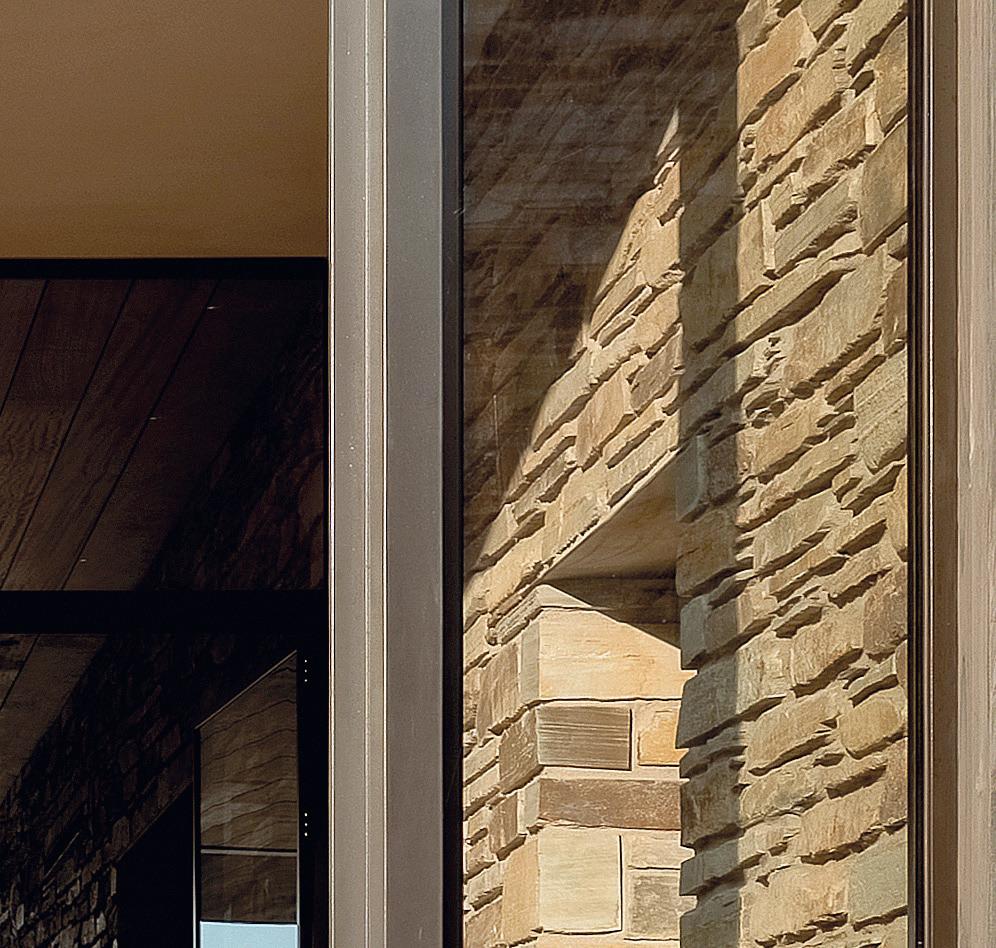


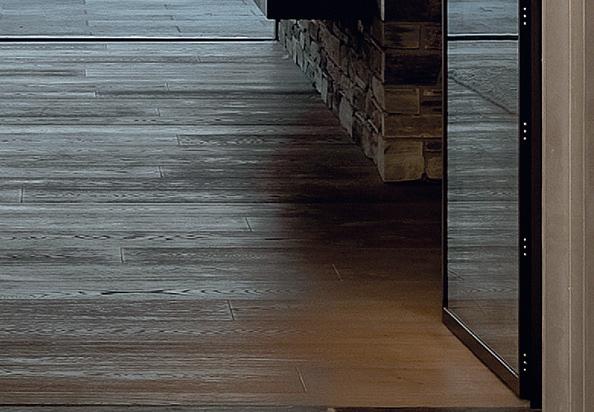
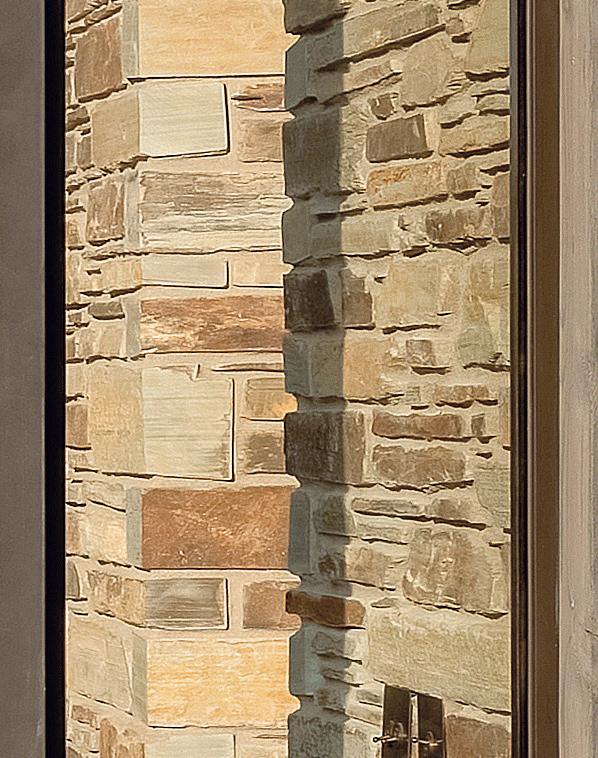
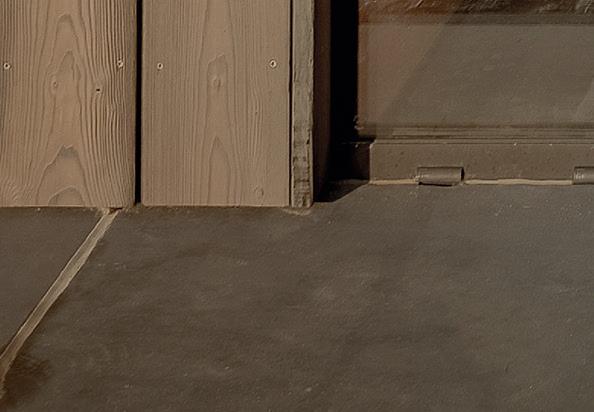
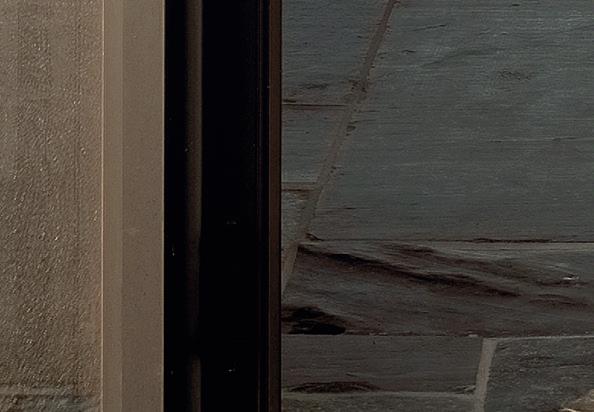
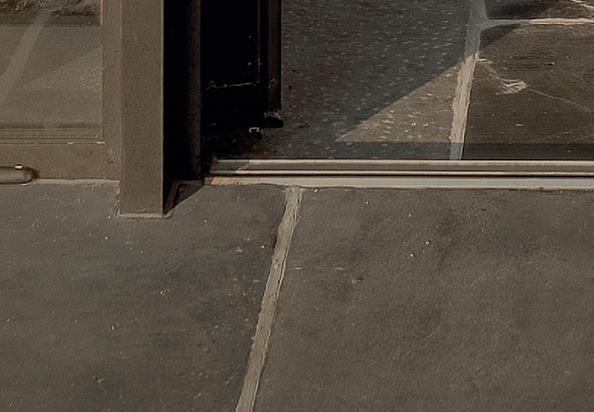
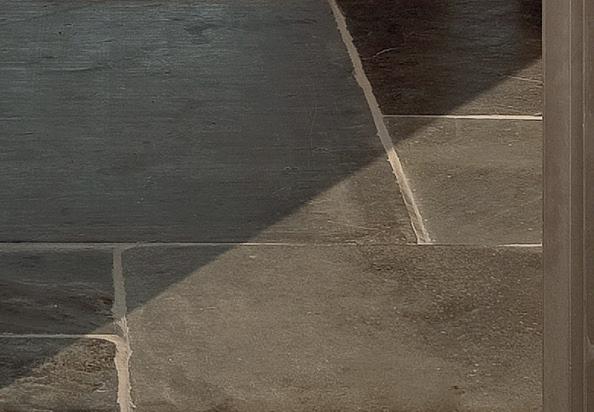
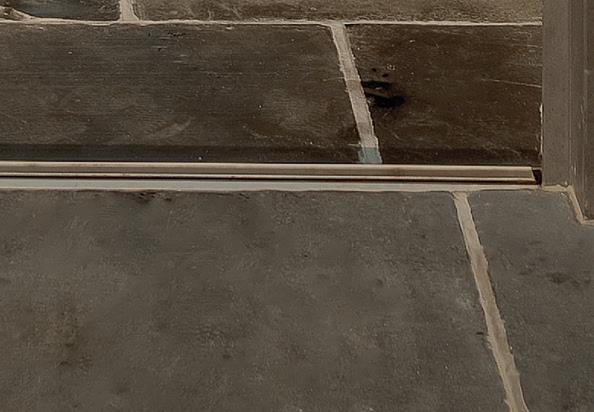

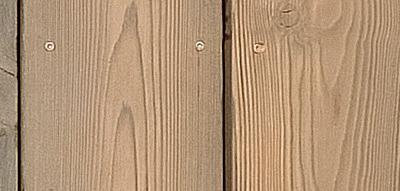
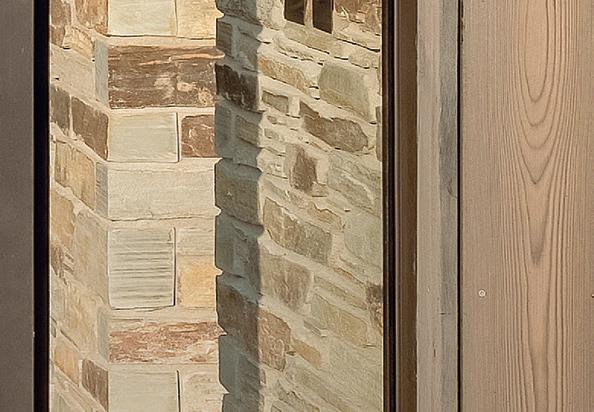

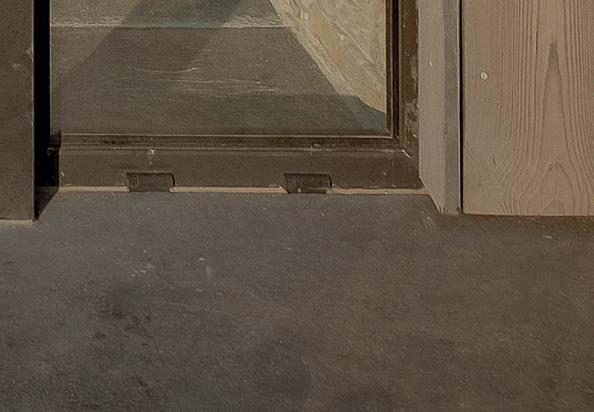
“Of the hill, from the hill, for the hill”; a dialogue between landscape and living.
The RIBA national awards are a highlight of the architectural year where a panel of architects visit projects throughout England to select the best, the curious and the deeply worthy. This year only one house in Cornwall made it through to the final jury selection and is now being considered for house of the year 2025. Mike Rundell, Principal of Rundell Associates, discusses what makes Two-Family House such a special project.
How did this project come about and what drew you to this particular site?
One of the clients was well-known to us as we had worked on their London home previously, so we had good experience of working together. They were interested in finding a seaside retreat, so I went in search of a suitable site on their behalf.
unfeasibly expensive for my client to make best use of the site. Rather than accepting a trade-off on location or design, they made a different compromise: to share ownership. They therefore approached some like-minded friends and plans for Two-Family House were born
Can you tell us about the existing structure and how you approached the site initially?
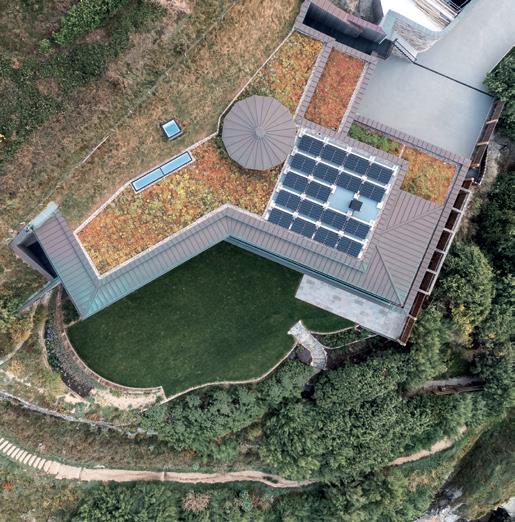
I’m Cornish myself, and grew up in Cornwall in a family of builders; I know the North coast very well and realised that a site in Mawgan Porth would be perfect as it’s so close to Cornwall Airport Newquay. We were lucky enough to secure an off-market sale of a frontline south facing site with a garden and private path leading right down to the beach. Perfect!
While it was obviously a great location, it soon became clear that it was going to be
It was a classic 1930s house, built on the site of an abandoned quarry with a high stone face at the back of the plot and a plateau at the front. The original house had been set quite a way from the back of the quarry, so we effectively kept the same plateau, nibbled away a bit more of the stone face and planted the new house right back against the face of the quarry, which gained us a lot of extra space.
What was the client’s brief and how did you respond to it?
The house had to exist comfortably in its surroundings, connecting with them, rather than being a brash intervention – an ambition wellarticulated (with apologies to Abraham Lincoln) as “Of the Hill; From the Hill; For the Hill”. The clients wanted a modern home and each person had their own wish list, most of which was achievable. One particularly memorable request was to
be able to see swathes of colour from sea, to beach, to garden and then to the sky – lines of blue, yellow, green, blue – which was for me a particularly colourful brief. Another was to have a place where you could sit and watch the sun set into the sea every evening. That in itself was quite complicated, because the sun doesn’t set in the same place throughout the year; rather it changes through a wide arc between mid-winter and mid-summer. However, for 90% of the time we achieved the ideal and for the rest of the time the client was prepared to stand outside instead. A measure of compromise is always essential…
Can you tell me about the materials used and how they respond to the landscape?
The lower part of the house – the plinth – is faced in locally quarried stone. Whilst it would have been wonderful to use material from the site itself, this wasn’t possible due to its quality, and so stone was sourced from a couple of quarries a few miles away. We used two quarries because we wanted a real variety of colours ranging from reds, and browns to yellows and greys.
The upper part of the facade is clad in Shou Sugi Ban, a Japanese charred timber, in a paler grey than is normally used to ensure it blended with the silvers of the local landscape. The roof was clad in copper, which was weathered by the salt from the sea to a wonderful green patina within a few weeks of installation. The interior walls were all left ‘fair faced’ and either clad in stone, in wood, or coated with a Cornish clay plaster –a naturally coloured material giving rich sandy tones of pale ochre.
How did you optimise the design for the views?
Obviously, as architects, we can’t take credit for the view – we didn’t design the hillside. What we can do is make absolutely sure that views are edited, optimised and very carefully controlled. In the early stages of the build, after we had formed the plinth on which the house would stand, we therefore pegged the property out and built a series of towers at different heights to allow the client to check the views that would eventually be part of their life – views from the bedrooms, from the kitchen, from the spa etc etc.
By doing this, we realised that the angle between the west and east wings were not quite right – and so we changed it by eight degrees to take the view away from the village of Mawgan Porth and more towards the headland at the front. And now, when you walk into the house, your view is entirely focussed on the headland and the sea, making it feel very private, very secluded. This kind of late tweak was only possible due the bespoke nature of the build and the close relationship we had with the client.
Can you tell me about your approach to sustainability?
Both families were very environmentally conscious – which suited us perfectly as it is also fundamental to our practice. The choice of how to build was therefore very much on the table from the beginning. We had used crosslaminated timber (CLT) as the basic structure in a recent project with the builders – Gynn Construction – and it seemed the most sensible
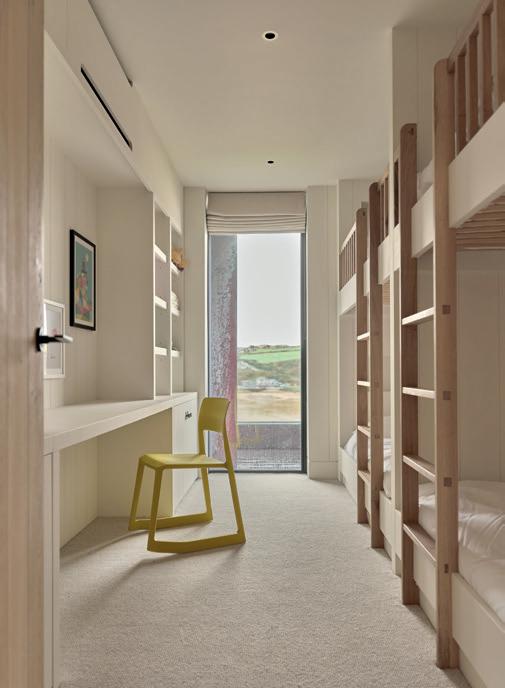
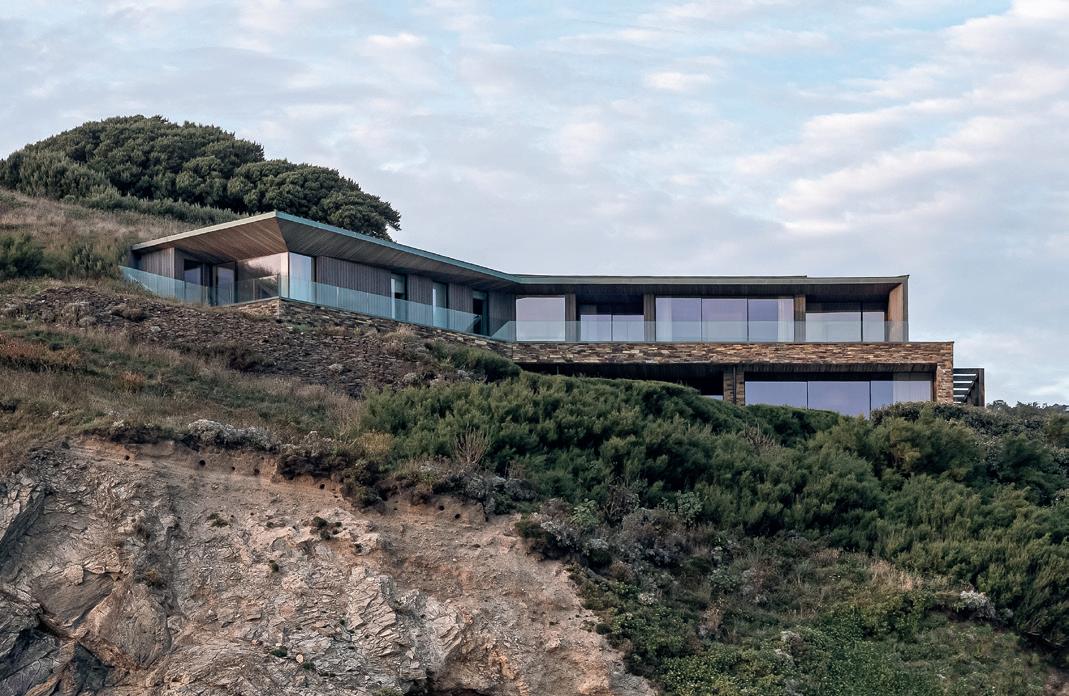


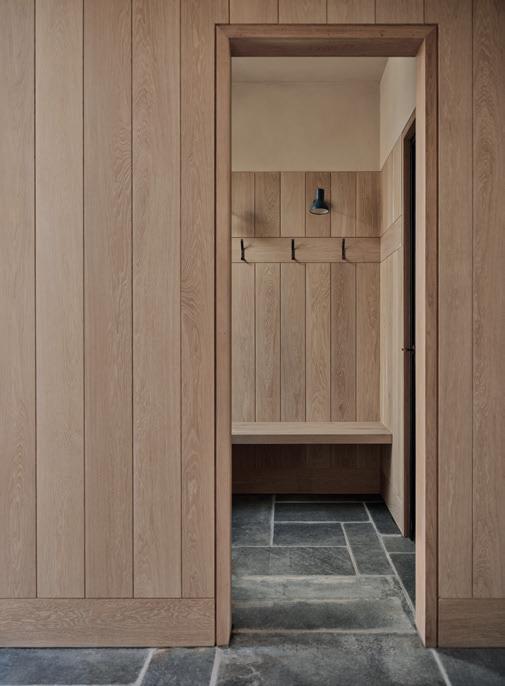

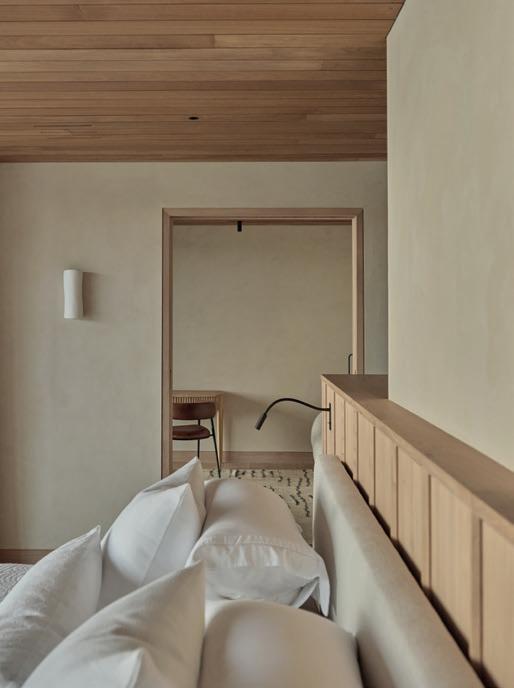
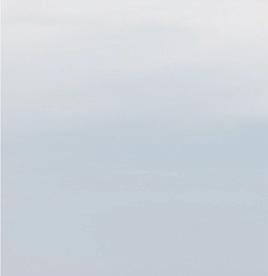
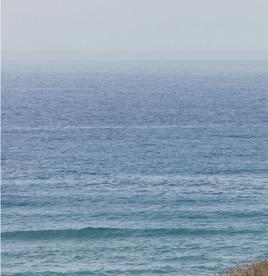

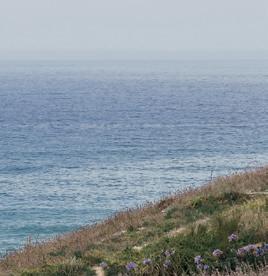


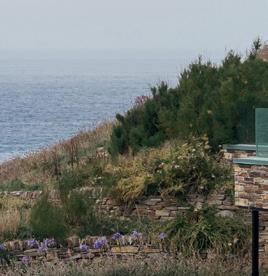
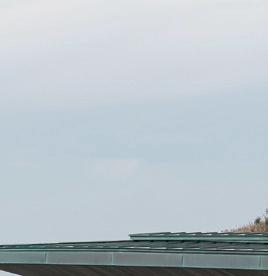
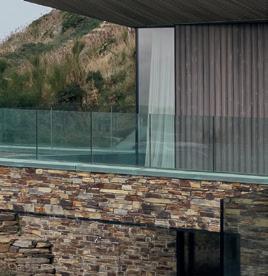

and environmentally sustainable option for this house as well. The process involves machining large panels of prefabricated timber that, while taking up quite a lot of design time at the start of the project, pays dividends as the build process on site is very fast. As the panels are so carefully made and set out you can pre-order your windows and doors, so that, when the structure arrives, it can be installed, coated in a waterproof membrane and then made watertight almost immediately.
While this calls for considerable logistical control behind the scenes, there’s no other system that can get a building erected in two weeks. And in Cornwall, getting a building up in that relatively short space of time is a very, very useful thing. Being on the North Atlantic coast you want your building to be weather-tight as quickly as possible. We then installed a ground source heat pump alongside electricity from solar cells, PVs and batteries to make sure the house was as self sufficient as possible.
How did you address the challenges of building in Cornwall’s climate?
We designed the whole building – from the plaster, to the CLT structure, to the thick woodfibre insulation and cladding – to be breathable. Obviously, you don’t want any building to be draughty, but you really don’t want to create a sweaty box where there is damp air all around. We then installed an MVHR system (a mechanical ventilation system with heat recovery) so that the whole house can operate in winter without ever opening a window. In summer you just throw the widows open and let the sea breezes cool the house naturally. There are a lot of sea breezes in Cornwall!
How did you work with the interior designers?
We believe that it’s absolutely to engage with an interior designer right from the beginning and so we collaborated very closely with Millard and Flo – a local company – to create a shared vision. Primarily, we needed to Cornwallproof the house, so floors needed to be robust, there needed to be areas to de-sand children and wash muddy dogs. Certain materials like steel were no-go as they would rust in weeks due to the salt air. We also agreed that the addition of texture throughout the interiors was essential to breathe life into the new build.
How does the house balance being recessive with having interior drama?
Recessive, for me, is a house that doesn’t seek to dominate its surroundings. No one wants a noisy neighbour. So, we used deep overhangs to ensure that the large glass windows are never too visible, and we used local materials, the same colour as would have been quarried centuries ago, to blend the house into its environment. We also wanted to minimise its apparent size, so we buried half the building, bringing the hillside of gorse and grass over the roof.
Internally, however, excitement is essential. One significant design element was the circular central staircase which became the knuckle around which the house is pivoted and is fundamental to the way the episodes of the house connect. It’s a beautifully dramatic shape as well – everyone wants a house to have drama but the drama needs to be curated rather scattered arbitrarily. Essentially, when designing a house, we see it as a series of episodes that make up a whole story. When you open the front door the first chapter is the view, and then the second is the
materiality and then the way that the spaces flow together. We wanted to create a progression through the house that was as visually exciting as possible. However, ultimately the way the drama and excitement are created are by the views of the hillside, the views of the sea, the views of Cornwall. That’s the main story. And then within the chapters, there are smaller paragraphs – the practicalities of pantries and boot-rooms, the twisting staircase, the window seat that you can prop yourself on while looking out to sea… paragraphs and chapters are all essential parts of a good story.
As Mike and I close our conversation I asked what the response from the families had been. They were, it was clear, very happy with the outcome and had given their feedback to the RIBA jury.
“Throughout the process, working with the team was a masterclass in patience, sensitivity and creativity”
natural and frontline setting, and furthermore, in terms of community management, by scheduling noisy and disruptive work outside of holiday periods.”
“Finally, creativity – in terms of the nuances that make the house so beautiful: the aspirational lift of the west wing of the building’s roof; the intricate aligning of wooden detailing inside and outside the house; the playful curve of the staircase; the tactility of each material the hand comes in contact with; the selection and laying of stone in the walls that bring warmth and texture.”

“Patience – because by designing a house for two families they were prepared to take on the prospect of a four-headed client, and a client group that were obsessed with getting the house’s orientation and layout perfect, even when that meant redesigning it to capture just a few more degrees of view.”
“Sensitivity – not just in terms of balancing the different demands and wishes of the co-owners, but also in ensuring the design of the house and its materials were sympathetic to its
“The resulting house is one that no-one on the project would have dared envisaged: a house where each member of both families is so in love with it, they wouldn’t change a single element, to the extent that living in the house presents only one problem: no one ever wants to leave.”
And that, of course, is what defines a great house.
Two-Family House was recently awarded a 2025 RIBA South West and Wessex Award –the only residential build in Cornwall to receive one. Presented since 1966, the RIBA Awards set the standard for great architecture across the country. Two-Family House has now been put forward for a RIBA National Award and is now being considered for house of the year 2025.
rundellassociates.com




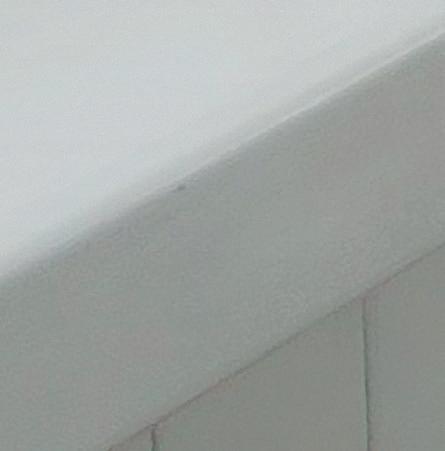
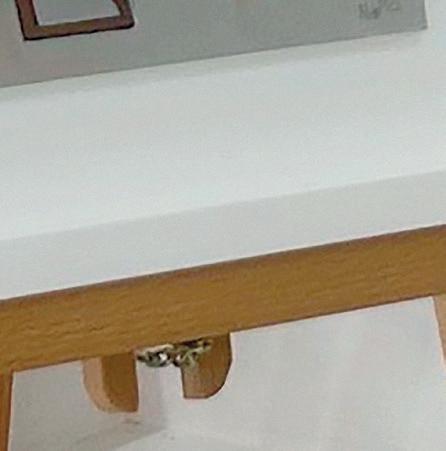

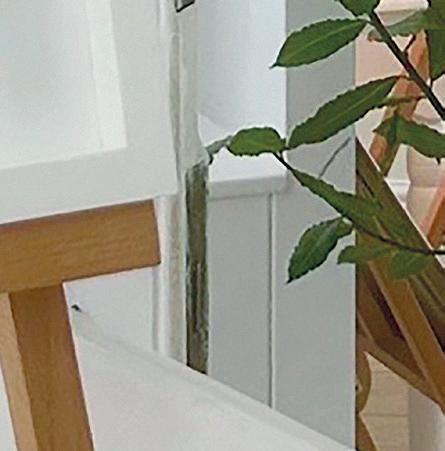
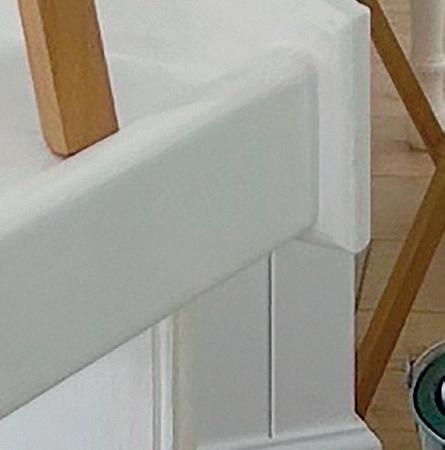
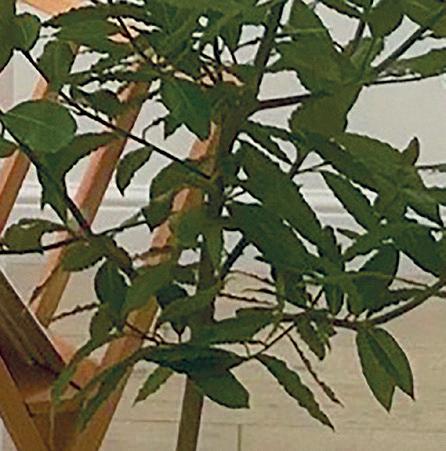
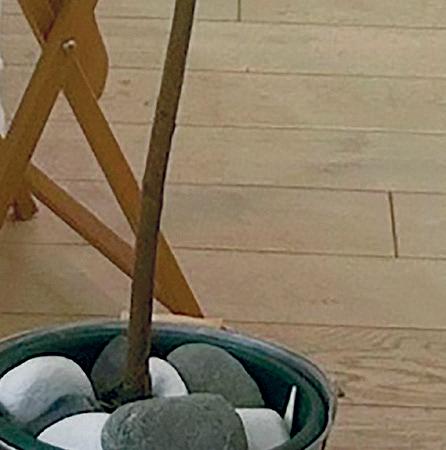
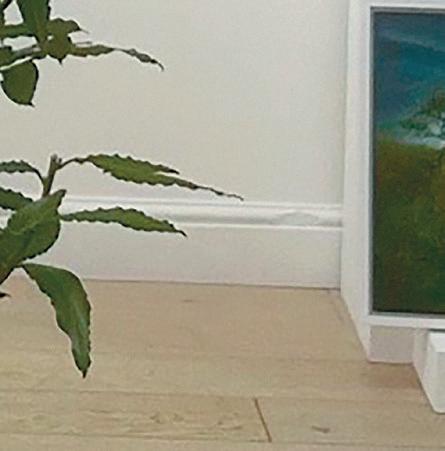

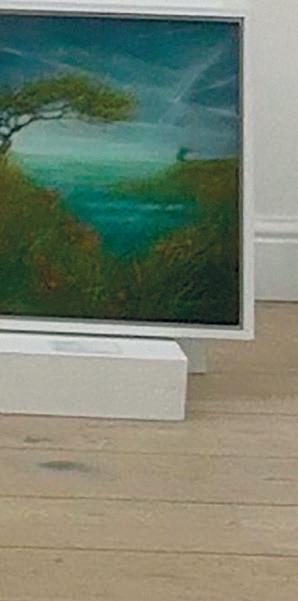
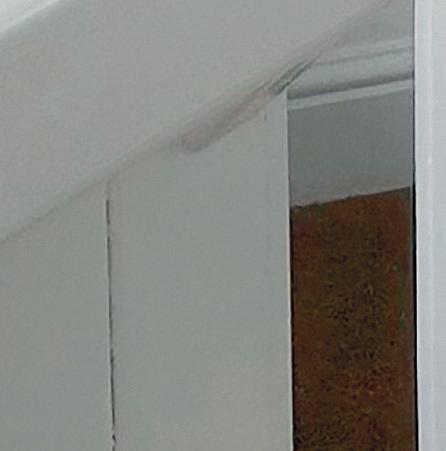
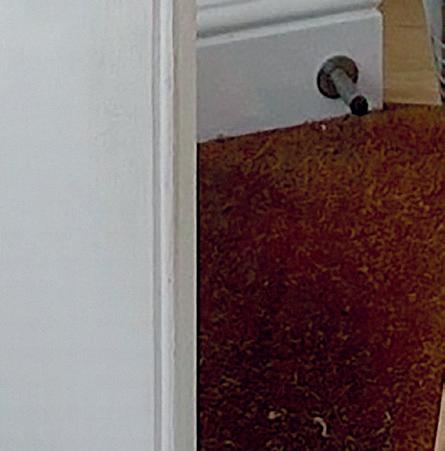
WORDS BY JAMIE CROCKER

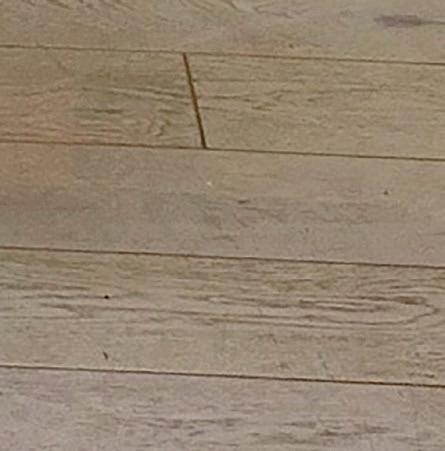
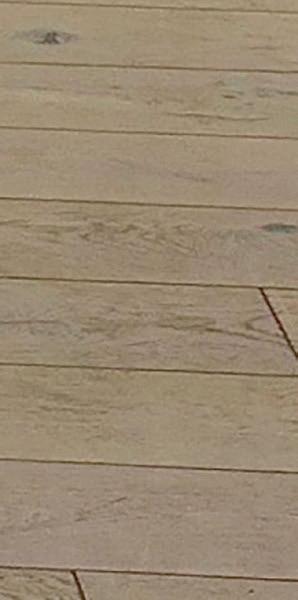

Experience contemporary Cornish work in a warm, welcoming and thoughtfully curated gallery space.
Set back in one of Cornwall’s most historic market towns, The Summerhouse Gallery benefits from its proximity to St Michael’s Mount, which draws visitors from across the globe and all walks of life. The gallery has found passionate champions in Lord and Lady St Leven, longstanding supporters of contemporary art whose collection graces both their home and the gallery & museum on the Mount itself.
Marazion’s distinctive landscape, rich wildlife and sweeping sandy bay continue to attract creative talent, establishing the town as a key destination for those interested in Cornish art. This remarkable setting creates consistent demand for paintings that capture the unique character of Marazion and St Michael’s Mount. In response, the gallery curates contemporary impressionist works that convey atmosphere and emotion rather than offering mere photographic representations of the view.
Founded in 2011 by Jayne Elliott, The Summerhouse Gallery emerged from the former Praed Gallery, once owned by the prolific artist Michael Praed. Elliott sought to retain the artistic heritage while building something that
PREVIOUS
felt open, bright and joyful. The name itself, Summerhouse, was chosen to reflect this spirit: a light-filled haven where art was not confined by exclusivity but celebrated for its ability to elevate daily life.
In 2023, the gallery entered its next chapter under the stewardship of Rhiannon Cottam. Having worked closely with Elliott for several years, Rhiannon brought with her a profound love for Cornwall, contemporary art, and the act of curation as storytelling. Her vision was clear: to build a gallery that serves not just as a place to view art, but as a vibrant hub where artists and visitors can gather, talk and recharge. It’s a place where people feel welcome and relaxed, where even a brief visit offers a pause in the daily rush.
At the heart of the gallery’s evolving success is the careful selection of artists. While over 30 are represented at any time, new additions are rare and intentional. What matters most is not medium or style, but energy – the intangible sense that a work belongs. The Summerhouse Gallery doesn’t aim to please every possible taste. Instead, it curates from the heart. Each piece in the gallery is there because the team believes in it, because it sparks something personal.
This emotional curatorial approach gives The Summerhouse Gallery its distinctive voice. Visitors won’t find a rigid theme or a didactic structure. Instead, they encounter works that speak softly but insistently: a conversation of colours, textures and emotional tones. Representational and abstract paintings hang side by side, united by a sense of place and passion.
That connection to Cornwall’s artistic heritage is neither heavy-handed nor nostalgic. The Summerhouse Gallery represents celebrated names – John Piper, Michael Praed and Michael Strang among them – whose works anchor the gallery in a strong lineage. But it also champions the new wave: artists like Iona Sanders, Imogen Bone, Maggie O’Brien and Kit Johns, many of whom teach at respected institutions such as Newlyn School of Art and the St Ives School of Painting. Their presence ensures the space remains dynamic and forward-facing.
The exhibition calendar at The Summerhouse Gallery is equally ambitious. Around seven shows are curated annually, accompanied by events designed to welcome both locals and visitors. From artist Q&As and charity auctions to
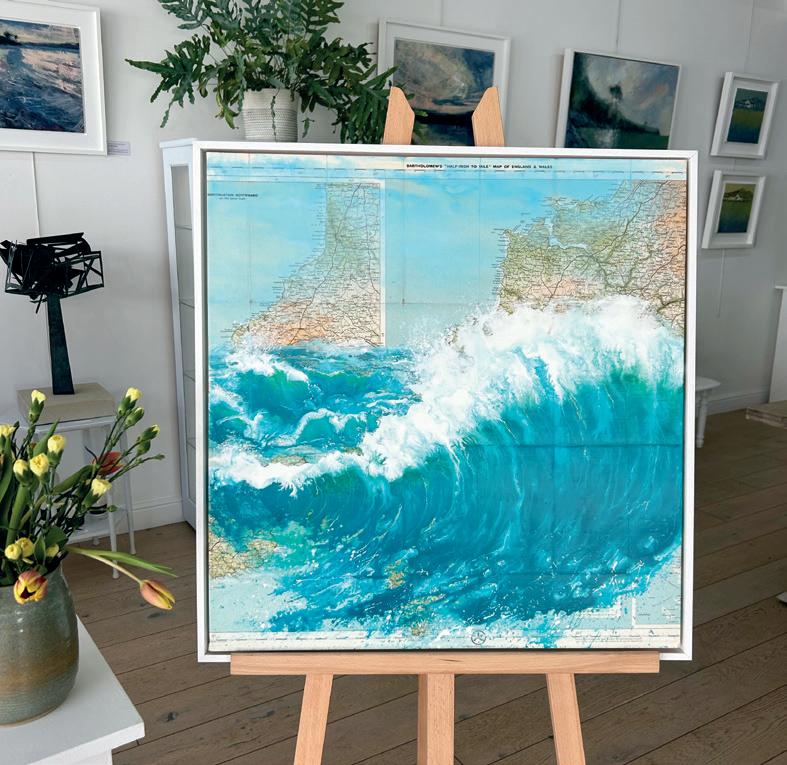
hands-on workshops, these moments offer more than just visual stimulation – they build community. Some workshops now focus specifically on art for wellbeing, helping people to explore their emotional responses to works in a small group setting, which inspires them to create their own.
One notable collaboration this year sees students from Marazion School invited to view Kit Johns’ solo exhibition, with the experience feeding directly into their classroom work. It’s just one example of how the gallery connects art with education and experience, always looking to extend the reach of its influence beyond the white walls.
The work itself speaks volumes. Cornwall’s light, weather, and terrain manifest in countless subtle ways: in John Piper’s granite cottages layered thick with oil and memory, or in the dynamic forms and lines of artists interpreting seascapes through contemporary palettes. It’s not about literal representation but evocation. Viewers often find themselves unexpectedly drawn to a piece, an emotional resonance rather than a rational choice. “The work chooses the buyer,” as Rhiannon observes.
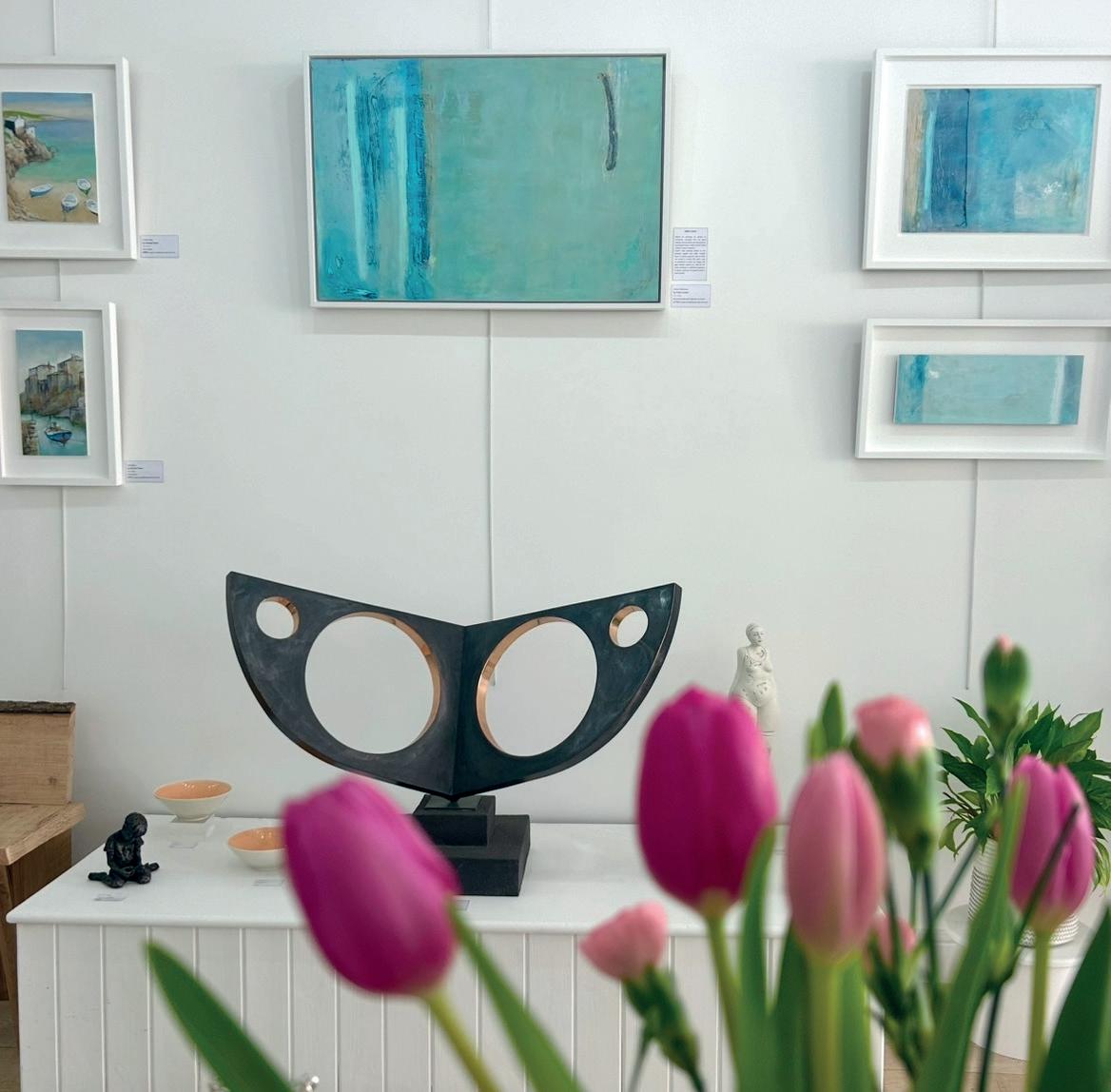
ABOVE LEFT
‘Inner Feelings’ by Kit Johns, painted on a vintage map of Cornwall
ABOVE RIGHT
Tom Leaper’s ‘Book of Circles’ compliments abstract paintings by Helen Leaver

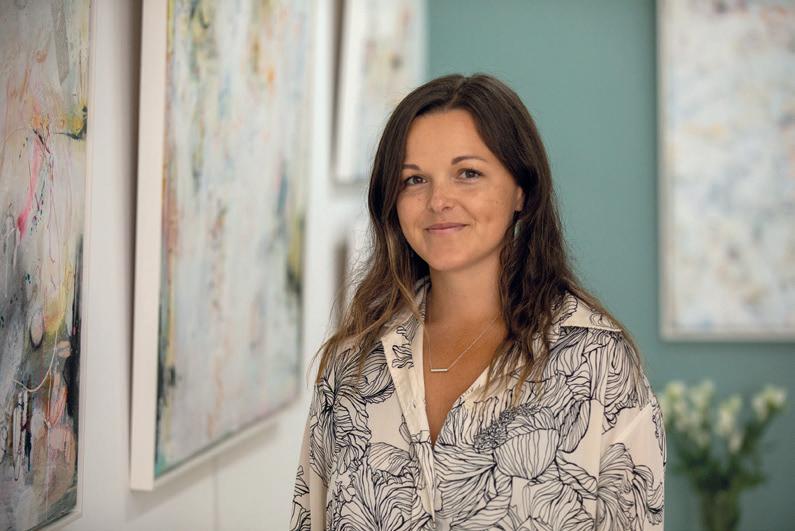

The gallery has also noticed a quiet shift in its audience. Online sales are increasing. More buyers are under 40, many drawn by the accessibility offered through Own Art, a 0% finance scheme backed by Arts Council England. This younger demographic brings fresh energy to the gallery, proving that original art can be within reach and deeply valued across generations.
Balancing the traditional with the contemporary remains a curatorial dance. Often, it’s the interaction between different styles – an abstract piece hung beside a still life, linked by colour
or emotional tone – that gives a show its shape. Rhiannon admits that her original plans often change once the works are in the space. But that’s part of the thrill: watching how energy flows between pieces, how a room transforms in response.
Whether someone stays for five minutes or an afternoon, the aim is the same: that they leave a little lighter, a little more inspired, perhaps carrying with them not just a piece of art, but a renewed way of seeing.
summerhousegallery.co.uk
WORDS BY HANNAH TAPPING
Bespoke, personality driven interiors with an emphasis on local context and client inspiration.
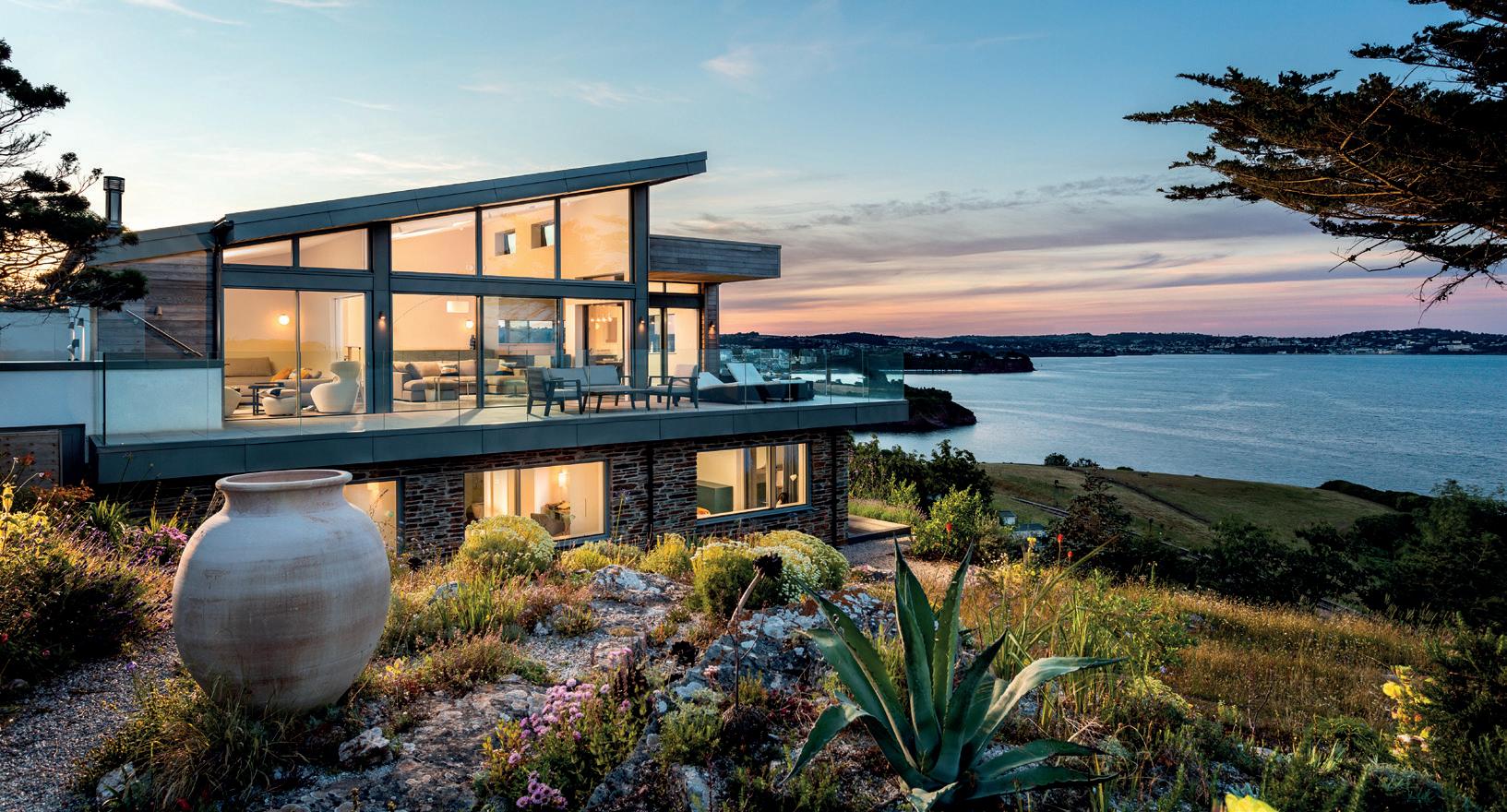
With over 40 years of expertise, Amos Lighting have created bespoke lighting schemes for projects ranging from the restoration of grade-listed buildings to enhancing contemporary new-builds.
The team combines deep industry expertise with a passion for innovation, ensuring every design blends functionality, beauty and timeless appeal. Committed to energy efficiency, ecological sensitivity and high-quality craftsmanship, the team collaborates
ABOVE
Brightwater – image ©Harrison Sutton Architects and George Fielding Photography
closely with partners to turn visions into reality, offering a seamless service from concept to installation.
With an online lighting and furniture range of over 6,000 products and an immersive lighting and furniture showroom based opposite Darts Farm near Topsham, Amos Lighting is perfectly placed to illuminate your next project.
amoslighting.co.uk
amoslightingdesign.co.uk
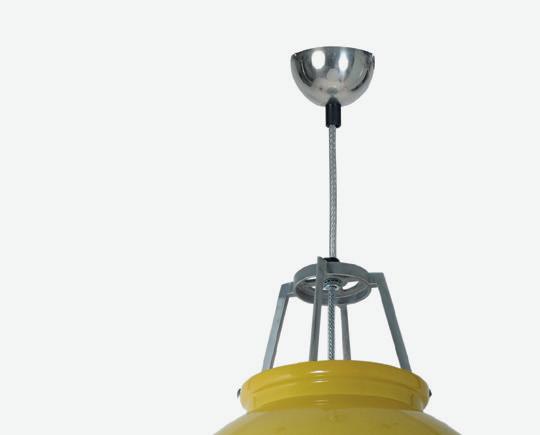
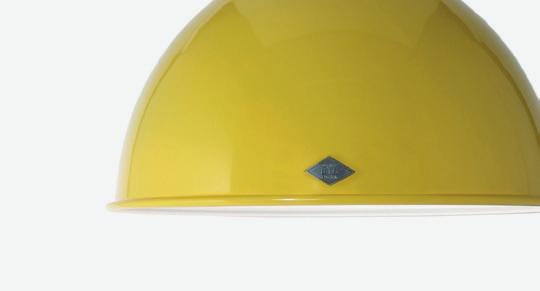

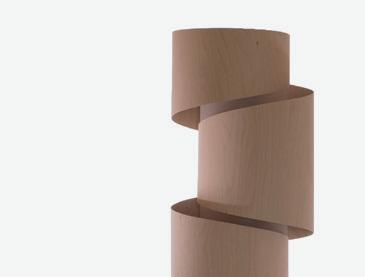
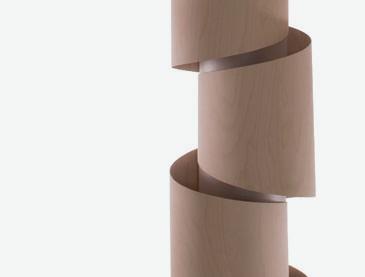
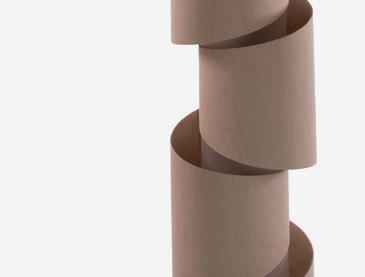
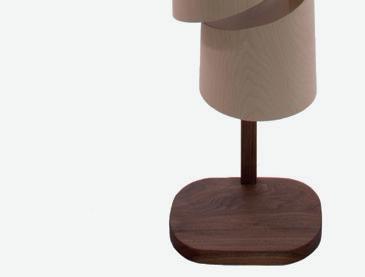











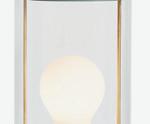



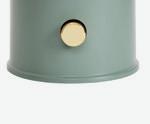

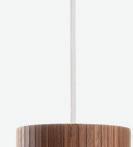

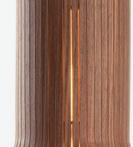



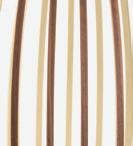
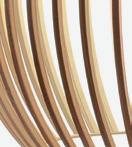
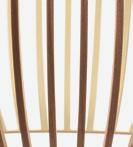









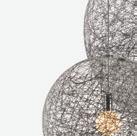




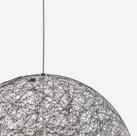
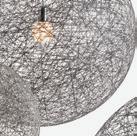
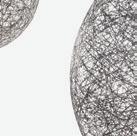



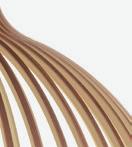

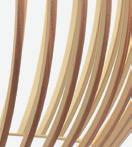


















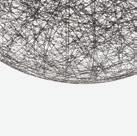








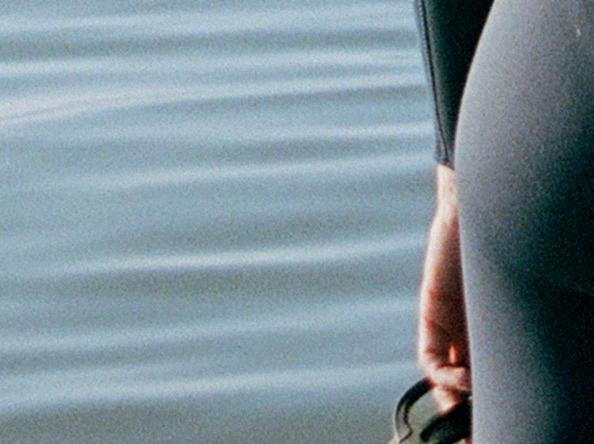
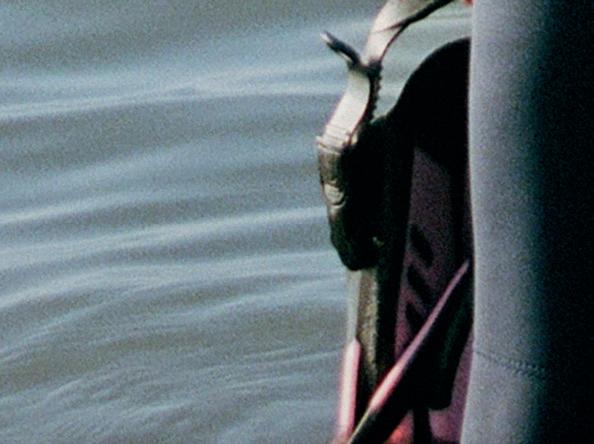
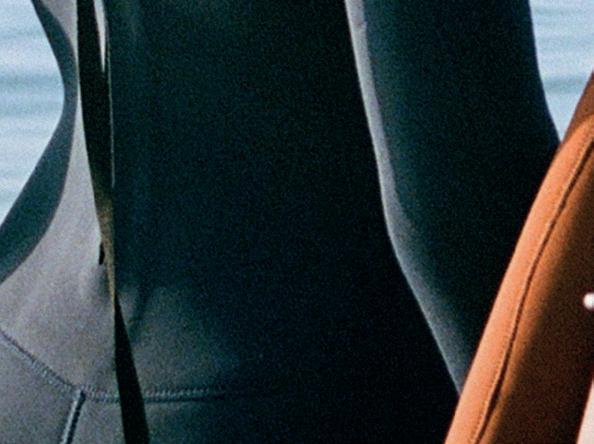






WORDS BY JAMIE CROCKER

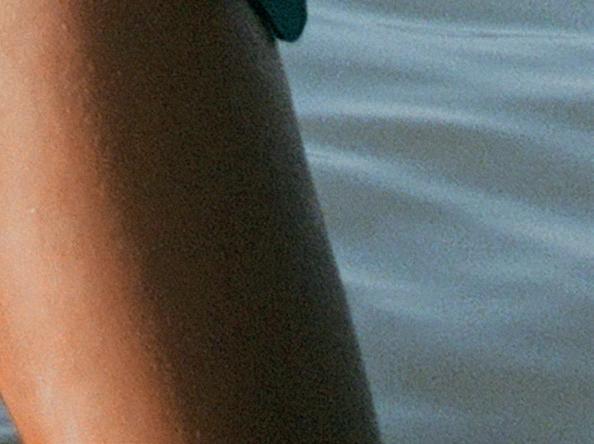




A wetsuit brand built on first-hand experience, field-testing and female insight.
When Jenna Goldsack talks about wetsuits, she speaks plainly, drawing on years of cold-water dives, heat-struck fashion shoots, skin flare-ups, long-haul flights and hard-won lessons about the limits of both neoprene and patience. Fulmar, her Cornwall-rooted wetsuit brand, began not with a business plan, but with a rash.
“I’ve always suffered from eczema,” she explains. “Every time I rented a wetsuit on a dive trip, I’d come up in hives.” That recurring problem, itchy, inflamed skin after just an hour underwater, prompted her to explore the materials being used. She found that standard neoprene, derived from petroleum, didn’t suit her. “I bought one made from limestone-based neoprene instead and had no reaction,” she says. “It was softer, more flexible and way more durable.”
fashion industry, a career she still maintains, fitting in modelling assignments around her growing business. But the draw of the sea and the disconnect she felt between glossy shoots and meaningful work left her wanting to build something of her own.

That discovery planted the seed. At the time, Jenna had already spent over a decade in the
Fulmar, named after the fishing boat her father once owned, reflects that shift in direction. She grew up on the Cornish coast, in Cadgwith, “right on the beach until I was about five,” she recalls. “I’d either go out on the boats with Dad or watch the other fishermen heading out and coming back. I wasn’t scared of the sea like a lot of people, it just felt normal.”
After taking up diving around six years ago, Jenna also became an ambassador for the Sea Life Trust, working with the team behind the world’s first beluga whale sanctuary in Iceland. “They were rescuing two whales from captivity in China,” she says. “I went over there and wrote about it
Jenna Goldsack
for Vogue. But I didn’t want to just post about it on Instagram and feel like that was enough. I wanted to be more involved.” Fulmar now donates a share of profits to the Trust.
The business started with two products: a long wetsuit tailored to cooler waters like Cornwall’s, and a two-millimetre spring suit, better suited to milder climates or shorter swims. “A friend went surfing for four hours in the long one and came out saying she was still warm,” says Jenna. “That’s when I knew I’d got it right.”
She kept the initial run small. “I didn’t want to mass produce anything or end up with stock sitting in boxes,” she says. “So, I started with just two colours, a rich blue and a soft brown and produced only what I knew I could store and ship.” That storage, as it turns out, is in a shipping container on her parents’ land in Cornwall. “My dad had bought it as a home gym, and although I had planned to run my business from the US as I spend a lot of time there with my modelling work, when US tariffs changed I messaged him saying I might need it instead!”
Although Fulmar’s wetsuits are made in China, Jenna is clear about the reasons. “There’s still this stigma about Chinese manufacturing,” she says, “but I’ve had a brilliant experience. The factory already makes wetsuits for other brands, and they were recommended by the supplier who makes the limestone neoprene.” She keeps all stock in Cornwall and sends out orders with help from her parents. “It’s become a bit of a family thing and means I go home a lot more than I used to – I’ve been back three times this month already.”
Functionality is central to Fulmar’s appeal, not just in terms of thermal performance. Jenna has
rethought design details that are usually treated as afterthoughts. The full-length wetsuit includes a back zip (“because I have tight shoulders and hate the constriction of over-the-head design”), reinforced knee pads, and a secure internal key loop. The cut is intentionally shaped for women, with a nipped-in waist and generous chest area. “Most wetsuits are designed for men,” she says. “That’s why they feel frumpy and we often end up with all this extra material.”
The material itself plays a significant role. Limestone neoprene isn’t without environmental costs – quarrying still carries a footprint – but it does offer advantages over petroleum-based alternatives. “I never want to say it’s sustainable,” says Jenna. “You’re still making something in a factory. But it lasts a lot longer than regular wetsuits, so you’re not replacing them every year. That makes a difference.” Fulmar suits also use recycled yarn in the outer layer for colour and texture and excess material is turned into accessories. “We had some leftover fabric from the long suits, so I made headbands. Great for diving, or running, or just keeping hair out of your eyes.”
The longer-term aim is to expand Fulmar’s product offering while sticking to small-batch principles. “I’d love to do a beach bag from old suits,” says Jenna, “or a wet bag for swimsuits. I’m also researching Yulex, a plant-based neoprene alternative.” Currently working on achieving the perfect stretch and feel, there are designs in the works for next year. “I’ll likely trial the Yulex as a sleeveless suit, maybe something for warmer waters, and am excited for the feedback once the prototypes are launched.”
Feedback is key. Jenna listens closely to the women buying her suits. “I didn’t know which sizes would


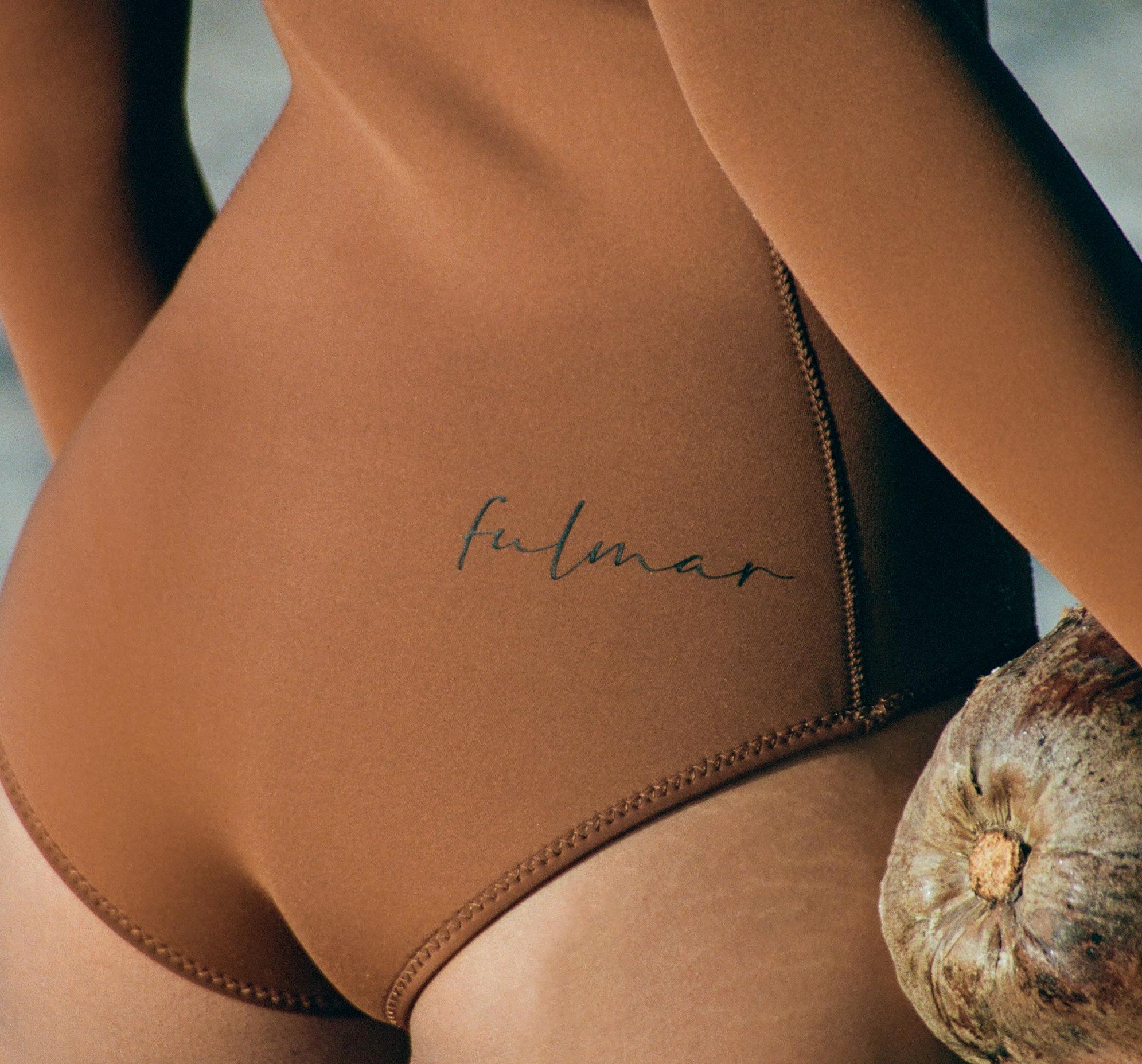


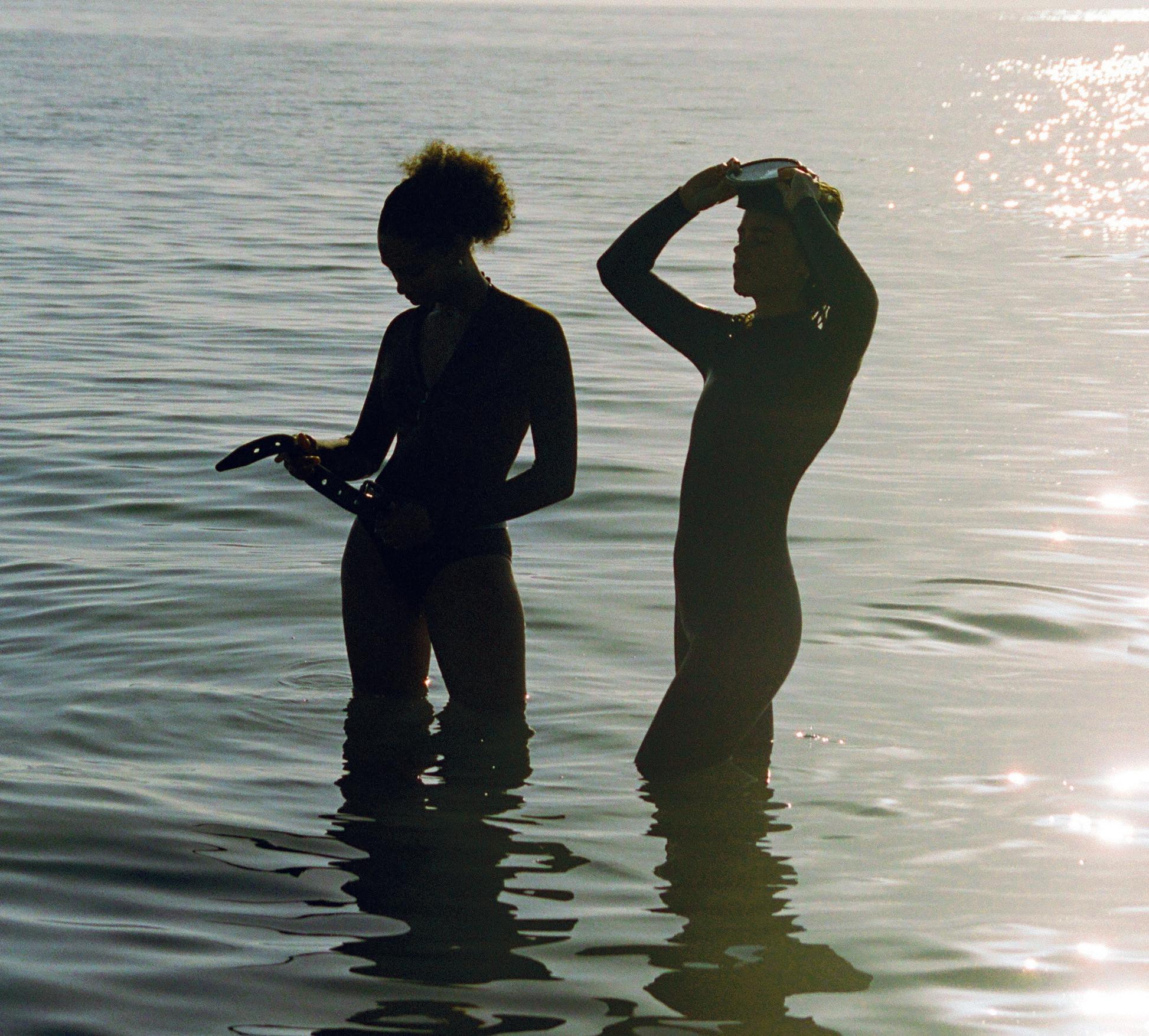

be most popular, so I launched with limited range.” The suits run from UK sizes 6 to 12 at launch, but she’s mindful of stretch. “I’m usually an 8, but I can wear a 6, so the 12 is more of a UK 14. They’re very forgiving and the subsequent fit is nice and tight, as a wetsuit should be.”
That attention to detail stems partly from her background in fashion. “I’ve seen how much gets pinned behind the scenes,” she says. “I didn’t study design, but I’ve worn enough clothes and wetsuits to know what feels good and what doesn’t.” Her hands-on approach has shaped every part of the brand, from sketches to final stitching. “I was my own fit model. I changed the arm seams three times because they felt too tight when I moved.”
Fulmar is also unashamedly focused on women and unapologetic about it. “Some men have asked why I don’t make suits for them,” Jenna says. “The surf industry is still male-dominated and I just don’t feel that there are enough women-specific options.” Her goal is simple: to give female surfers, swimmers and divers kit that fits properly and performs under pressure.
As the brand grows, that principle won’t change. “I don’t want to make thousands of wetsuits. I want to make ones that people buy and keep,” she says. “It’s not about chasing scale. It’s about making something that lasts.”
fulmarworld.com
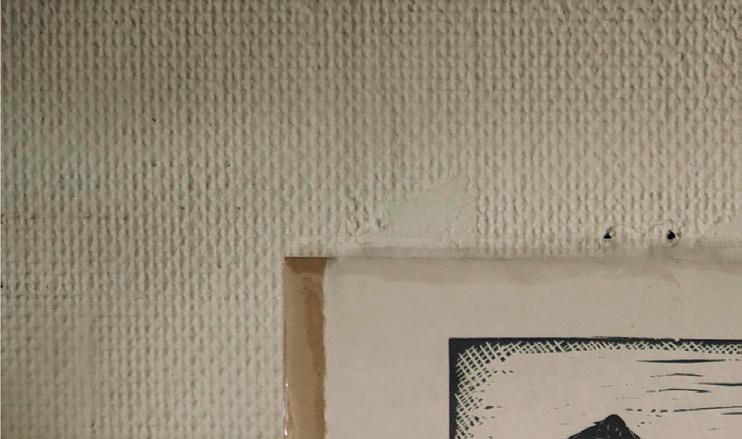
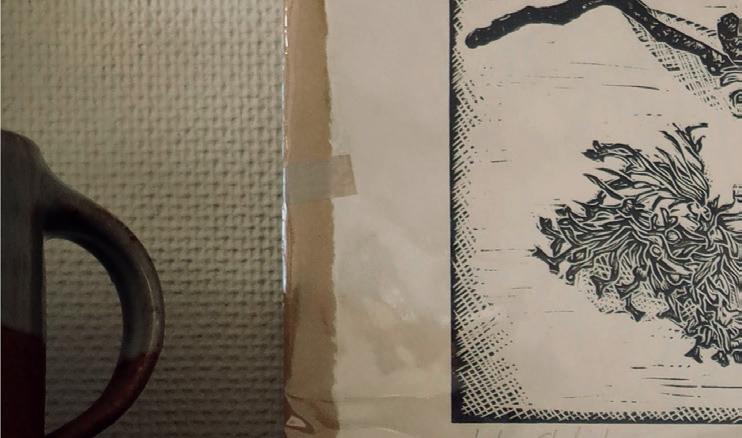
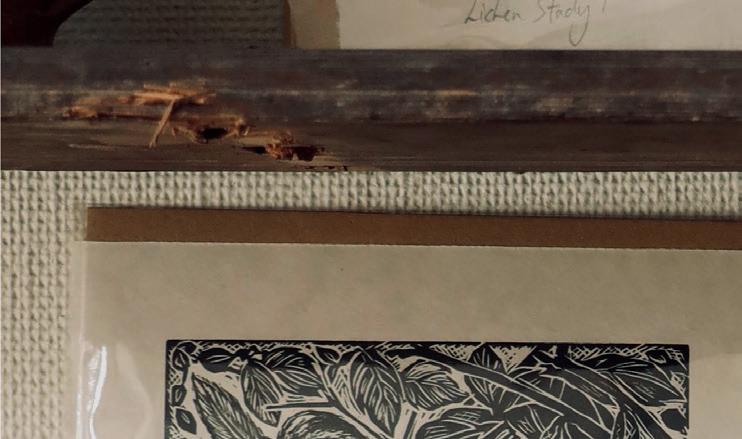


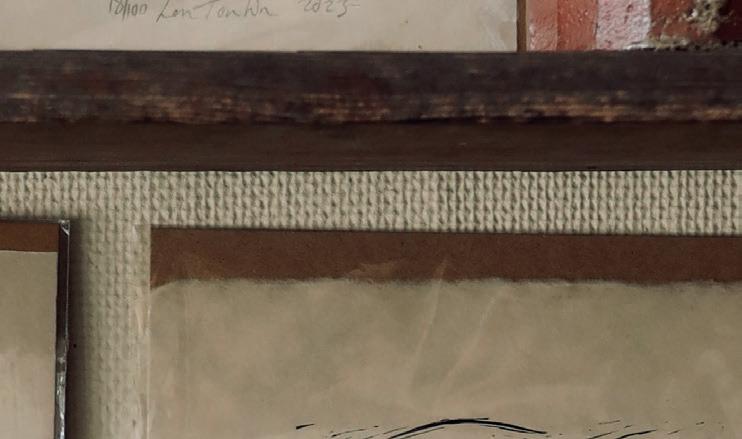


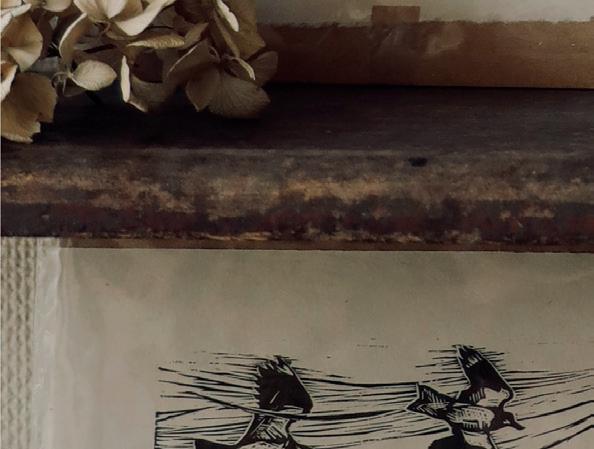
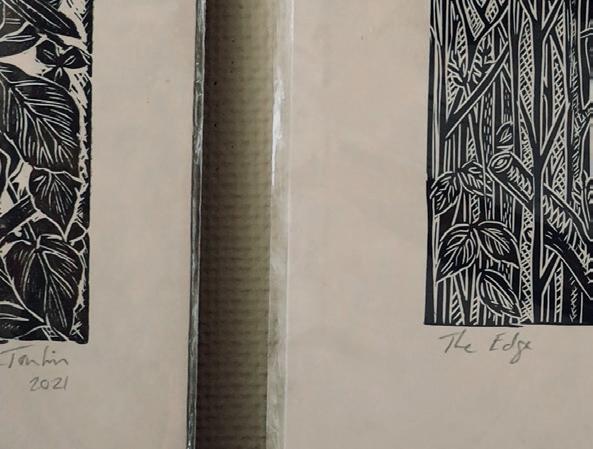
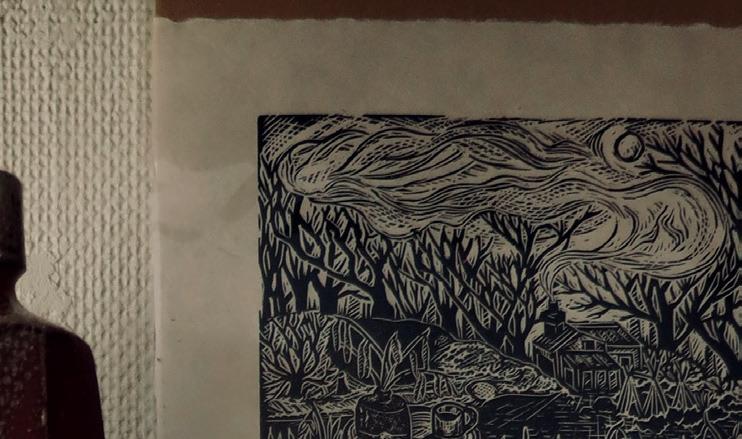
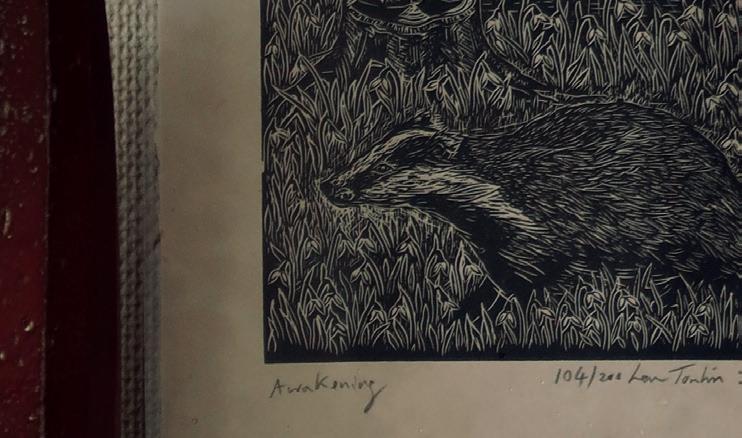
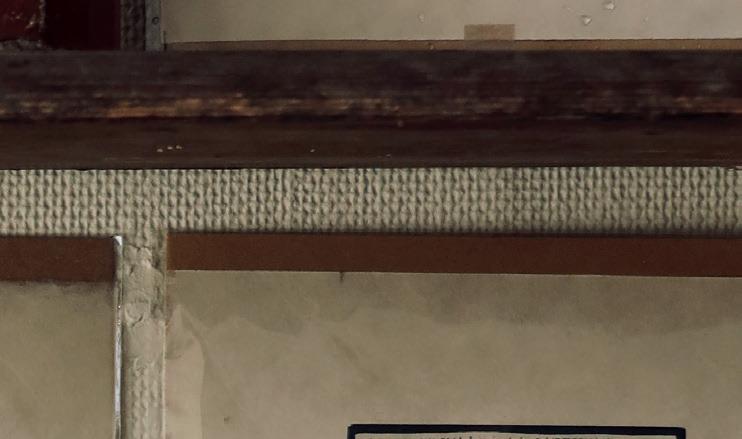






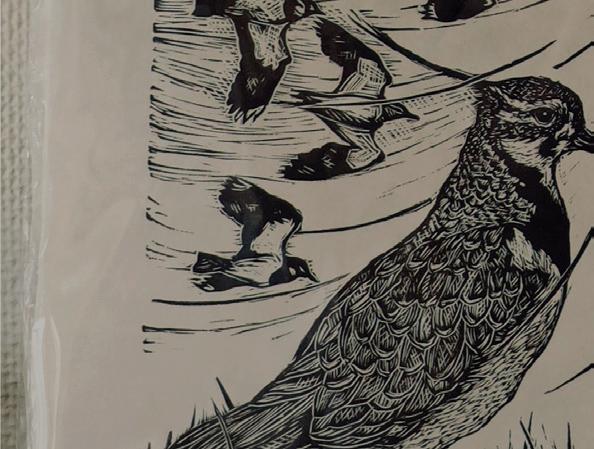
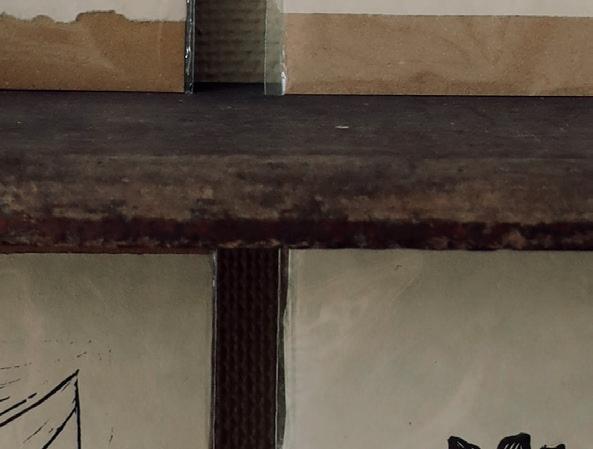
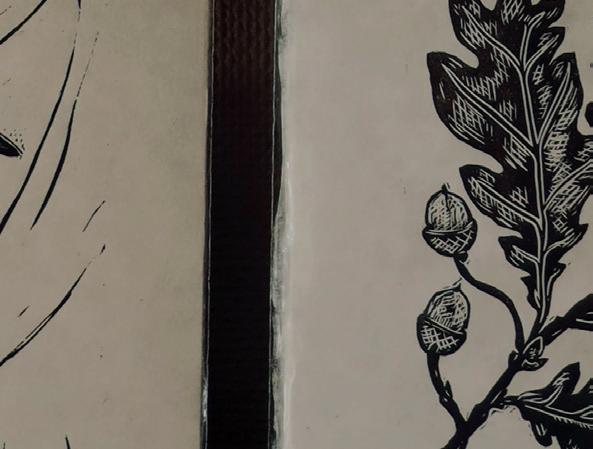
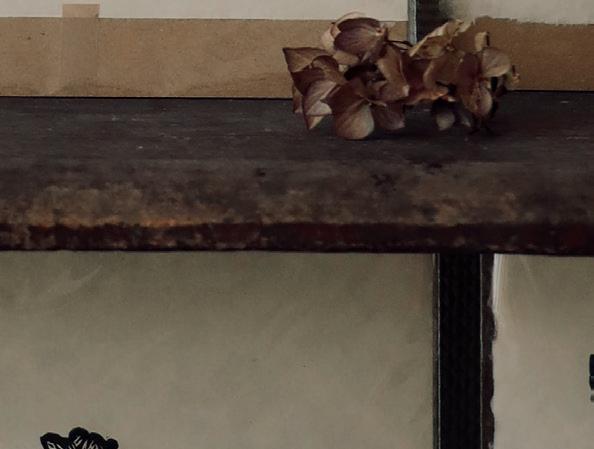
WORDS BY JAMIE CROCKER

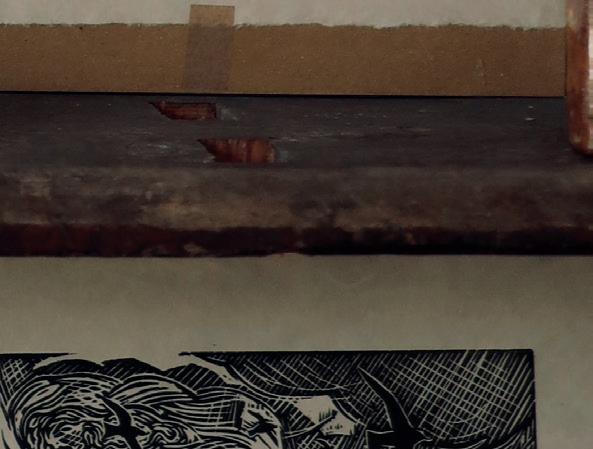
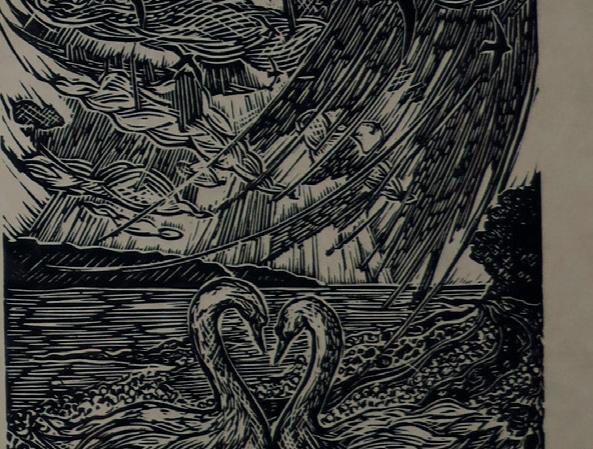


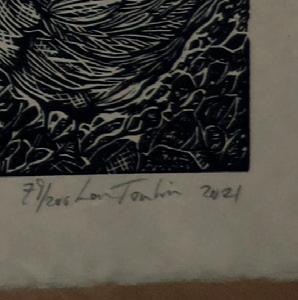

Celebrating handmade heritage, natural craft and the makers behind it.
Craftmongers is an exceptional and inspirational shop founded on an intrinsic and deeply rooted love of the natural world and the incredible artisans working, crafting and creating in harmony with it. Founded in 2019, by Toby Strong and Jodi Lou Parkin, and later joined by Lauren Wiig-Aspland, this wondrous shop now has farreaching branches within the craft community and carries the creative manifestations of more than 50 local makers and artists. Tucked into the foothills of Dartmoor National Park, Craftmongers sits at the heart of Ashburton – a vibrant independent town known for its antique shops and excellent eateries.

The striking living windows of Craftmongers shift and change with the seasons, spring bulbs emerging through russet autumn leaves, summer meadow flowers sprawl and clamber upon the Birch trees; as you walk through the doors, you find that this
adoration of the natural world is woven into every aspect of this inspiring shop. Gentle music drifts through, as do the calming fragrances of natural incenses and locally poured candles made with the finest essential oils. Botanical skincare and soothing tinctures and tonics are amongst the foraged delights to be found on the shelves, alongside intricate paintings of moths, trees and foxes, tiny ceramic birds and horses, ethereal dreamy landscapes and detailed linoprints of skylarks and swans. Dried flowers, lichen-laden branches and wild feathers perch between fine art and earthy pottery. Wooden vases formed from ancient gateposts, hand-carved spoons, spatulas and magnificent knives and axes made using local, sustainable Ash trees. Glimmering silver and gold jewellery forged into wild natural curves, leaves, hoops, moons and wild creatures. Rustic beads spill from sculptured vessels surrounded by handcrafted brushes, leather journals, forged hooks and
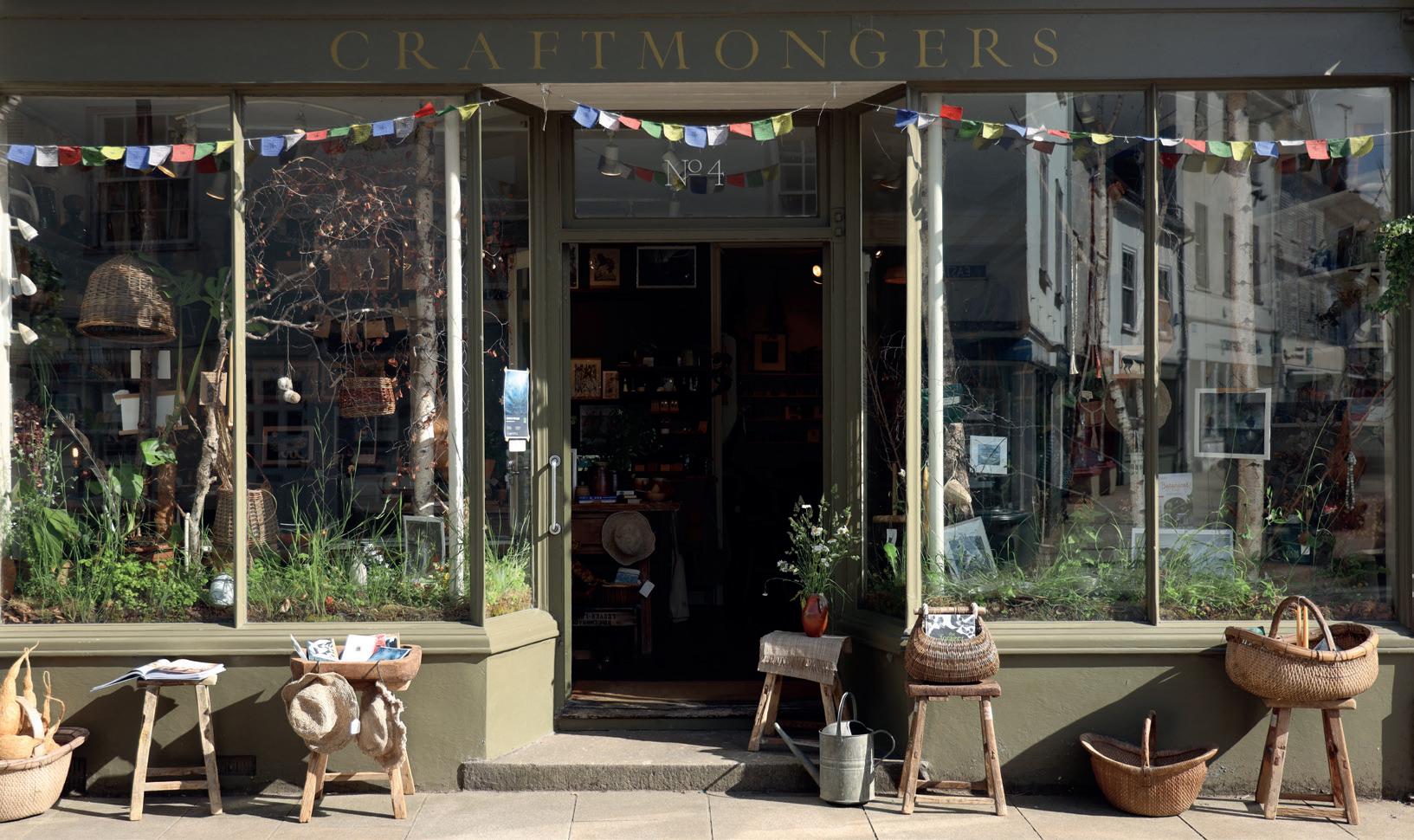
fronded ferns. An extensive collection of beautiful books harness stories and journeys inspired by the natural world and handmade deckle-edged papers and art supplies encourage visitors to embark on their own creative adventures. The shop captures the kinship between these talented craftspeople, artists, designers and authors, as their work blends so harmoniously together.
Since the dawn of 2025, Craftmongers is now solely owned and guided by Jodi Lou Parkin with the support of her incredible creative team – Rose-Marie Caldecott, Orjana Rudeloff, Judy Clark and Ella Whittlestone. Jodi has co-directed Craftmongers since its first opening in 2019 and is excited about the next chapter:
Jodi sums up the ethos of Craftmongers thus, “I have learnt so much in these past few years, particularly about the importance of art and heritage crafts; how the people that practise their gifts and callings, that share them, teach them,
write about them, these people are incredibly humbling and brave, and are a leading light to follow in a world that has often felt so very out of touch with our natural native roots. I feel deeply moved by the creative community that continues to grow around us and I am honoured to be able to support them and privileged to have their faith and enthusiasm in return. The love for the shop and the work of our makers is overwhelming and beautiful, and fuels us to keep doing what we do. All of our treasures are handmade, forged and imagined from the stories and dreams of the person that made them; stories that will be carried through the generations in the hands that cherish them, and by those inspired to pick up tools, brushes and pens and begin their own. That to me is magic, and it is magic that we strive to hold on to.”
A wide range of items in-store are also available to buy online.
craftmongers.com
ABOVE
Craftmongers’ shopfront – 4 East Street, Ashburton, TQ13 7AA
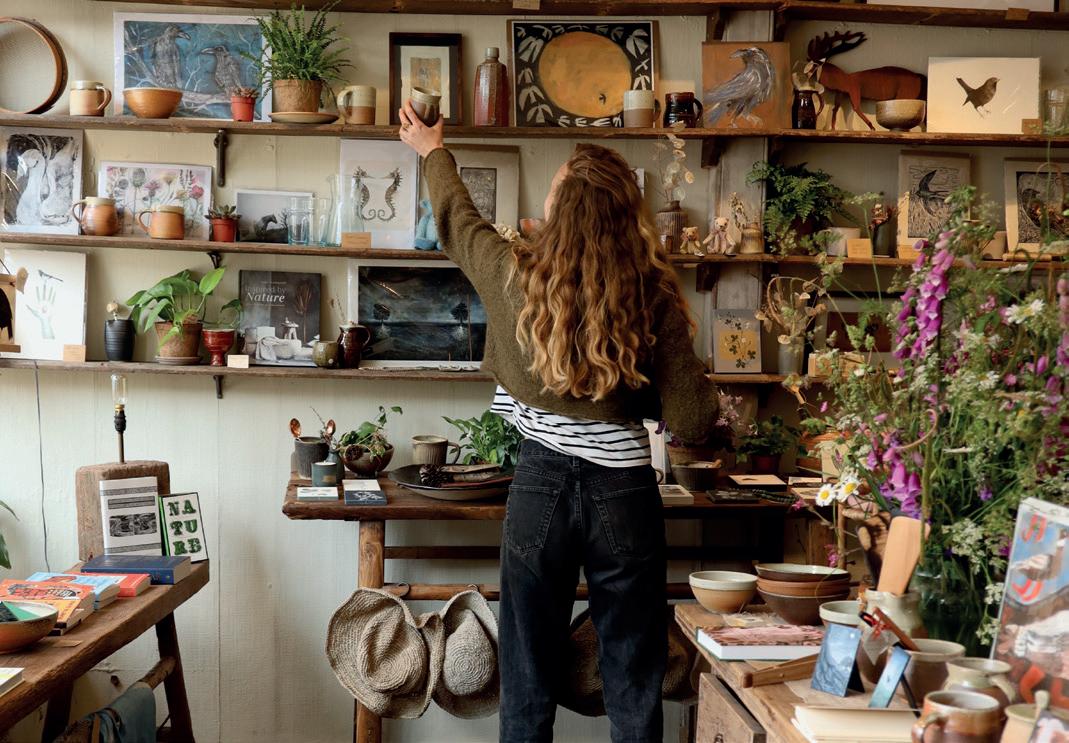
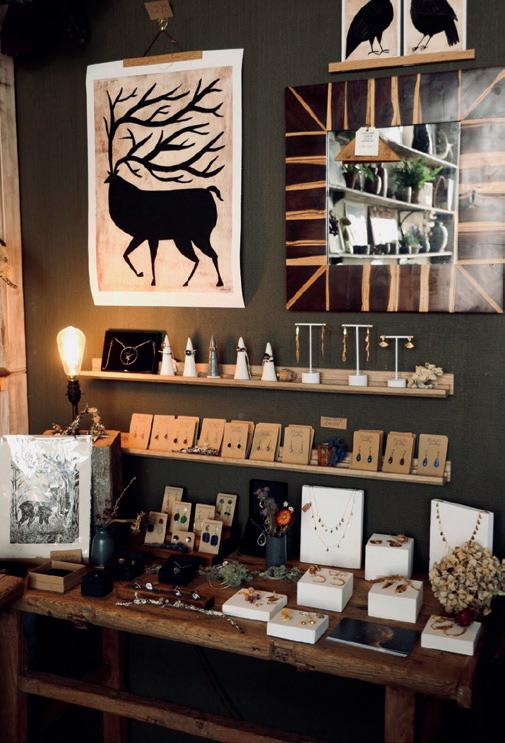
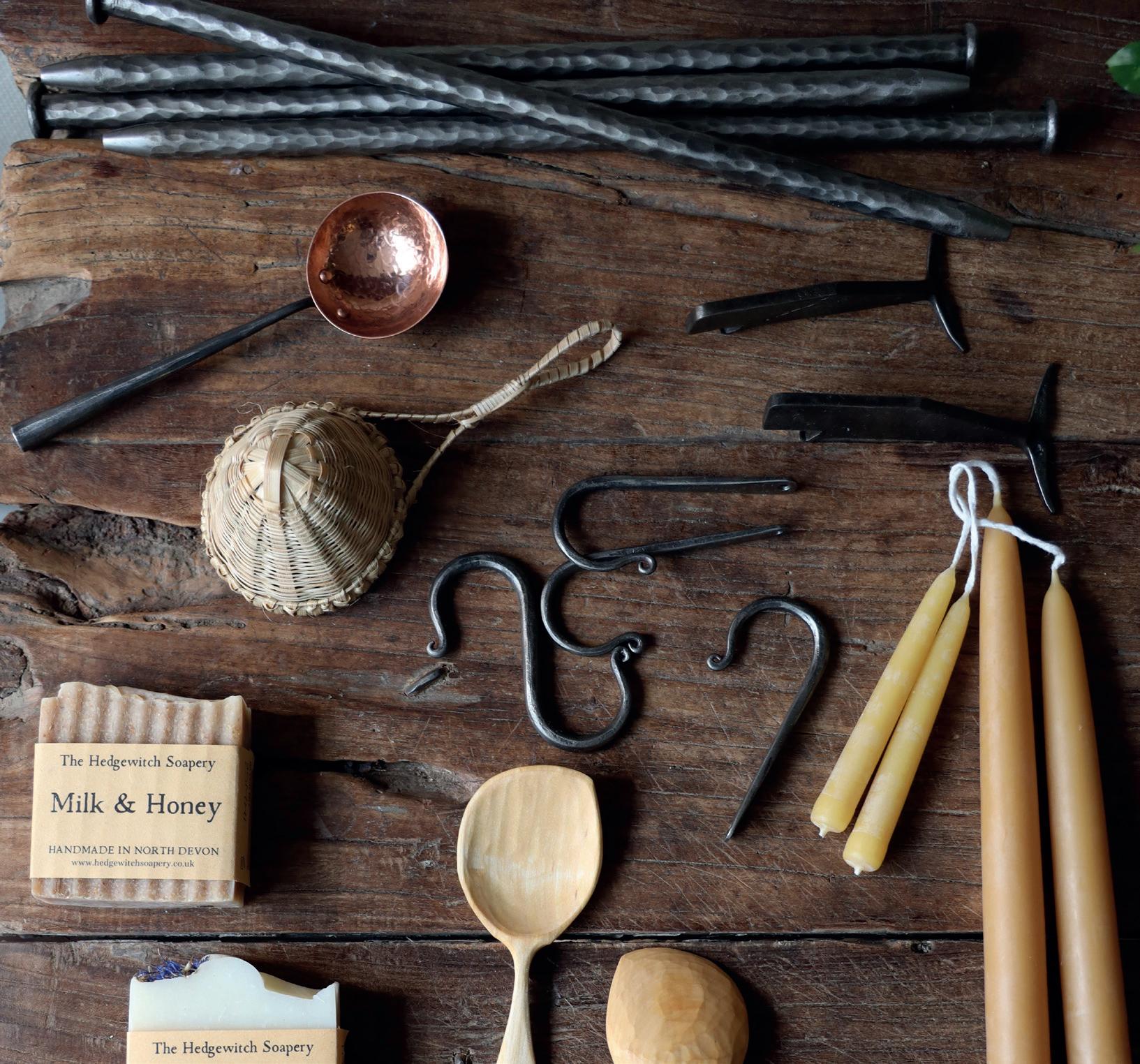
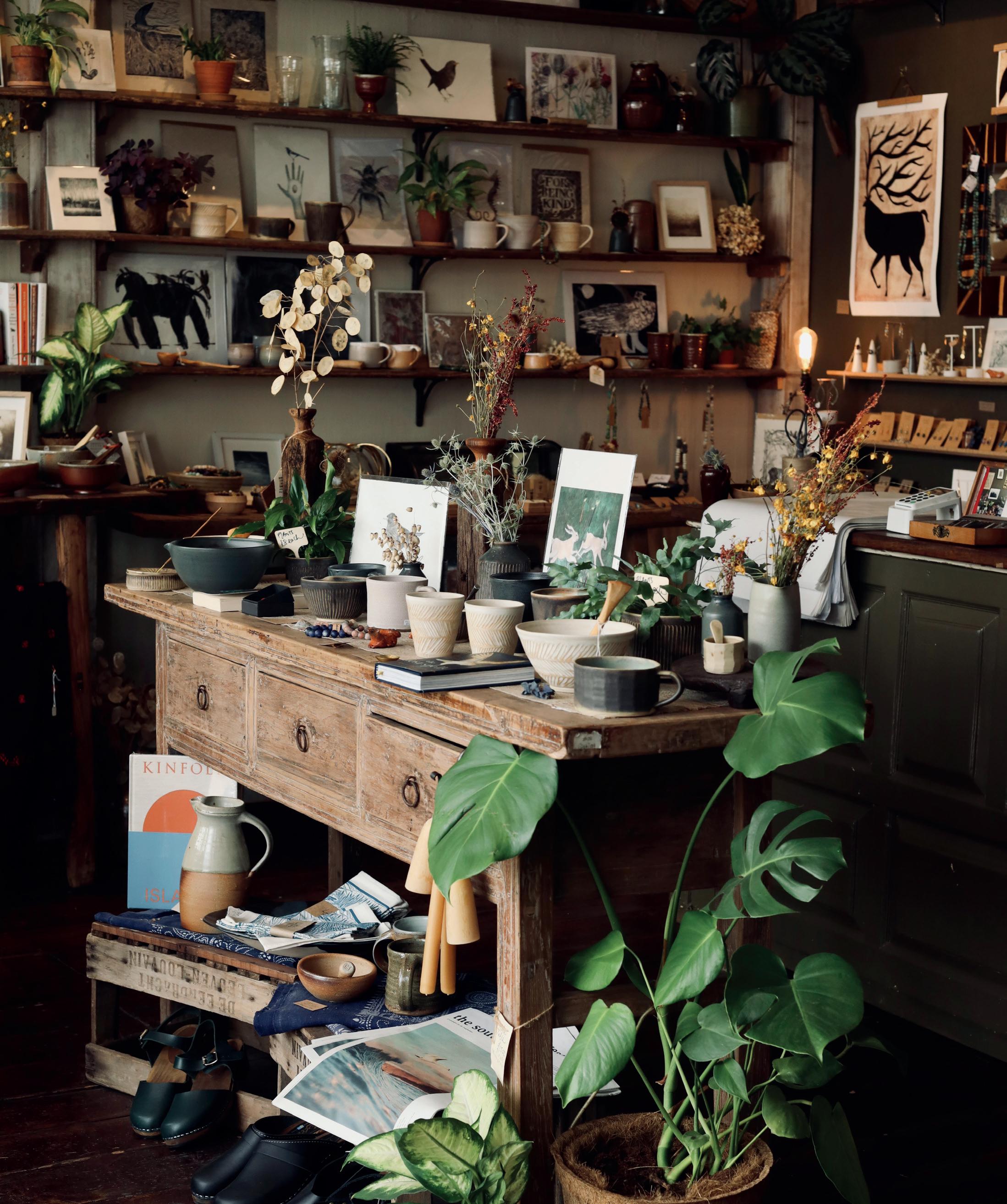

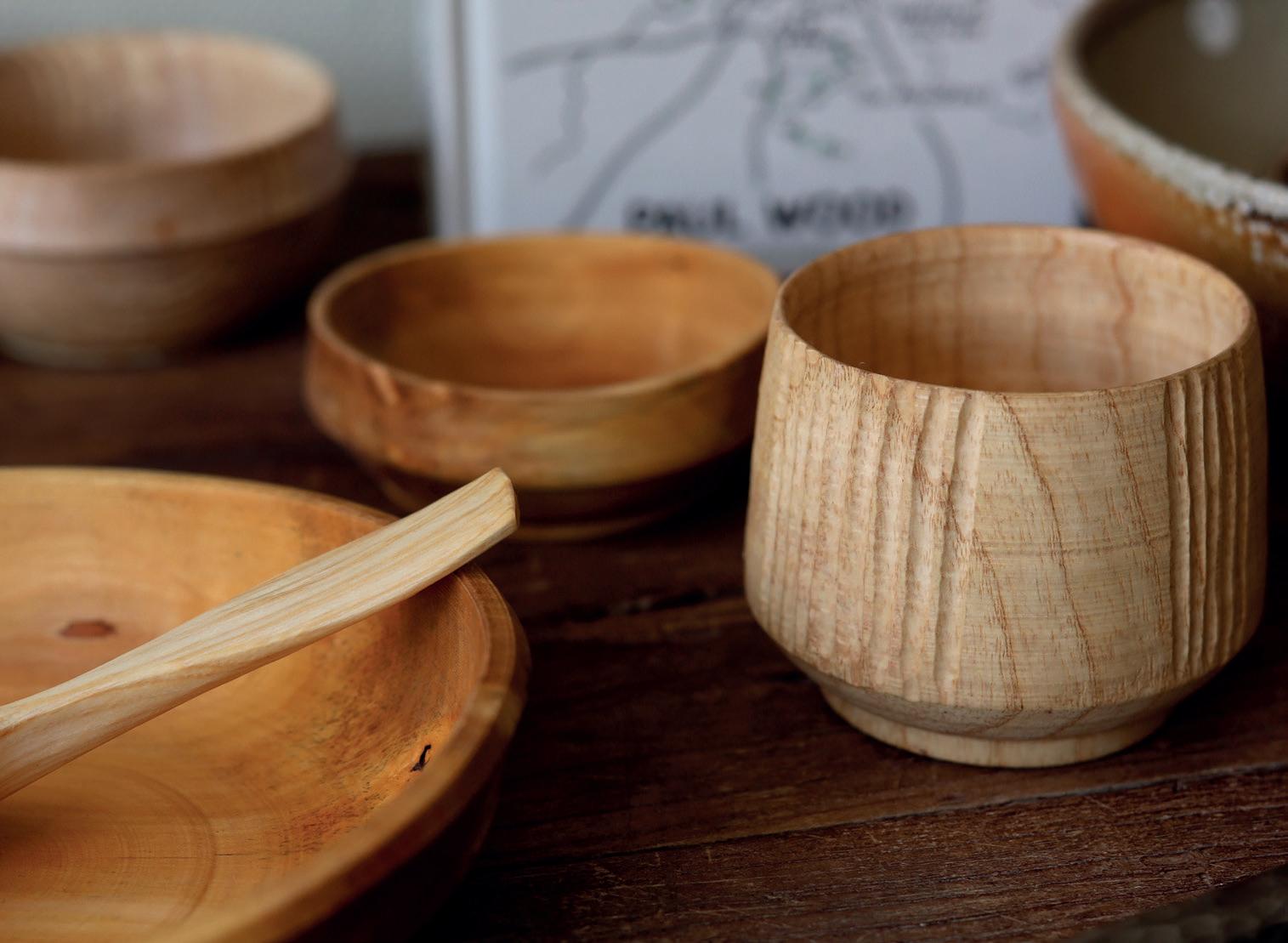
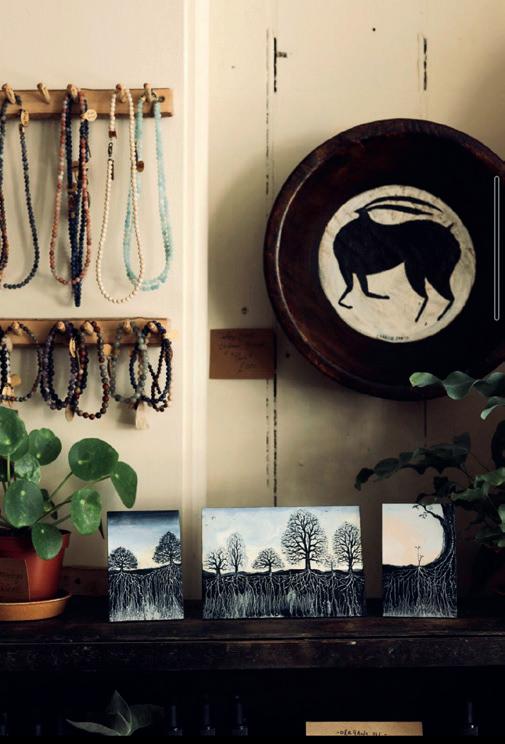


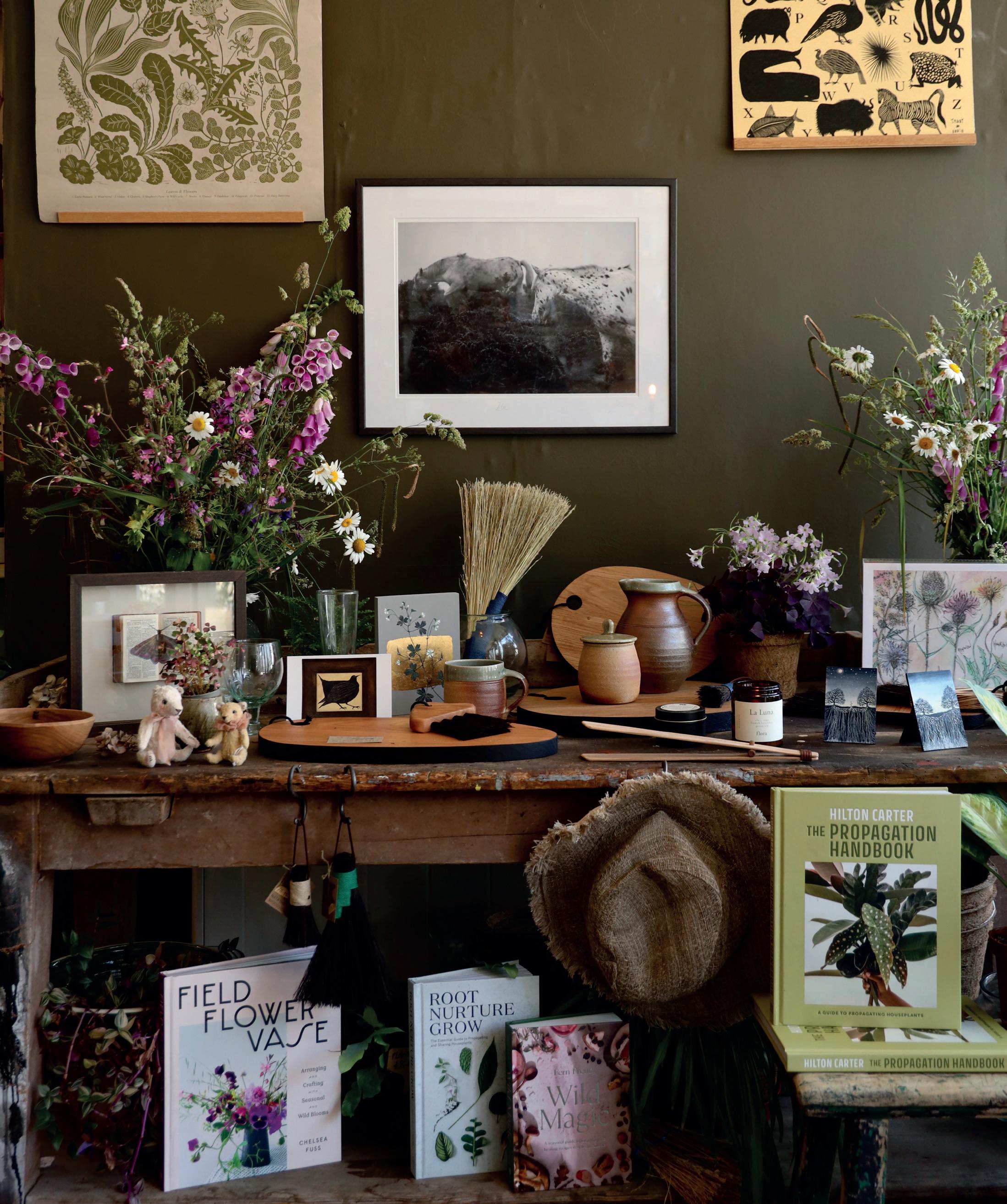

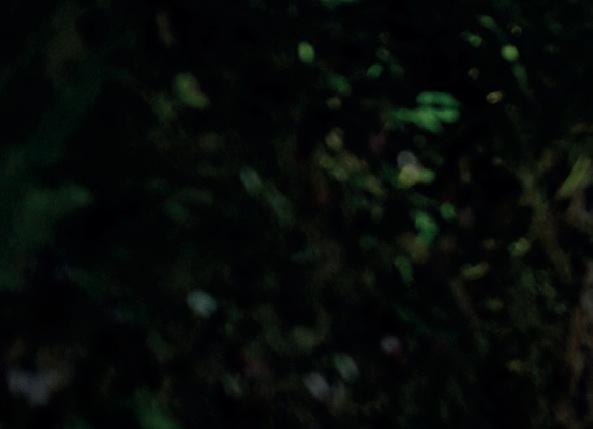
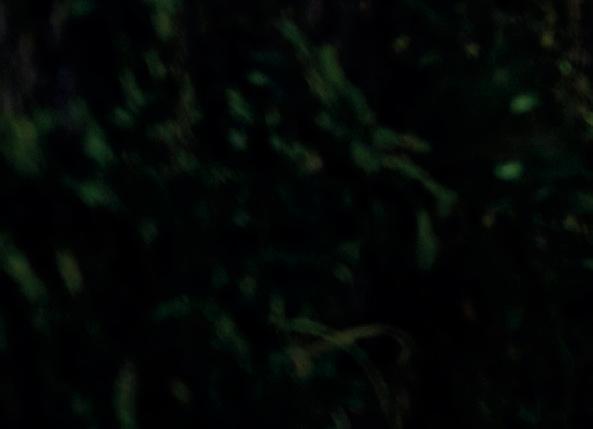
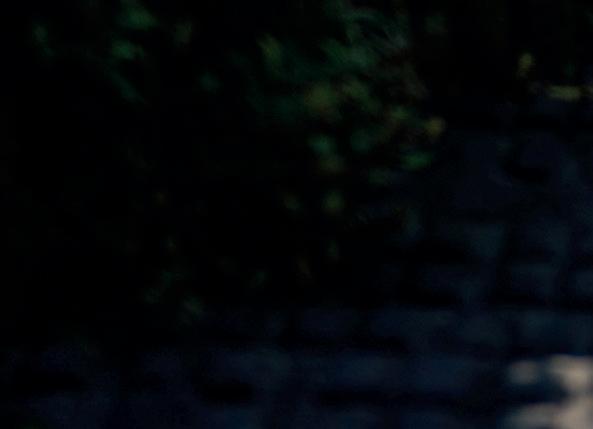
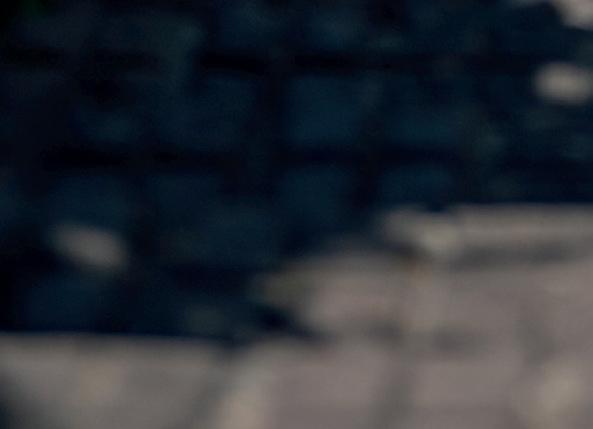
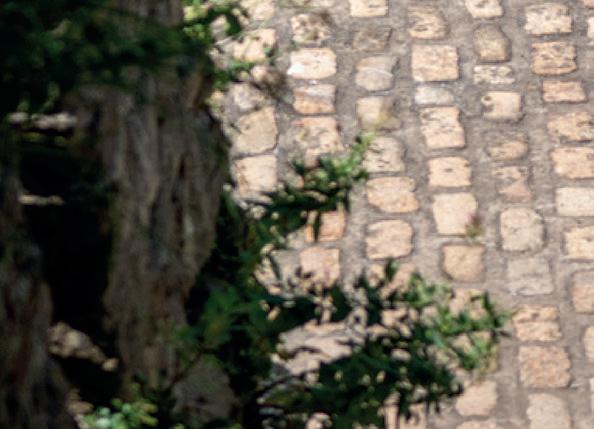
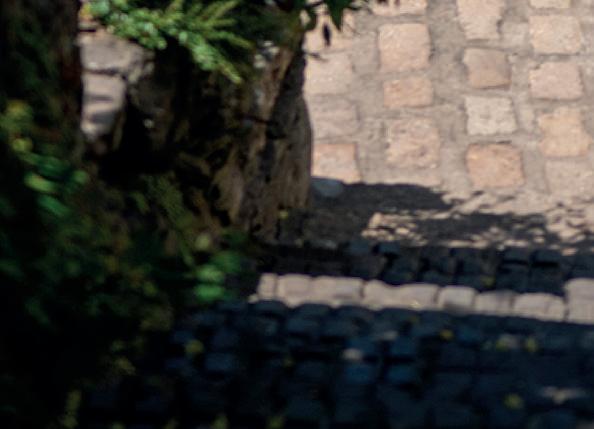
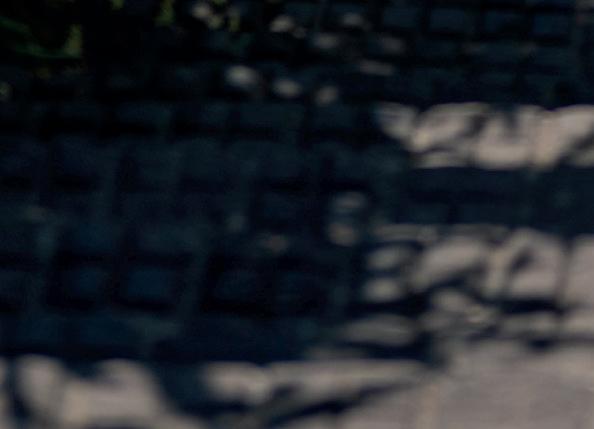
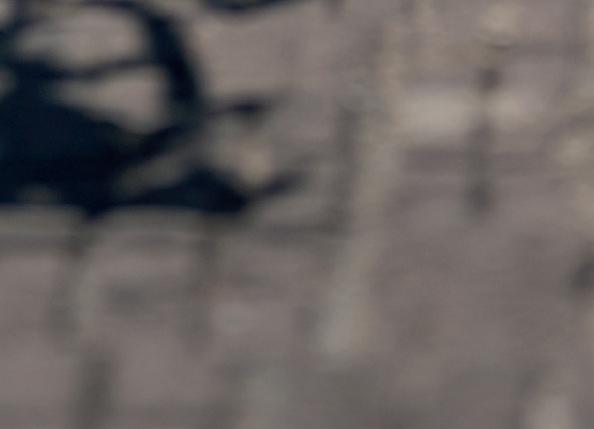
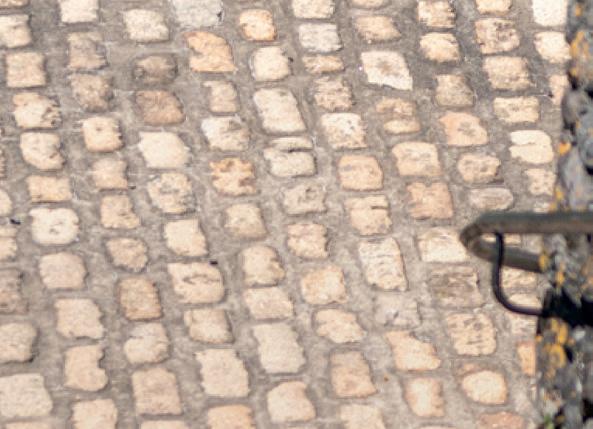

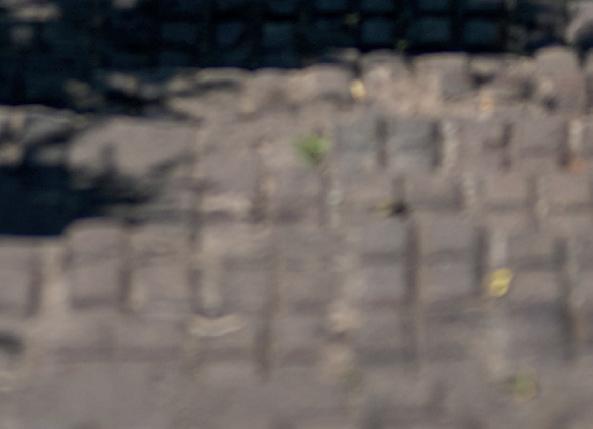
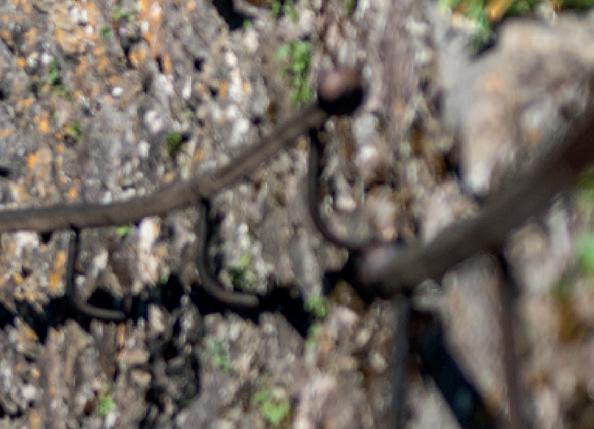
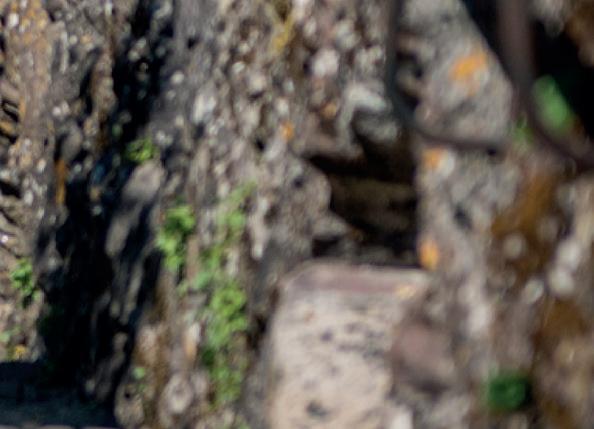
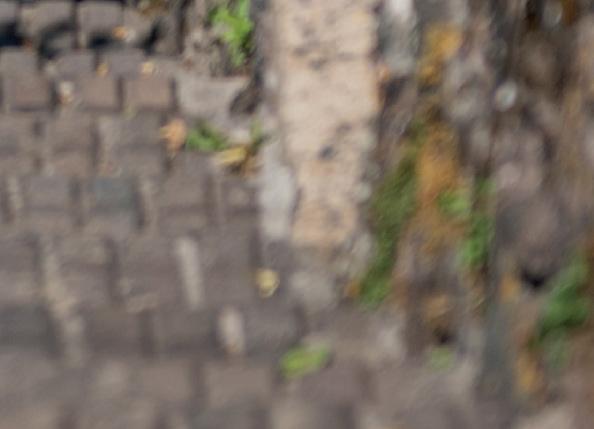
WORDS BY JAMIE CROCKER
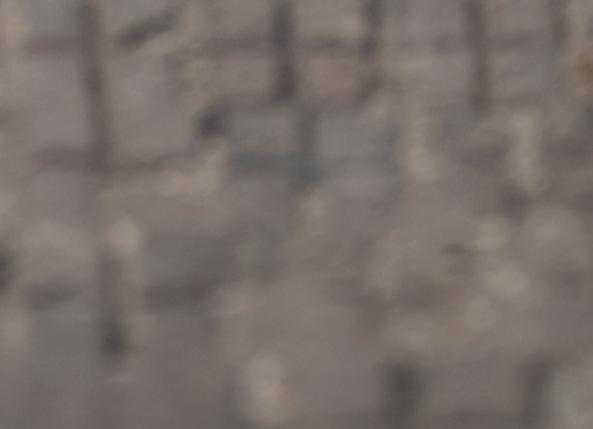


Discover secret coves and walks that are all within easy reach of some stunning stays.
Exploring places that spark curiosity and stir the spirit of adventure is a rare pleasure, especially when you stumble upon a corner of Devon that still feels gloriously undiscovered.
Away from the guidebooks and well-trodden paths lie secret coves, winding footpaths and ancient byways that reveal the quieter beauty of the county. These are landscapes best savoured slowly, on foot and with time to linger. Finest Stays offers a collection of remarkable properties that not only place you within reach of these hidden corners but also give you space to reset and unwind.
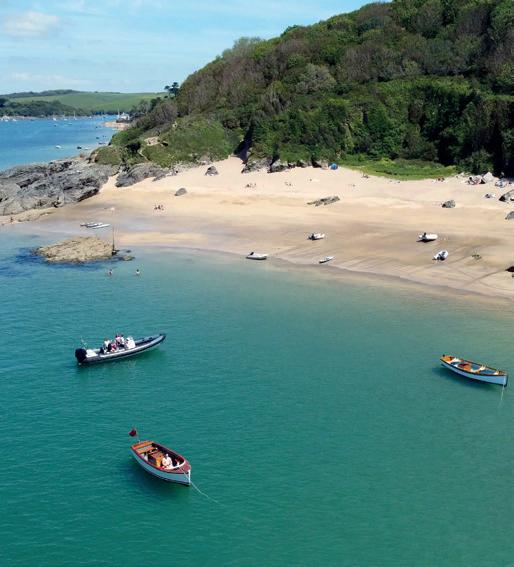
Sea Shimmer and Sands Edge are two properties that will give you the perfect starting points from which to head out and explore beyond Salcombe. Begin your adventure by boarding the passenger ferry across the estuary to East Portlemouth, a gentle crossing that’s as much a part of the experience as the walk itself. From the slipway,
follow the signs toward Mill Bay, then join the South West Coast Path heading southwest. After about ten minutes along this stretch, you’ll find a sloping path down to Sunny Cove. Sheltered and sandy, this little inlet feels worlds away from the bustle of town. Do note that if you’re taking the beach route, it’s tidal, completely disappearing at high tide, so check timings before you set off. Dogs are welcome year-round.
Those wanting to extend their day can continue along the coast path towards Gara Rock, with the promise of lunch at the hotel and more hidden beaches to discover along the way.
If you prefer a sea route, Sunny Cove can also be reached by boat, kayak, or paddleboard, making it perfect for those keen to explore the estuary from the water.
For a longer adventure, try the Bolt Head circular walk. Starting from South Sands, the route climbs gently along the coast path, revealing far-reaching sea views and the occasional gull wheeling
overhead. Pause at Soar Mill Cove, a peaceful, sandy bay accessible only on foot or by boat, before looping back inland through rolling pastureland. The full circuit is around 5.5 miles (8.8km) and takes roughly two and a half to three hours. The terrain can be uneven, but is manageable for most walkers.
Back in Salcombe, refuel at The Pantry on Fore Street, a welcoming, family-run café now overseen by Tom Bateman, where vegan and vegetarian breakfast options sit alongside warm, just-baked pastries. For something sweeter, stop by The Bakehouse. For lunch or dinner, seek out The Crab Shed, tucked away by the Fish Quay and prized for its fresh, hand-picked Salcombe crab. And for those craving something more familiar, Rockfish has recently opened nearby, bringing its coastal classics to town.
If you fancy retreating to Hope Cove, then Huckleberry Cottage and The Lanterns are the ideal bases from which to familiarise yourself with this part of the county.
Tucked away just below Thurlestone, Hope Cove quietly holds its own as one of South Devon’s most characterful spots. With two distinct beaches, Inner and Outer Hope, this small coastal village offers a surprising amount of variety. Inner Hope is the more sheltered of the two: a sandy cove ideal for gentle swims and family paddles. Outer Hope, just around the corner, feels wilder and more open, perfect for exploring rock pools or simply stretching out with a book and a view.
A short walk along the coast path leads towards South Milton Sands, a route that reveals a series of lesser-known inlets and peaceful coves.
If you’re up for a longer walk, the route from Hope Cove to Bantham is a rewarding stretch of the South West Coast Path. Skirting along clifftops and through green pastureland, the path eventually dips down to Bantham Beach,
a favourite with surfers and locals alike. The Gastrobus is parked here throughout the season, offering hearty food and fresh coffee with one of the best beachside views around. From Bantham, you can also hop aboard the sea tractor if the tide is in, for a quirky crossing to Burgh Island for a drink at the Pichard Inn, otherwise you can walk along the spit of sand.
Back in Hope Cove, the food scene is quietly thriving. The Cove café-bar is a go-to for laid-back eating and local beer, often accompanied by live music in the warmer months. There’s a grownup, Ibiza-at-sunset vibe here, perfect for relaxed evenings. For something more refined, Hope Cove House Hotel is fast gaining a reputation, praised in The Telegraph for its thoughtful, highend dining. And for great coffee, The Curator is the newest addition to the village, a stylish stopin with a contemporary feel and a menu that rewards repeat visits.
South Devon reveals its gentler side in the stretch between Strete and Dartmouth, a landscape of shingle bays, clifftop paths and salt-laced air. It’s here you’ll find The Lodge, a sleek, contemporary hideaway tucked above the coast with far-reaching views across Start Bay. Just a short drive away, 2 Dart Marina offers a smart, waterside alternative in Dartmouth itself.
For those in search of space and quiet, turning left onto Strete Gate Beach is a rewarding discovery. Set at the far eastern end of Slapton Sands, this unspoilt sweep of shingle looks out across the bay and rarely draws a crowd. The shallow waters and soft sloping beach make it a favourite for wild swimmers and early-morning walkers, with the nature reserve just inland adding a sense of stillness. A little further along the coast, Beesands brings a different flavour, a working fishing village with a windswept beach and a laid-back charm, while Hallsands, a near-lost village partreclaimed by the sea, offers haunting reminders of nature’s power.
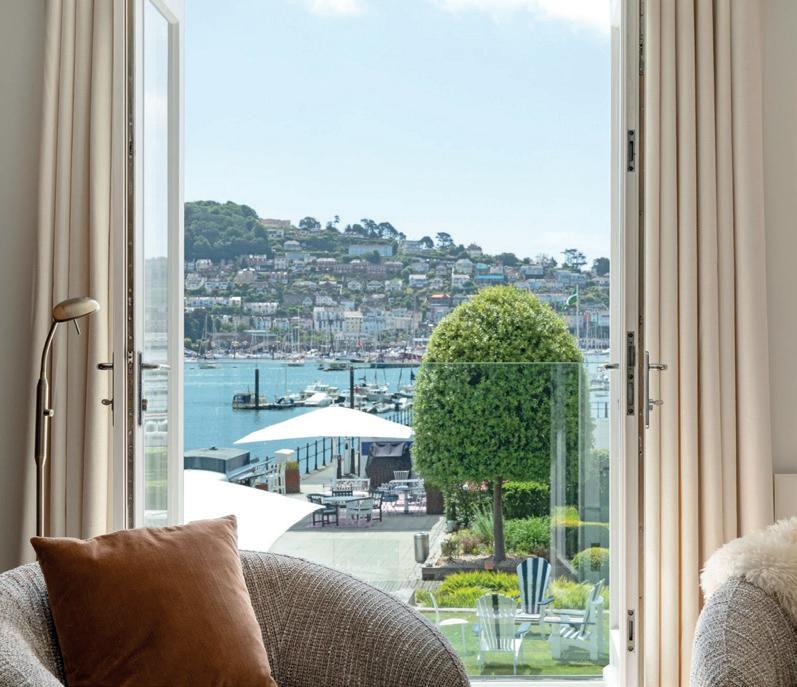

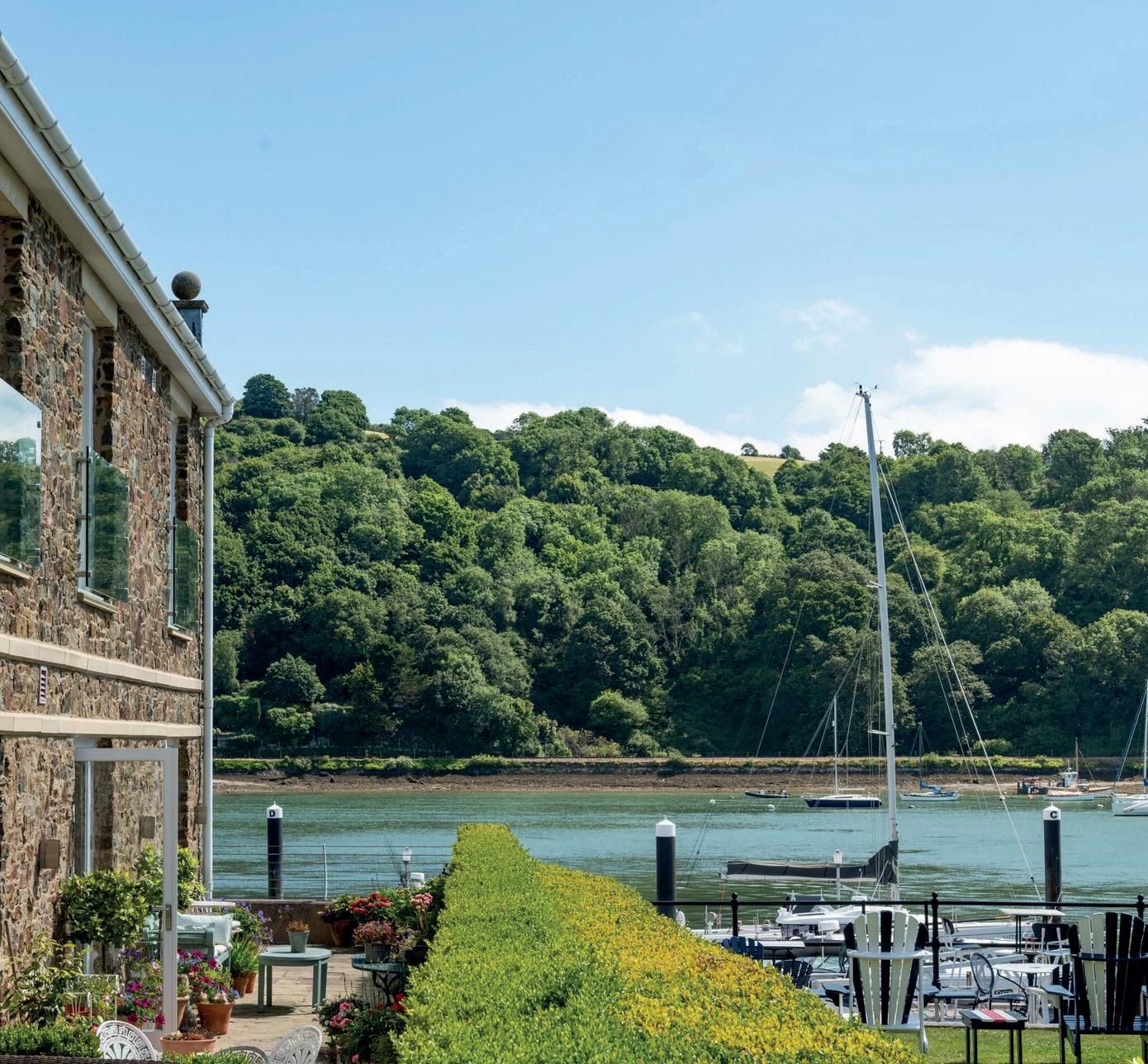

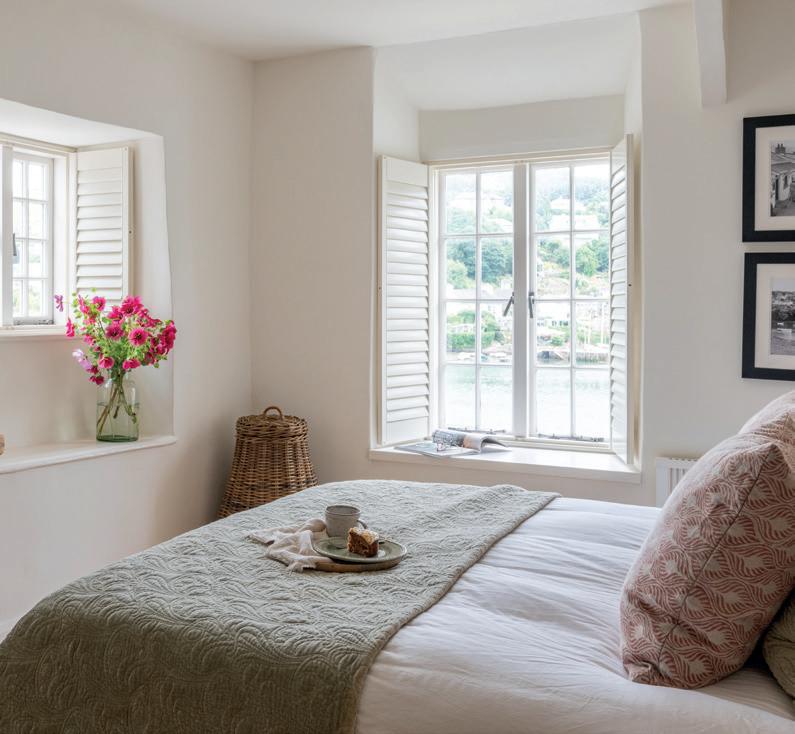
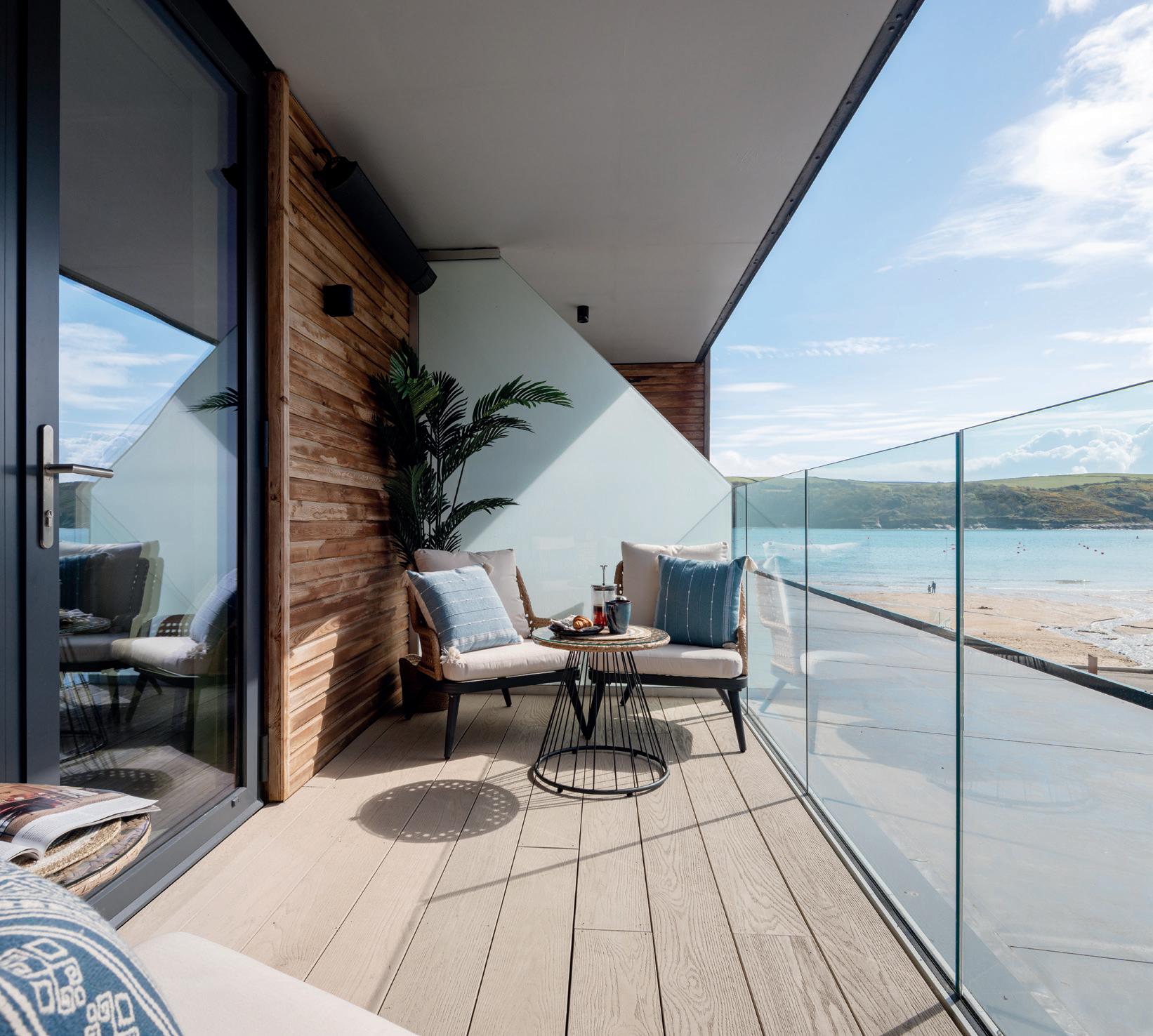
To experience the area on foot, the Little Dartmouth circular walk is among the most scenic in the region. Starting just outside Dartmouth, the loop traces the coast path past the secluded Castle Cove and on to Compass Cove and Sugary Cove – tiny, hidden beaches tucked beneath the cliffs near Dartmouth Castle. The route winds through ancient woodland and opens onto wide views of Start Bay. For a longer day out, continue upriver along the Dart towards Greenway, once the holiday home of Agatha Christie.
Back in the Dartmouth area, the food scene is both lively and evolving. Start the day at the Blackpool Sands Beach Café & Lounge, a relaxed, glass-fronted spot known for its fresh salads, seafood and smoothies. For a more traditional experience, take the passenger ferry across the river to Dittisham, where the Ferry Boat Inn serves crab sandwiches and pints just feet from the water. Come evening, book a table at The Seahorse, an independent restaurant on Dartmouth’s South Embankment. Founded by chef Mitch Tonks, it’s a place where South Devon crab and hand-dived scallops are cooked over a wood fire and the Mediterranean influence is subtle but assured.
beneath wooded cliffs and accessible only on foot or by boat, the beach is a sheltered mix of shingle and sand, with clear water that’s perfect for a quiet swim. The path from Stoke Point winds through dappled woodland, giving the sense of arriving somewhere hidden.
Walkers will find plenty to explore here, not least on the Revelstoke Park Coast Path
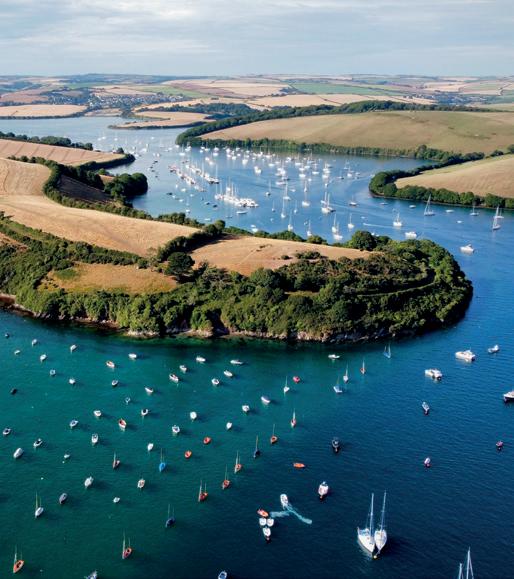
Circular, a lesser-known but captivating route that loops from Noss Mayo out along the clifftops. Originally built as a 19th-century carriage drive for Lord Revelstoke, the path meanders past wildflower meadows, disused lookouts and shaded woodland, with panoramic views at Stoke Point and steep descents into Cellar and Netton Beaches. Returning inland through quiet fields and tree-lined tracks, the circuit feels as removed from the modern world as you could wish for.
Set above the Yealm Estuary, Riverdale is a beautifully positioned property offering the best of both coast and countryside, with sweeping views across the treetops and water below.
Just south of Noss Mayo, Cellar Beach, also known as Cellars Cove, is a well-held secret. Tucked
Back in the twin villages of Newton Ferrers and Noss Mayo, there’s no shortage of places to eat and drink well. In Newton Ferrers, The Dolphin Inn serves classic pub favourites with generous portions and estuary views. Across the water, The Ship Inn is perched right on the waterfront, making for an idyllic spot for seasonal seafood and an evening drink as the tide rises beneath the terrace. For something a little more underthe-radar, The Noss Beer Works Taproom is tucked away from the shoreline. This smallbatch brewery offers laid-back pop-ups, housebrewed ales and a warm welcome.
fineststays.co.uk
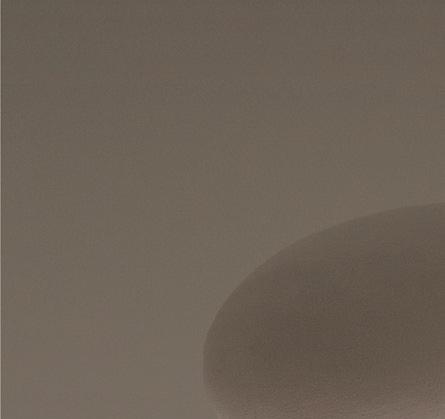



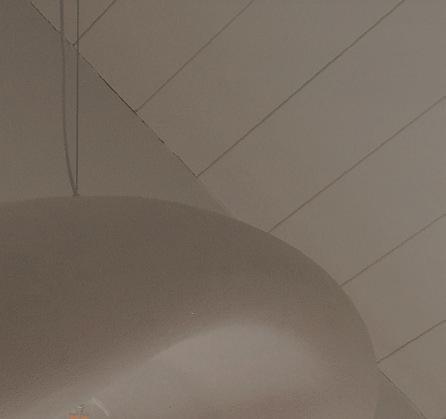
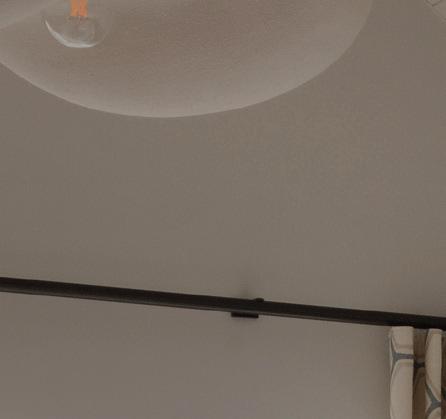


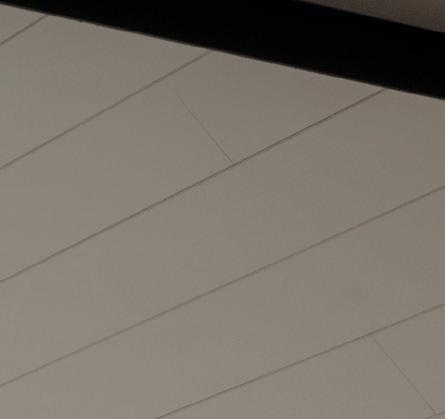

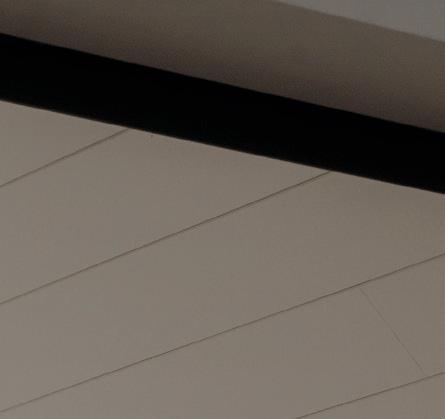

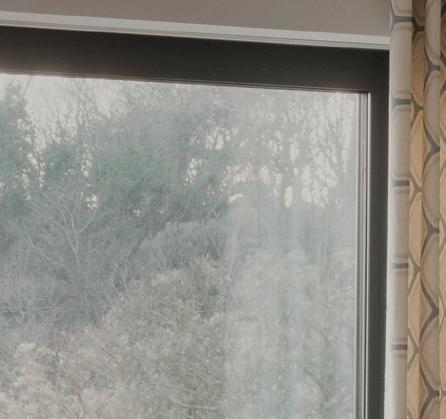
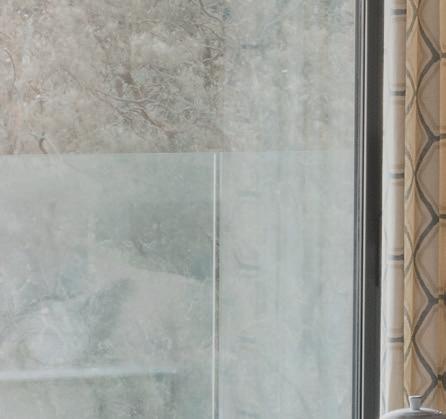
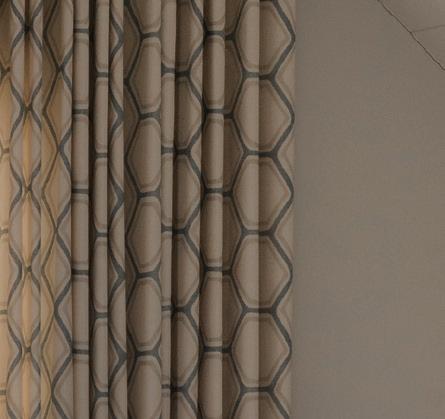




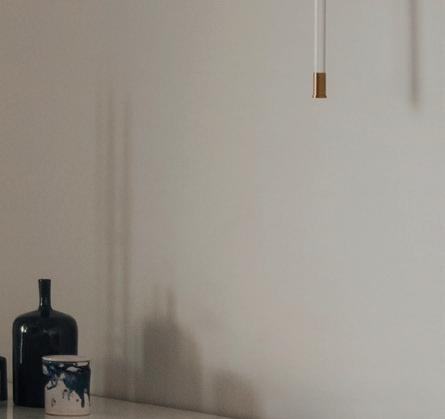

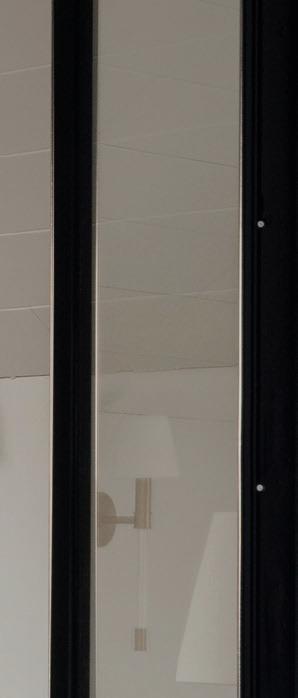
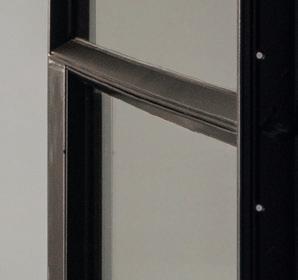

DAn approach to the interior design panorama that is undertaken within the narrative of location, environment and trust.
esigners are visual storytellers and perhaps none more so than international design expert Nicola O’Mara, who for over two decades, has been shaping some of the most desirable homes in Cornwall. Her remarkable talent for intuitively grasping the stylistic and colour requirements of every property, be it traditional or contemporary, shows an innate ability that distinguishes her designs.
Based on the north Cornish coast, her namesake studio has built a reputation for creating interiors that feel as effortless as they are elegant – layered, timeless and deeply in tune with the surrounding landscape. The philosophy is simple: good design should never shout, instead, it should gently guide, offering calm and comfort while telling the unique story of the people who live there.
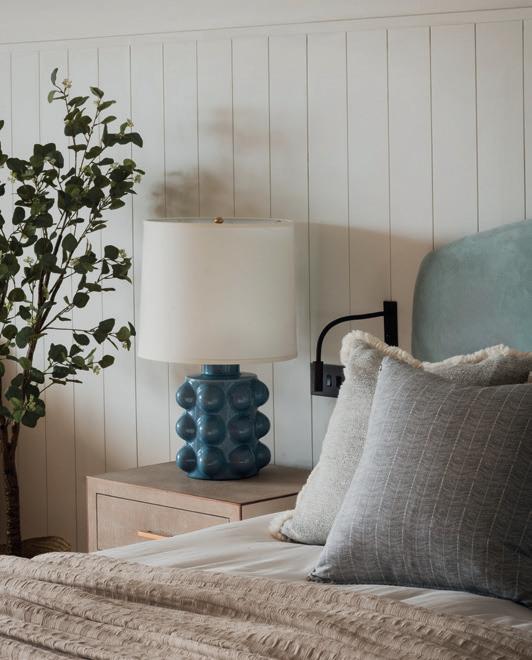
From new coastal builds to complex renovations, Nicola is often involved from the earliest architectural stages, working alongside planners, contractors and craftspeople to shape homes holistically. “It’s about making sure every detail supports the bigger picture,” she explains. “Where the light falls, how a space will be used and how materials work together –it all matters.”
A recent project near Fowey (pictured), is an example of the level of luxury styling that Nicola achieves in her designs. With its elevated position above the cove, the interiors needed to reflect the views and natural environment, all while remaining in tune with its architecture. As a new-build project that spanned a fiveyear period, it was also important that Nicola built a relationship of trust with the client. By meticulously overseeing every aspect of the design process, from concept development and space planning to procurement and installation, each element was executed to the highest standards of quality and craftsmanship, taking any worry and stress away.
Clients often describe Nicola as intuitive and grounded, someone who really listens and responds, rather than imposing a style. This peoplefirst approach has earned her commissions across Cornwall and beyond, including ones from returning clients and referrals. Whether the property is a personal retreat or an investment, her approach remains consistent: always tailored, always timeless. “It’s about character and quality,” adds Nicola, “and design that lasts.”
nicolaomara.com


ABOVE Colour, textue and shape combine to create a timeless design
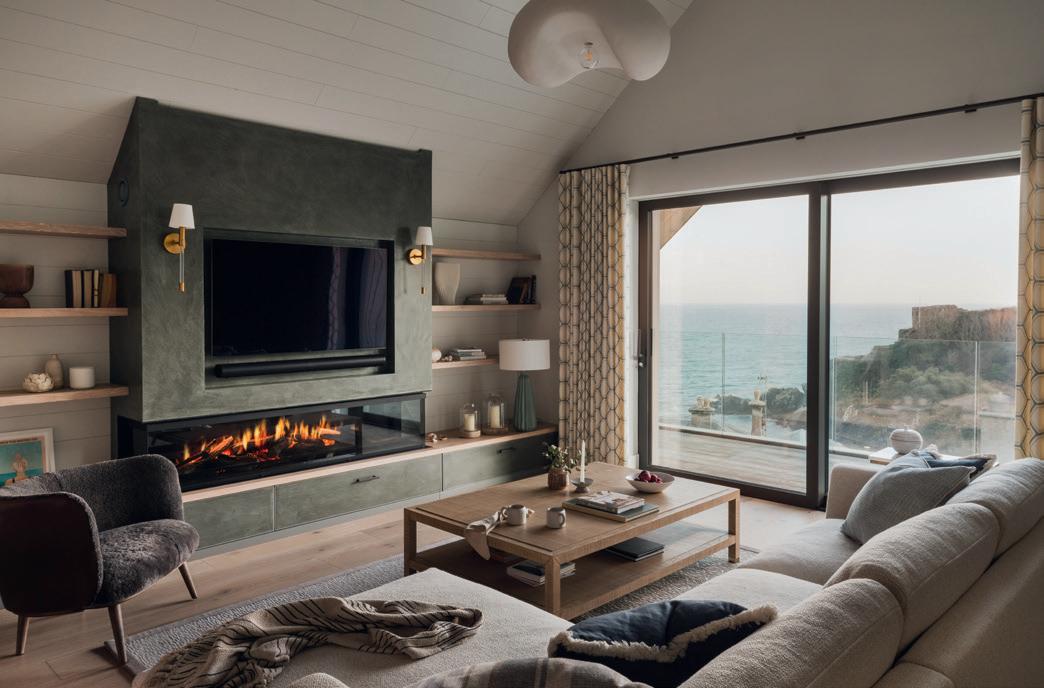

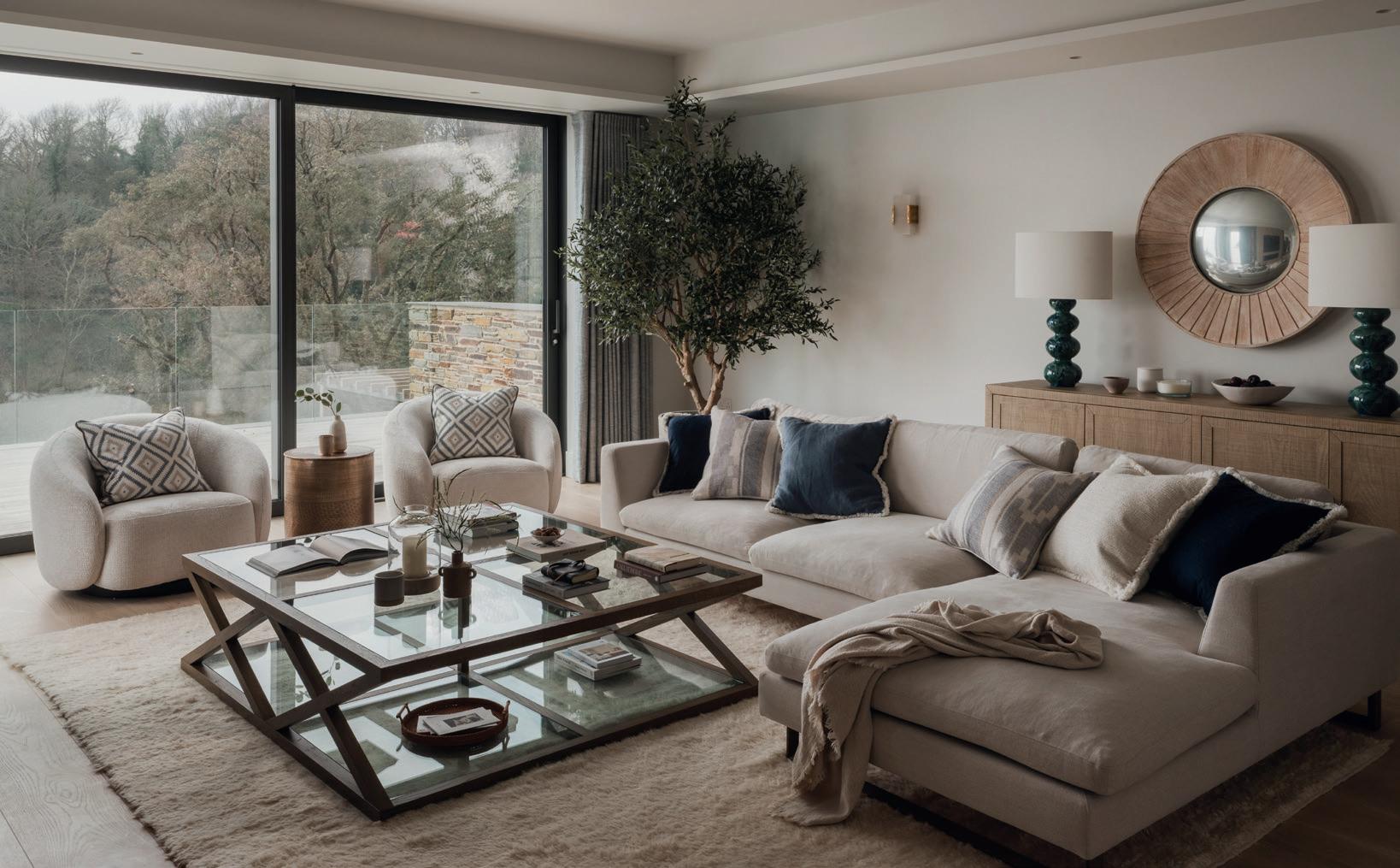
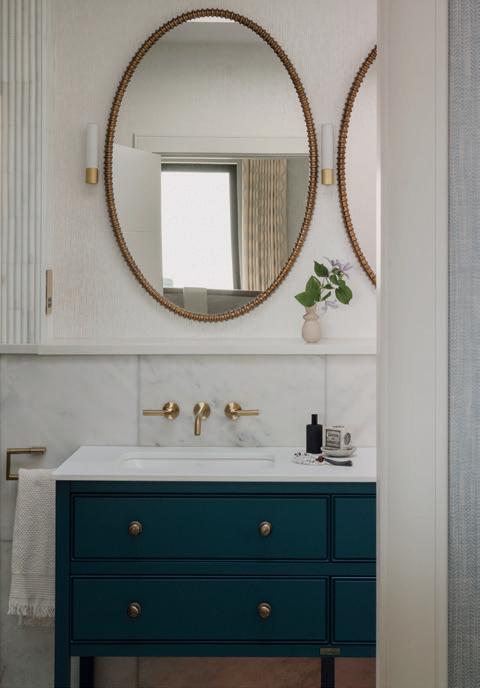
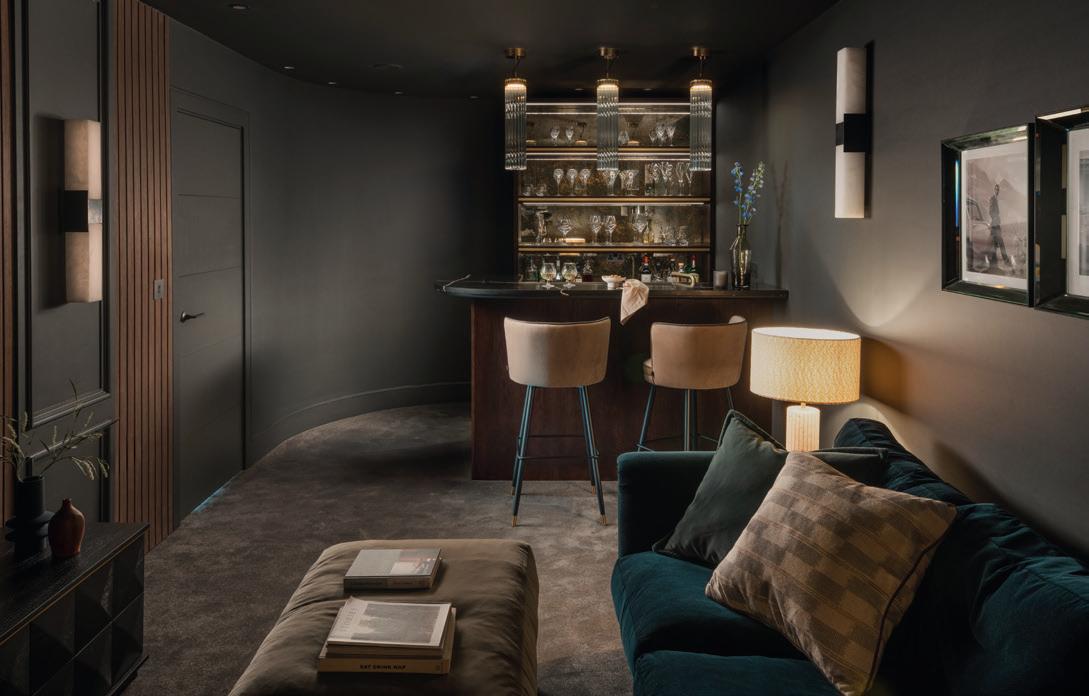



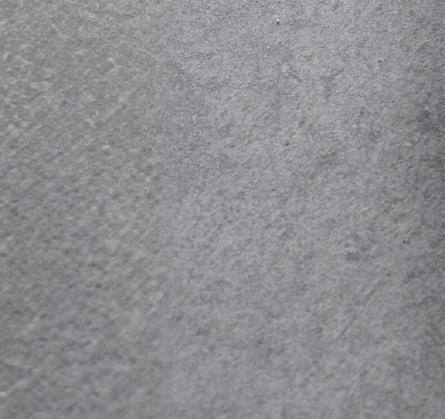
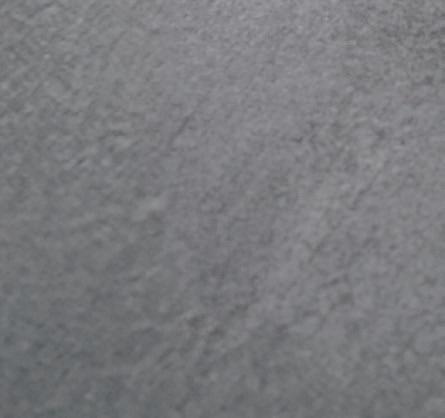
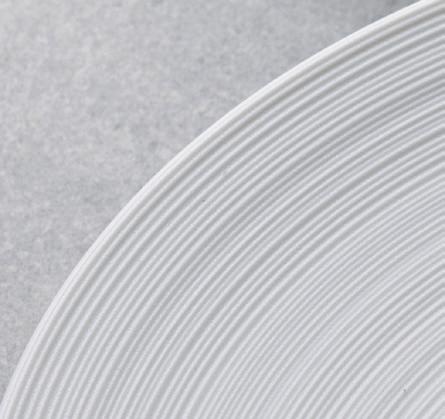

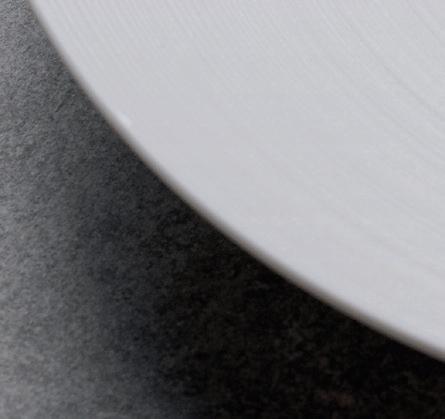
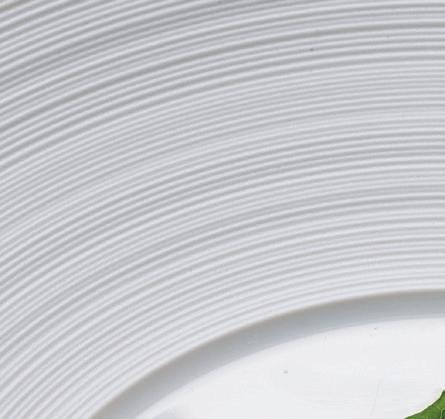
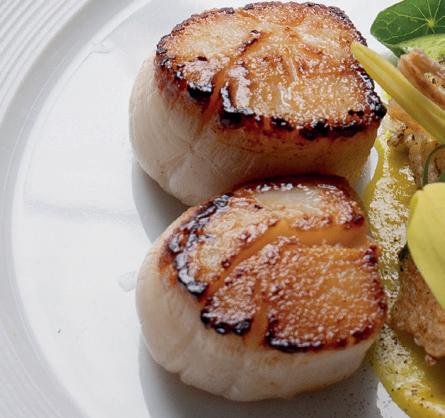
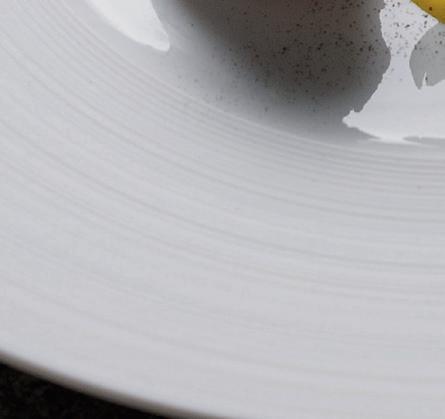
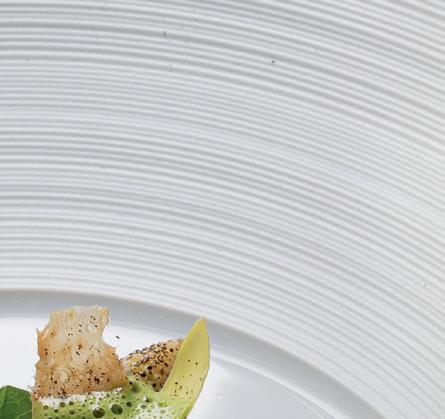
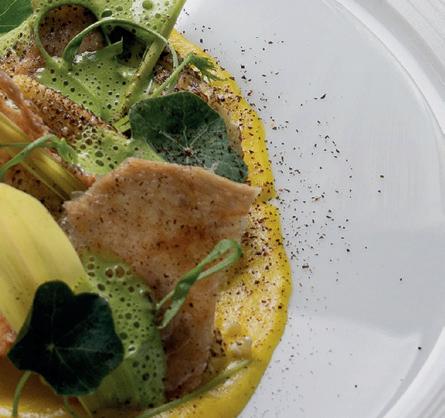
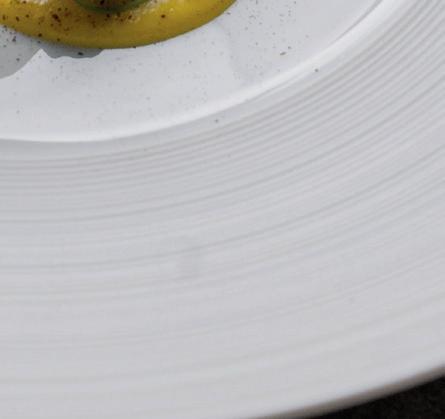
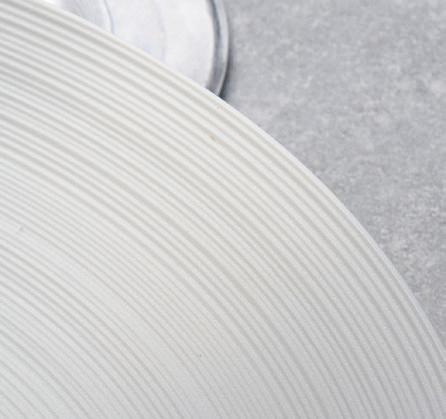

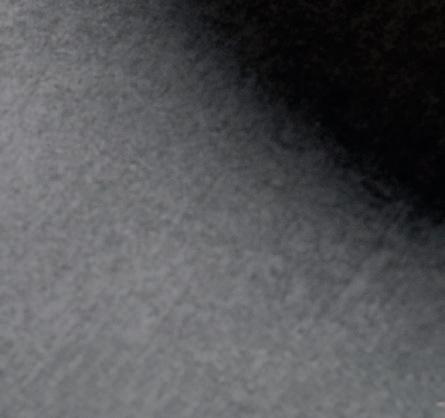

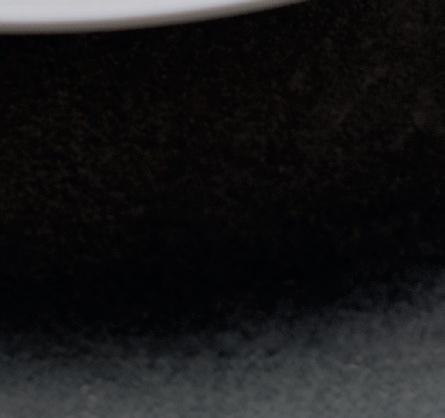


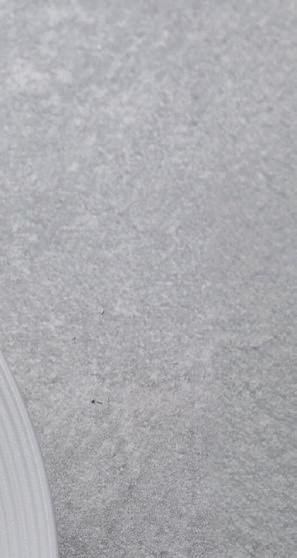
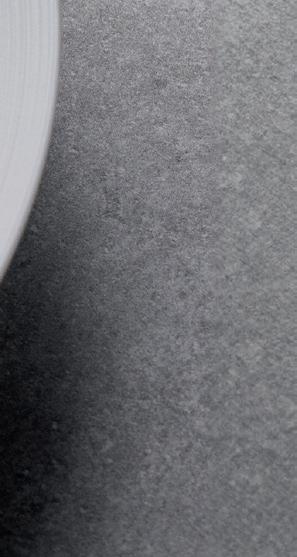

The art of bespoke dining brings a taste of the theatre to the table.
There is something quite unique about a private dining experience where the spectacle is derived not simply from the plate of food, but also in the very story that brings it to life. Think beautiful tablescapes, welcome drinks designed for the occasion, bespoke menus and courses that speak far more than sustenance. Founder of ChefCulture, a private dining and events company, James Thomas Jones has developed a relationship with food that not only honours the very best ingredients, but also brings a taste of theatre to the table.
Having spent his formative culinary years honing his craft in fine dining hotels across the South West, James’ journey has taken him from the white sand shores of Tresco on the Isles of Scilly with wild beach barbecues to private houses and pop-ups across the Cotswolds and out to the Devon coast. “I’ve always worked in food,” he tells me, “ever since I was a teenager. Initially in high-end hotel dining, then on Tresco on the Isles of Scilly. By the end of

my time there I was managing all of the eateries on this incredible private island. My experience spans many levels; everything from Mediterranean seafood to more traditional gastropubs.” But it was on Scilly, amongst the barbecue coals on a private beach, that the seed of something more intimate was sown: “That’s when I first thought of creating a private dining and events company. Cooking barbecues on the sand, with mackerel just pulled from the sea, really taught me how important fresh, local, high-quality ingredients are.”
Today, ChefCulture, brings restaurant-quality cooking into people’s homes and holiday properties across the South West. Whether it’s a celebratory supper, a laidback barbecue with friends or a full weekend of catering, the brief is always different.
“We haven’t served the same menu twice,” James tells me. “And that’s something I’m very proud of. Every event is tailored. It might be someone’s 50th birthday celebration with dinners on Friday and Saturday and breakfast on Sunday. Or simply a
James Thomas Jones
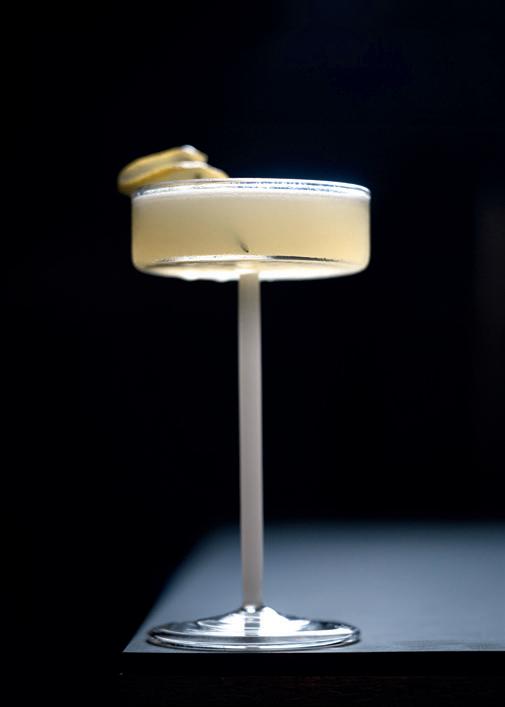

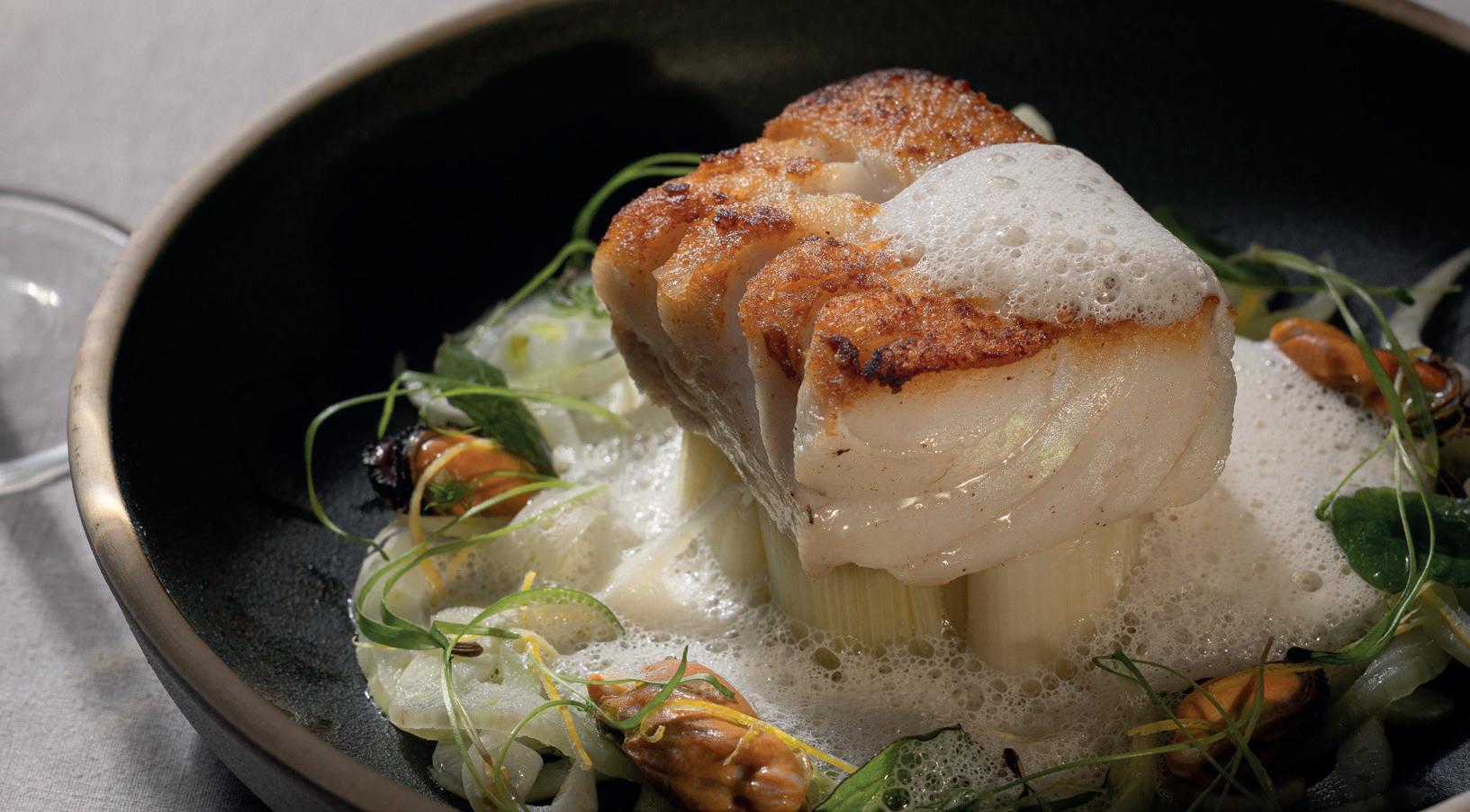
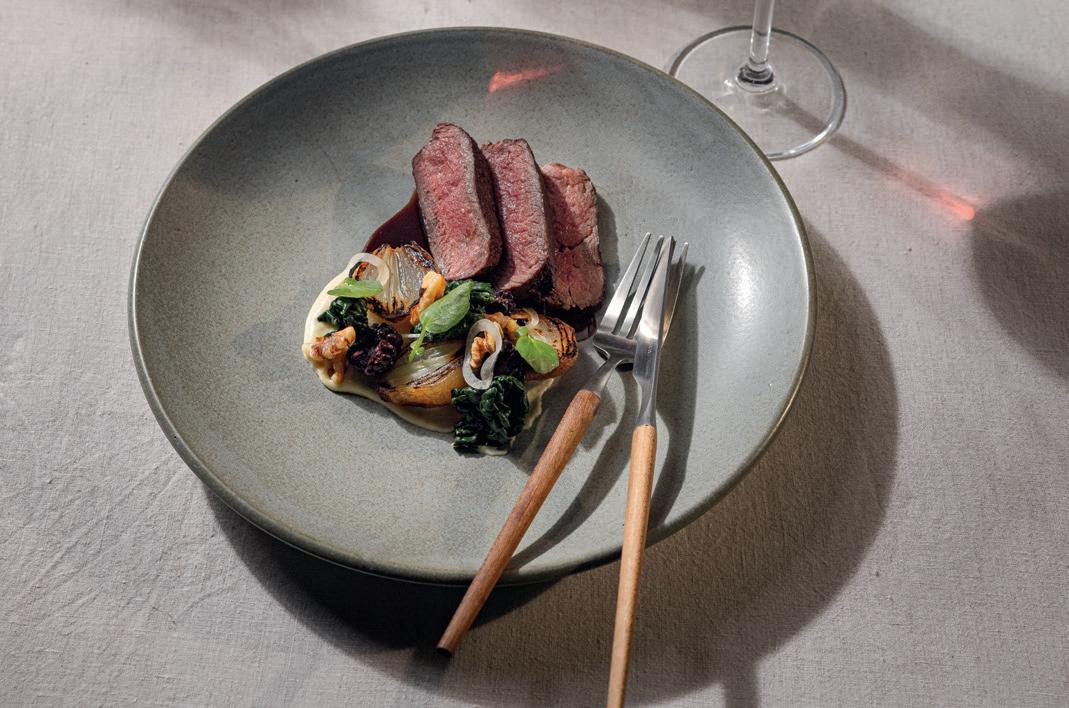
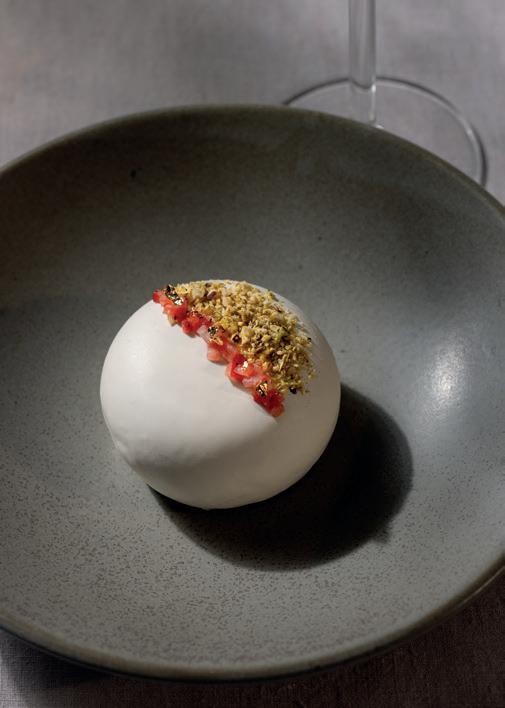
couple who want to eat well in a beautiful place. Whatever the number, the process is always the same: we talk to our clients, understand their taste and then build completely bespoke menus, along with curated cocktails mixed and served by my colleague Kris.”
The food itself is elevated and immersive, made all the more remarkable by its delivery. “I only use top industry suppliers,” explains James. “Flying Fish, for example, is world-renowned and supplies many London restaurants. The ingredients I use are exactly the same as what you’d find in a toptier restaurant kitchen. The only difference is that we’re preparing, cooking and serving it in our client’s homes.” However, don’t mistake this for anything less than exacting. “I bring everything,” says James, “from pots, pans and knives to tableware and glasses… even the bin bags, literally everything but the kitchen sink! I don’t rely on what’s in the kitchen as for me, it’s all about detail – the meal has to be flawless from start to finish, so everything is done with precision.”
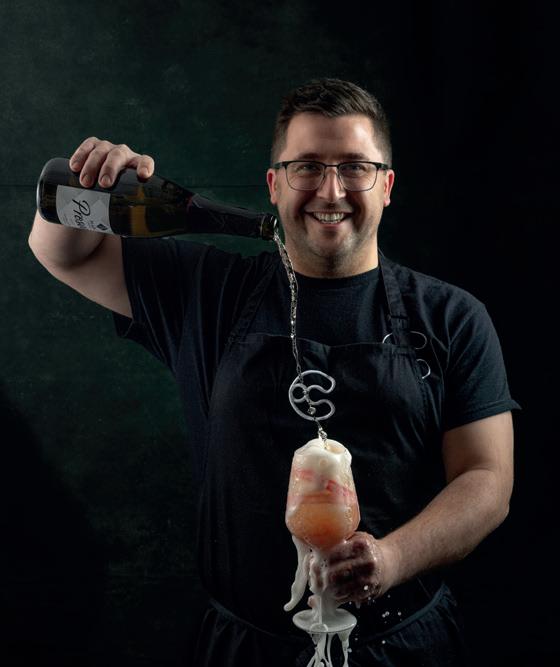
more immersive,” says James with a grin. With TABU, the show doesn’t stop with plating. Every experience includes a hidden course, a surprise element created especially for the guests: “It might be a nostalgic twist on a childhood favourite, or a playful moment in the meal. Like a custard cream reimagined as a dessert. Or perhaps a box of handmade chocolates on the table that contains a hidden game, or a paper under someone’s seat telling them they’re tonight’s carver! We love these little interactive moments. It gets people talking, laughing, connecting.”
A taste of theatre forms the foundation of James’ latest venture: TABU – a new direction that takes private dining into interactive, storydriven territory. “It’s still private dining, but much more theatrical, cheekier and definitely
The TABU concept has grown naturally from client feedback they’ve had over the years: “Some clients want the chef to stay in the background. Others want to know everything… where the meat has come from, if the herbs are grown in my garden. They’re hungry for the story.” And story is exactly what TABU serves. However, the ambition behind ChefCulture doesn’t end with its dishes, it’s also about the next generation, as James explains: “Eventually, I want to use ChefCulture as a platform for up-andcoming chefs,” he tells me. “There’s a huge gap in the industry. Training is patchy, the culture can be tough and staffing levels are low. My vision for ChefCulture’s future is to have a central unit with a demo kitchen, using it to help develop younger chefs, not just in cooking, but in storytelling as well as in the business side of things.”
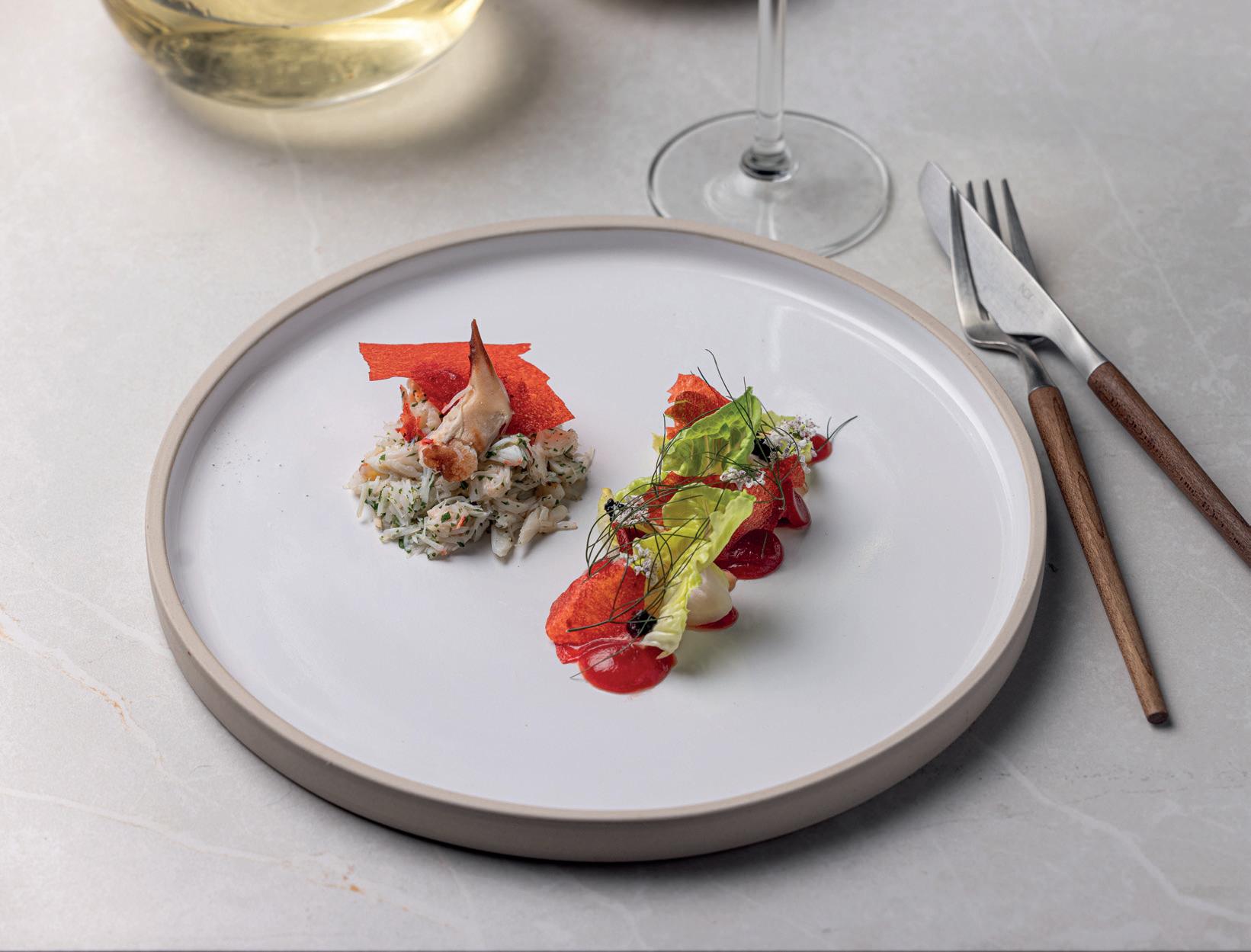
What’s crucial, adds James is maintaining the ChefCulture standard. “I don’t want this to become a conveyor belt of private chefs. I want to be involved in the menus, the ingredients, the delivery. We can bring other chefs in, sure, but they have to reflect the same ethos. It’s not about being a control freak,” he laughs, “but I am obsessed with detail. That’s what makes us different.”
And different it is. In an age of impersonal online bookings and algorithm-recommended menus, ChefCulture offers something both rare and refreshingly real: connection. “I always speak to clients beforehand,” he explains. “I don’t just send a brochure. We have a phone call. Because they’re inviting someone into their home, it’s
got to feel right.” That feeling is what’s fuelling the momentum behind his regular pop-ups, too. “We’re doing an event next week on the Glassboat in Bristol in collaboration with 6 O’Clock Gin, as well as hosting regular supper clubs at The Scrandit. They’re great for exposure. People can come, try our food, see how we work, and then are hopefully inspired to book us for a private event.”
The wider vision for ChefCulture is layered, much like the meals themselves. “We want people to come away from an event thinking: that was different, that was special. That wasn’t just dinner. That was an experience.”
chefculture.uk
chefculture.uk
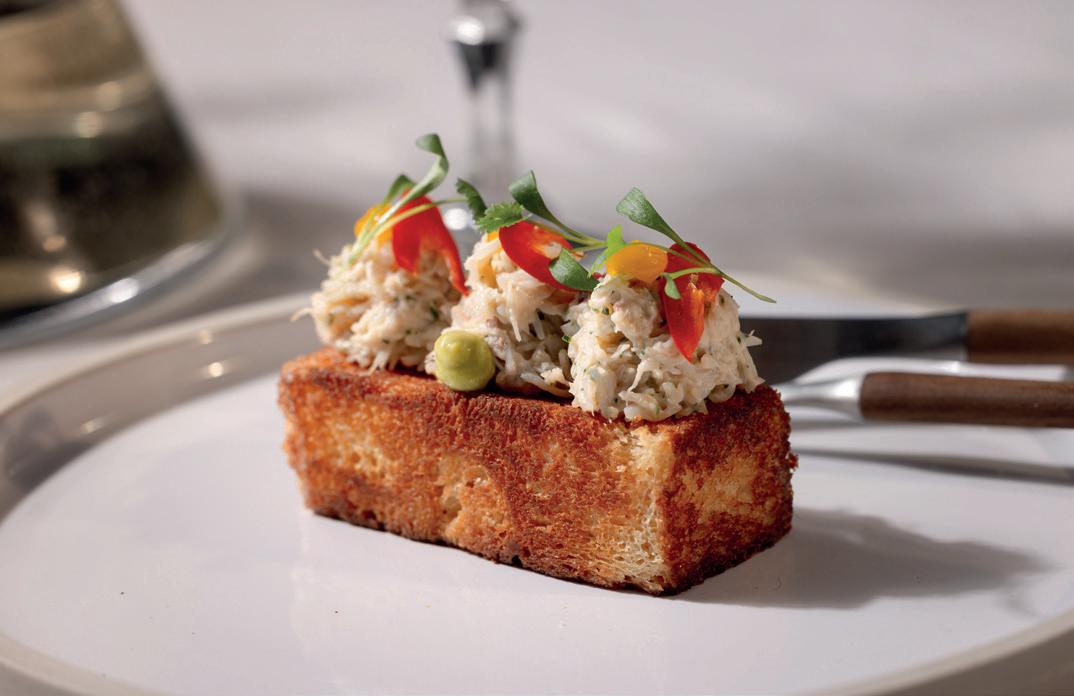
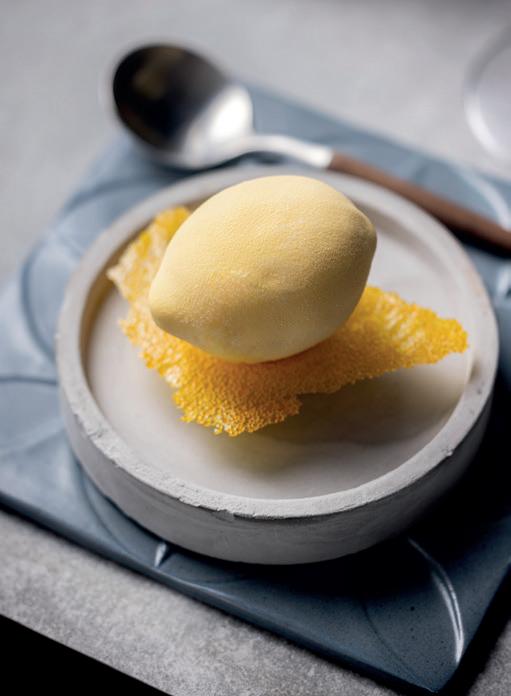
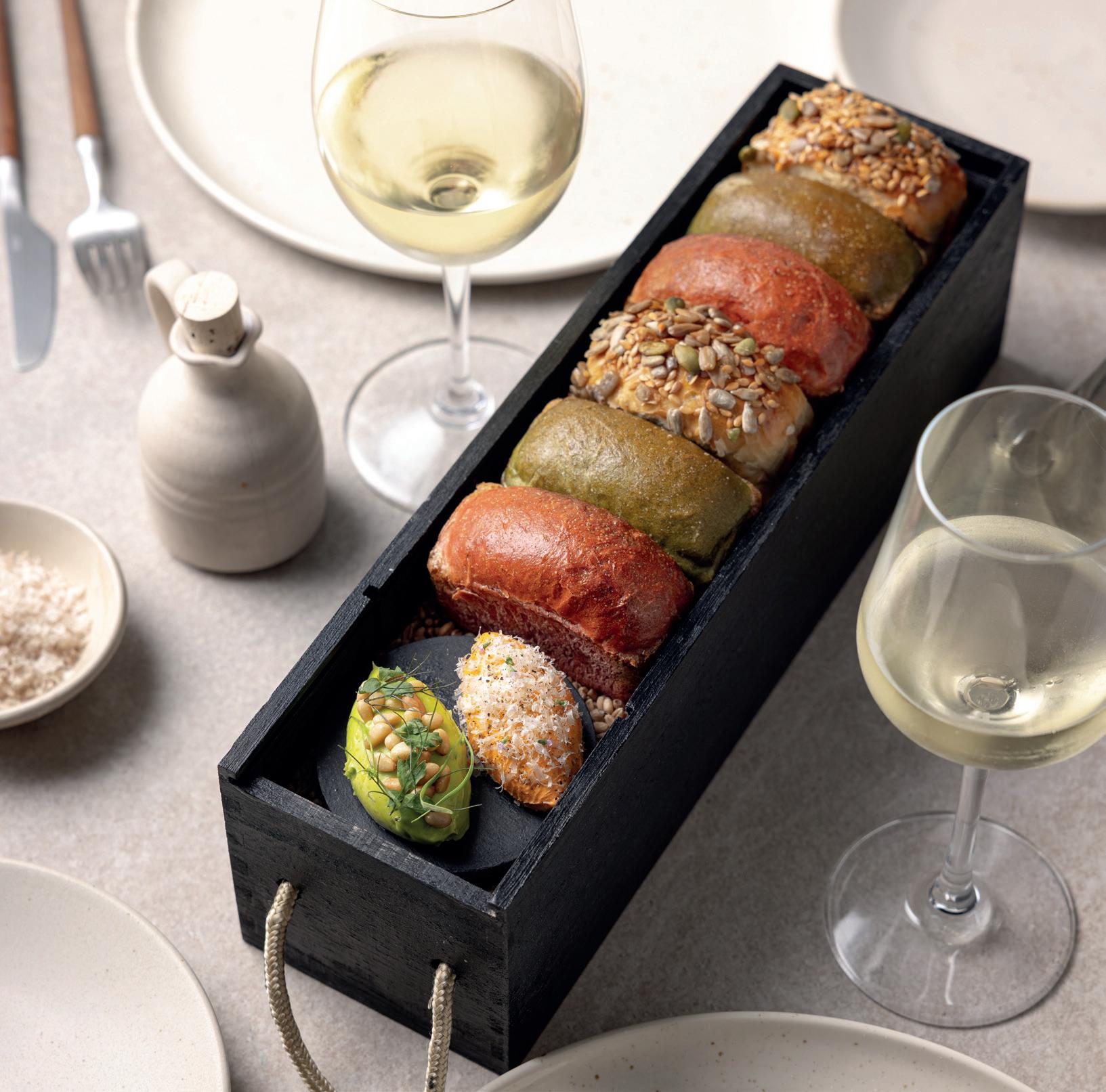
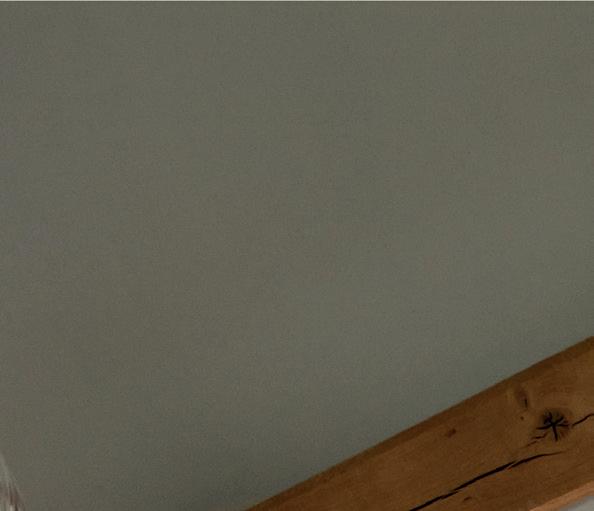
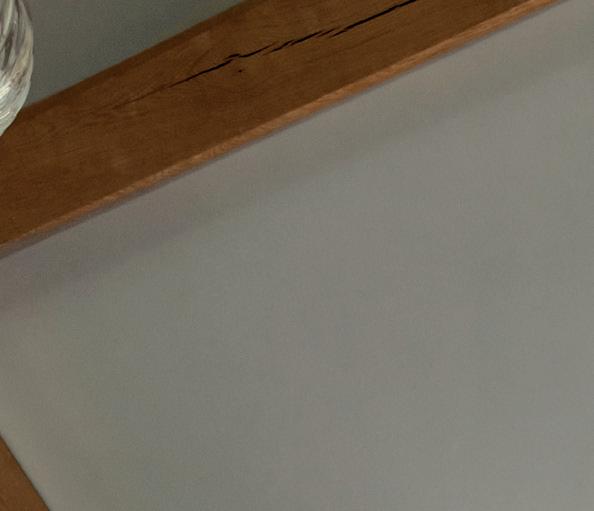




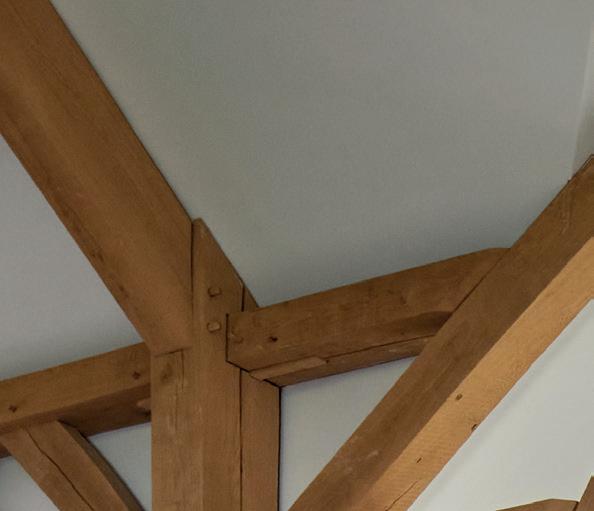

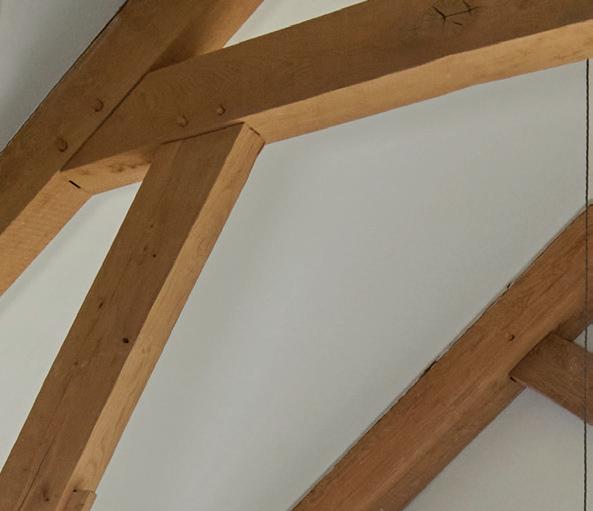
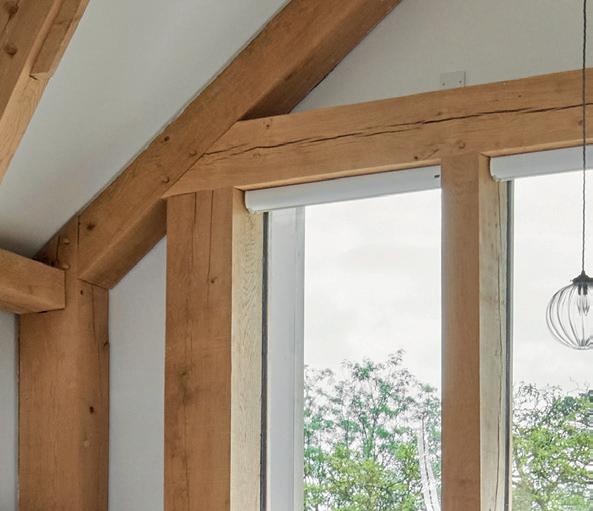
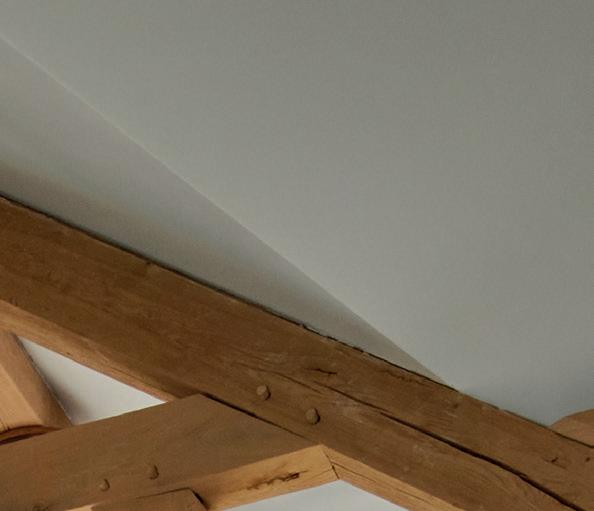
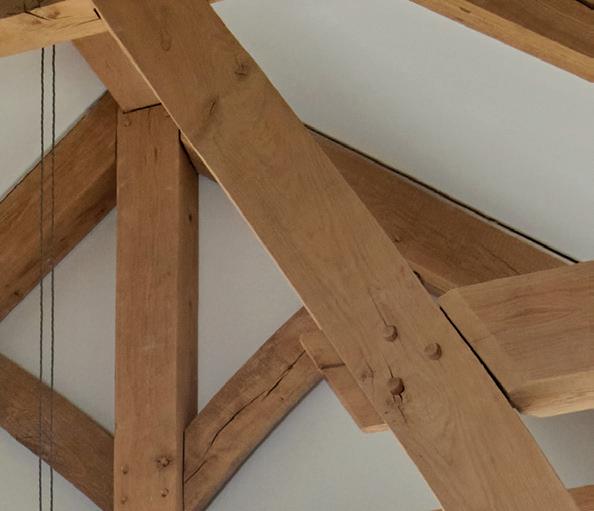
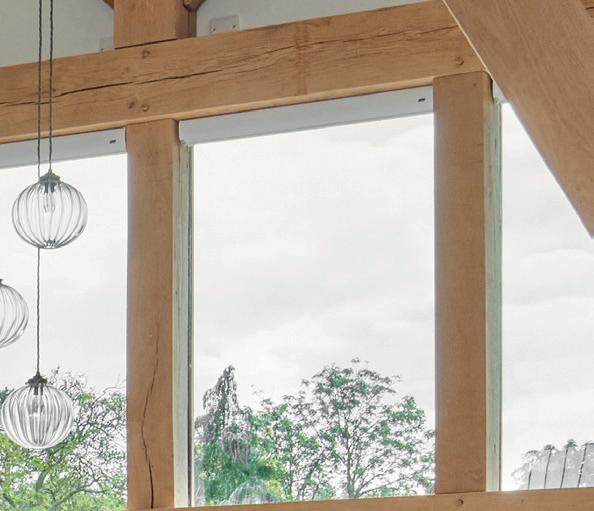
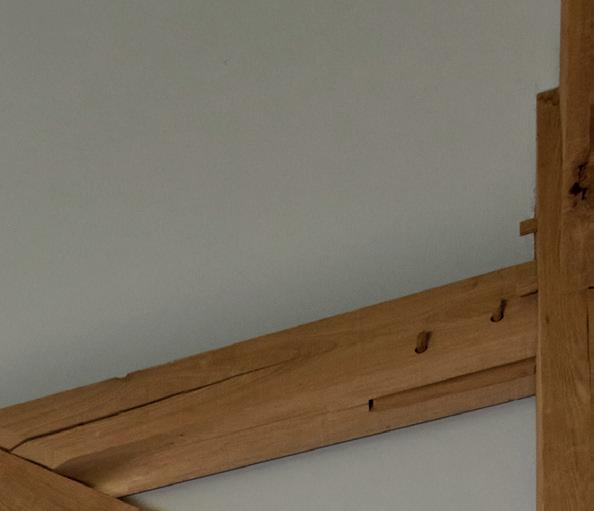

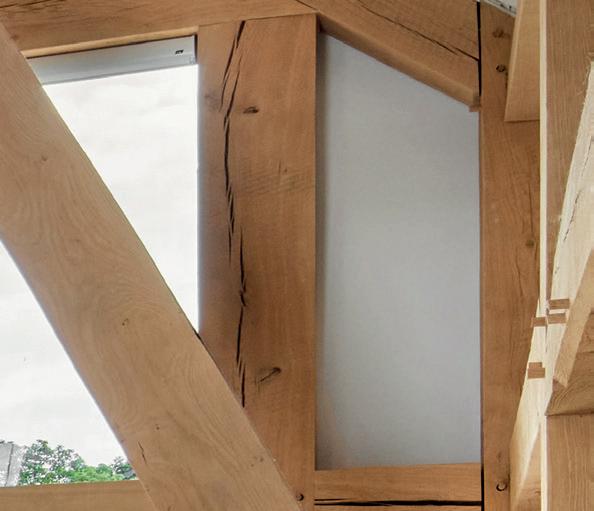
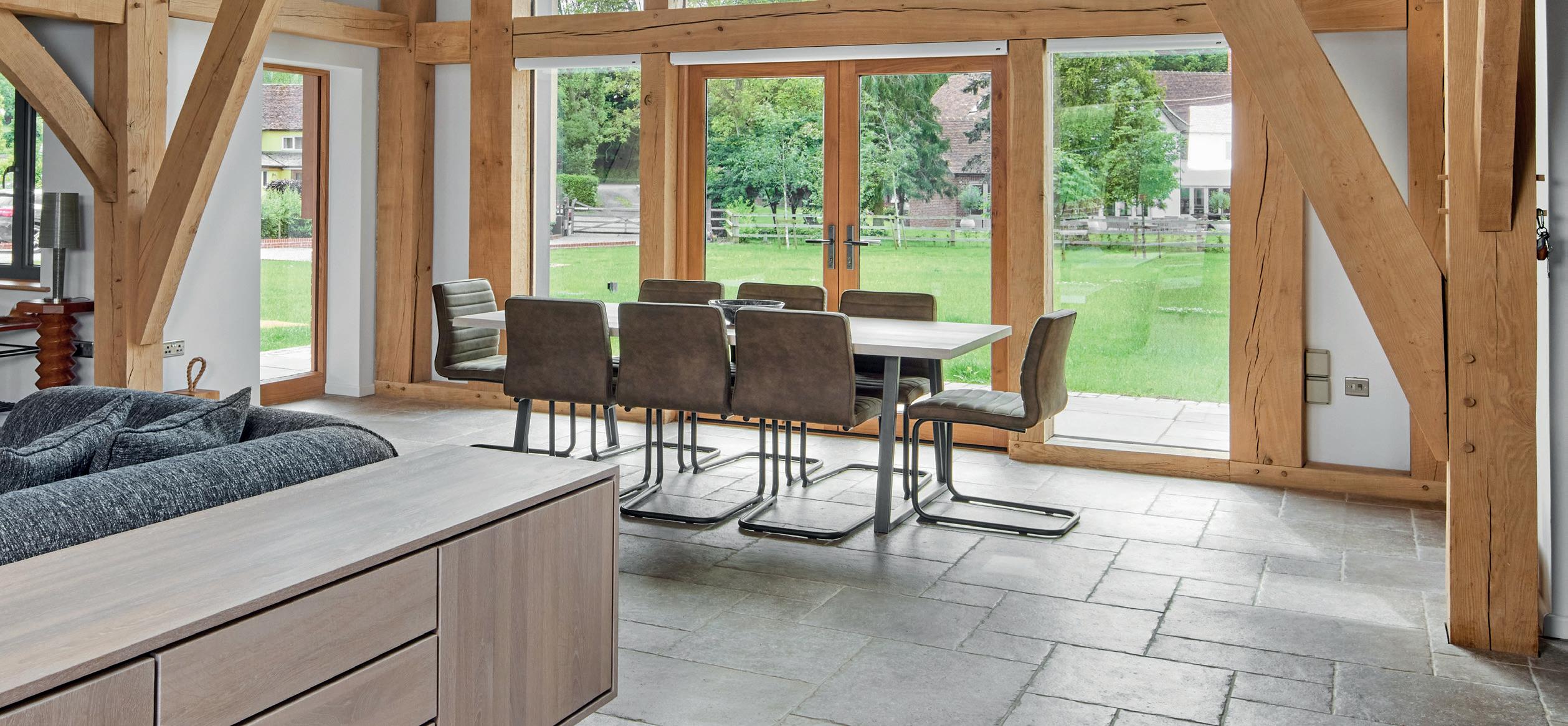
Revealing the story behind a business that has strength at its heart.
Carpenter Oak embraces the enduring beauty and vigour of traditional timber framing whilst bringing new methods to this time-honoured craft. We spoke with them about their journey from conservation specialists to pioneers of modern oak framing.
Firstly, can you give me a general overview of Carpenter Oak, what you do, your craftsmen and a little of its history.
For nearly four decades, Carpenter Oak has specialised in the bespoke design, handcrafting, and installation of structural timber frames for self-builders, architects and commercial clients across the UK. Every frame we create is unique, designed to reflect each client’s vision and setting.
From first sketch to final raising, our experienced team guides each project with care, creativity and technical precision. We collaborate closely with clients and design professionals, blending traditional craftsmanship with modern thinking to create exceptional timber structures that are both functional and inspiring.
Carpenter Oak began on December 10th, 1987, bringing together architect Roderick James and oak frame specialist Charley Brentnall in Wiltshire. Originally founded as Carpenter Oak & Woodland, the company specialised in conservation, restoring historic timber-framed buildings, including the 14th-century tithe barn at
Charlton Court and Windsor Castle’s kitchen roof after the 1992 fire. In 1995, key team members Adam Milton and Paul Kirkup moved to Devon to establish a new yard, constructing Seagull House, the first new-build oak-framed home in Dittisham. This marked our expansion beyond conservation into bespoke timber frame homes and extensions.
Following success at Stirling Castle, carpenters Gordon McDonald and Steve Lawrence established a Scottish yard in Lintrathen, Angus, in 1999. In 2015, the companies reunited under one name and shared vision, bringing together decades of experience and passion for timber framing.
What does it mean to maintain traditional oak framing techniques in an era of modern construction and how do you balance centuriesold craftsmanship with contemporary architectural demands?
Maintaining traditional oak framing techniques is essential to what sets us apart – it’s the heart of our bespoke approach. We’re passionate about these ancient skills and the heritage they carry. Balancing centuries-old techniques with contemporary demands is both a challenge and an opportunity. We push our skilled team to innovate by blending traditional methods with modern processes and materials, creating timber frames that honour the past while working within modern building standards and contemporary architecture.
You mentioned that you use various timbers for construction, oak, Douglas fir, larch, glulam – can you talk through the uses and benefits of each?
Oak is iconic, naturally providing the curves and arches typical of traditional timber framing. Celebrated for its rich honey tones and tactile grain patterns, it weathers to a softer, silvery hue externally. Most clients choose oak as it’s strong, durable, timeless and beautiful.
Douglas fir offers a streamlined, modern look with clean lines and a crisp finish. Its natural orangey-pink hue complements various finishes like whitewash. Often more cost-effective than oak, it’s locally sourced, sustainable, and aligns with environmentally conscious building practices.
Larch is ideal for exterior use due to its high resin content, protecting against decay. Growing plentifully across the UK, it’s locally sourced and sustainable, supporting British forestry while reducing transportation emissions.
Glulam (glue-laminated) timber is engineered from layers of uniform timber bonded with moistureresistant adhesives. Available in various species, it’s strong, stable and highly predictable. Unlike oak and Douglas fir, it doesn’t develop cracks, maintaining a linear, pristine finish.
Explain the journey of a single oak beam, from forest to finished frame, and what makes Carpenter Oak’s approach to timber selection and preparation unique after 37 years in the industry?
Despite ongoing challenges in the UK hardwood supply, we maintain strong partnerships with trusted European suppliers, particularly in northern France. These relationships ensure a reliable supply of premium-grade European oak from well-managed, sustainable forests.
Once felled, oak is carefully graded and aged for several months before being sawn, then delivered to our Devon and Scotland yards. Our experienced carpenters carry out final grading before
transforming each piece into bespoke posts, beams, braces, plates and purlins.
What sets us apart? We source the highest-grade European oak available. Our design team holds over 70 years of combined industry experience. Several carpenters have been with us for over 30 years, bringing an intimate understanding of timber and keen grading skills. We continually evolve our knowledge to stay at the forefront.
How has becoming an employee-owned company transformed the way your craftspeople approach their work and what does this model mean for the future of skilled trades in Britain?
Becoming employee-owned has deepened purpose and pride across our entire team. Everyone has a direct stake in company success, bringing shared responsibility, accountability and investment in work quality. Every decision and frame carries the weight of collective ownership.
This model reinforces collaboration, knowledgesharing, and long-term thinking. Our craftspeople are building a legacy for themselves and their peers, fostering continual learning and excellence where people are empowered to innovate and uphold high standards.
Employee ownership offers a compelling model for Britain’s skilled trades future, showing traditional craftsmanship can thrive when workers have a voice and a meaningful stake in the business. It attracts and retains talent while protecting craft integrity.
Beyond employment, how does Carpenter Oak contribute to local communities, and what role do you see traditional building crafts playing in preserving regional heritage?
Beyond skilled employment, we actively support local communities and preserve traditional craftsmanship. We regularly welcome school groups to our yards, offering hands-on timber framing experiences to inspire the next generation. We maintain work experience partnerships
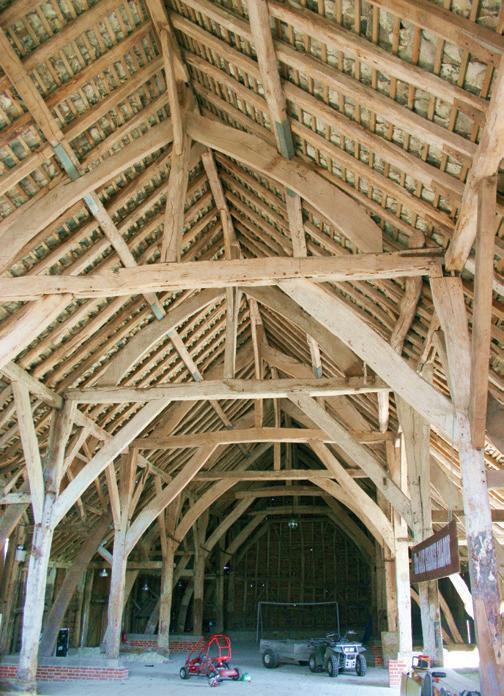
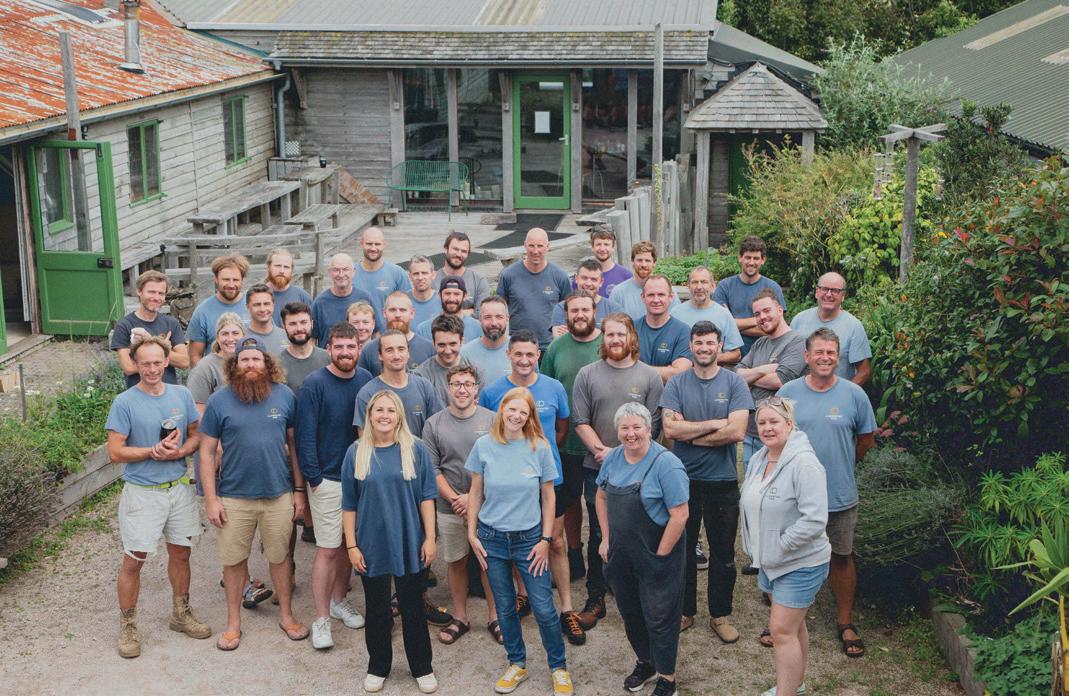
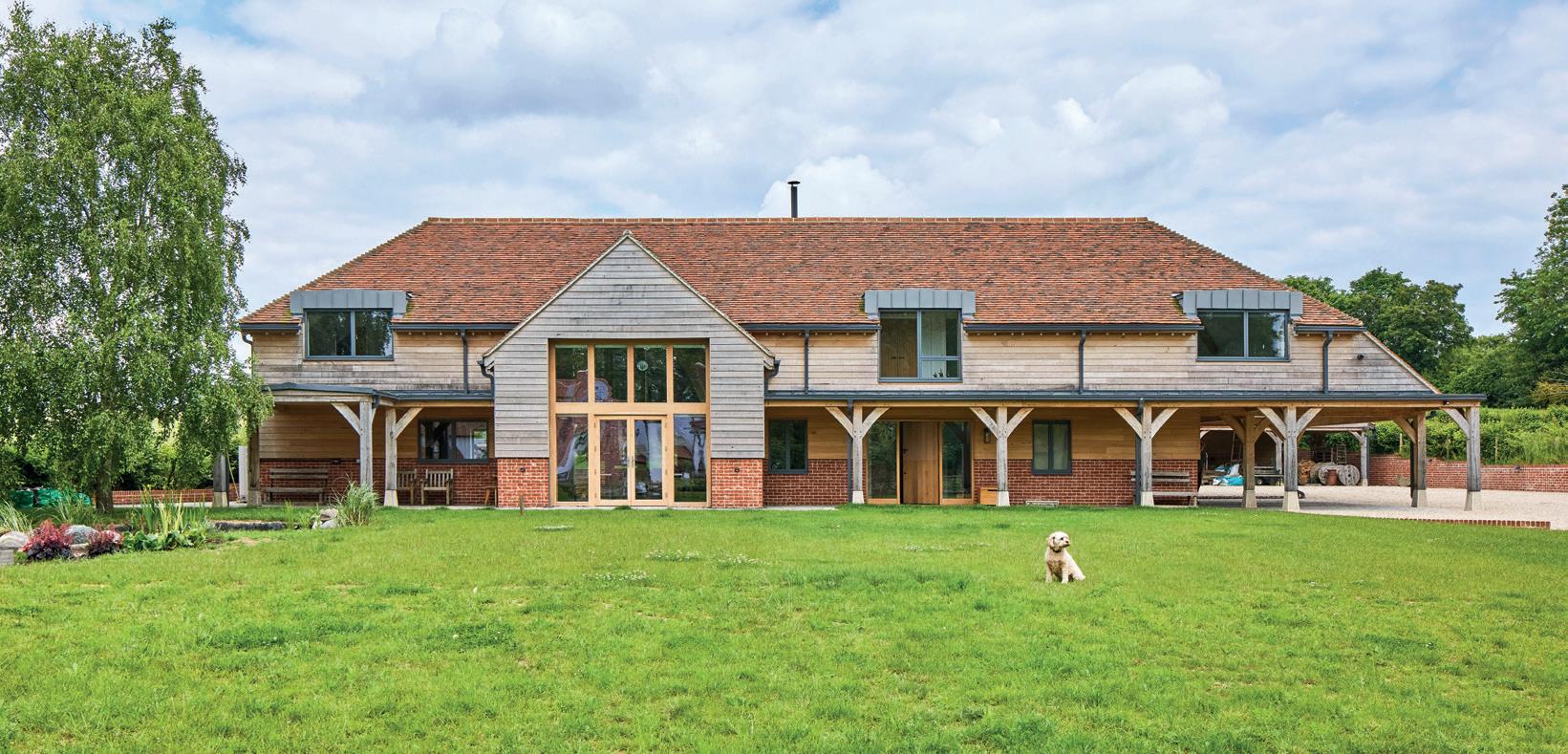

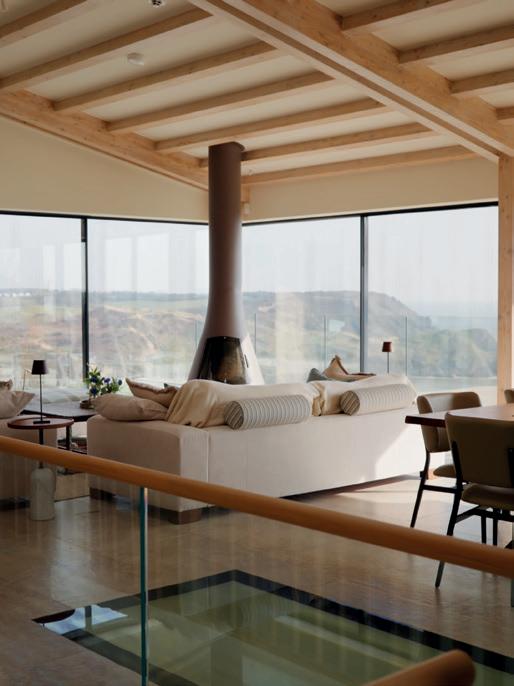
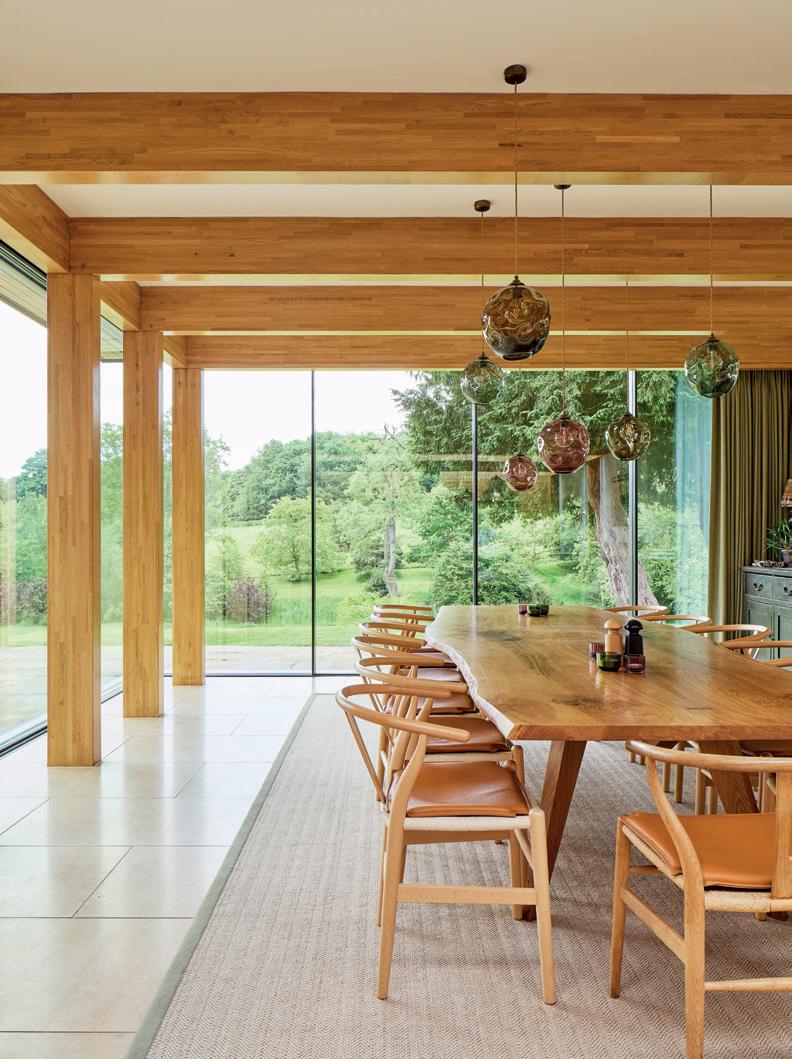
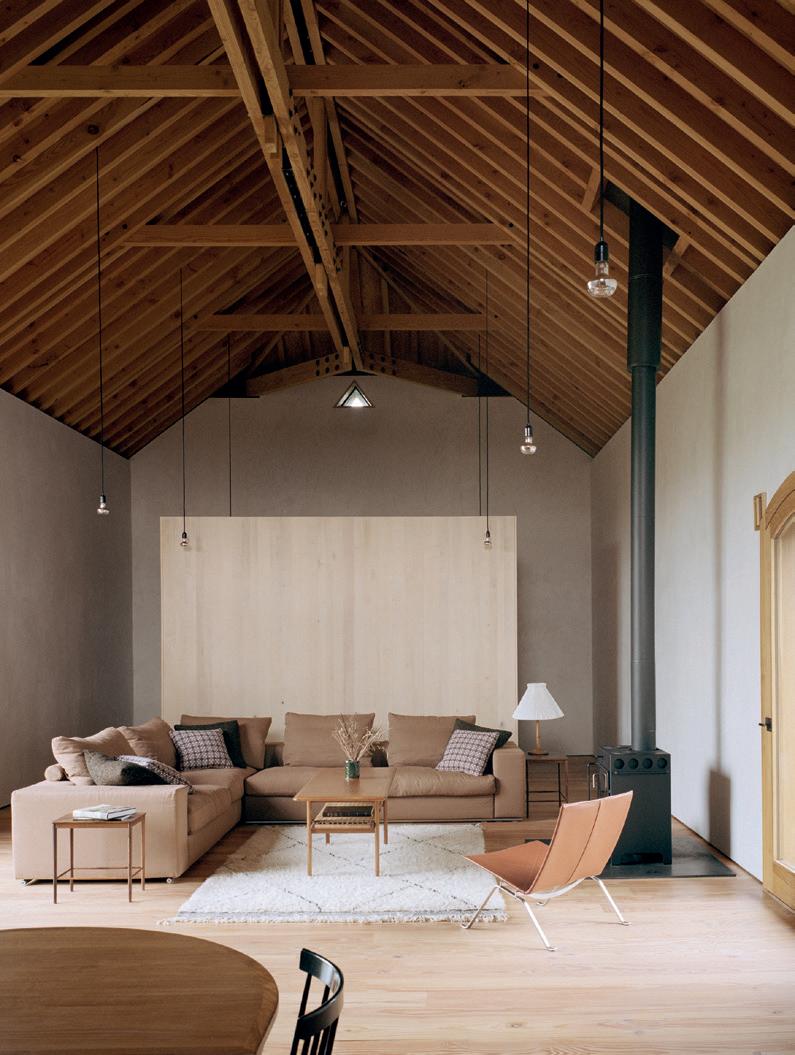
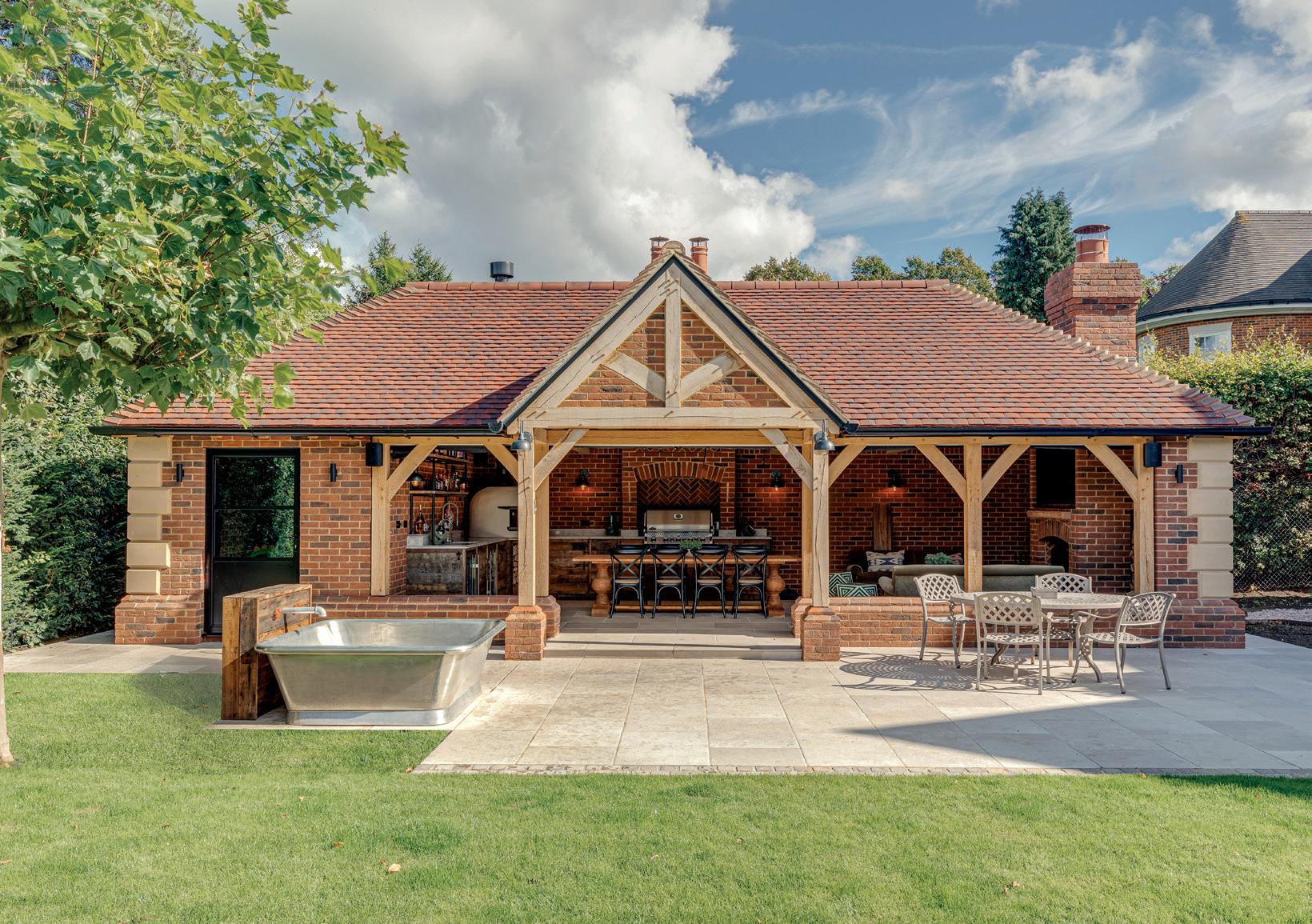
with local schools, colleges and international universities. Through collaboration with French organisation Compagnons du Devoir, we host one apprentice annually, enriching our craft through a cross-border knowledge exchange.
Carpenter Oak proudly supports FRAME, organised by the Carpenters’ Fellowship, bringing together craftspeople, enthusiasts and learners to share expertise and celebrate timber framing.
In luxury construction, sustainability is increasingly important to discerning clients. How do Carpenter Oak’s practices align with environmental responsibility while maintaining the highest standards of craftsmanship?
All our timber is sourced from sustainable, wellmanaged woodlands with ‘PEFC’ certification –an internationally recognised forest management standard. Through supporting responsible forestry management, we can confidently say we are contributing to a net environmental benefit in the our use of timber in construction..
What innovations in timber engineering have you introduced that allow for both traditional aesthetics and modern performance standards in your buildings?
We’ve continually refined our approach to designing timber frames, to meet ever improving building standards and the expectations of contemporary architecture. Ensuring high levels of thermal performance is requisite in modern buildings, and we have developed detailing to ensure timber frames can meet these standards. While we love traditional timber to timber jointing, we also use bespoke steelwork to meet particular structural or design challenges.
What distinguishes a Carpenter Oak frame in a contemporary luxury home versus a traditional restoration project, and how do you adapt your approach for each?
The approach is similar, rooted in material understanding. While craft methods and design
principles are similar, architecture and how we live has evolved and so have our timber frames.
In contemporary projects, we’re reimagining ageold techniques for modern living, playing with traditional truss forms, possibly incorporating stainless steel ties to lighten aesthetics, and working with large, open spans. It’s a 21st-century take on a medieval craft, with oak frames becoming bold architectural features integrated with glass, steel and manufactured components.
In restoration work, focus shifts to continuity and respect for the existing structure. We work within conservation constraints, using traditional joinery and period-appropriate materials, sometimes salvaging original timber. It’s about strengthening without overshadowing.
In both cases, the timber frame is integral to the identity of a building. Whether restoring history or shaping something new, we adapt methods to context while staying true to the timber framing craft.
For homeowners considering oak framing, what should they understand about the design process and timeline and how do you ensure each project reflects both your craftsmanship standards and their vision?
Through supporting responsible forestry management, we can confidently say we are contributing to a net environmental benefit in the our use of timber in construction.
Once the frame design is finalised, the project gains clarity in aesthetic and function, allowing momentum to build as materials are procured and manufacturing begins. Each frame is meticulously crafted by dedicated carpenters who cut the frame in the workshop and carry out site installation. This approach ensures continuity, a strong sense of ownership and unwavering commitment to excellence.
carpenteroak.com

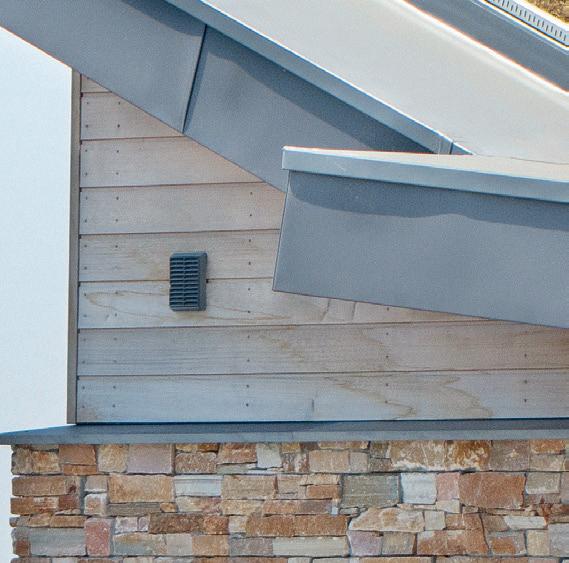
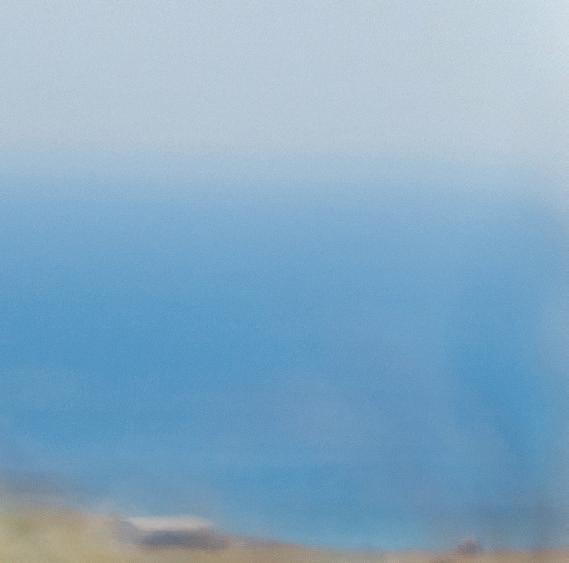
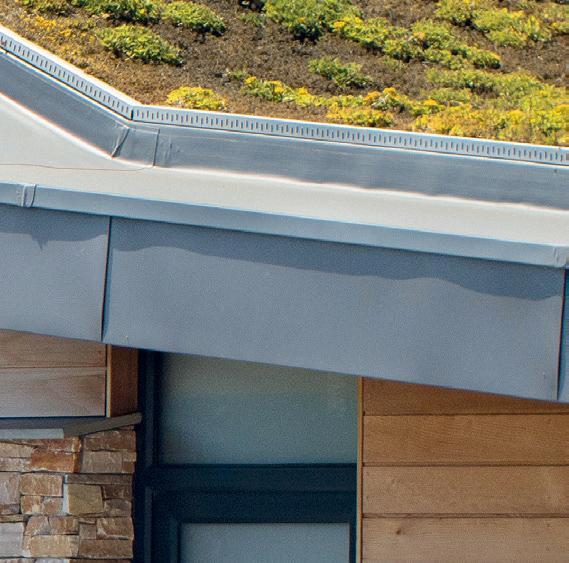
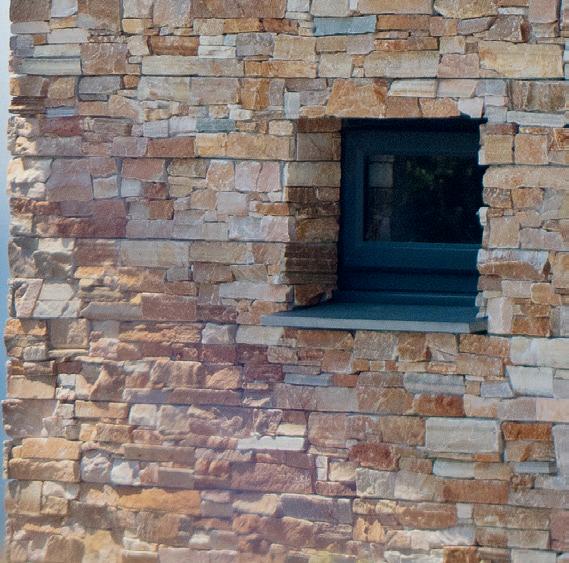

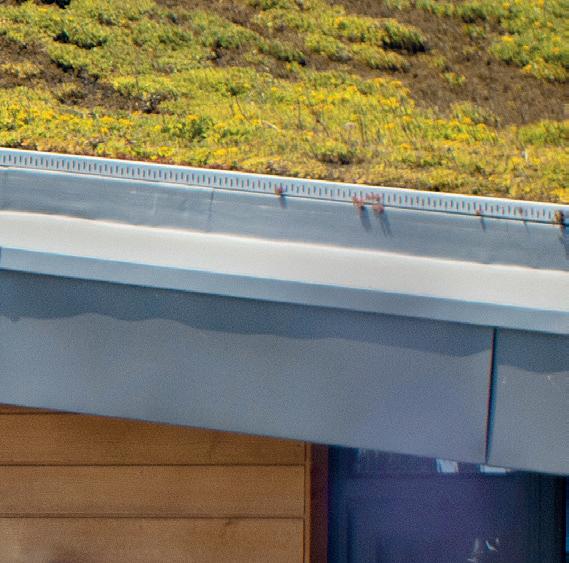
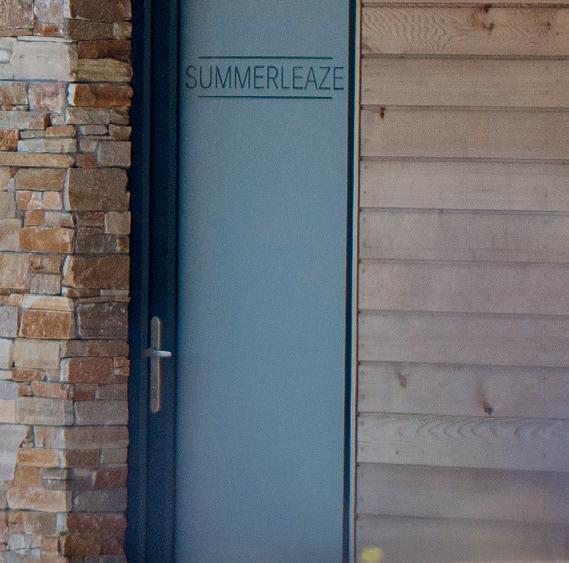
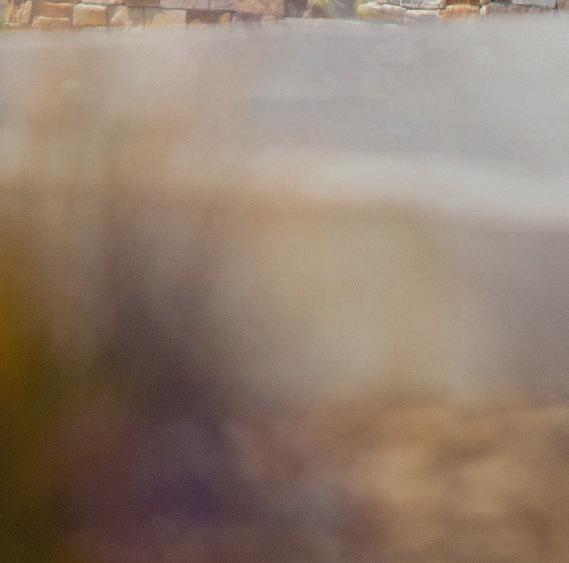
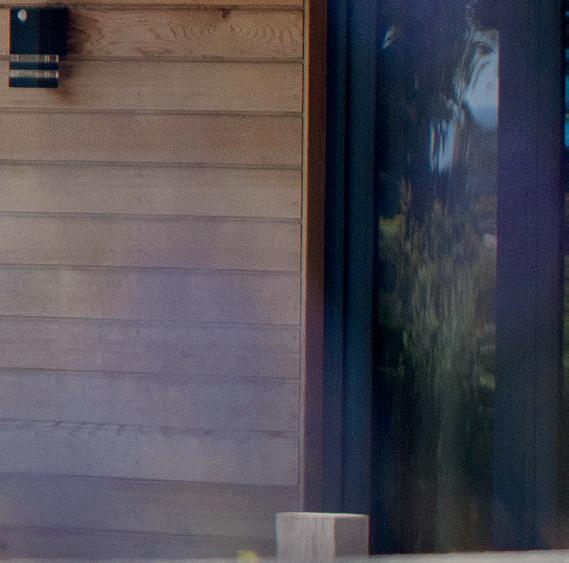
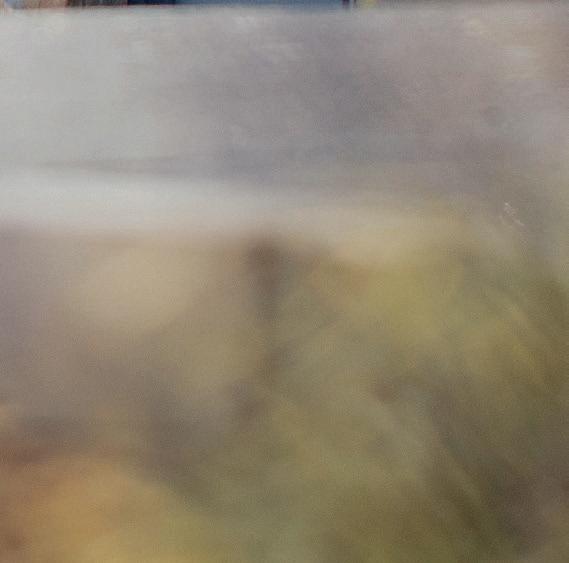
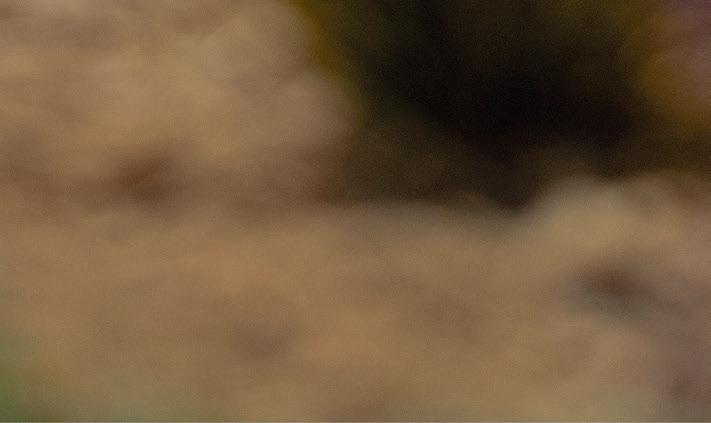


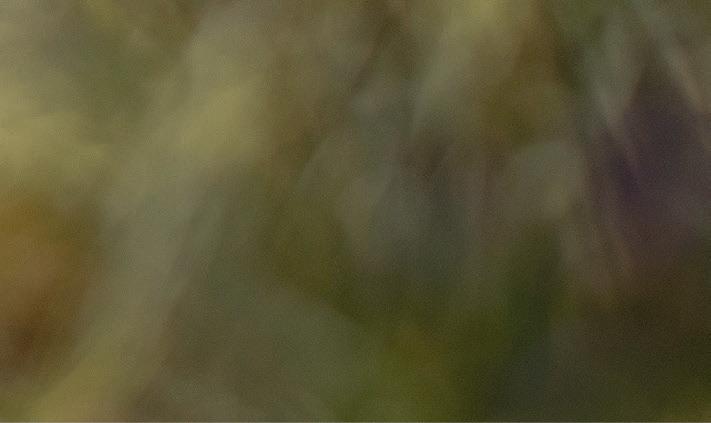



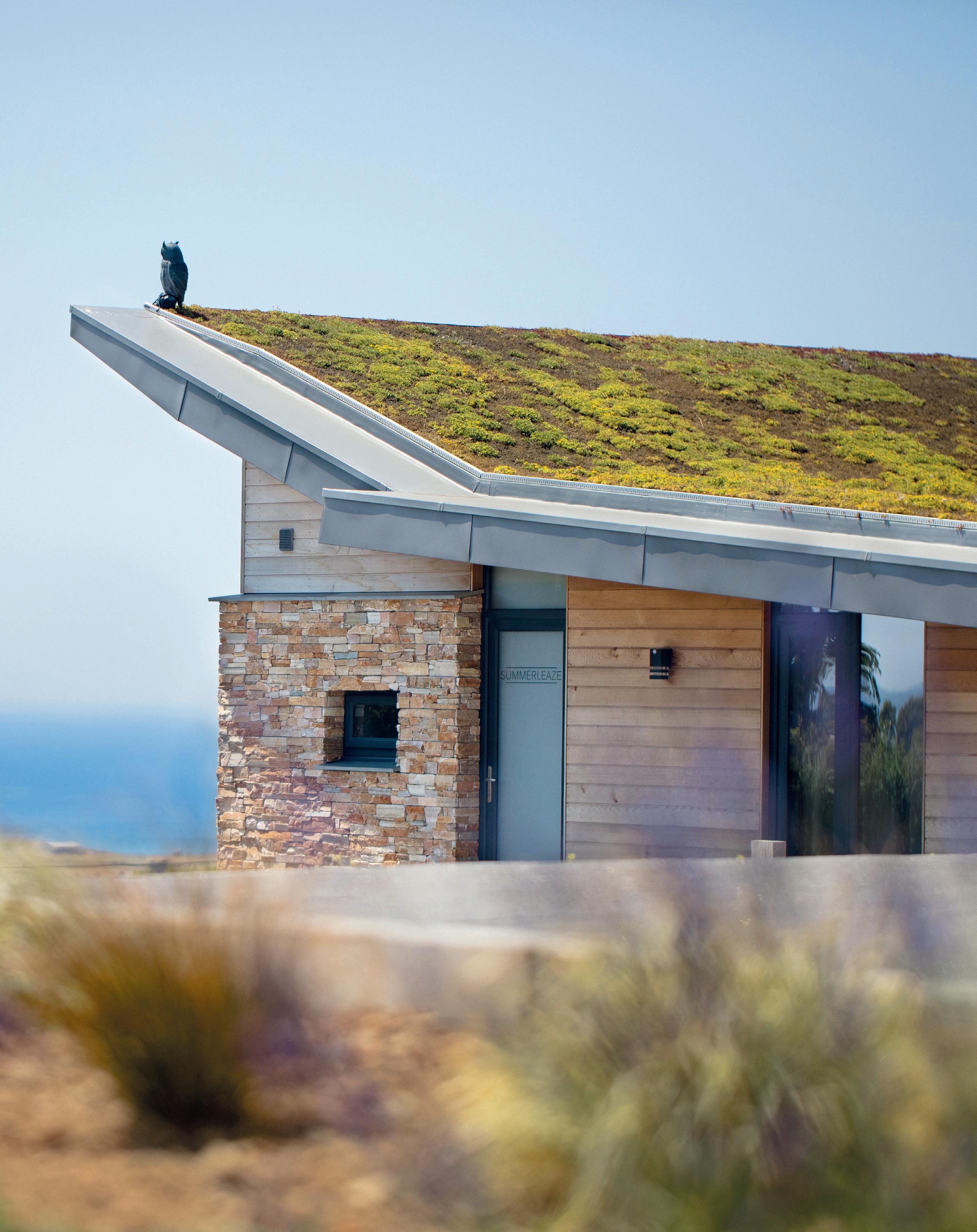
Five decades of fun and laughter have unfolded at one of Cornwall’s top destinations.
Wooda Farm Holiday Park is a success story. As it prepares to celebrate its half-century, we engage with Charlotte Veale to find out what the key elements are that have contributed to its longevity.
Looking back over the past 50 years, what are some of the defining moments in Wooda’s journey from working farm to awardwinning holiday park?
Wooda’s journey as a holiday park began in 1975 when my grandparents welcomed their first touring guests to stay on the farm. At the time, it was a bold and visionary step, opening just a few caravan pitches alongside the working dairy farm. The decision to diversify marked the start of something truly special, and over the decades, each generation of the family has brought its ideas and ambitions to the park. Introducing our first holiday caravans, converting
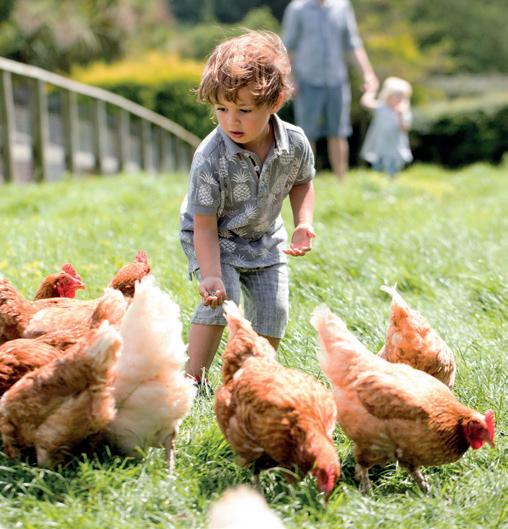
old farm buildings into food and drink venues, and more recently launching our luxurious eco lodges and on-site wellness offerings, have all been defining milestones. Each chapter has been shaped by a desire to evolve while staying rooted in who we are. Of course, winning awards and industry recognition has been an honour, but for us, it’s the relationships we’ve built with generations of returning guests that have truly defined our story. Seeing families grow up holidaying with us, and welcoming their children and grandchildren back each year, is the most rewarding part of our journey.
How has your identity as a family-run business shaped the ethos and experience at Wooda over the decades?
Being family-run is at the heart of everything we do. It brings a personal pride and a sense of responsibility that touches every part of the
guest experience, from the way we care for the grounds to the thoughtful service our wonderful team provides. The ethos has always been about creating a place where people feel completely at ease, where nothing is too much trouble, and where that genuine sense of being looked after runs through every interaction. We’ve grown over the years, but we’ve never lost that hands-on approach or the warmth that comes from being a close-knit family team. You’ll often find us chatting with guests, tending the gardens, or helping out on the farm and we wouldn’t have it any other way. It’s that visible presence and genuine care that we believe sets Wooda apart.
What do you think keeps guests returning to Wooda year after year, and how do you balance tradition with modern expectations?
There’s a certain magic to Wooda, a peacefulness and a familiarity that guests connect with. Many tell us that it feels like coming home, and we take that as the greatest compliment. We believe it’s the attention to detail, the friendly atmosphere, and the sense of community that keep people coming back year after year. At the same time, we know how important it is to evolve. Every winter, we reinvest heavily into the park, so that when we reopen each March, there’s always something new to discover, whether it’s an upgraded facility, a fresh food and drink offering, or an entirely new accommodation type. It’s about honouring the traditions and charm that people love, while also surprising and delighting them with fresh ideas and experiences that reflect today’s expectations.
Could you describe some of the most distinctive features of the park, from the accommodation to the setting, that set Wooda apart from other destinations?
Wooda enjoys a truly special location, perched above the North Cornish coast, with panoramic sea views in one direction and lush countryside in the other. The sunsets here are nothing short of
spectacular, and the feeling of space and serenity is something our guests often comment on. Our accommodation reflects that same balance of natural beauty and quality, from charming Cornish cottages and five-star holiday homes to luxurious eco lodges with sea views. For campers and tourers, our spacious pitches come with stunning views and first-class amenities. Across the park, you’ll find landscaped gardens, woodland trails, a dog exercise field, play areas, and even a working farm. Add in on-site food and drink venues, including our family-run bar and seasonal pop-ups, and it’s a destination that feels both peaceful and full of possibility.
With sustainability now high on the agenda for many travellers, how is Wooda championing environmentally conscious holidays?
Sustainability has always been part of our thinking. We’re incredibly lucky to be surrounded by such natural beauty, and it’s our responsibility to protect it. Over the years, we’ve installed solar panels to reduce our carbon footprint, introduced EV charging points to support greener travel, and put comprehensive recycling and waste reduction systems in place. We encourage guests to enjoy car-free days, with plenty of walking trails, farm experiences, and nature-led activities right here on site. Our shop champions local produce, we offer a beach borrow box to reduce single-use purchases and we’re continually looking at ways to source more sustainably across all areas of the park. We see sustainability not as a trend, but as a long-term commitment to doing better for the planet, our community, and future generations of guests.
How has the farm itself remained a part of the experience, and what role do animals, agriculture and nature play for your guests today?
The farm is still a central part of life at Wooda. While we’ve evolved from a traditional dairy


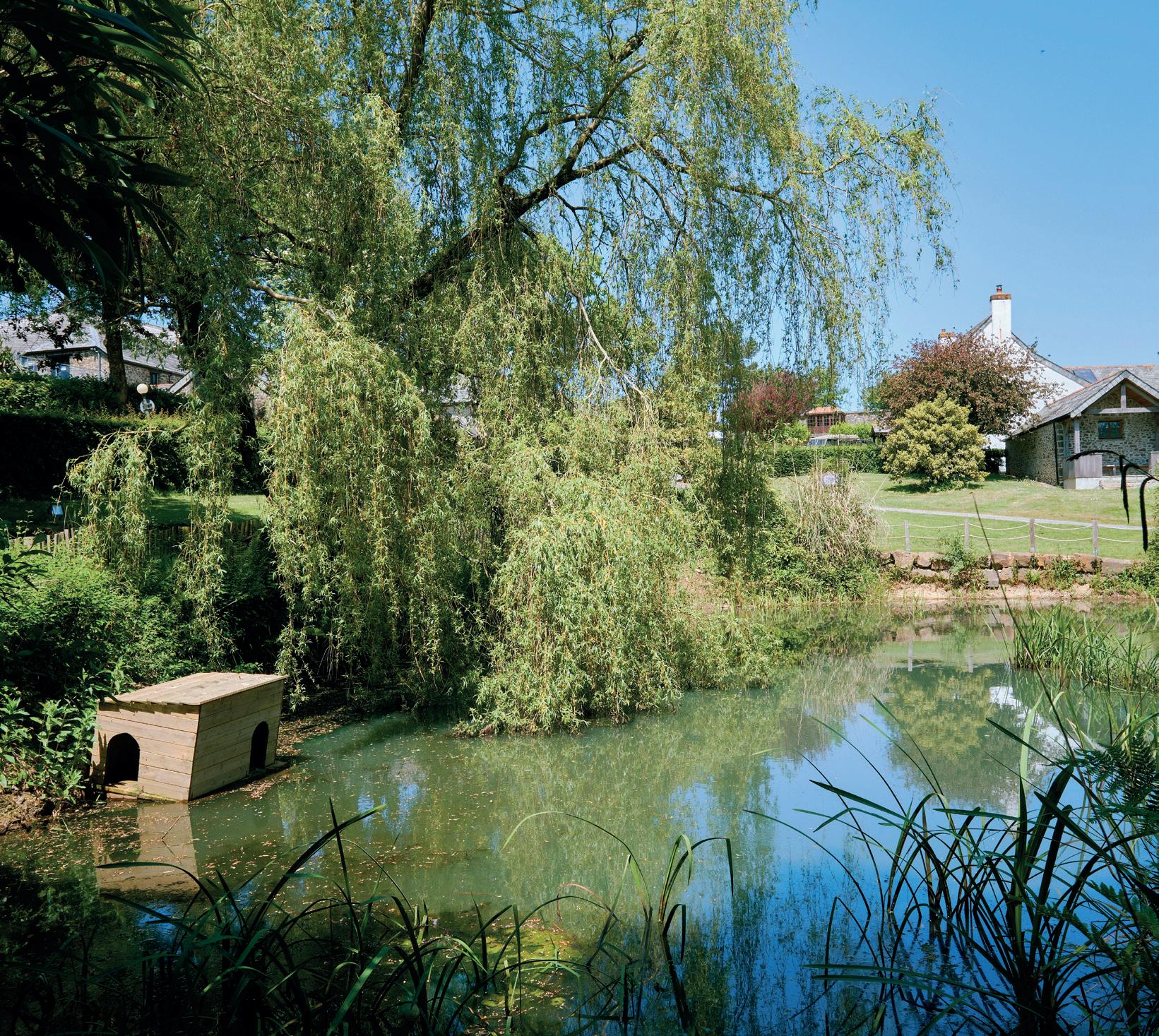
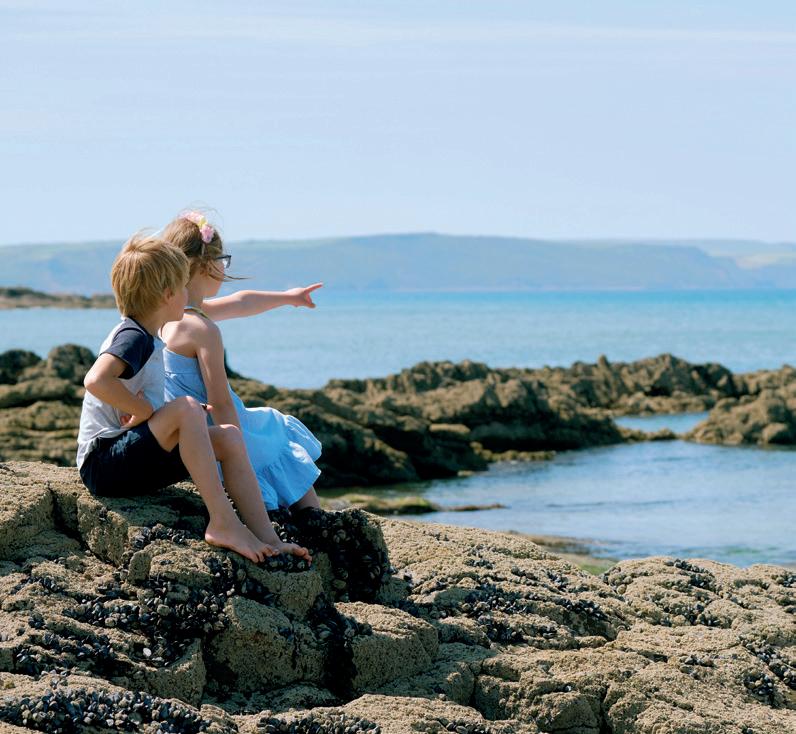

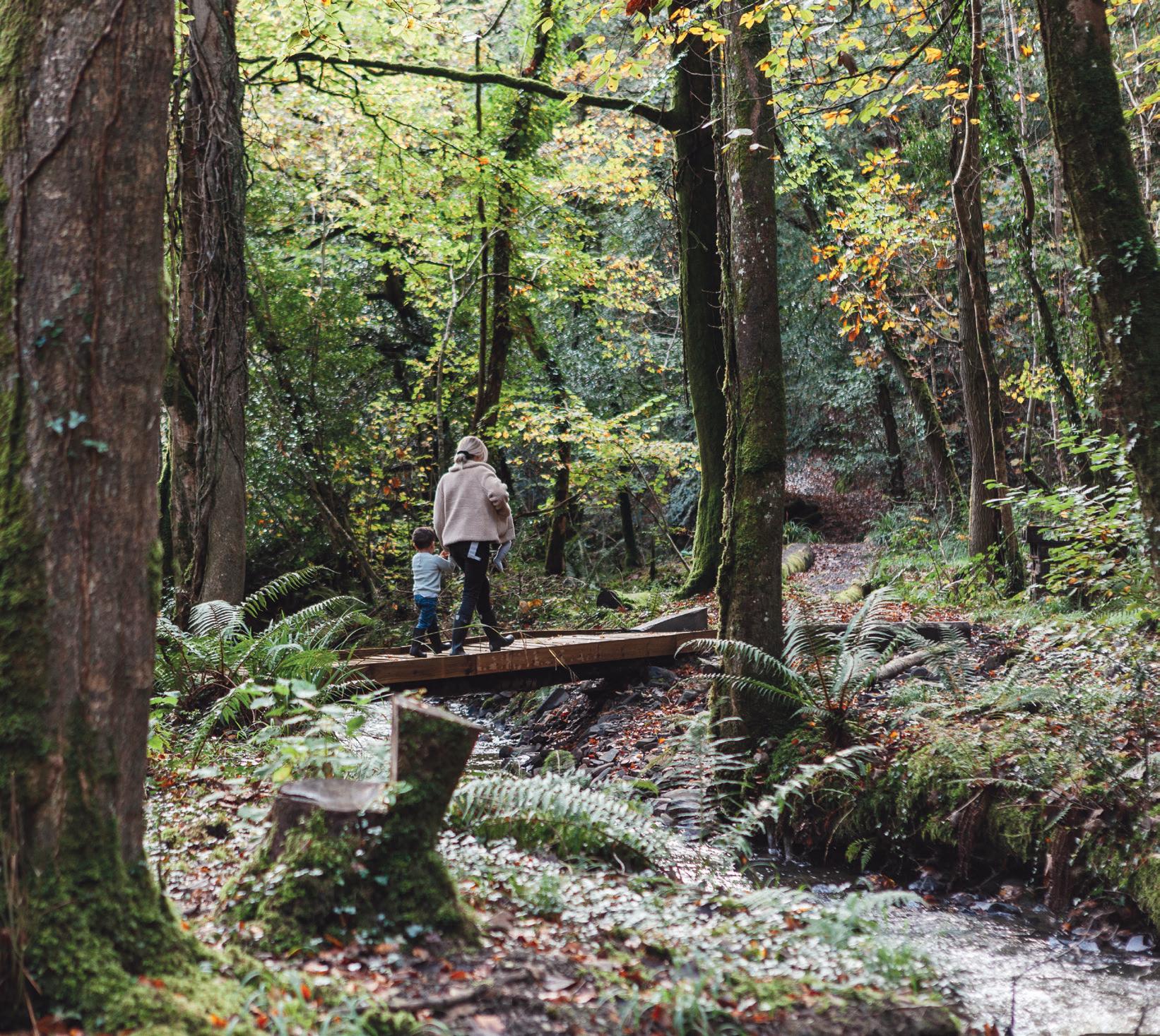
operation, the agricultural heritage remains, and we’re proud to offer guests a chance to connect with it. Children (and adults!) love meeting the goats, alpacas and chickens, and our tractortrailer rides around the farm are a firm favourite. There’s a sense of connection that comes from being close to nature, whether it’s spotting a deer in the early morning light, walking through our woodland trails, or simply sitting and listening to the birdsong. These moments offer a grounding, calming contrast to everyday life, and are often what our guests treasure most.
As you celebrate your 50th anniversary, what special events or additions have you planned to mark the occasion?
2025 is a milestone year for us, and we’re so excited to celebrate it with our guests. One of the main highlights will be WoodaFest in September – a family-friendly weekend of live music, street food and entertainment, all set within the beautiful park grounds. Throughout the year, we’ll also be offering exclusive anniversary discounts, giveaways, and some nostalgic touches around the park that pay tribute to our past. We’ll be sharing stories, photos and memories from the last five decades, and inviting guests, both new and returning, to be part of the celebrations.
How has the local area of Bude and North Cornwall influenced the spirit and offering of Wooda over the years?
Bude and the wider North Cornwall area have had a huge influence on the spirit of Wooda. The town itself has a welcoming, independent character that we love, with unspoilt beaches, a vibrant food scene, and a strong community feel. Many of our guests fall in love with Bude during
their stay and return year after year to explore more of what the area has to offer. From surfing and cold-water swimming to coastal hikes and artisan markets, the Cornish lifestyle is something we embrace and champion at Wooda. Supporting local businesses, makers, and experiences is an important part of how we operate – we want guests to feel a real connection to the place, not just the park.
What does the next chapter look like for Wooda? Are there any future developments, ideas or ambitions you can share?
Looking ahead, we’re committed to continuing our journey of thoughtful evolution. That means exploring new and innovative stay types and continuing to enhance our sustainability across every aspect of the park. We’re also developing more wellness and activity-led experiences that help guests slow down, reconnect, and enjoy the beauty of the outdoors. While we’re always planning ahead, we never lose sight of our roots. We’ll remain a family-run business with a focus on quality, care, whilst creating memorable holidays that bring people together.
If you had to sum up the Wooda experience in three words, what would they be – and why?
Welcoming. Tranquil. Timeless. Welcoming, because our guests are like family – greeted with warmth, care, and genuine hospitality. Tranquil, because Wooda offers a peaceful escape from the everyday, surrounded by nature and wide-open views. And Timeless, because the memories made here – of beach days, farm walks, starry skies and family time – have a lasting, heartfelt quality.
wooda.co.uk





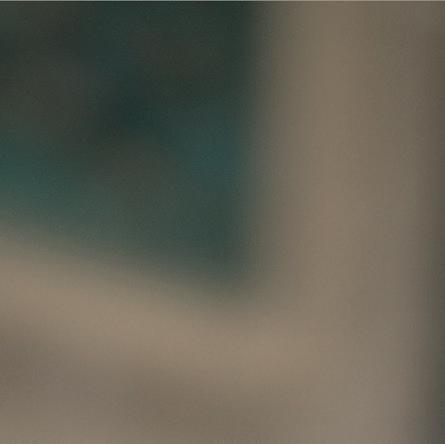







WORDS BY HANNAH TAPPING
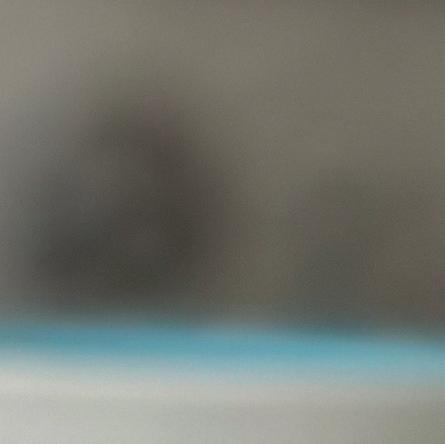




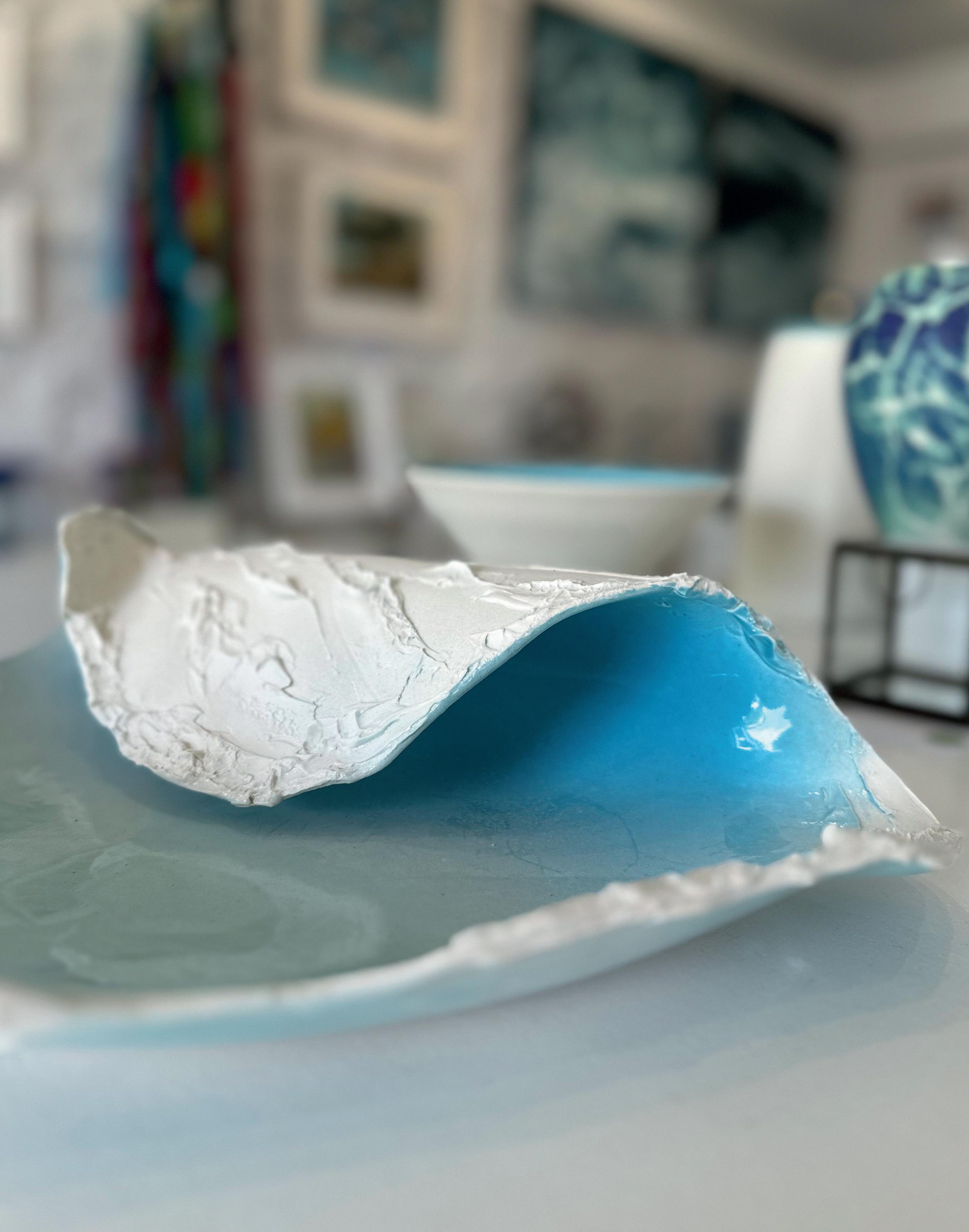
Customs House Gallery celebrates three decades of art, thoughtfully curated.
The Customs House Gallery, on Porthleven’s harbourside, run by Louise and John Winterton, is a calm space in which to appreciate art in all its forms. Their driving motivation is to present highquality and original art in a friendly environment with a commitment to give artists a viable platform for their work.
They believe a gallery should be welcoming, encouraging everyone to feel comfortable once they have stepped through the doors. Louise, in assessing their modus operandi says, “We feel strongly that each artist that we represent should always have work on display, and always have a presence. So, our walls and plinths are aesthetically curated to offer the best possible opportunity for our artists to have their works seen. We consciously steer away from presenting ourselves as an intimidating space.”
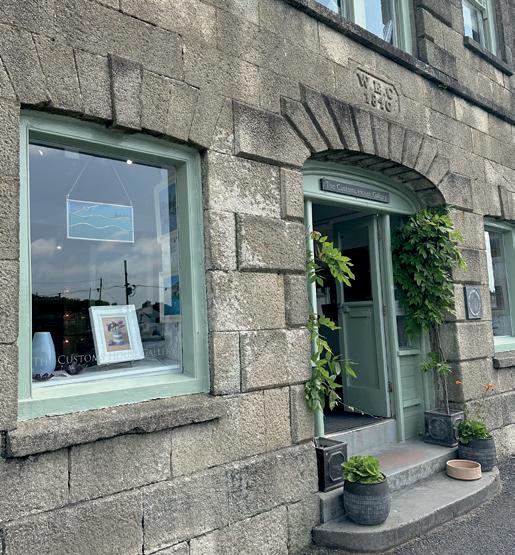
The selection process is organic, with Louise and John often discovering artists during travels, both geographically and digitally. They aspire to create a curatorial balance, exhibiting a diverse range of artworks and artefacts that come together to create a cohesive display. This process aims to reflect the gallery’s unique vision while supporting artists and fostering a sense of community. The couple love to build close relationships with their artists, fostering mutual trust to ensure a successful partnership. As a consequence, they are fortunate to work with a fantastic group of people.
In a rapidly changing cultural and commercial landscape, with a rise in online platforms and events such as Open Studios, it’s important to Louise and John that the gallery continues to play a crucial role in supporting artists by providing a physical space for art to be appreciated all year round.

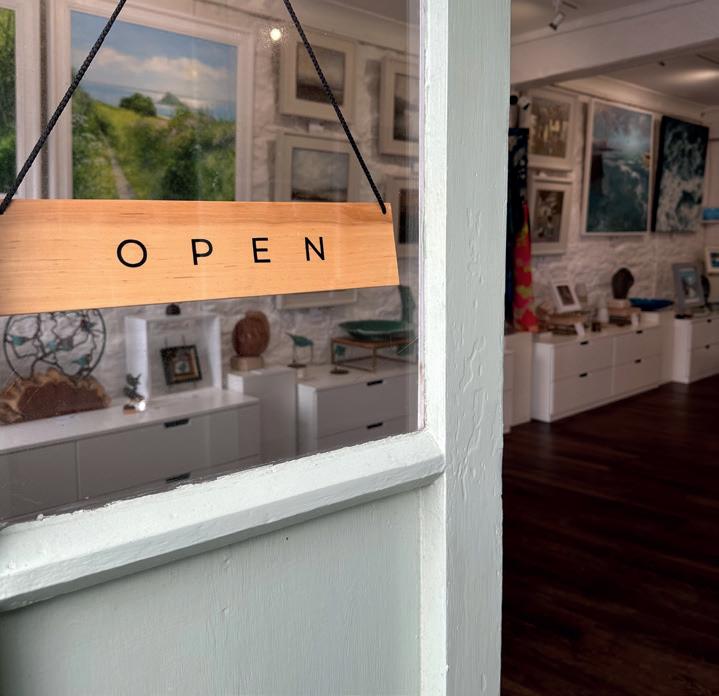



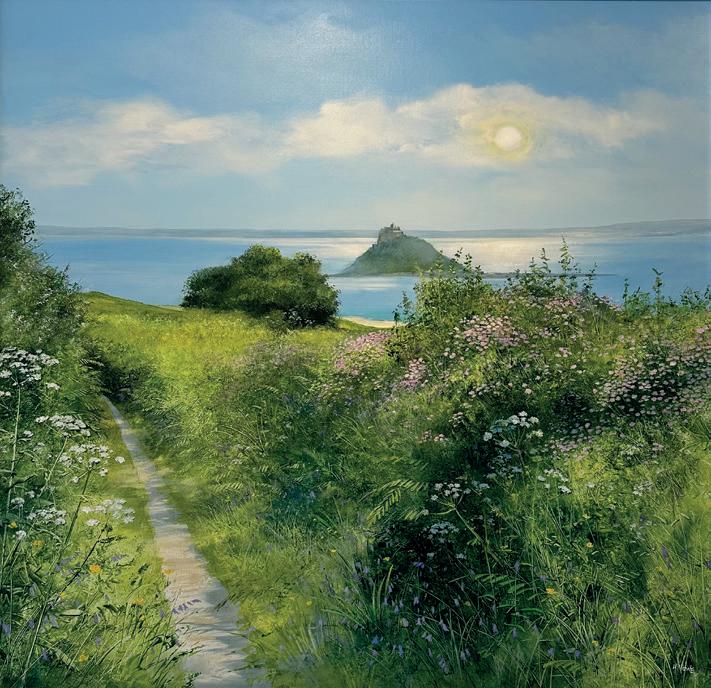

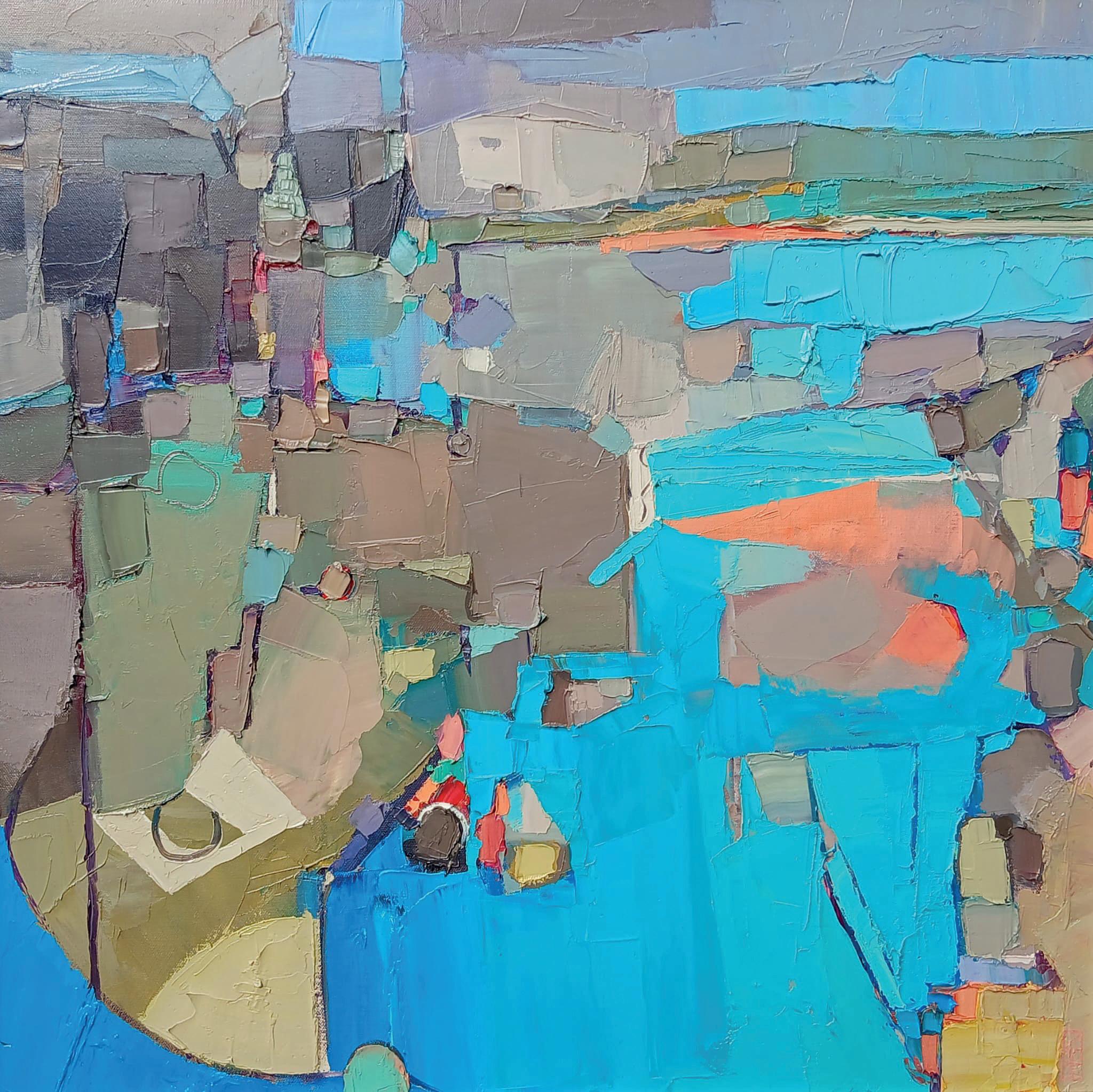
The gallery ensures constant representation for their stable of artists, affording them the advantage of the gallery’s high footfall. As well as being active on social media they maintain a comprehensive and dynamic e-commerce website that supports the gallery space and where the majority of available work can be browsed, purchased then shipped both nationally and internationally.
This year marks Customs House Gallery’s 30 anniversary. A remarkable achievement in
the current economic climate and testament to the couple’s exceptional curation since they took on its stewardship 13 years ago. “We are extremely proud of our contribution to the gallery’s history and look forward to continuing to grow our reputation as part of Cornwall’s rich art heritage,” comments Louise. “Porthleven’s reputation as a creative hub continues to strengthen and we are delighted that the gallery is part of this.”
cornwall-art.co.uk
ABOVE
Ben Taffinder - Gully Below Round House
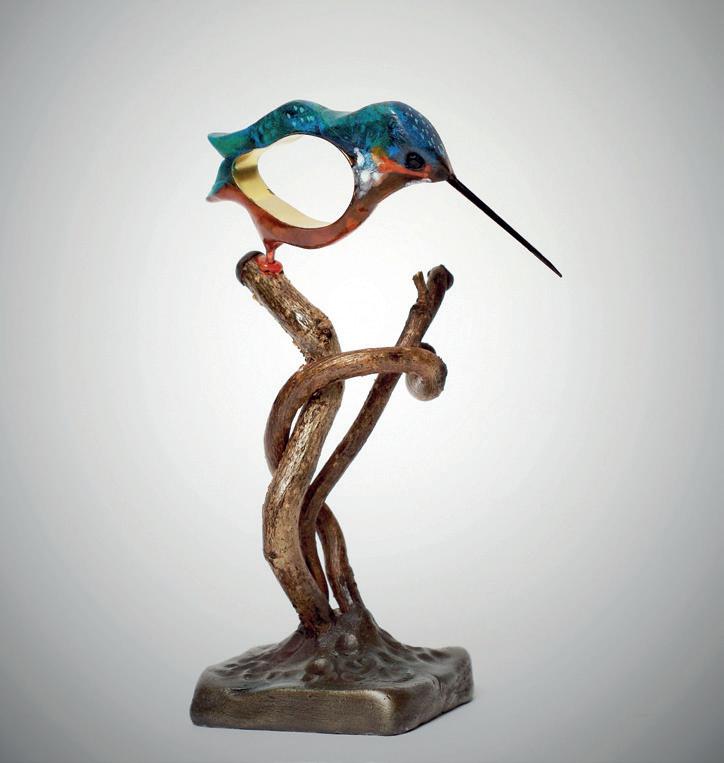
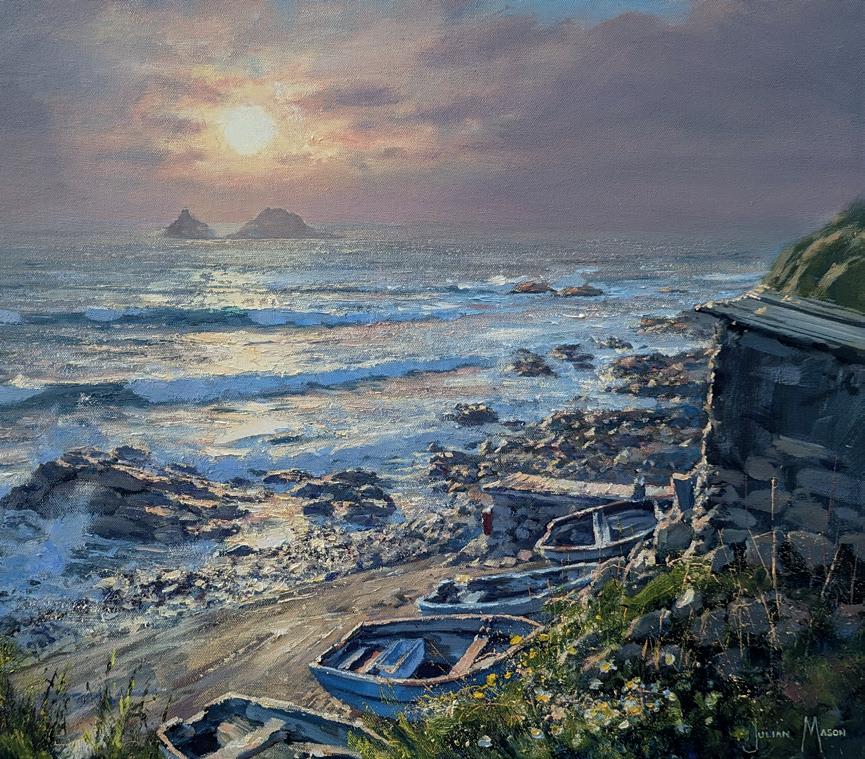

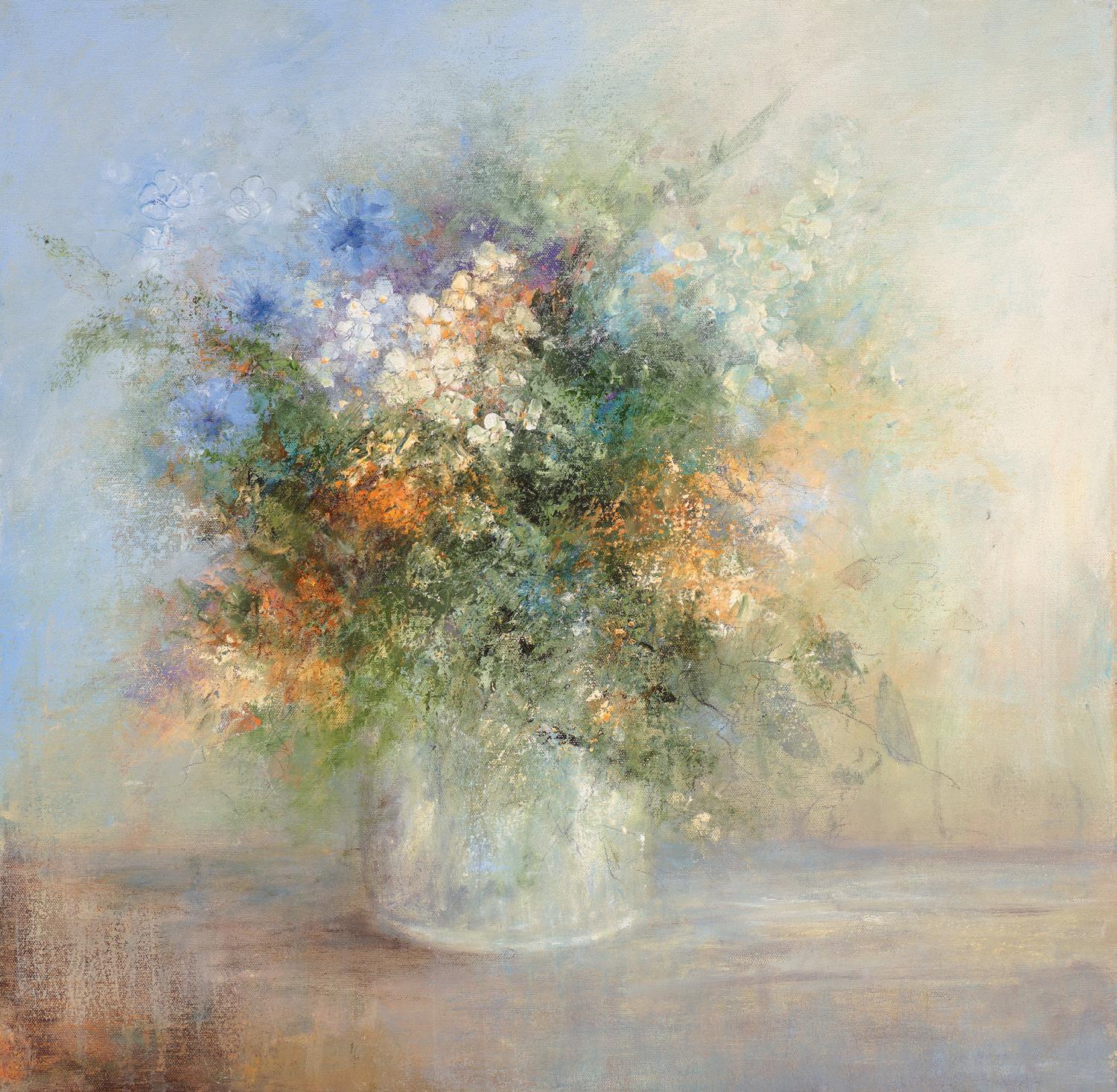












WORDS BY JAMIE CROCKER








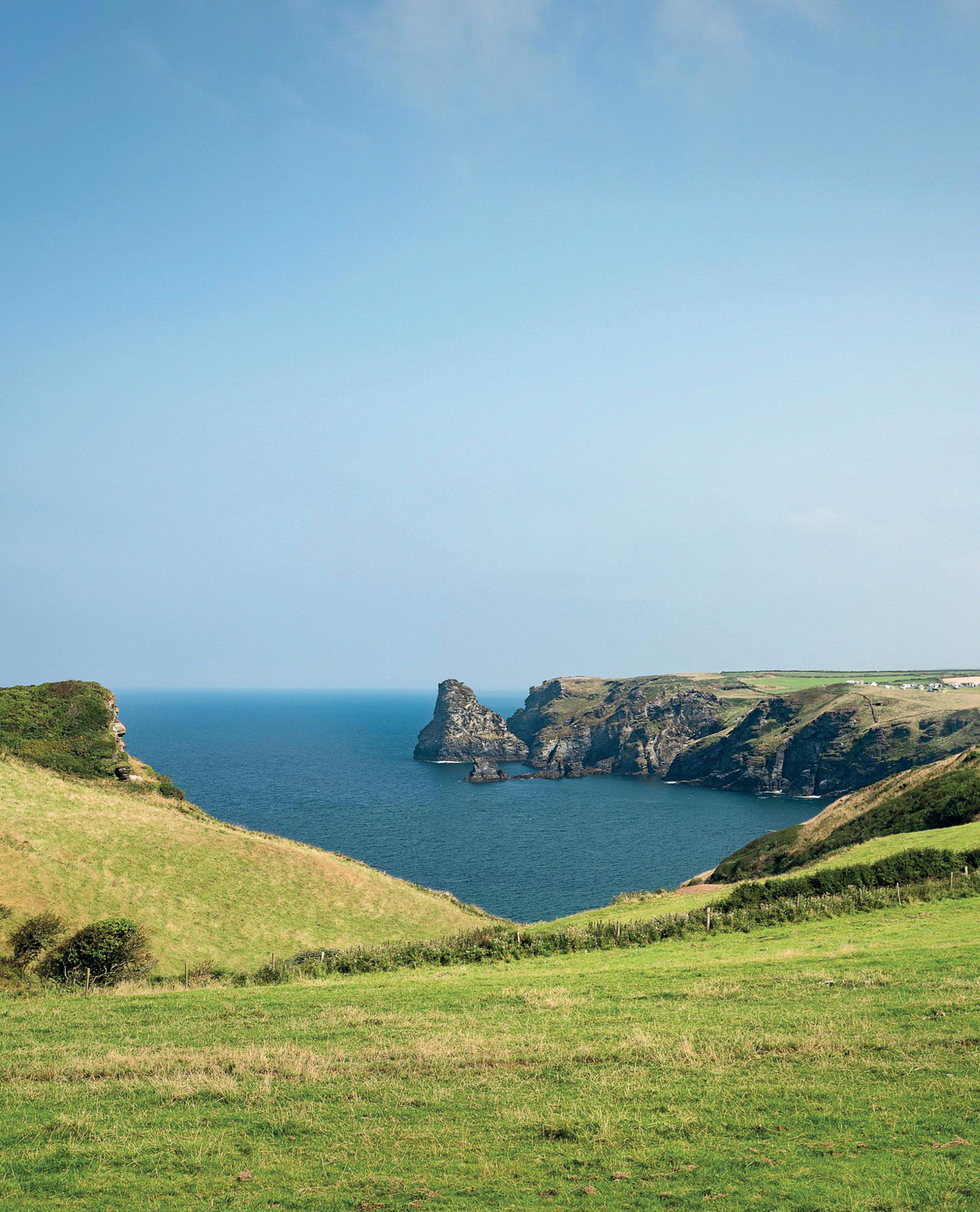
Cornwall’s premium coastal retreat challenges preconceptions about holiday park living.
The transformation of Ocean Cove from its origins as a touring caravan park tells a compelling story of evolution in the luxury accommodation sector. When the park was developed in 2006, they recognised potential beyond conventional holiday park models. Their development of 79 individual lodge plots created something distinctly different – a private ownership community that operates more like an exclusive second home village than a traditional commercial venture.
beyond accommodation to all facilities, too. The swimming pool, sauna, steam room and gym remain strictly for owners, their guests, relatives and friends.
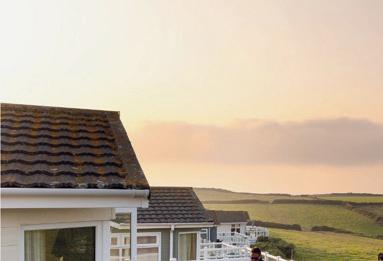
Emma Morgan, the park manager who has observed Ocean Cove change through ownership shifts during her eleven years here, explains what sets it apart from other coastal getaways – “We don’t allow subletting, owners have exclusive use, which creates a sense of community. There are only a few parks that operate this way. It’s as simple as that.” This exclusivity extends
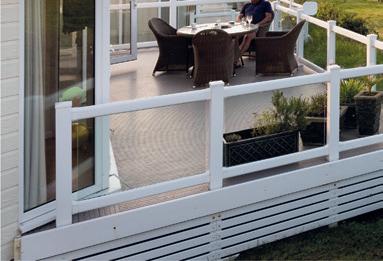
The current owner, who acquired Ocean Cove in September 2020, brought extensive holiday park industry experience to the venture. However, this represents their first independent acquisition, chosen specifically because it matched their vision for luxury holiday living. Emma describes the transformation under their stewardship: “The current owner has elevated the park, improving the experience for both staff and lodge owners considerably.”

The accommodation itself challenges any lingering associations with mass-market holiday lodges. Each holiday home presents individual character. “Every lodge you walk into, although bearing similarity on the outside, will be quite
different on the inside,” Emma notes. Some maintain traditional layouts with separate hallways, lounges and dining areas, creating the familiarity of conventional homes. Others embrace open-plan living concepts that maximise space and light. The variety extends to bedroom configurations, from compact one-bedroom properties designed for couples seeking expansive living areas, to three-bedroom family accommodations.
Construction materials reflect contemporary standards. Most lodges feature Canexel cladding, while others utilise free foam boarding – a vinylbacked material with wood grain effects that provides superior insulation and requires minimal maintenance beyond annual pressure washing. All properties include composite decking with UPVC skirting, contributing to the development’s cohesive aesthetic while also reducing the long-term maintenance requirements.
provide opportunities for socialising. “Nobody’s obliged to do so,” Emma emphasises. “Some owners would rather just keep themselves to themselves, they come down to hibernate in their lodge and have a nice relaxing weekend. Others meet up with neighbours for coffee and cake. That’s the beauty of it – you can have it both ways.”
The demographic gravitates toward couples whose children have reached independence, seeking what Emma describes as “a bolt hole, somewhere to come to. It’s a home away from home.” The financial profile typically involves cash purchases, often facilitated by equity release on primary residences. The absence of mortgage financing reflects both the buyer demographic and the non-residential classification that provides advantages over traditional second home ownership, particularly regarding local authority rates rather than council tax obligations.
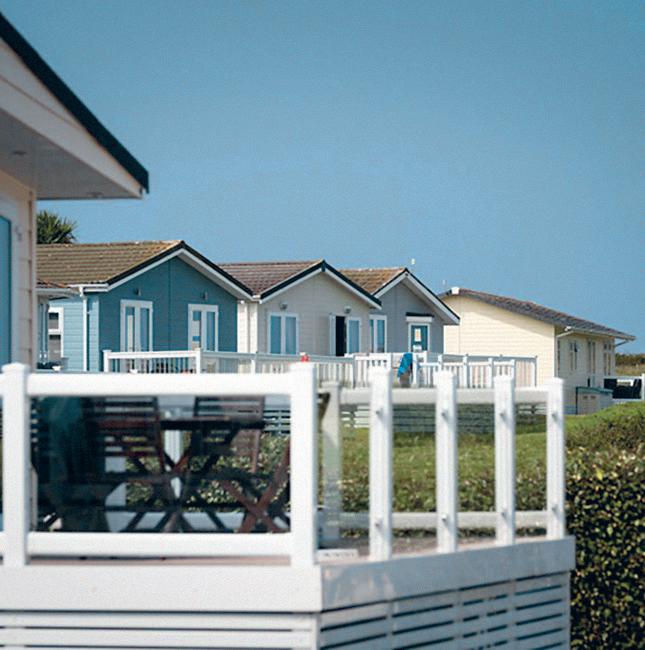
Owners maintain complete autonomy over internal modifications – installing new kitchens, changing flooring, or reconfiguring layouts according to personal preferences. External alterations require approval from a pre-approved colour palette, ensuring visual harmony across the development. The management team provides practical support that extends beyond typical holiday park services, including key handling for renovation work, maintenance coordination and even pre-arrival heating activation for winter visits.
What emerges is a community structure that balances privacy with connection. Regular coffee mornings in the private owner lounge
Location plays a crucial role in Ocean Cove’s appeal. Positioned on the coastline between Boscastle and Tintagel, the development benefits from proximity to the A30 while maintaining the sense of arrival that comes with coastal destinations. The view of the sea during the final approach creates what Emma describes as that “Oh wow, here we are” moment, that signals complete disconnection from everyday pressures. “Nothing compares to that ocean view when you see it in person. It’s truly breathtaking.”
The operational philosophy deliberately supports local businesses rather than creating selfcontained facilities. The decision against on-
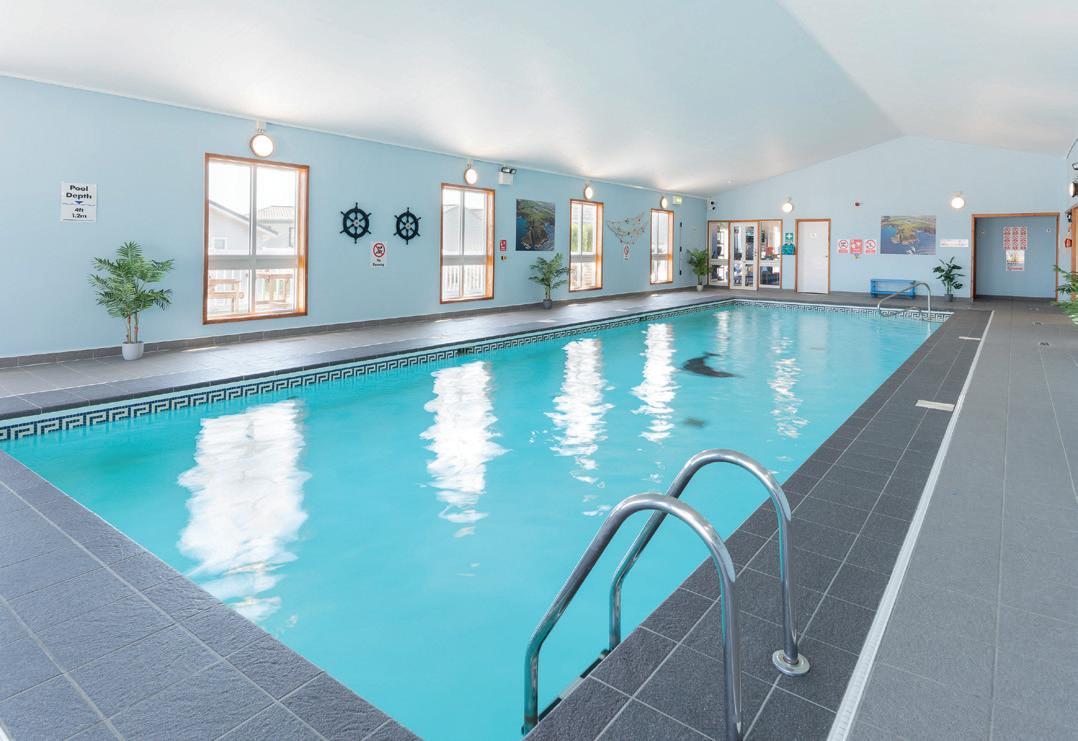

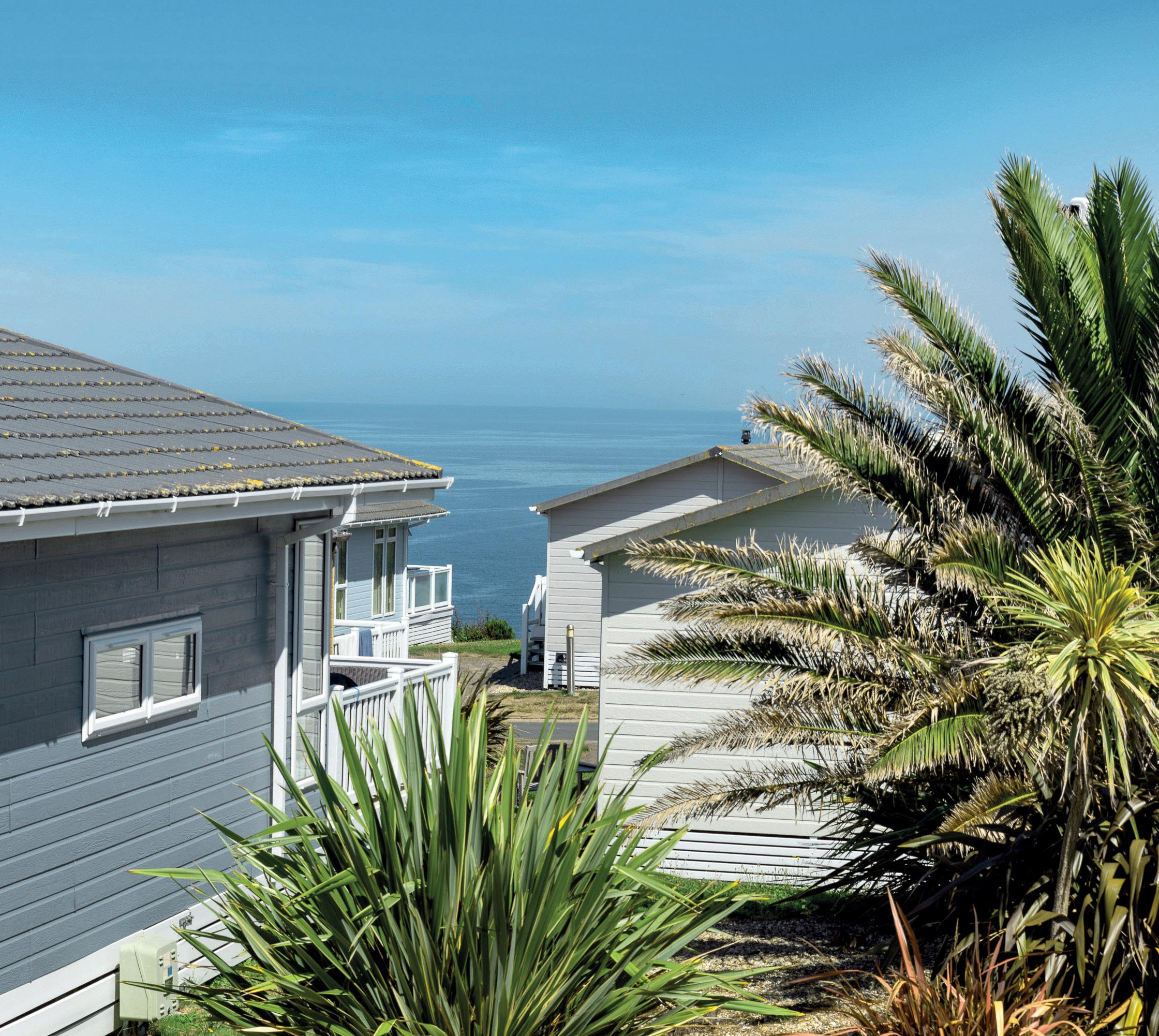

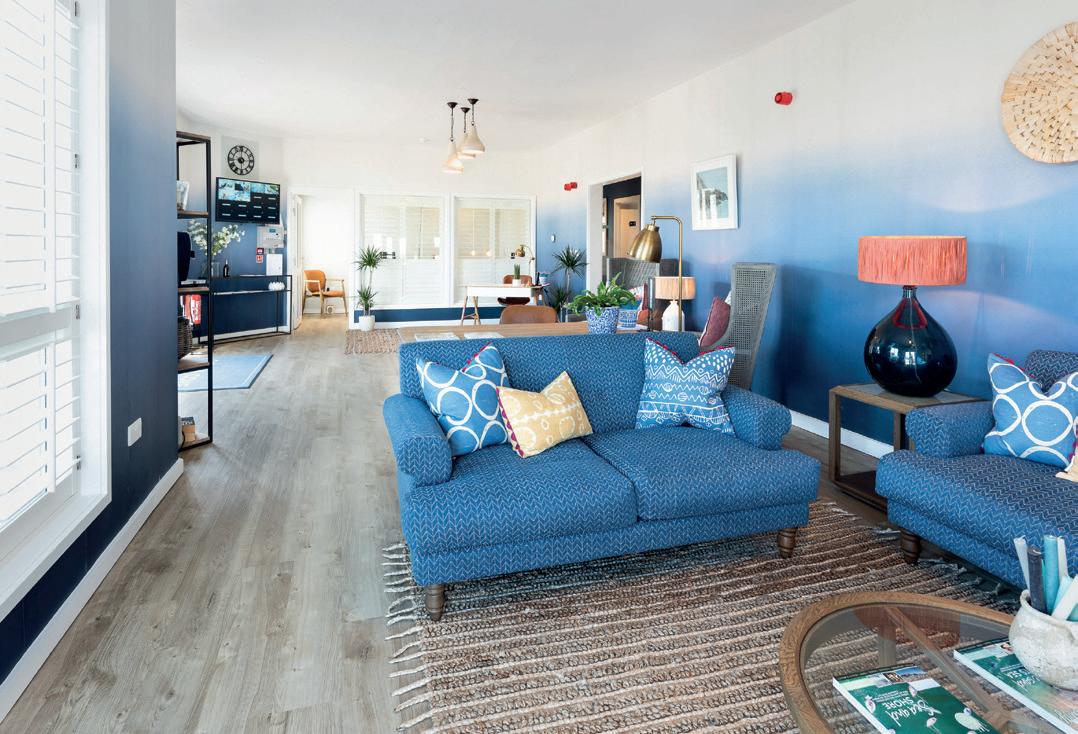
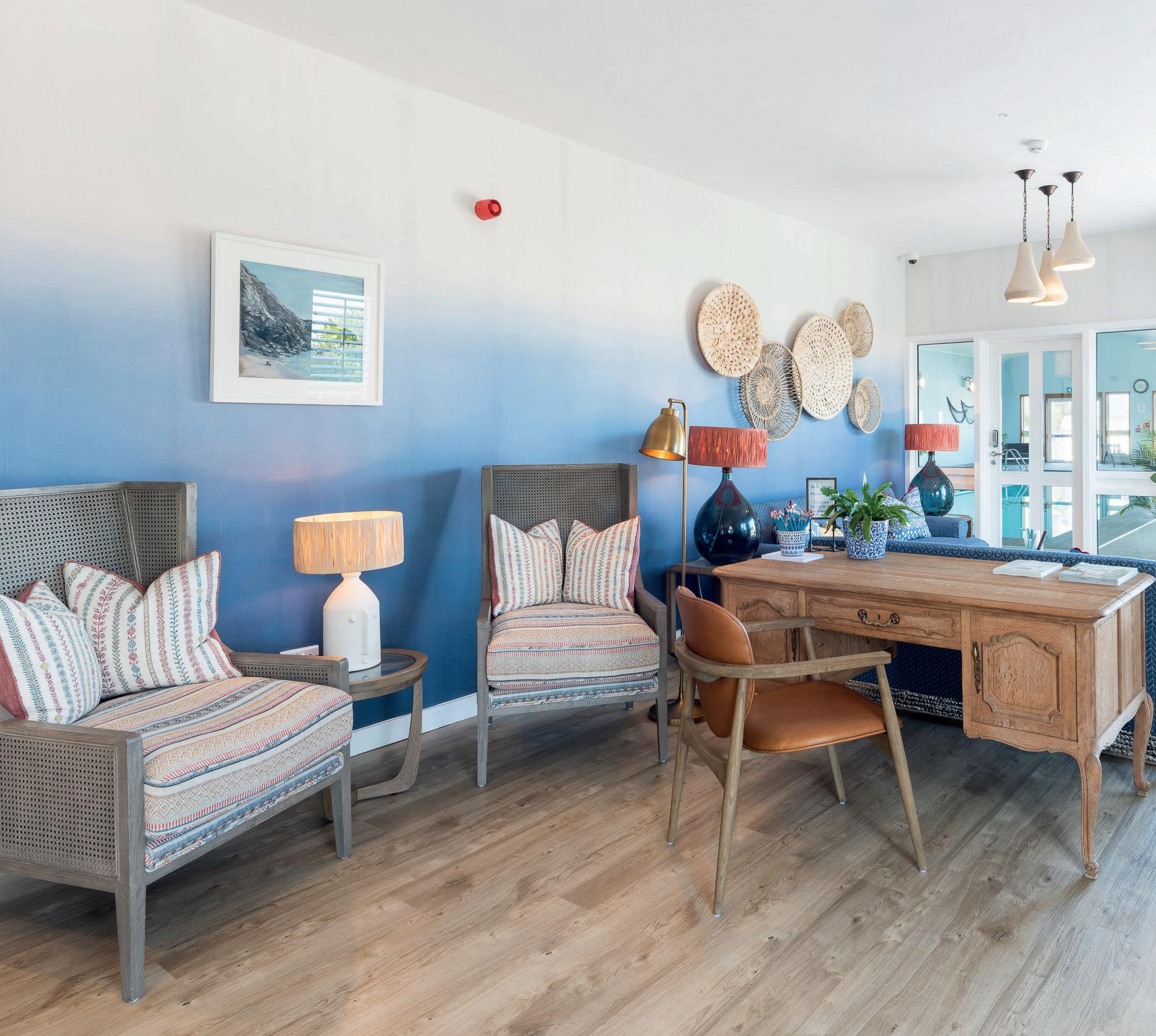
ABOVE
The world is your oyster at Ocean Cove
site catering or retail reflects the management’s commitment to integrating with Tintagel’s existing hopistality offering. Within a ten-minute walk, owners have access to multiple pubs, cafés, an Italian restaurant, speciality shops and convenience stores. This approach maintains positive relationships with the local community while encouraging owners to explore the broader area.
Staff continuity reinforces the development’s community atmosphere. The core team – Emma, administrator Hannah, groundskeeper Jane, and head grounds and park warden Shaun – have maintained long tenures that allow for personal relationships with owners.
“We know all owners by their first names. We know their immediate family members, and we’ve got good relationships with them all,” Emma explains. This personalised approach extends to practical services, from routine maintenance assistance to emergency response capabilities.
Future developments focus on infrastructure enhancement rather than expansion. EV charging installation represents the primary current initiative, though implementation requires careful consideration of the existing owner demographic’s comfort with new technology. Fibre optic internet connectivity continues expansion throughout the development to meet evolving connectivity expectations.
Property turnover typically occurs every five to seven years, though some original owners remain committed to their full licence terms. This stability contributes to the community atmosphere while providing opportunities for new owners to join the development. The streamlined purchasing process, which can complete within a month without mandatory legal representation, contrasts favourably with conventional property transactions.
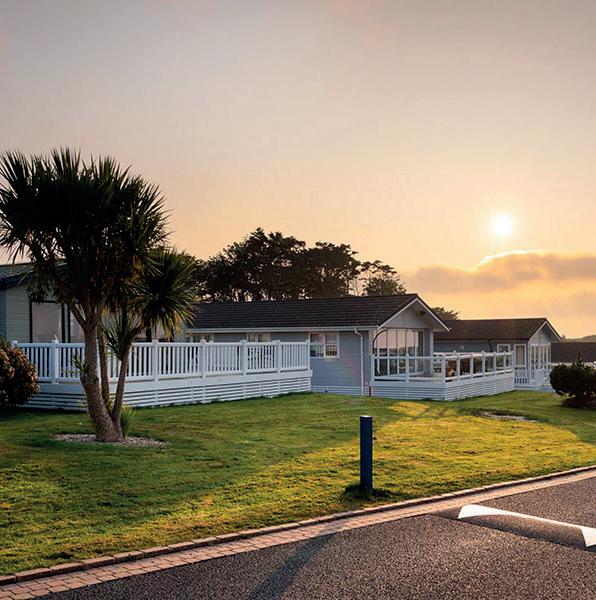
The gated access provides security without creating a fortress-like separation from the surrounding area. Night-time gate closure addresses practical security concerns while maintaining the open, accessible character during daytime hours. The 24-hour on-site presence through the park warden system provides reassurance for owners who may worry about property security during extended absences.
Ocean Cove represents a sophisticated response to changing expectations in luxury accommodation. By combining private ownership benefits with community amenities and professional management, it addresses the desires of discerning buyers seeking coastal retreats without the complications and potential negative impact of traditional second home ownership. The model successfully challenges preconceptions about holiday park accommodation while delivering genuine luxury in one of Cornwall’s most desirable coastal locations.
ocean-cove.co.uk

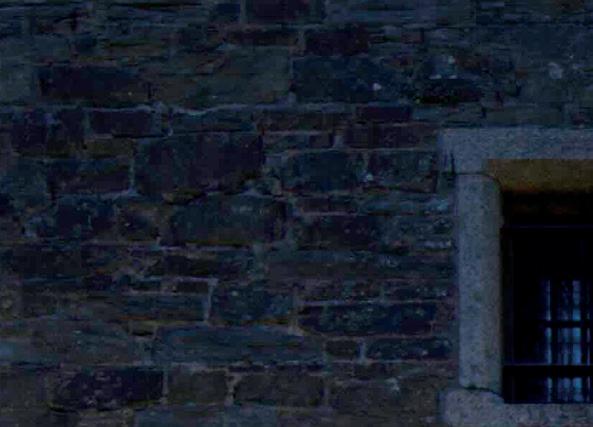
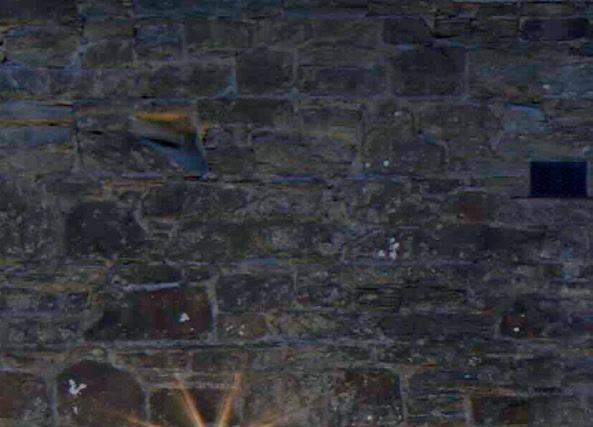
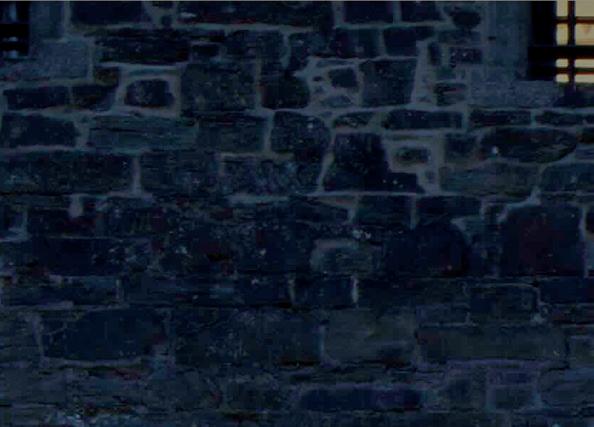
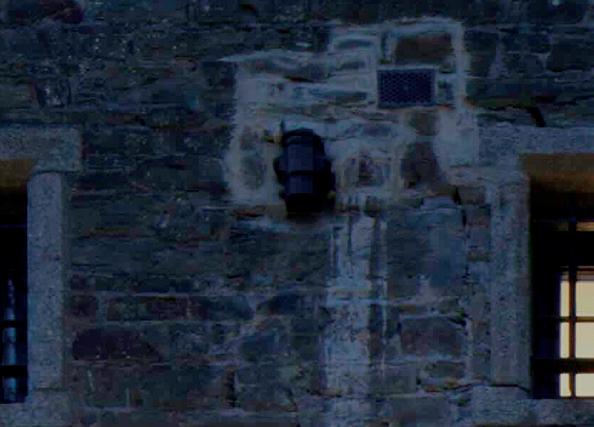
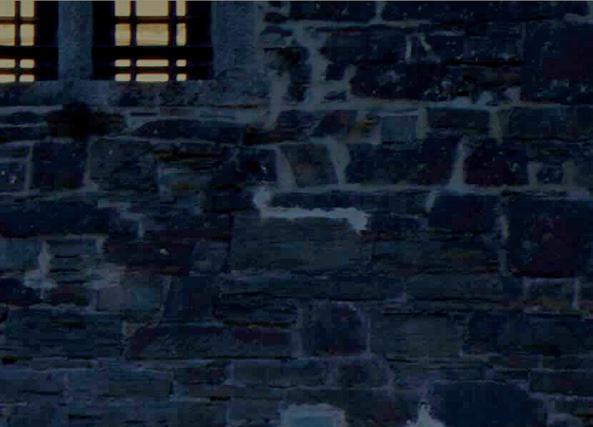

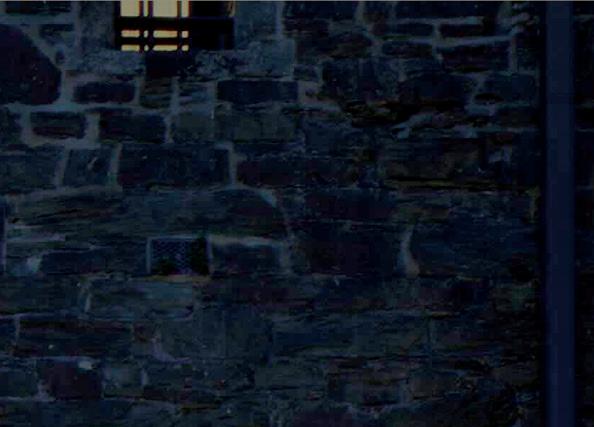
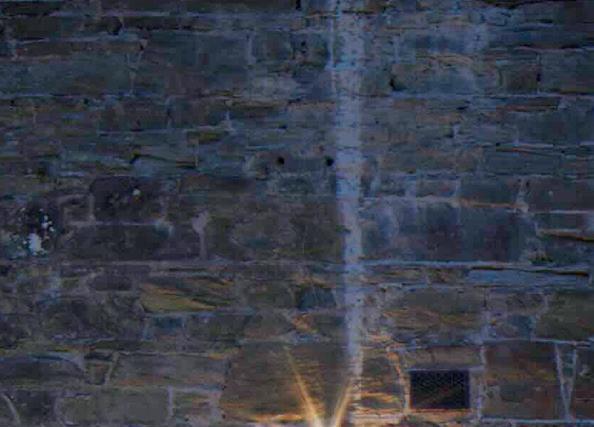
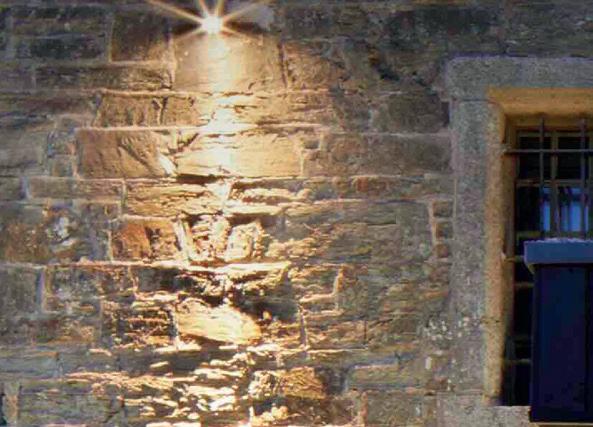
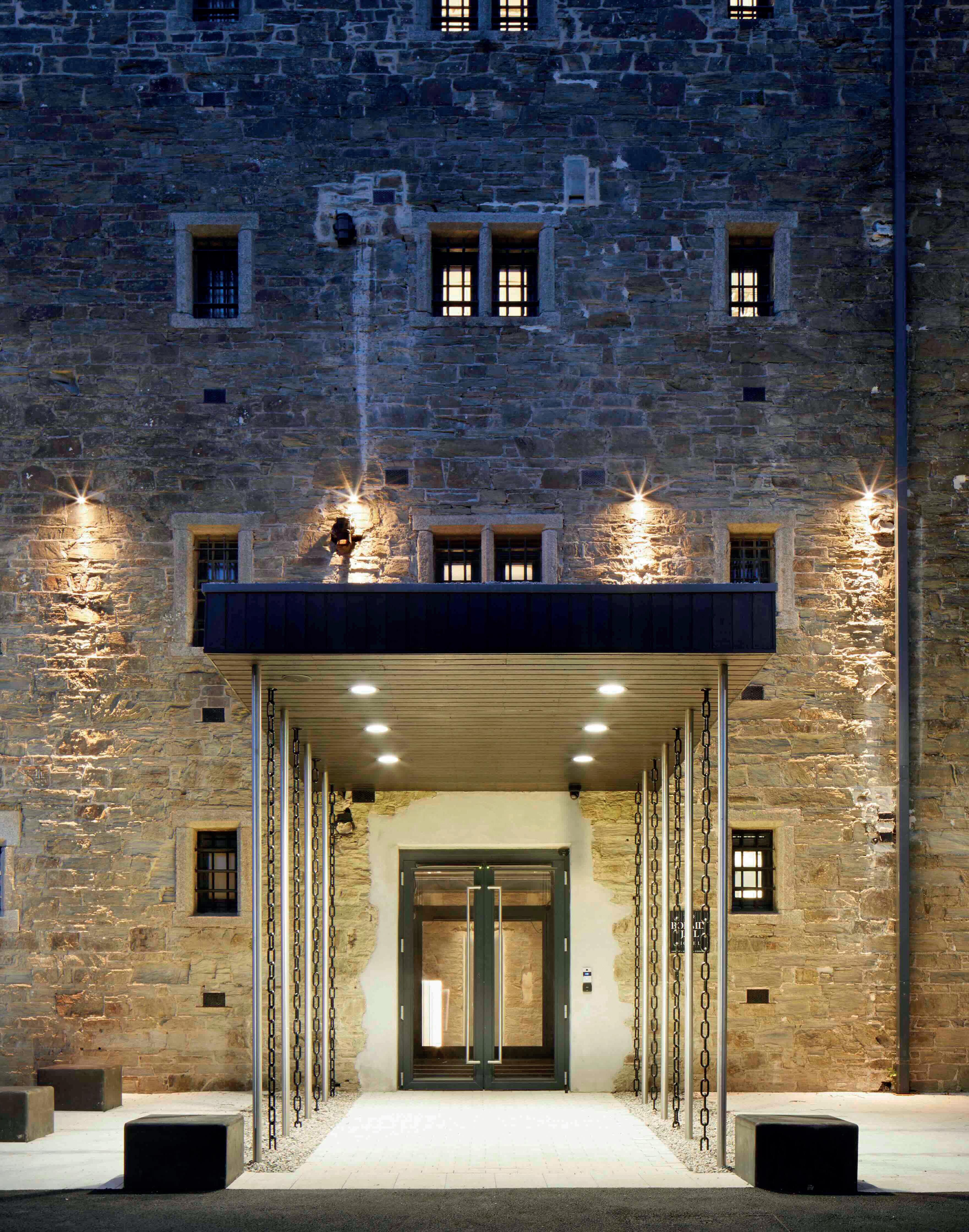
BY JAMIE CROCKER

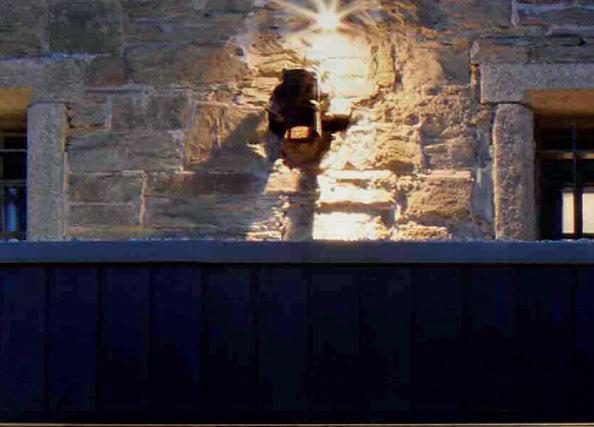
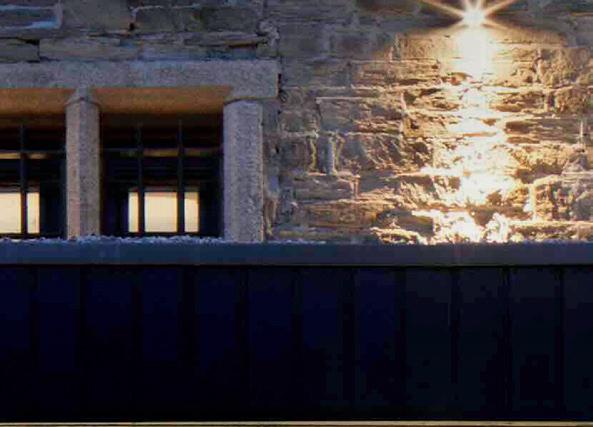
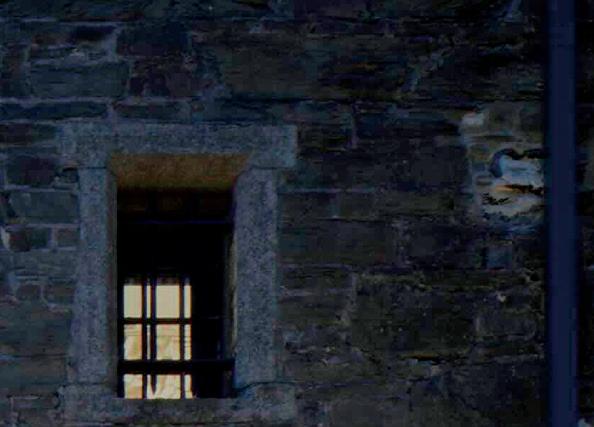
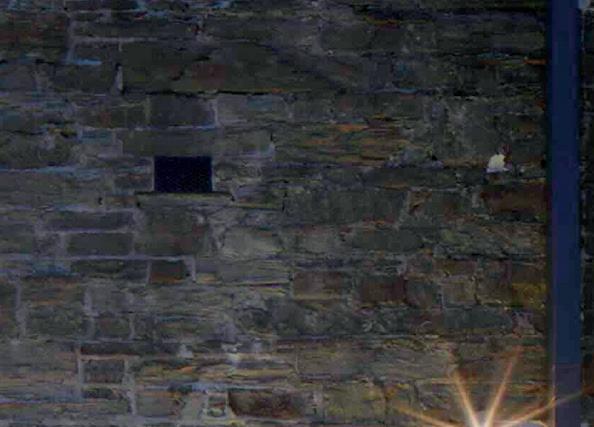

Spend a night behind bars in style and experience something altogether different.
If you’re visiting Cornwall, there’s one place you absolutely must spend the night, and it isn’t your typical seaside retreat: The Bodmin Jail Hotel, a former 18th-century prison reborn as one of the UK’s most unforgettable stays in Cornwall. Here, history and heritage meet indulgence and intrigue, with a touch of the unknown behind every stone wall.
Opened in 1779, Bodmin Jail housed countless inmates and witnessed 55 executions in its 130-year history. The last prisoner was hanged in 1909, and during the First World War, the Crown Jewels and Domesday Book were hidden within its thick granite walls. After closing in 1927, the jail fell into ruin… until now.
Today, this notorious Cornish landmark has been transformed into a truly unique hotel. Each of its 70 rooms is created from three original cells, two for the bedroom and one for a luxurious bathroom complete with a rainfall shower and freestanding tub. Expect vaulted ceilings, original cell doors, barred windows, and even authentic graffiti, all seamlessly blended with plush beds, velvet furnishings and modern technology.
Dining is a highlight at The Chapel Restaurant & Bar, where you’ll eat under soaring Gothic arches and stained-glass windows. Seasonal Cornish produce and fine wines pair beautifully with dramatic lighting and impeccable service.
But, if you truly want to embrace the experience, book the ‘Prisoner’ experience. You’ll sleep like a prisoner (in soft linens, of course), complete with a (3 course) prison meal, and a tour of the hotel with the ‘Warden’ (be warned, the warden has no tolerance for sass).
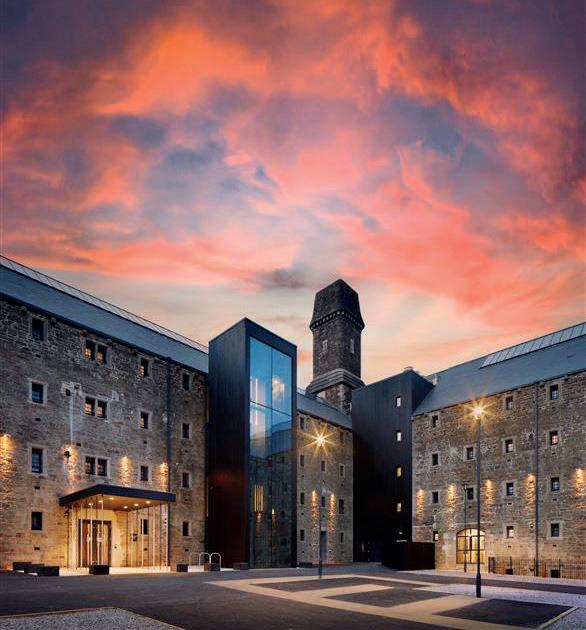
After this, you will get to discover the darker side of the hotel, with an introduction to the paranormal experience. In the morning, enjoy a hearty breakfast, then tickets to the museum before your release… all this for one price (per couple).
Whether you’re a history buff, thrill-seeker, or just craving a night somewhere unforgettable, The Bodmin Jail Hotel is unlike anything else in Cornwall.
Come for the luxury, stay for the stories, and leave wondering what, or who, still lingers in the shadows.
The design honours the jail’s brooding beauty. A striking glass atrium floods the former cell blocks with light, where wardens once patrolled; its dark past elevated to five-star comfort.
Your cell awaits... are you brave enough to check in and serve your sentence?
bodminjailhotel.com
WORDS BY JAMIE CROCKER
Cornwall. The name conjures images of sun-drenched beaches, rugged coastlines, and quaint fishing villages. But nestled on the edge of Bodmin Moor, there’s a different kind of Cornish experience, one that delves into the county’s deeper, darker narratives. Bodmin Jail, a formidable granite fortress with a history as rich and foreboding as the landscape itself, has undergone a remarkable transformation. And in a surprising twist, it’s becoming an unexpected magnet for the modern family seeking more than just a day out.
Recent research reveals a fundamental shift in how families approach leisure. The spontaneous ‘throwaway day’ is fading. Today’s families, increasingly sophisticated in their choices, are demanding relevance, emotional value and tangible memories from their experiences. Stepping into Bodmin Jail is to step back in time. The multimillion-pound redevelopment has masterfully blended authentic preservation with cutting-edge immersive technology. The Dark Walk isn’t just a series of static exhibits; it’s a visceral journey into 18th-century Cornwall, bringing to life the chilling tales of smugglers, murderers and the grim realities of prison life. Holographic projections and soundscapes transport you, making history not just something to observe, but to feel.
This is where Bodmin Jail truly distinguishes itself. While many cultural attractions struggle to capture the family market, the Jail thrives by offering a Discovery Seeker experience that is both profoundly educational and undeniably thrilling. Children, often drawn to the suspense and interactive
elements, lead the way, sparking conversations and questions that resonate long after the visit. For adults, the meticulously researched history, from the origins of prison reform to the stories of the condemned, provides a rich, contemplative layer. It’s the rare attraction that genuinely offers ‘dual agency,’ captivating both young and old.
In a world where experiences compete for attention, Bodmin Jail doesn’t just offer something more; it offers something much better. It’s a showcase to how a historical site can evolve beyond its original purpose, transforming into a vibrant hub for learning and shared discovery.
As families seek out those precious, unforgettable moments before the summer fades, Bodmin Jail offers a compelling invitation. It’s a unique opportunity to uncover a significant piece of Cornish heritage, whilst sharing an immersive adventure that will create memories that last.
Bodmin Jail offers two compelling reasons to visit. As a hotel, it combines the original structure of an 18th-century prison with modern comfort and style, giving guests the chance to stay somewhere truly different. As a visitor attraction, it uses immersive technology and carefully researched history to bring Cornwall’s past to life. Whether you’re staying overnight or visiting for the day, Bodmin Jail delivers a well-balanced mix of education, atmosphere and entertainment. It’s a strong example of how a heritage site can evolve, offering an experience that appeals to both adults and children alike.
bodminjail.org

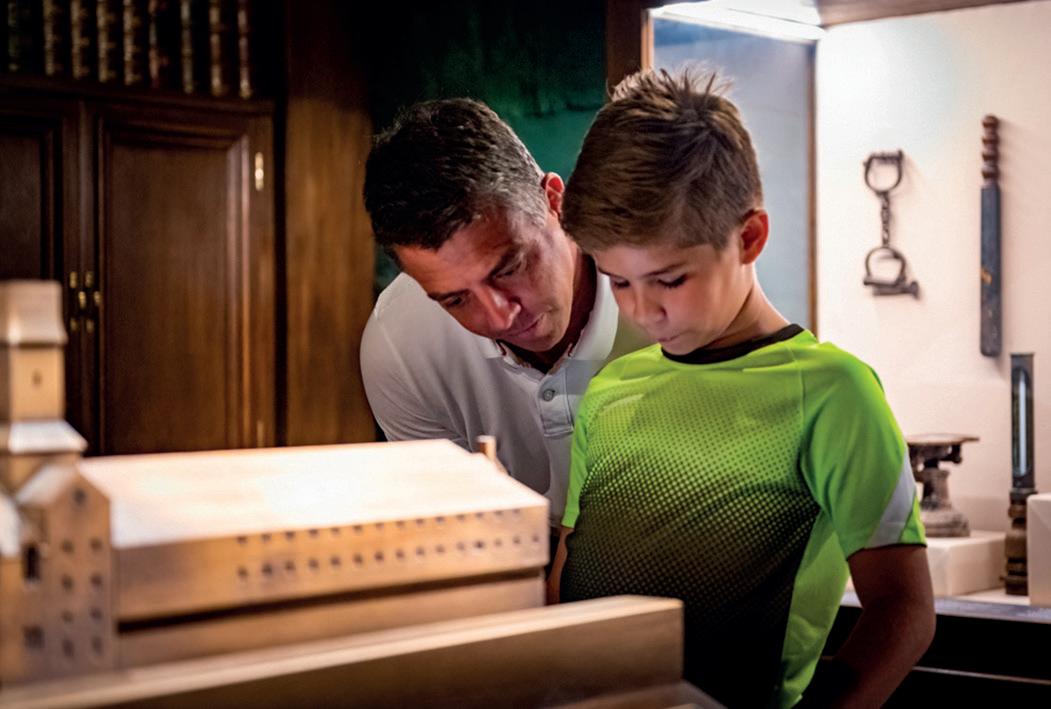
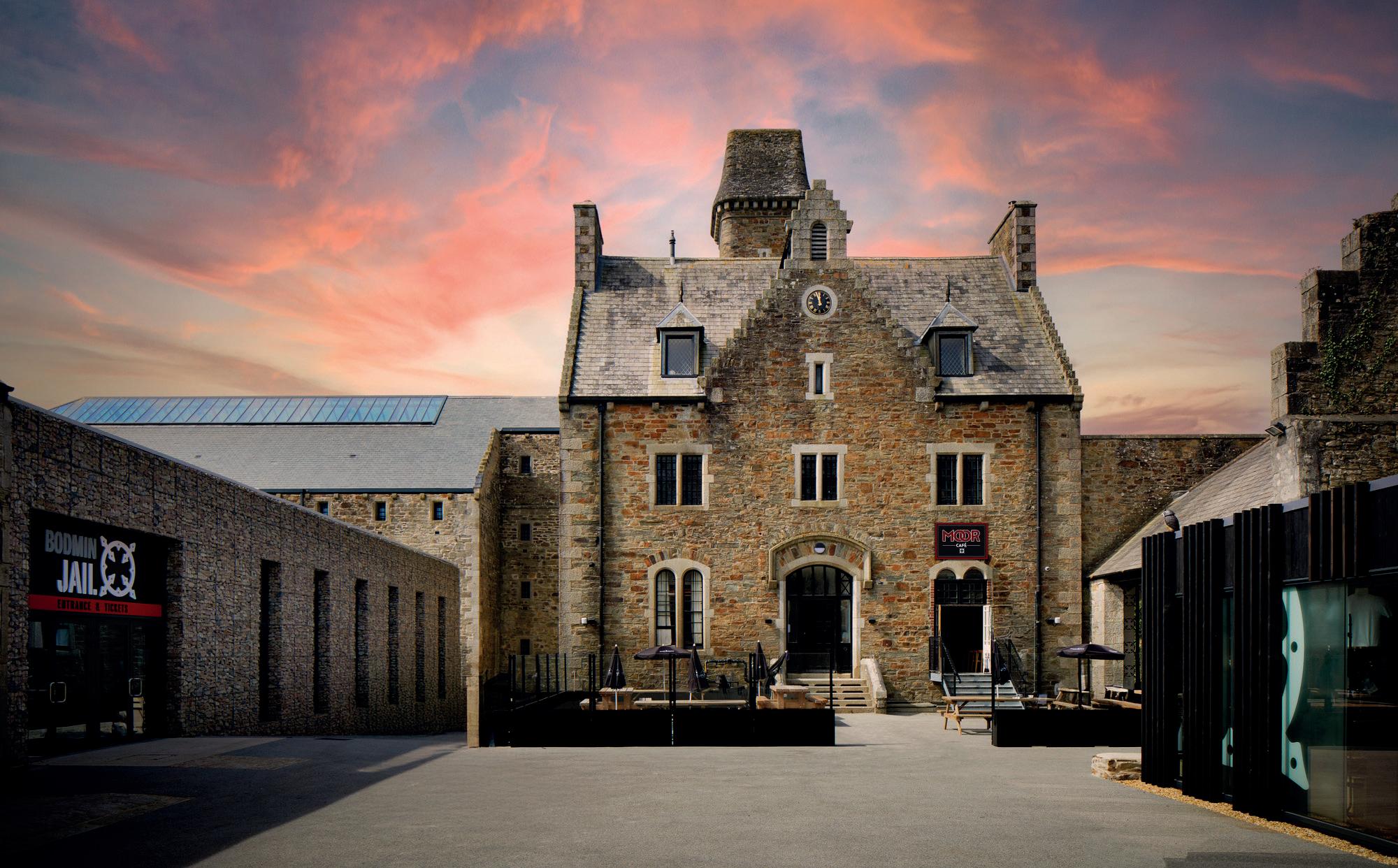





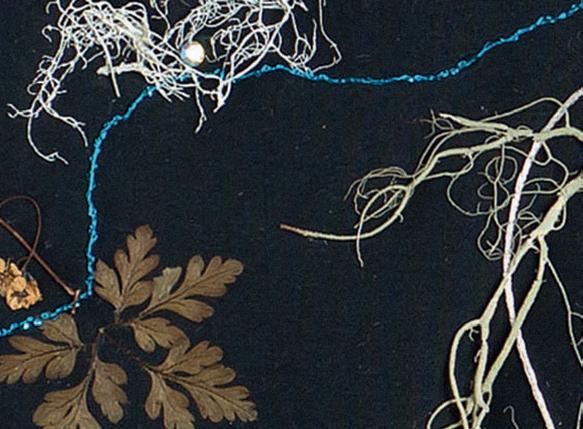
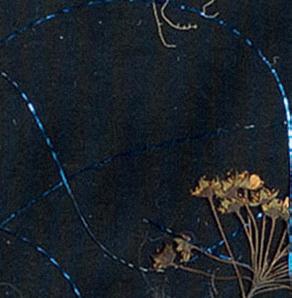
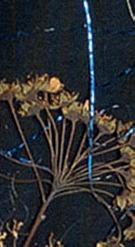

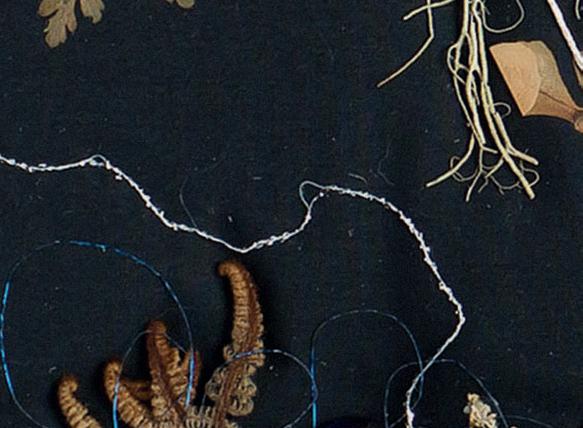
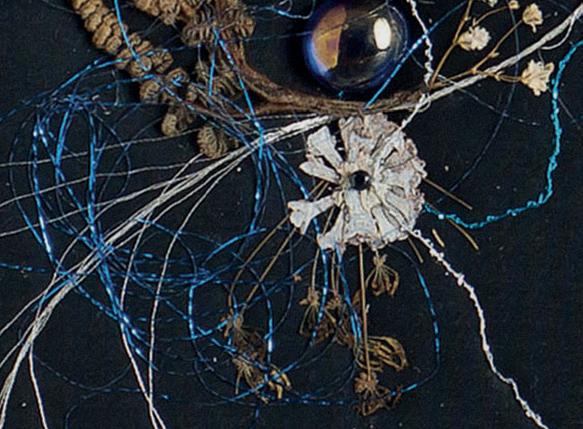


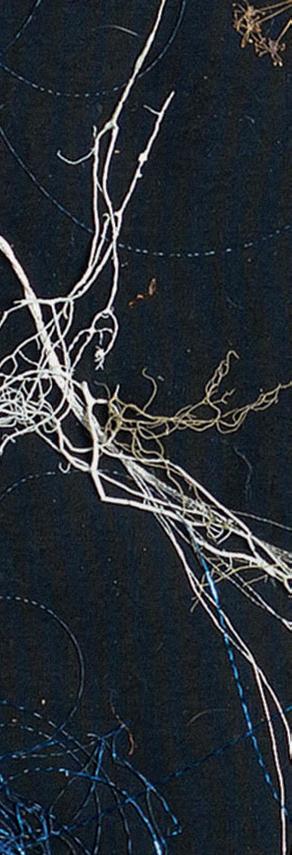
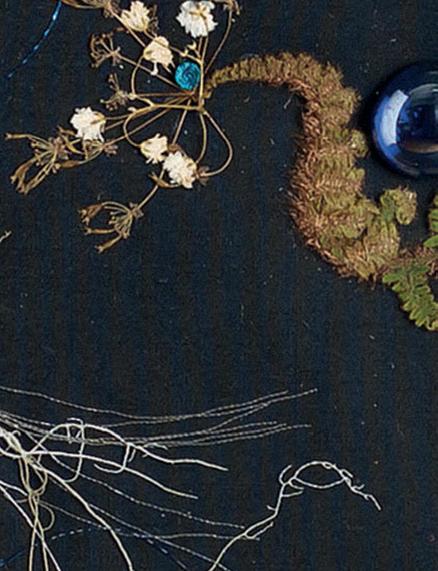
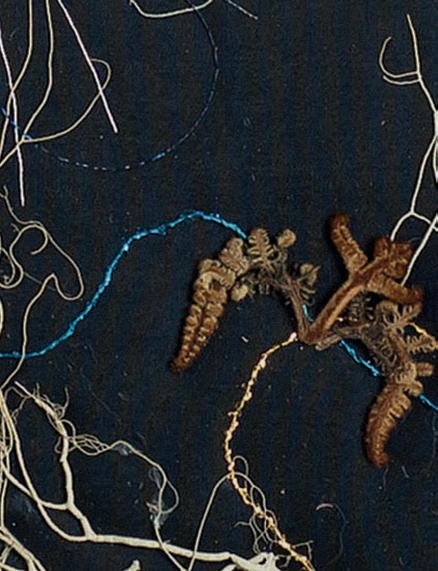
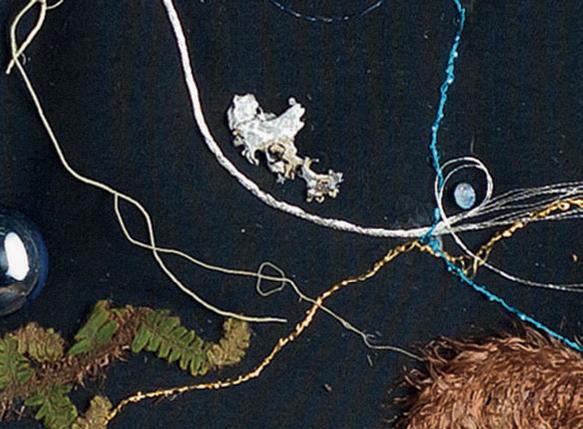
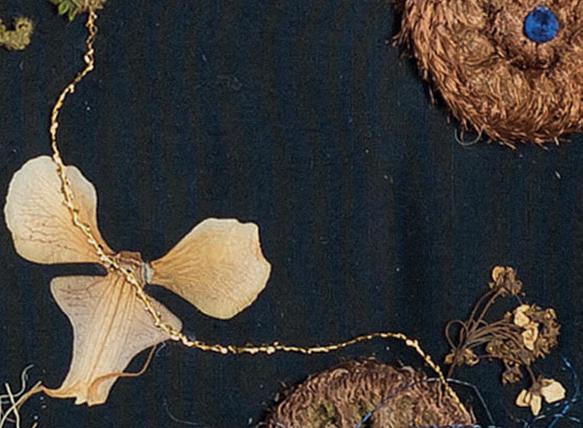
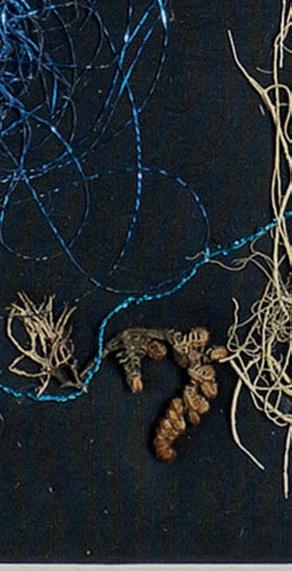



Discovering the work of Susan Fowler; one of the country’s leading contemporary textile, pressed flower and mixed media artists.
Susan began her career as a lawyer, but after becoming gravely ill with meningitis she was left with a serious brain injury and forced to retire, with medical professionals holding out little hope of a full recovery. On holidays to Cornwall, Susan always felt an improvement and so she subsequently made the move in 2005. “I began by pressing simple bouquets and attending wedding fairs as part of my rehabilitation. The more I became immersed in Cornwall and its creative community, the more my work evolved into an art form,” explains Susan.
“My first studio in Truro was amongst an established collective of artists, makers and creators who encouraged me to see my artwork as an art form and so I proceeded to experiment by making two small abstract collages. As a selftaught artist, I found my creative strength and freedom not on paper, but in three-dimension.”
you switch to your right ‘creative’ side and I believe this is what happened. They also believe that senses can become more acute. I was left with epilepsy, which has subsequently made me acutely aware of light and colour and the nuances and hues found within those spectrums.”
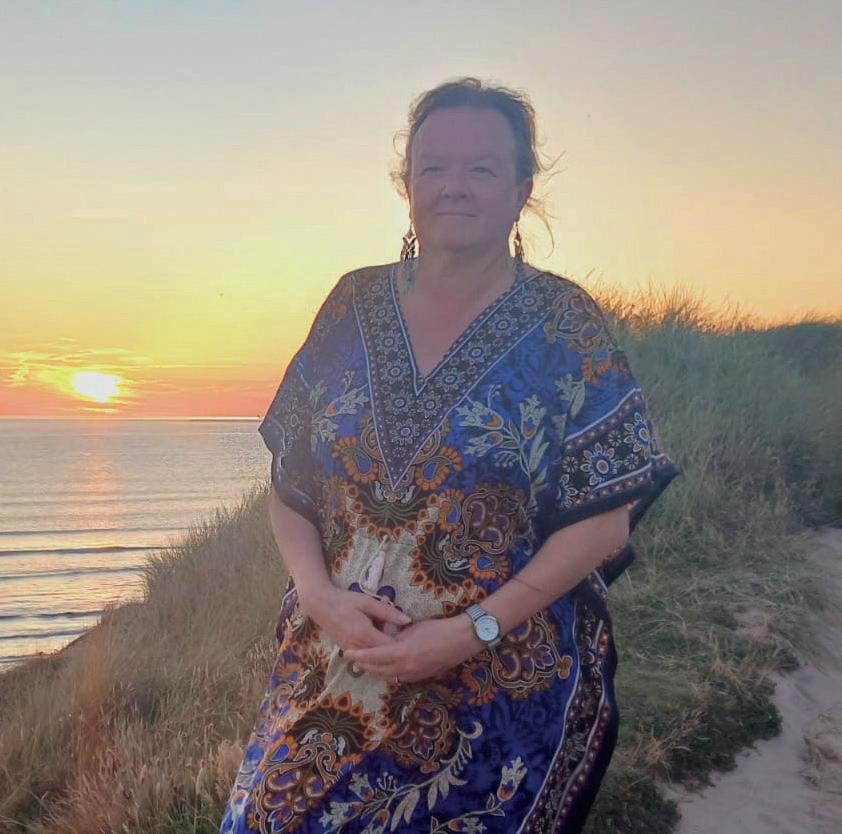
Working with textiles and mixed media, Susan sculpts and shapes a combination of fabrics and pressed flora: “I use silks and satins, vintage and modern, drawn to how they catch the light.” Inspiration for Susan comes particularly from the coast: “I love watching the sea and in particular, water currents. I view the sea as actively moving across the whole panorama. I am drawn to colour, and how it appears in nature, so north coast sunsets are a particular inspiration. In fact, nature is always my inspiration and food for the soul; it has certainly been a saviour in my recovery.”
“There is a school of thought which says that when damage occurs to the left side of the brain,
Susan’s work begins with intricate hand stitching to prepare the fabric, before working on a ‘spot’ or small area, keeping the work on a flat surface:

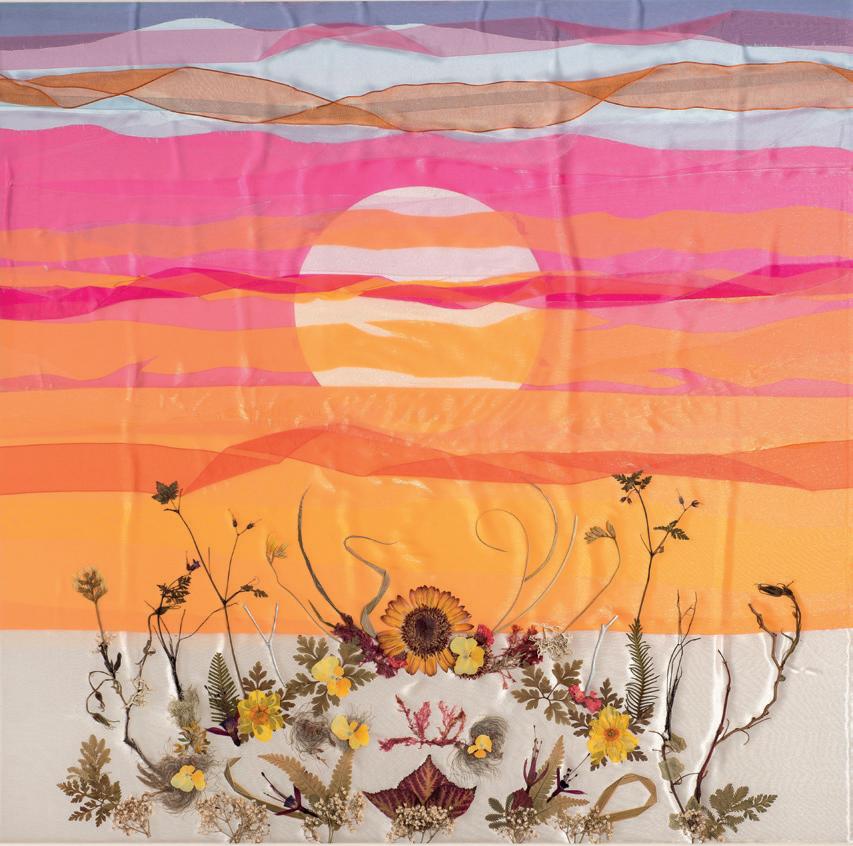
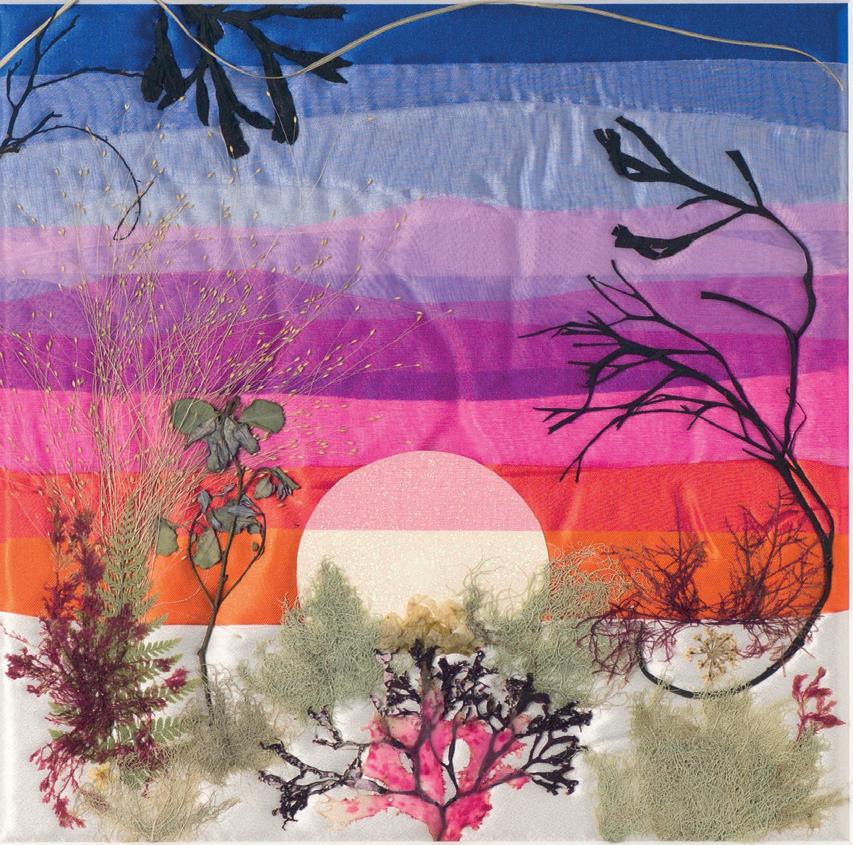
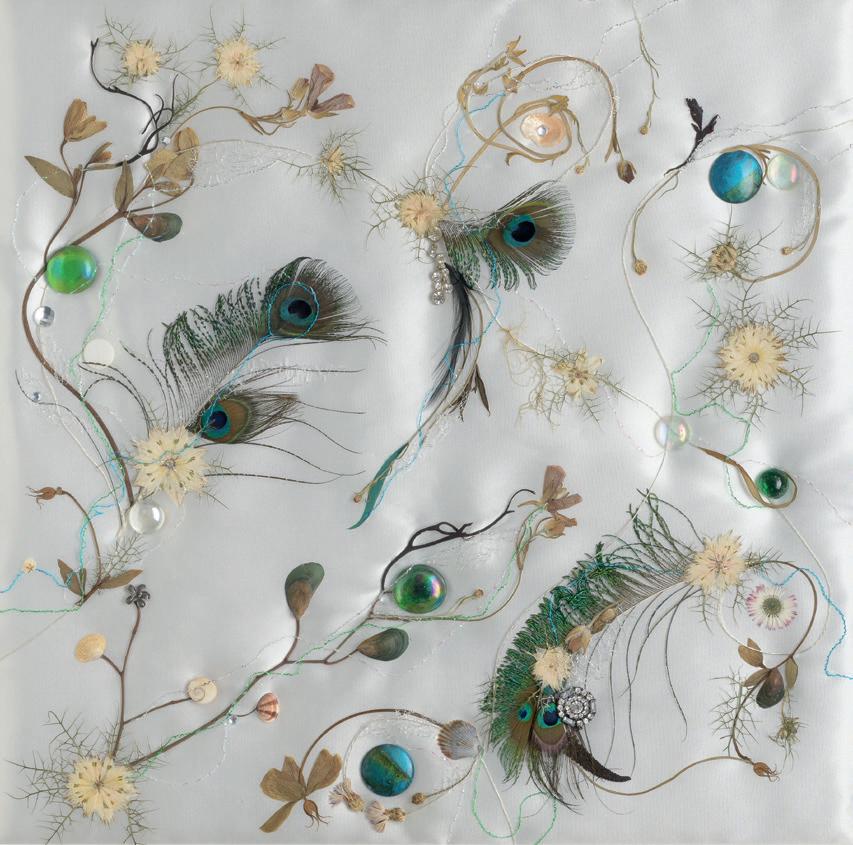
“To begin with it may be a colour or the shape of one piece of flora or seaweed which speaks to me. I work from there in small areas. If you were looking over my shoulder you would see a design growing, however due to the way my brain now works, I don’t see it that way. It’s a bit like dot-to-dot; I see the dots, whereas you see the whole picture. I’m often asked how this translates into the final piece. If I’m honest, I just go by gut. I get a feeling when I think I’ve worked enough on a picture and often I don’t know even which way up it will be until I get to my framers. I will turn the work around and around as I progress and on some of the larger artworks, the first time I see them upright are when I collect them framed!” Framing is hugely important, especially on the larger works. Museum-grade conservation glass is used to minimise UV exposure, especially where delicate fabrics have been used.
Susan’s studio brims with piles of treasured fabrics and threads: “It’s my oasis. I confess it’s not a neatly ordered space, I work in the moment and will pull fabrics and my pressed flowers and seaweeds onto my work table. I then wait for something to speak to me and when it does, so the work begins. I always have some treasured things I like to leave in the studio, so that when I glance up from my work table, they are a constant source of inspiration. It might be a favourite shell or a vintage piece of fabric, where I am drawn to the shape or colour.”
“Some say I have a very unique style and that it’s like nothing they’ve ever seen before. My response is always, I believe it has come as a result of the head injury and from a very natural place. My work is always changing and evolving and I feel new styles are yet to come. I’m excited by what Cornwall has yet to inspire…
“I’m fascinated by the Italian phrase ‘Dolce far niente’, meaning the art of being still. This sentiment has become more important to me in this ever-changing, busy world we live in and I feel it’s important we embrace the idea of quiet, both for the soul and to make time to think. This sentiment and the idea of the freedom it brings will inform my new body of work.”
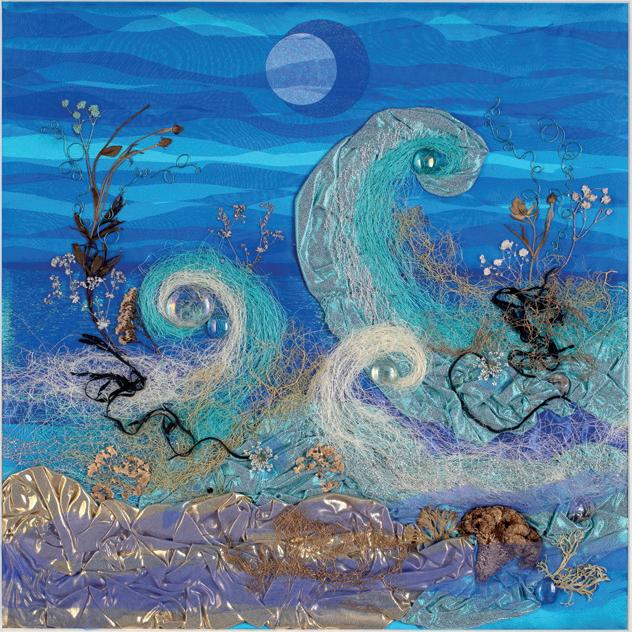
Susan’s artworks draw you in, catching the eye from afar with a glint or a sparkle, sparking a curiosity to look deeper within each piece. The work is designed to make a connection. The longer you look, so new elements come to the fore, whether that be a movement or a stillness. Such juxtaposition is mesmerising.
Susan’s work is held in private collections both in the UK and around the world. Her new body of work will be released at a solo exhibition at Tregenna Castle, St Ives on 20th September 2025 – tickets available via the website.
susanfowlergallery.com

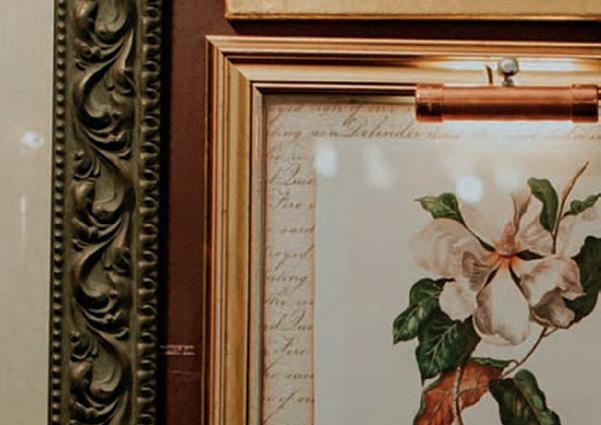
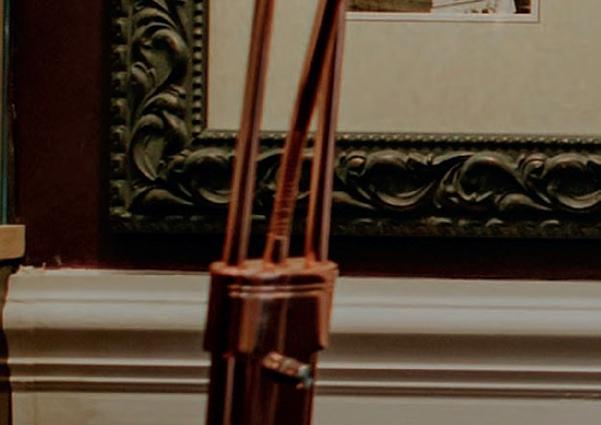
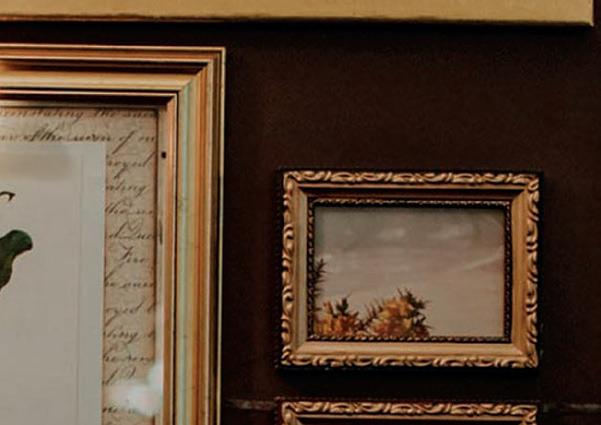
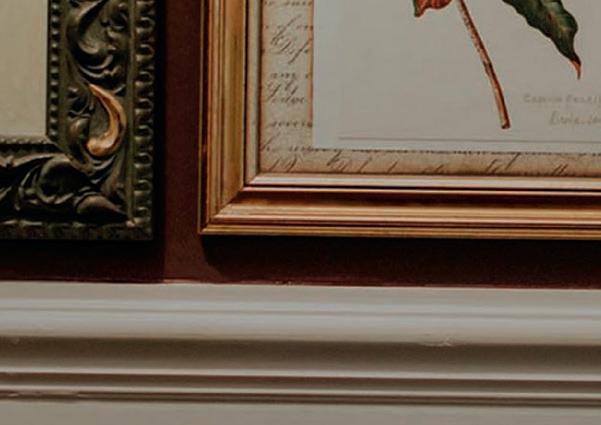

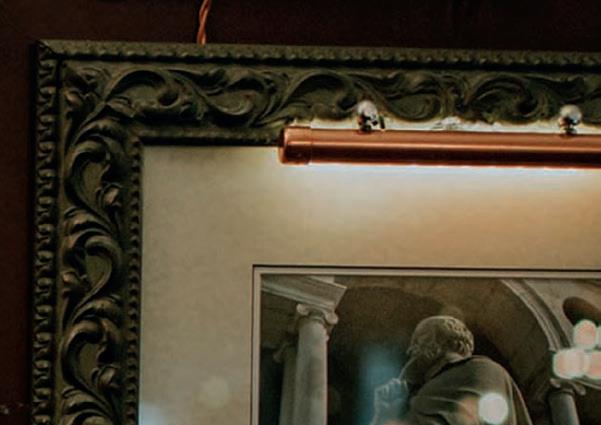
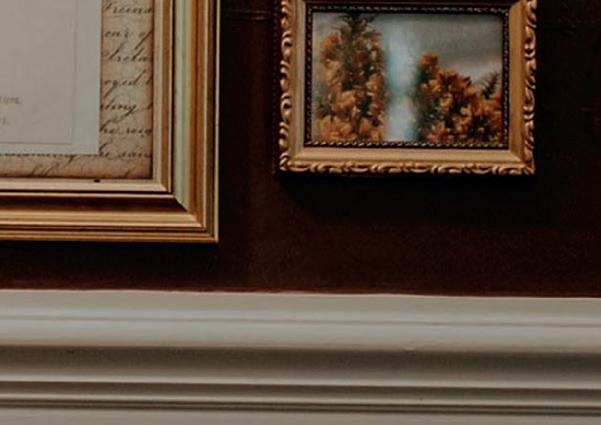
WORDS BY JAMIE CROCKER
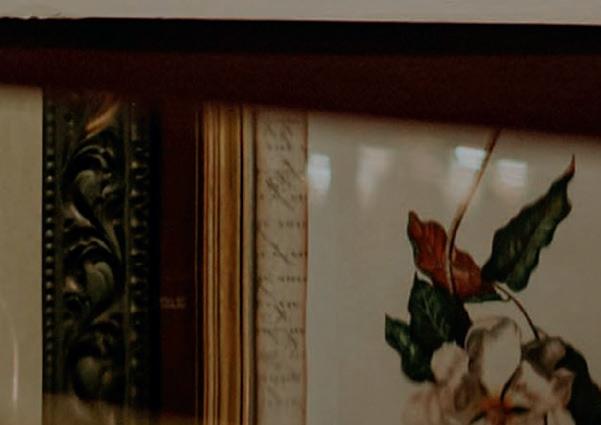
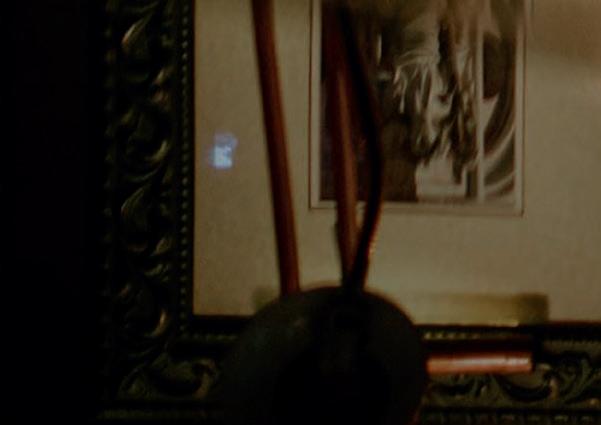
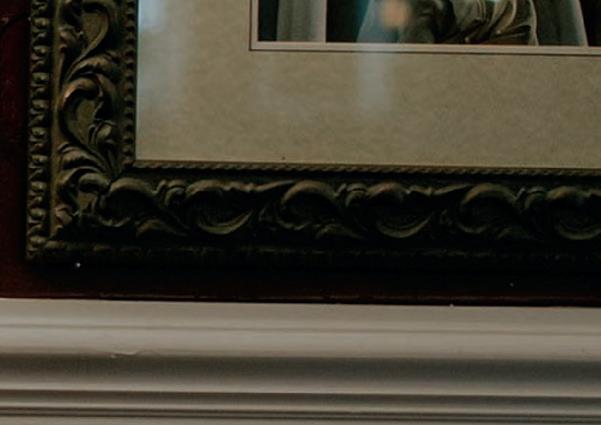

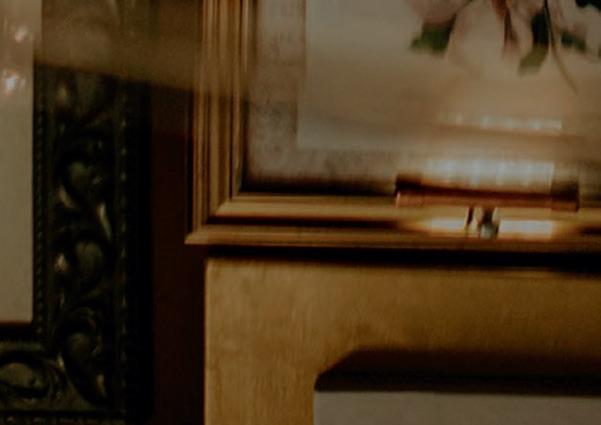
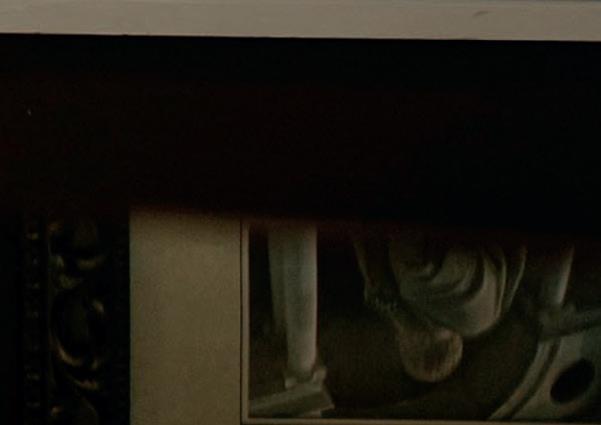




How a hotel in Cornwall competes with the best and maintains its position within the top flight.
Originally envisioned by David and Paola, along with David’s brother George and his wife Joan who purchased it in 1969, The Penventon Park has evolved into today’s complex and charismatic hotel through decades of considered evolution.
What makes Penventon Park Hotel uniquely welcoming for guests looking for a relaxing getaway in Cornwall?
Penventon Park Hotel offers a refined escape where heritage meets modern indulgence. Tucked away in secluded grounds on the edge of Redruth, this Georgian manor blends European elegance with Cornish charm, creating a relaxed yet luxurious atmosphere. Rich interiors, bold artworks and thoughtful design touches reflect over 50 years of family ownership. It’s infused with a proudly independent, anti-chain spirit that invites guests to escape the ordinary.
Signature experiences – from the sculpted copper bar celebrating Redruth’s mining legacy to homemade jams still made by Mrs. P, the original
owner, offer a stay that feels both personal and extraordinary. With individually styled rooms, exceptional food and wine and a setting that balances tranquillity with accessibility, Penventon is a true Cornish retreat with soul.
How has the hotel adapted its guest experience in recent years to meet evolving traveller expectations?
Penventon Park Hotel continues to evolve with intention, blending modern expectations with timeless hospitality. The culinary team champions sustainability through seasonal menus, locally sourced ingredients, and wasteconscious kitchen practices — from Cornish honey and handmade jams to ethically sourced seafood. Thoughtful wellness touches also shape the guest experience, with spa and leisure facilities designed to support rest and restoration.
Behind the scenes, eco-conscious initiatives extend across the hotel’s operations, including reduced single-use plastics and energy-efficient systems.
What is the ethos behind the hotel’s dining programme and how are local Cornish ingredients incorporated?
Penventon’s dining ethos celebrates Cornwall’s finest local produce alongside carefully selected ingredients from further afield. Seasonal menus showcase fresh seafood, artisan cheeses, and vibrant garden produce, all thoughtfully combined to create dishes that balance creativity with respect for provenance and sustainability. The result is an extraordinary dining experience that feels both authentic and inspired.
Can you walk us through a standout menu highlight or seasonal dish that epitomises the kitchen’s creativity?
Rooted in tradition, the Plank Steak is one of Penventon’s cherished ‘heritage’ dishes – among the first to appear on the original menu. Though it disappeared for a time, it’s now proudly back by popular demand. Served as a 14oz cut on a wooden plank, accompanied by a fried hen’s egg and crisp Pont Neuf potatoes, this dish perfectly balances rustic comfort with refined execution. It’s a true celebration of enduring flavours that continues to delight guests seeking a memorable, indulgent experience.
With over 170 wines available by the glass and bottle, the collection is a true labour of love. It’s thoughtfully sourced from across the globe, laid down years in advance to reach perfect maturity, and priced fairly to encourage guests to explore more than one bottle.
The extensive cocktail menu includes timeless favourites, seasonal creations, and a rotating ‘drink of the month’ to keep things fresh. Guests can also choose from a wide range of local Cornish and national beers and ciders, along with an impressive collection of over 50 gins, plus distinctive rums, whiskies, and vodkas from the region and beyond.
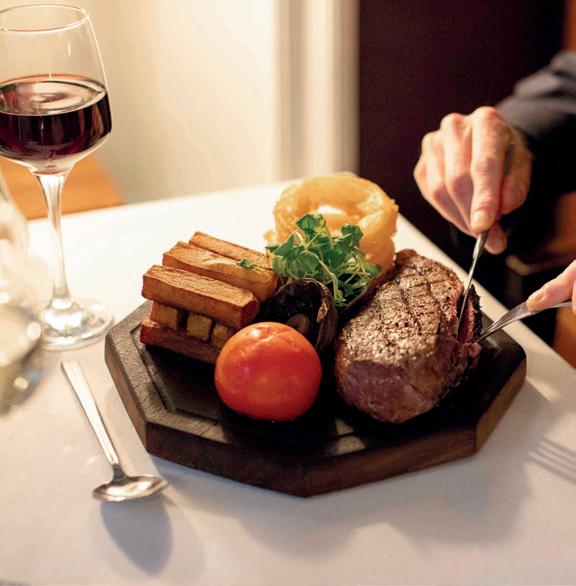
How does the bar and drinks offering complement the overall dining experience at Penventon?
Penventon’s bar is a destination in its own right, with a carefully curated drinks menu designed to enhance every meal and moment.
What specific amenities and services do you offer for guests travelling with dogs?
Every resident pup is treated to a thoughtful doggy welcome basket, complete with a cosy bed, food and water bowls, a towel, mess bags, and a welcome letter with useful tips for exploring Cornwall together.
Our Pooch Plates menu offers healthy, nourishing options to help them refuel after a big day out, while complimentary blankets, towels and treat jars dotted around the hotel add those extra comforts along the way.
What local attractions, walks or beaches are popular with hotel and how does Penventon help guests get the most from them?
Thanks to Penventon’s central location, guests are perfectly placed to explore some of Cornwall’s best-loved sights, from clifftop walks to hidden coves and heritage trails.
Plank Steak – Heritage dish
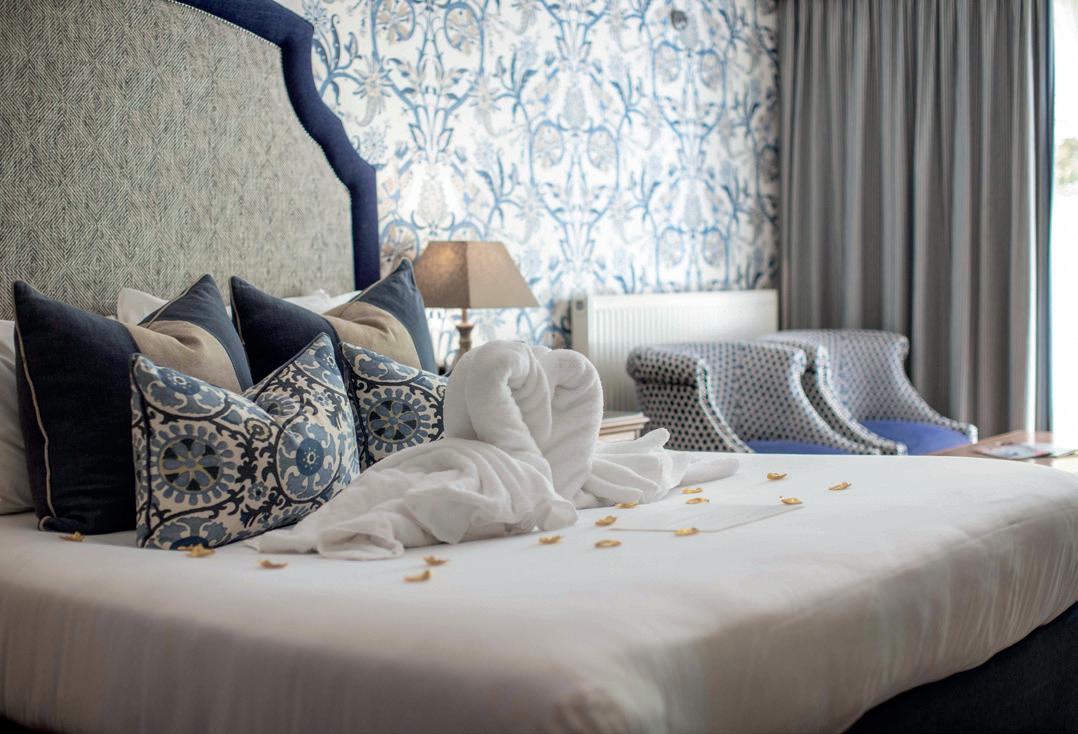
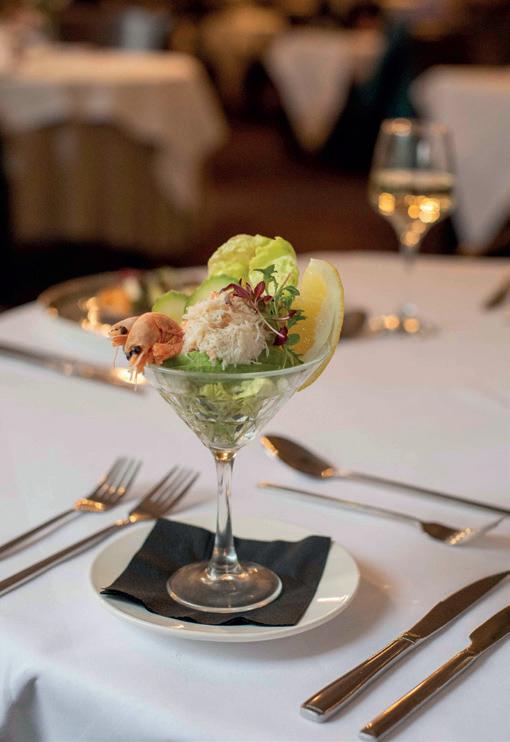

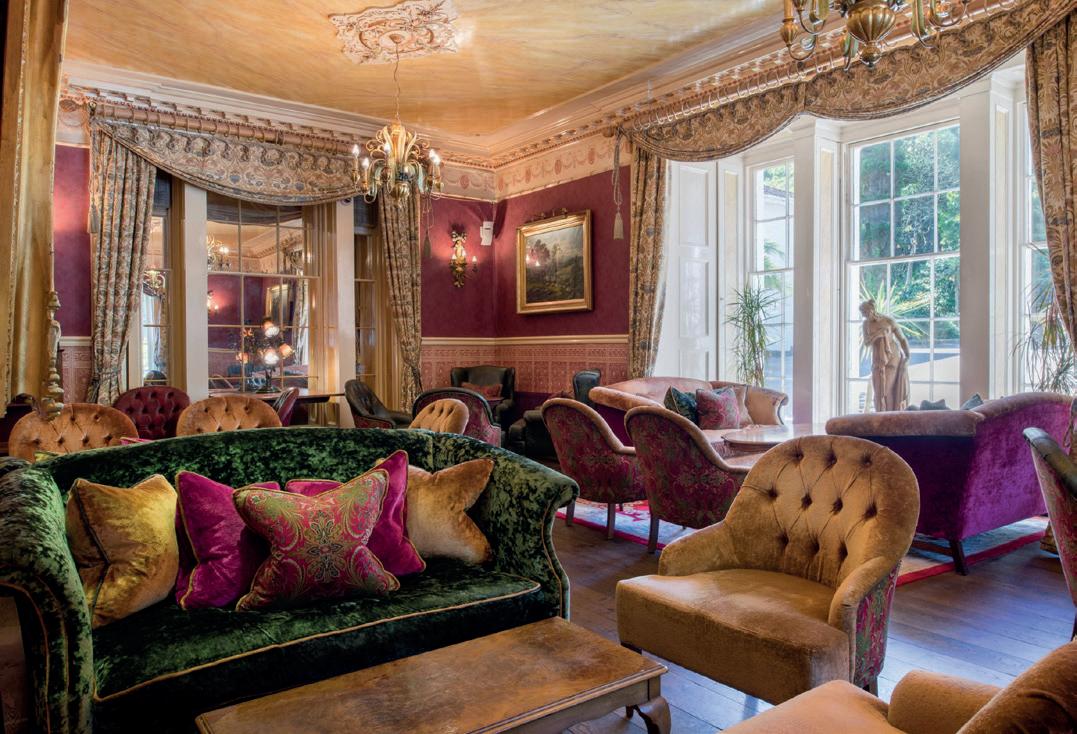
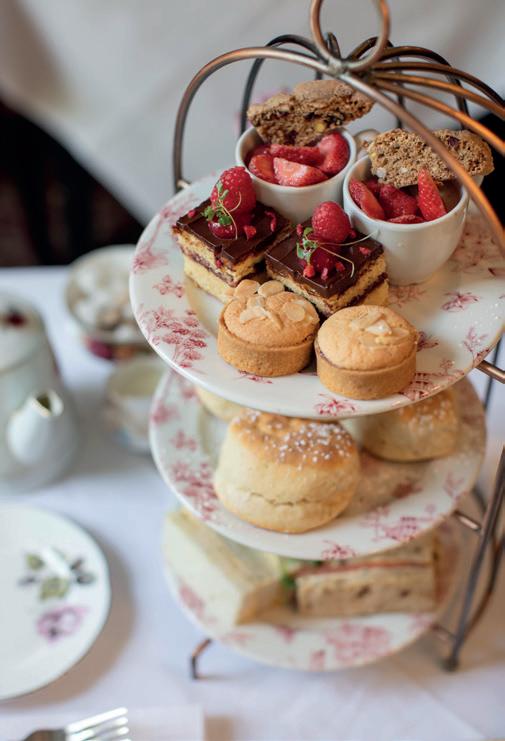
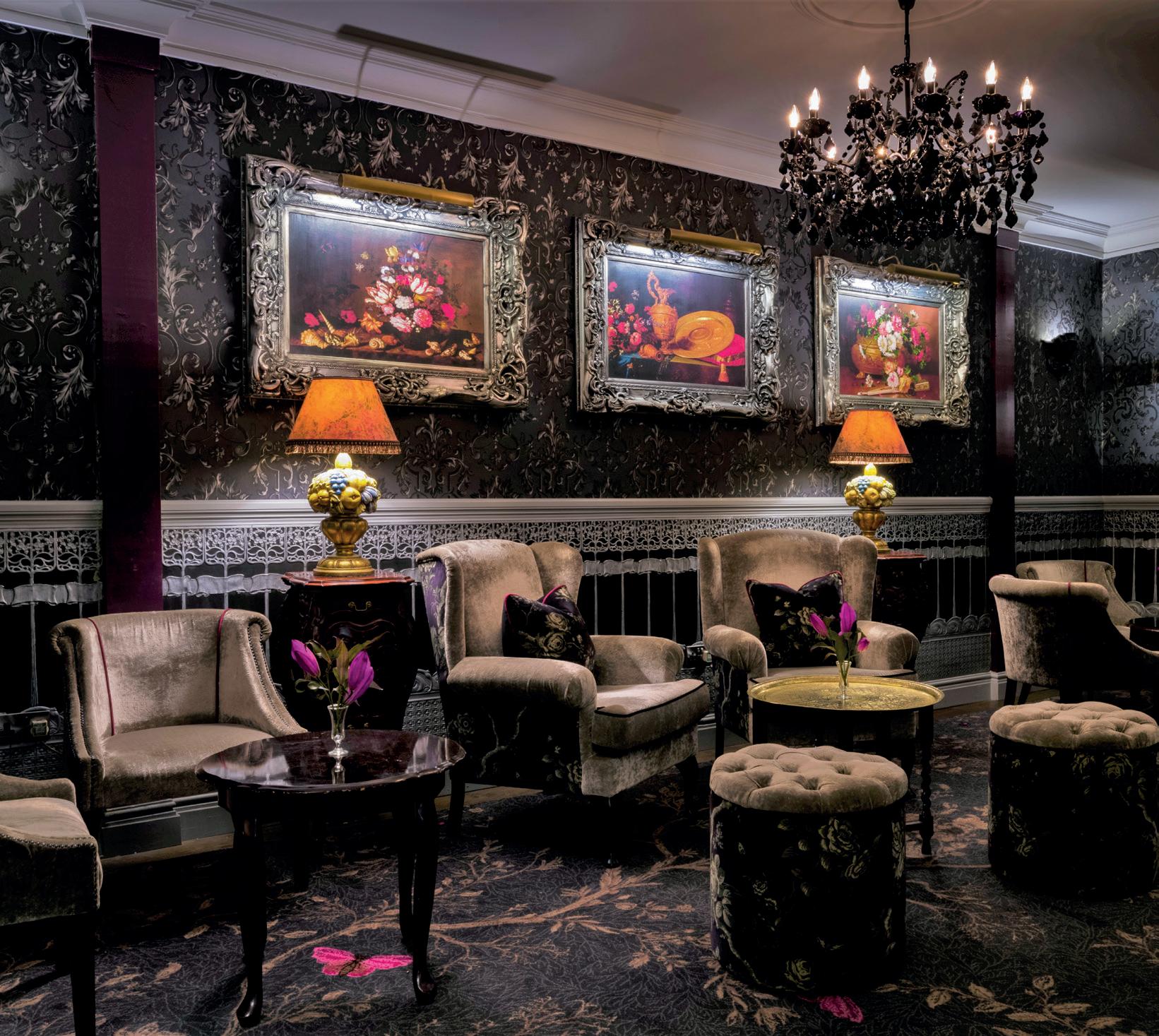
Popular nearby spots include the dramatic coastal paths at Portreath and Godrevy, the wide-open sands of Gwithian, and the mineral tramways that wind through Redruth’s mining landscape. Tehidy Woods is another guest favourite, with miles of dog-friendly, shaded trails just ten minutes from the hotel.
What leisure and wellness facilities does the hotel provide to support a restful and restorative stay?
Guests can unwind in our Leisure Club, complete with a heated indoor pool, jacuzzi, sauna and gym or escape to our intimate Spa for tailored treatments that restore and revive. The elegant lounge offers a slower pace: a cosy spot to curl up with a book, sip a coffee, or simply enjoy a quiet moment between adventures. Whether it’s a predinner swim, a deep tissue massage, or a peaceful pause with a book, our wellness spaces offer a restful balance to Cornwall’s wilder charms.
Looking ahead, what are your aspirations for Penventon’s dog-friendly and food & beverage programmes? Are there any upcoming initiatives or experiences you’re excited about?
We’re always looking for thoughtful ways to enhance the guest experience, including for those bringing their dogs along. One exciting development is a dedicated dog-friendly dining space, soon to transform one of our event areas into a relaxed setting with indoor and patio seating, perfect for leisurely lunches and laid-back evenings with your canine companion.
We’re also nearing the launch of our longenvisioned Wine Tasting Rooms — a space for immersive, curated experiences led by our knowledgeable team. Guests will soon be able
to explore professional wine flights and guided tastings, drawing from our collection of over 2,000 bottles.
How have guests and their four-legged companions responded to the dog-friendly focus? Any memorable stories?
Here are some recent reviews. “We had the most wonderful stay at Penventon Park Hotel. The staff were outstanding! Every staff member was 100% dedicated to their work, happy and also relaxed! We loved the luxurious Georgian decor, the stunning lounge and restaurant, the nods to Italy throughout, including the decadent Copper Bar and huge selection of Gin! The beds were perfect and the bedrooms nicely modern with lovely details like the digital radio and drinks area with loose-leaf tea. This was our first night away with our 18-week puppy, who was completely spoiled by all the staff!”
“We travelled for the NYE celebration to this dogfriendly hotel. Wow! Just wow! The staff are very friendly and cannot do enough for you (& your pooch). We booked a dog-friendly room and were met with a welcome basket (& letter) for the dog!! They provided a dog bed, blanket, towel, bowls, snacks and even a toy! Plus, believe it or not... there is a dog menu. The hotel is spotless, and we loved the quirky décor.”
“Luxurious hotel. My daughter and I stayed here for three nights with our three dogs. We were both blown away by the hotel, staff and leisure facilities. Breakfast and dinner were perfect. The dogs had a special menu and had a basket full of goodies in the room on arrival. Highly recommend to just get away from it all.”
penventon.co.uk
WOW Cornwall’s new range captures the spirit of coastal living with nautical striped cushions and quilts, driftwood doorstops, sea-scented candles and delicately embroidered napkins. Inspired by the tide and the shoreline, this collection evokes beachcombing days and salty breezes. Thoughtfully curated to bring coastal chic indoors, each piece invites stillness and connection. Whether styling a clifftop hideaway or a harbourside home, WOW’s latest edit is your invitation to unwind in effortless style and luxury. Discover a world of sea-kissed design anchored in the heart of Cornwall. wowcornwall.co.uk
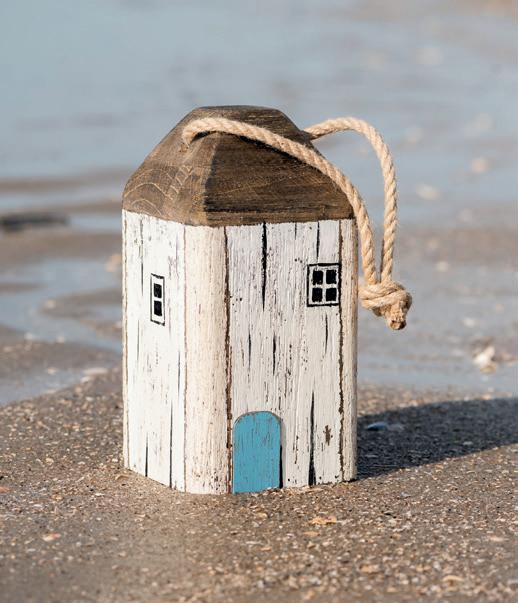
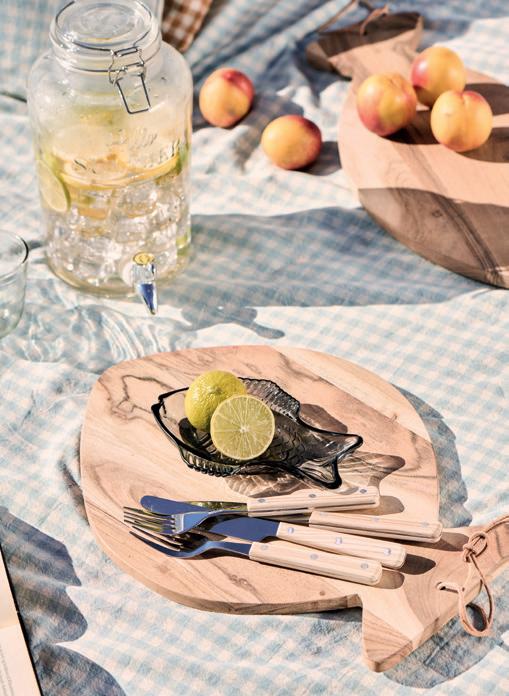
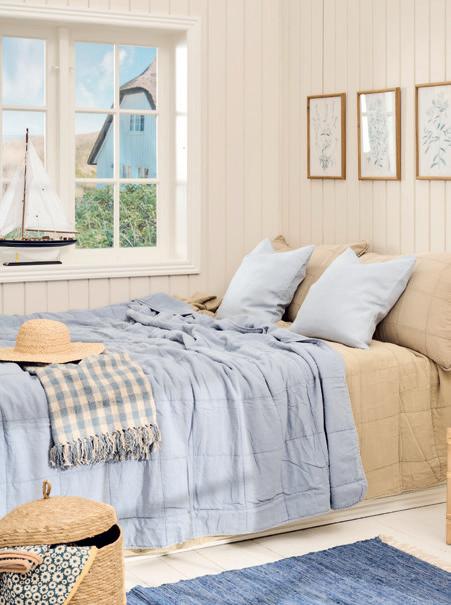





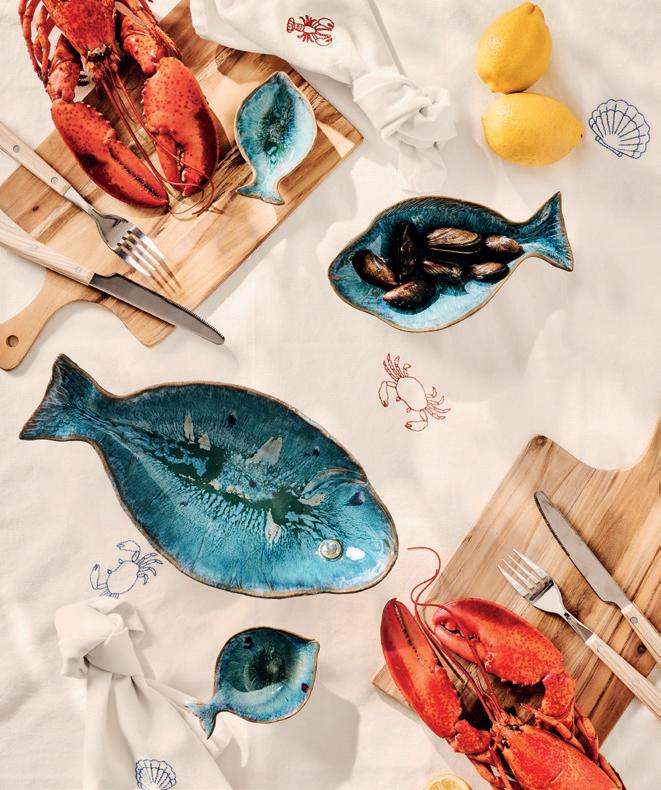








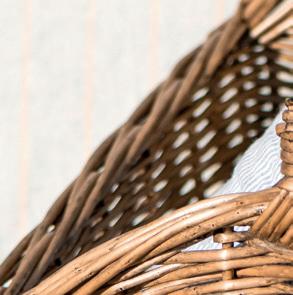
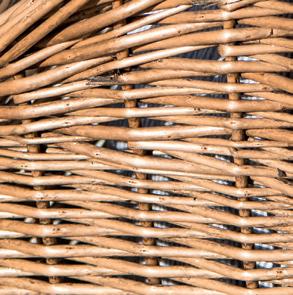
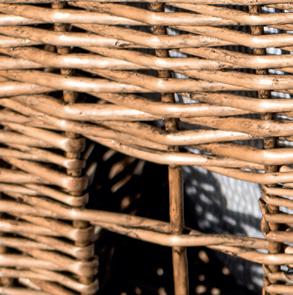
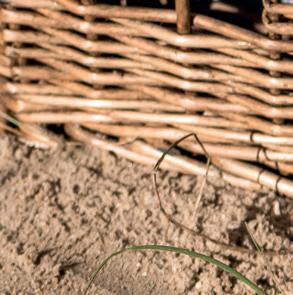
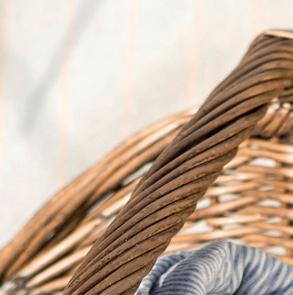
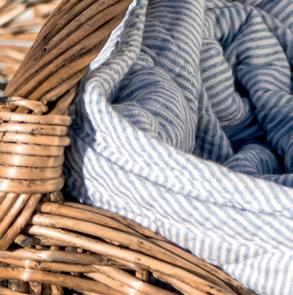

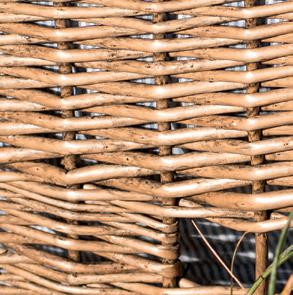

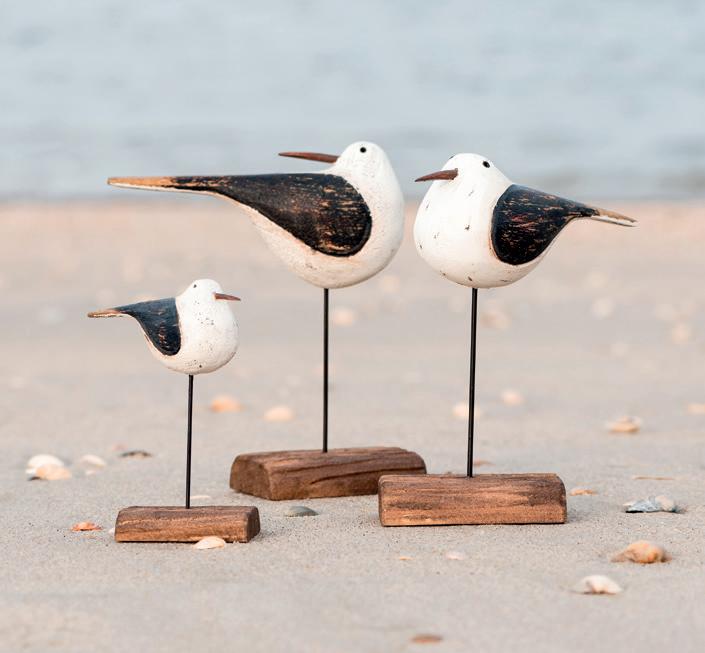
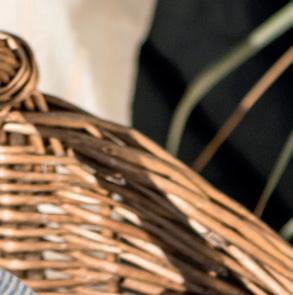
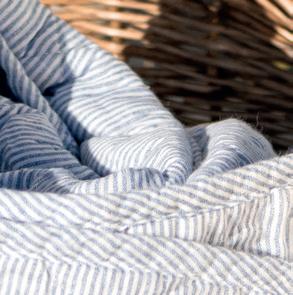

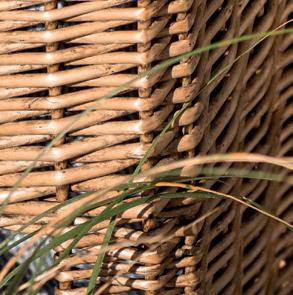
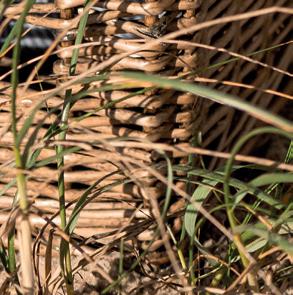

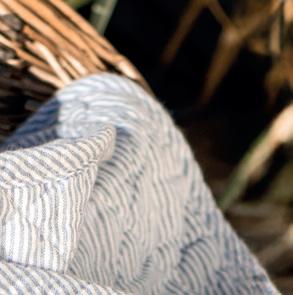
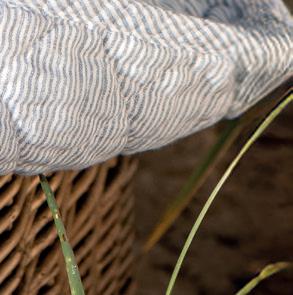
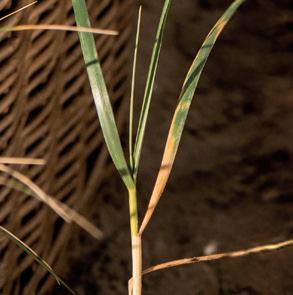
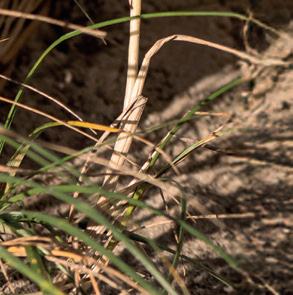
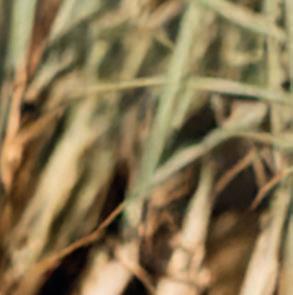

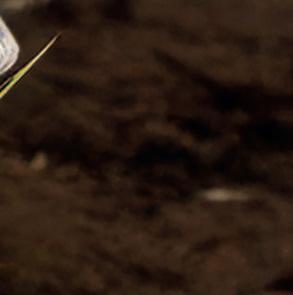
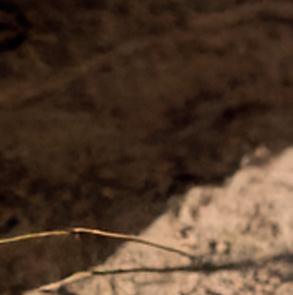

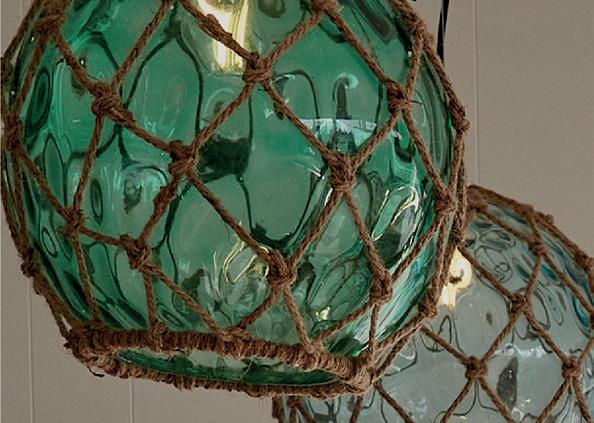
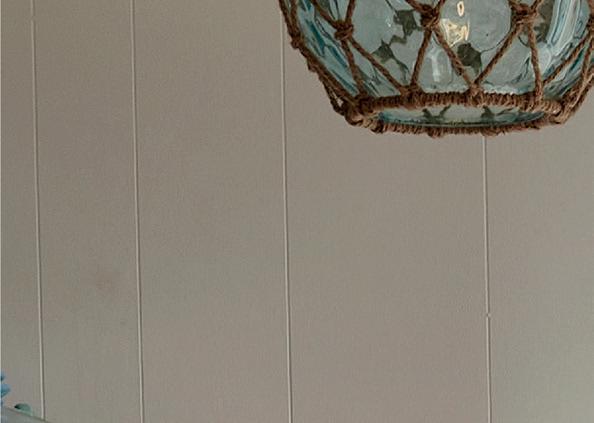
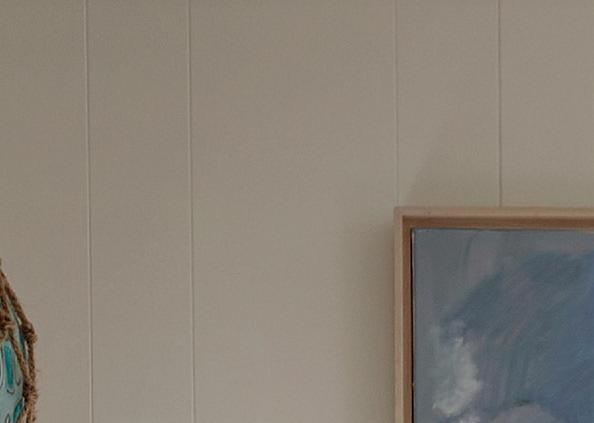
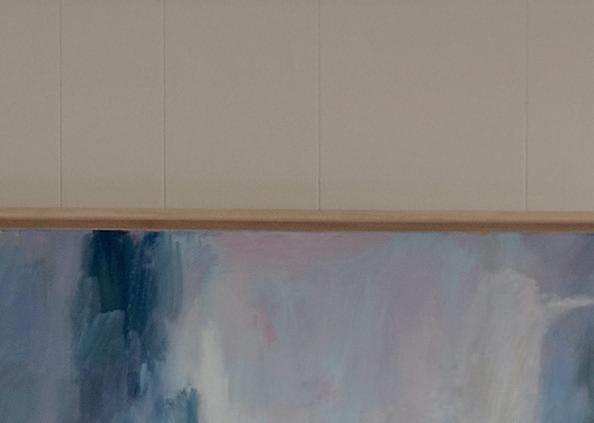
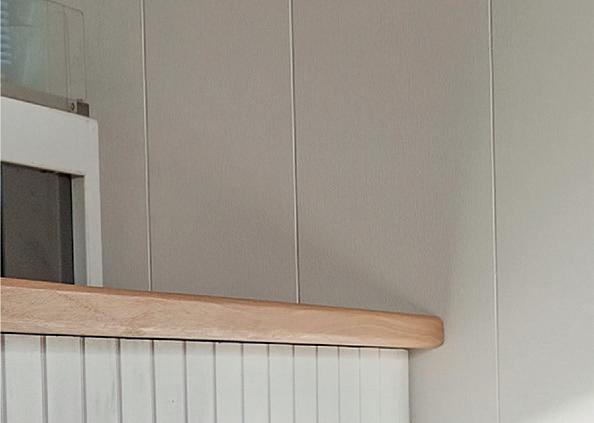

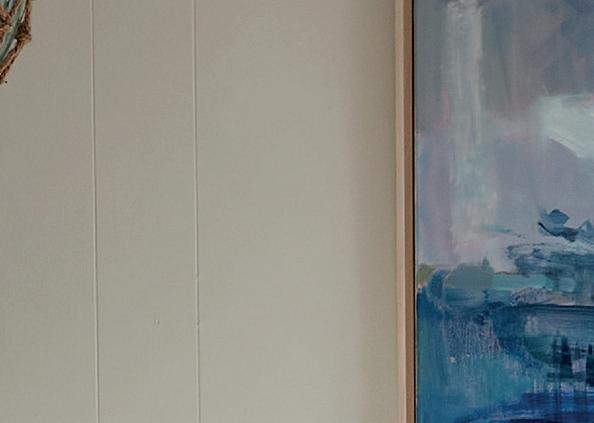
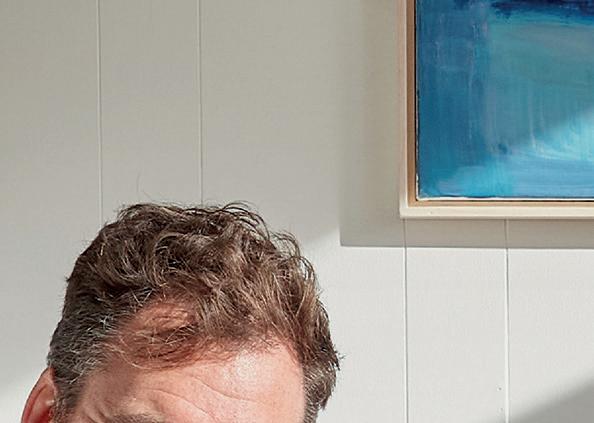

WORDS BY JAMIE CROCKER
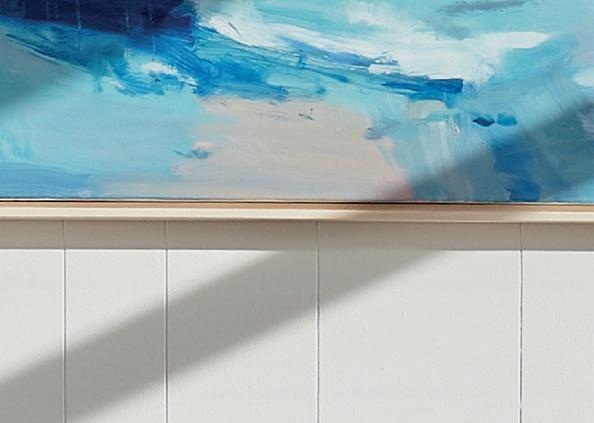
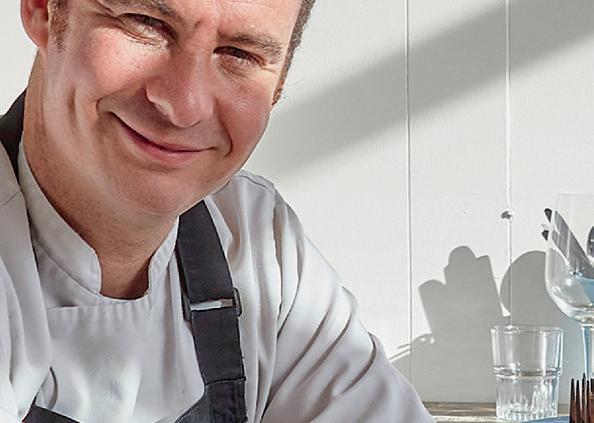

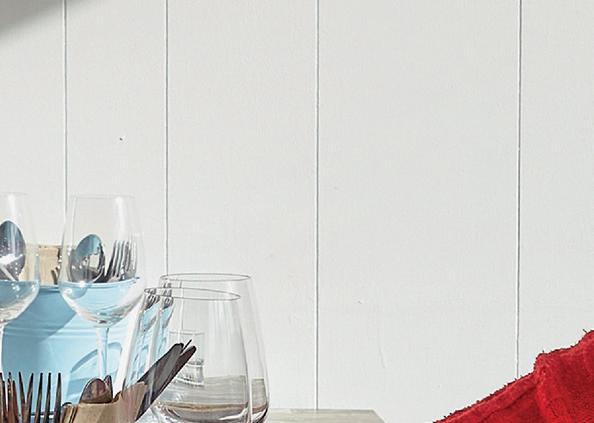

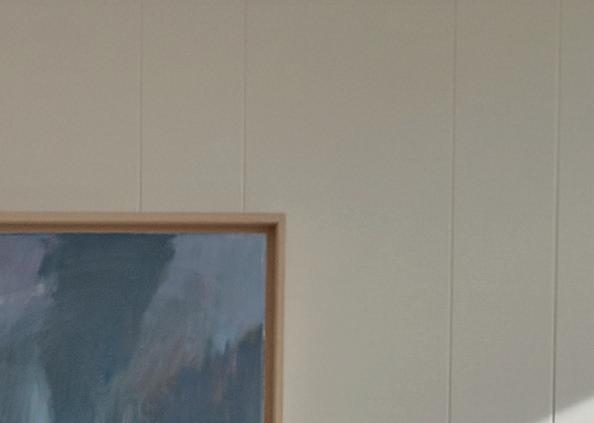

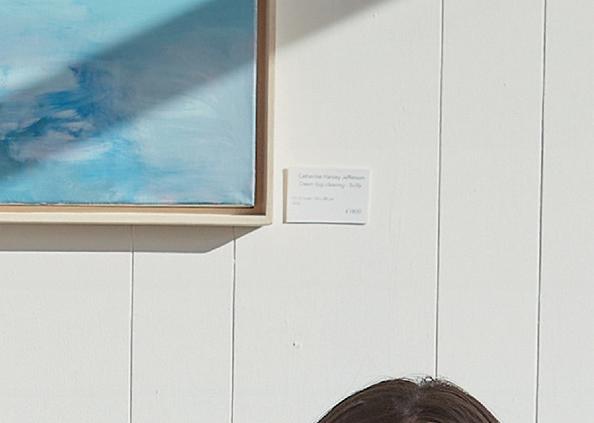


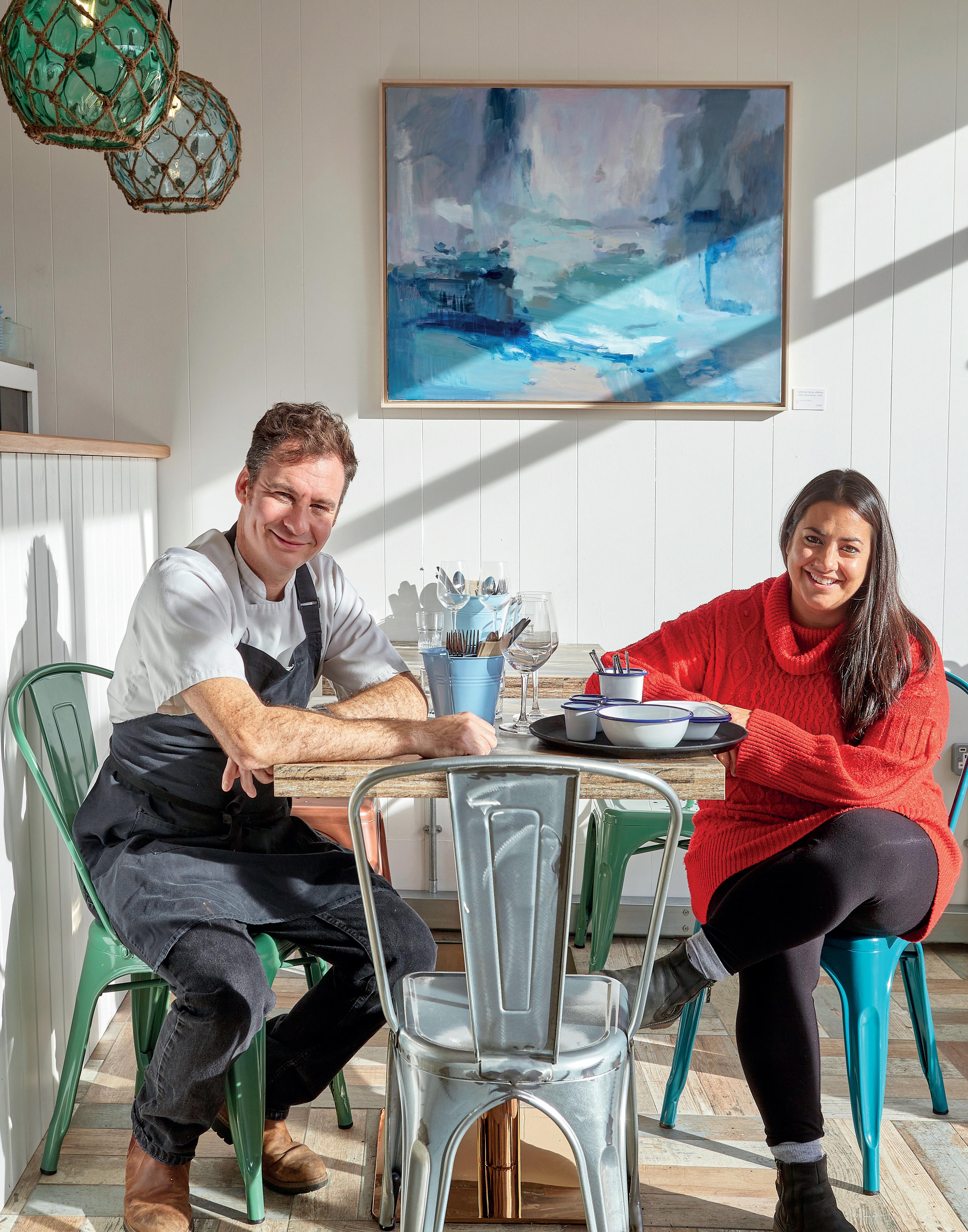
From London lights to Cornish waters, a seafood venture captivates coastal appetites.
They arrived as strangers in 2012, a couple from London with hospitality dreams but no local connections. Today, Nina and Jamie run Mackerel Sky Seafood Bar, a destination that has transformed Newlyn’s culinary landscape with remarkable precision and care. Their journey exemplifies the quiet determination that characterises Cornwall’s independent food scene – a tale of metropolitan expertise meeting maritime tradition in perfect harmony.
The transition wasn’t without challenges. Nina, whose original career path pointed toward educational psychology before veering into hospitality management, recalls their early days with candid reflection. “Starting a business where you know absolutely nobody was difficult,” she admits. Those initial hurdles only multiplied when COVID-19 coincided with caring for their newborn, testing both their business acumen and personal resilience in ways they couldn’t have anticipated when they first glimpsed Cornwall’s rugged coastline.
Their decision to move southwest came after years of travelling and working in Australia and London’s competitive culinary landscape. The couple had honed their craft in various catering roles, eventually settling in Surrey where
they managed a country pub. But Cornwall called to them – its rhythms and produce offering something London’s frenetic energy couldn’t match. When they finally made the move in late 2012, they brought with them metropolitan standards without the accompanying pretension.
“We wanted to create something authentic but accessible,” Nina explains, describing their vision for a place where fresh seafood could be enjoyed without ceremony or intimidation. This philosophy shaped every decision, from menu design to interior aesthetics. The result is a space that feels simultaneously contemporary and real.
Yet where others might have retreated when faced with initial obstacles, they expanded with calculated confidence. The adjacent flower shop became their first acquisition, extending their footprint in a move that honoured the building’s character while amplifying their culinary vision. By 2022, they had launched their Seafood Shack, effectively doubling capacity and introducing a deli stocked with carefully selected local products and gifts.
This growth necessitated expanding their team from 20 full-time employees to between 35 and 40 during peak season – an impressive evolution for a business that began with just the
two of them and their passion for fresh seafood. The employment opportunities they’ve created ripple through Newlyn’s economy, providing year-round stability in a region often defined by seasonal fluctuations.
What distinguishes Mackerel Sky beyond its expansion is its genuine accessibility. “We’ve converted many people who insisted they didn’t eat fish,” Nina explains with understated pride. The menu strikes a delicate balance between innovation and approachability. Crab nachos – a dish that marries local catch with international flair – sit alongside traditional seafood-tasting plates, creating pathways for the curious but cautious to explore maritime flavours.
Their culinary approach transforms perceptions. Fish sceptics become enthusiasts after tasting how locally caught seafood, prepared with understanding and respect, bears little resemblance to distant memories of school cafeteria fish fingers. Each plate serves as both an introduction and argument – a case made through flavour rather than words.
This philosophy extends to their price point, deliberately calibrated to welcome everyone from casual diners to those seeking more refined experiences. The result is a customer base split evenly between locals and visitors, an uncommon equilibrium in Cornwall’s seasonal economy. Even in quieter winter months, local patronage continues, a testament to the genuine relationship the couple has built with their community.
The restaurant’s interior reflects the owners’ thoughtful approach – unpretentious yet considered, with the original building’s charm preserved rather than polished away. When the opportunity arose to relocate to larger premises, they declined, recognising that the character of their space contributed significantly to the dining
experience. “Some places you just can’t recreate,” Nina observes, acknowledging how the building’s history has become intertwined with their own story.
Their commitment to locality extends beyond architecture to ingredients. Morning conversations with fishermen determine the day’s offerings, ensuring what reaches the plate reflects the sea’s daily rhythms rather than commercial convenience. This relationship with suppliers creates a transparency that customers increasingly value –knowing not just what they’re eating but where it was caught and by whom.
For the couple, success transcends financial metrics. Watching formerly reluctant customers return specifically for dishes they once avoided delivers profound satisfaction. Their commitment extends beyond the plate to community sustainability, maintaining relationships with local fishermen and producers throughout Cornwall’s quieter months when tourist trade diminishes but local needs remain.
The deli represents their latest evolution – a space where customers can take a piece of the Mackerel Sky experience home. Filled with products that reflect Cornwall’s abundant larder, it serves as both a complement and extension to the dining experience.
In a region where food ventures often struggle to find footing, Mackerel Sky demonstrates how authentic vision paired with receptiveness to local culture creates something truly worthy of celebration. They’ve discovered that success lies in adaption to the local environment much like the patterns of mackerel clouds after which their establishment is named.
mackerelskycafe.co.uk

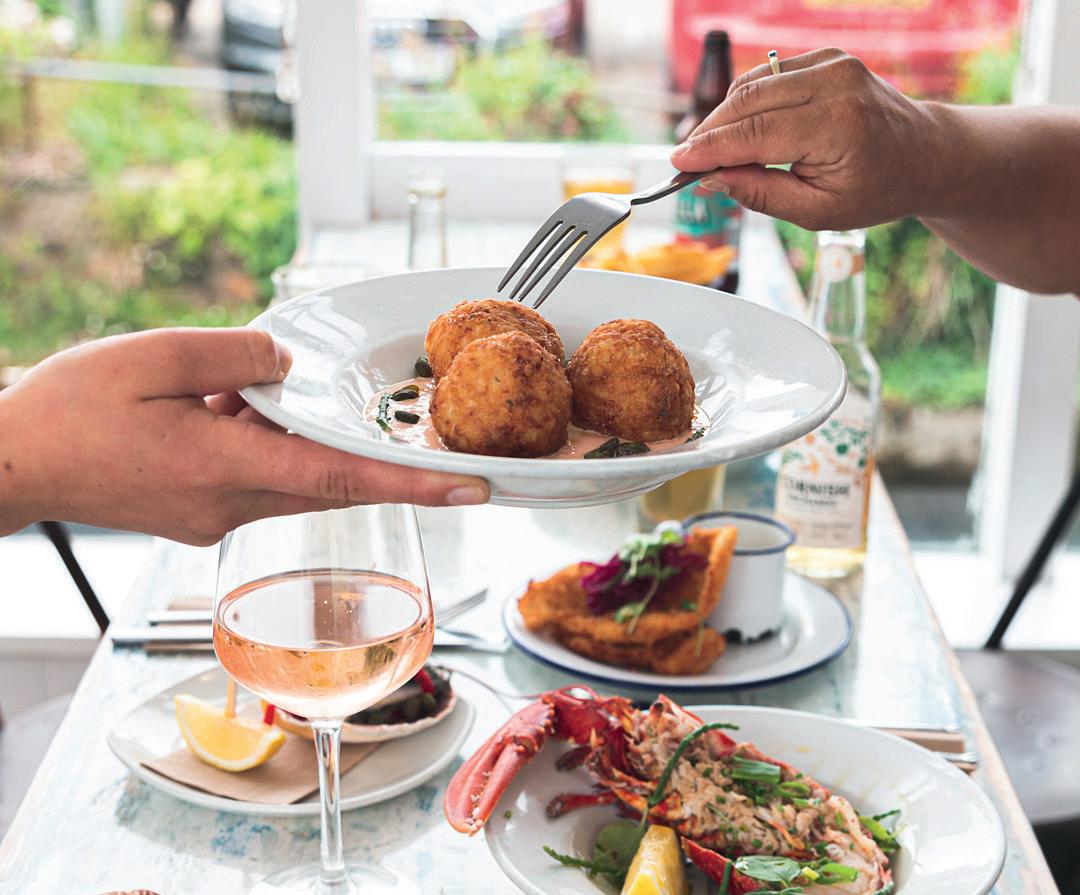

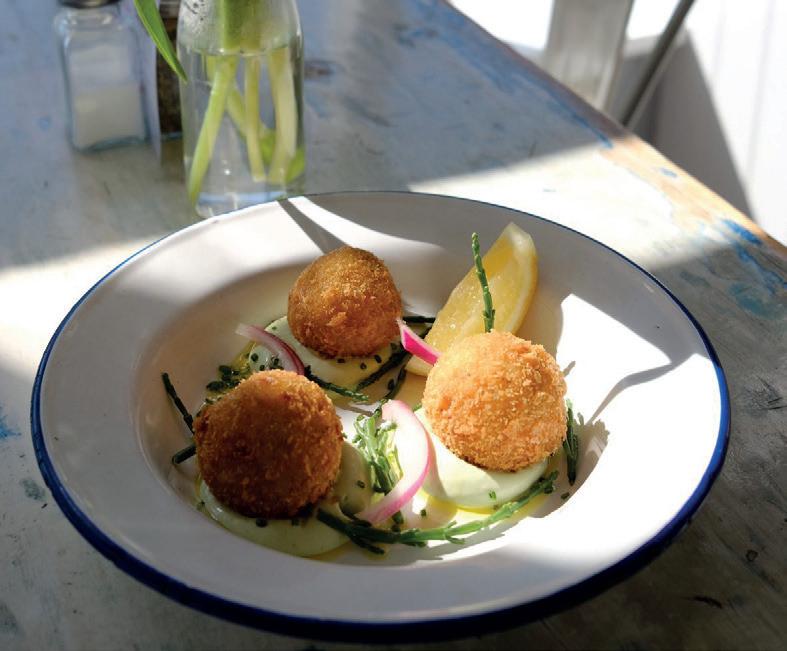
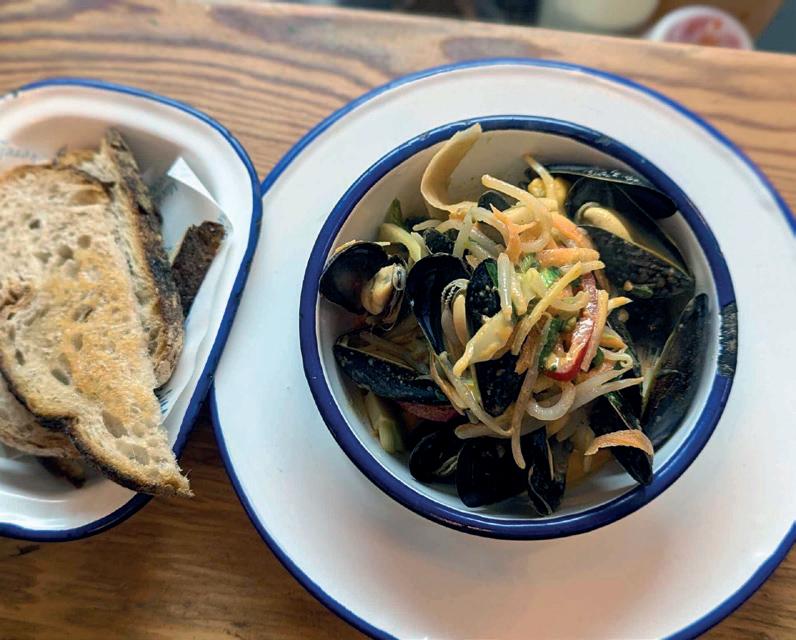
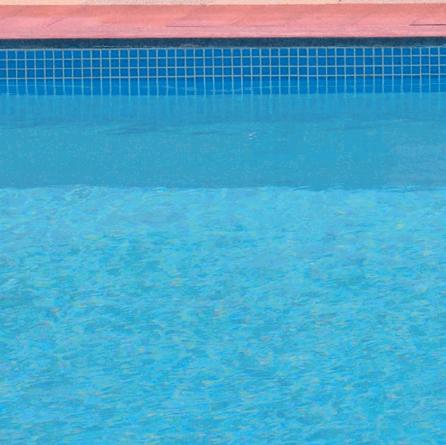



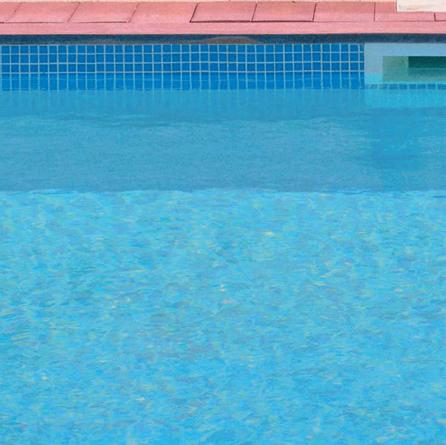


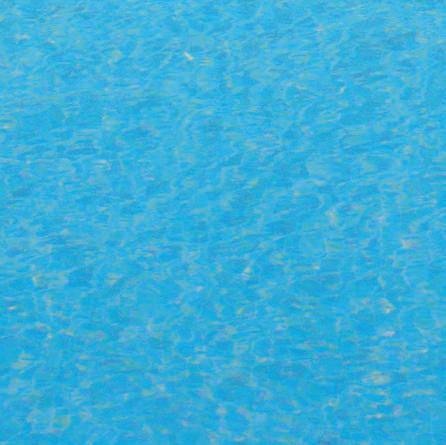
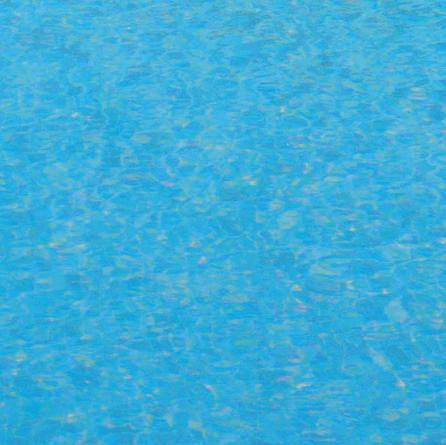






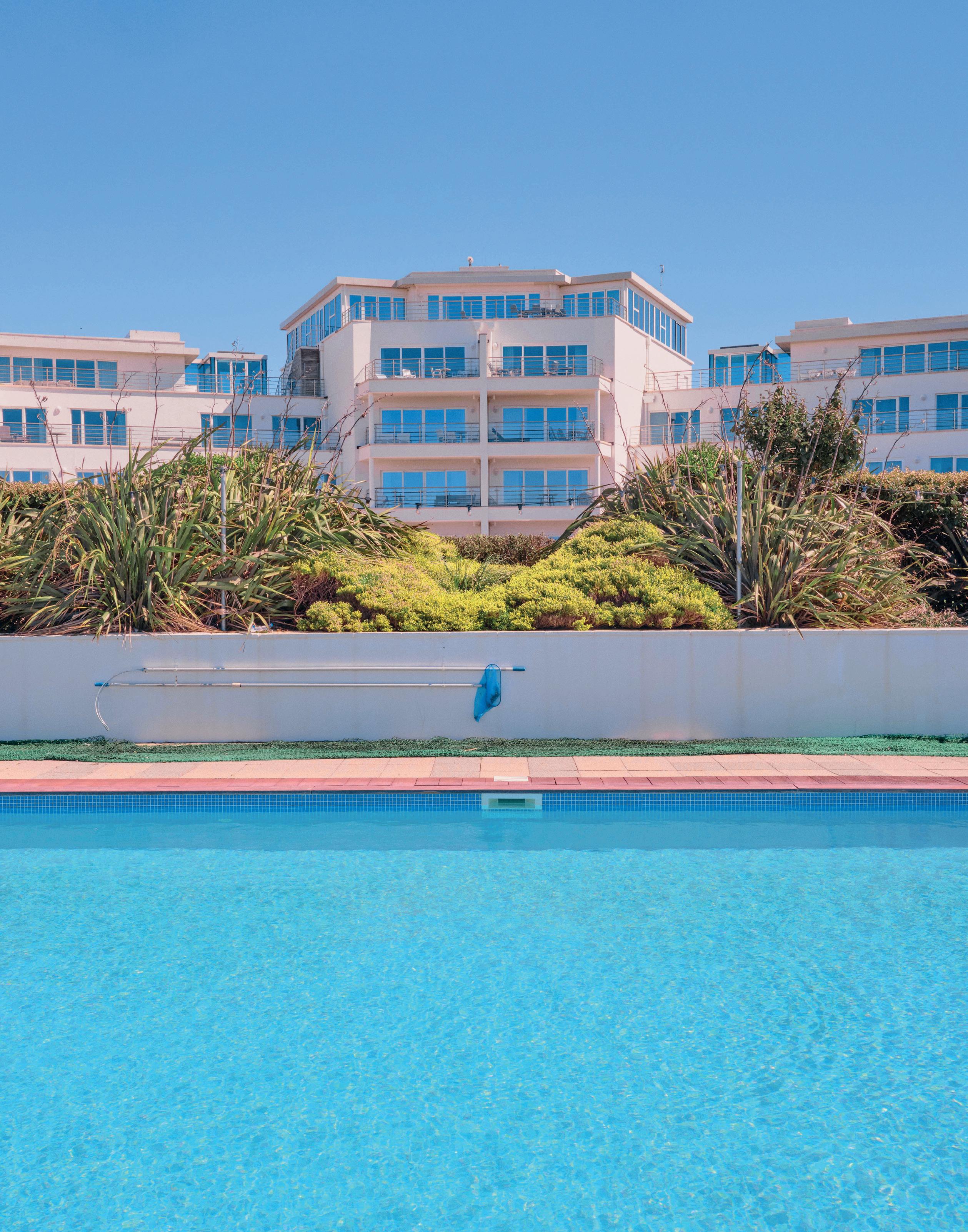
A stay at the St Moritz Hotel, reimagines what it means to escape.
It begins, as all great retreats do, with the sea. Beyond the hedgerows of North Cornwall, where the Atlantic rolls in with metronomic grace and the land falls away in soft cliffs and secret coves, the white silhouette of the St Moritz Hotel stands sentinel. But this is not some stifflipped seaside relic. Instead, St Moritz is a hybrid – a hotel, yes, but also with the benefit of coastal villas or apartments. Even the hotel rooms offer versatility with the option of interconnected room pods. Each pod comprises a suite, a king room, and a cosy room, which combine to create an apartment connected by a private hallway and are ideal for groups or families, offering a blend of bedroom privacy and communal spaces. The coastal villas, houses and sea view apartments are perfect if you prefer the amenities and ease of a hotel stay combined with a more independent escape – in short St Moritz offers the best of both worlds.
from the morning market and local fizz chilled just enough to catch the light from an Atlantic sunset. And still, it never feels performative. The villas feel effortless. Natural fibres, neutral palettes, raw textures – the aesthetics are as calming as the views. Nothing shouts, everything is considered.

What distinguishes these stays is not just the design, but the detail. Pre-arrival provisioning transforms the moment of arrival into one of immersion. Imagine finding you fridge quietly stocked with Camel Valley sparkling rosé, homemade chutneys from a local smallholding and sourdough still warm from a Rock bakery. Imagine hosting an impromptu dinner party on the terrace, orchestrated with the help of the hotel’s concierge: linens, flowers, a private chef and a three-course menu that began that morning on Padstow’s harbourside.
Floorplans are open, sightlines are clean, and the kitchens offer ritualised spaces where guests can gather around bowls of wild samphire, scallops
Food, naturally, forms the heart of the experience. The hotel’s Shorecrest Restaurant serves a rotating menu anchored in what local growers,
foragers and fishermen offer that week. On any given evening the delights of peppered hake with chicken butter sauce and oyster mushrooms or Cornish lamb and pressed potatoes with grilled courgette tempt taste buds, or feast on sharing platters and small plates for a more informal take. Whatever dishes you choose at The Shorecrest Restaurant, menus do not dictate to ingredients; they form around them. A dish begins not with an idea but with what is at its peak, what is being pulled from the ground, hauled from the water. Vegetables come from Restharrow Farm, just a stone’s throw from the hotel. Asparagus from St Enodoc, bass and mackerel from Bro Diplock’s boat off Rock, whole Cornish lamb from Kittows Butchers in Fowey. The raw materials are the story, and the chef’s job is to listen, to shape, to let the produce speak for itself. It’s the culinary equivalent of slow fashion: local, seasonally dictated and lovingly prepared.
or fresh garden salads grown just up the hill. Seaside classics – fish and chips are always a favourite and the ‘smash’ burger is perfect for hungry surfers.
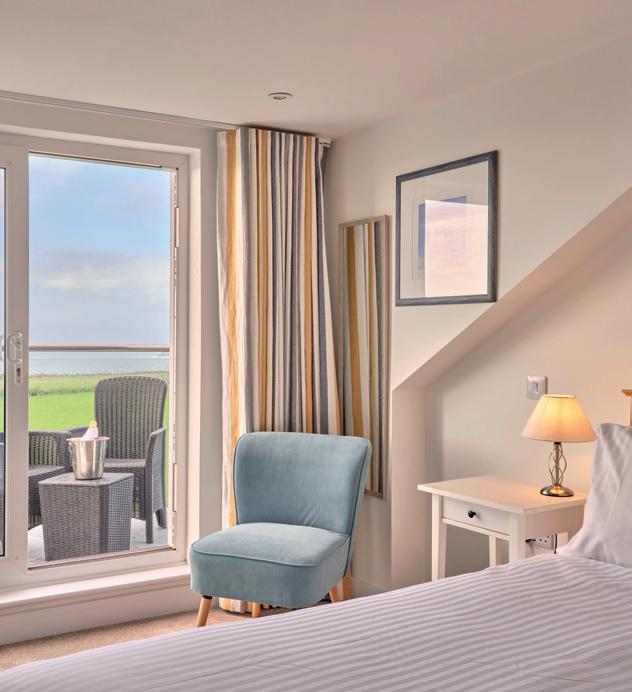
It’s not about providing more – the location, view, accommodation and food speak for themselves –it’s about making every detail matter more; a mantra we can all learn from. In place of overstructured schedules or themed menus, guests are encouraged to co-create their own experience. One night may feature a barefoot stroll on the beach followed by dinner at Shorecrest, the next a visit to one of the nearby restaurants, chauffeured in the hotel’s complementary electric minibus.
At the more casual Seaside Café guests wander up from the beach, sand-dusted and sundrunk, for steaming bowls of Cornish mussels
Yet, when you want a little glamour, it’s there. The main hotel, a gleaming white modernist structure with subtle Art Deco inflections, channels a Riviera nostalgia without the pretence. There’s an indoor and outdoor pool, tennis courts, and the famed Cowshed Spa – the only one in the UK outside Soho House properties which can be found in luxury locations across the
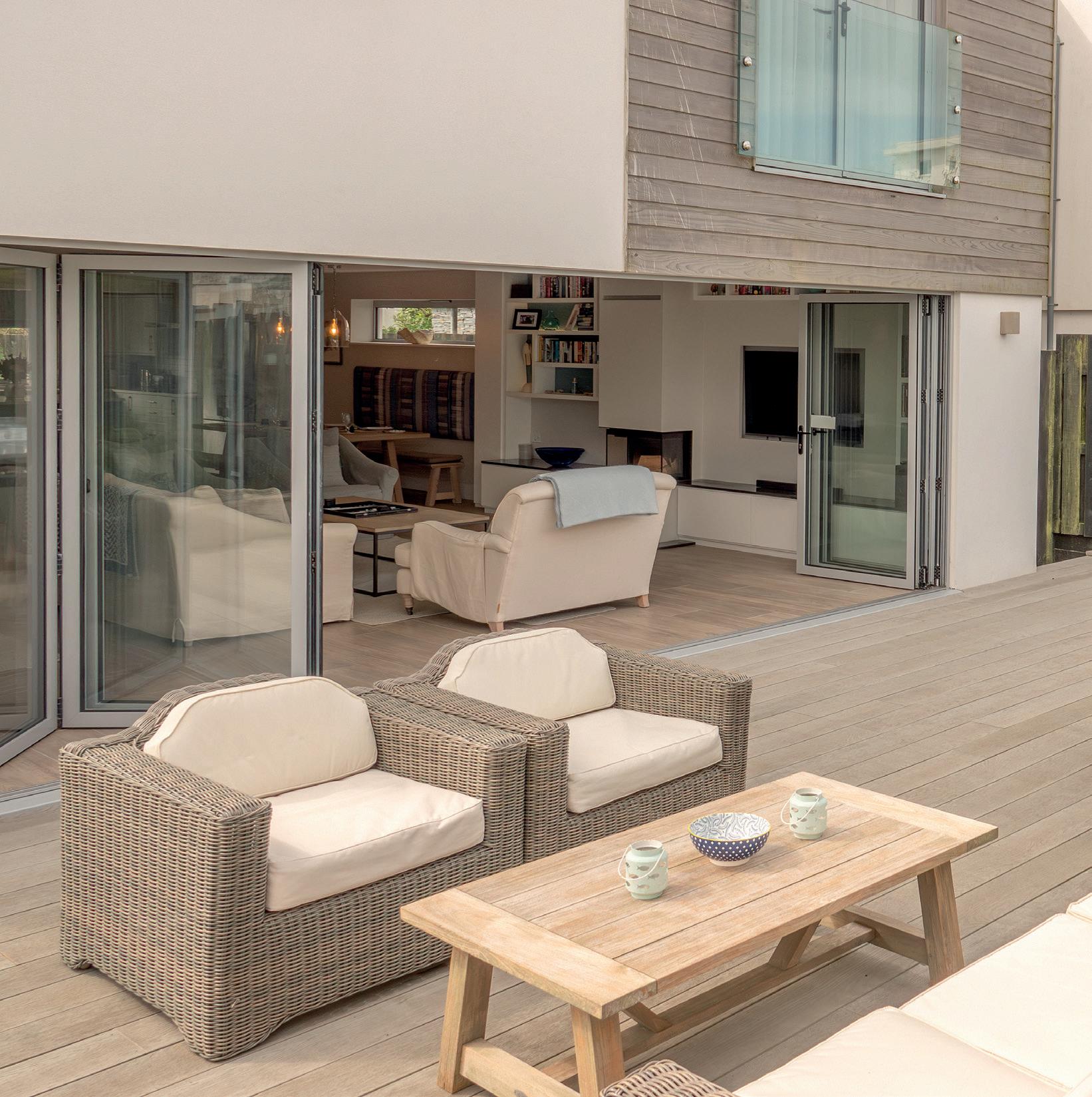

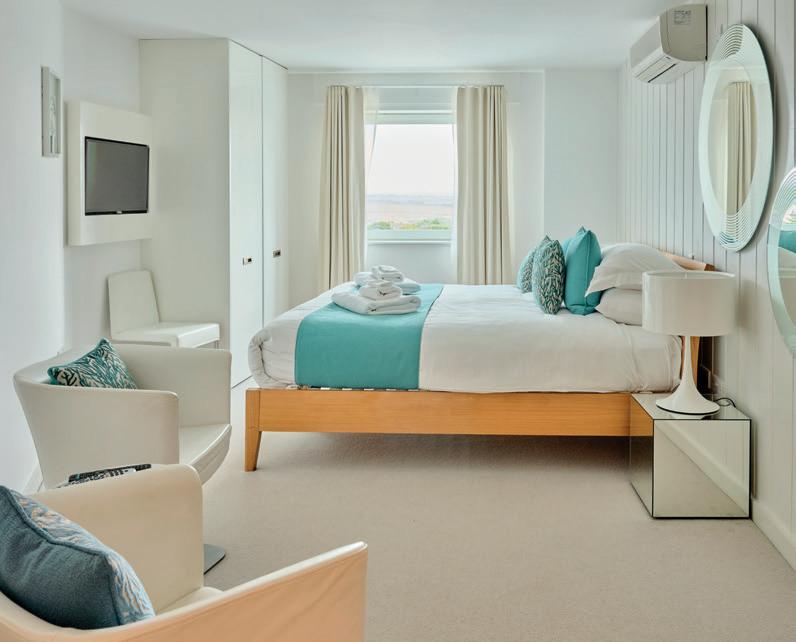
ABOVE Open-plan elegance
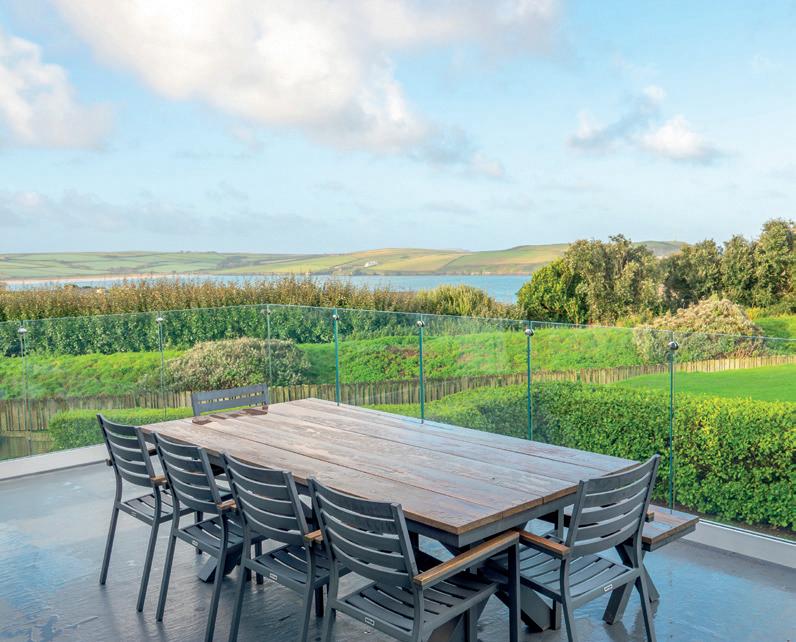
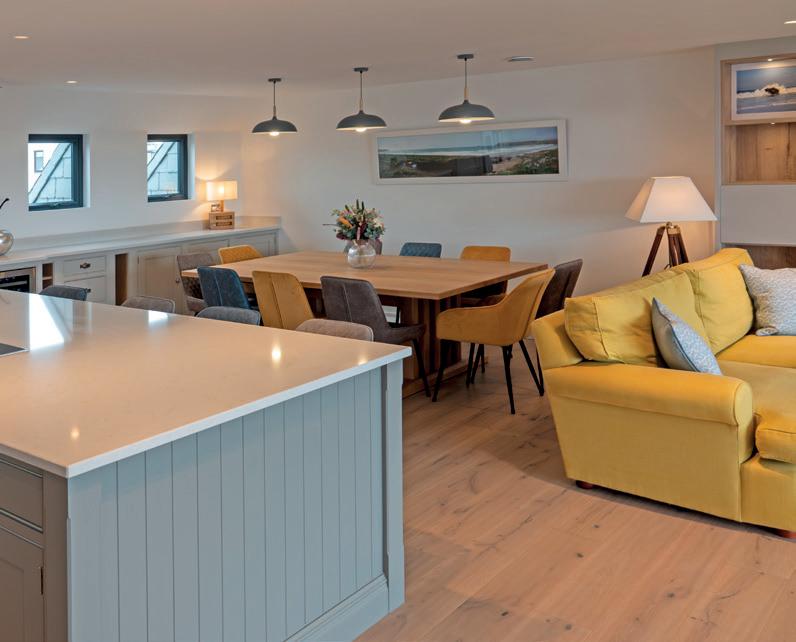
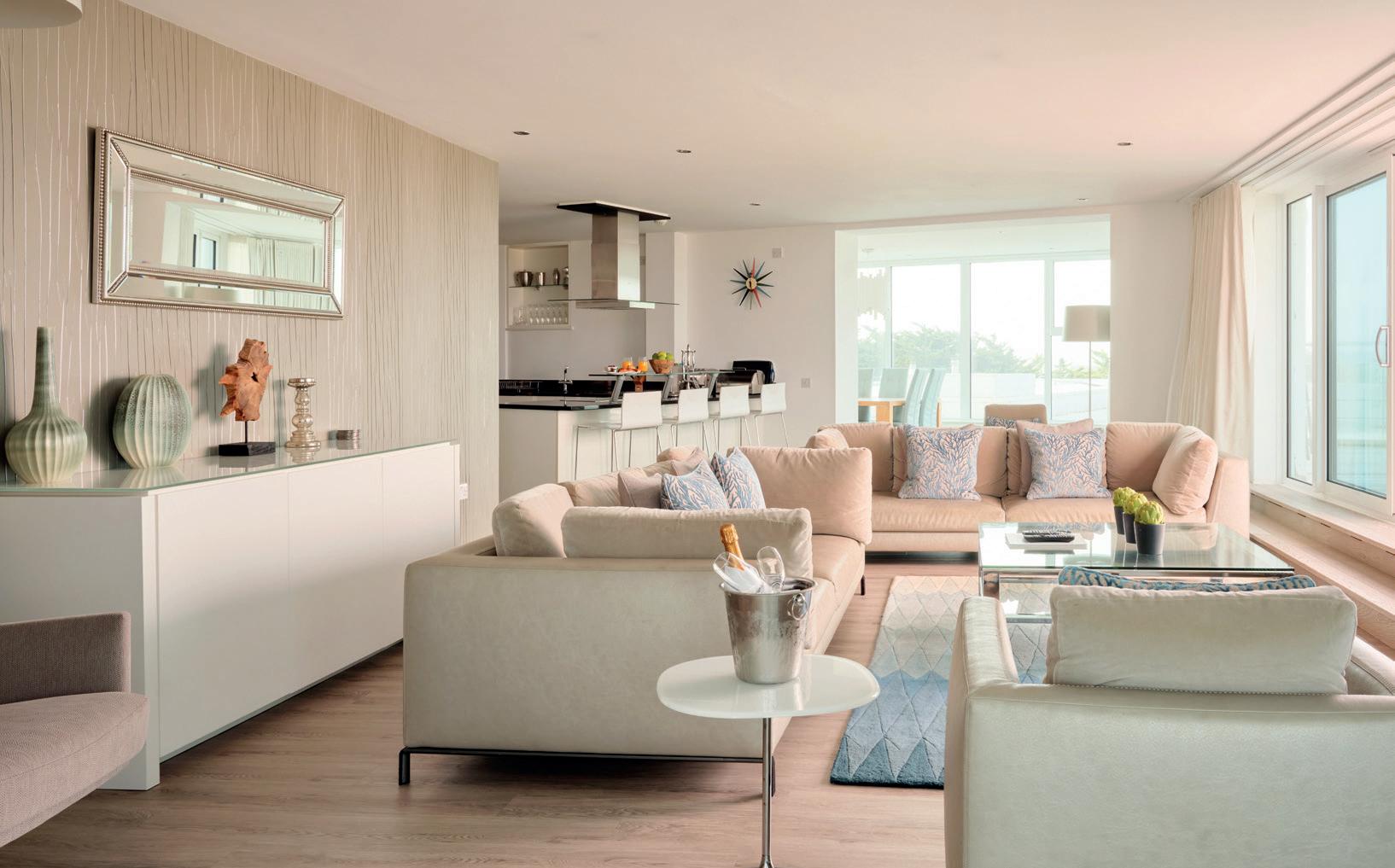


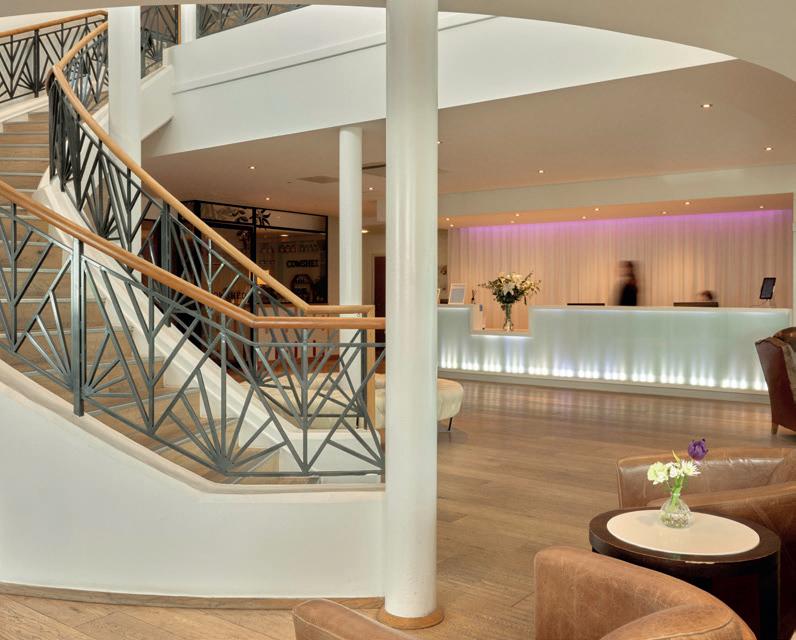

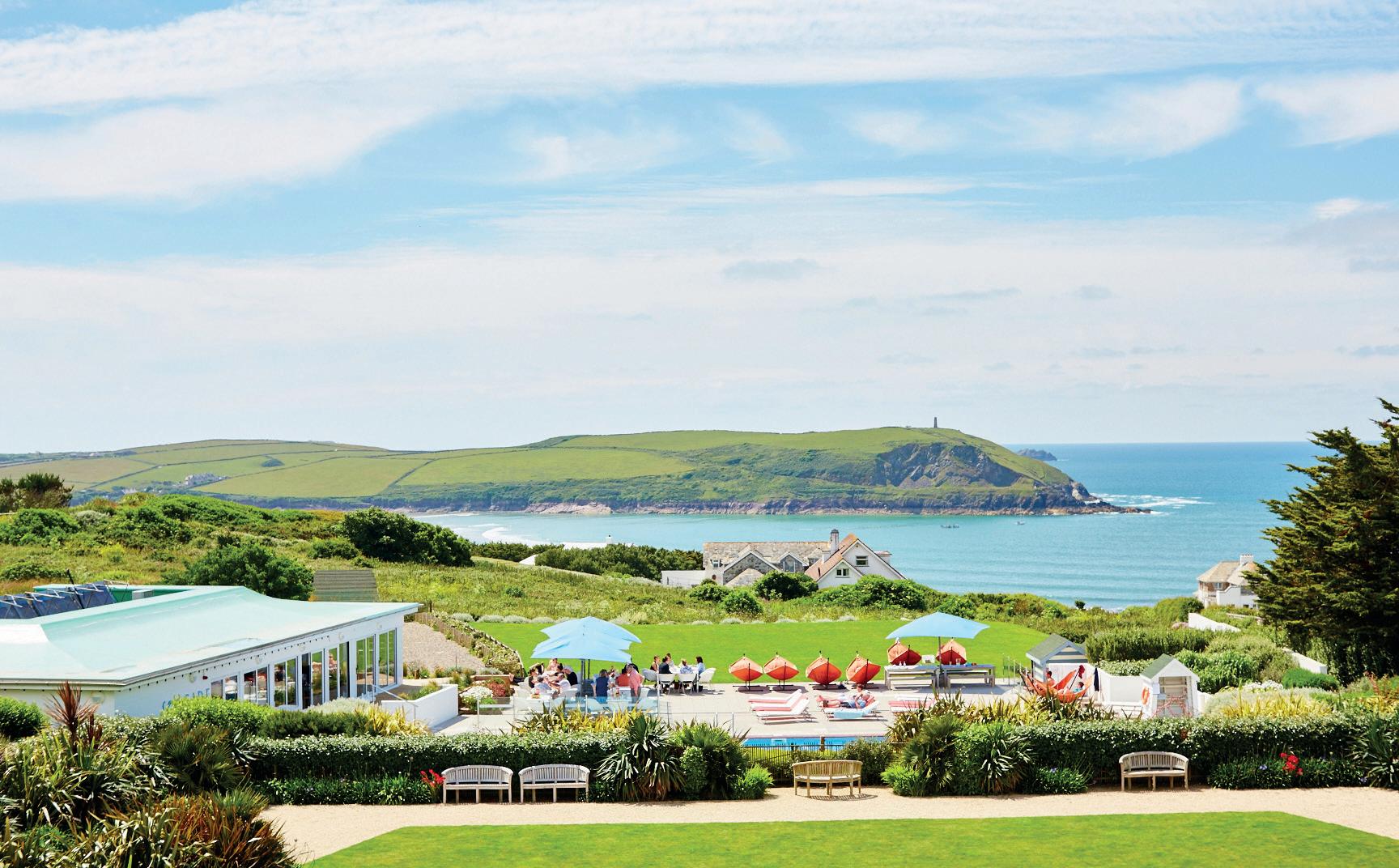
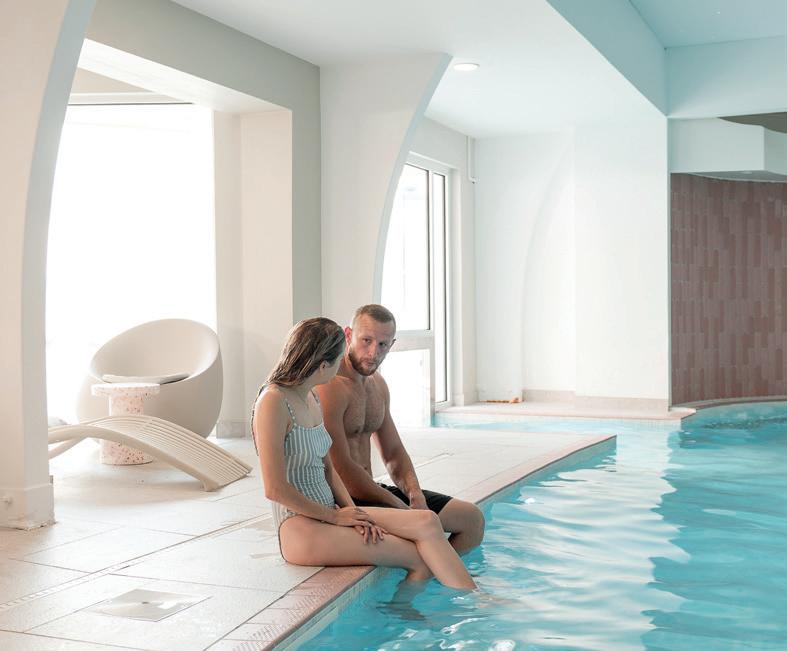
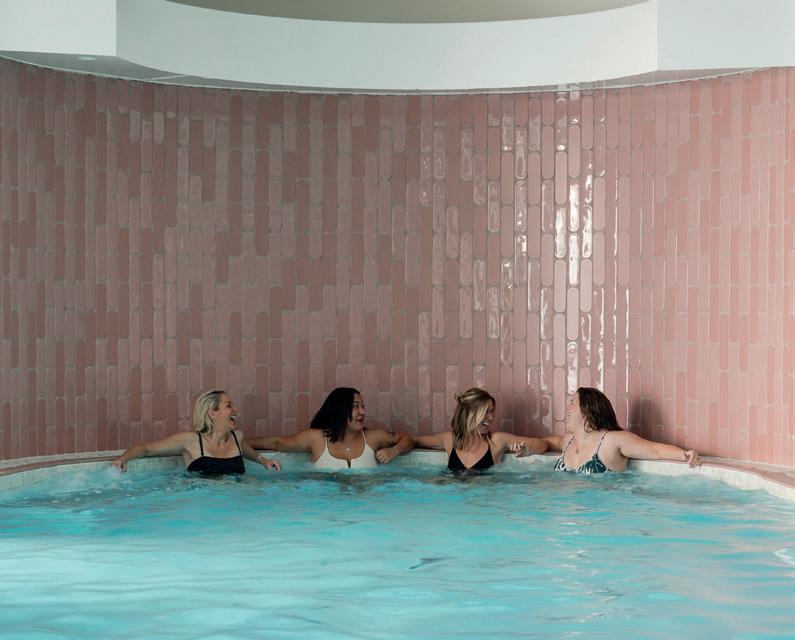
ABOVE A relaxation experience inspired by the coast
UK, Europe and the States. Adopting the original Cowshed philosophy developed at Babington House in Somerset, which was “to inject a little country calm into people’s busy lives,” treatmentled natural therapies are based on English country garden botanicals to nourish body and soul. There’s also a Wellness Area area as luxurious as the rest of the hotel, where attention to detail is obvious at every turn. But even here, you can step lightly. You might fancy a cocktail while dipping your toes in the pool, lulled to the sounds of a laid-back summer DJ set. If not, then that’s fine, as on your private patio you’ll find space, the scent of the sea and Cornish quietude.
And perhaps this is what makes St Moritz feel so particular. It doesn’t seek to dazzle in the ways luxury often does. Instead, it cultivates an elegance of choice. Guests don’t arrive for one version of Cornwall, but to write their own. A surf lesson in the morning; a boat to Rock for lunch. The hotel’s concierge service boasts well-versed hosts who can arrange everything from restaurant bookings to watersports. Local adventure partners include Wavehunters
and Camel Ski School from which you can choose surf, SUP, water ski or wakeboard adventures. A tour of a biodynamic vineyard one day, a quiet afternoon on the lawn with a book the next. It is, in the truest sense, a retreat – not from life, but toward a different pace of it.
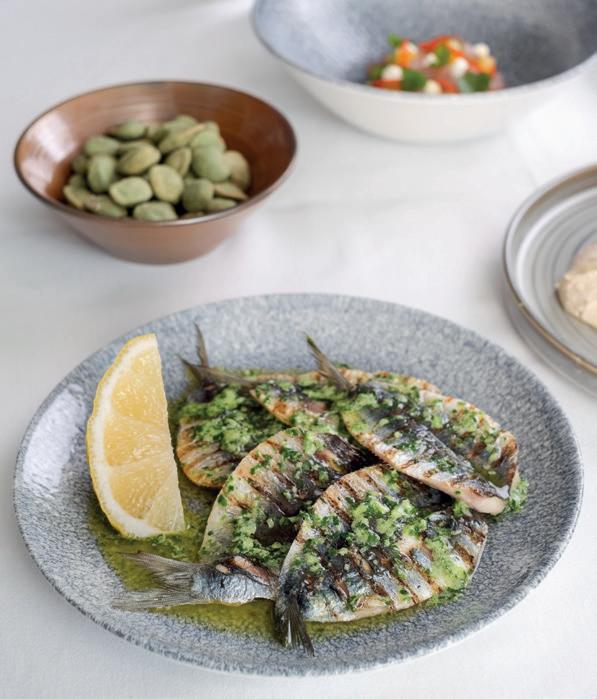
The hotel’s success lies in how it sidesteps the usual binaries of coastal accommodation. It’s not simply a hotel, nor a set of holiday lets. It’s a design-led sanctuary where freedom is expertly scaffolded by care. Self-catering here isn’t about self-sufficiency, it’s about self-expression. And that expression is quietly, profoundly local.
You come to St Moritz for the view. You stay for the silence, the suppers and the stillness that good design – and good service – can bring. But mostly, you stay because here, at the edge of the land and the start of something else entirely, you feel like your life has room to unfold.
stmoritzhotel.co.uk
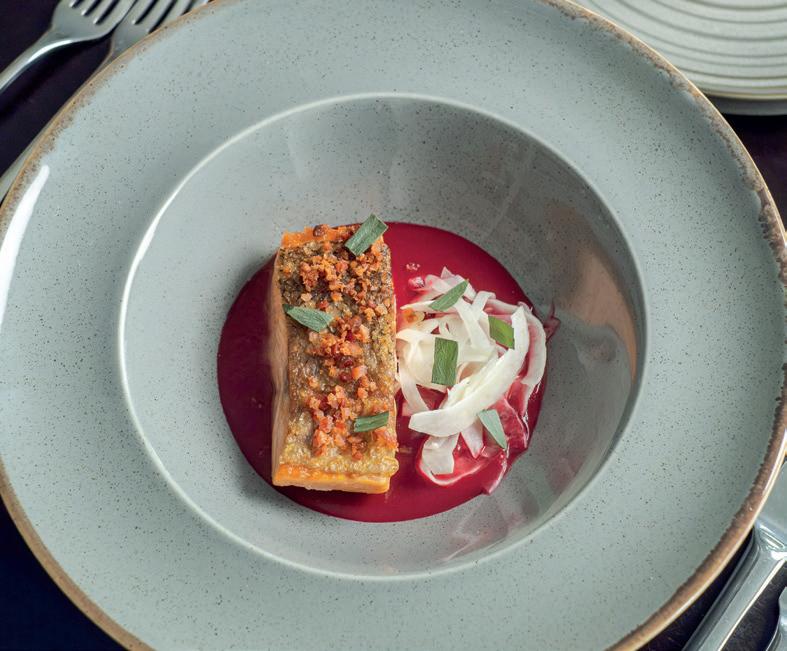


ABOVE A feast for the senses
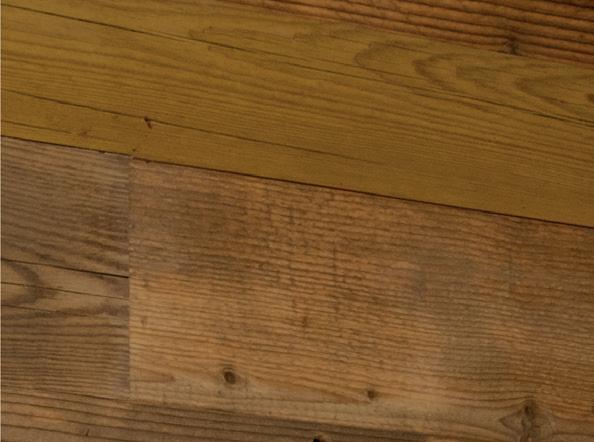
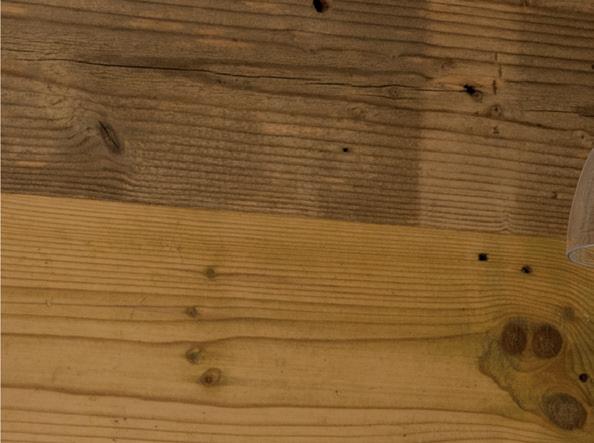
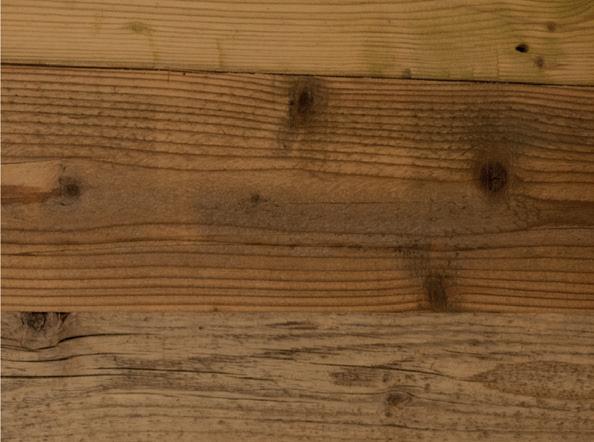
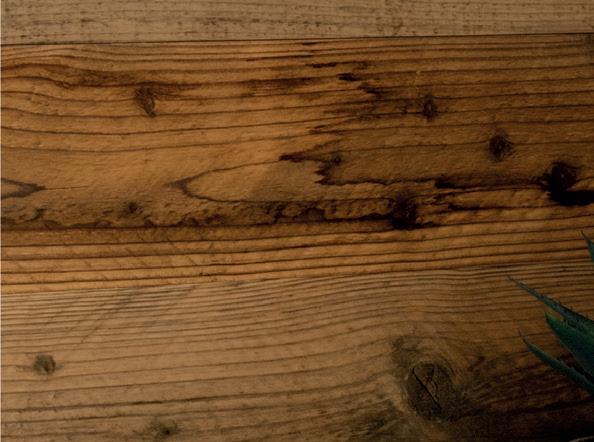

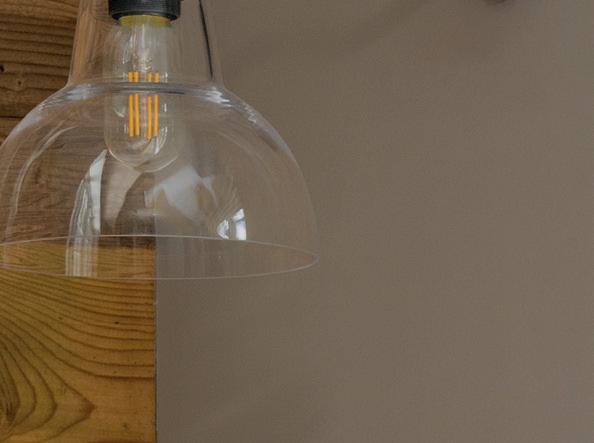
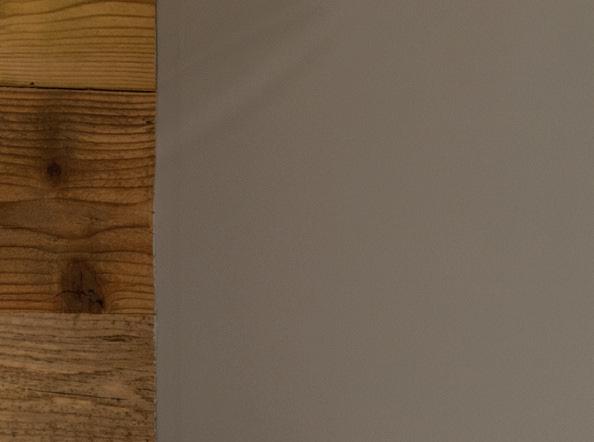

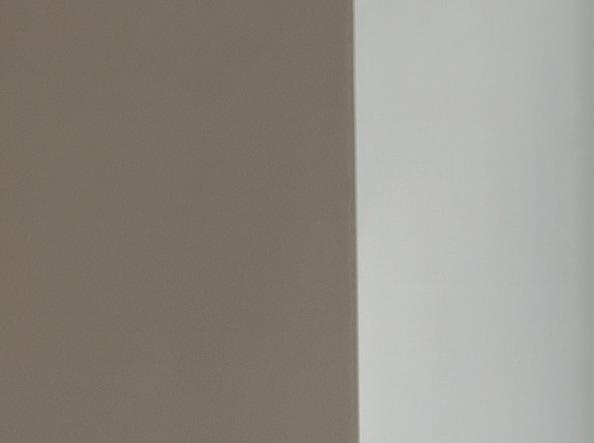
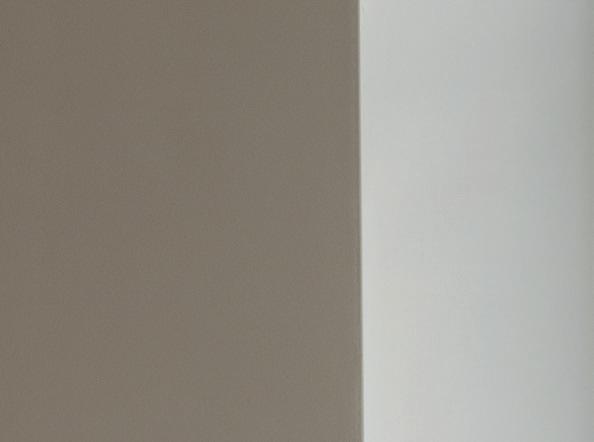

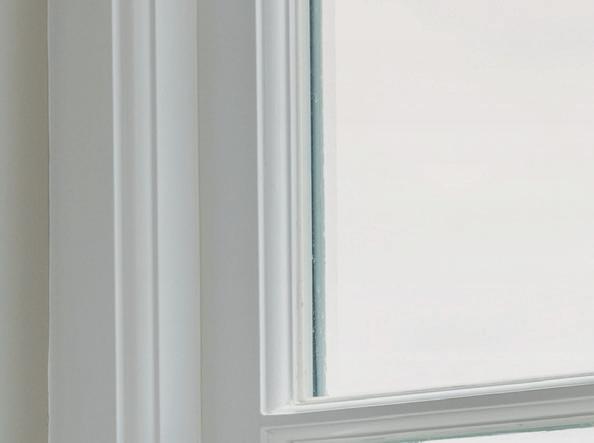
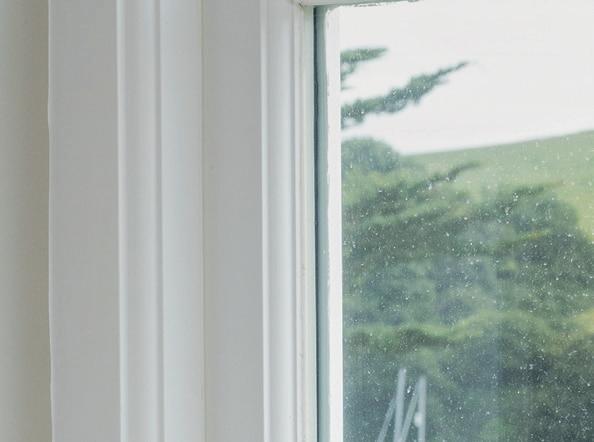
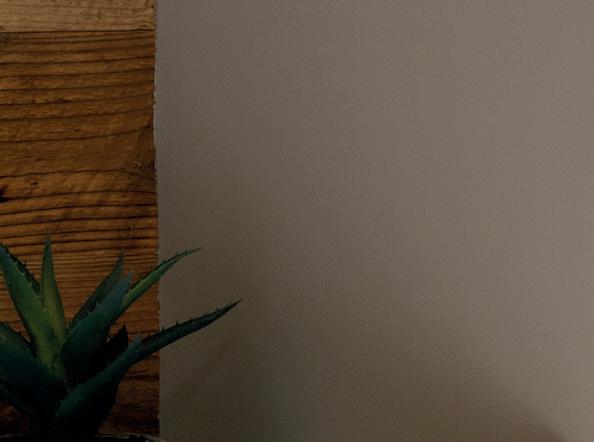
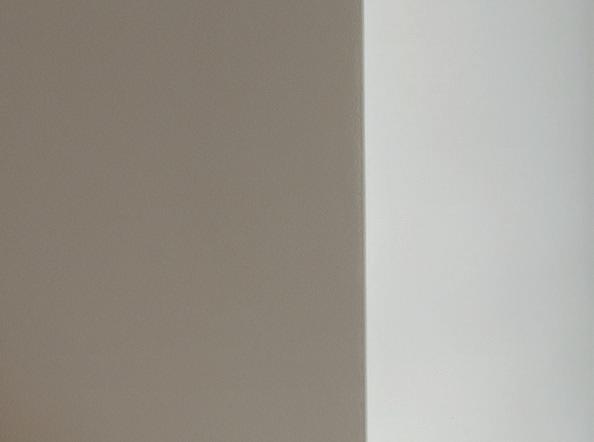
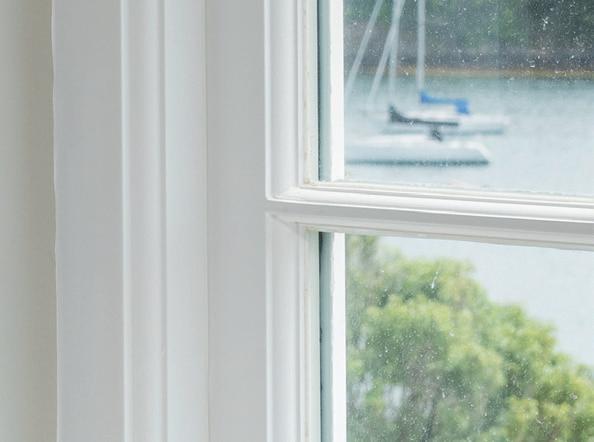
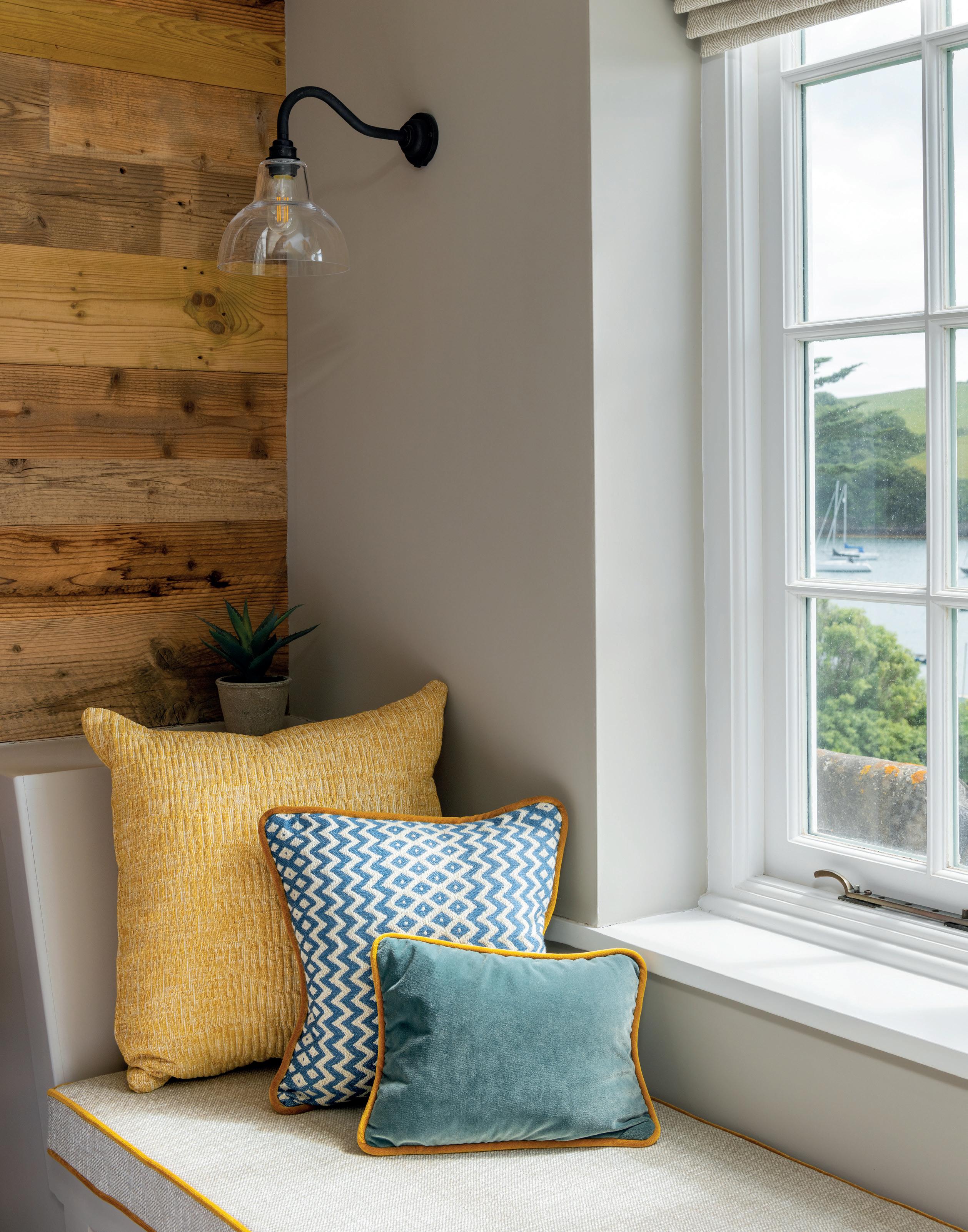
Cornish Interiors’ bespoke approach anchors two very different homes in personality and place.
Two of Cornish Interiors’ latest projects – Heron Creek in St Mawes and a contemporary newbuild in Rock – showcase a masterclass in nuanced design, balancing the poetic with the practical, the heritage-laced with the future-forward. Both are located on Cornwall’s storied coast, yet each tells a distinct tale of modern luxury through the lens of context, craftsmanship and character.
Heron Creek, a reverent reimagining of an Arts and Crafts home once commissioned by the Bird’s Custard family, is a lesson in subtle storytelling. Eschewing seaside clichés, the design team, led by founder Cathryn and senior designer Lynne, focused on texture and timelessness. Nautical charts, blown-back tree illustrations by North Cornwall artist Nicole Heidaripour and a metal wall sculpture harmonise with hand-finished local joinery and velvet-upholstered classics. The house retains its historic soul while nodding to its waterside setting, without being obviously ‘coastal’.
to completion. South West-based artisans shaped much of the interior from the soft furnishings crafted in Devon, to the bespoke joinery and bathrooms. Even the artworks and lighting were regionally sourced, rooting the home in its Cornish context while elevating it beyond the familiar.
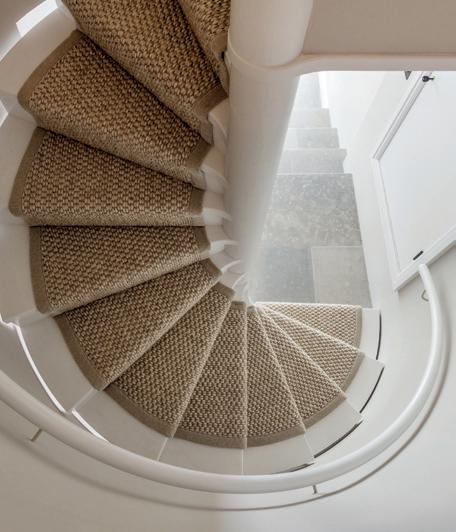
The team’s collaborative approach – three designers, a tight-knit office, and a network of local craftspeople – ensured a human touch from concept
In contrast, the Rock project, built by a developer and brought to life by Cornish Interiors, plays in a more contemporary register. Originally very much a blank canvas, it was transformed into a warm, textural haven for a young family. Free from architectural legacy, it became a clean slate for experimentation. The team added character and focal points by installing a fireplace, curated bespoke shelving and sourced statement pieces.
Both homes exemplify Cornish Interiors’ design ethos: user-led, place-sensitive and detail-obsessed. Whether breathing new life into storied walls or conjuring warmth from scratch, their work resonates deeply, anchoring aesthetics in authenticity. For Cornwall’s evolving design language, this studio is writing the next chapter.
cornishinteriors.co.uk
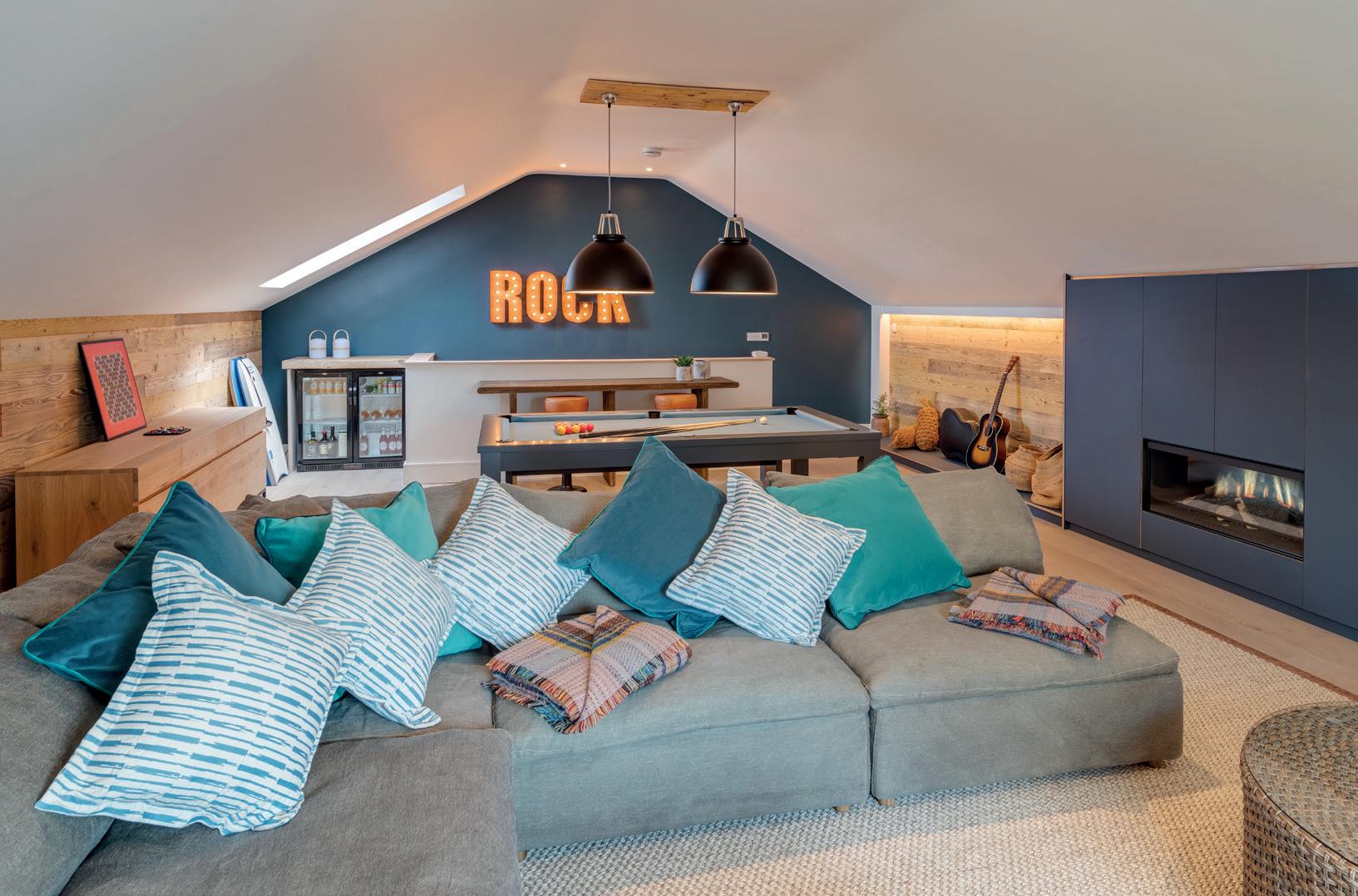
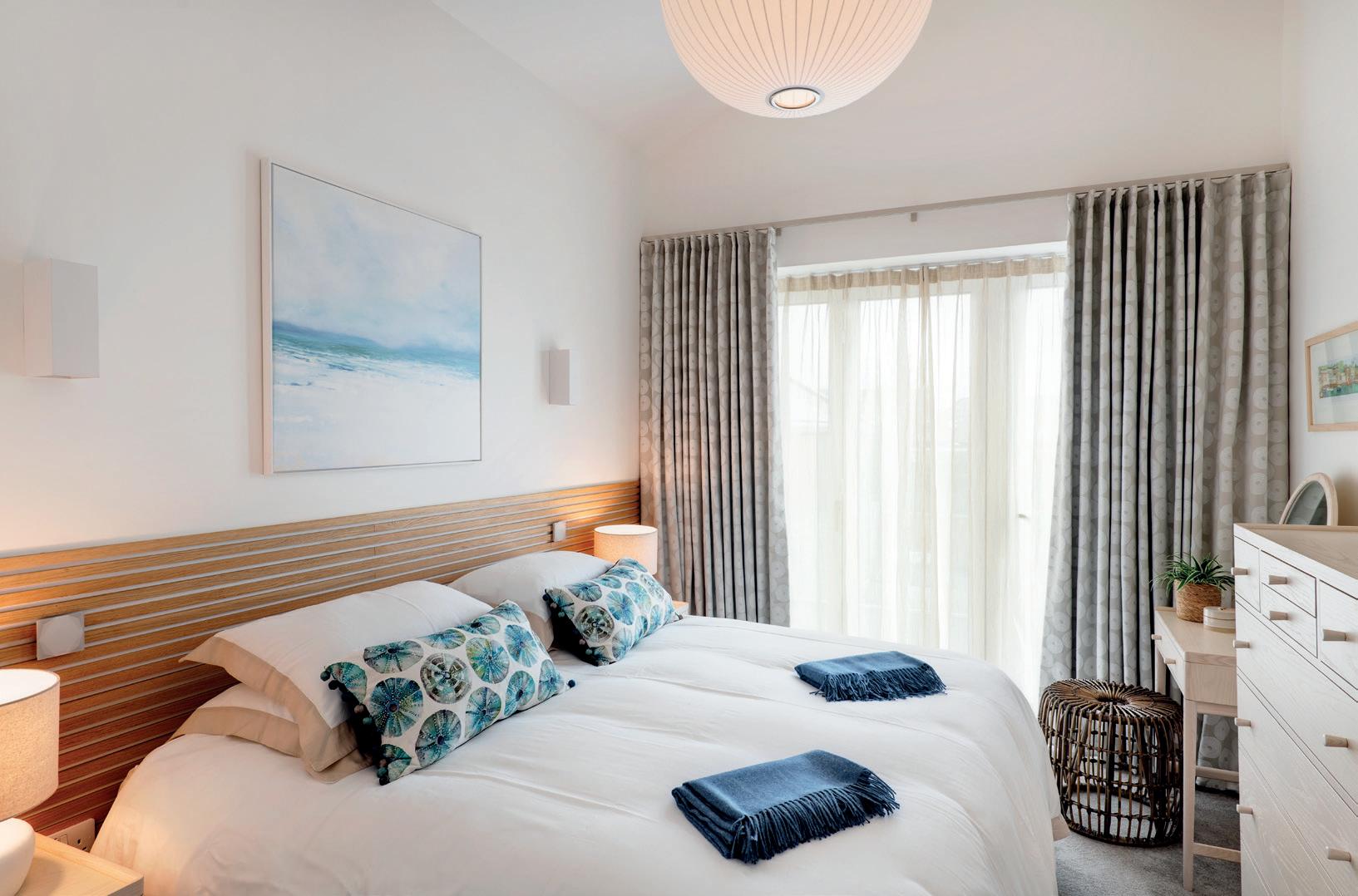

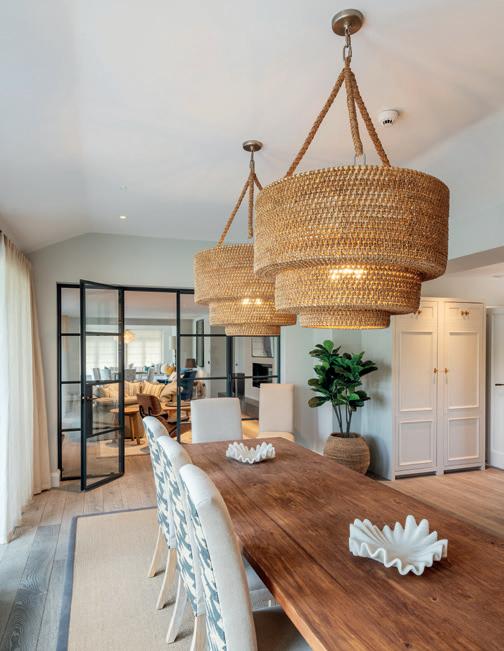

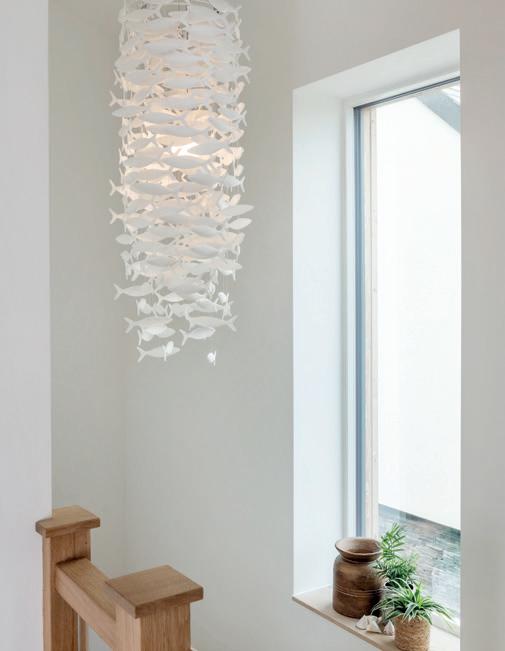
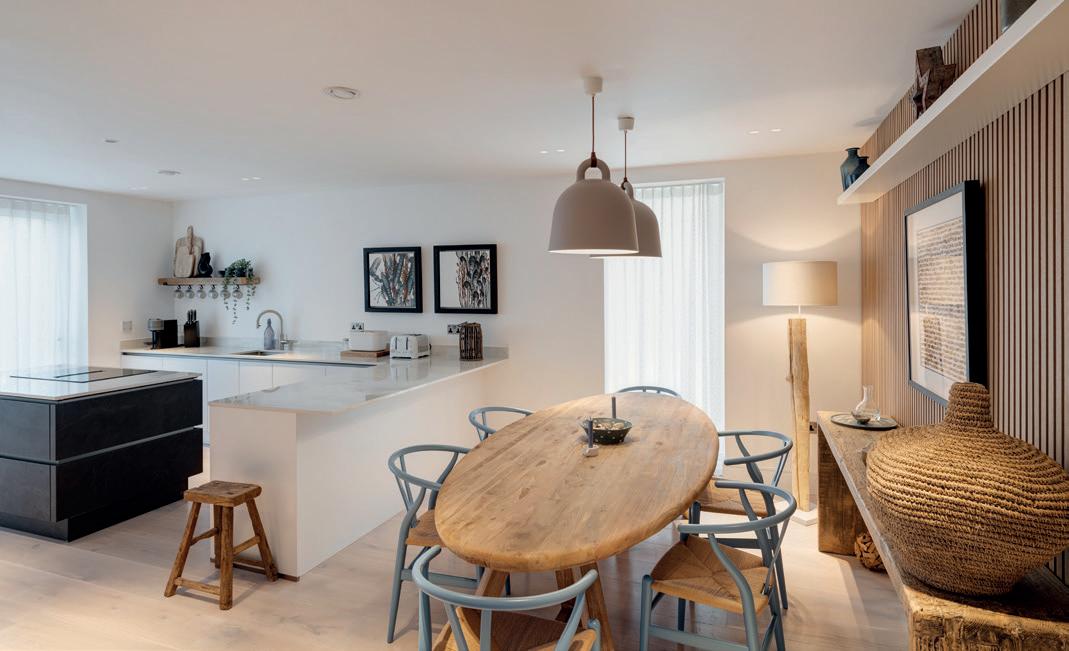
WORDS BY JAMIE CROCKER
A Cornish tile studio captures European traditions through local hands and eyes.
Relocating your family can be fraught with angst. Relocating your business takes things to a whole different level. This is what Decorum Tiles did. Originally established in Oxfordshire, the company relocated to North Cornwall six years ago, trading scale for soul. What began as a tile distribution company evolved into a creative studio rooted in the artistic possibilities of ceramics. It is in Wadebridge that Decorum Tiles found its rhythm.
The move was more than geographical. Cornwall, with its changing skies, tidal light and elemental beauty, has become a constant source of inspiration. “There’s a sense of space here,” says Jess, who returned from Australia to help lead the family business. “The environment is powerful but quiet – it asks something of you creatively.”
At the heart of Decorum’s process is a deep respect for tradition. The studio works with select suppliers in Spain and Italy, places where small factories continue to use slower, older methods such as double-firing. These base tiles arrive as blank canvases, ready to be reimagined in Cornwall. From there, everything is done by hand. In a purpose-built studio filled with natural light, a close-knit team of artists applies each design individually, using techniques that take months,
sometimes years, to master. The studio’s output is both wide-ranging and precise. Some clients commission statement murals for restaurants, others request gentle, repeating motifs that reference seaweed, sand, and the lines of the tide. Collections such as Harbour and Seaweed speak clearly of place, echoes of the coast captured in glazes of pink, blue and moss green.
The creative team is central to every success. Each artist brings a distinct skill: fine brushwork, colour sensitivity, mural composition. What unites them is a shared fluency in ceramic language and the patience required for work that cannot be rushed. “It’s not just decorative,” Jess explains. “There’s thought behind every line. Each tile goes through multiple firings, each one setting a layer of detail.”
This is certainly not a business built on volume. Instead, the focus is on creating something unrepeatable, tiles that carry the mark of the individual, infused with the influence of the Cornish land and the sea that holds it. From the materials to the method, Decorum is a celebration of European heritage, of human creativity and of a landscape that continues to inspire.
decorumtiles.co.uk
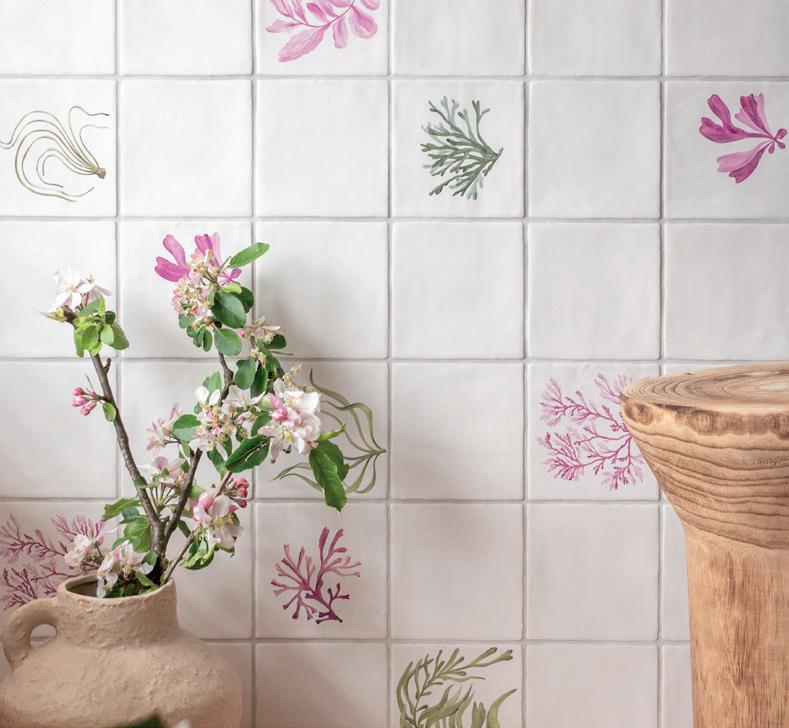
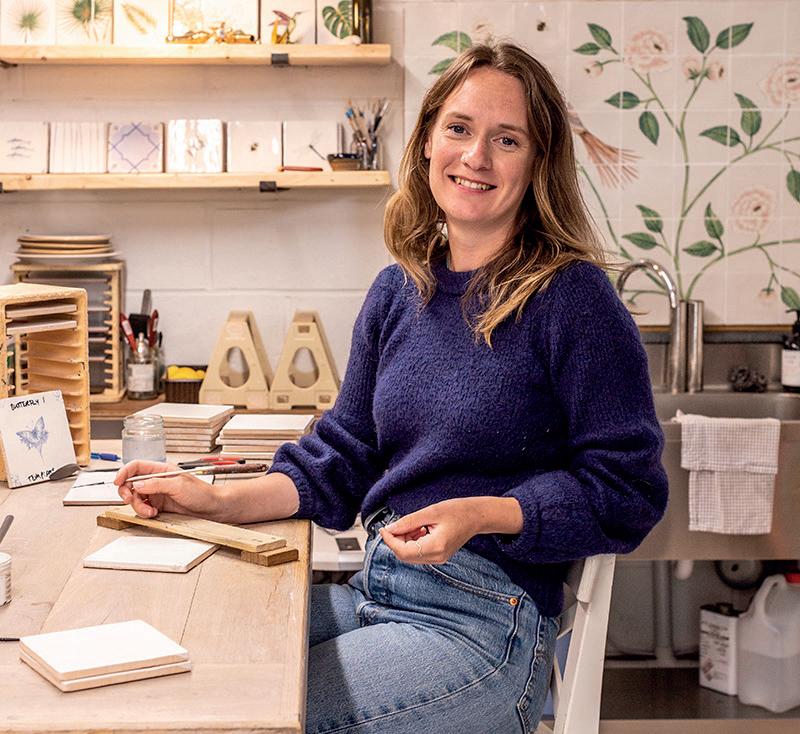

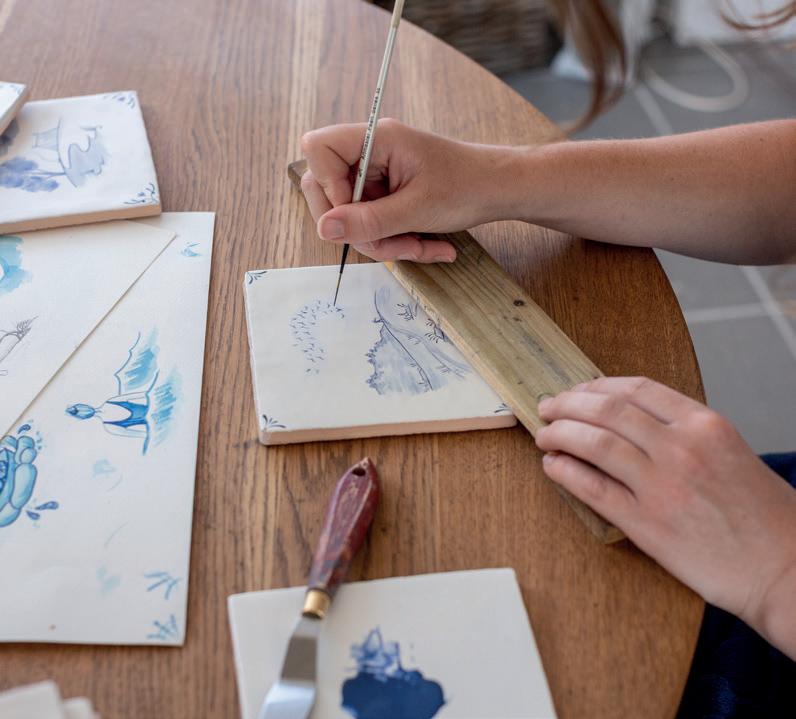
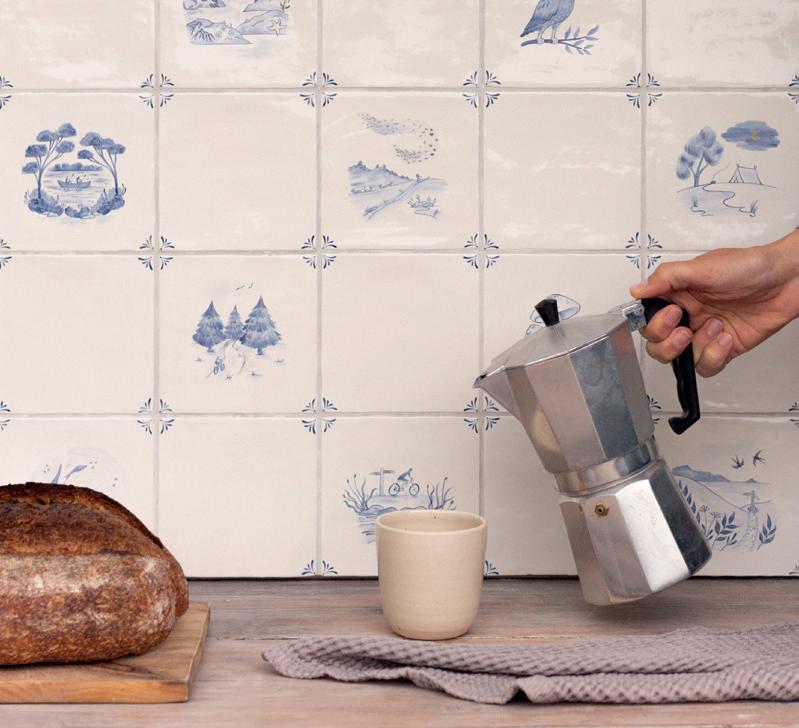
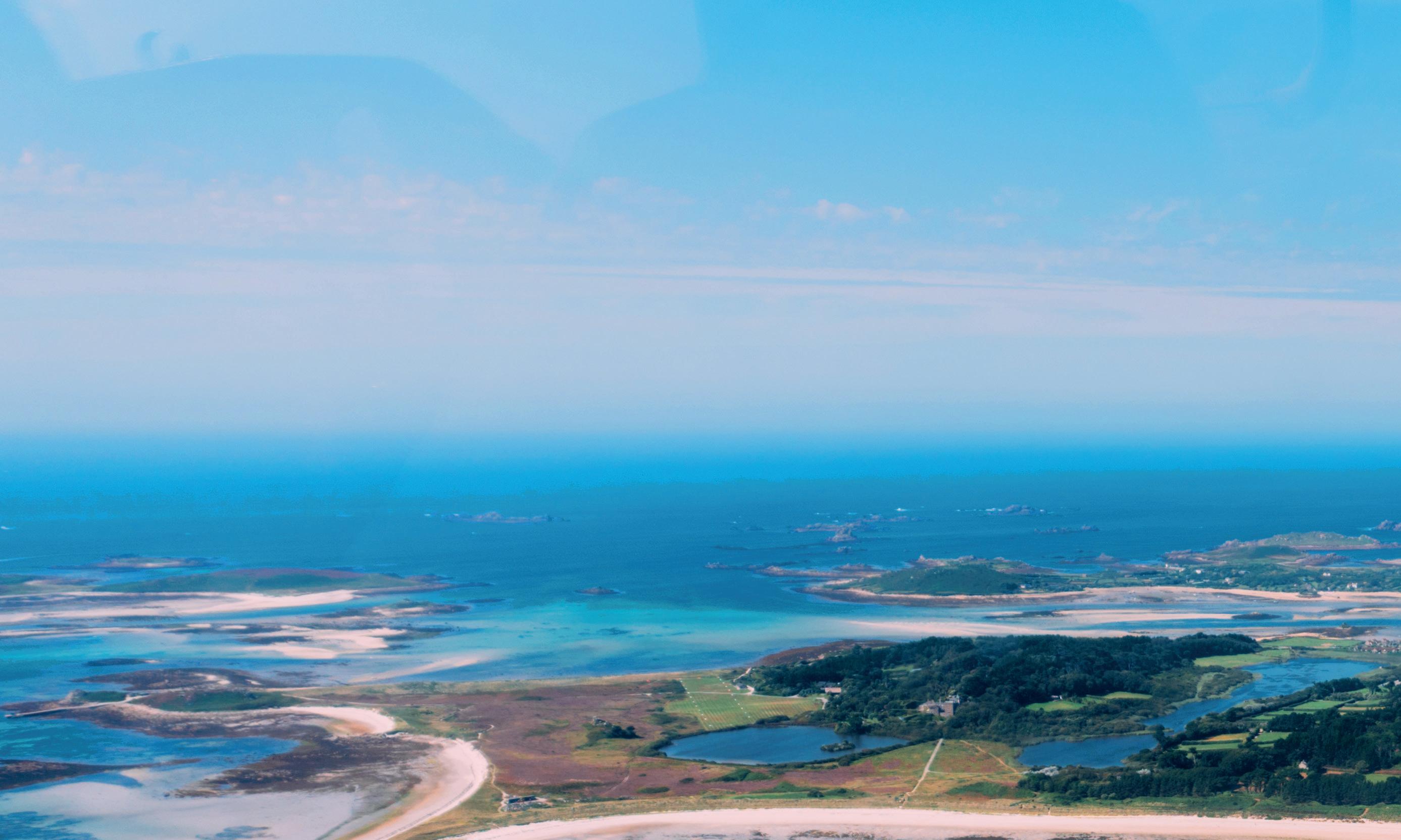

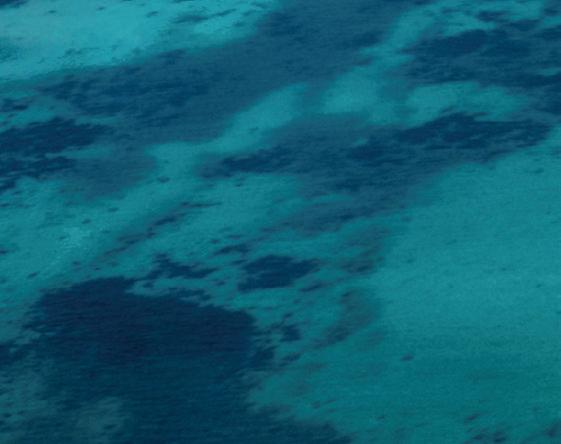
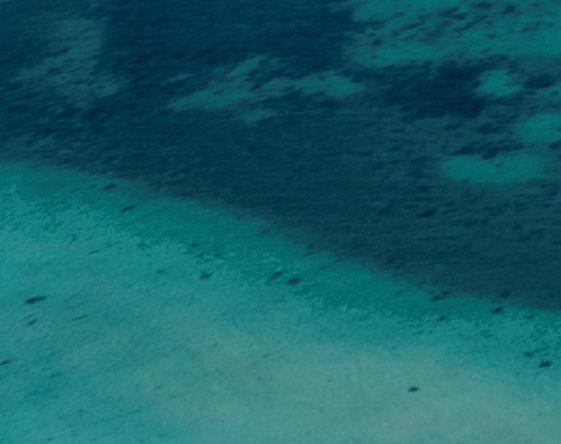

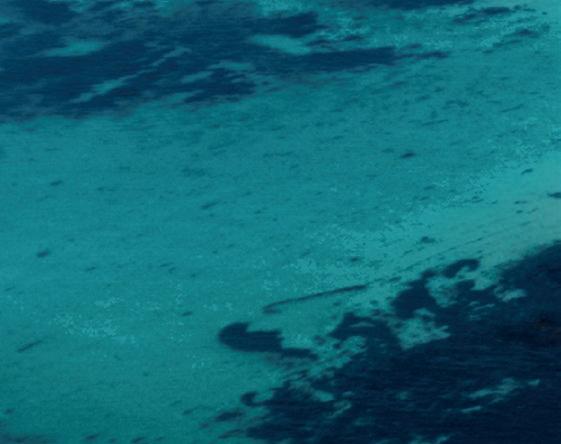

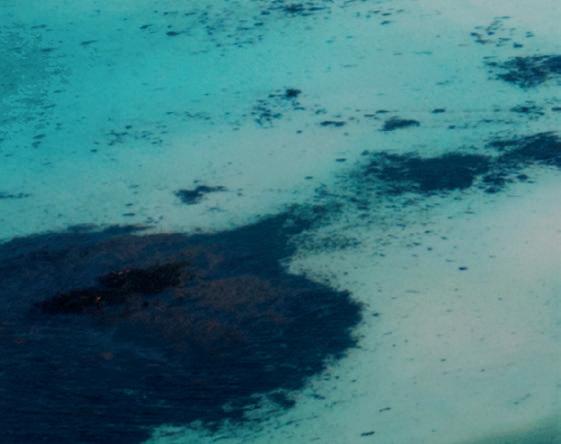


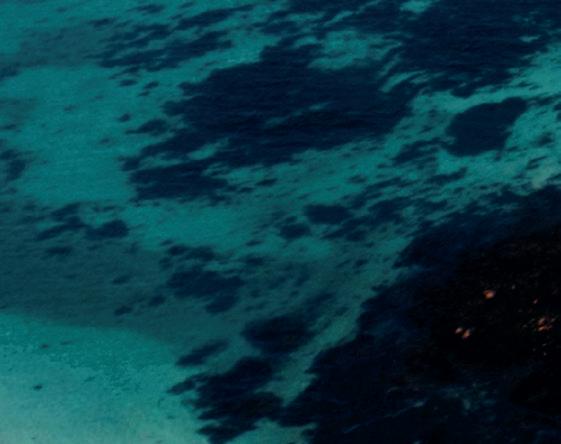
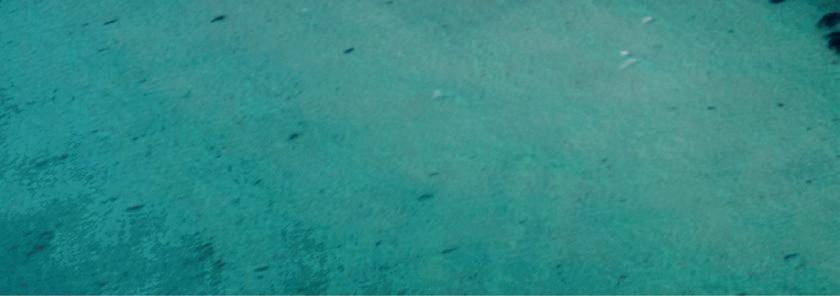
WORDS BY HANNAH TAPPING
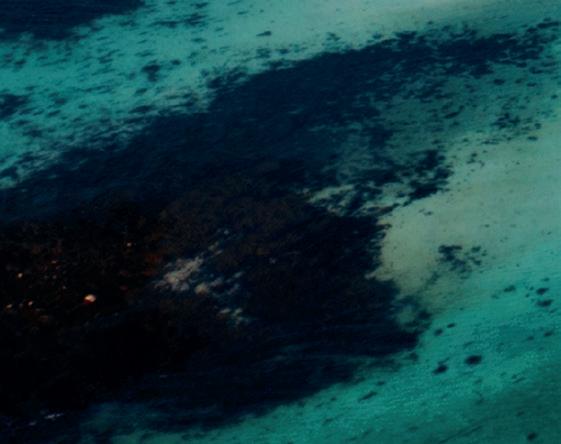

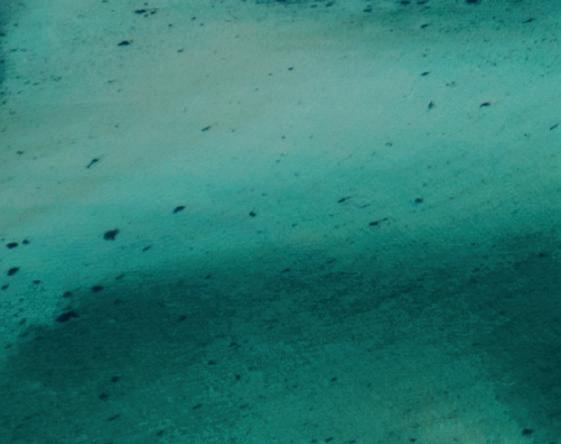
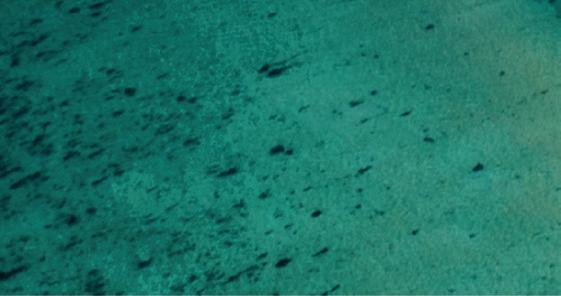

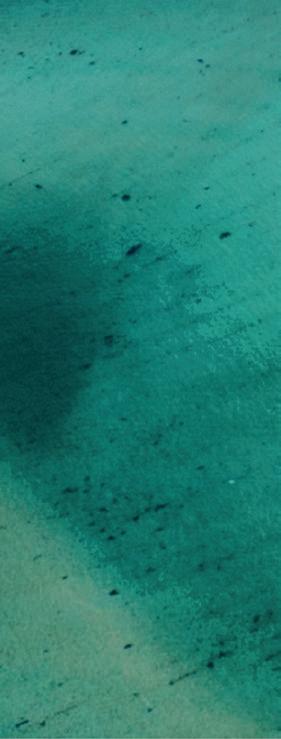
Easy to reach but impossible to forget, the Isles of Scilly are a world away from everyday life.
These spectacularly beautiful islands, nestled just 28 miles off the coast of Cornwall, are surely the jewel in the UK’s crown. Wild and unspoilt, each of the five inhabited islands that make up the archipelago has its own touch of magic.
Once on the islands, fondly known as simply ‘Scilly’ by locals, you can really get away from it all. Think secluded beaches, captivating scenery and wonderful wildlife. If you’re looking to escape the hustle and bustle of London, the Isles of Scilly are close enough to visit for a long weekend, with seamless connections from the capital.
islands. During this captivating journey, you can immerse yourself in the beauty of the surroundings from the comfort of reclining seats and pick up refreshments in the on-board cafe.

Whether you prefer the convenience of air travel or the scenic rail and ferry journey, there are several options to choose from. For those seeking an affordable and leisurely journey to the Isles of Scilly, the passenger ferry Scillonian III is an ideal option. Departing from Penzance in Cornwall it takes approximately 2 hours and 45 minutes to reach St Mary’s and boasts awe-inspiring views along Cornwall’s iconic coastline as you sail to the
One of the easiest and quickest ways to reach the Isles of Scilly is by plane and Skybus offers a convenient and efficient air travel option for visitors. With multiple daily flights departing from airports in Newquay, Exeter and Land’s End, travellers can easily reach the island of St Mary’s to begin their adventure, with short flight durations ranging from just 20 minutes from Land’s End to one hour from Exeter. In addition, with Exeter being just two hours from London Paddington with Great Western Railway, you can enjoy a car-free escape with plenty of time to explore the Isles of Scilly, even if you only have a weekend to spare.
If you’d prefer to travel completely by air, simply fly from London Gatwick, Southend or Stansted into Cornwall Airport Newquay and then hop on a 30-minute connecting Skybus to the islands.
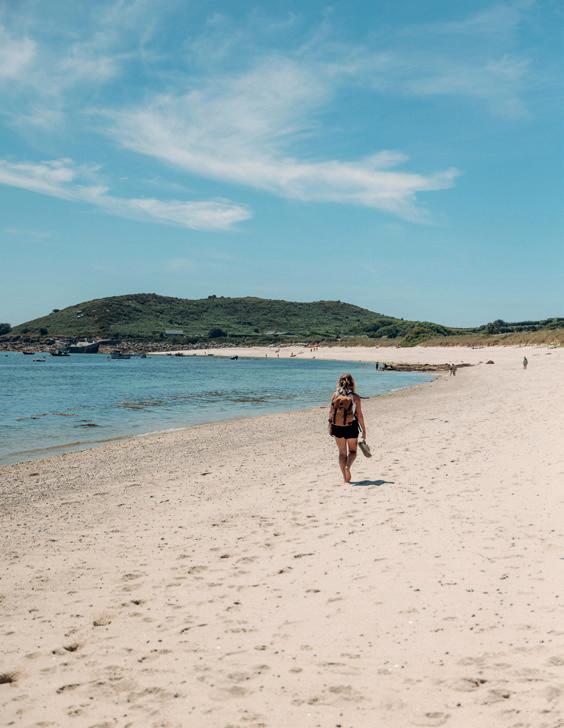
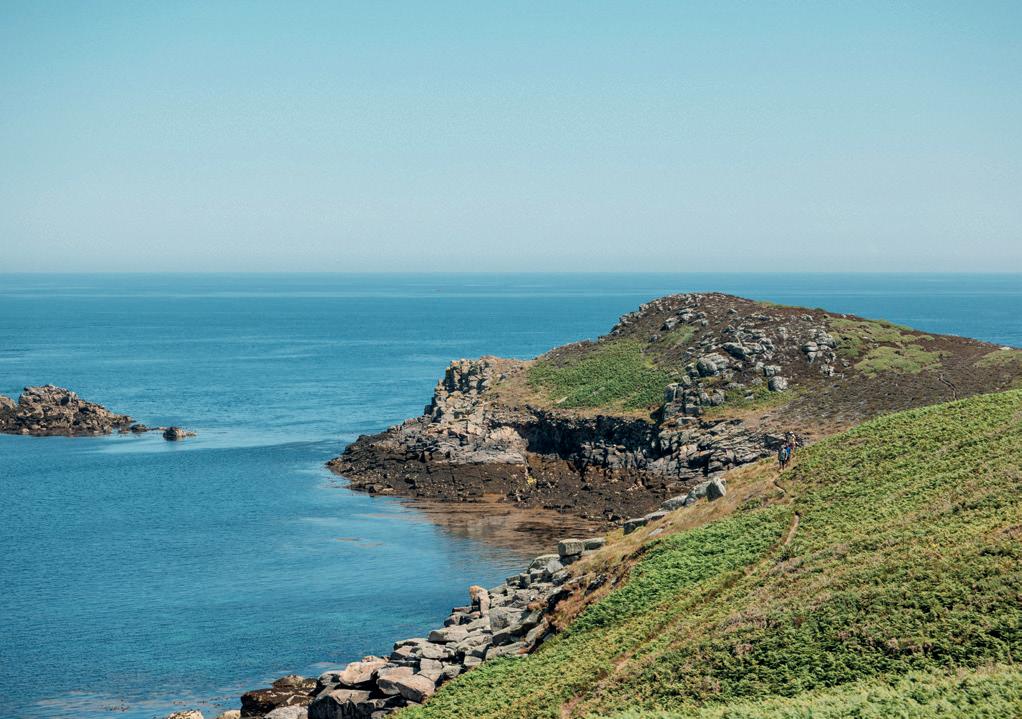
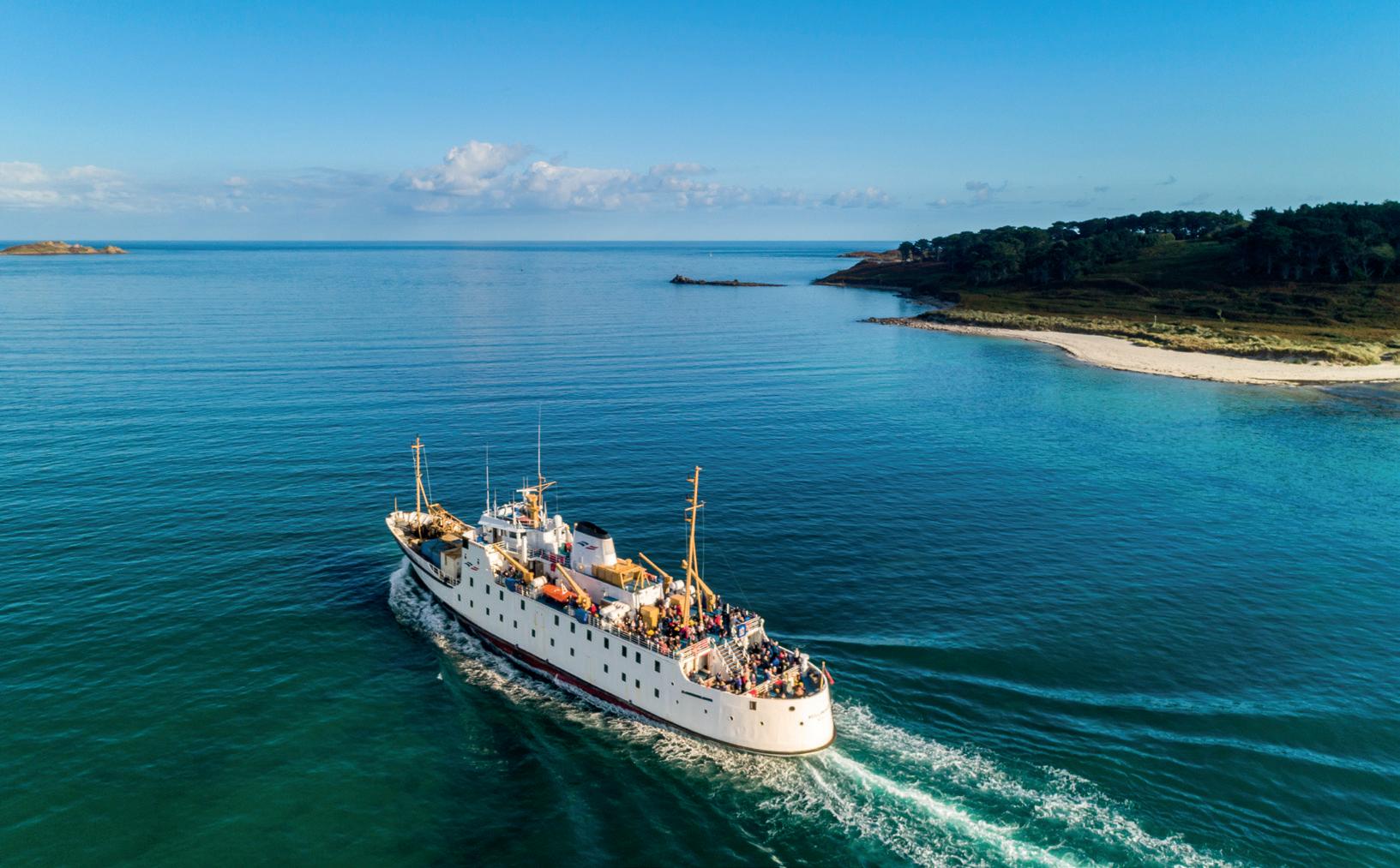

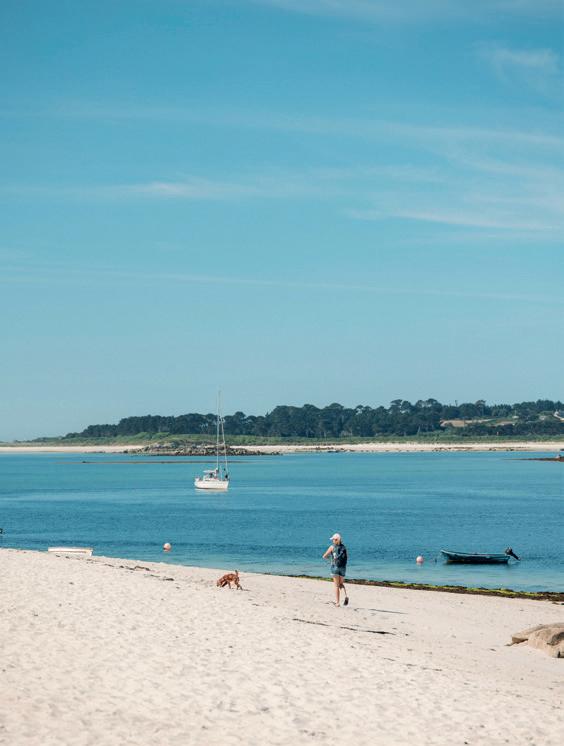
For a slower pace of travel, Rail and Sail packages allow you to travel in comfort from London Paddington to Penzance, with an average travel time of approximately five and a half hours. From here, board Scillonian III and experience the most magical cruise across Cornish waters, arriving at St Mary’s in just under three hours. Steaming out from Penzance Quay with the iconic Mount’s Bay in view, views of west Cornwall’s rugged cliffs pass by before Scillonian III turns seaward toward Scilly. Renowned for its wildlife spotting opportunities, passengers have been rewarded with sightings of dolphins, grey seals, sunfish and basking sharks.
However, enough of the journey, as wonderful as it is… the real draw is the islands themselves. There is a real slowing of pace on Scilly. The moment you set foot on the islands, its sights, sounds and smells transport you to a time gone by, one where demands on time are limited only to where to walk, swim or eat next. Simply put, you could be a world away.
of clear seas and so much more. You could snorkel with resident seals, hire a kayak or paddleboard, hop on a wildlife safari, explore by bike, play a round of golf, take a vineyard tour, go horse riding along the shore, visit a gallery or try somewhere new for lunch. These small islands really pack a punch as far as activities are concerned.
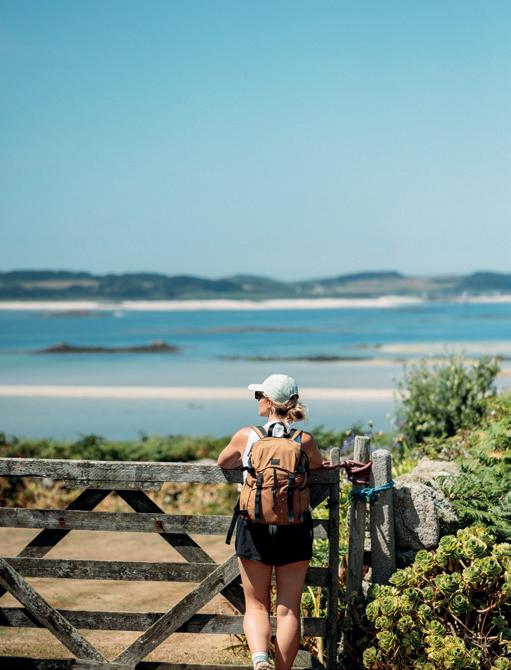
For those who prefer a more active escape, there’s the quintessential – possibly all-time favourite –activity of island-hopping. Just jump on board an inter-island boat from St Mary’s Quay and head off to the off-island communities, where you’ll be welcomed with the emptiest of white-sand beaches, swathes of fern-lined coastal paths, the freshest local seafood, tiny honesty stalls, pubs with views to-die-for, watersports in the clearest
The islands are also famously dog friendly – and so is Isles of Scilly Travel, with dogs welcome on Skybus and Scillonian III – so there is no need to leave your four-legged friend at home. Each of the five inhabited off-island has its own unique identity and allure. St Mary’s is the largest and the hub of archipelago, combining natural beauty with historic sites and a host of wonderful eateries. Tresco is known for its subtropical Abbey Garden, attracting those seeking a combination of elegance and tranquillity. St Martin’s boasts some of the best beaches and a strong artisanal spirit, with vineyards, flower farms and craft studios in abundance. Bryher is rugged and wild on one side, calm and serene on the other, offering a contrast that reflects its quiet, untamed identity. St Agnes is the southernmost and most remote, proudly independent and deeply traditional, with a close-knit community and dramatic seascapes. Whichever you choose, the Isles of Scilly have much to offer; experiencing the archipelago is something you will never forget.
islesofscilly-travel.co.uk
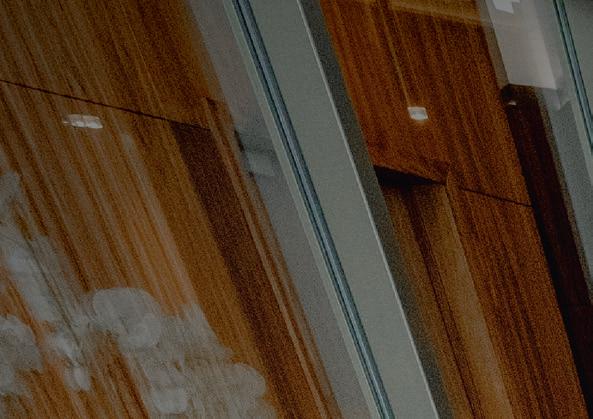

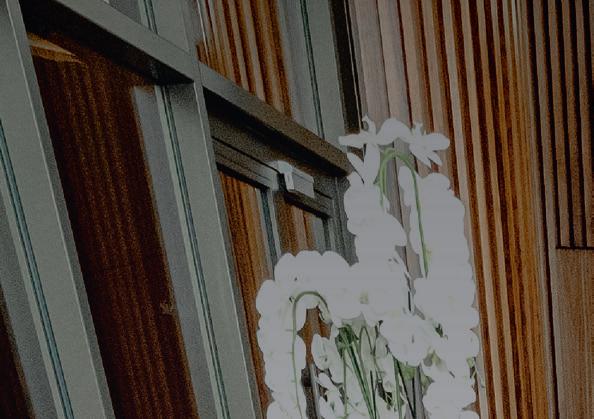
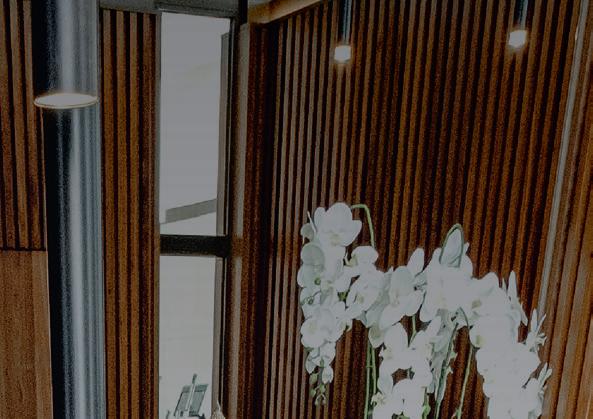
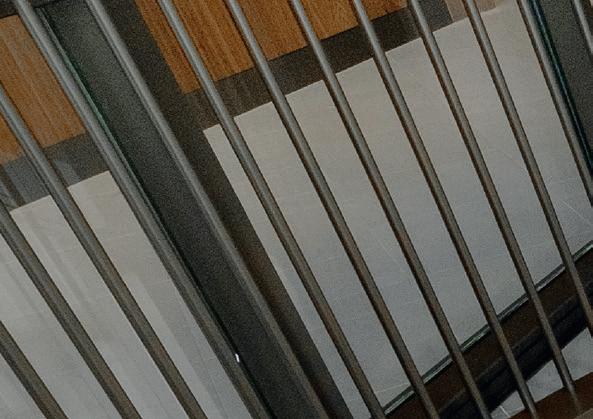
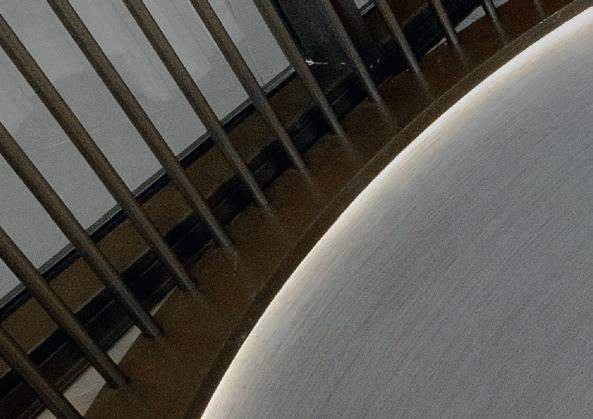

WORDS BY HANNAH TAPPING
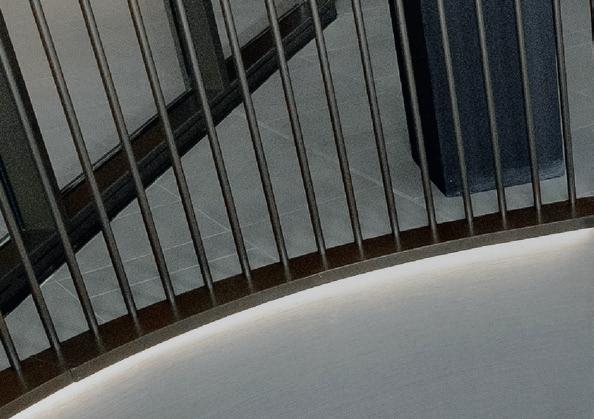
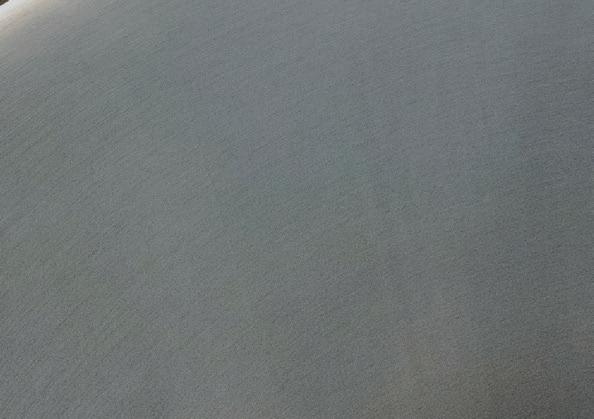



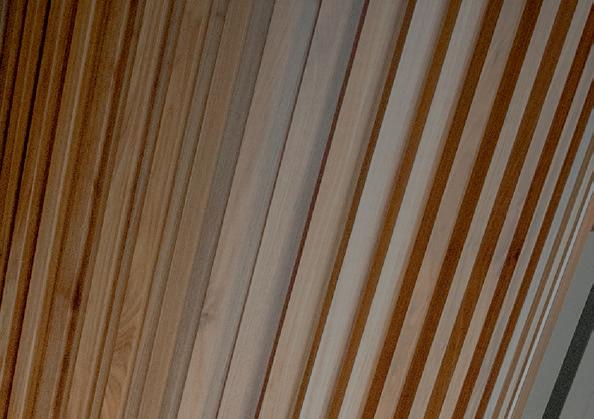
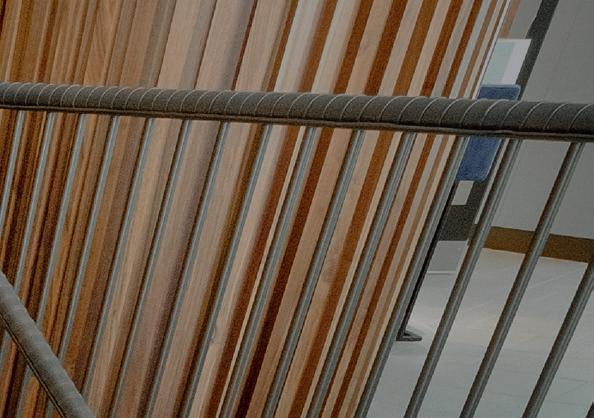



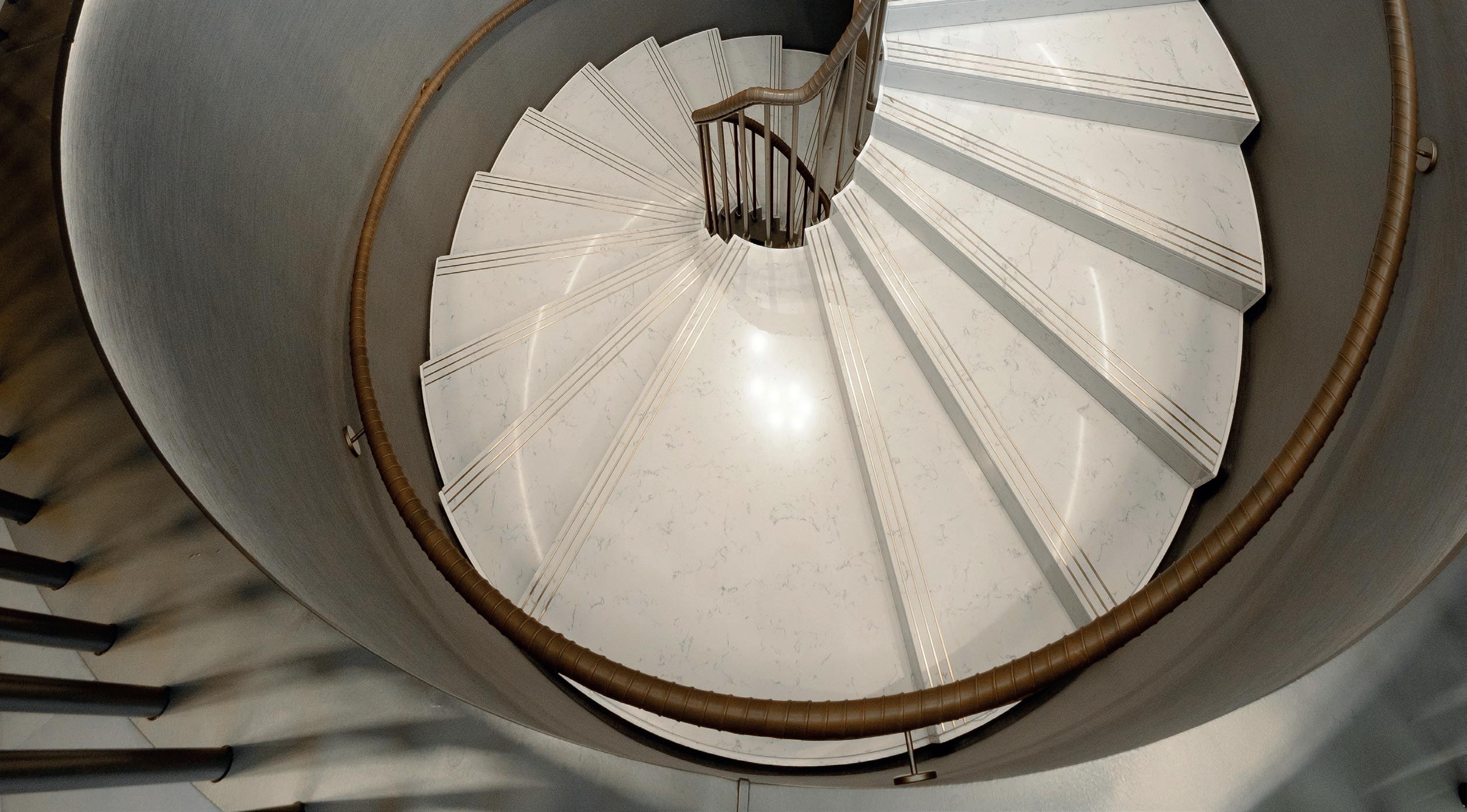
Established in 1985, Spiral UK has evolved into one of Britain’s foremost specialists in bespoke staircase design and manufacture.
An impressive staircase, whether spiral or straight, can help create a breathtaking first impression in any space, domestic or commercial. Based in the South West of England, with a dedicated production facility in Cornwall and a technical office in Cambridgeshire, Spiral UK operates on a national scale, delivering projects across the country and beyond for residential, commercial and public sector clients. Its approach is defined by a synthesis of engineering precision, architectural fluency and design-led thinking. Every staircase is custommade, developed in close collaboration with architects, interior designers, contractors and private clients. The company offers a comprehensive, in-house service, from conceptual design and structural detailing to fabrication and
on-site installation. This end-to-end model ensures both creative control and technical continuity throughout the process, providing a streamlined process from start to finish.
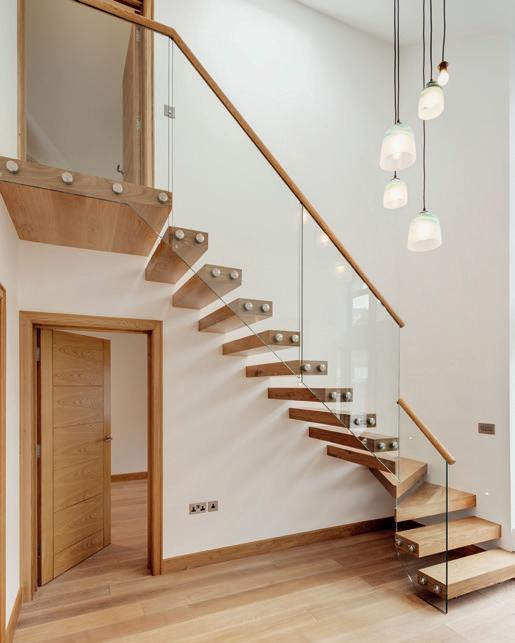
The company’s portfolio demonstrates a striking versatility. Projects range from sculptural helical staircases in flagship commercial developments to floating, cantilevered stairs in refined private residences.
Seadrift, Devon, is a contemporary coastal home. The installation of a helical staircase here balances structural fluidity with minimal intervention. The staircase’s open oak treads appear to float within a slender steel structure, while curved glass balustrades allow uninterrupted light flow, echoing the transparency and openness
of the home’s design. The stair forms a continuous sculptural line, its rhythm complementing the natural textures of the surrounding materials and the panoramic views beyond.
Park Gwyn, Cornwall is a place where bold architectural language meets countryside serenity. A bespoke staircase sits as the central sculptural element in the home’s open interior. Composed of a powder-coated steel spine with gently twisting lines, the stair supports solid oak treads and a bespoke curved handrail, all designed to enhance the continuity between floors. The structure is both a spatial connector and a subtle piece of engineering theatre, carefully designed to work with the building’s exposed material palette and strong natural light.
For Le Petit Fort, Jersey, a luxury residence integrated into a former fortress, Spiral UK designed a staircase that reflected the duality of old-world solidity and contemporary elegance. A curved steel structure wrapped with handcrafted oak treads offers a sense of permanence while remaining visually light. The stair’s materiality references the rugged stone of the original fort, while its detailing – such as the concealed supports and flush finishes –speaks to a distinctly modern craftsmanship. It’s a dramatic insertion that feels at once respectful and confident.

Within a high-end riverside apartment in One Tower Bridge, London, Spiral UK delivered a precision-engineered cantilever staircase that appears to hover weightlessly. Anchored directly into the wall with no visible support structure, the steel frame is clad in timber and complemented by ultra-clear glass balustrades. This clean, linear composition creates a sculptural dialogue with the apartment’s interior architecture – lightfilled, geometric and high-spec. It’s an object of functional beauty that transforms vertical movement into a design experience. Spiral UK’s work is characterised by clean lines, material sensitivity, and an acute understanding of how a staircase can function as both circulation and centrepiece acting as an integral element within the architectural narrative of a space.
At 450 South Oak Way, a bespoke helical staircase –its mild steel core wrapped in stone-clad treads and crowned with polished stainless-steel handrails – spirals gracefully over 4.2 metres. The juxtaposition of robust industrial materials – radiused glass balustrades and fabric formed channel stringers – with the natural stone treads creates a dialogue between solidity and lightness. This staircase doesn’t just connect floors, it choreographs the first impression of the entire office, where the functional is elevated to an artful axis of movement and style.
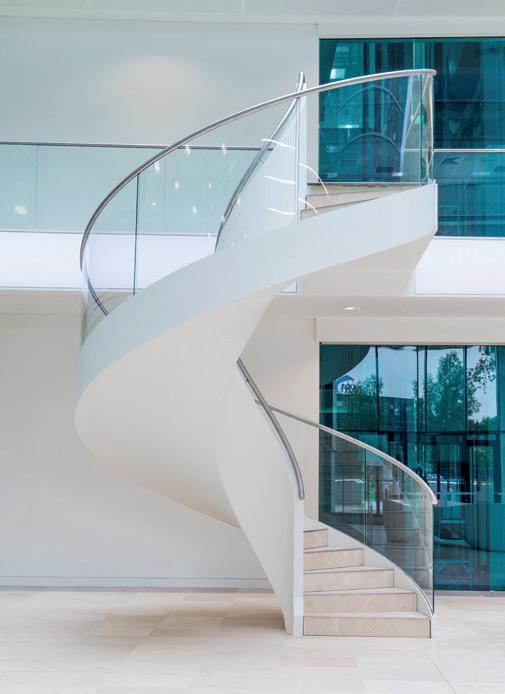
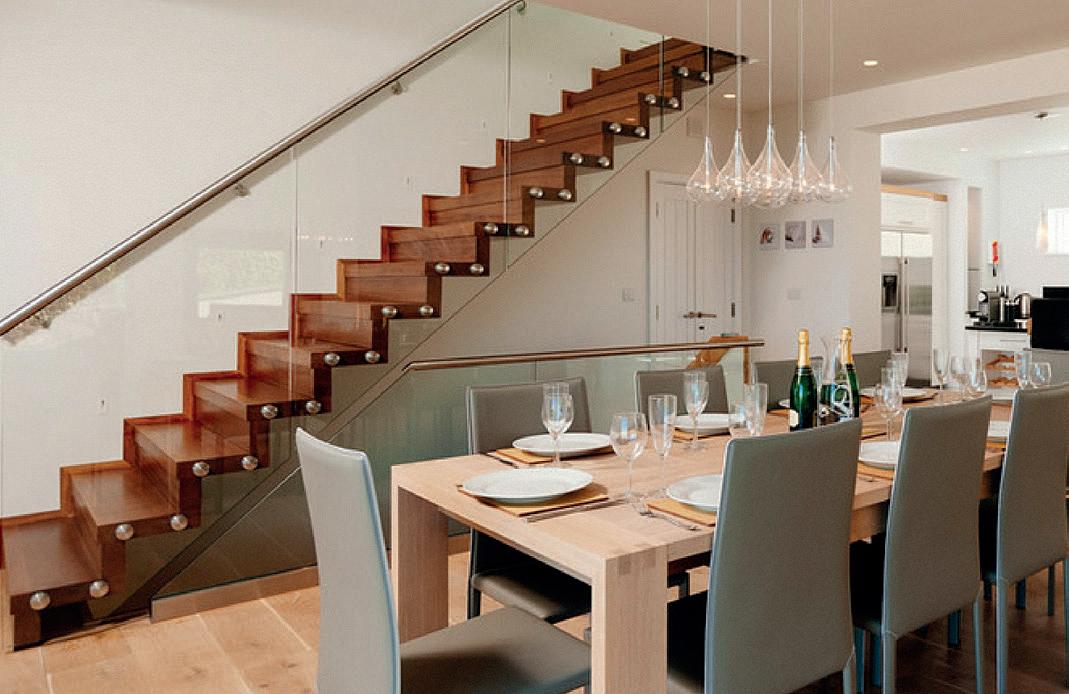
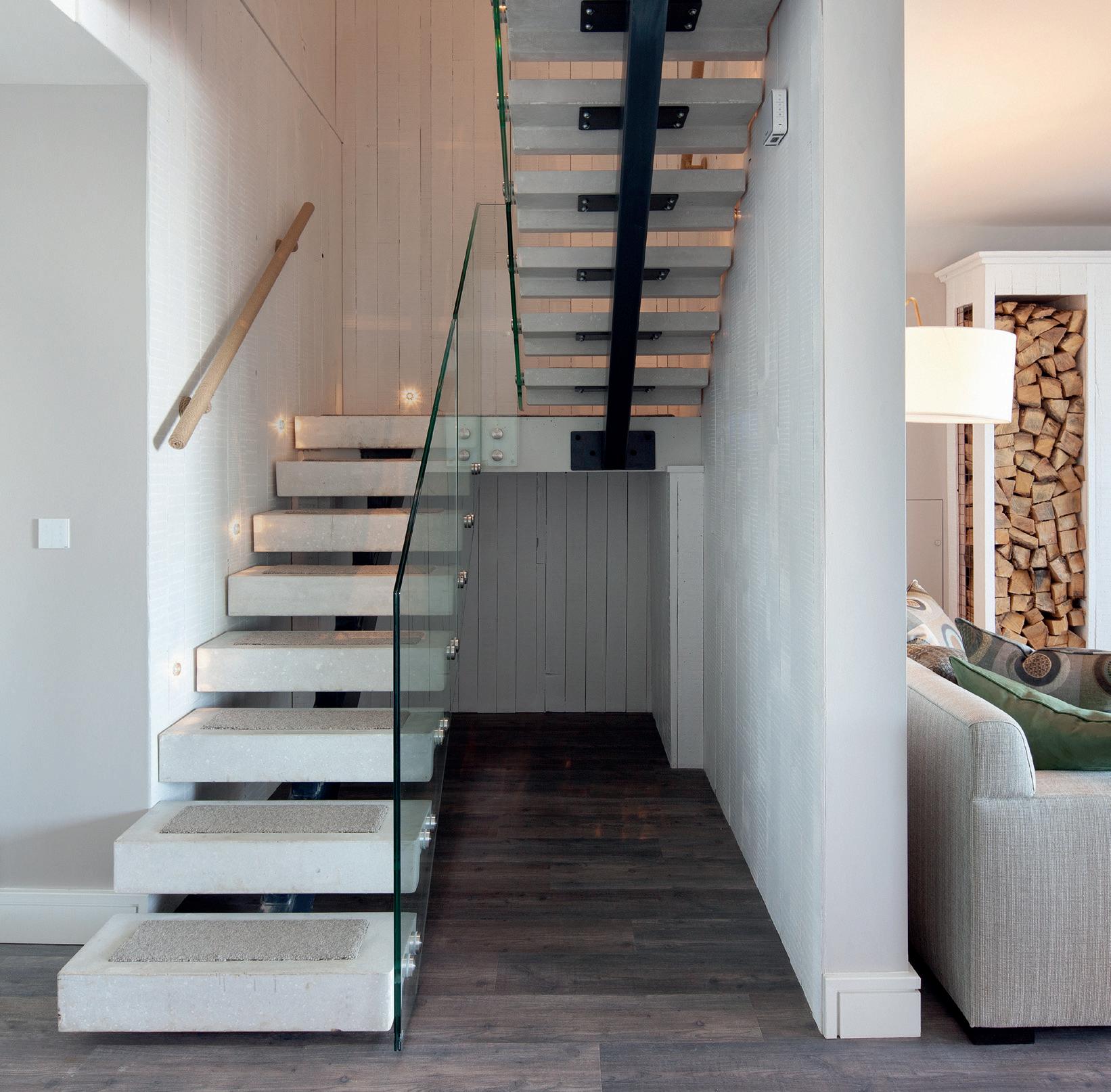
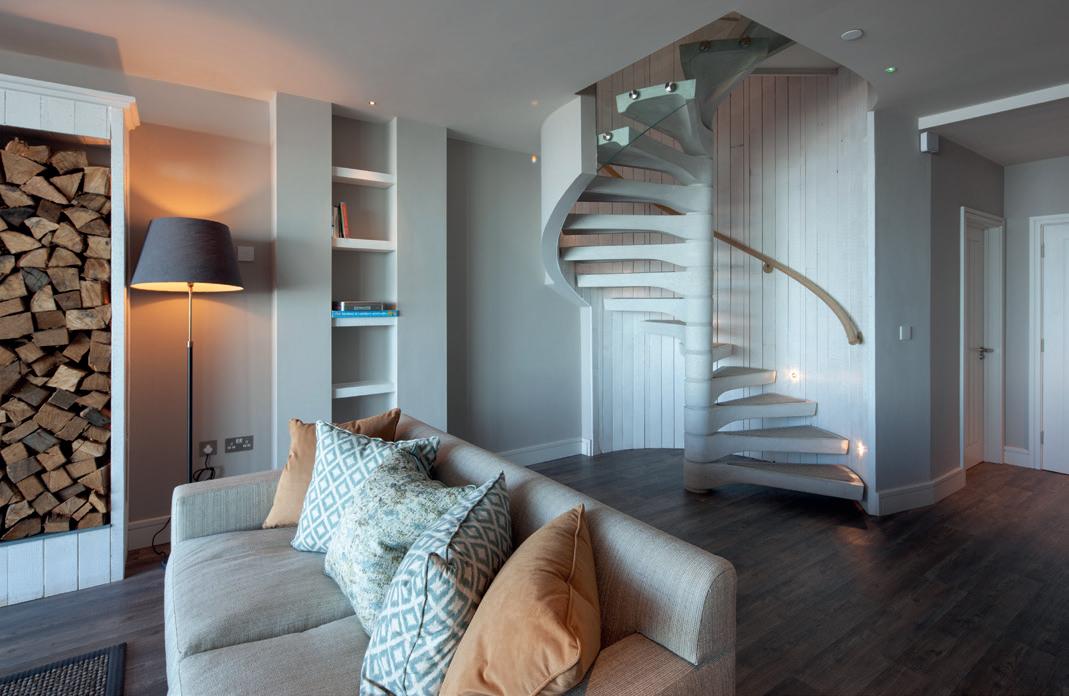

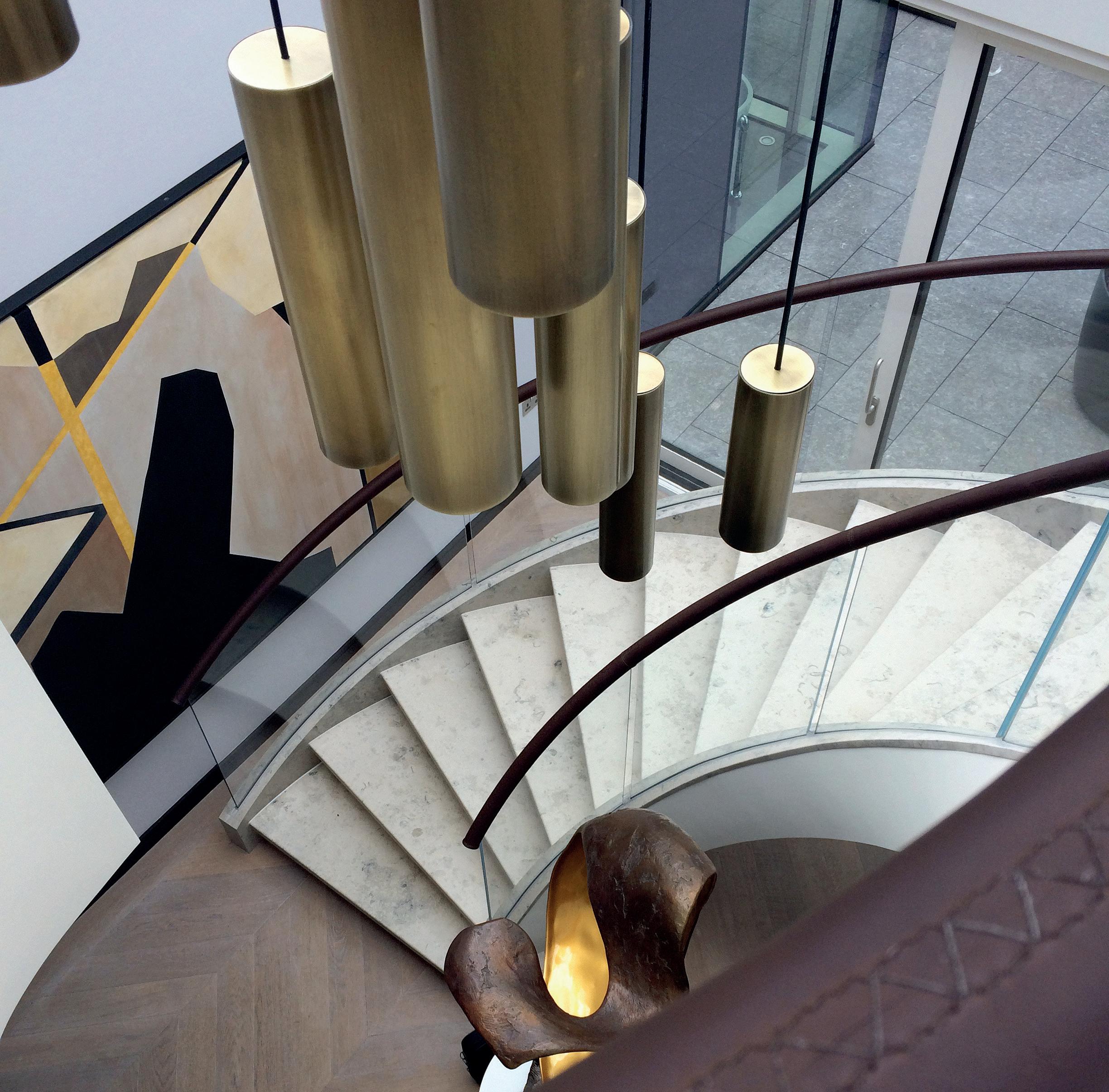
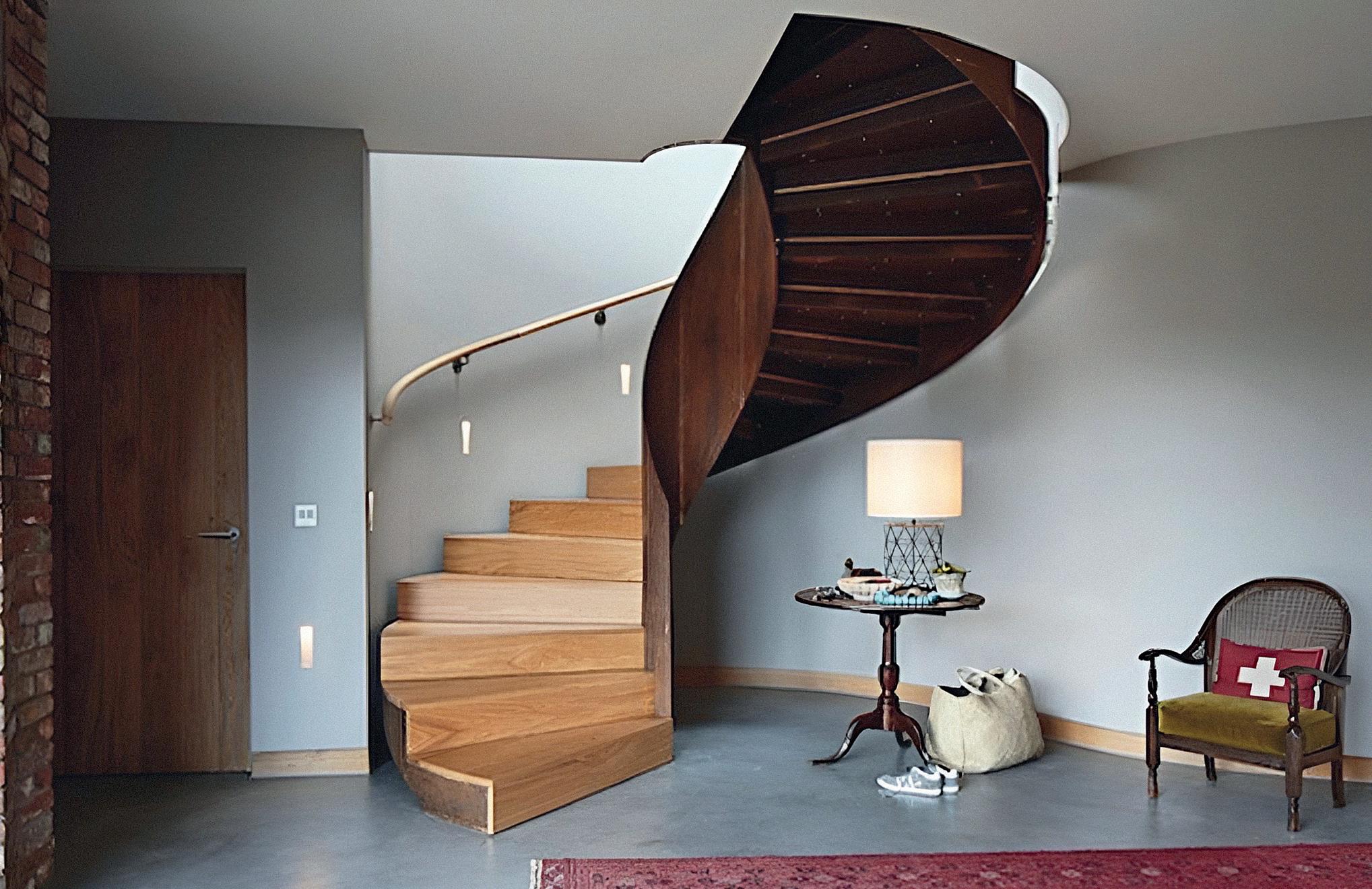

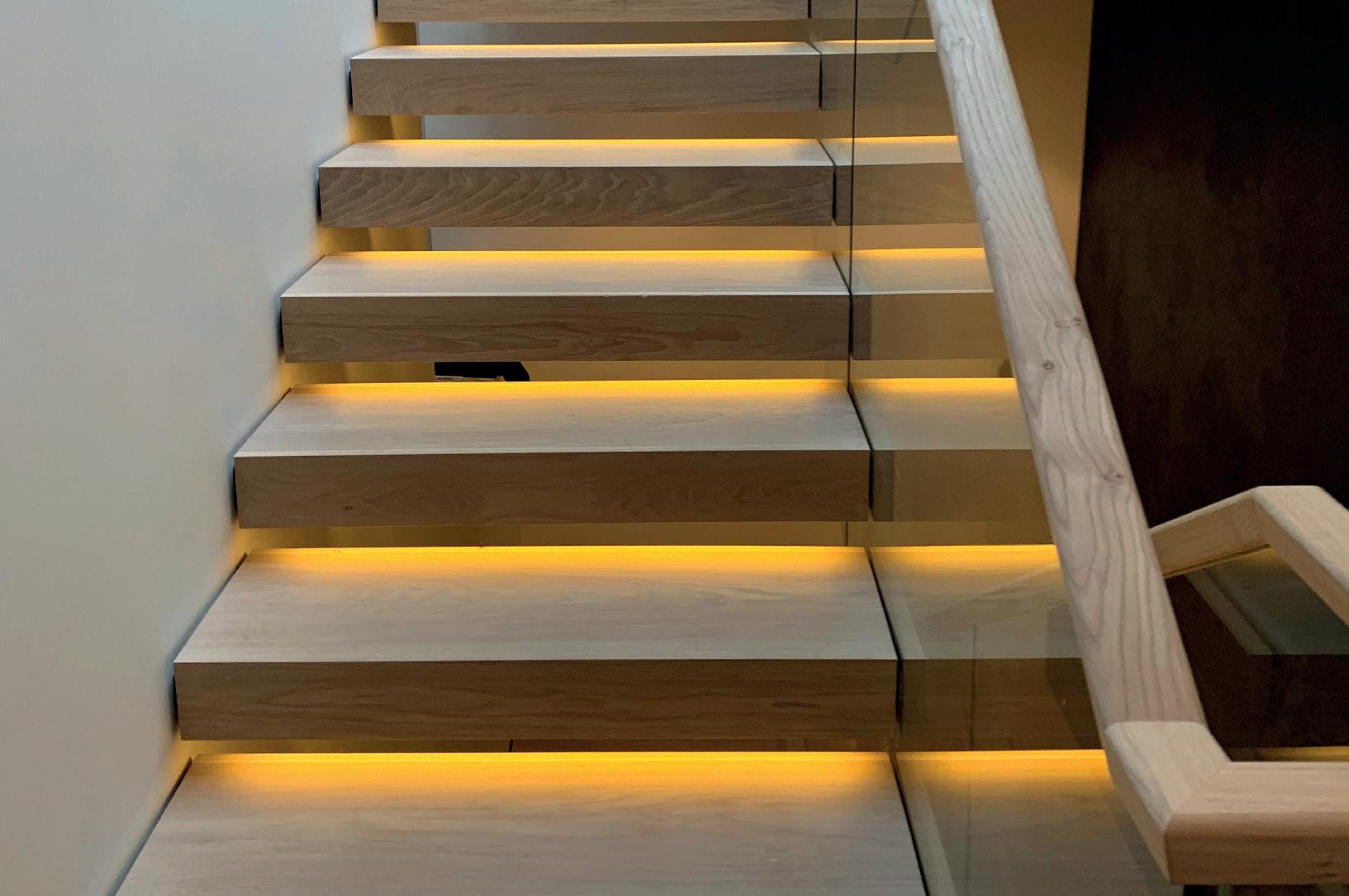
Materials are selected for both their aesthetic and structural potential. The company works confidently with steel, stainless steel, hardwoods, concrete, glass and stone, with bespoke finishes that include powder coating, polishing, lacquering and custom sprays. As open plan living spaces have become more and more popular, Spiral UK have been faced with the design dilemma of how to introduce a staircase without encroaching on the space? The solution is a bespoke spiral stair, tucked into a corner providing all the function of a straight stair without taking up too much of the room. A staircase in point was installed into a holiday let in Carbis Bay. Light white-faced concrete was used as it’s suitably heavy in structure but light in form, with open risers and glass balustrade. This fitted in with the subtle seaside theme and
Certified to ISO 9001 and affiliated with Constructionline, Spiral UK balances craftsmanship with regulatory rigour. Yet their true distinction lies in their ability to elevate an architectural necessity into a statement of design. Every project is a chapter in a broader architectural story, clarifying circulation and amplifying spatial intent. A trusted industry leader with an impressive portfolio of work, Spiral UK turns a staircase into a manifesto: engineered, expressive and unobtrusively indispensable.
spiralukstairs | spiraluk spiral.uk.com
Donner Ridge 8
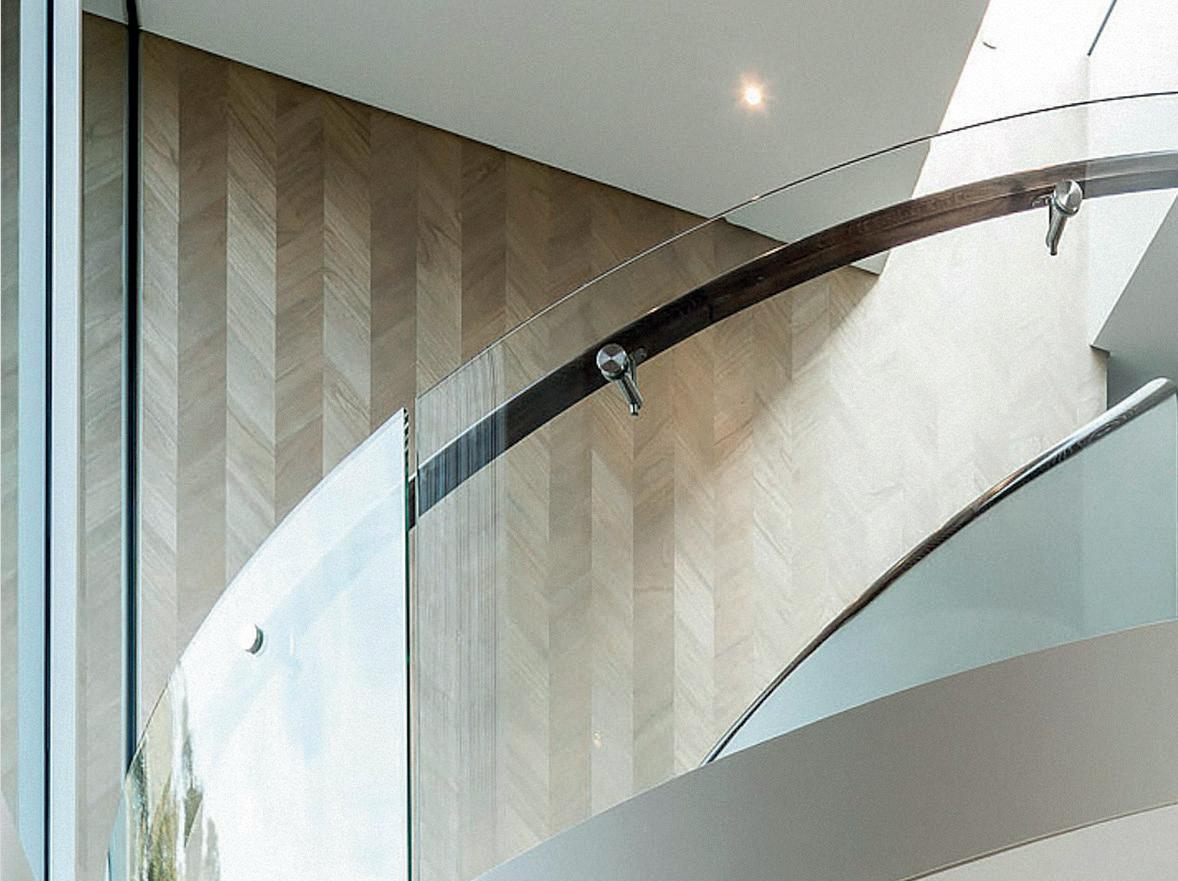


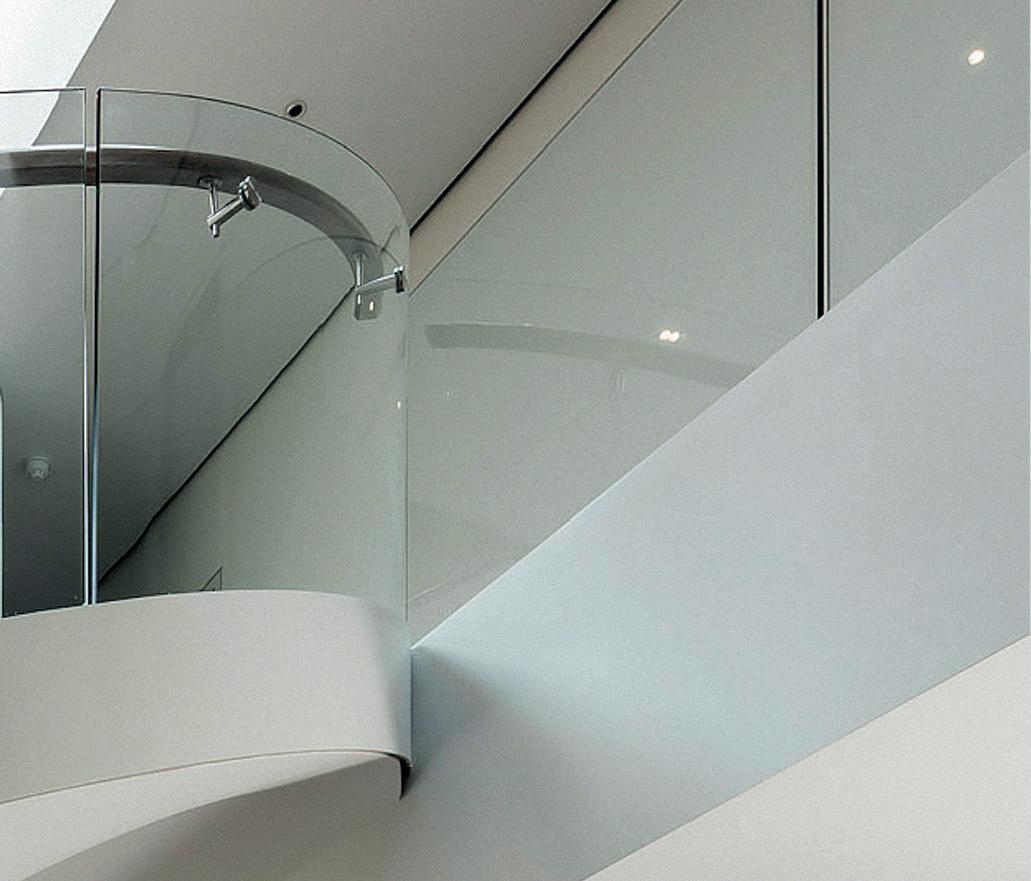

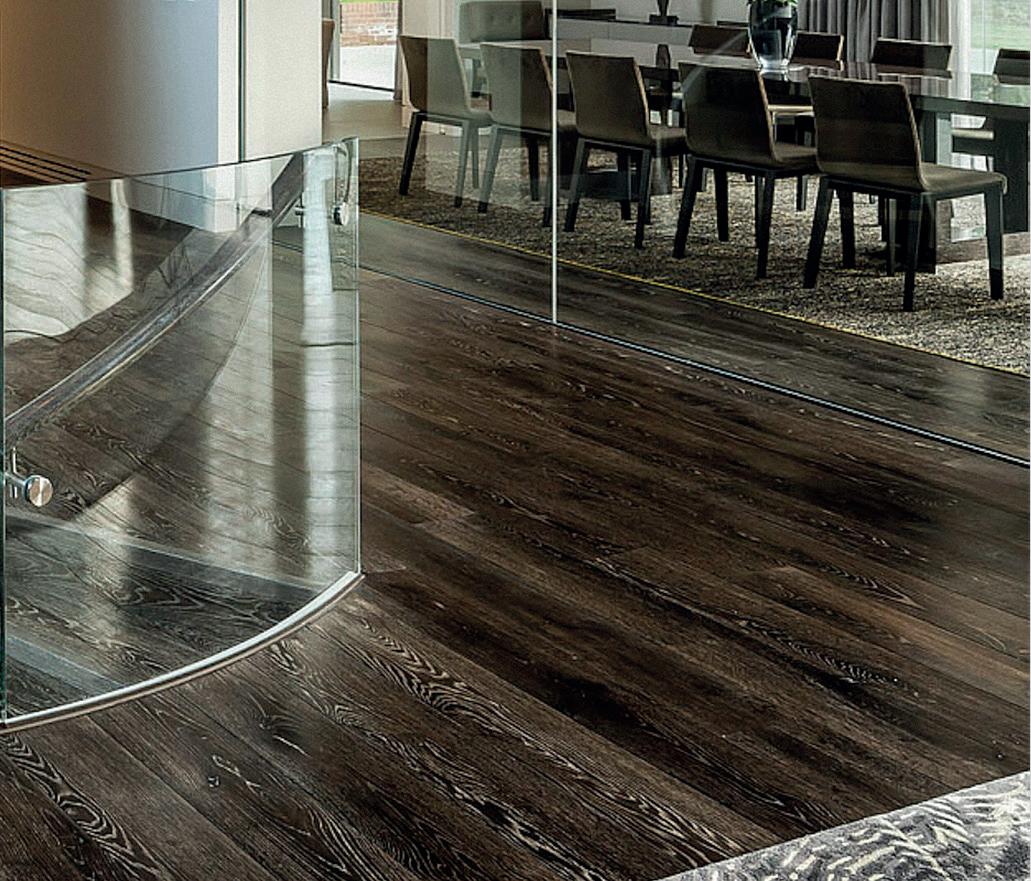
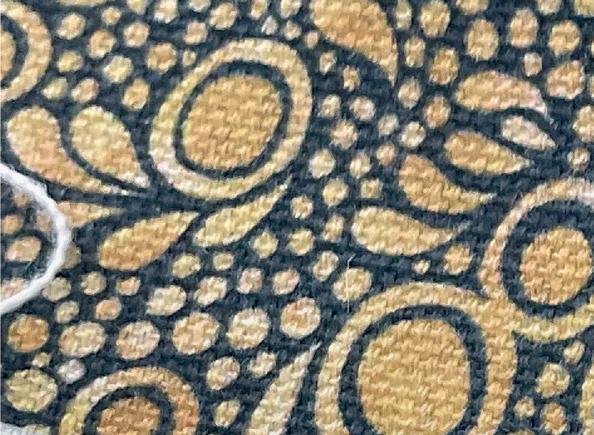
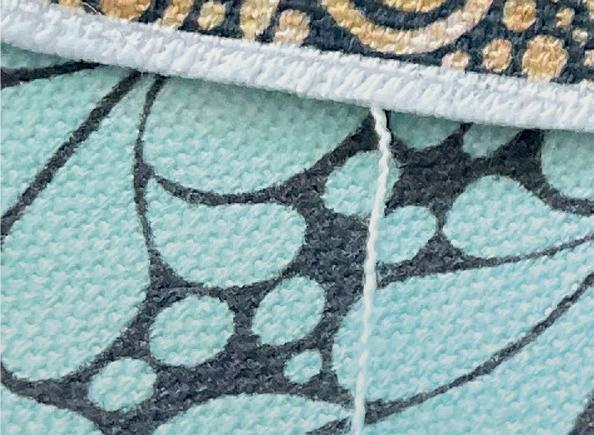
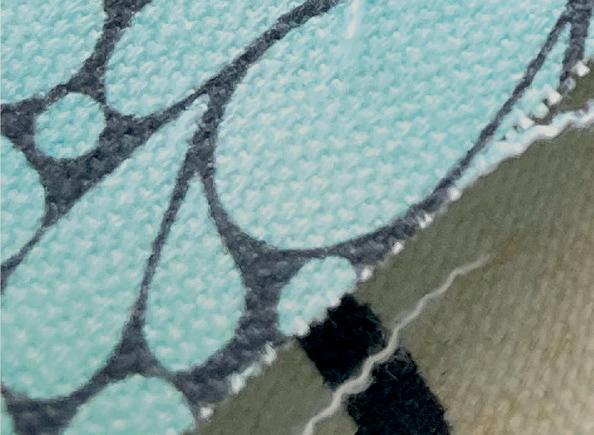

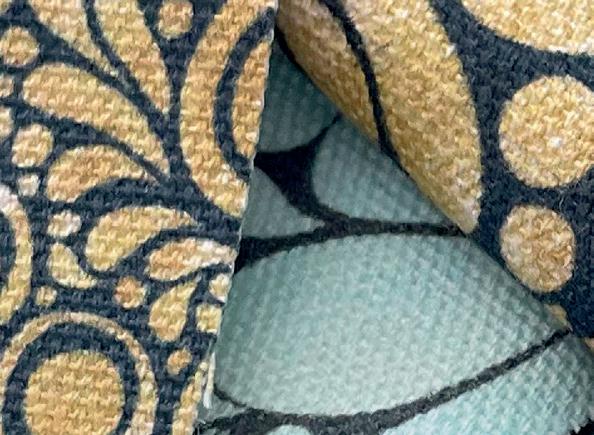
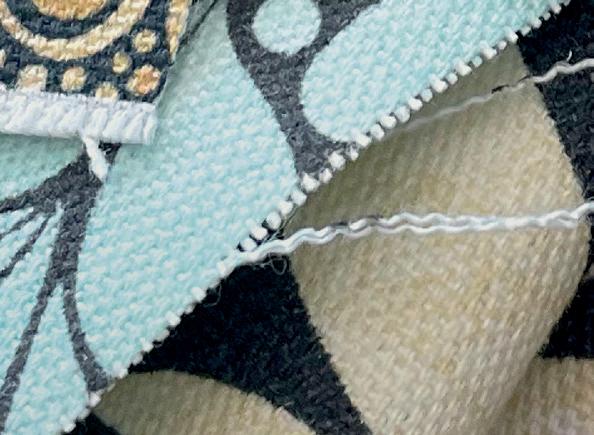
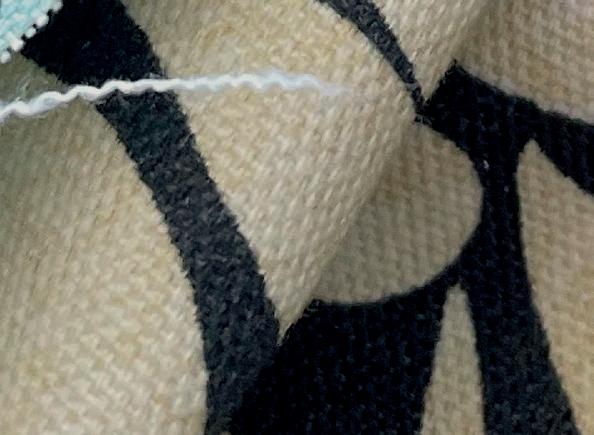

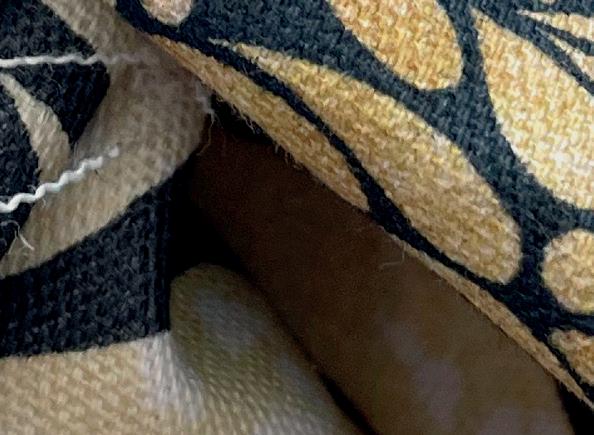
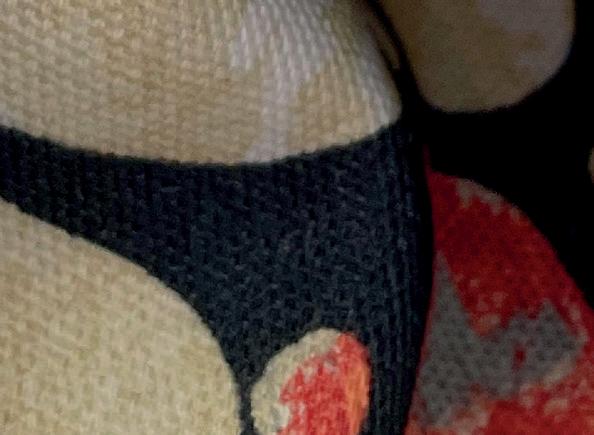
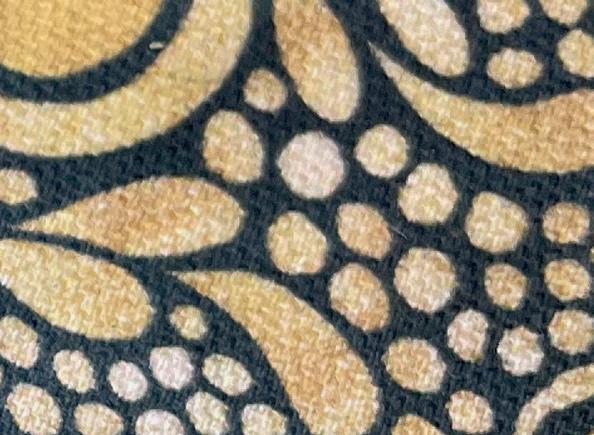
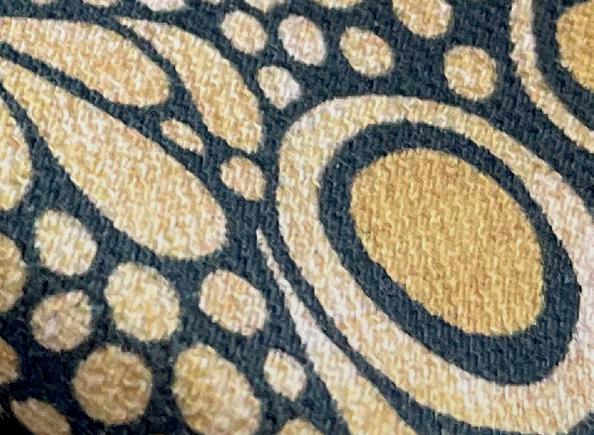
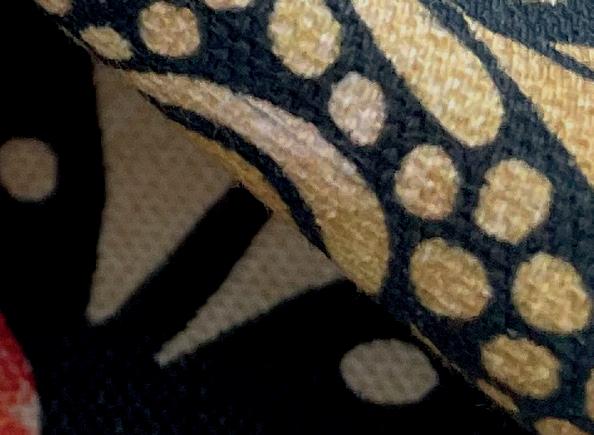
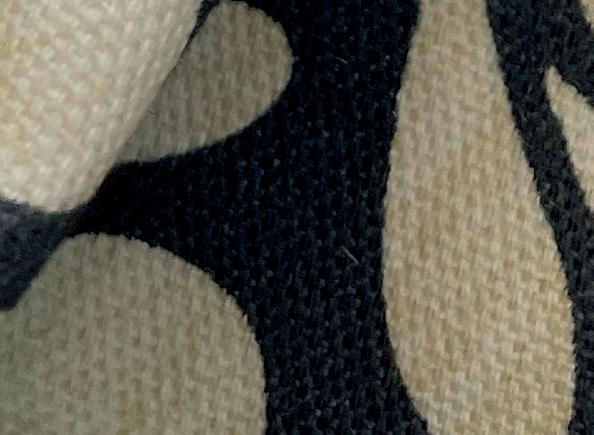

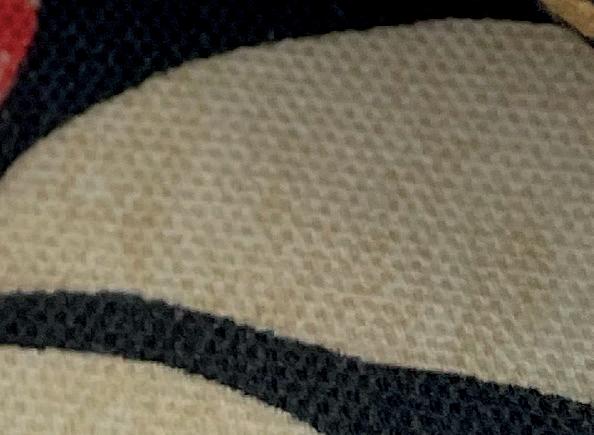



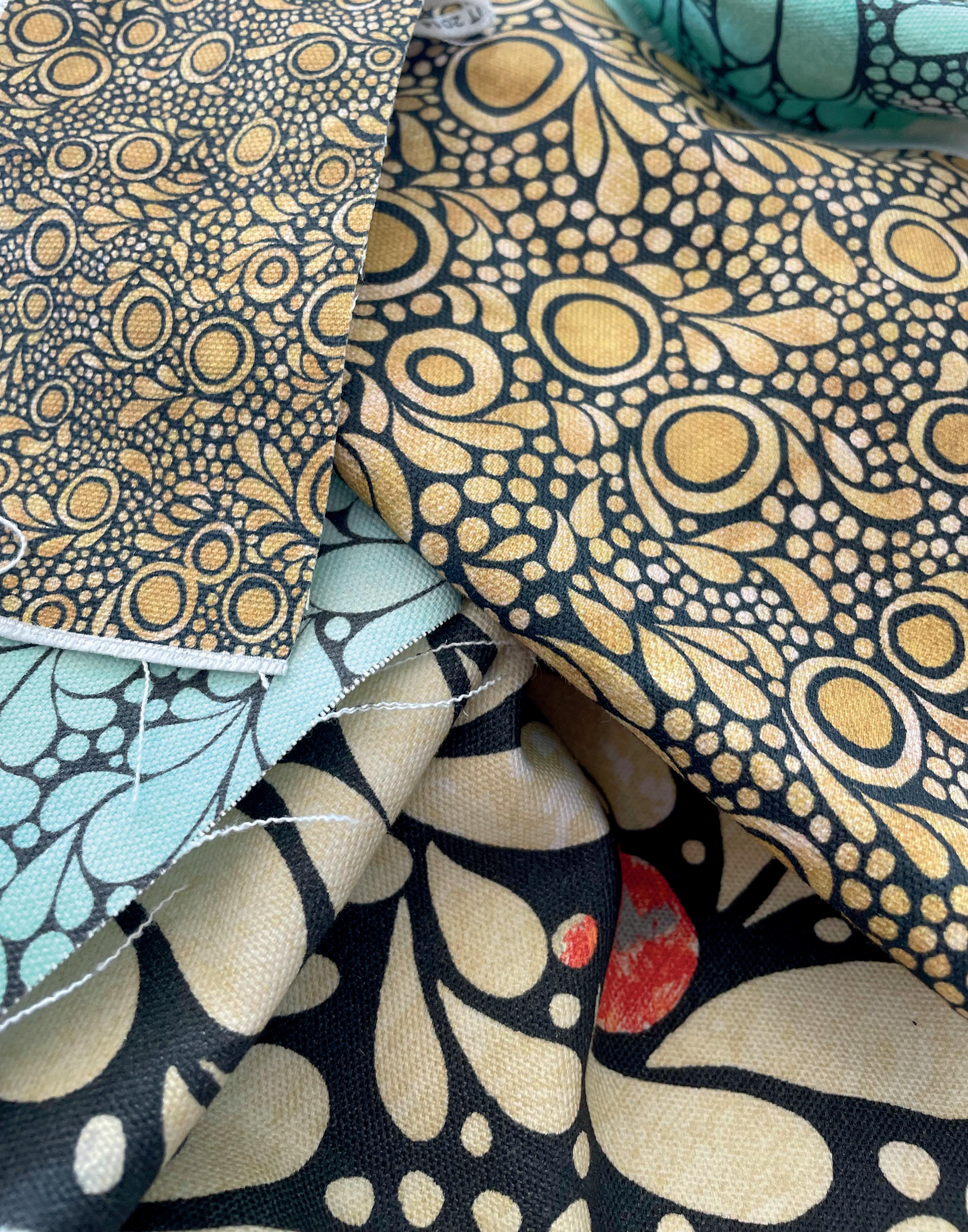
Stevie McCrindle is a force of nature. While others perceive doubt and fear, she discerns potential.
Her positive outlook is infectious. Brought up in the harbour town she has returned to, she is a dynamic entity within the community, stepping up to the mark when others wilt away; she engages and motivates. Her forte isn’t chained to a single discipline; it flies free, swirling and weaving like a rolling wave.
You’ll find her in her modest yet thoughtfully presented space on New Road, Newlyn, surrounded by art that can trace its provenance to the sea in one way or another. In fact, it is this connection that informs her ongoing venture, which is gradually rising and growing beyond its genesis. On the walls of the gallery, you’ll see her art, representing the beginning of this journey.
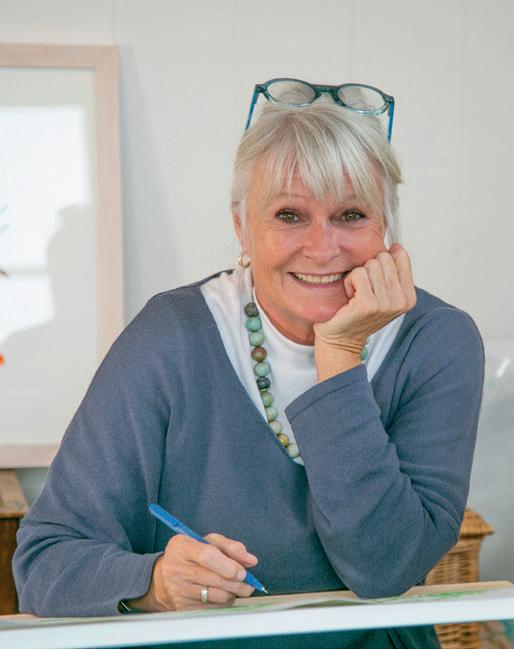
even invasive Mediterranean octopus – rendered directly from the fish themselves in iridescent acrylics, printed onto fine paper and eaten not long after. Her work reimagines Gyotaku, an 18th-century Japanese method of recording a catch before supper, stripping it of nostalgic reverence and placing it in a contemporary realm with fine and broad black line work.
Neither sentimental keepsakes nor throwaway décor, the pieces are vibrant, anatomical impressions of marine life – John Dory, turbot,
But it is what Stevie then goes on to do with those prints that elevates her work beyond the confines of the frame. Ghost nets recovered from the sea are ground into pellets and used to 3D-print sculptural lighting bases inspired by her original designs. She’s now extending this innovation further, carrying out research and development into producing 3D-printed furniture from the same nets – pieces that will be upholstered in her own fabrics. It’s a process that reunites fish and net in a way that feels entirely new and truly without precedent.
Her fish prints are scanned, segmented, repeated and printed onto a durable range of items, with applications extending far beyond fabric. One recent invitation saw her pitch a scheme for a superyacht: imagined as a cohesive narrative of sea-to-surface design in which everything, from headboard to cushion, was derived from the same original catch. Detailed and beguiling, speaking of where it came from, the patterned material grounded the interior of the vessel in its element whilst paying homage to it at the same time.
Its design is driven not by trend but by an awareness of the circle of connection that exists within the natural world, coloured with a sense of realism. For we have to make things, things of beauty and practicality, to survive, but if the process can be made to work in harmony with the planet, then it is to be lauded. This is what you’ll encounter with Stevie’s work.
“You don’t just see the fish,” she says, “you feel it –and that matters.”
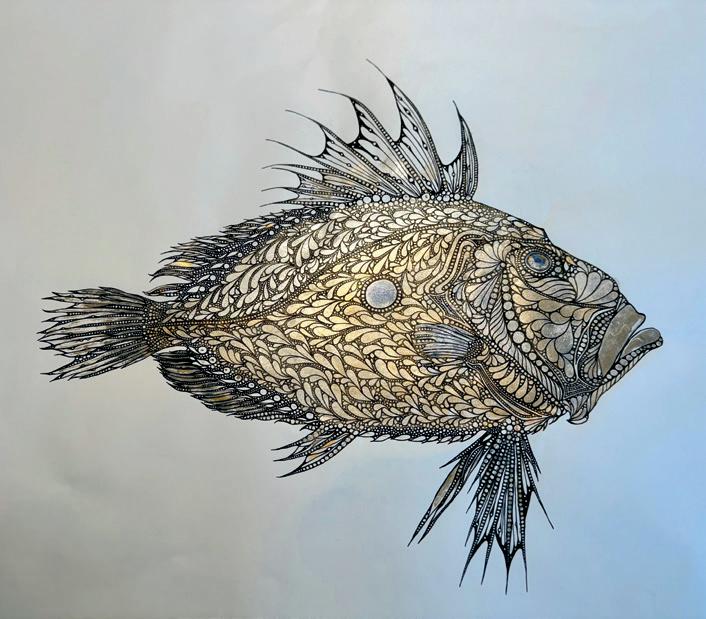
Stevie is open to creating bespoke designs for clients – her portfolio represents only a fragment of what is possible. Increasingly, her work draws attention from beyond Cornwall. Interior designers, sustainability consultants and TV producers have all expressed interest in the originality of her method and its broader application. A programme following the journey of a single fish, from catch to print, from adaptation to installation, is a prospect that excites her. If it happens, it will reflect the same ethos that underpins her studio: material intelligence, ecological awareness and a willingness to improvise. Nothing here is wasted. Everything has its imprint.
Her insistence on sustainable purpose runs through every aspect of her practice. She’s selftaught, endlessly experimental and unafraid of failure. Printing with fish is not, by nature, predictable. Papers tear, ink dries too quickly, and scaly surfaces stick or sag in unexpected places. But these are not deterrents; they are opportunities to learn, adjust, and try again.
Though she no longer teaches full-time, Stevie continues to run hands-on school workshops across Cornwall, where children are invited to interact with real fish, ink, texture and form. “I want them to be curious,” she says, “to feel it and ask questions.” It’s a joy she still carries, and one she shares freely with future generations and with any potential client intrigued enough to step through the door.
seamoorcornwall.co.uk
The first imprint

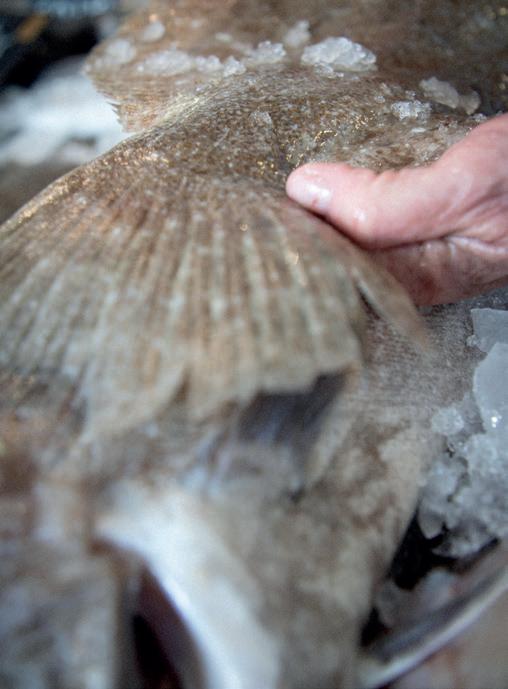
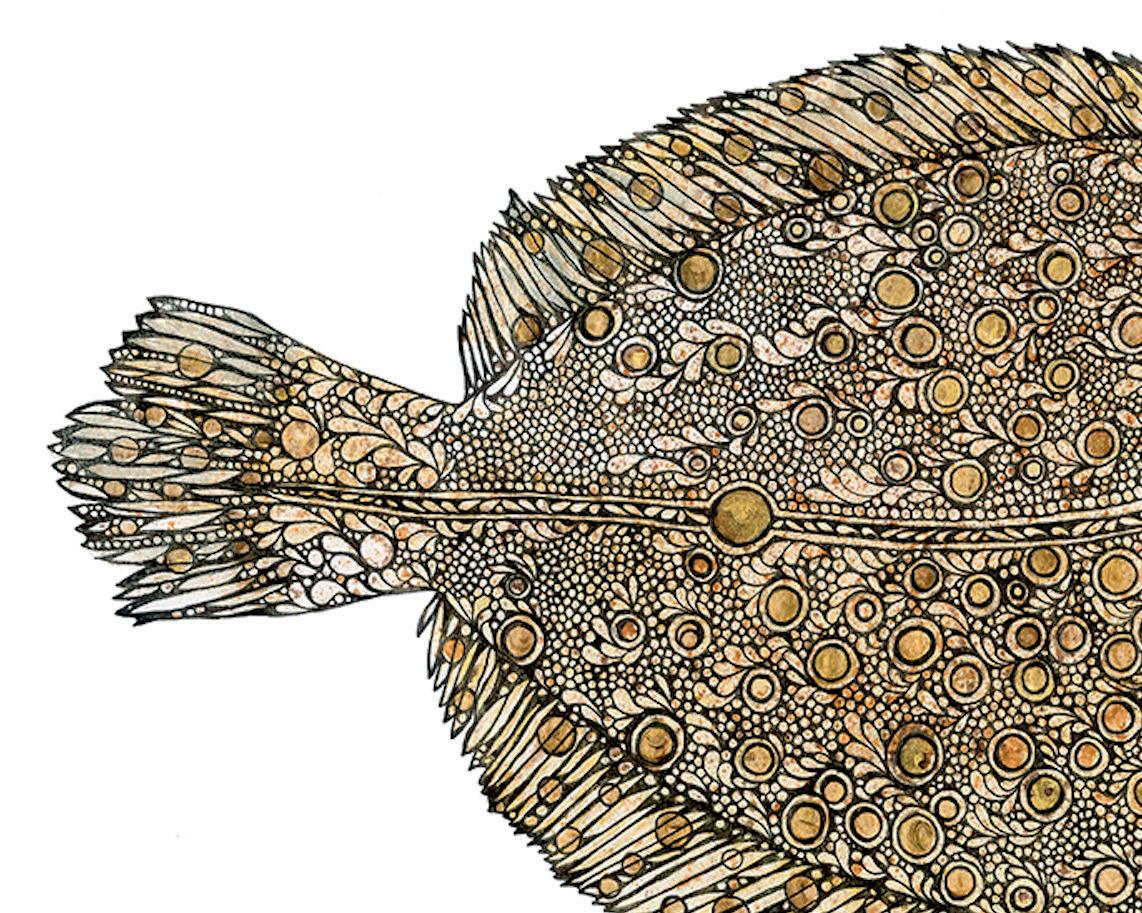

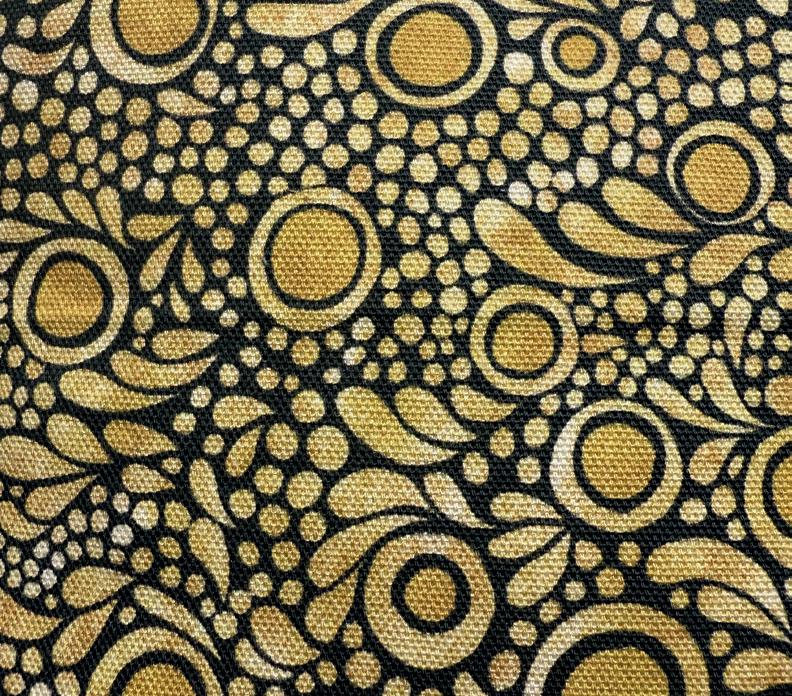
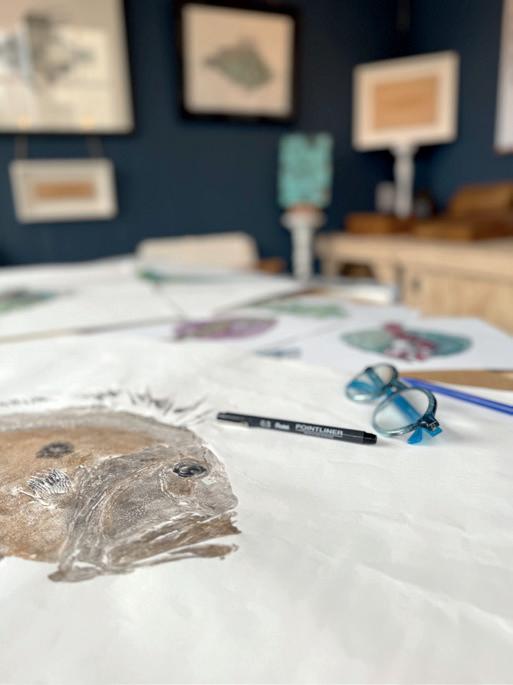
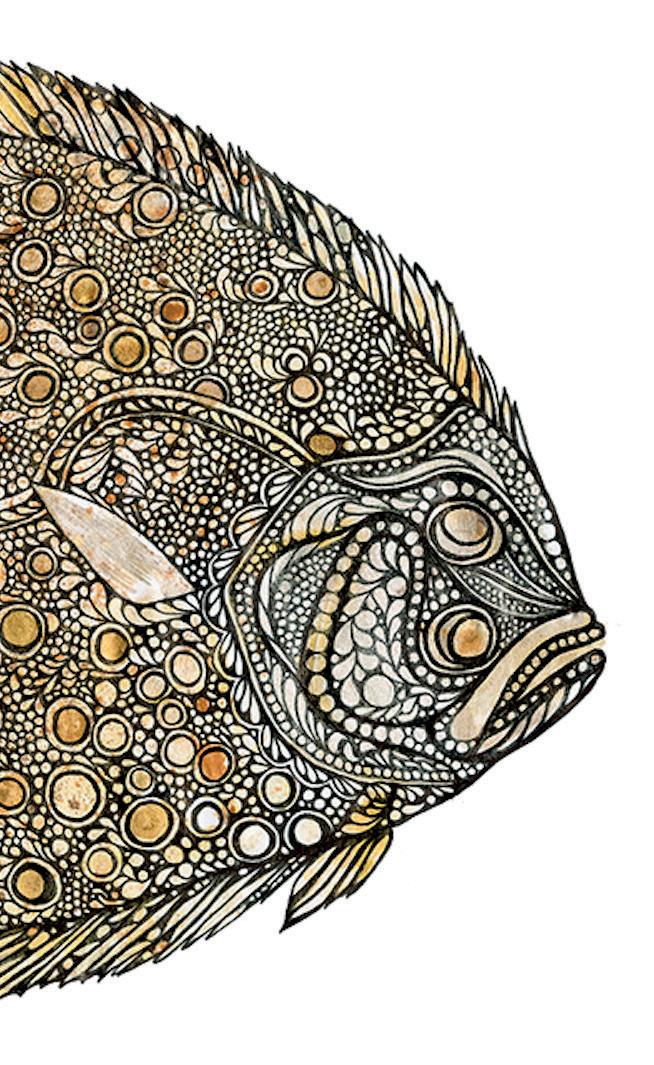
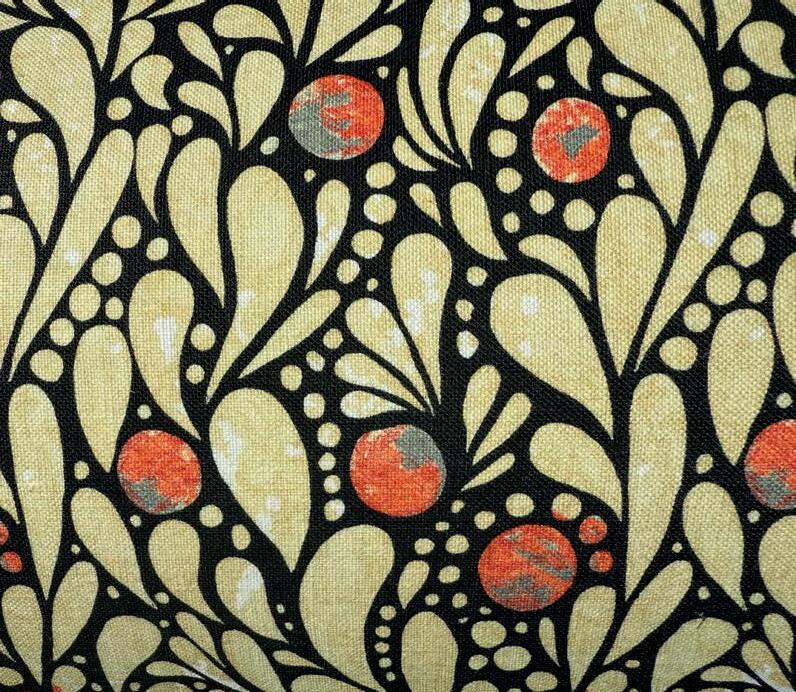
ABOVE Elements in the cycle






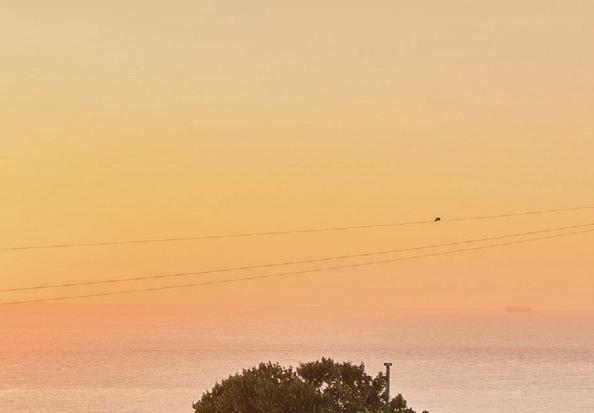

WORDS BY JAMIE CROCKER





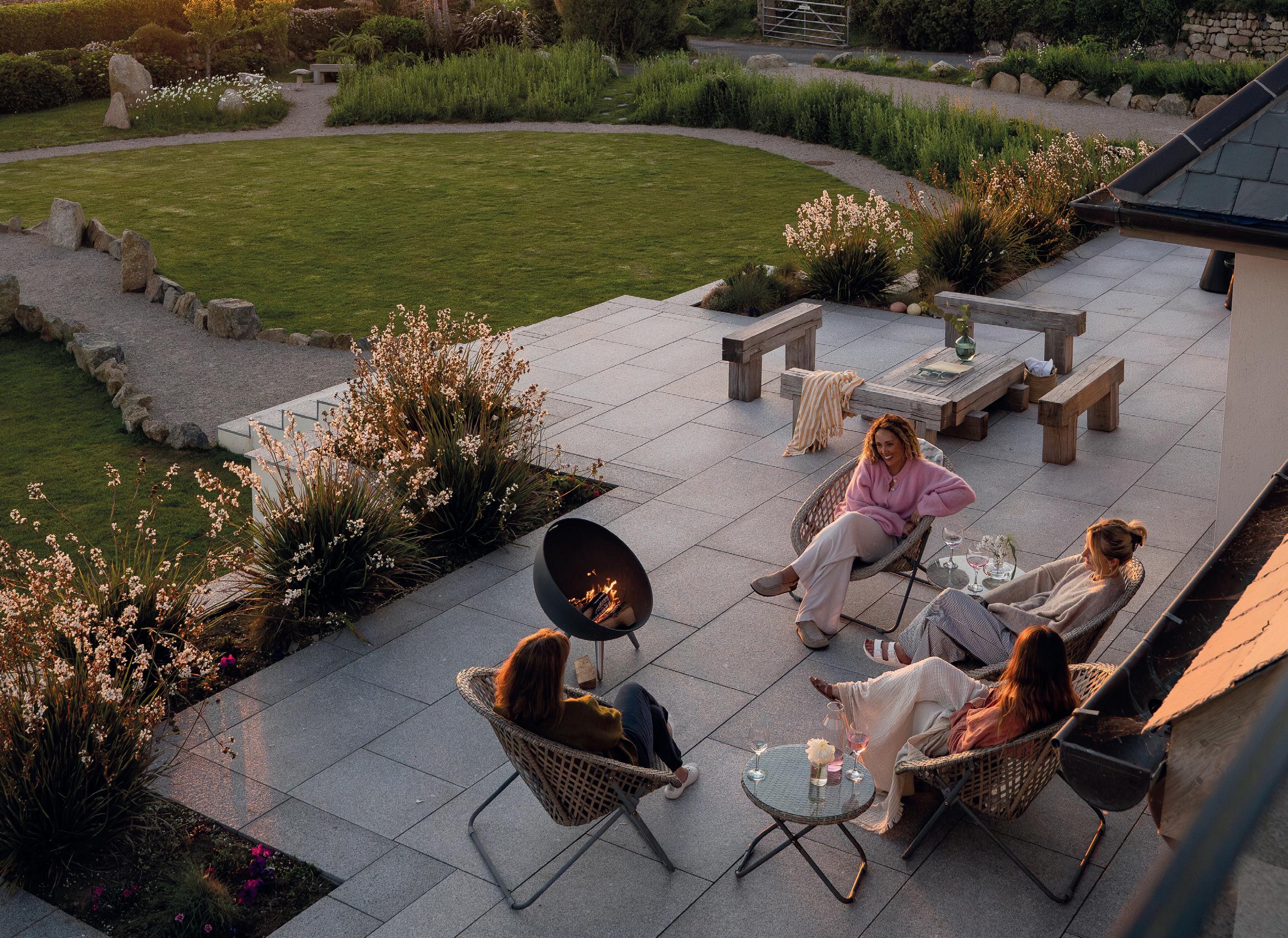
Cornish beaches from new perspectives; find your beach match this summer with Beach Retreats.
Vast shores or sheltered coves. Tranquil waters or crashing waves. Sea-smoothed pebbles or soft sand underfoot. How do you choose the beach that’s right for you from Cornwall’s myriad inlets, bays and towans? This summer, Beach Retreats has launched its Beach Match Quiz, compiled by their local team of experts to make it easy to find your perfect stretch of coast.
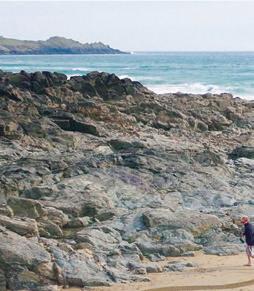
But why play beach matchmaker? Beach Retreats has cleverly turned holiday booking on its head. You find the beach that’s right, then select the property that fits; it’s a more intuitive way to book a break by the sea. Choose from 230 coastal selfcatering properties, each offering door to shore convenience. So, whether you’re looking for a beach with a surf break, a family friendly bay with plenty of sandcastle building and rock pooling opportunities, or a sand dune from where to watch the sunset, the Beach Match Quiz has the answer.
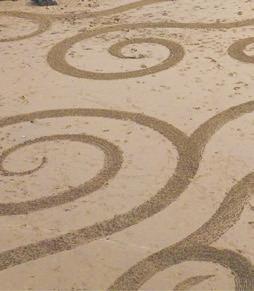
In the journey to find your beach, Beach Retreats share new perspectives online from a diverse selection of Cornwall’s beaches all summer long: from the sky, by night, beneath the waves, among coastal wildlife and at beachside businesses.
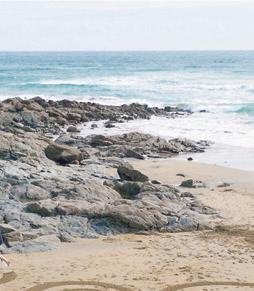
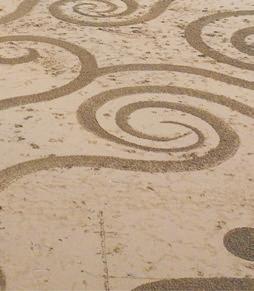
Join Chris Howarth, a local sand artist, as he spends the afternoon using Perranuthnoe’s expansive beach to create a stunning work of art. Using a rake, he intricately creates mandalas, messages and beautiful patterns in the sand, each one destined to be washed away by the tide.
Walk with foraging guide and wild food author Rachel Lambert as she explores Perranuthnoe. Experience the land as a forager, seeking different tastes from the hedgerows and on the shore. Dive underwater at Coverack as filmmaker and photographer Lewis Jefferies offers glimpses into this vibrant underwater world – often missed by those walking above it.
PREVIOUS
Gwynver Beach House, Sennen INSET
Sand Art by Chris Howarth

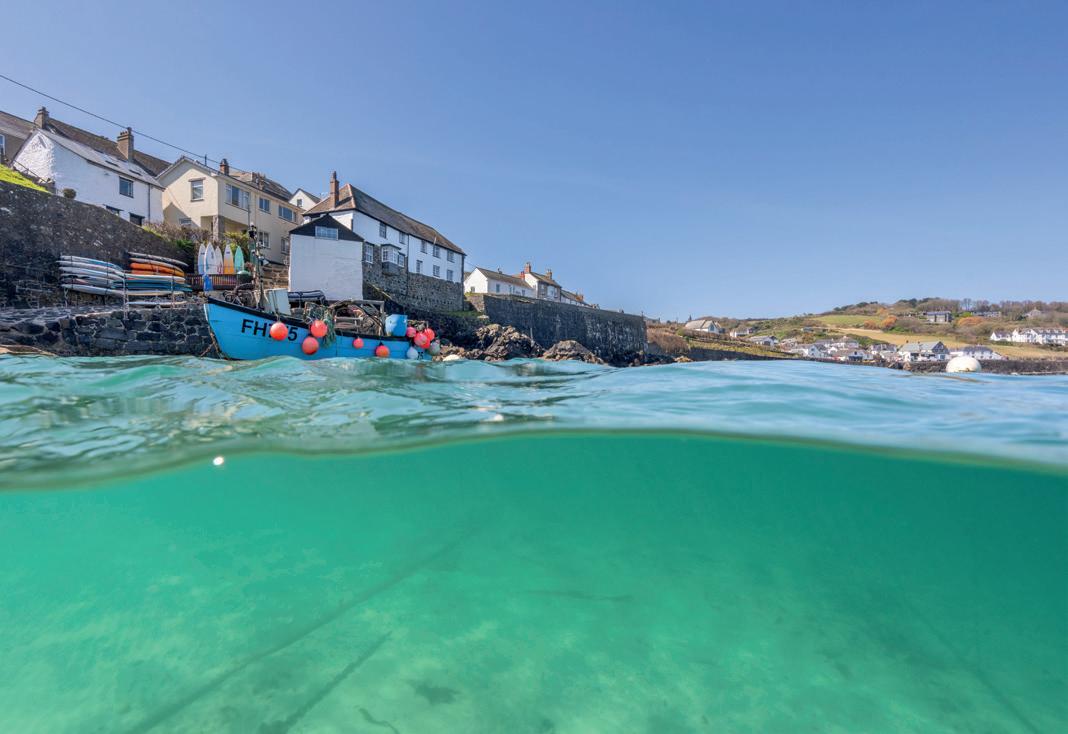
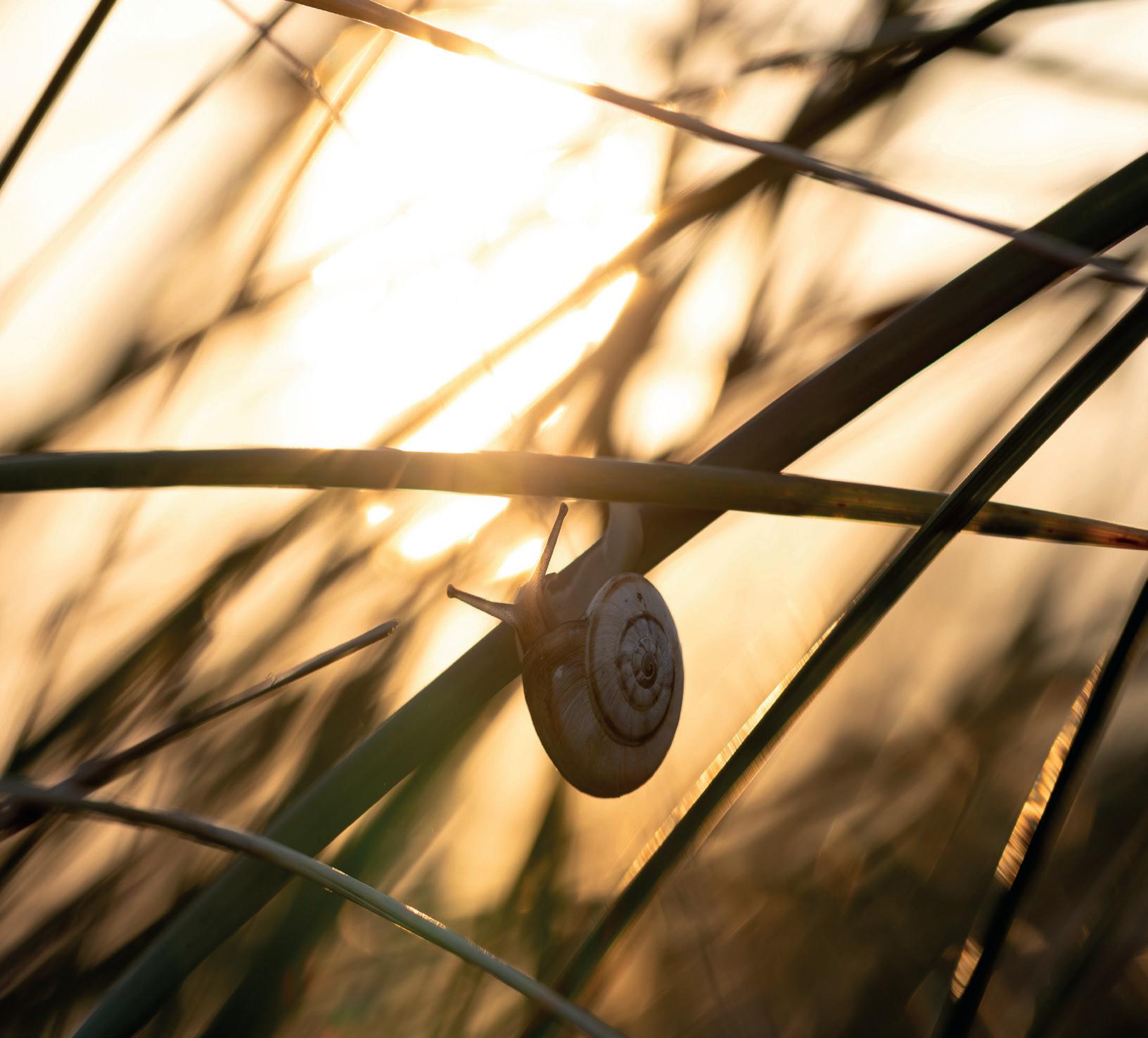
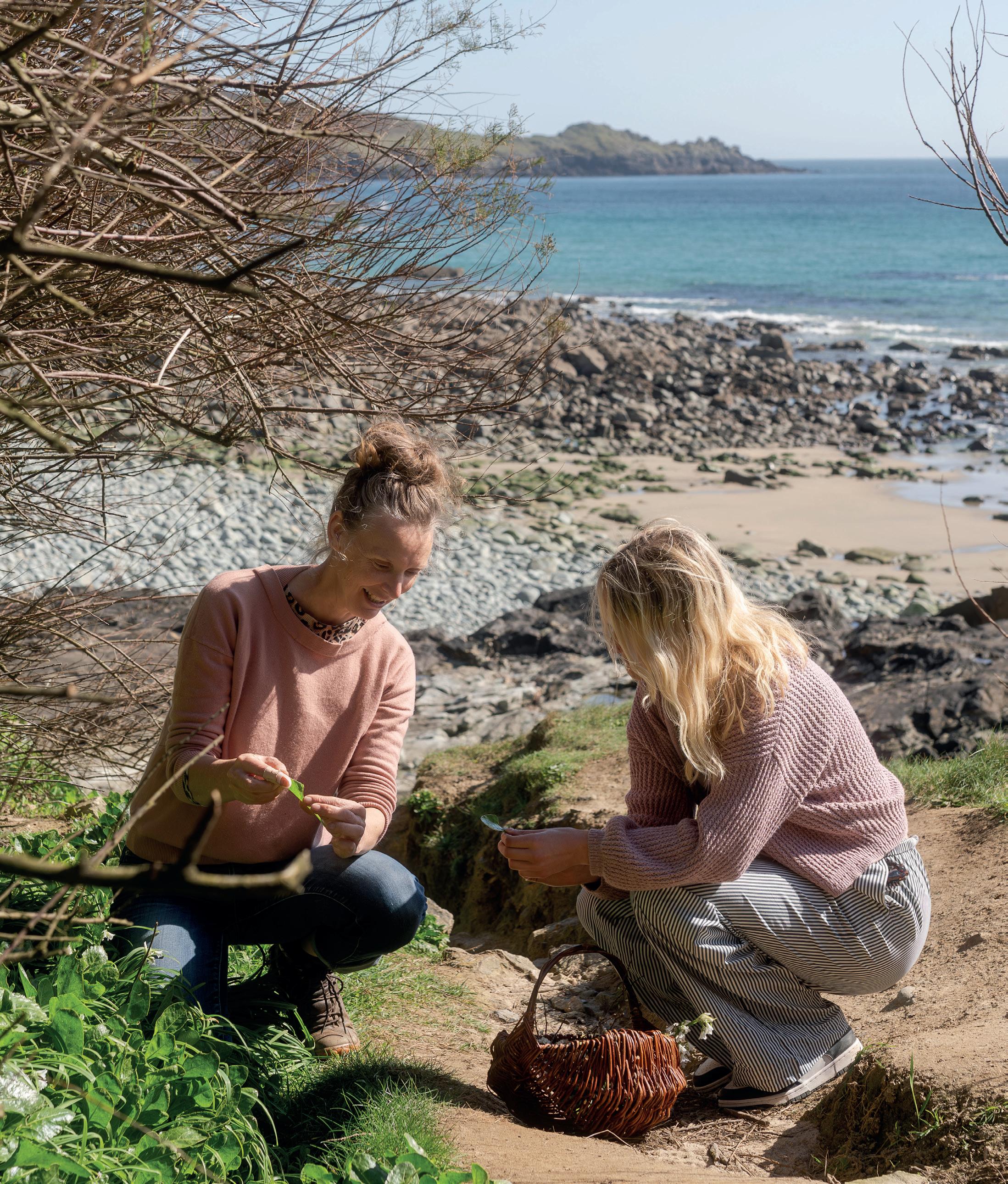
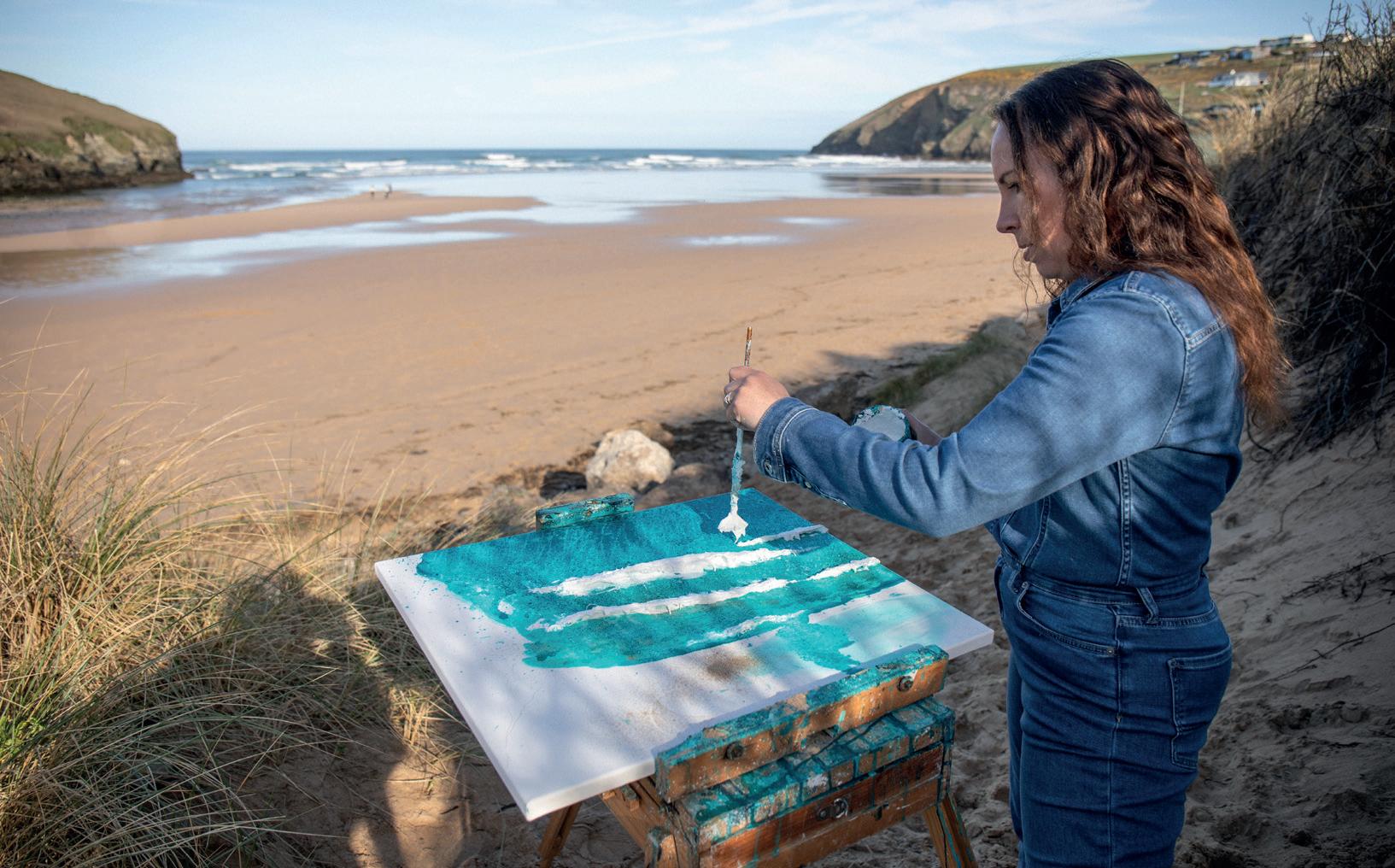
Join artist Gemma Lessinger as she creates textured artwork on the sand at Mawgan Porth, capturing the changing rock formations and recreates how the waves break differently as conditions and the coastline shift. Head out after dark at Whitsand Bay with local astrophotographer Toby Sinkinson as he reveals a night sky dense with stars, constellations and galactic clouds, framed by cliffs, rock formations and sea thrift.
Explore Fistral with former pro-surfer and local photographer Evie Johnstone as she captures her hometown beach with a unique style and focus on light, swell and the local community who share a love of the water. Dive a little deeper into the intricate details of Penhale Dunes at Perranporth with wildlife filmmaker Gemma Gilbert, documenting a thriving, diverse habitat overlooking the Atlantic.
Experience the dizzying heights above Portreath Beach with local aerial photographer Matt
Burtwell – a different perspective on the abundance of natural wonders and secrets from the past along the north coast. Jump in with wild swimmers and surfers at Trevaunance Cove, St Agnes, where local photographer Nick Pumphrey captures movement, mood and light above and below the shoreline.
Once you’ve found your beach, find the perfect property there. With each retreat located within walking distance to the shore, unveiling your dream Cornish holiday really is as simple as… Your beach. Found. Take the quiz via the link below.
Follow Beach Retreats socials (@beachretreats), where a new beach takes centre stage each fortnight, you can enter beach-specific competitions and take advantage of property flash sales, with up to 25% off spontaneous summer stays.
beachretreats.co.uk/beach-match-quiz
ABOVE
Beach artist, Gemma Lessinger


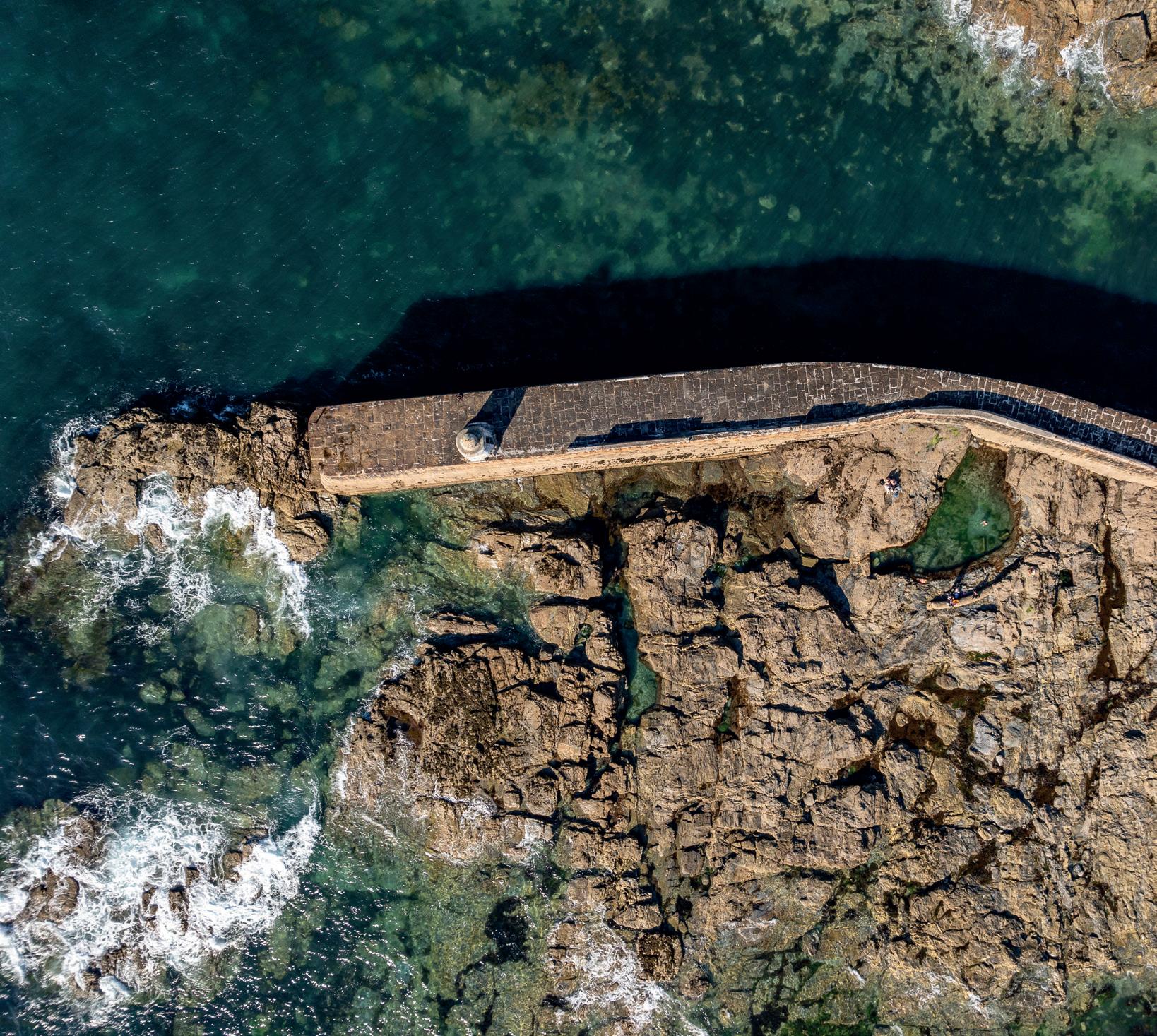
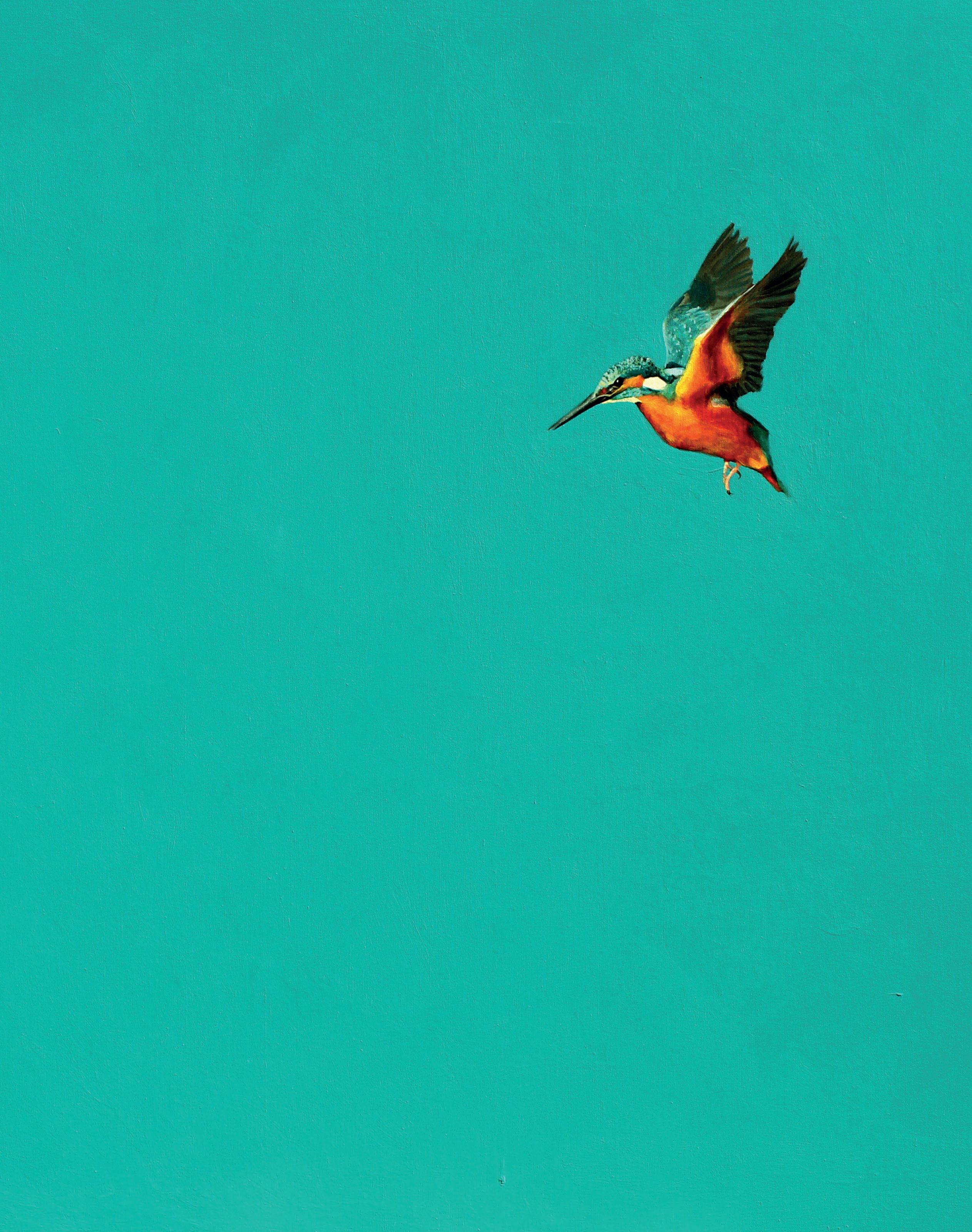
HBeth Richardson’s work finds the extraordinary in the ordinary, encouraging inquiry into simple, everyday objects.
aving spent over a decade painting in Portugal, artist Beth Richardson has returned to Cornwall, bringing with her a palette shaped by sunlight, shadows and the gentle musings of everyday life. Her work, known for its saturated stillness and quiet contemplation, continues to blur the line between the domestic and the transcendent.
“My paintings are definitely a little bit autobiographical,” she says. “Sometimes things stop me in my tracks. It might be a glowing magnolia caught against a sunlit sky on the Helford, a washing line of sarees in India or simply a chair stacked high with laundry at home that are committed to memory,” Beth’s world is made up of fleeting observations that settle on the canvas like memory.
people’s gaze. There’s definitely a meditative kind of quality to them,” she says of her paintings. “A stillness.”
There’s a spatial generosity too – something Beth describes as a kind of quiet collaboration with the viewer. “I feel that the paintings which have a lot of space in them, those immersive fields of colour, allow the viewer to bring much of their own world to those spaces.”
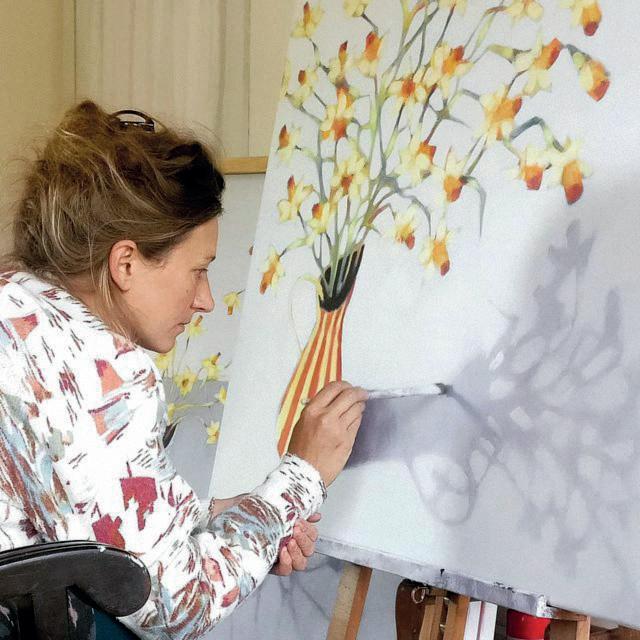
Working in acrylics on canvas, Beth layers paint before paring it back to a visual essence. “I build them up, layer after layer. I start with putting a lot of things on the canvas… and then it’s a process of editing out until the bare minimum is left.” Her compositions are meditative in both form and intent. “The simplest paintings can have the strongest impact. I’m curious to play with composition, with the intention of holding
Richardson regularly explores subtle dualities within her compositions. “There’s often an object and its shadow, creating a relationship between the two,” Beth explains. “And also, an element of blurred edges… you’re not quite sure if it’s in focus or not. I like that sense of exploring perception, of what’s real and what’s imaginary.”
Based near the Helford in a converted barn studio, Beth welcomes commissions and studio visits by appointment. Her work is shown through the Greenstage Gallery in the UK and internationally at Affordable Art Fairs, as well as at Galleria Palma Arte, Italy, where she has a permanent collection.
brichart.co.uk
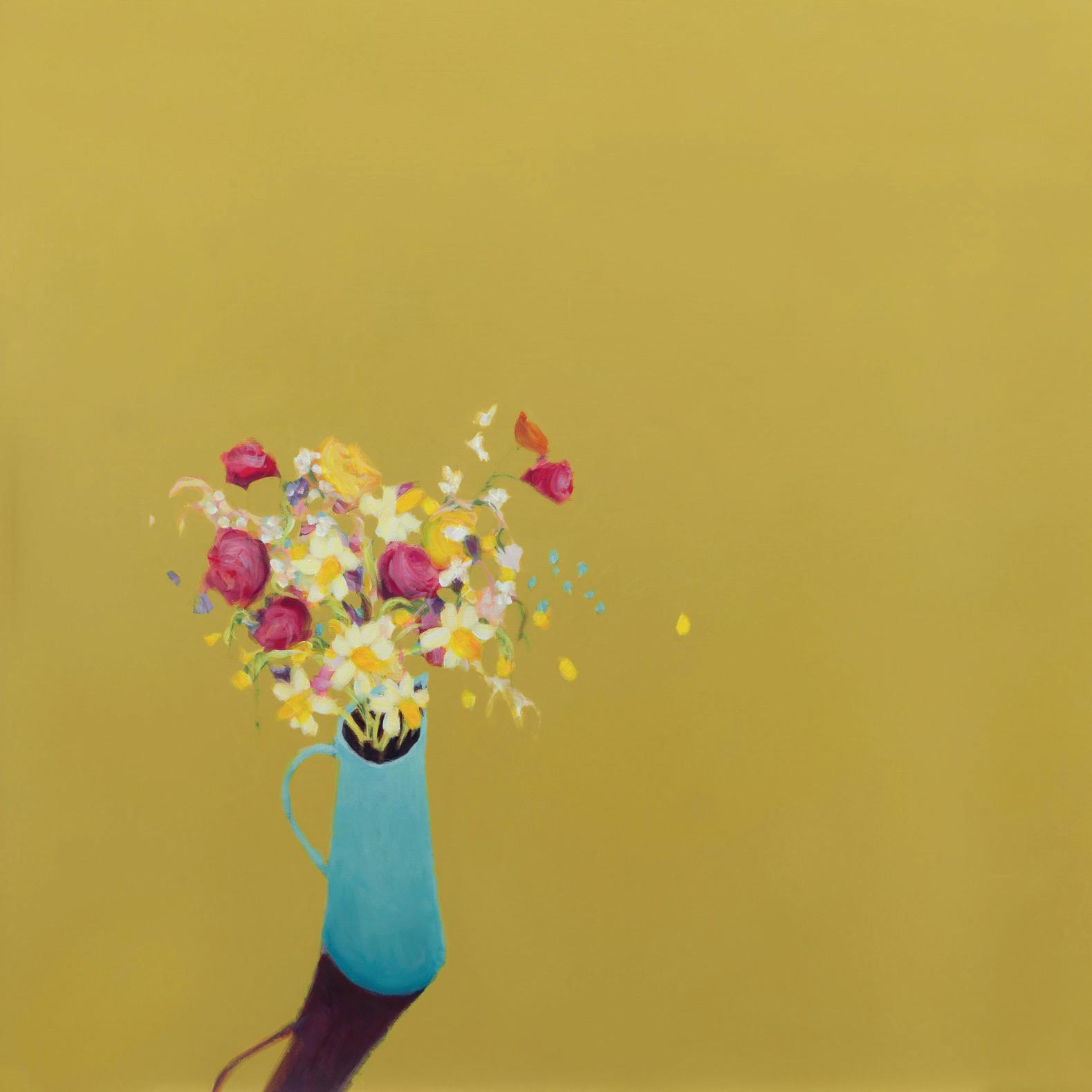



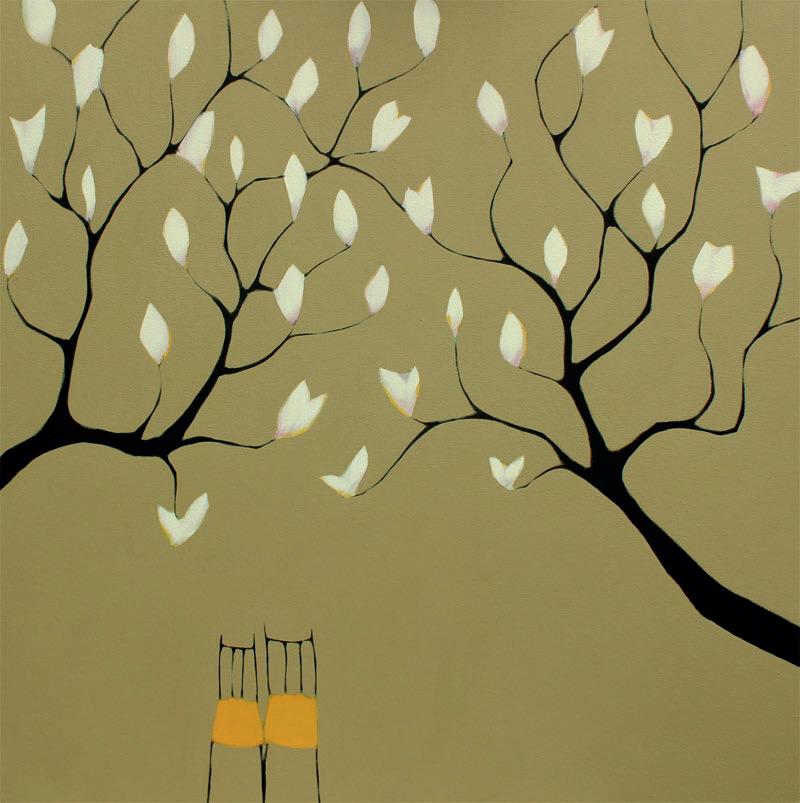

As an estate agent of over 16 years and counting, it’s fair to say I have experienced the highs and lows of the housing market. And the current climate is no different as the Cornwall housing story enters a new chapter, one shaped by taxation, regulation, community push back and the slow grind of supply-side change. We are beginning to glimpse a market reset, yet systemic challenges remain. For long-term resilience, Cornwall must diversify supply, safeguard homes for year-round residents and balance its tourism-driven appeal with rooted community needs and infrastructure.
Cornwall’s housing market is undergoing a subtle but significant shift: properties are returning to the market in increasing numbers, yet buyer interest has softened –especially in the mid-range and second-home segments. This imbalance is beginning to reshape the tone of what was, for years, a hyper-competitive seller’s market. With more homes available and buyers taking their time to assess value, properties that are overpriced are often overlooked, sitting on the market while competitively priced homes attract immediate interest. The days of inflated asking prices driven by pandemic-era urgency are behind us. Now, sellers who work closely with knowledgeable local agents to set accurate, market-reflective
prices are not only achieving faster sales but often secure stronger offers through genuine competition.
With this in mind, it has become more imperative that we focus on client satisfaction backed by an intimate understanding of the region’s unique market dynamics. Leveraging long-standing reputations, built on performance and personal service, helps agents to remain at the forefront of Cornwall’s resilient housing market. Catering to a broad spectrum of clients – from first-time buyers, retirees and relocators to investors and second-home seekers – I believe that demonstrating local expertise, combined with bespoke service, is key to achieving stand-out results in a competitive and challenging market.

In a dynamic and ever-evolving property landscape, few names carry the trust and local gravitas of North Cornwall agency Jackie Stanley Ltd. The agency’s prime-positioned quayside office in Padstow provides outstanding visibility and customer service delivery. This location, arguably one of the most prominent in Cornwall, acts as a powerful magnet for prospective buyers. Simon Poole is Manager at Jackie Stanley Ltd.
jackie-stanley.co.uk
Simon Poole
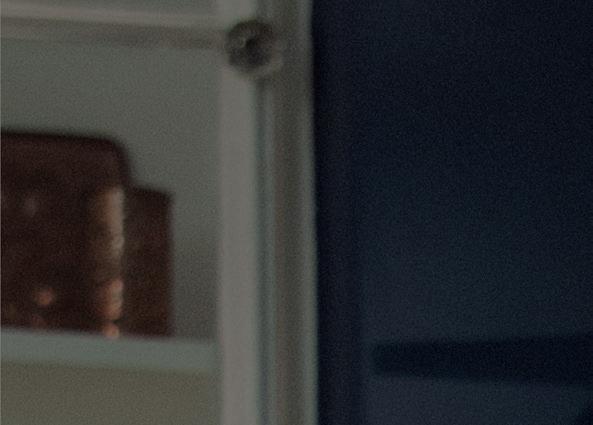
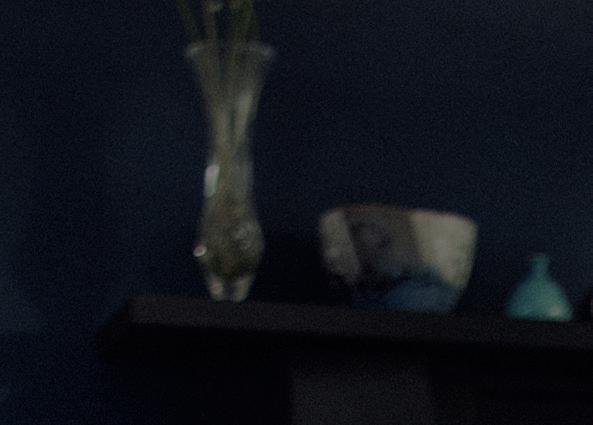

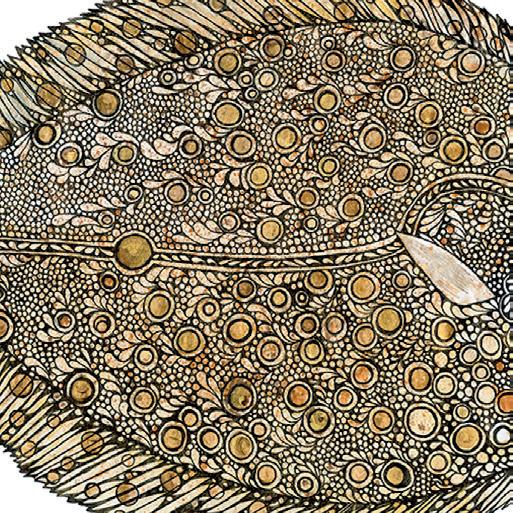
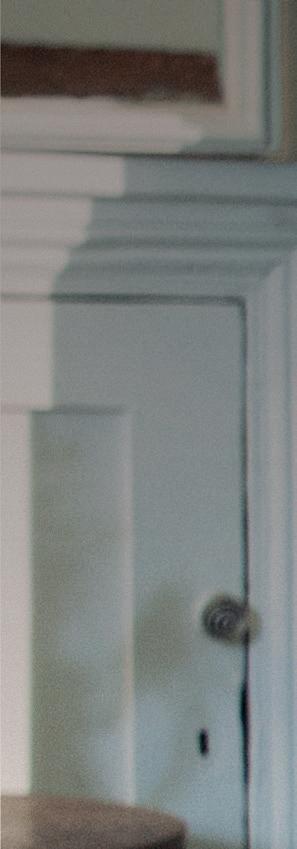


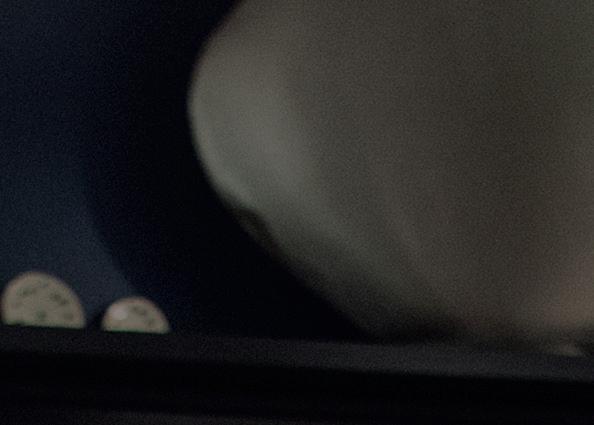
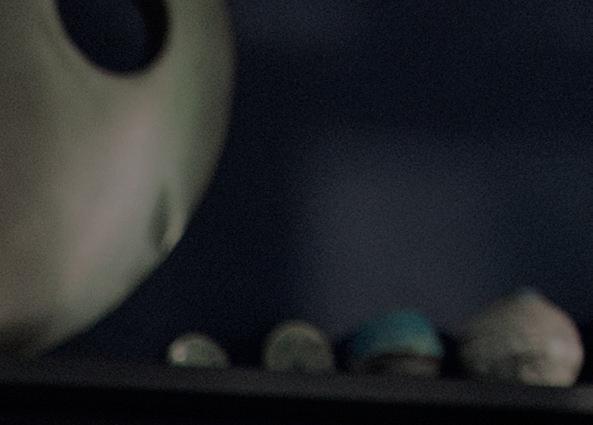
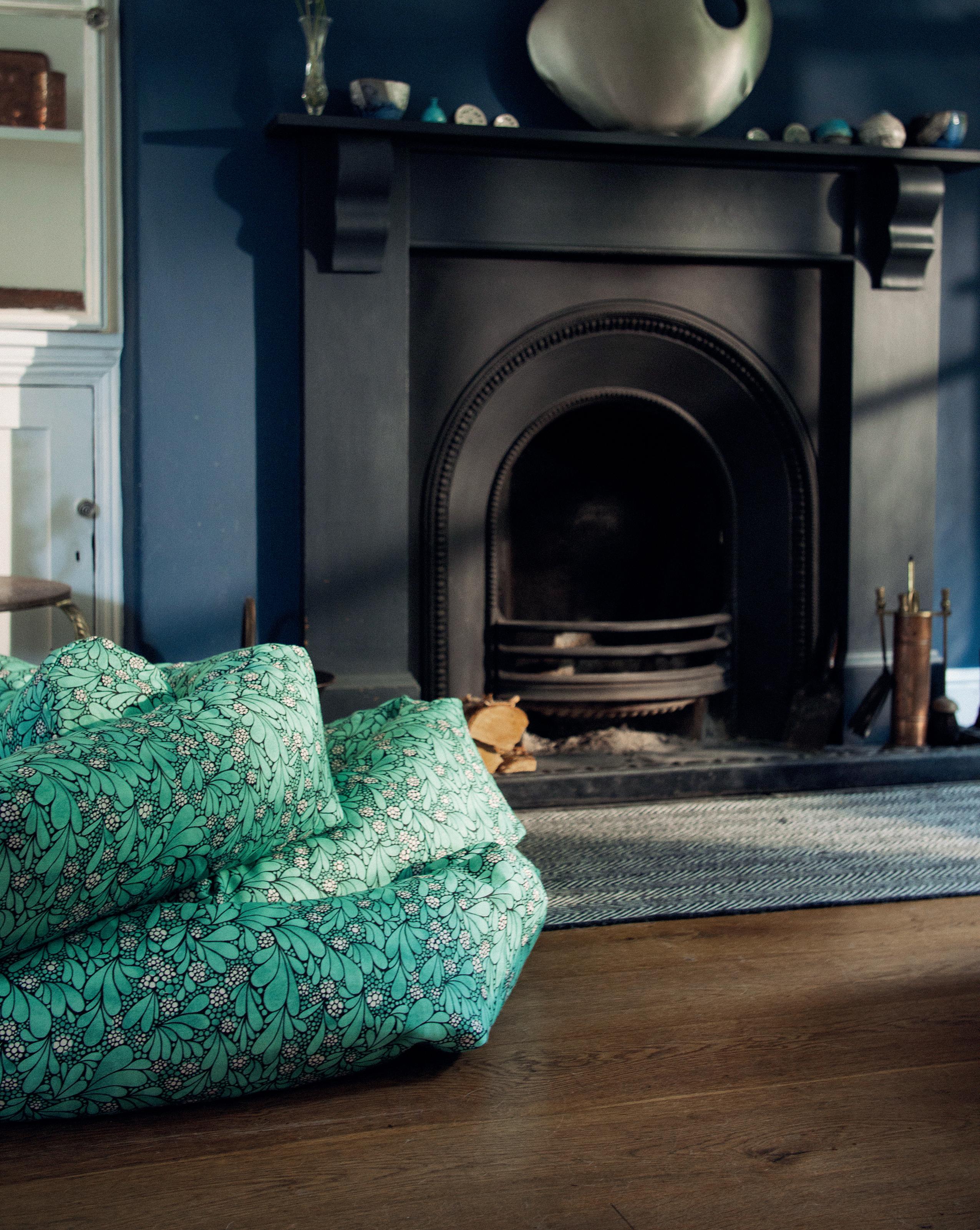
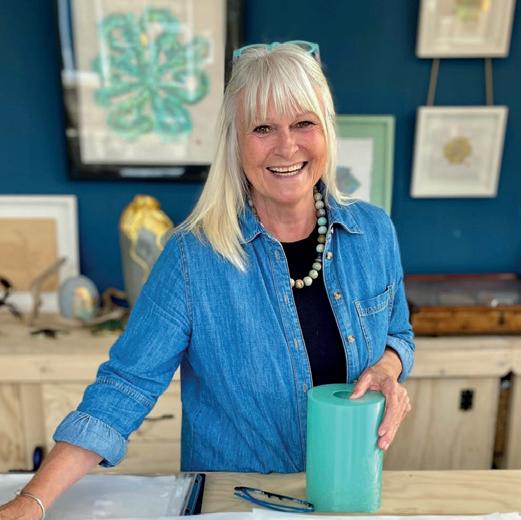



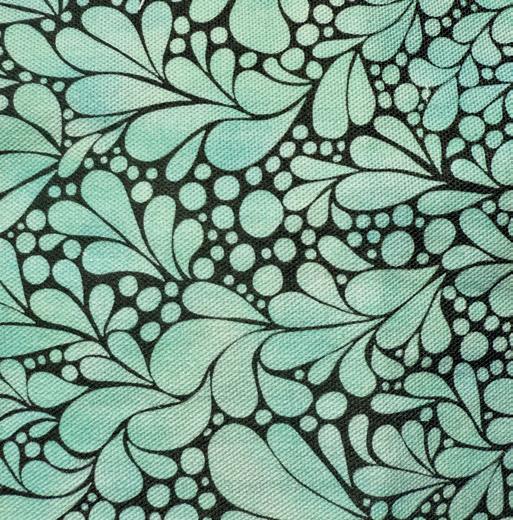
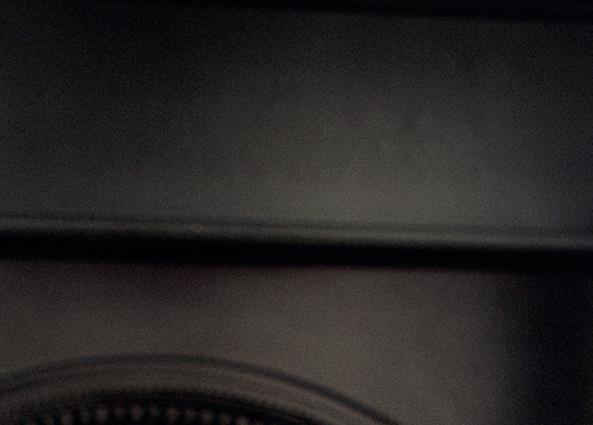
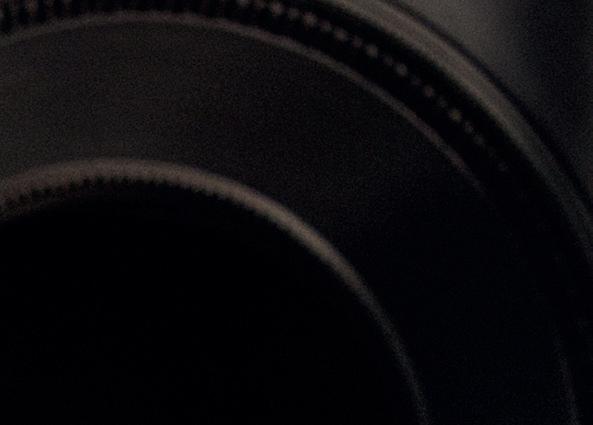
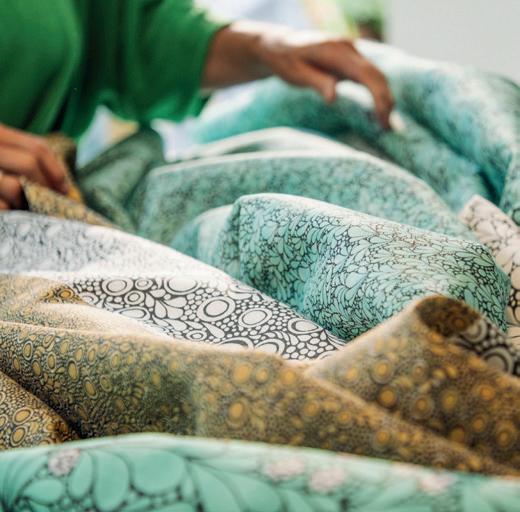


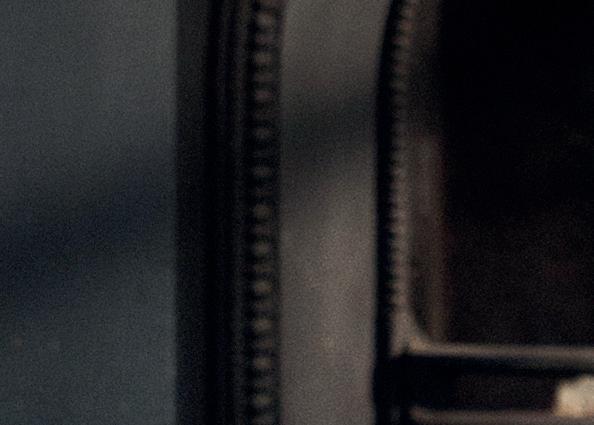

Creating bespoke pattern designs that feel personal and creatively nurture possibility, all derived from the catch of the day.










